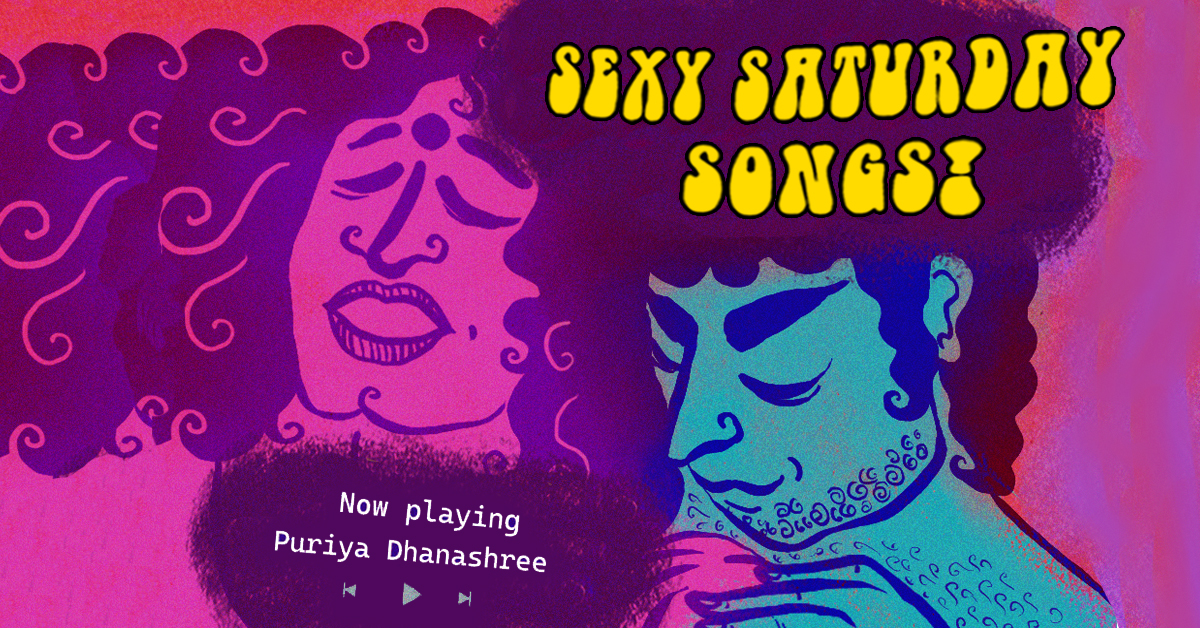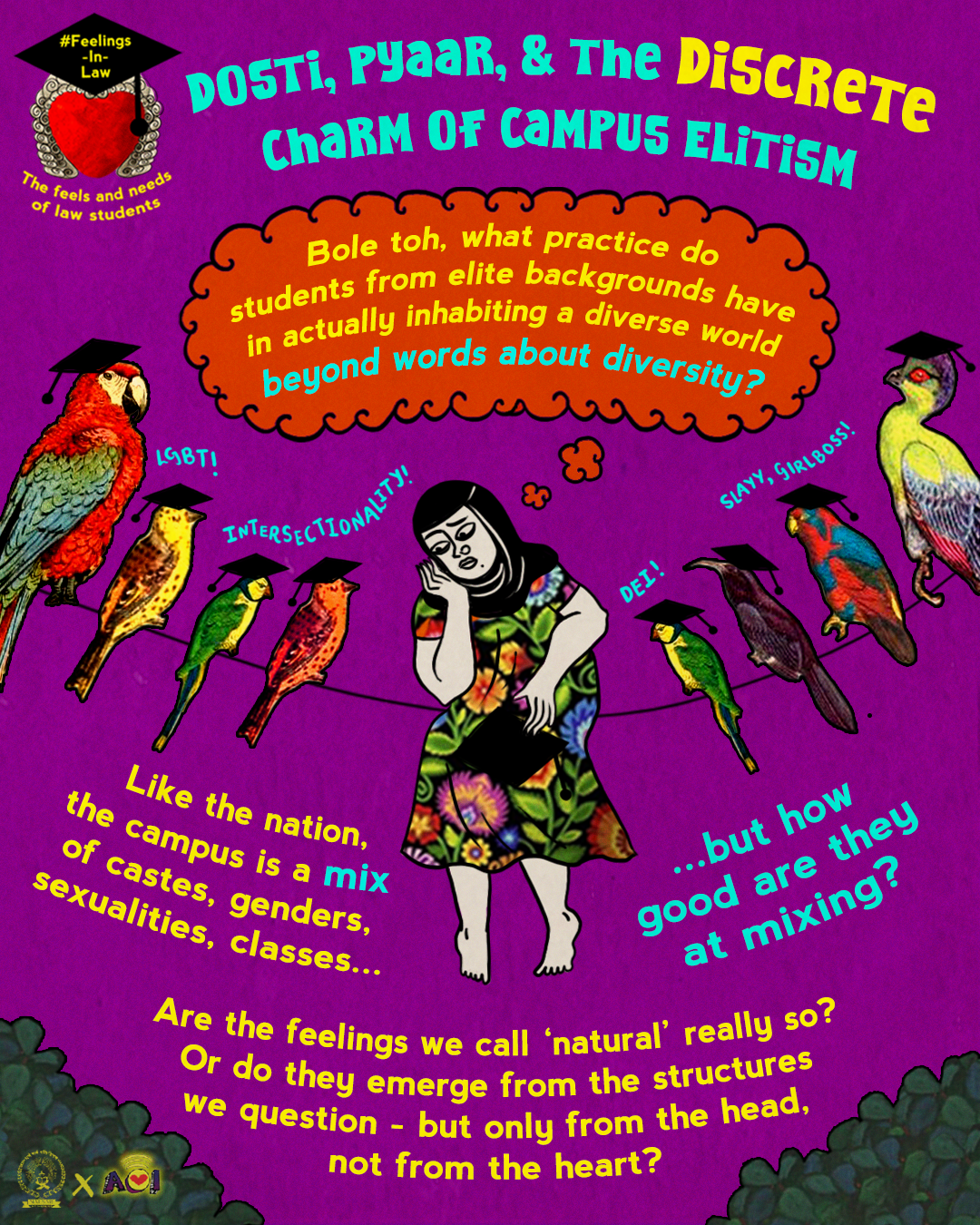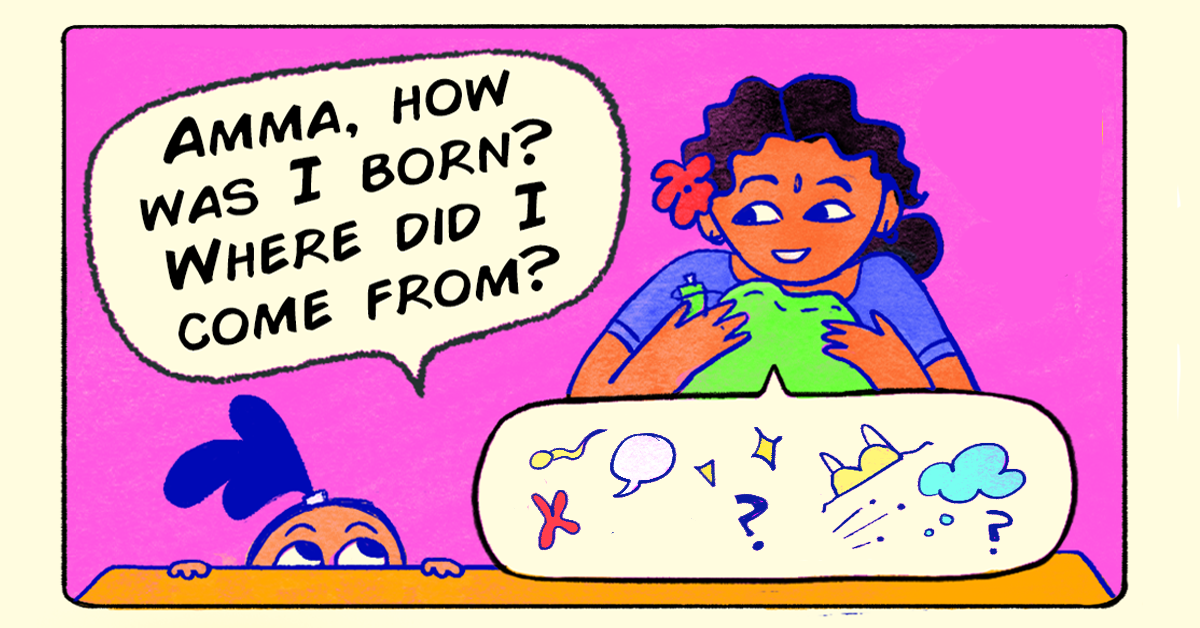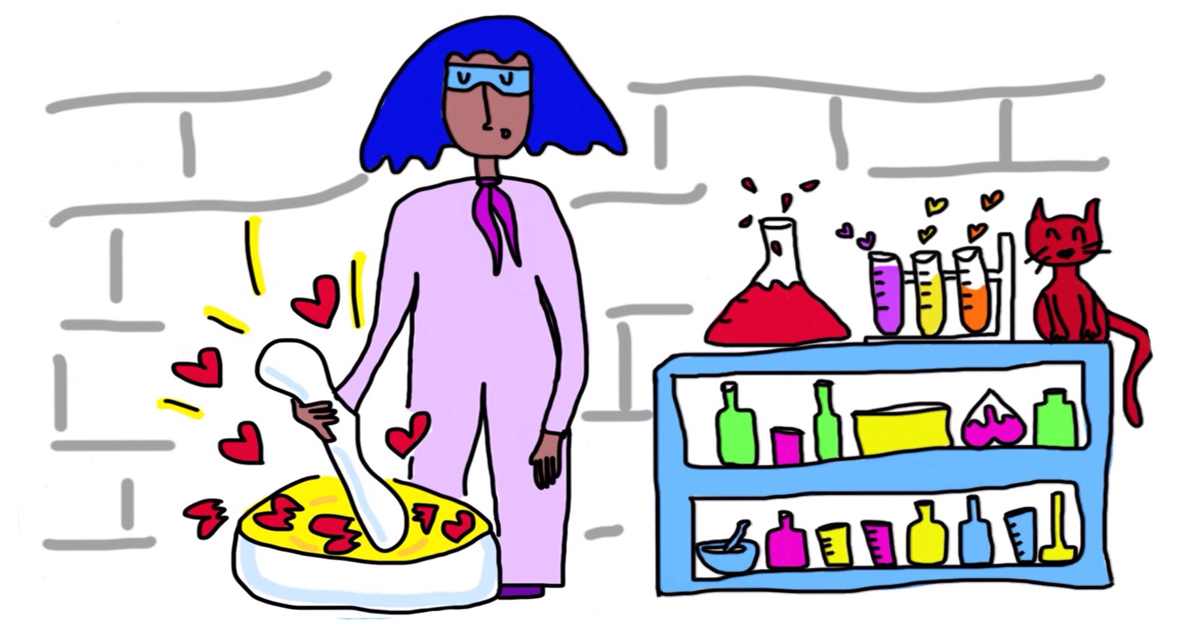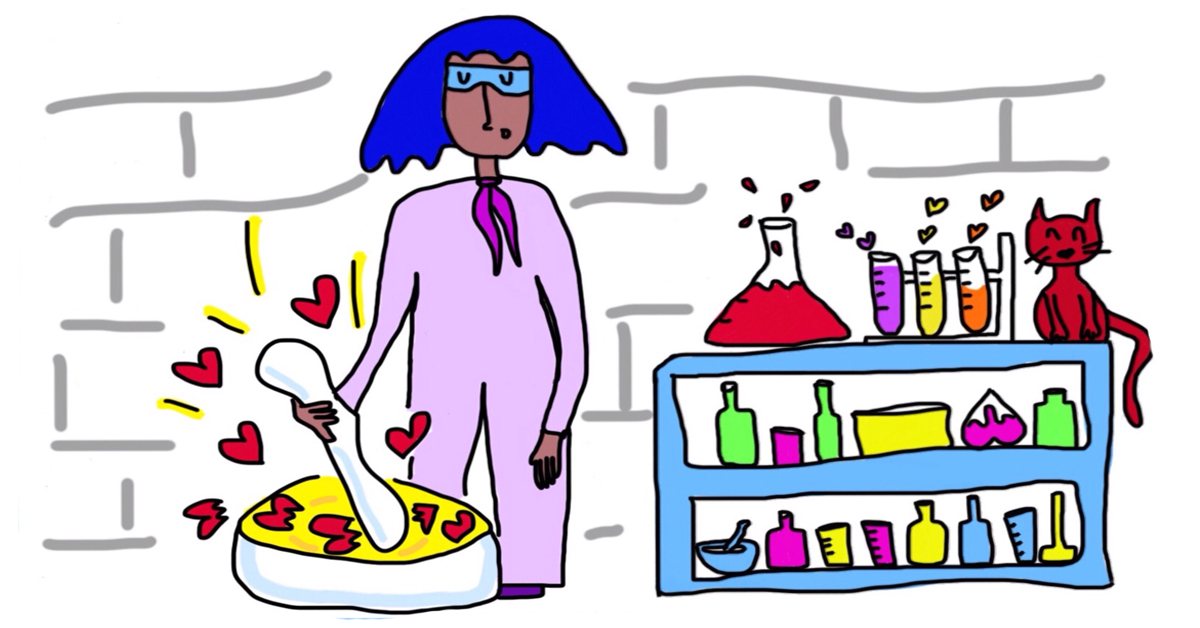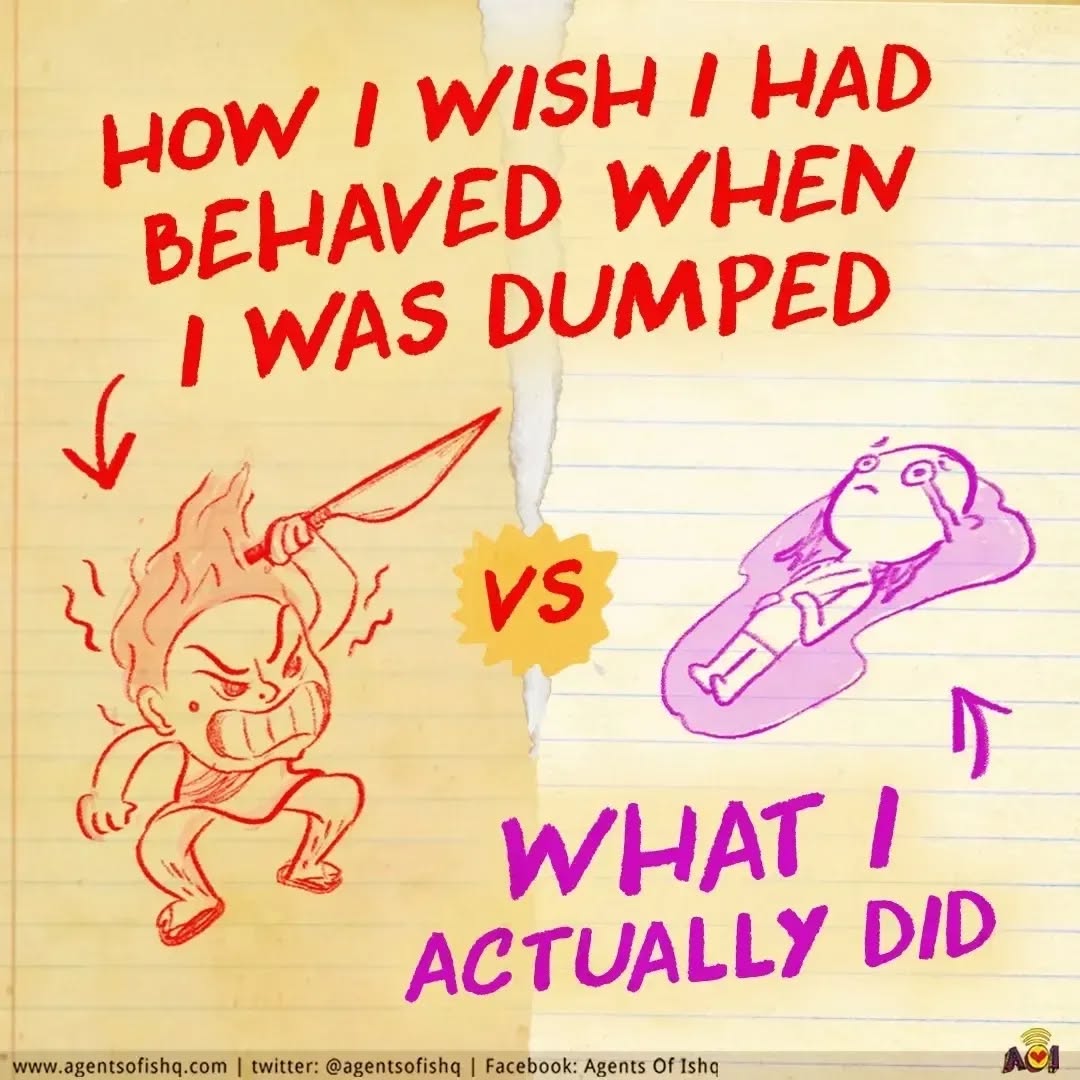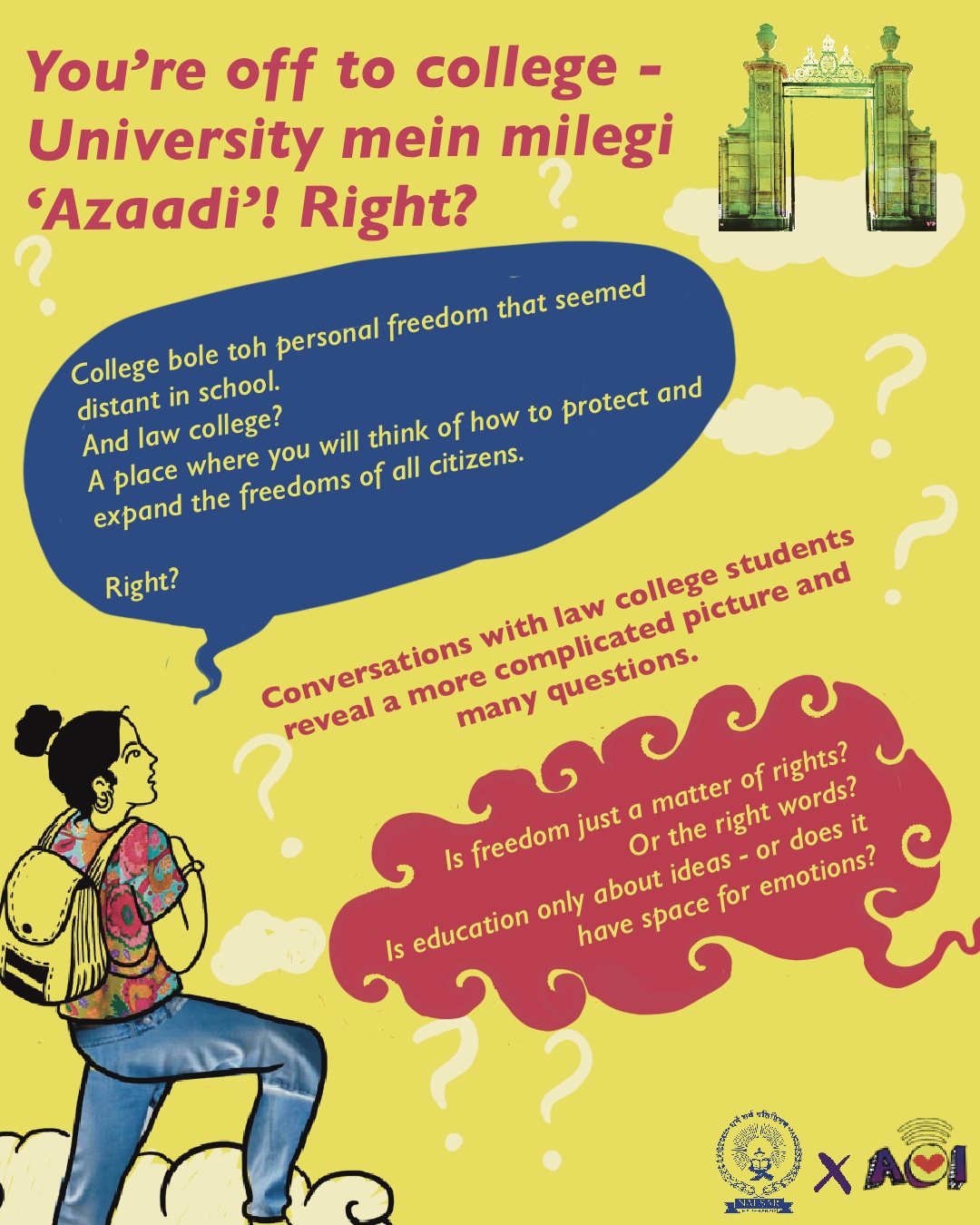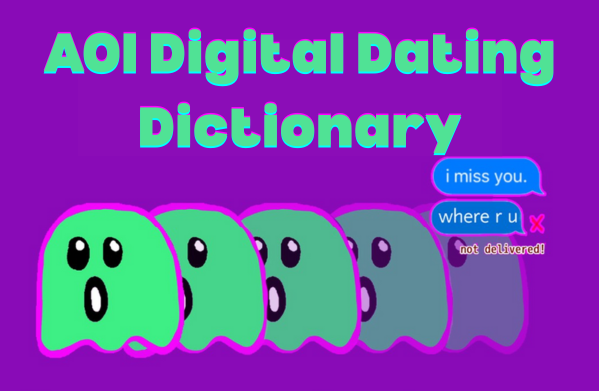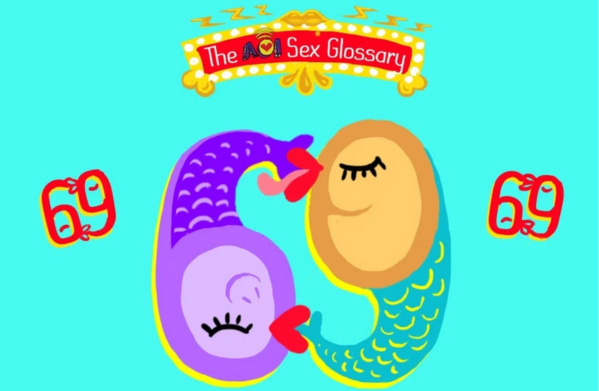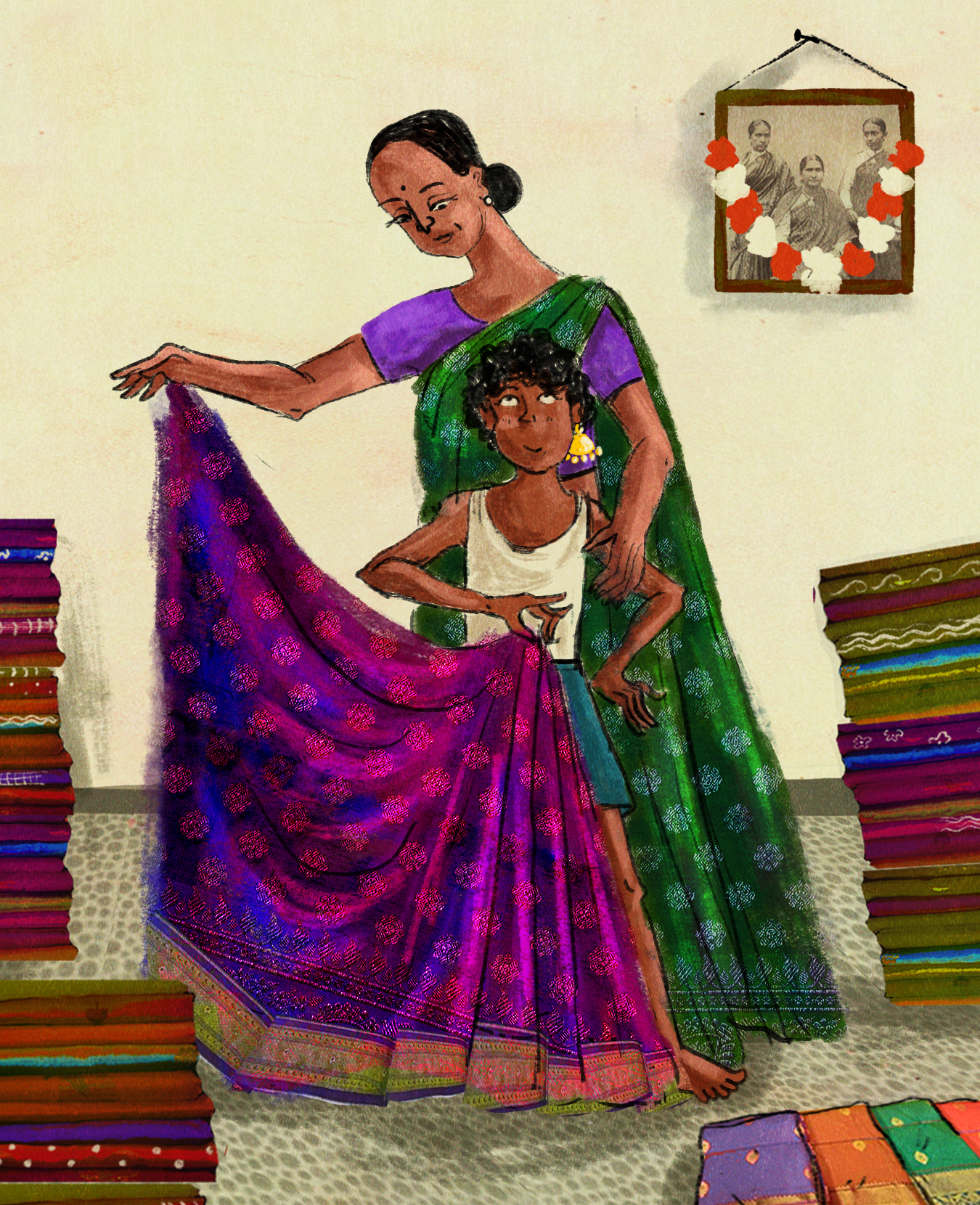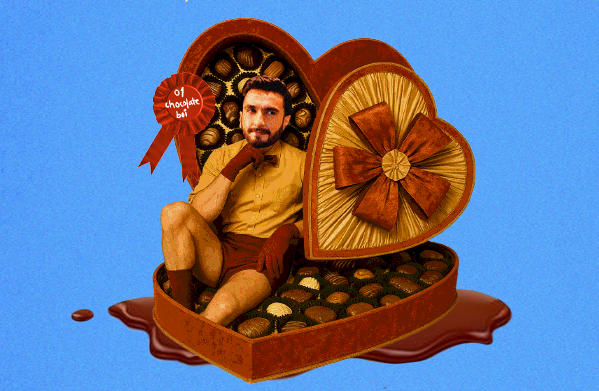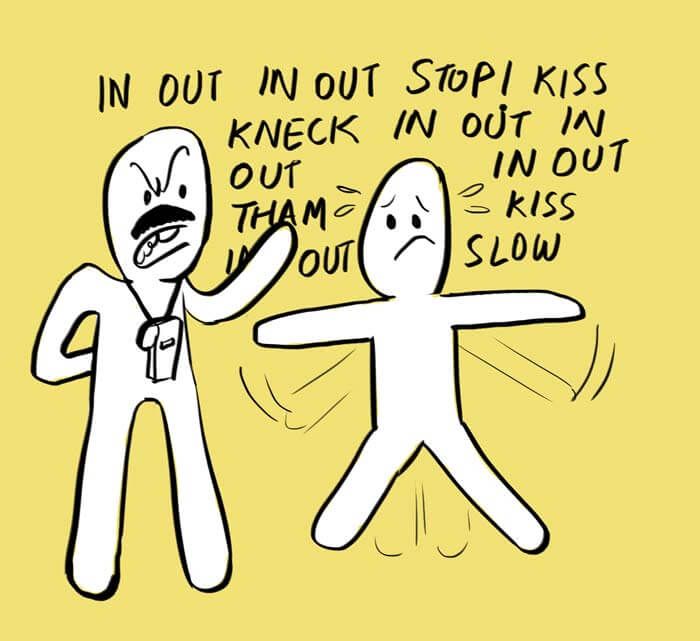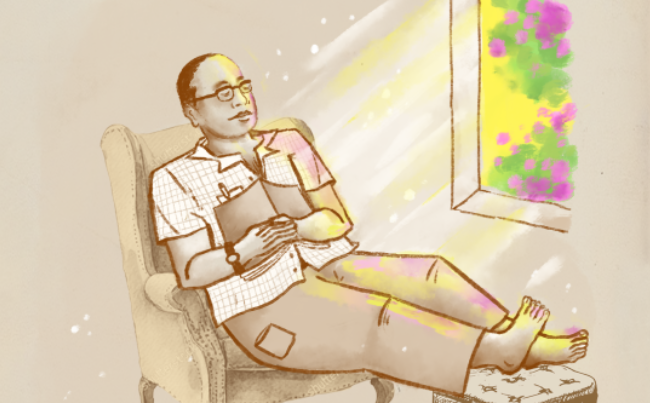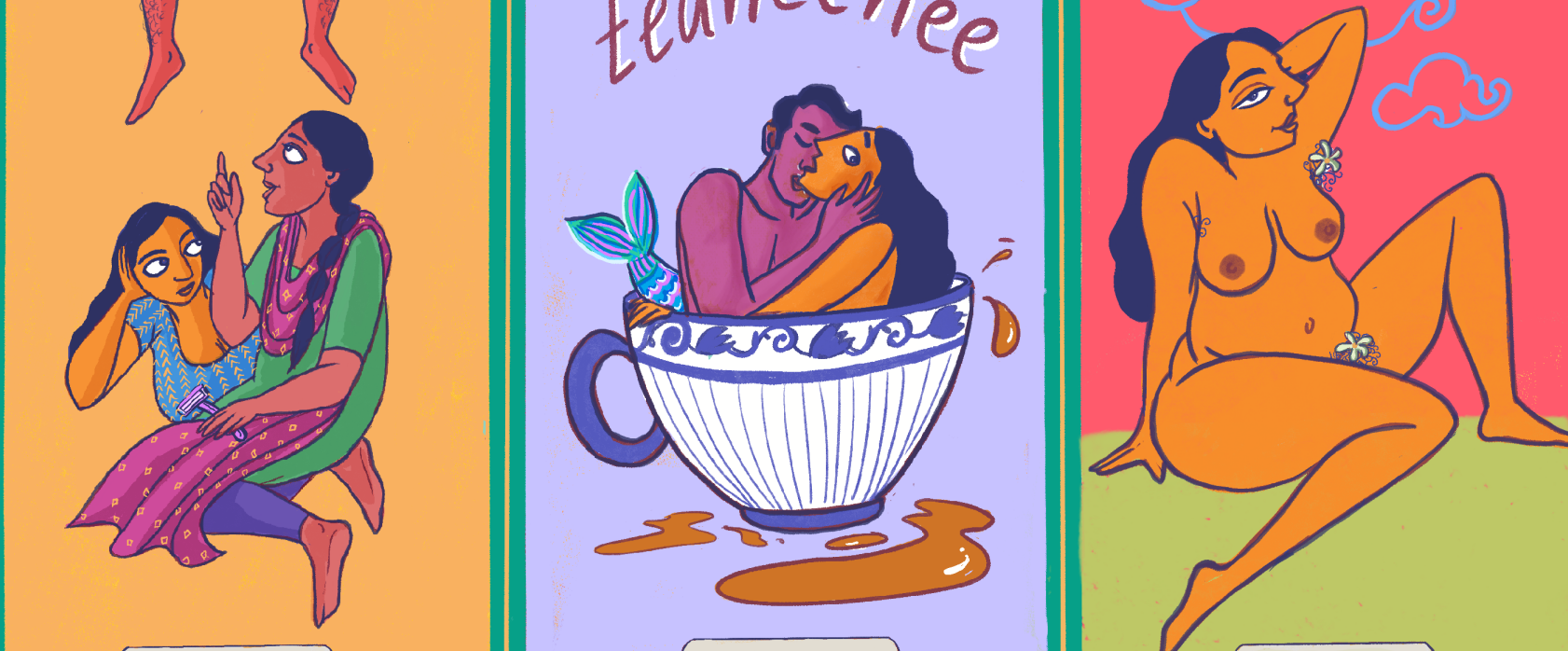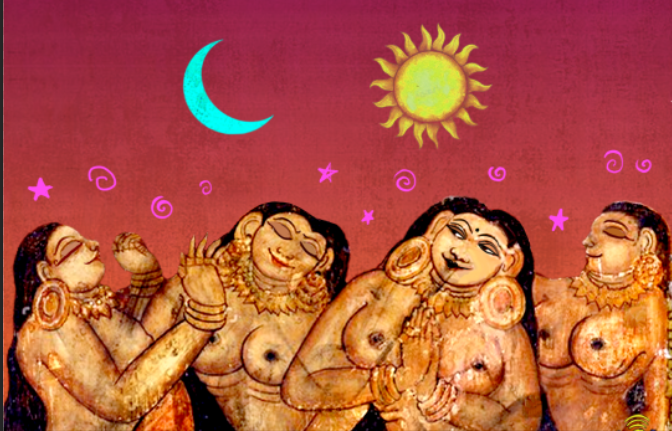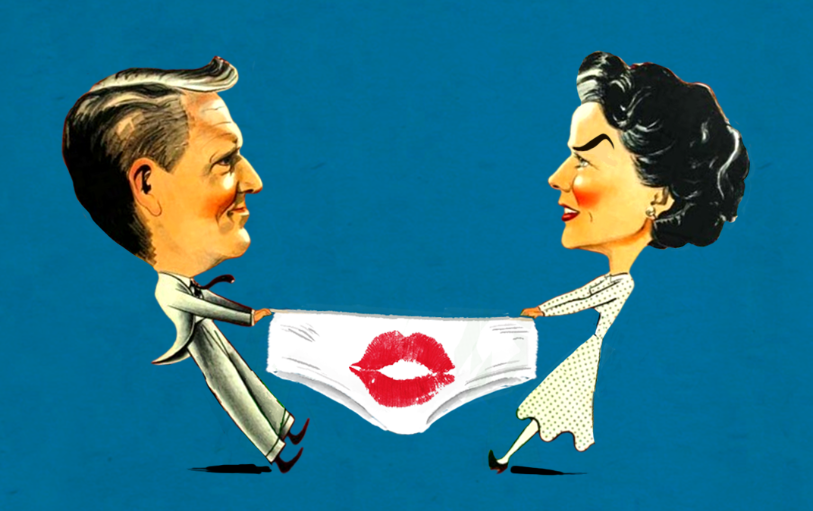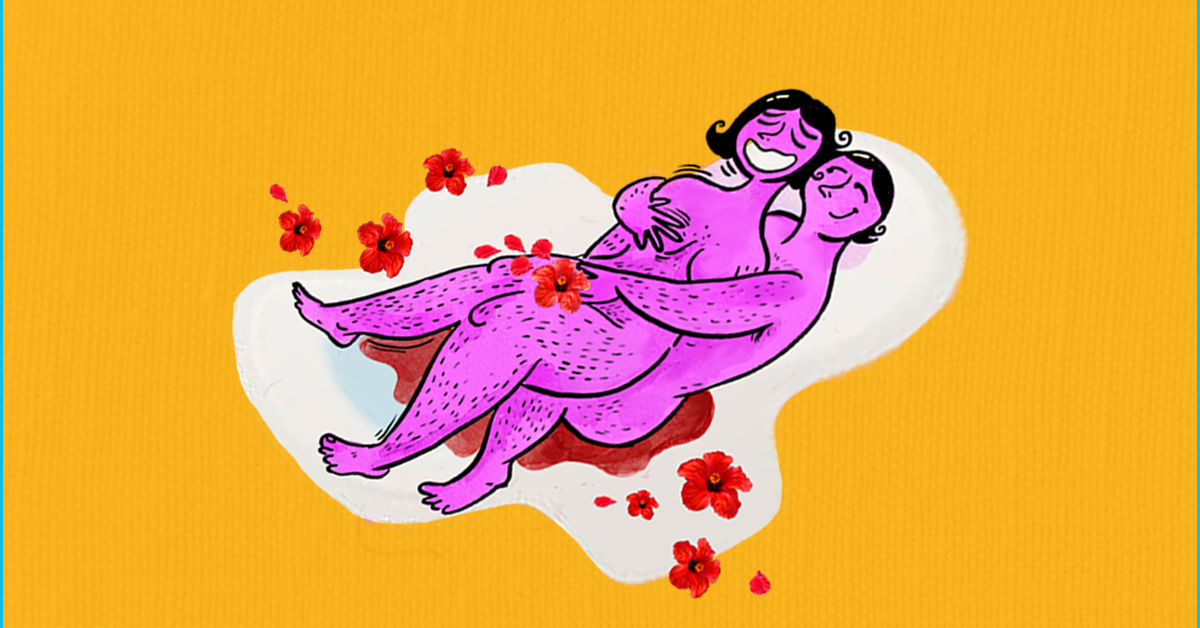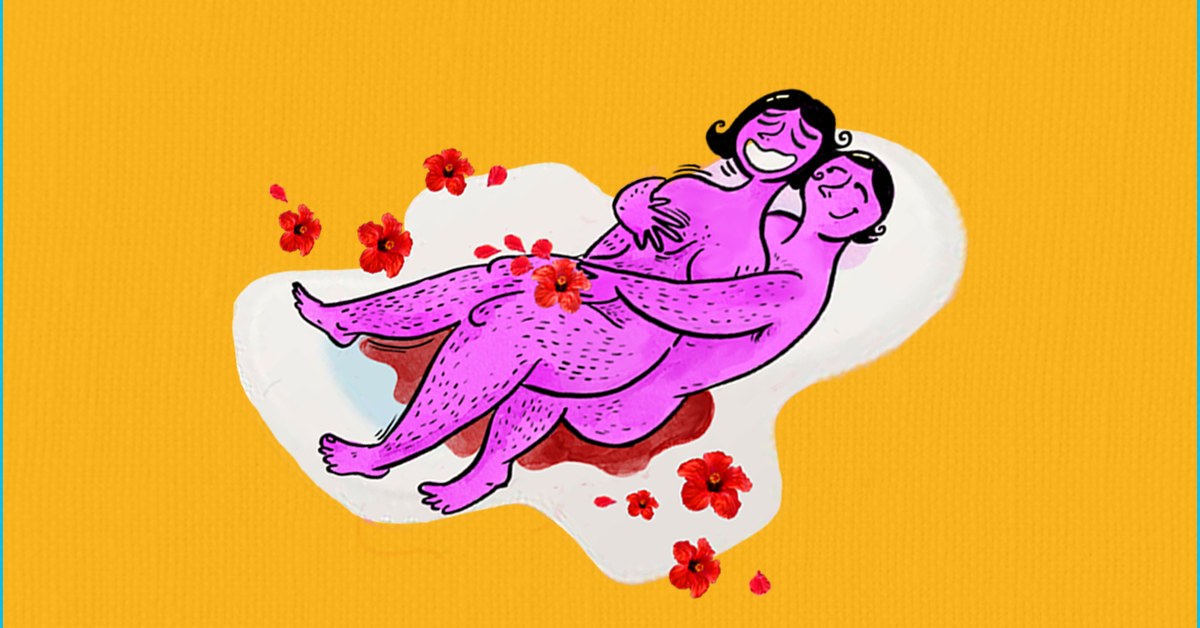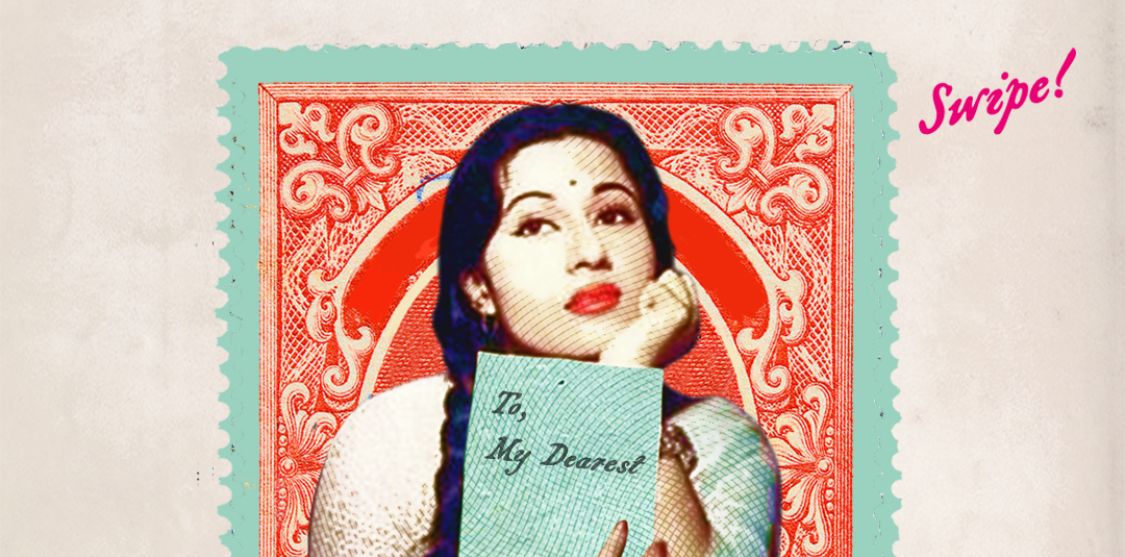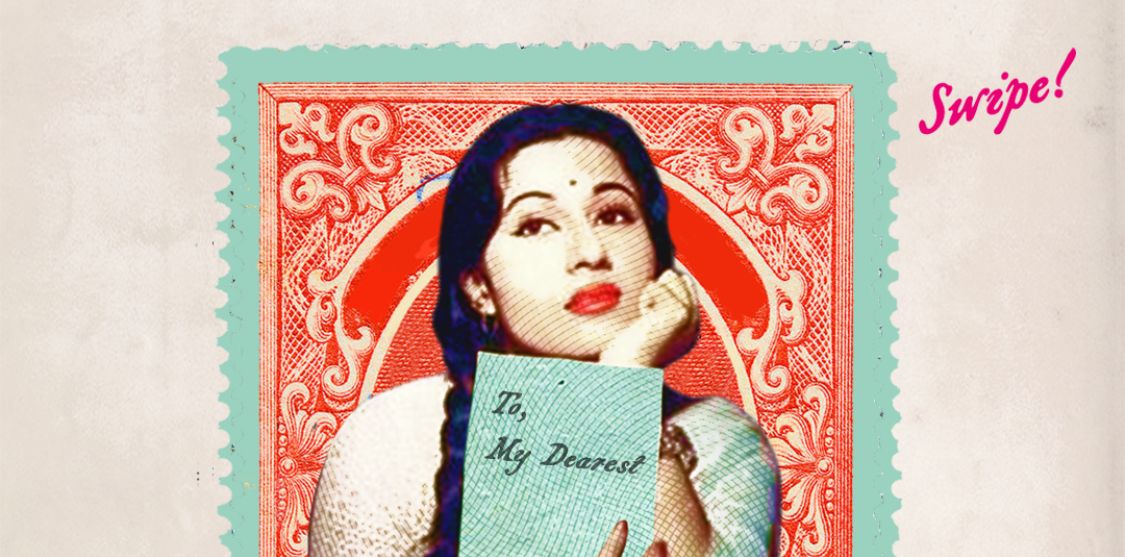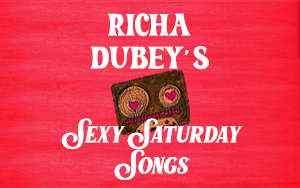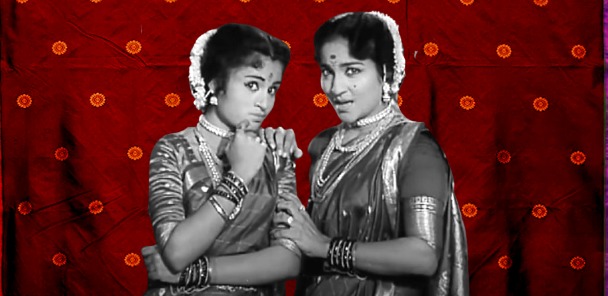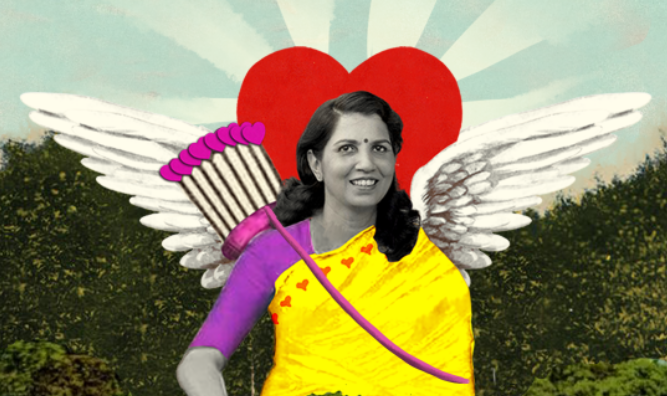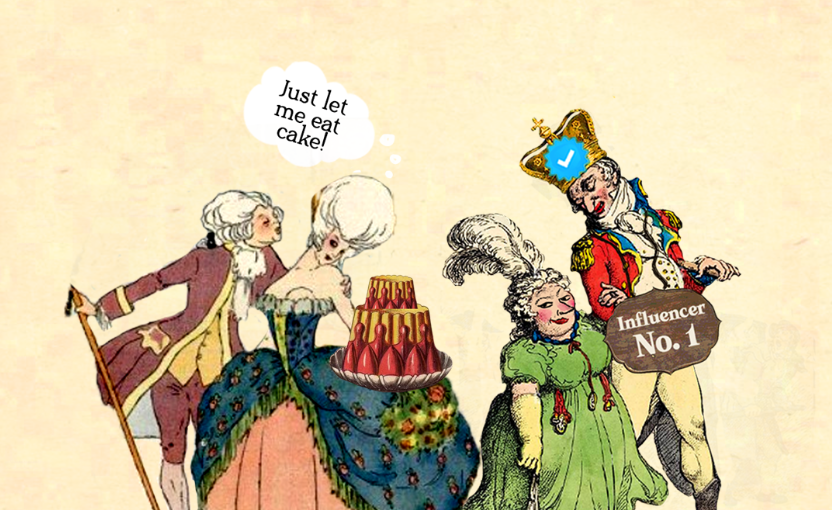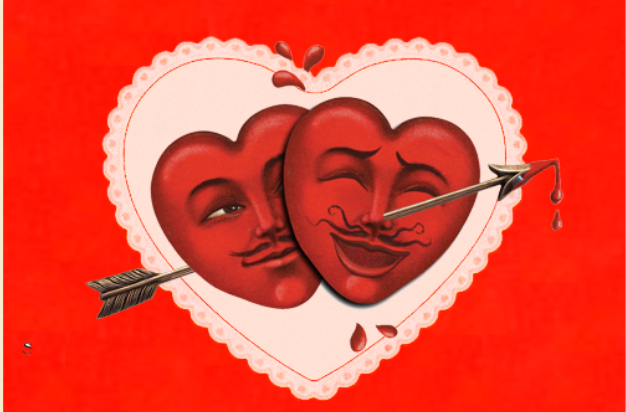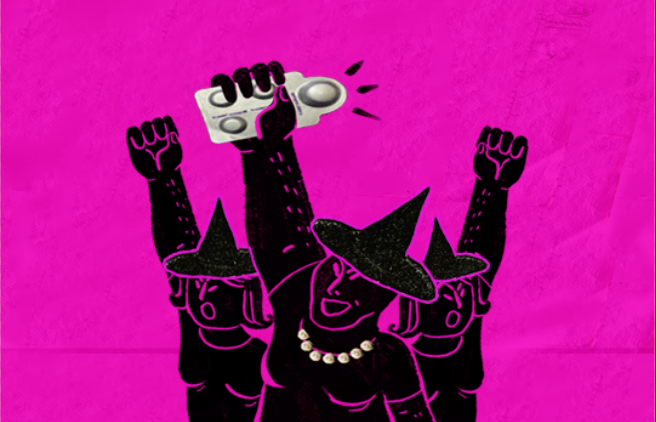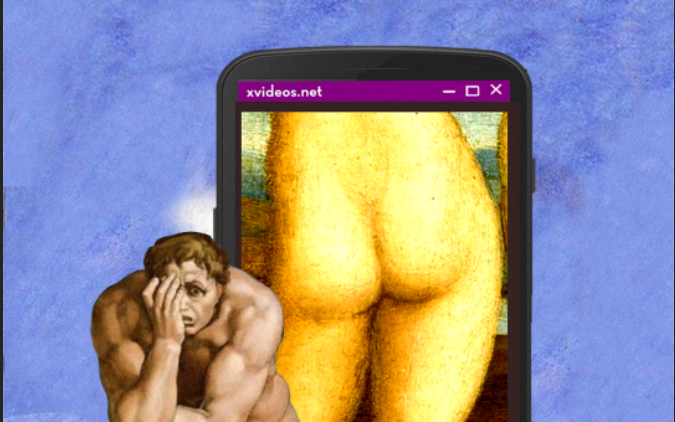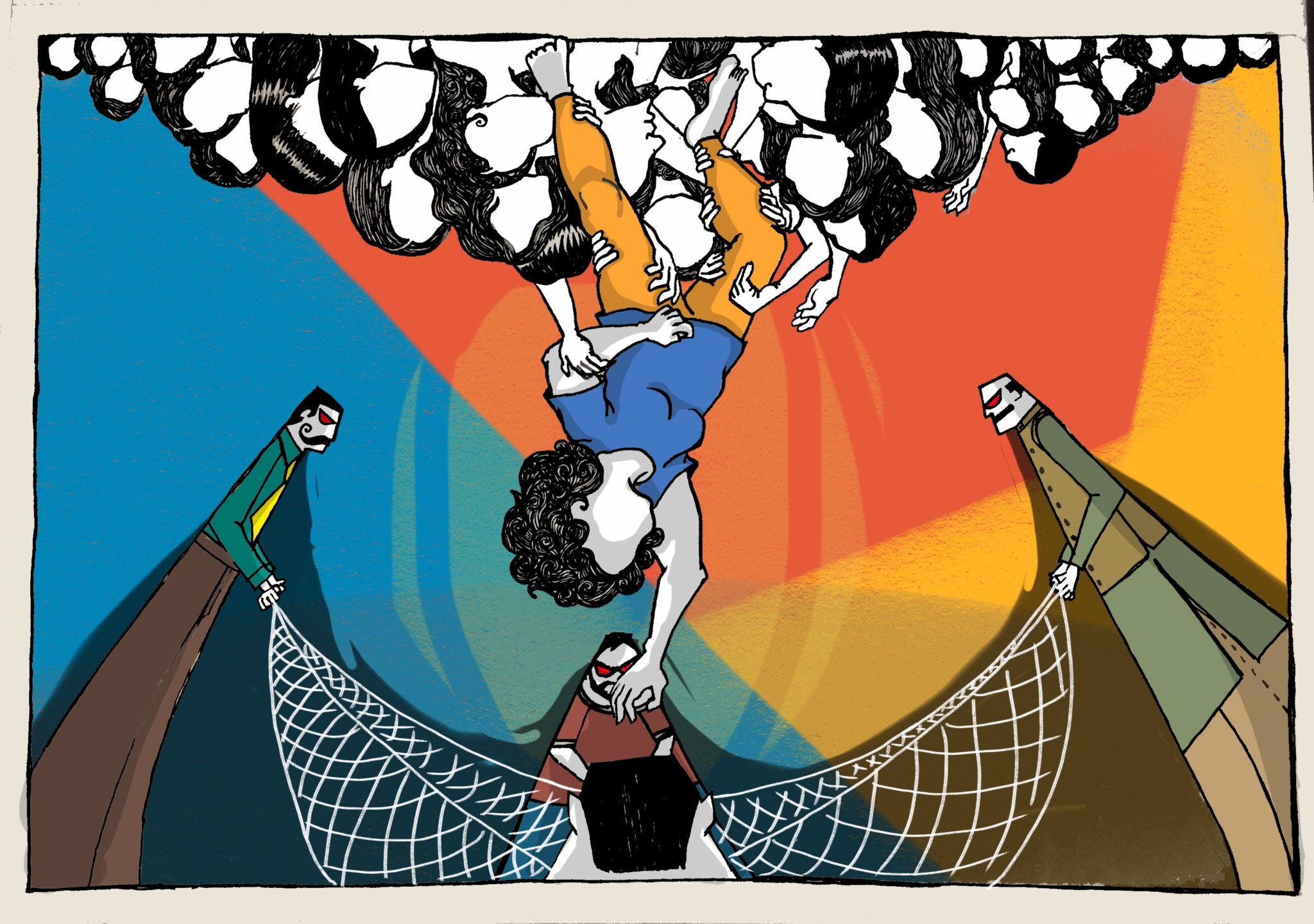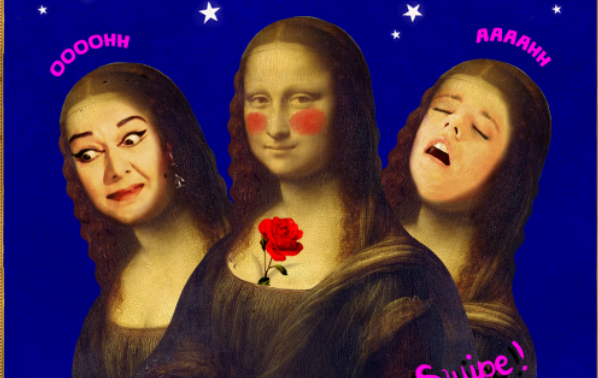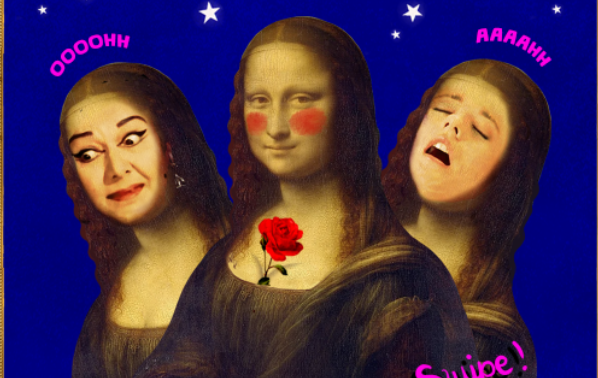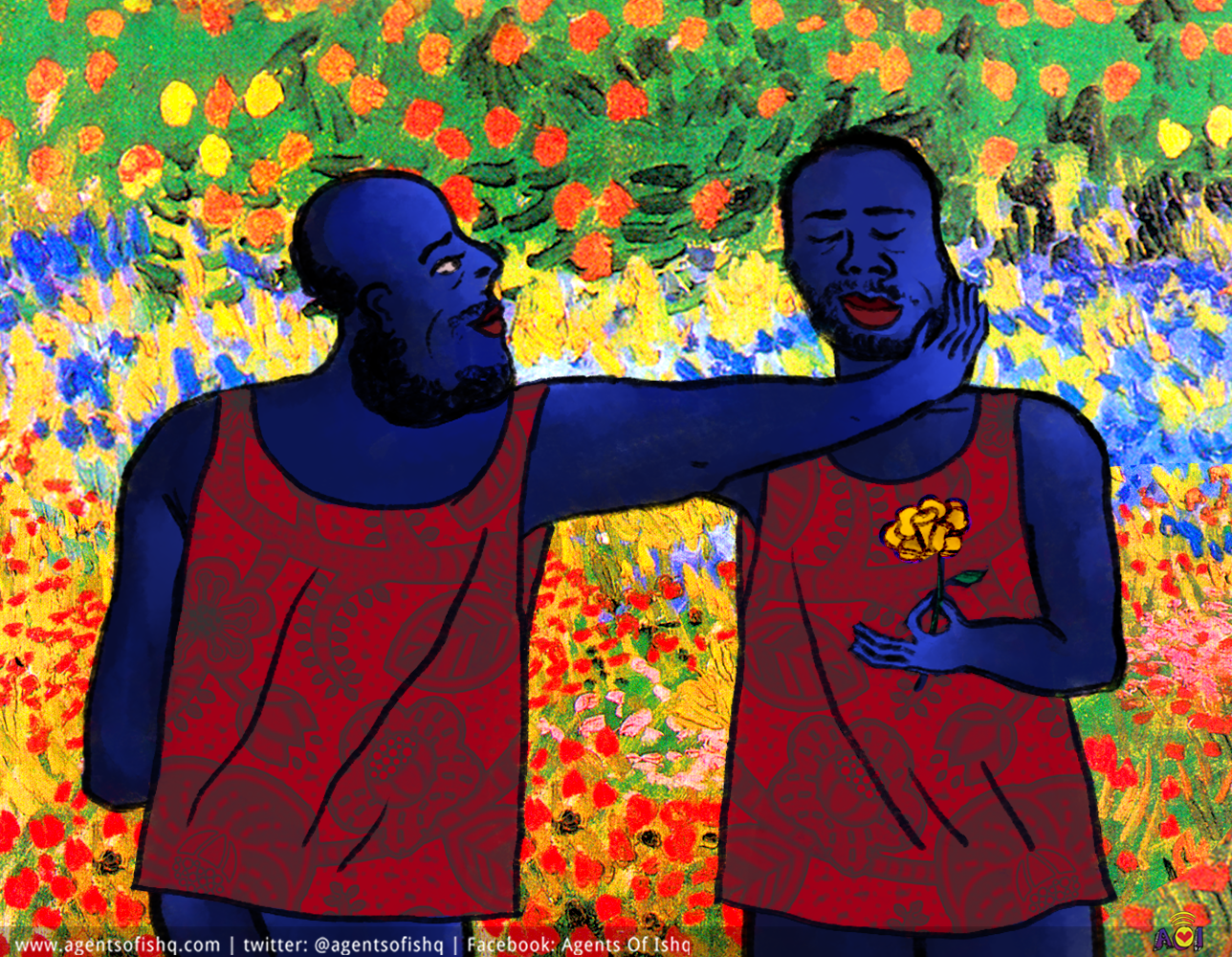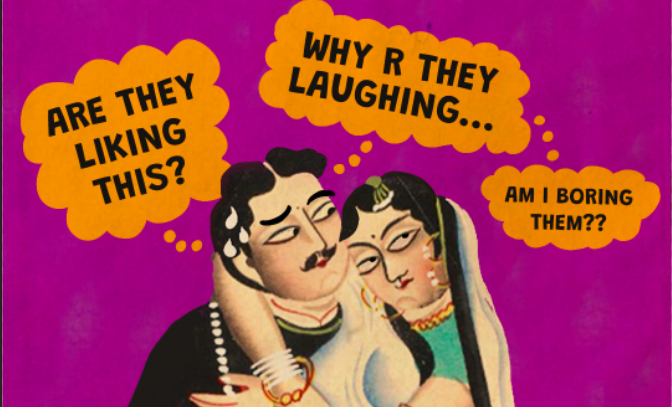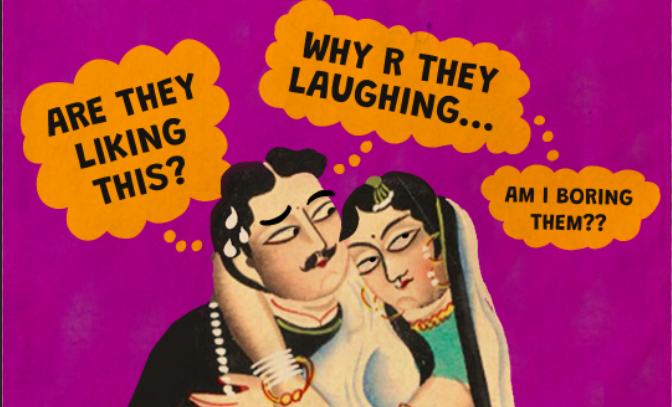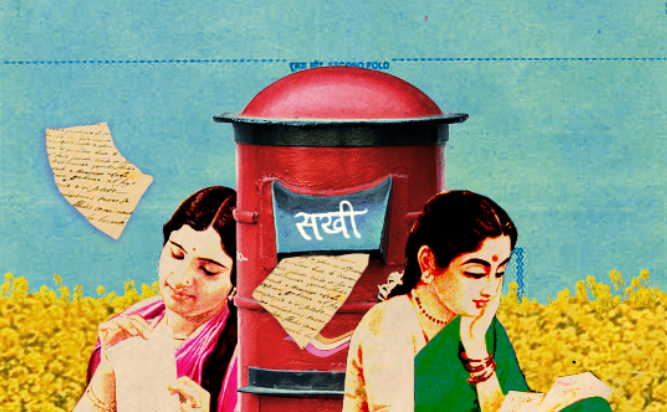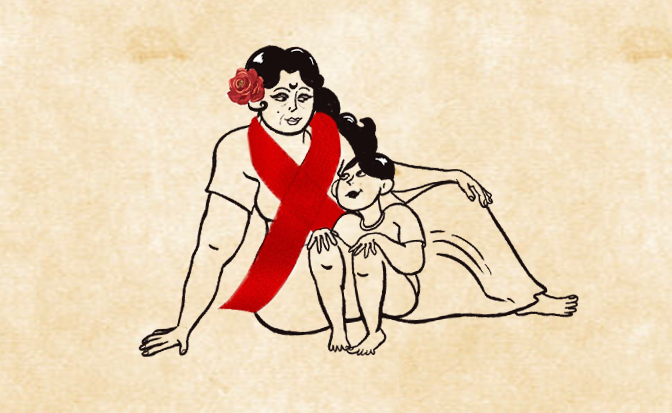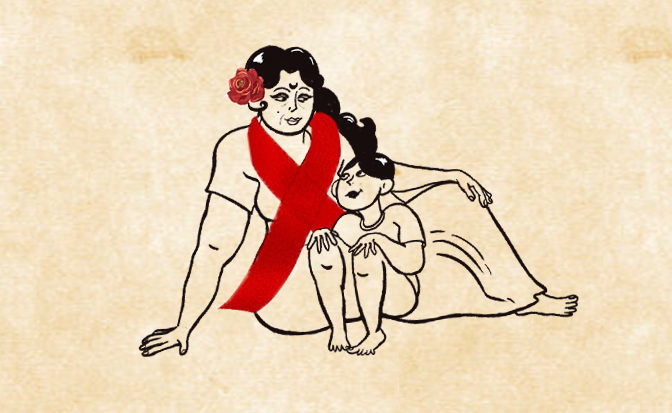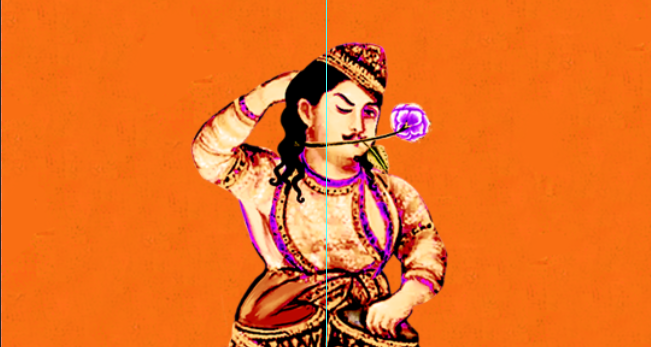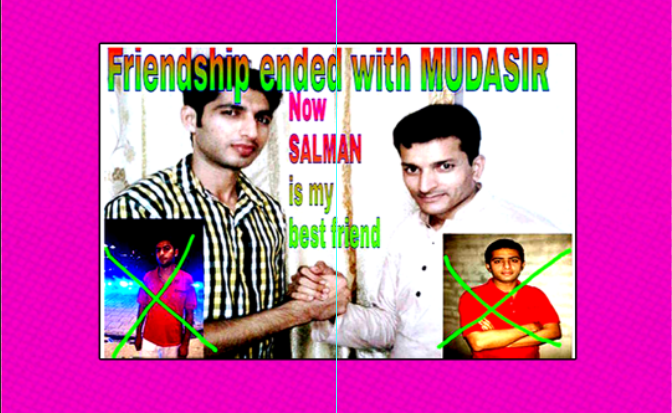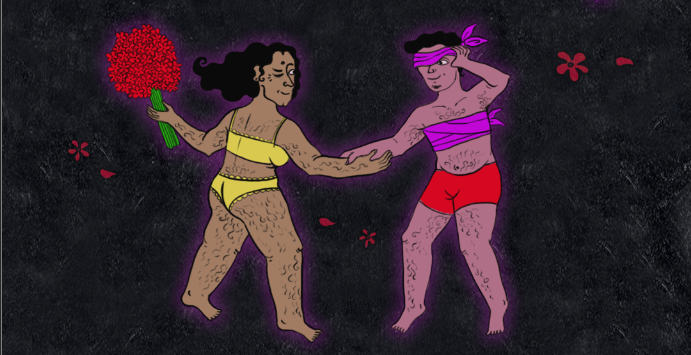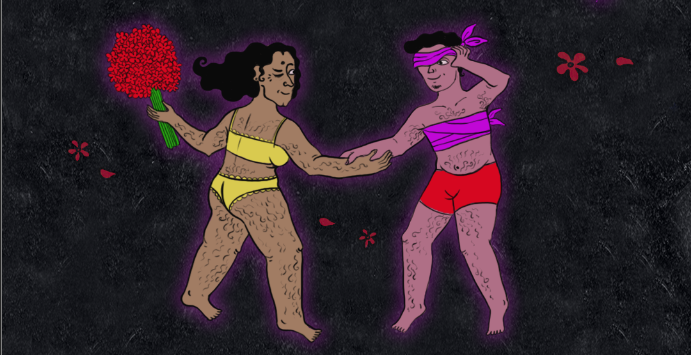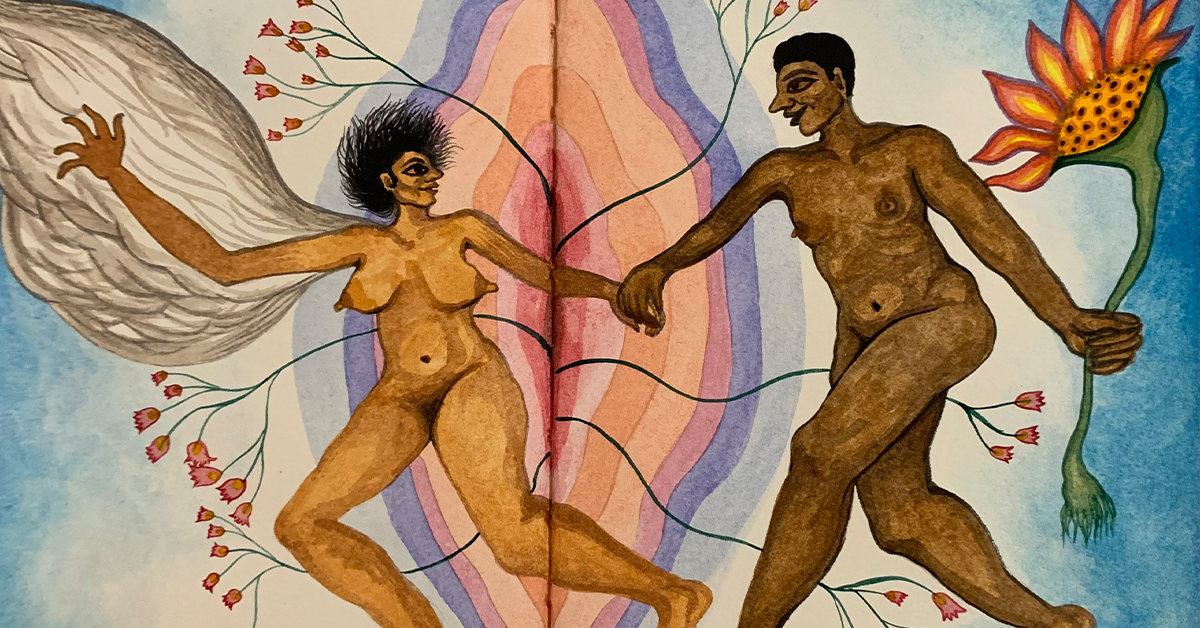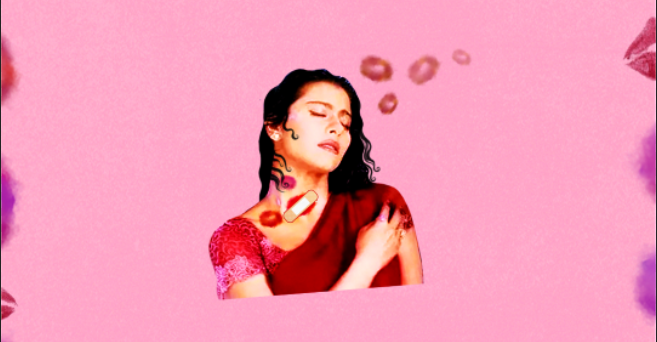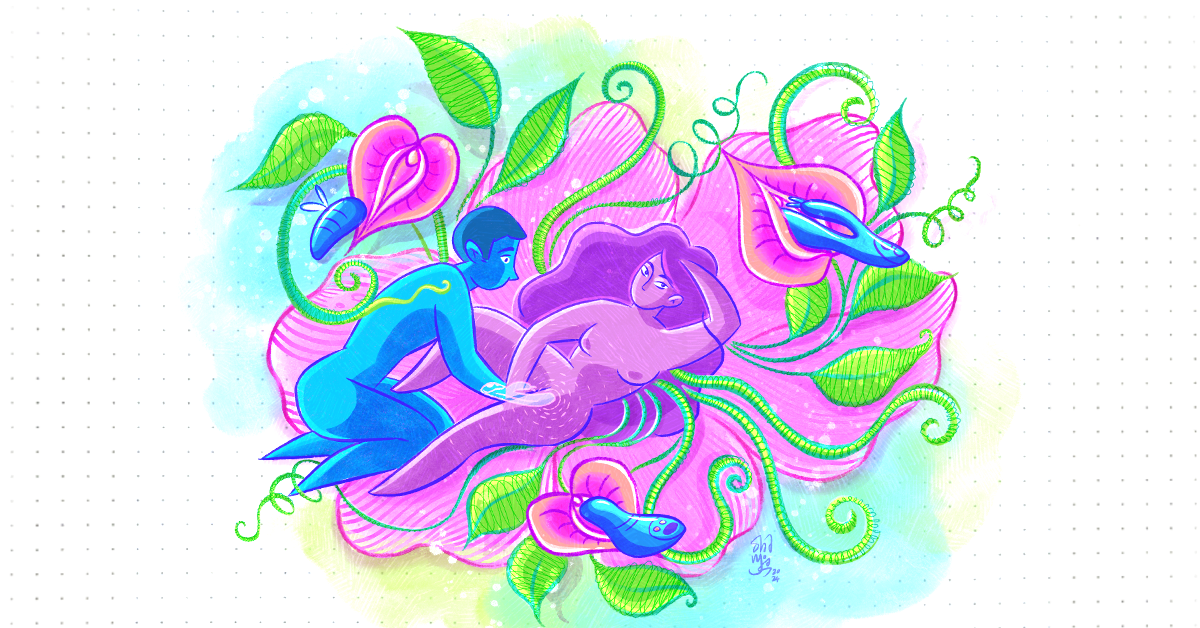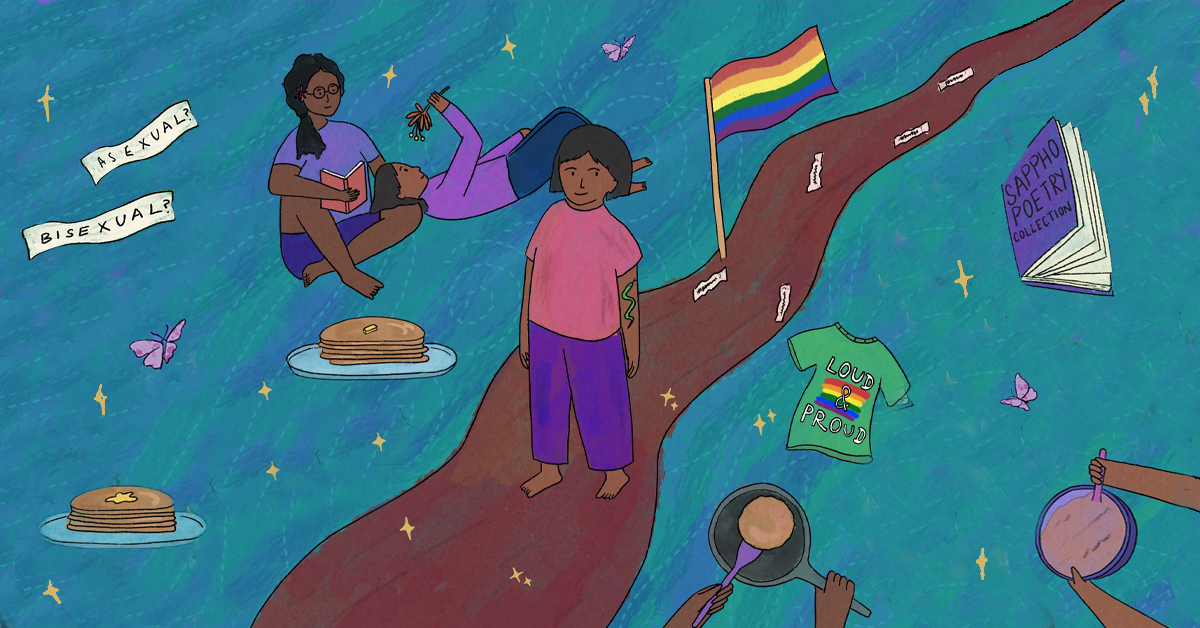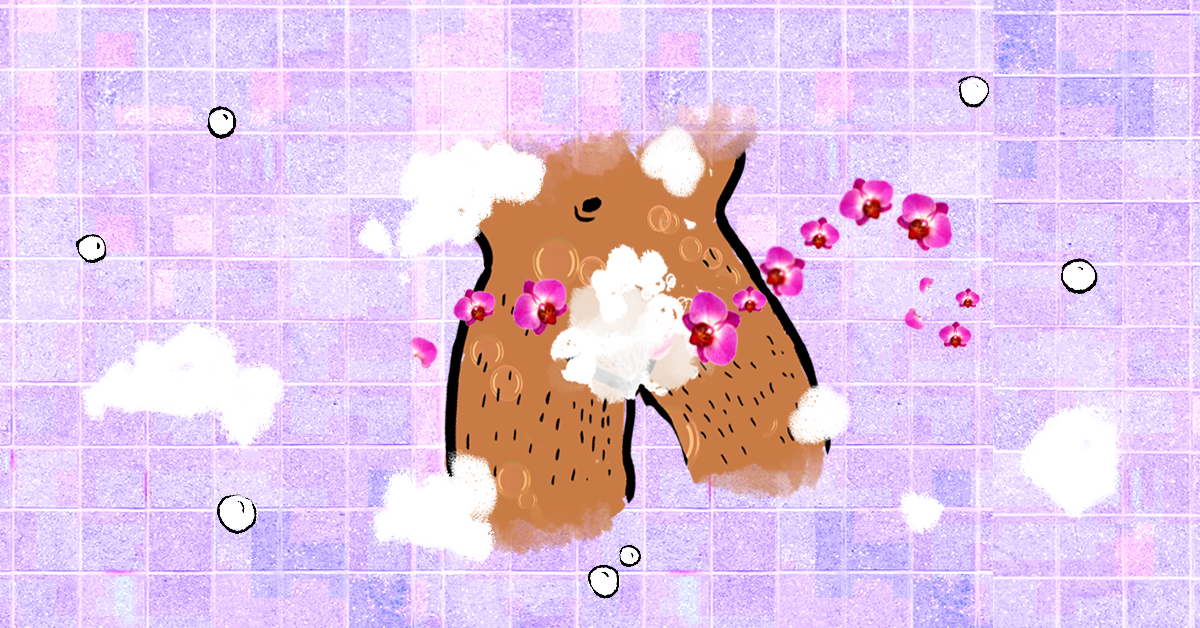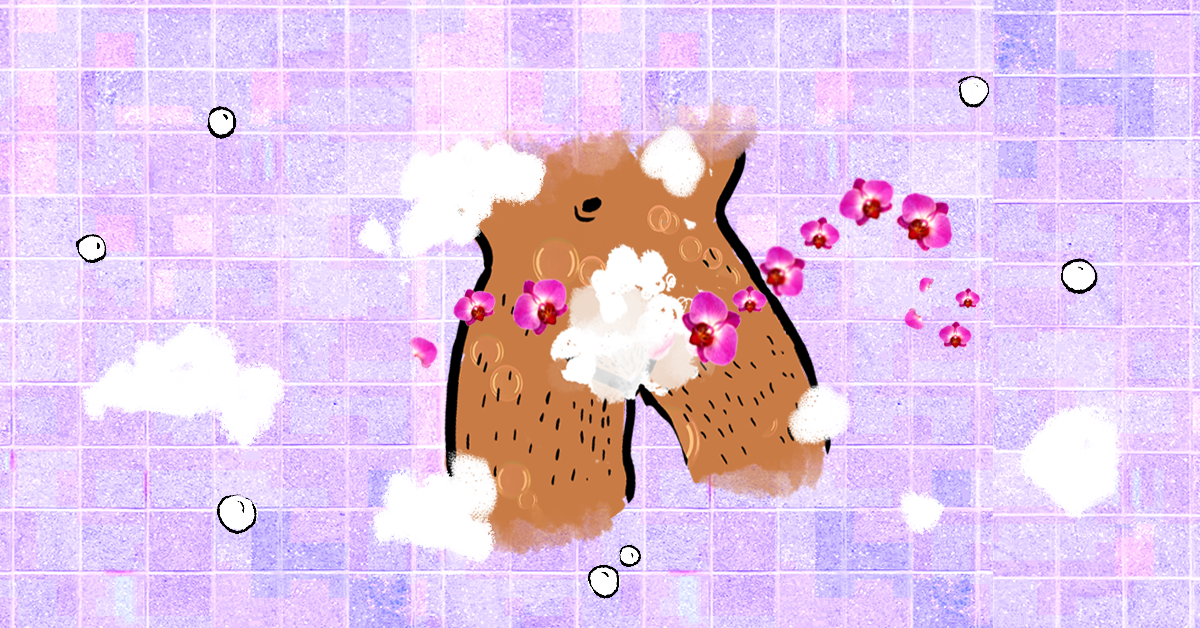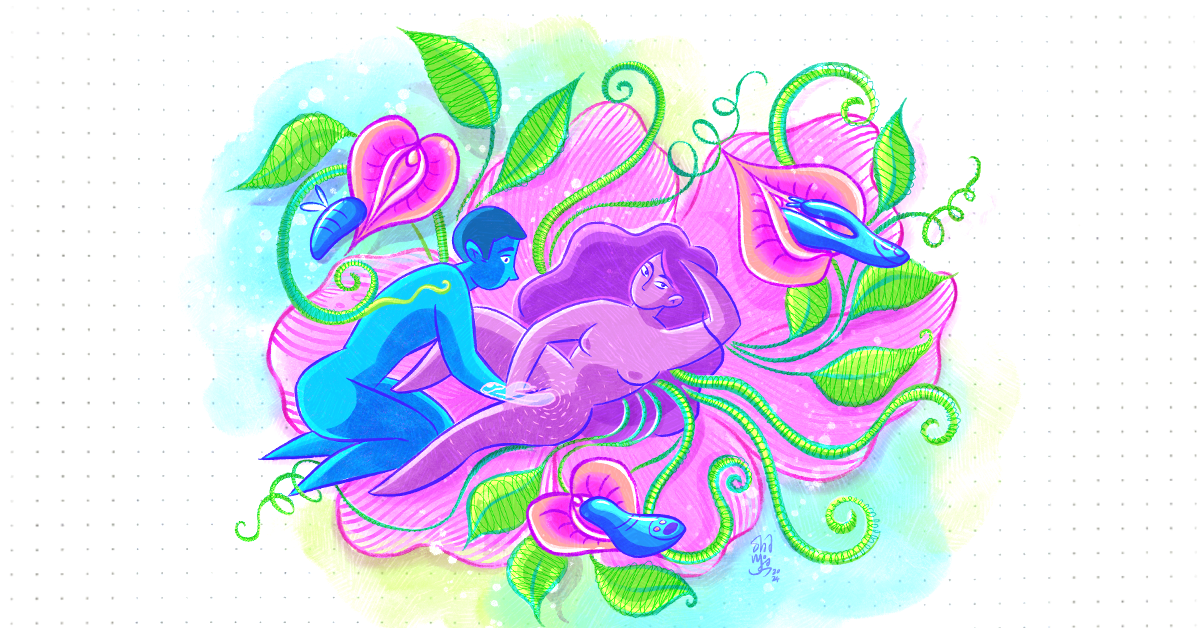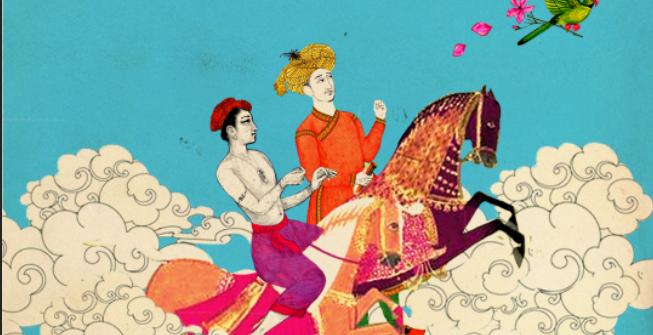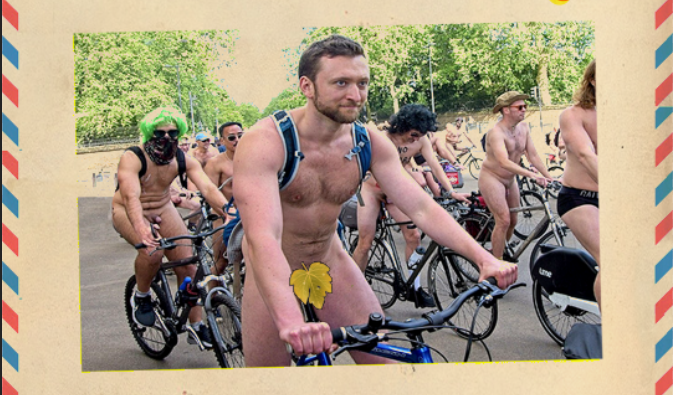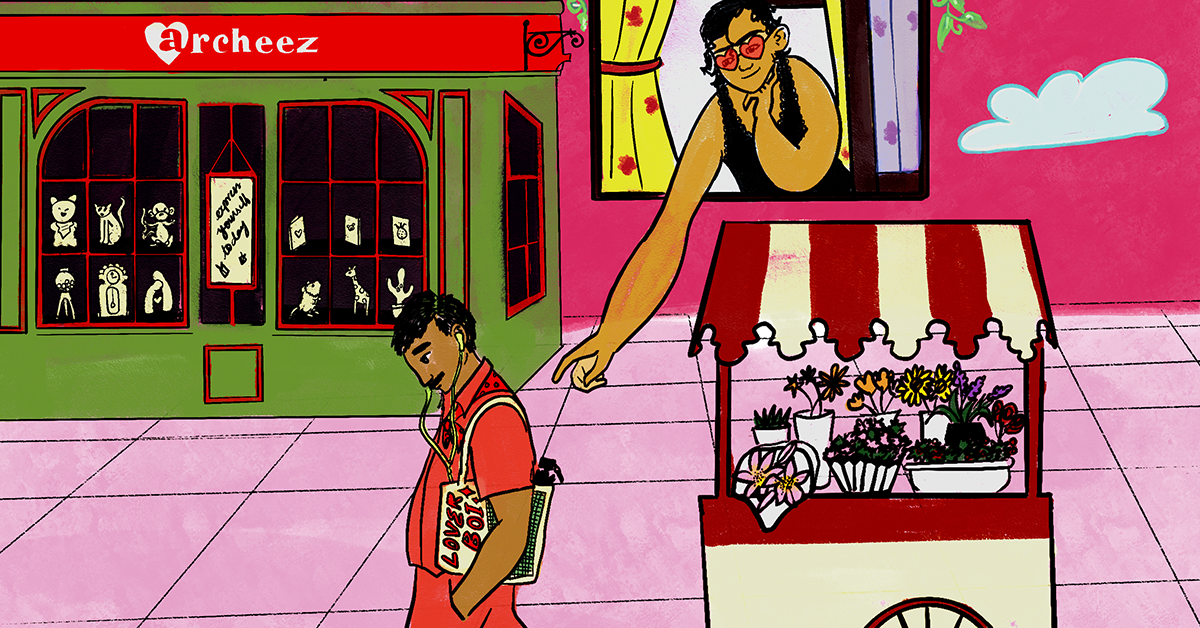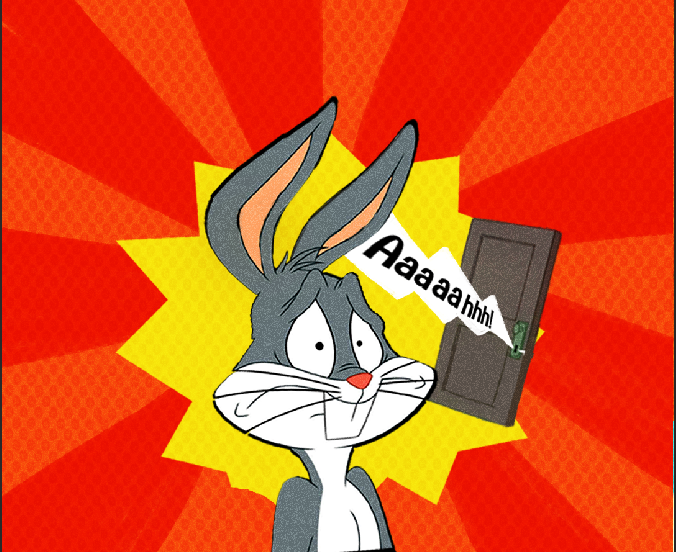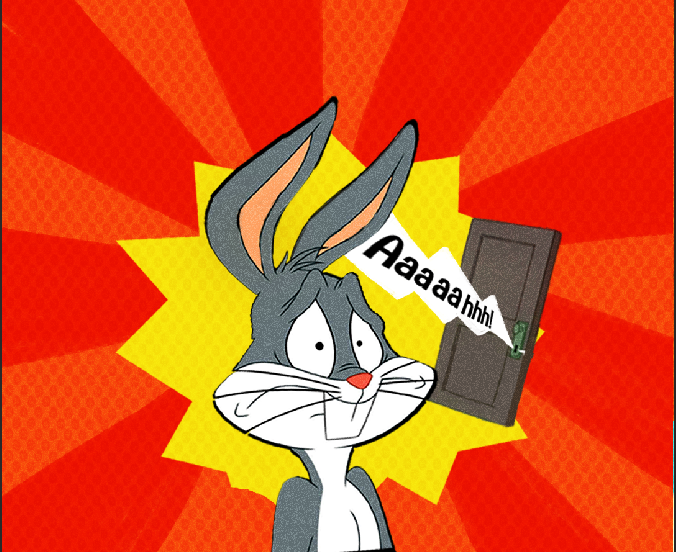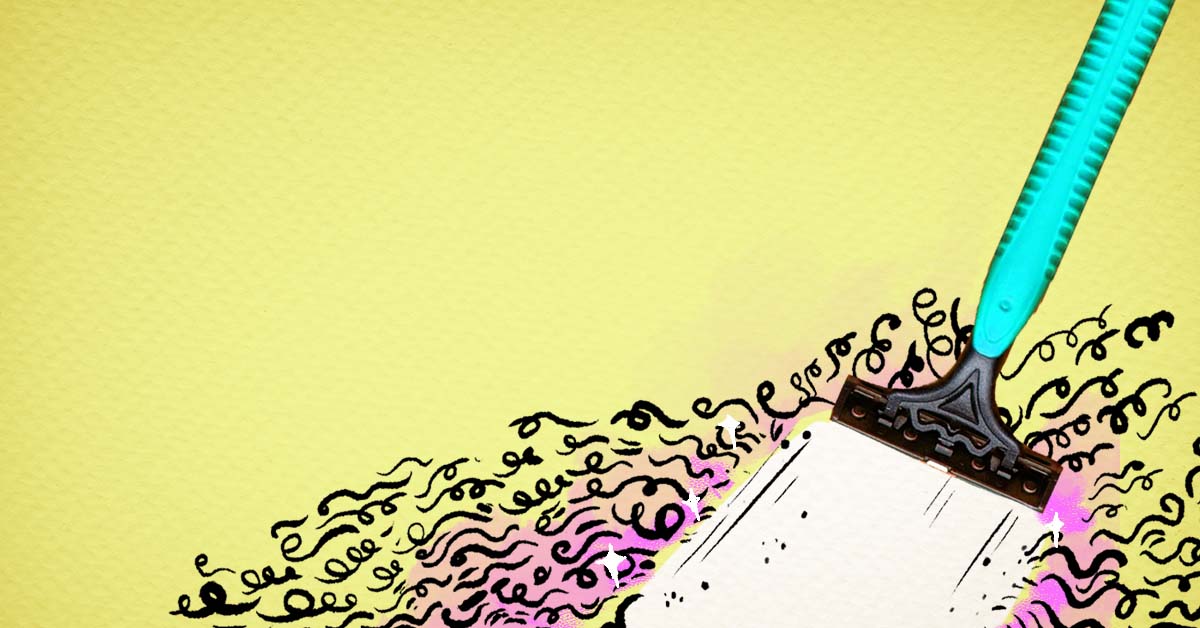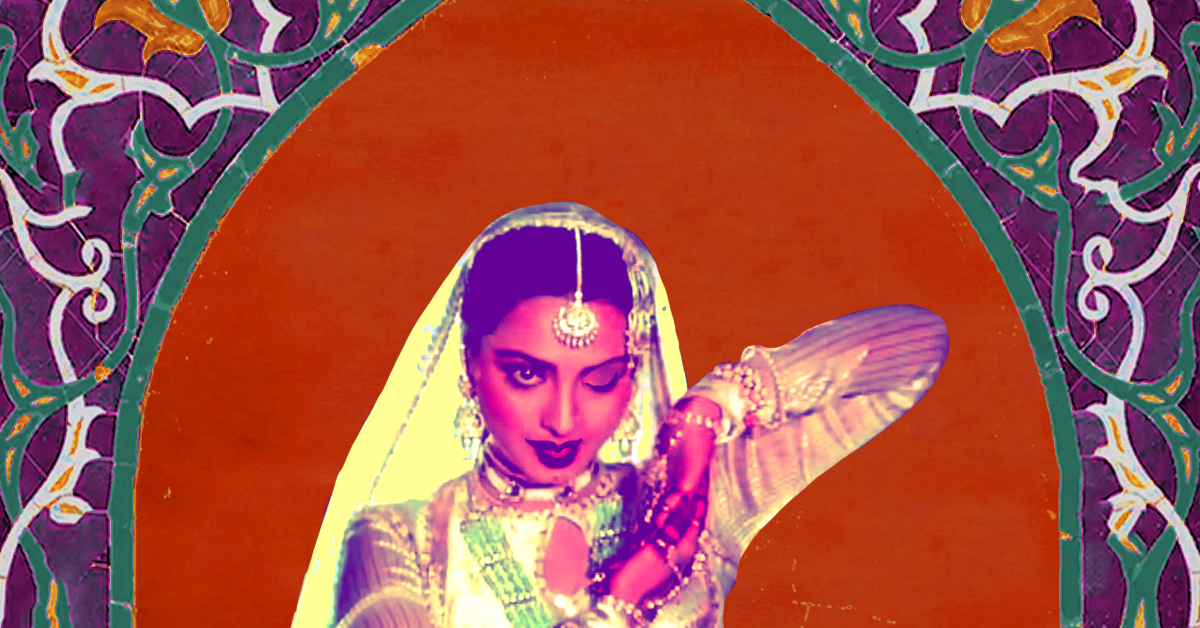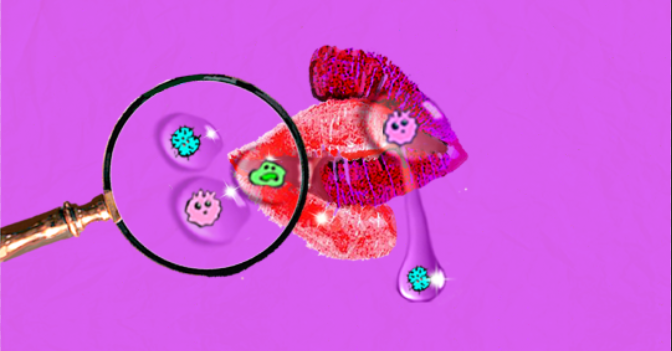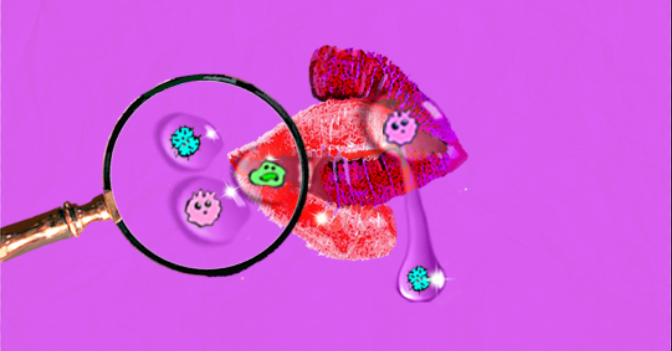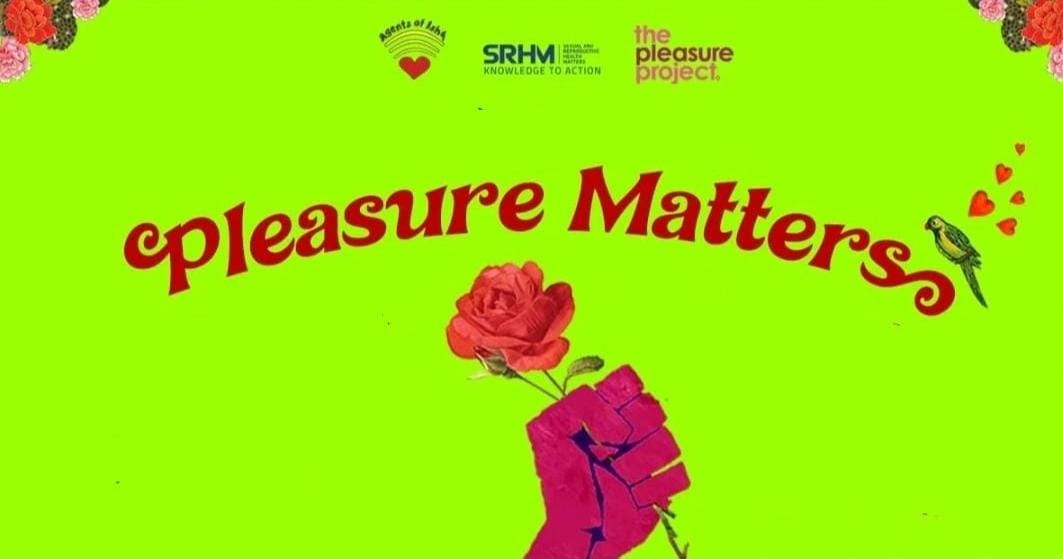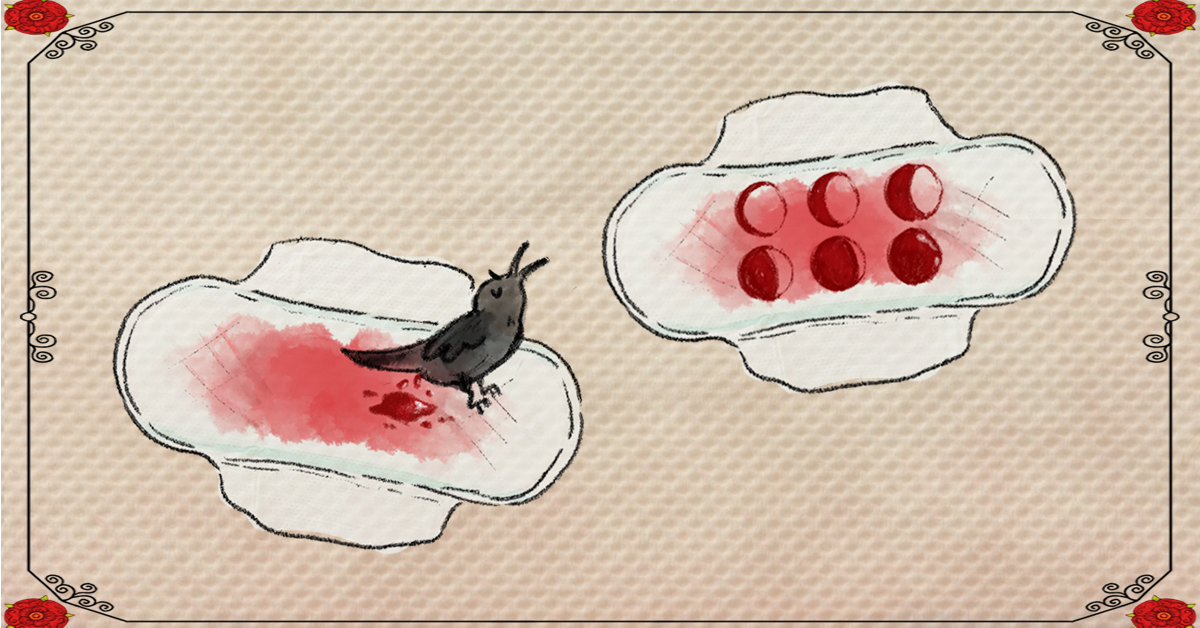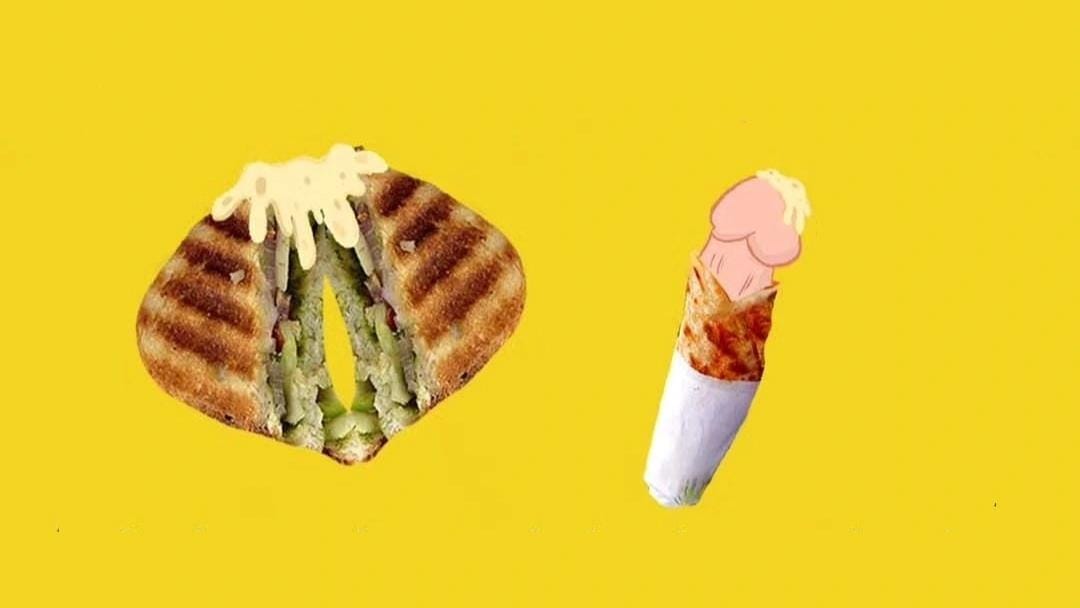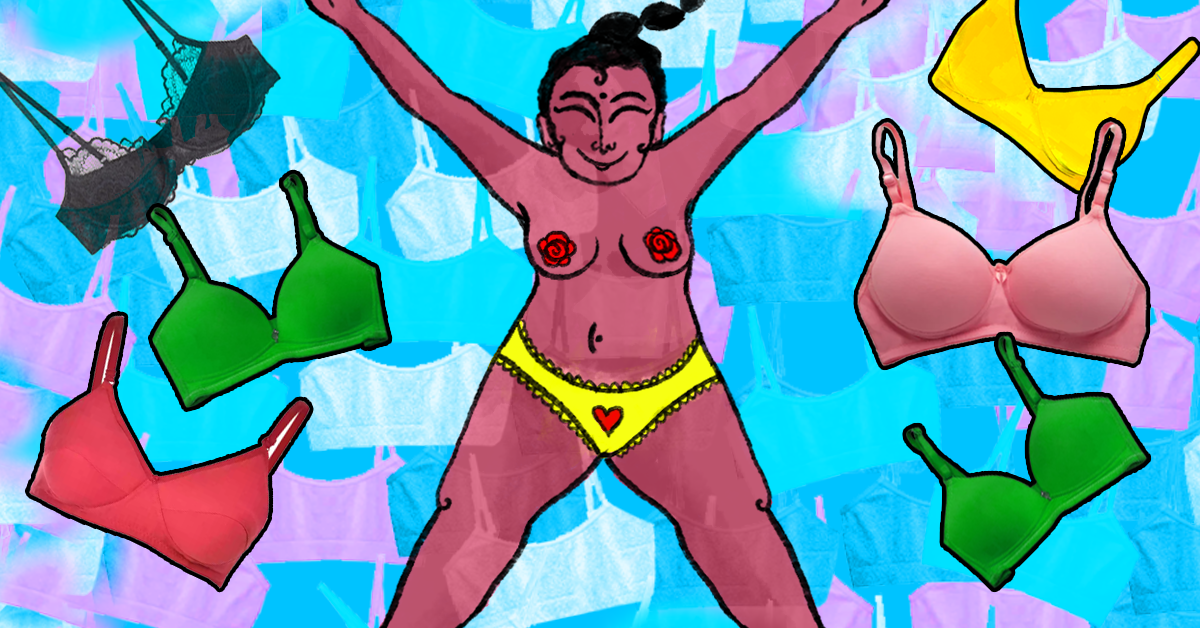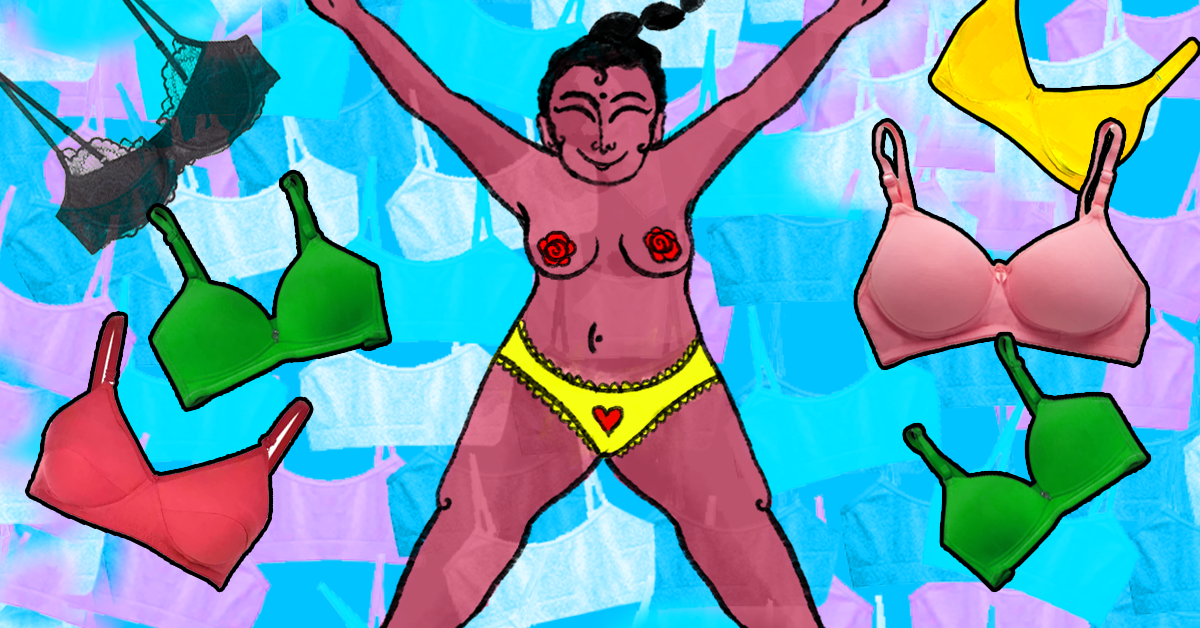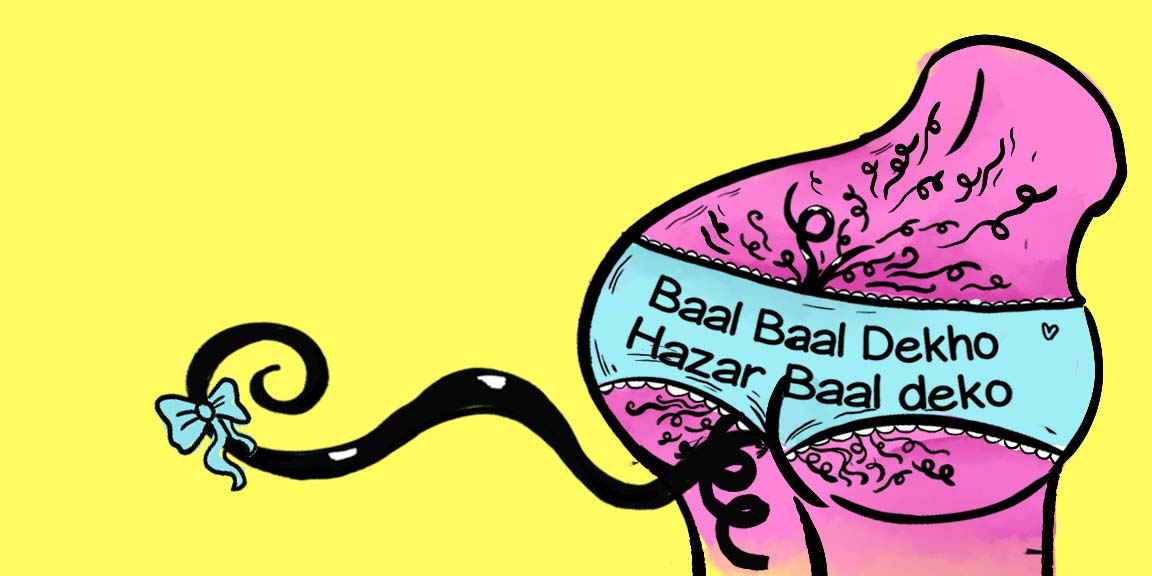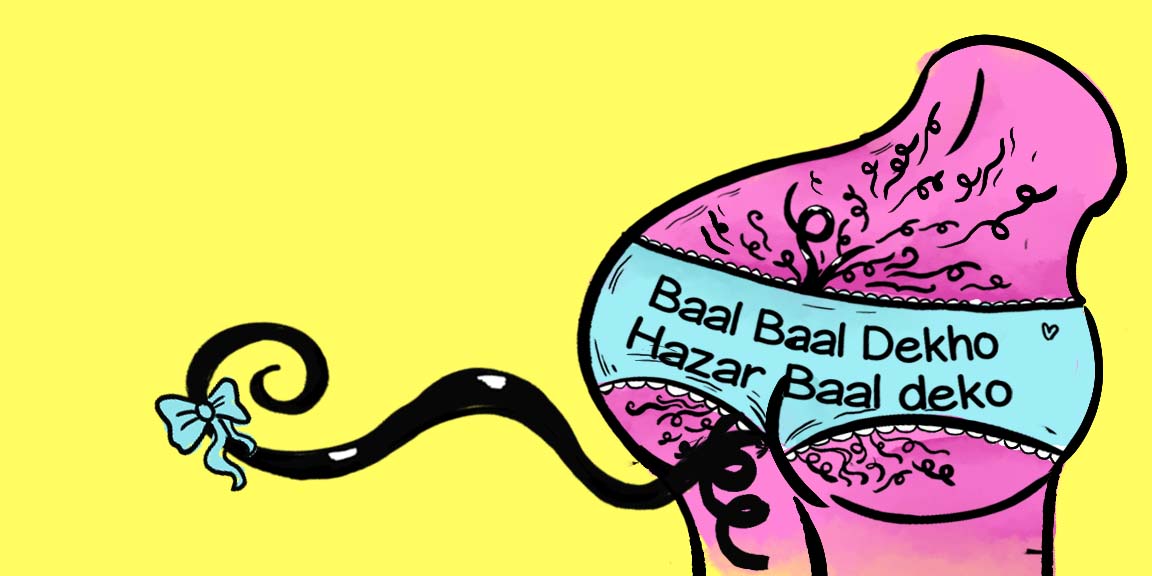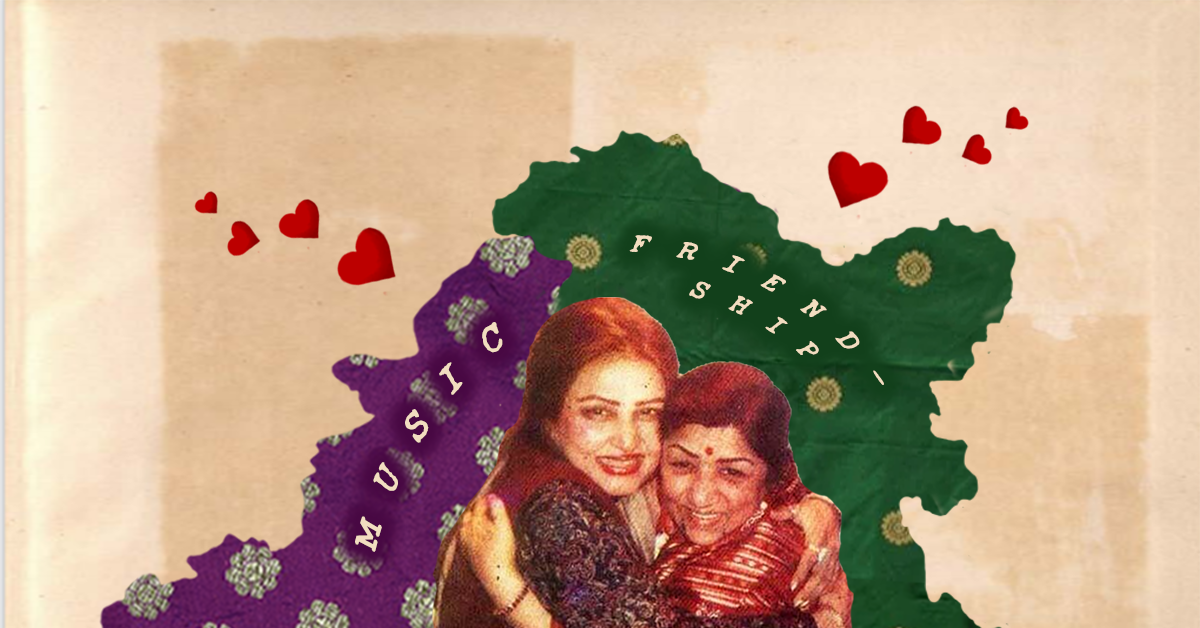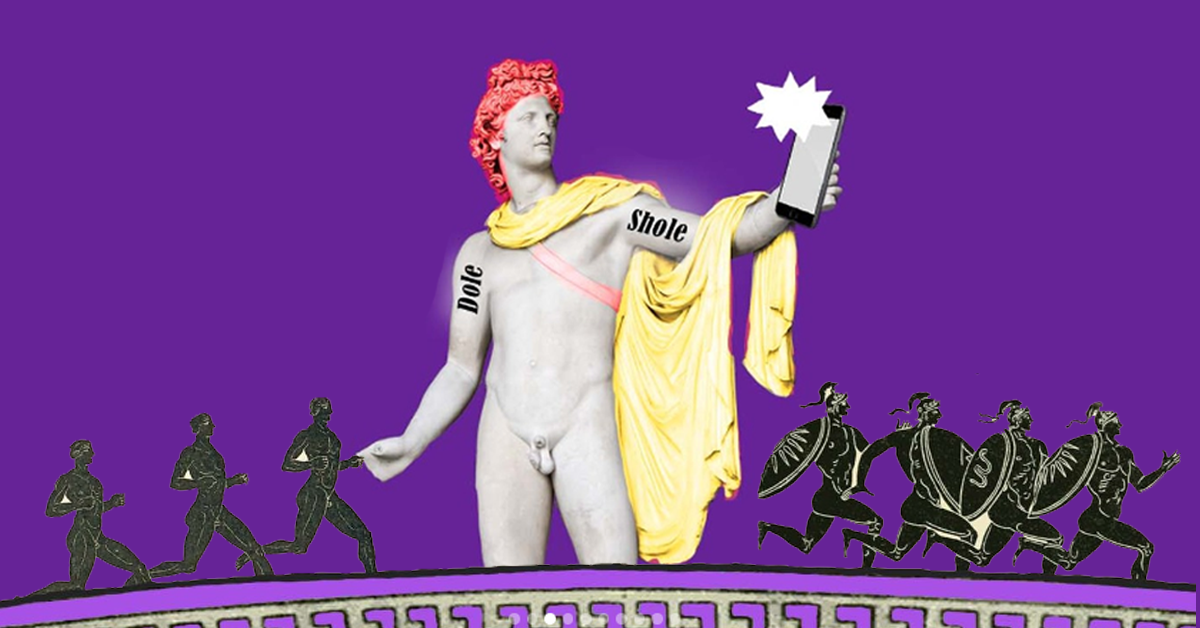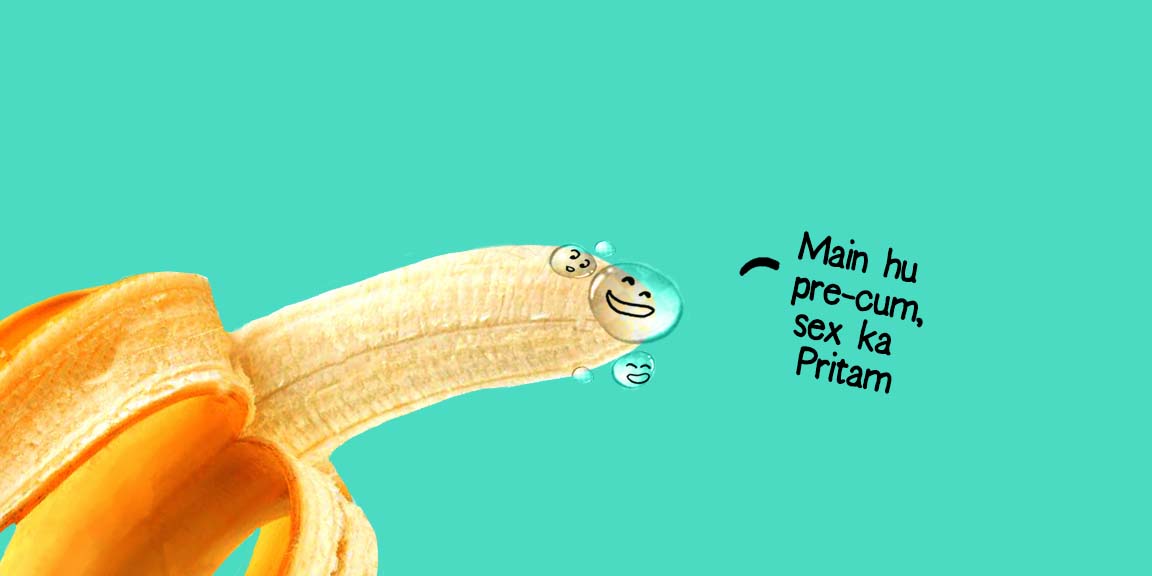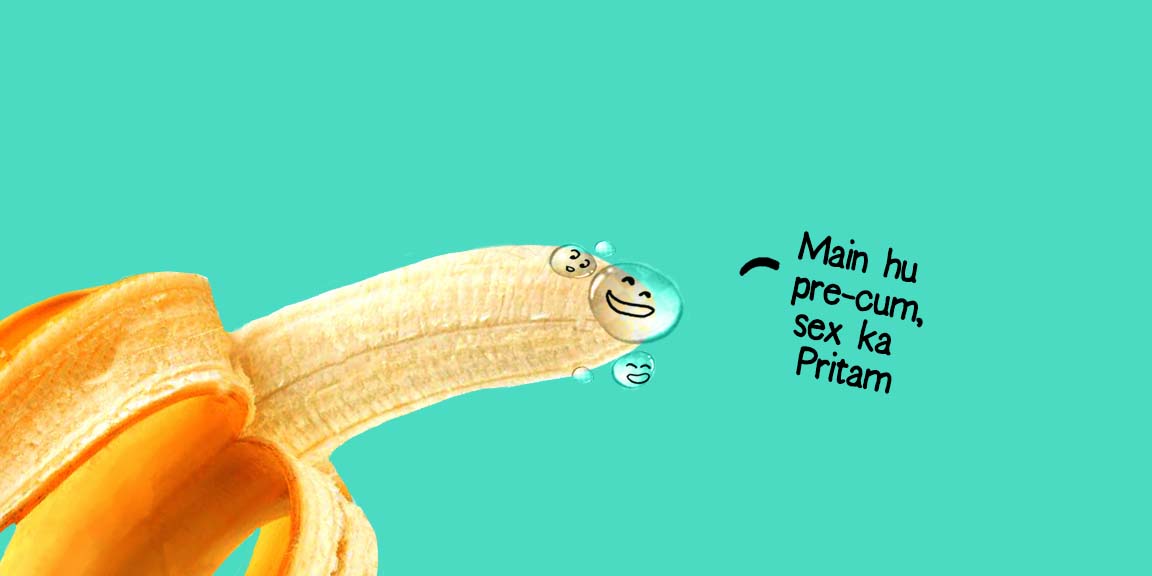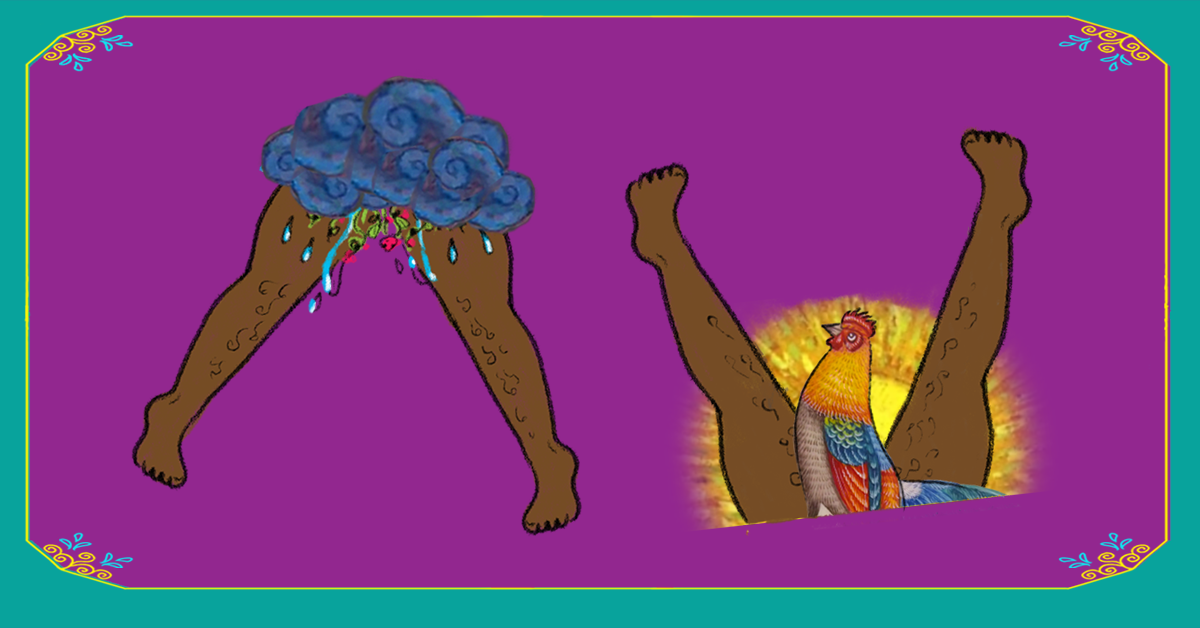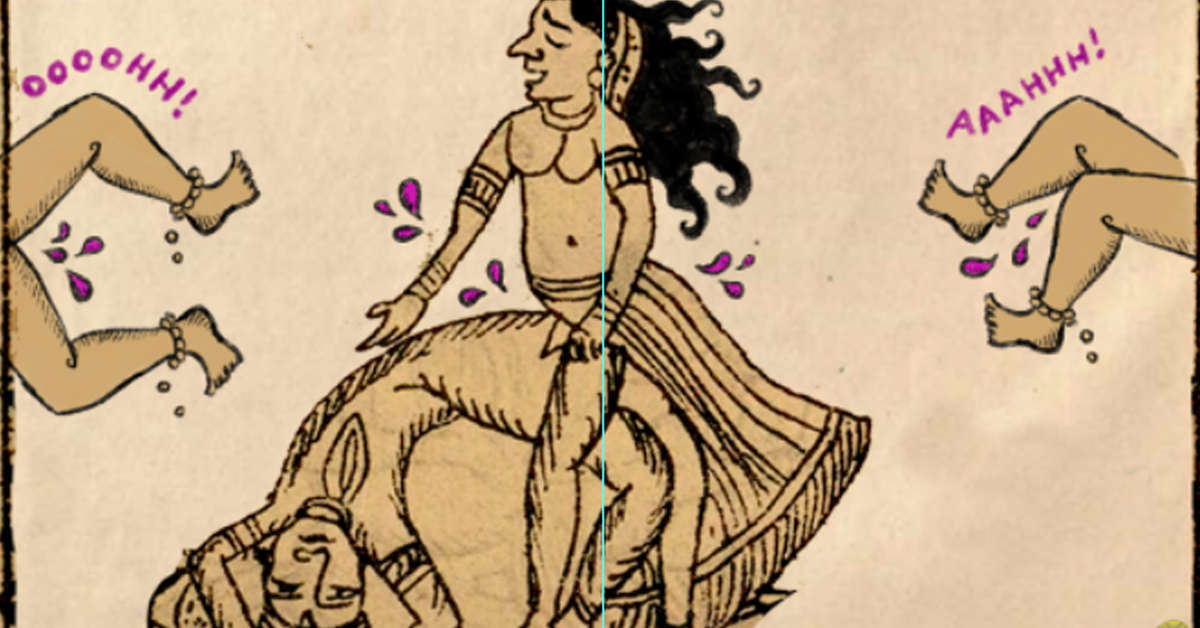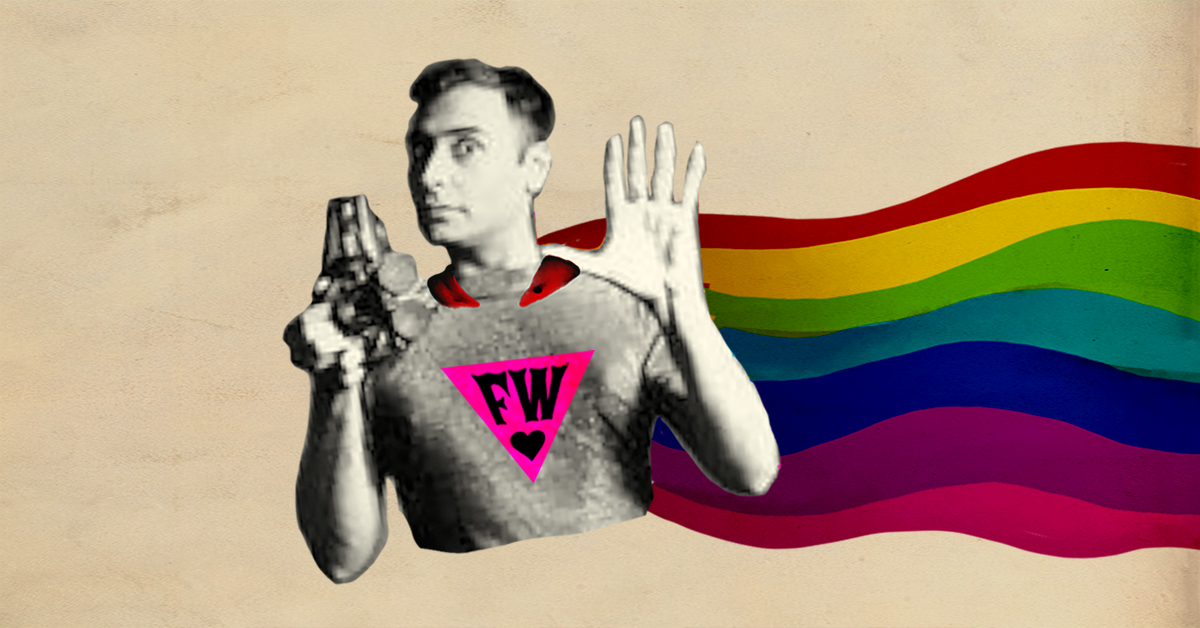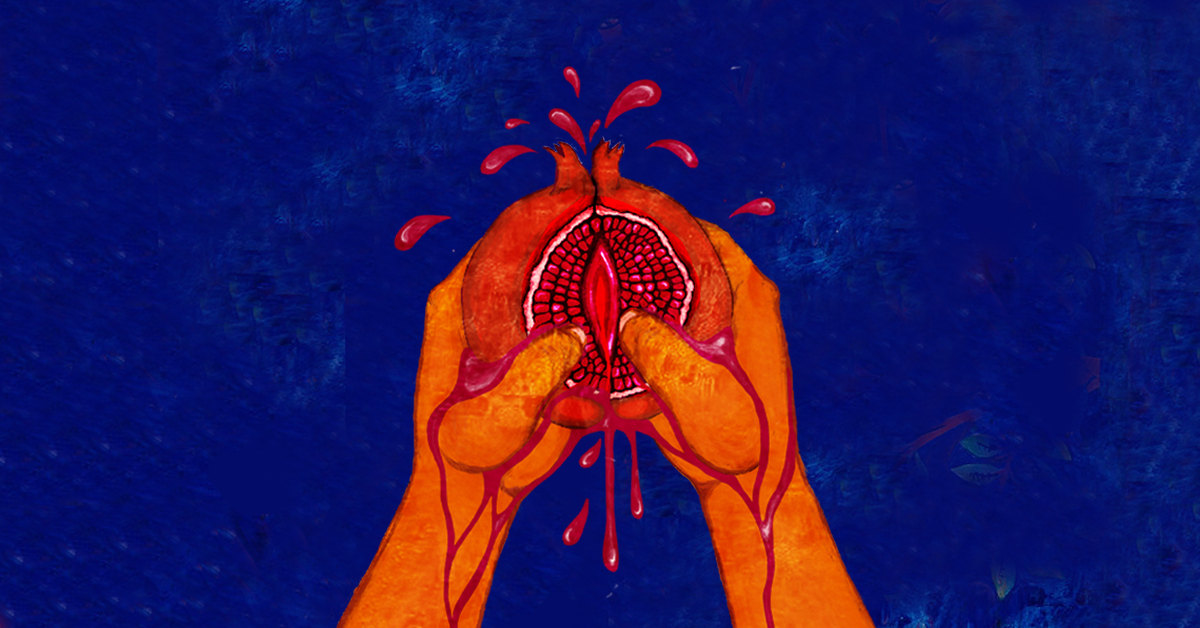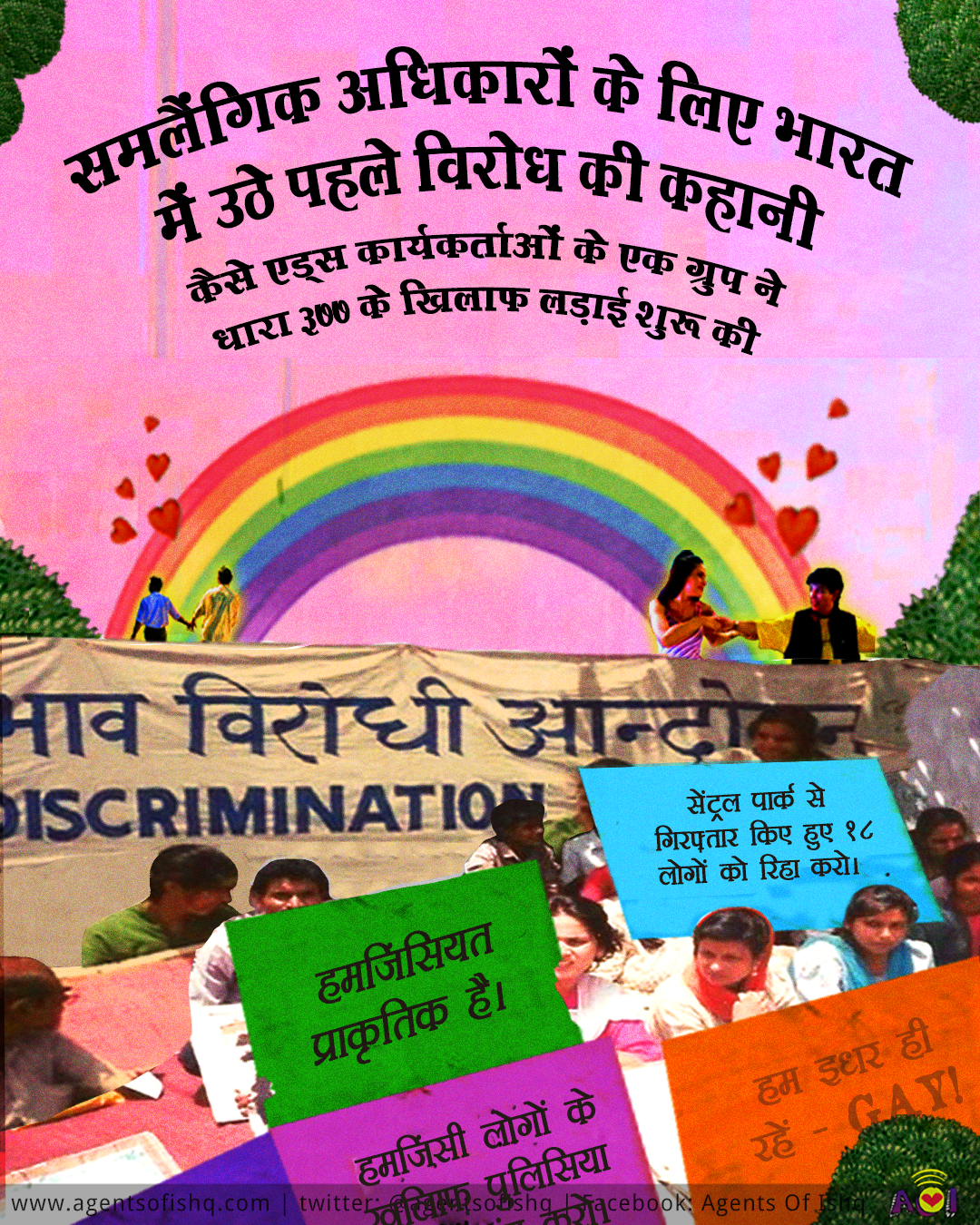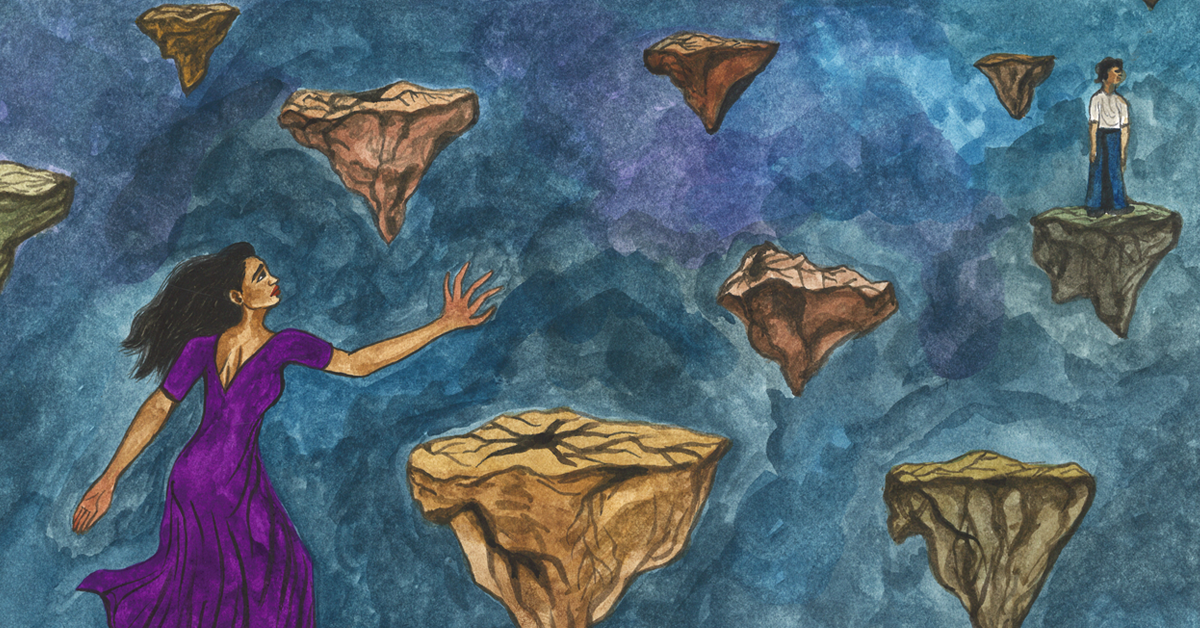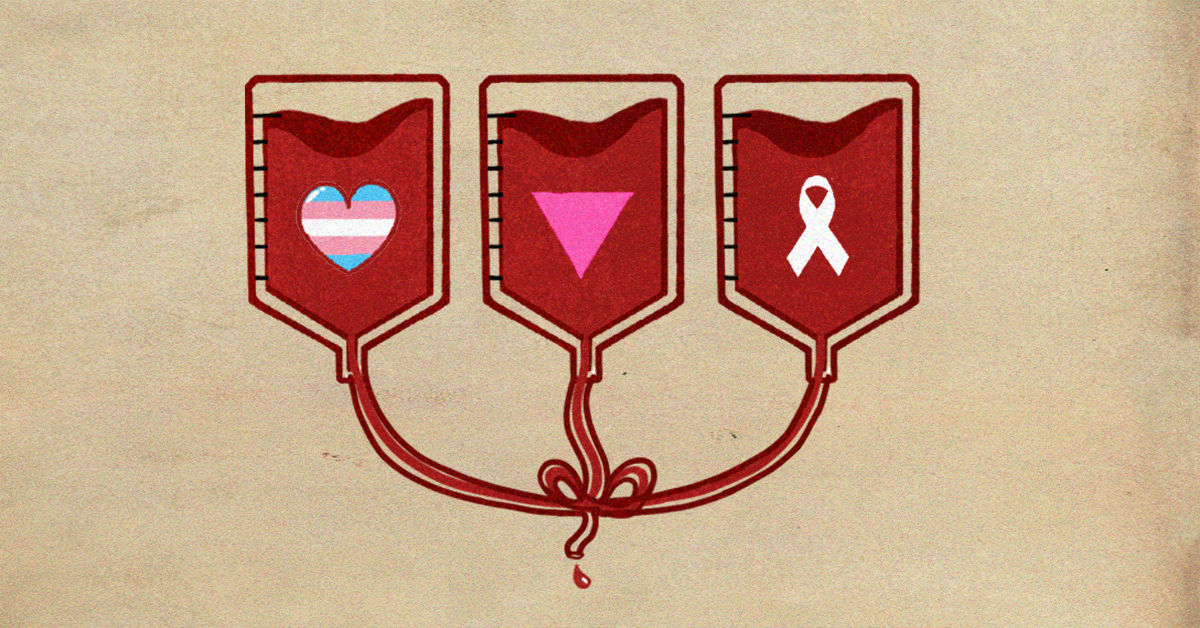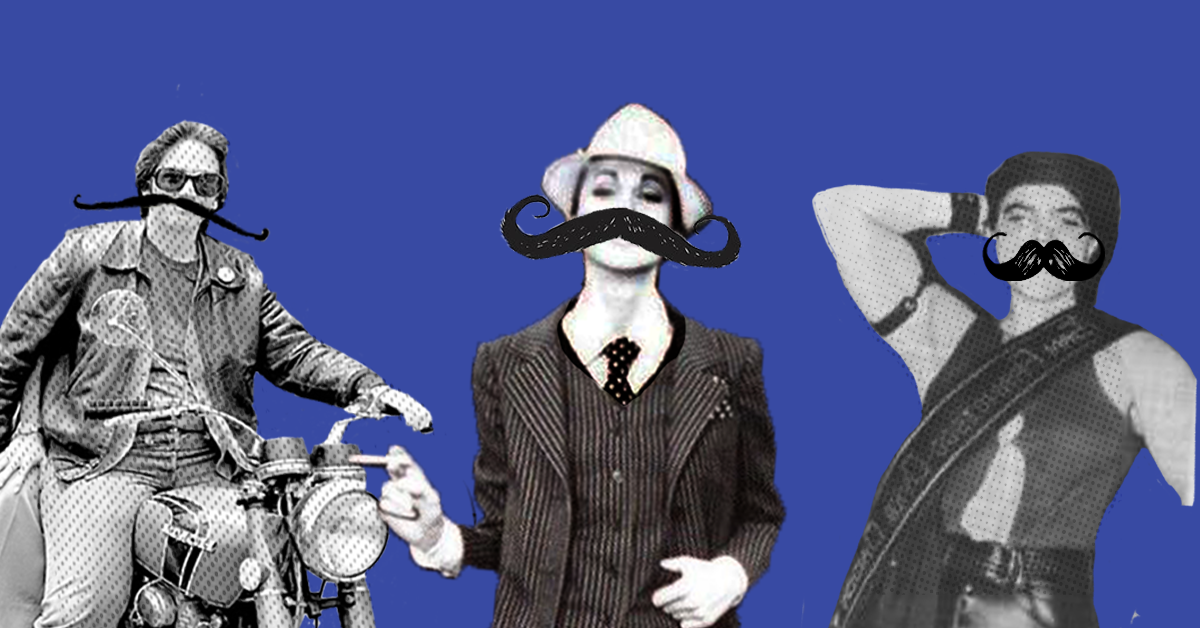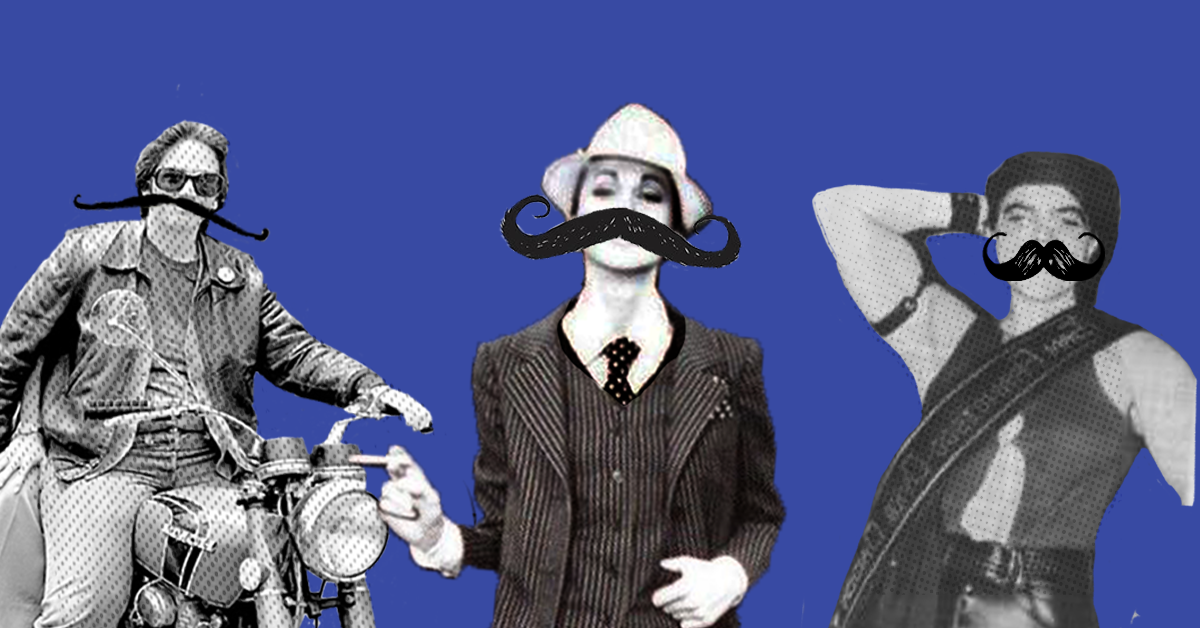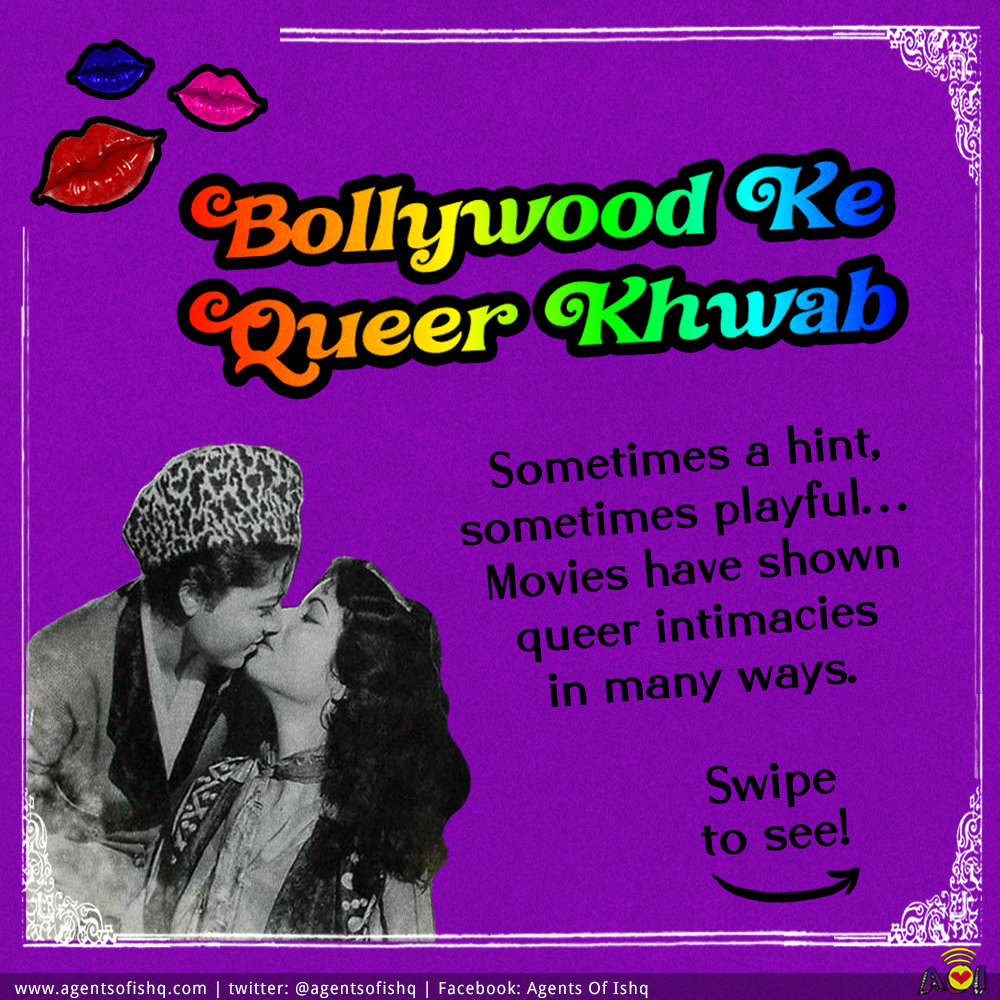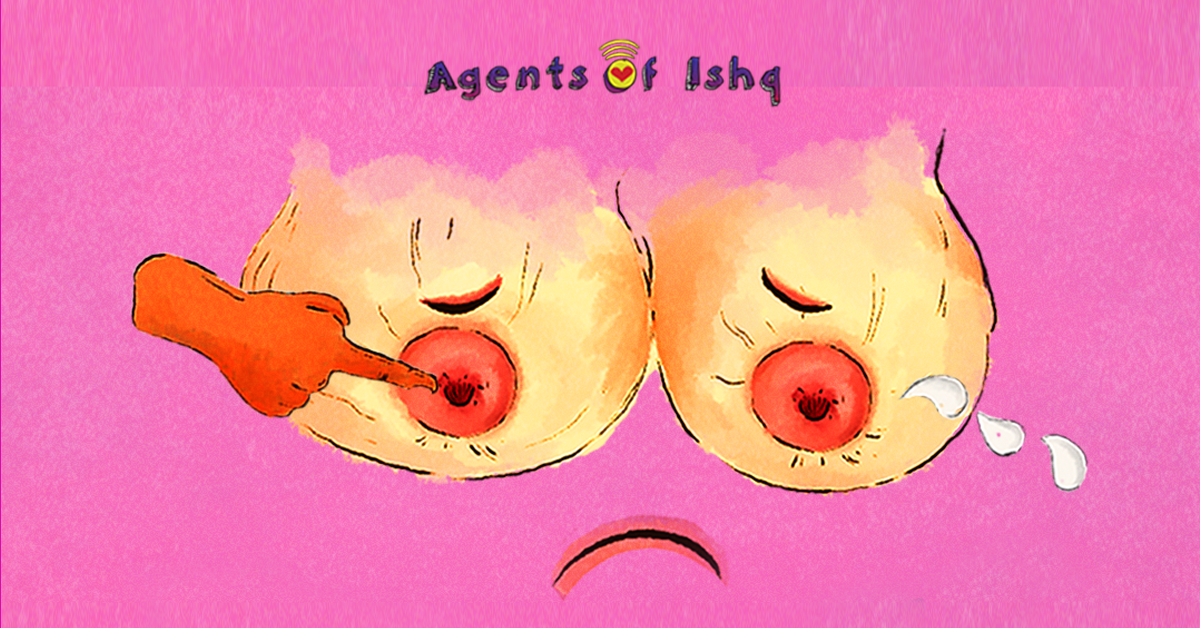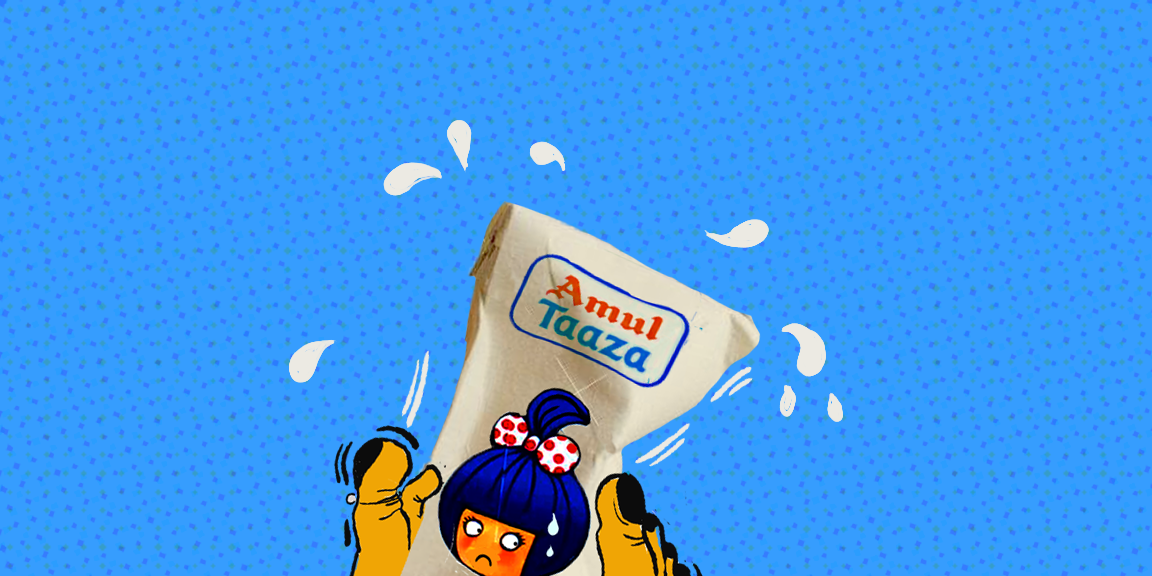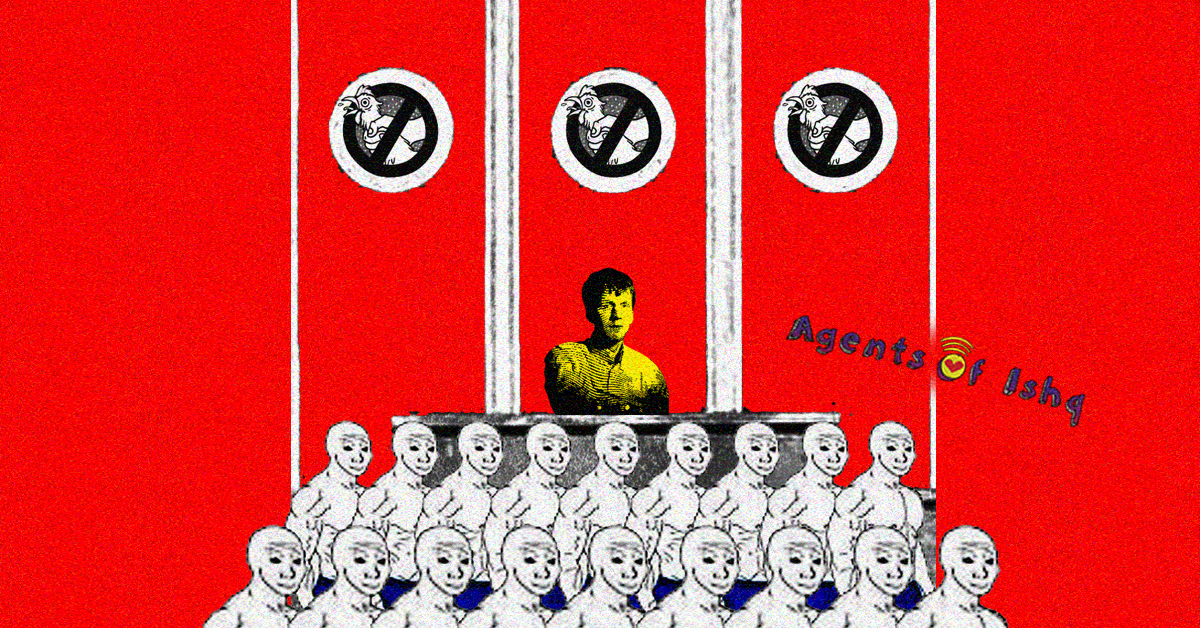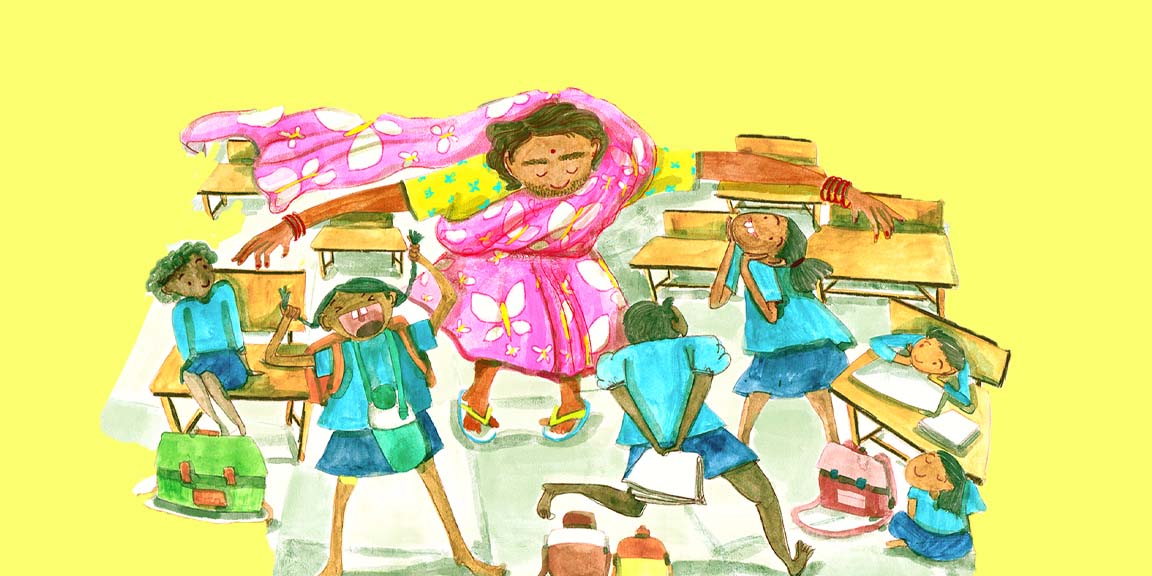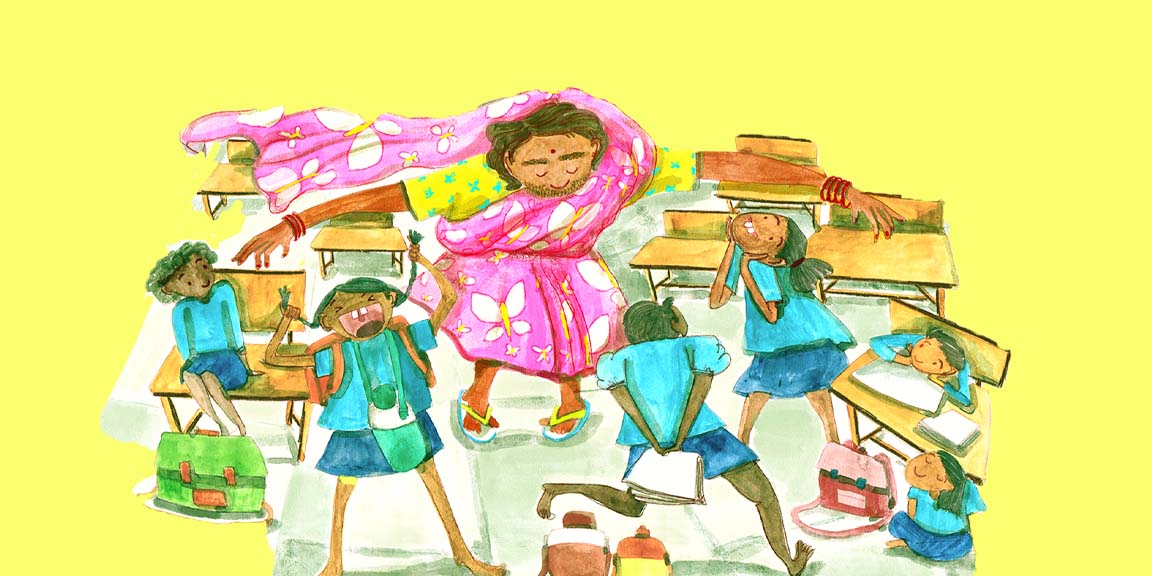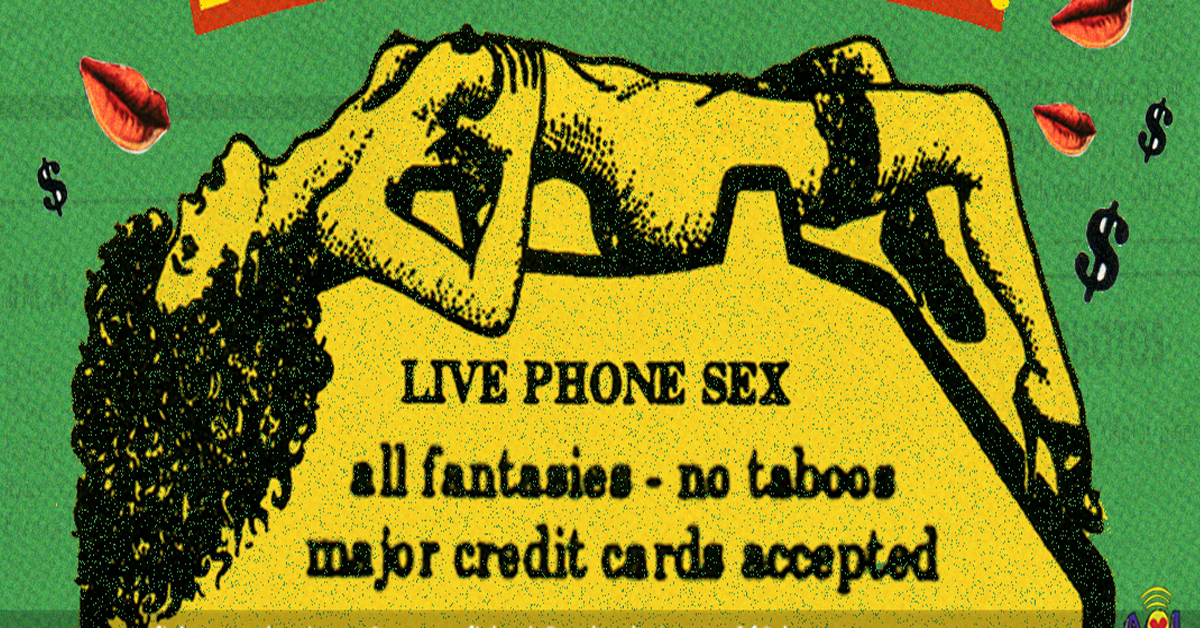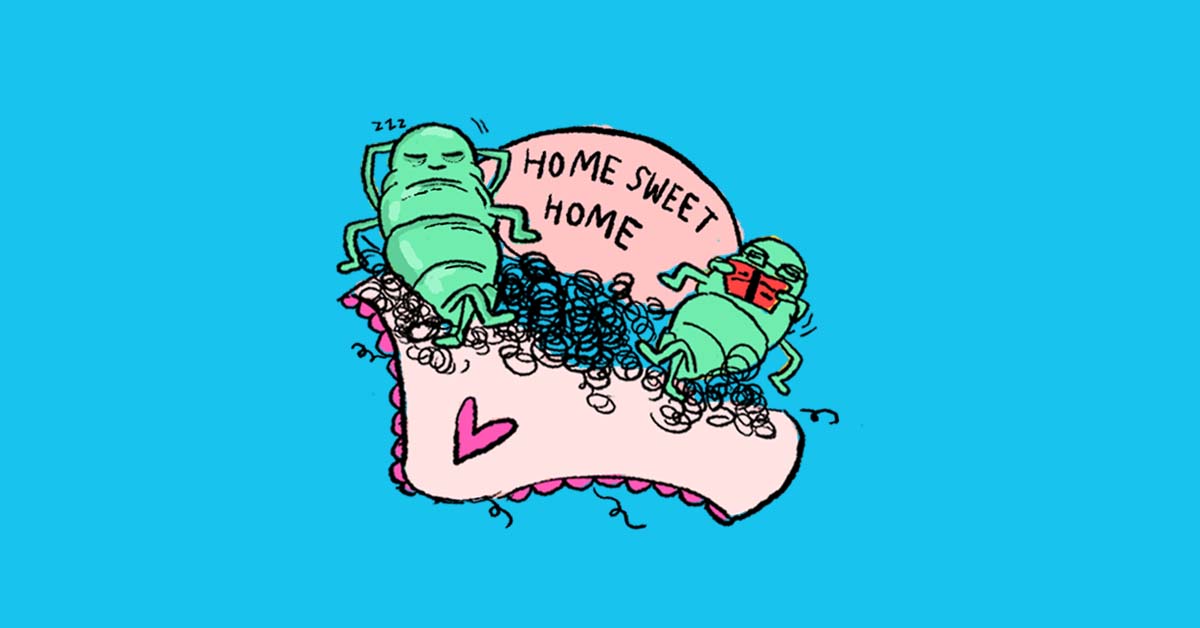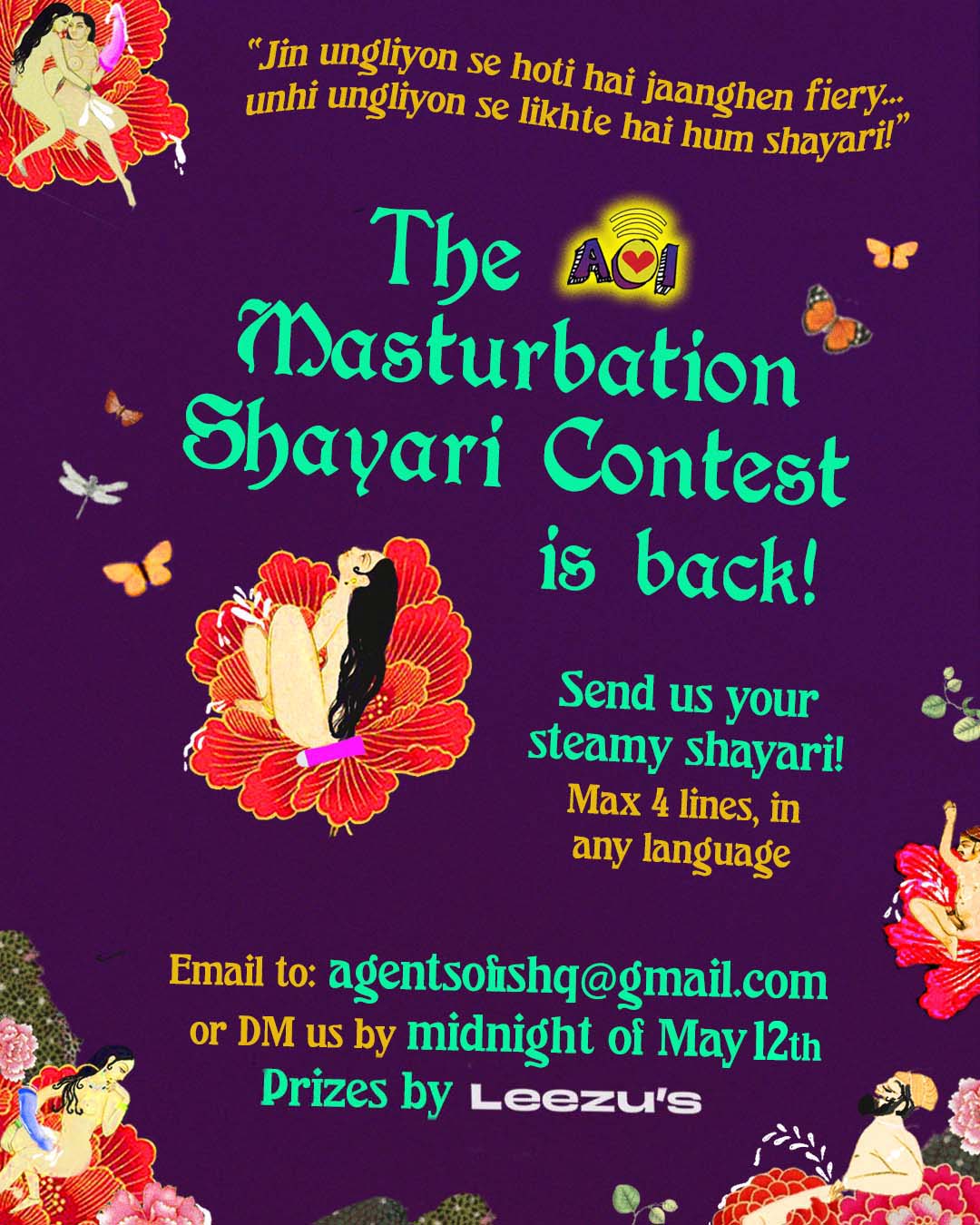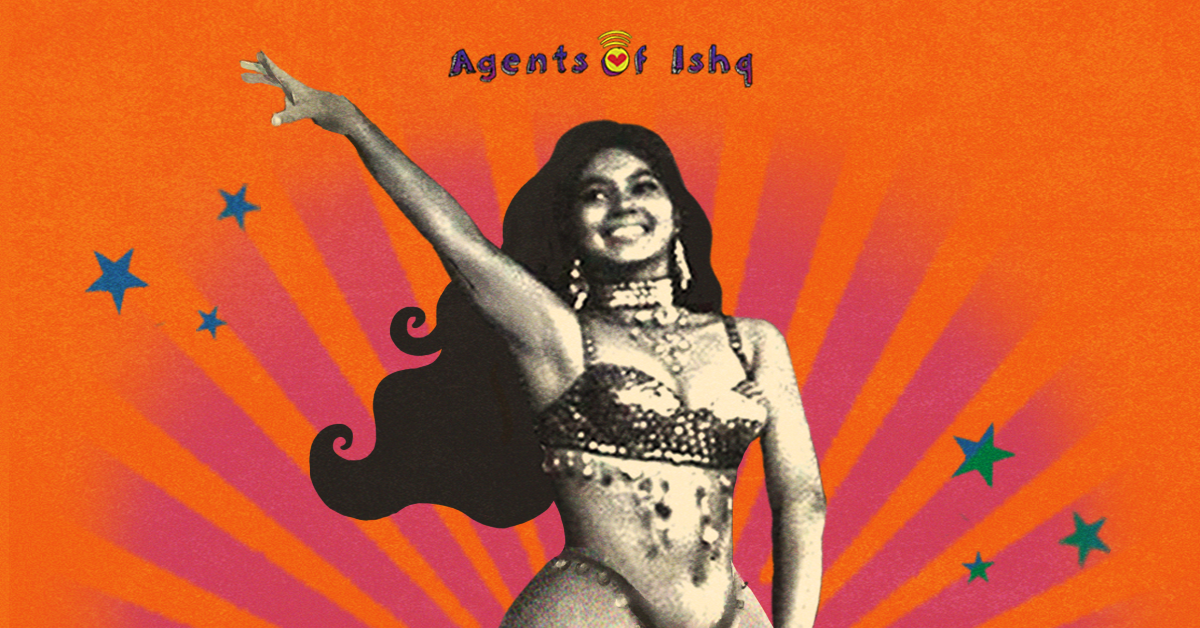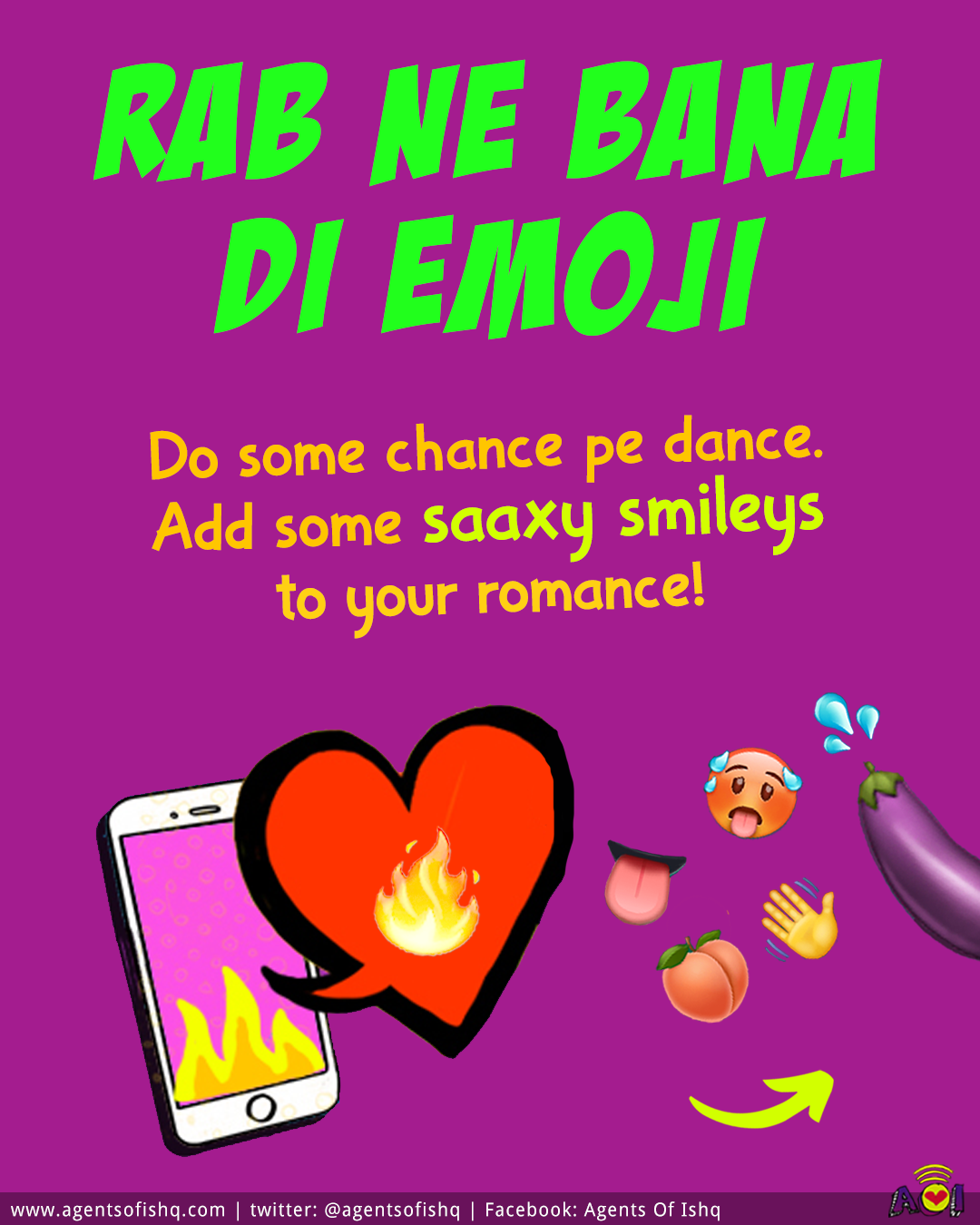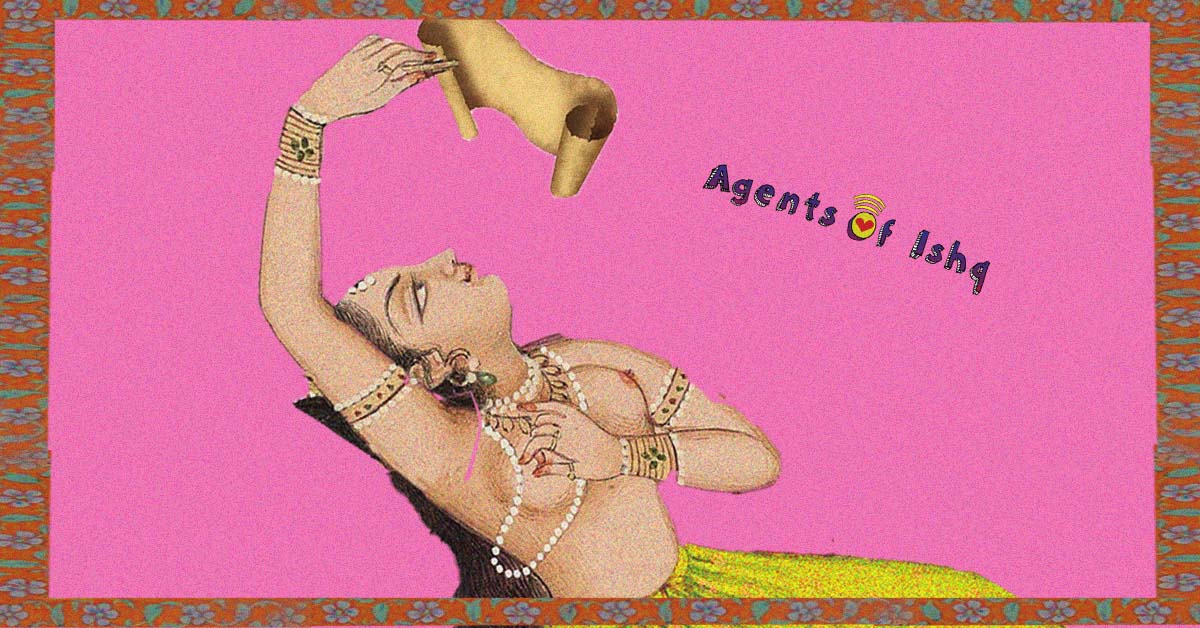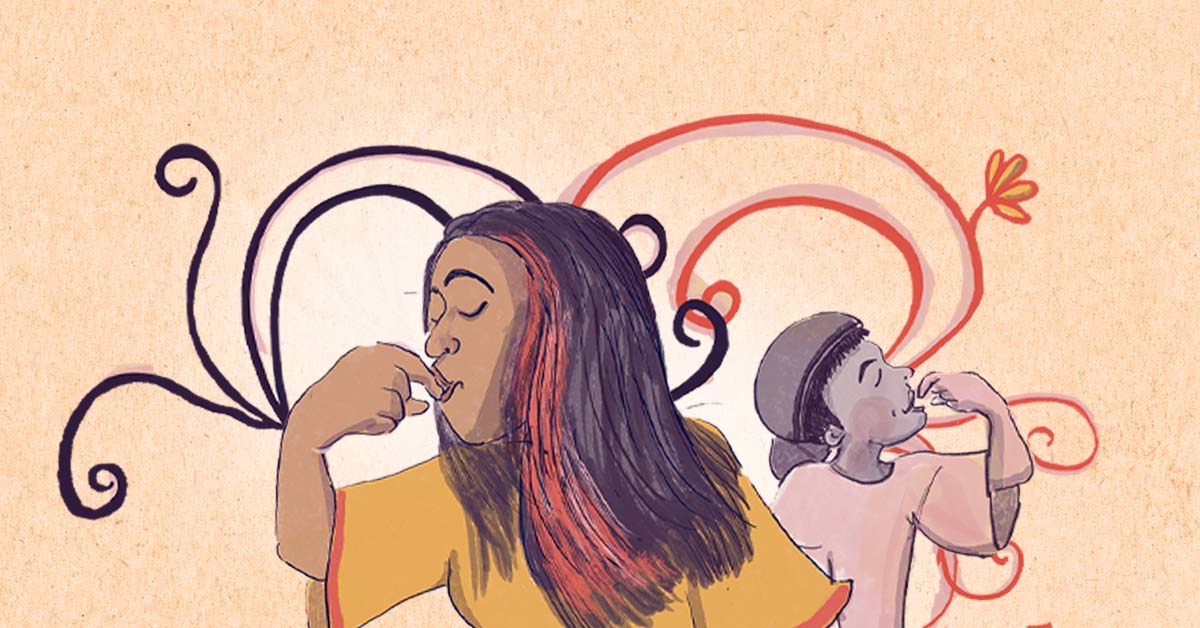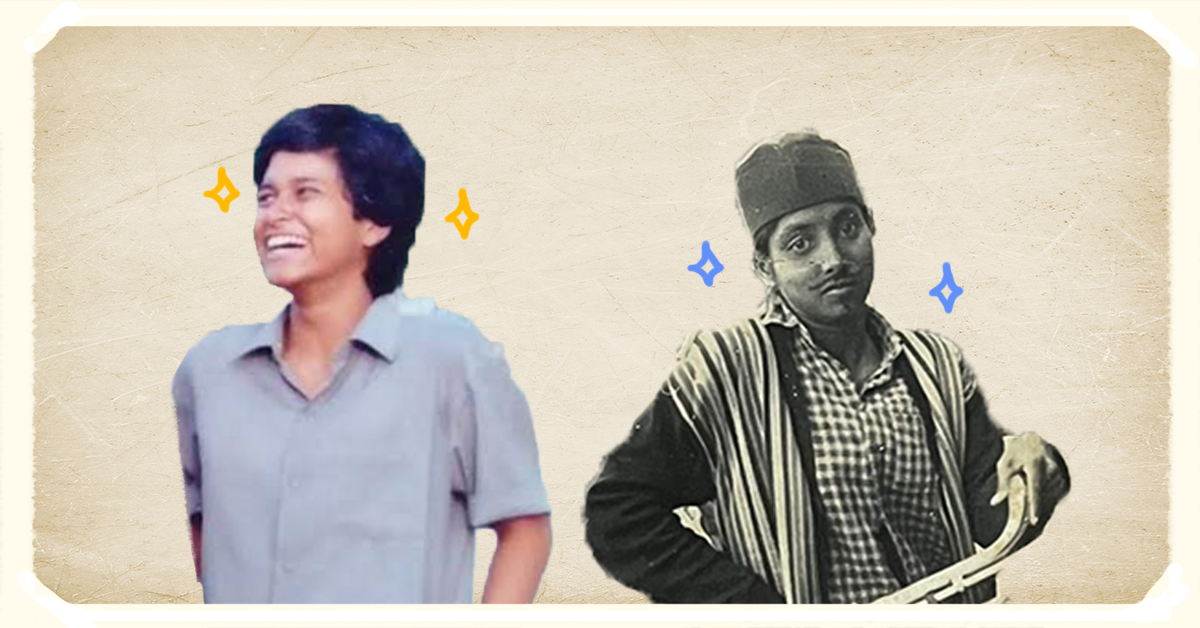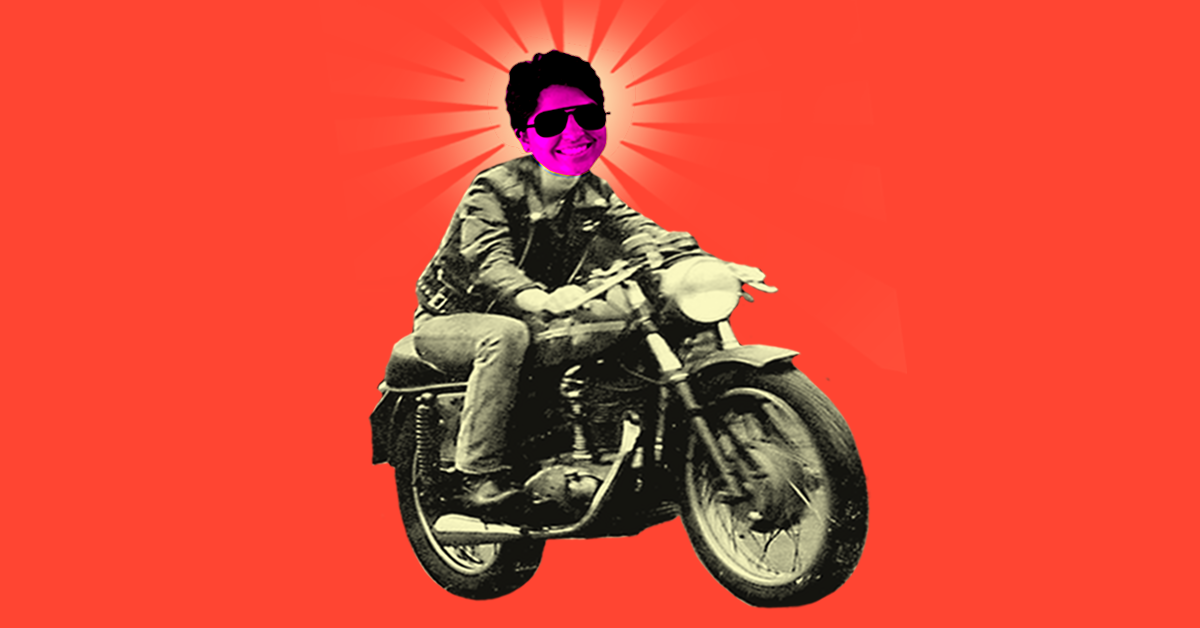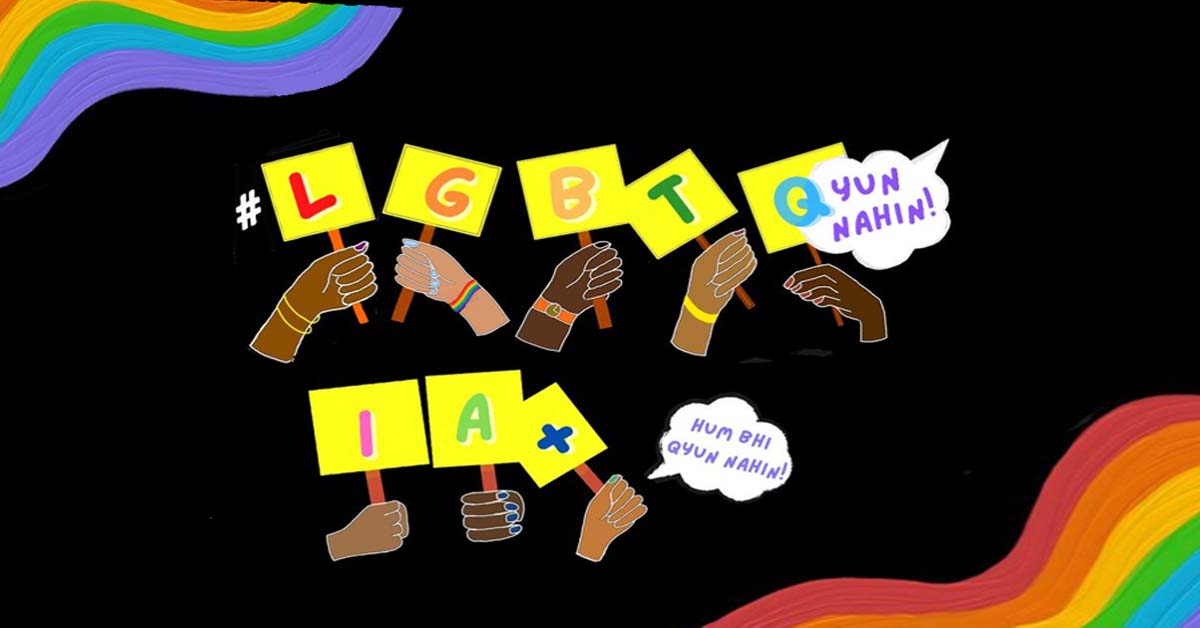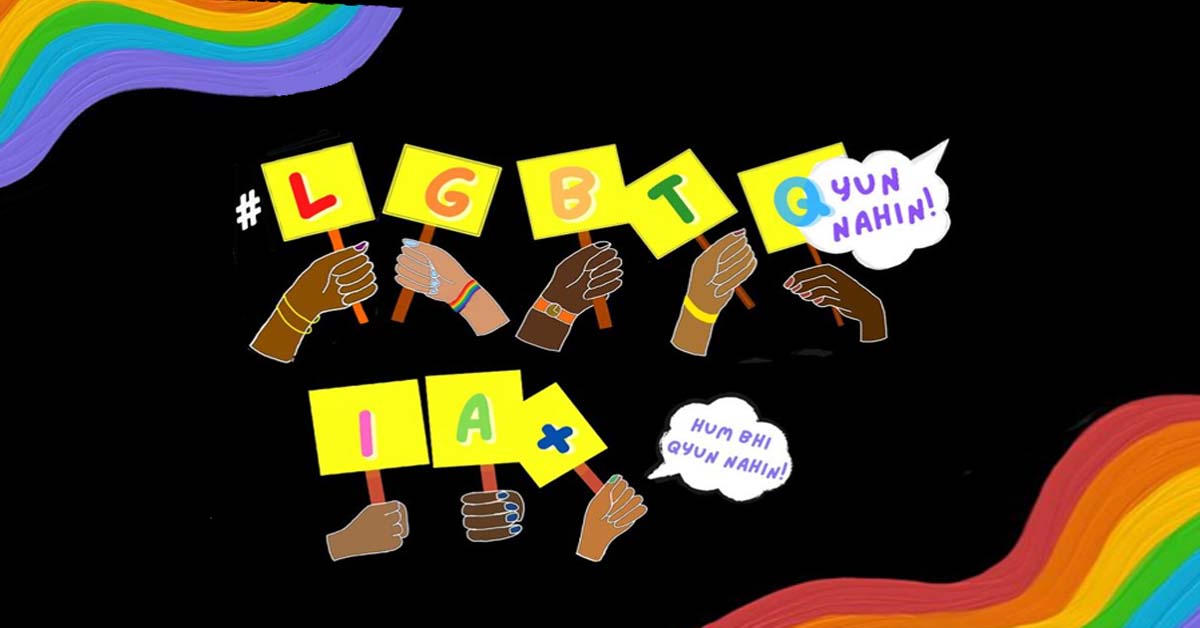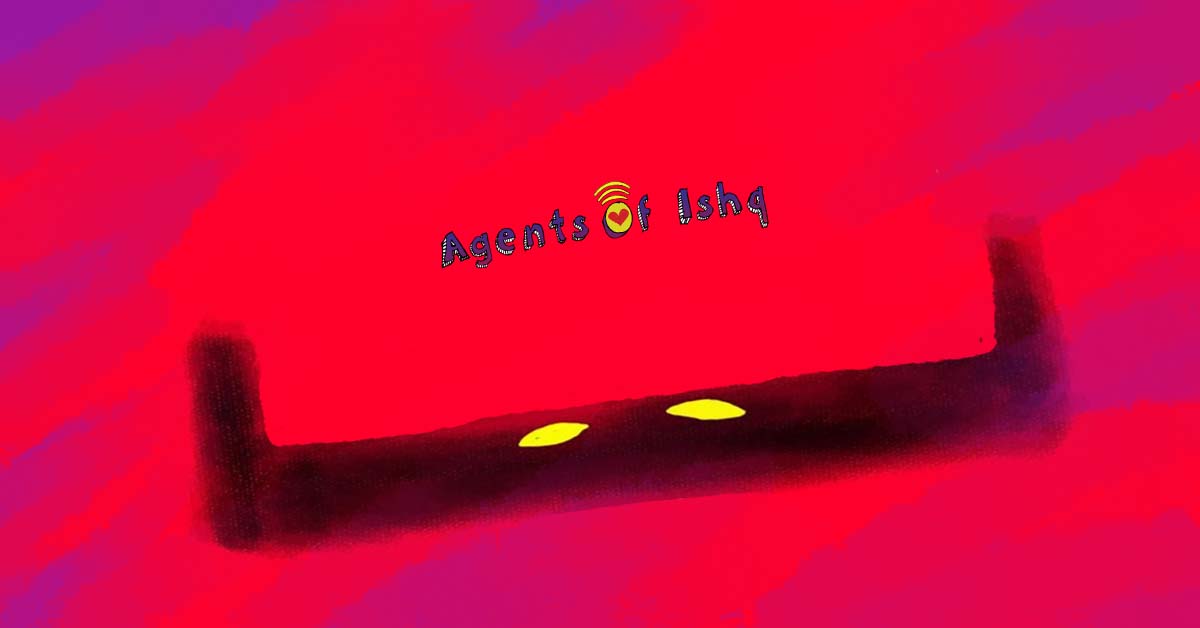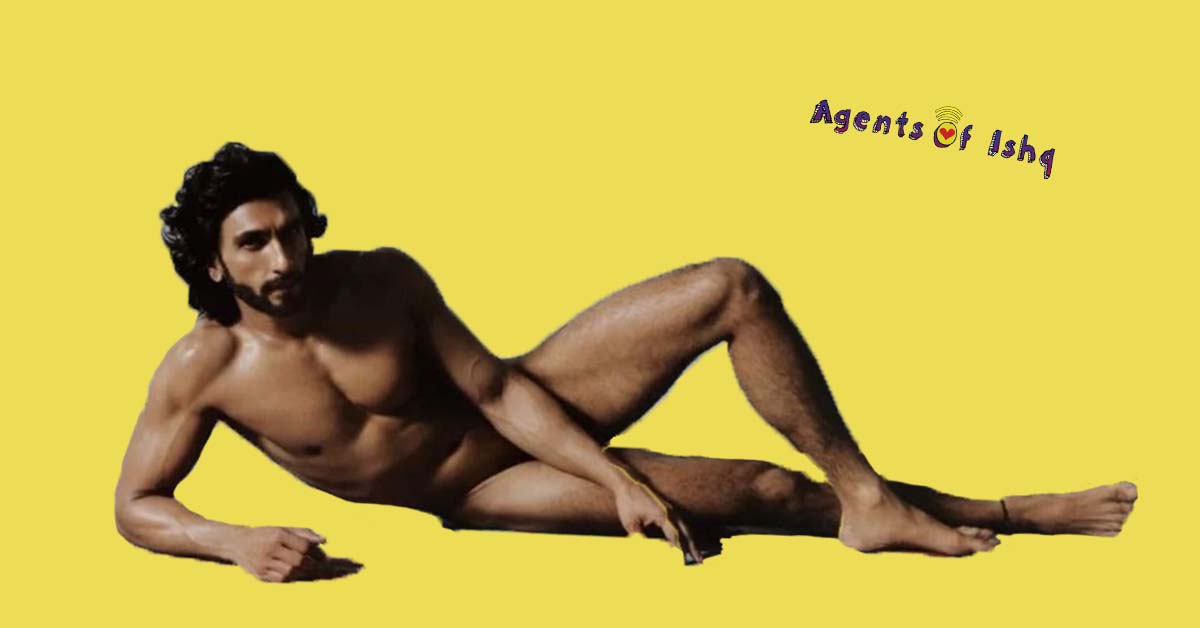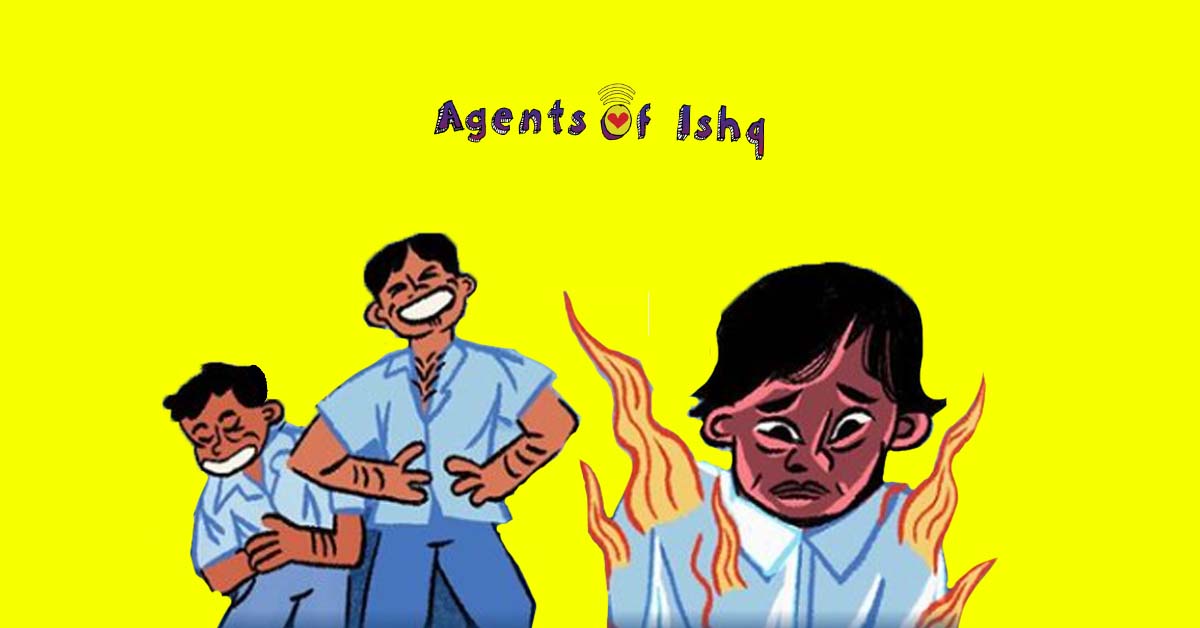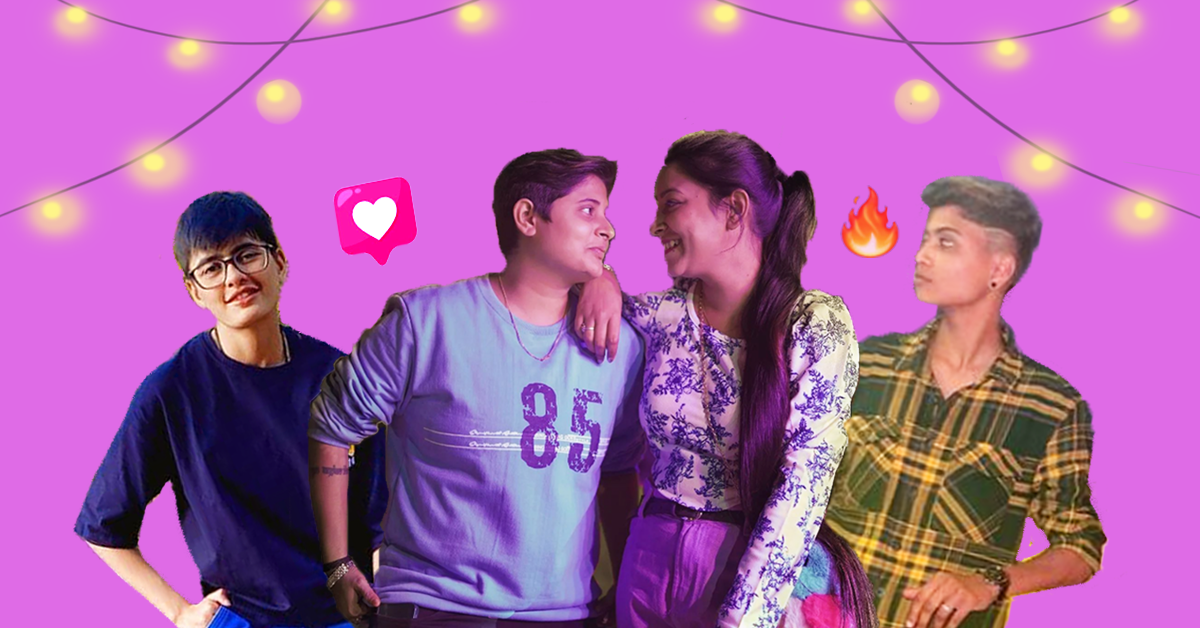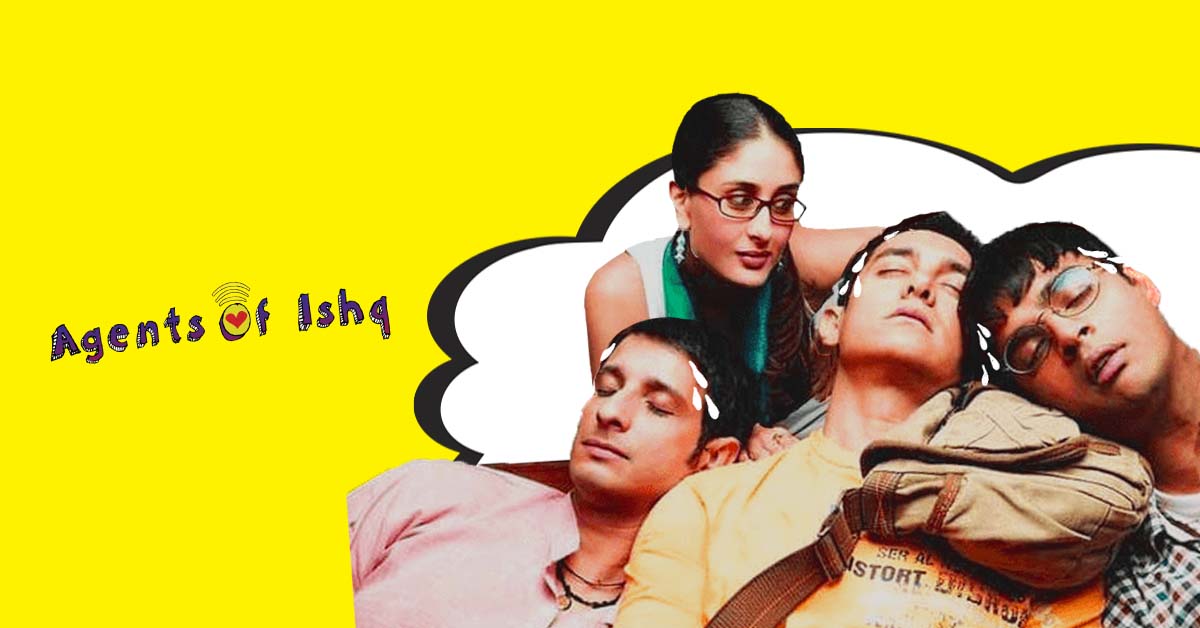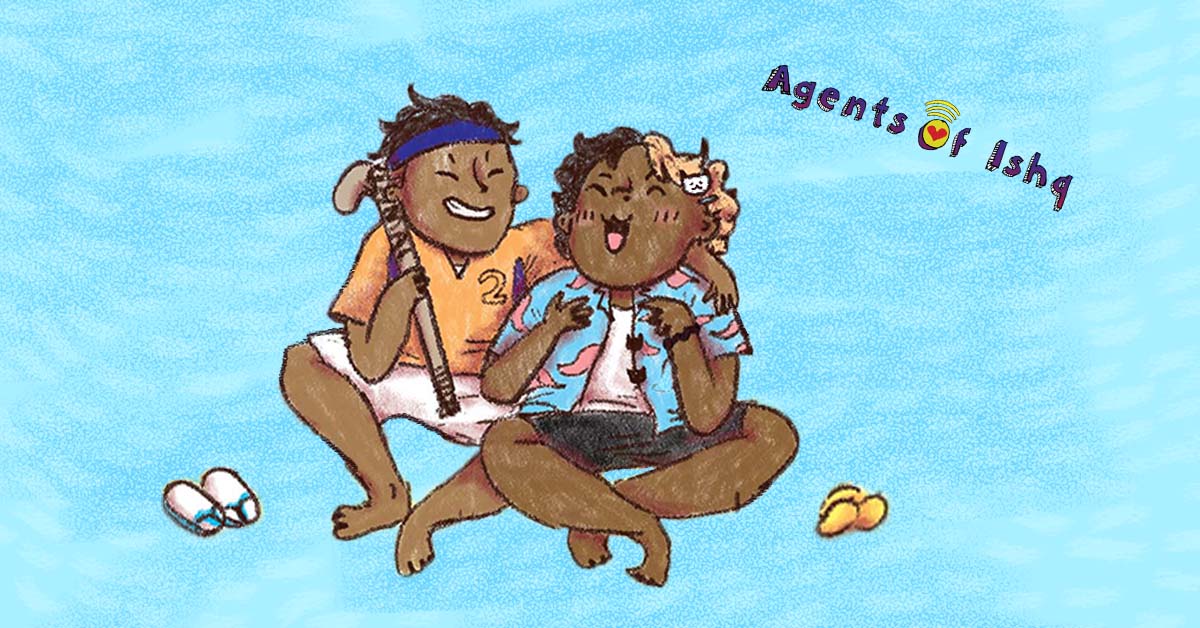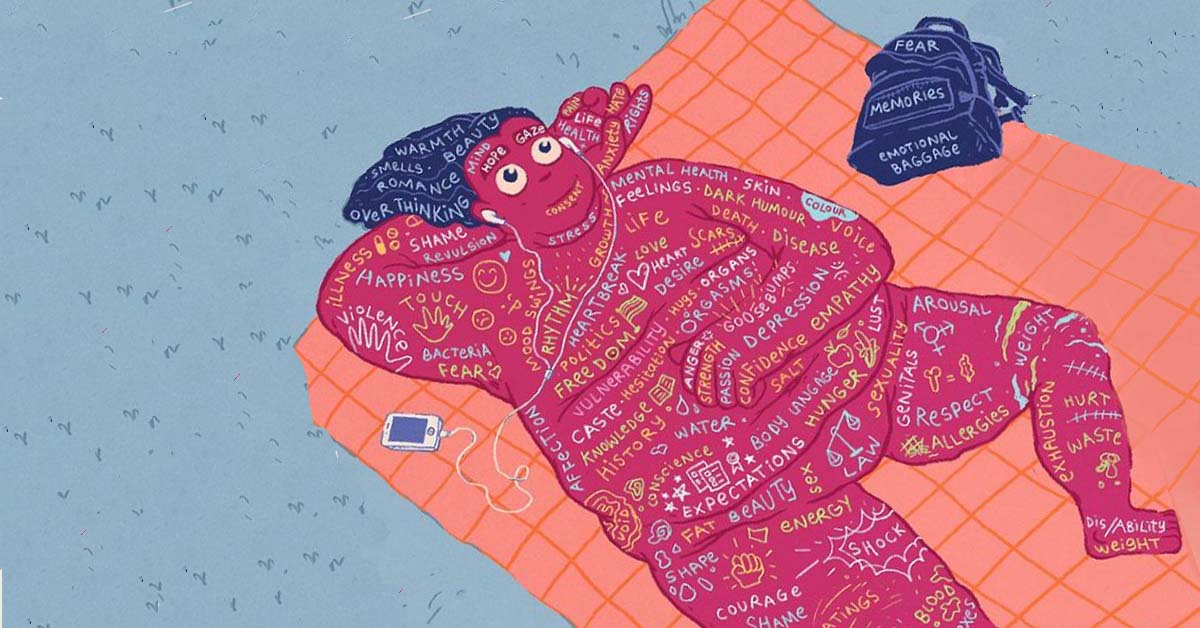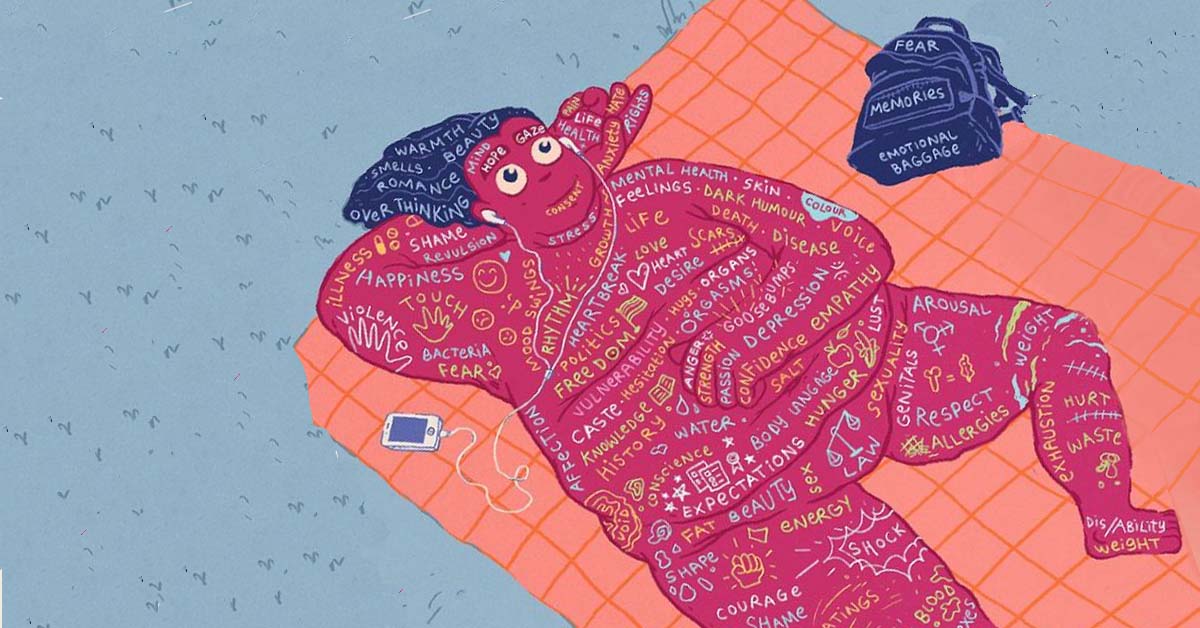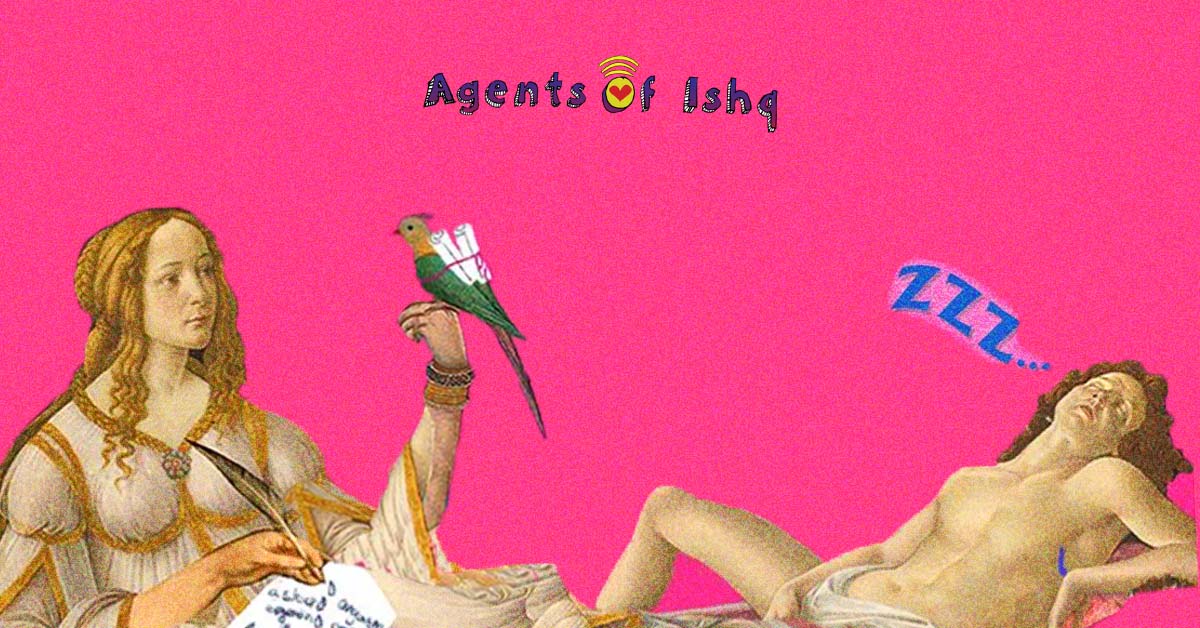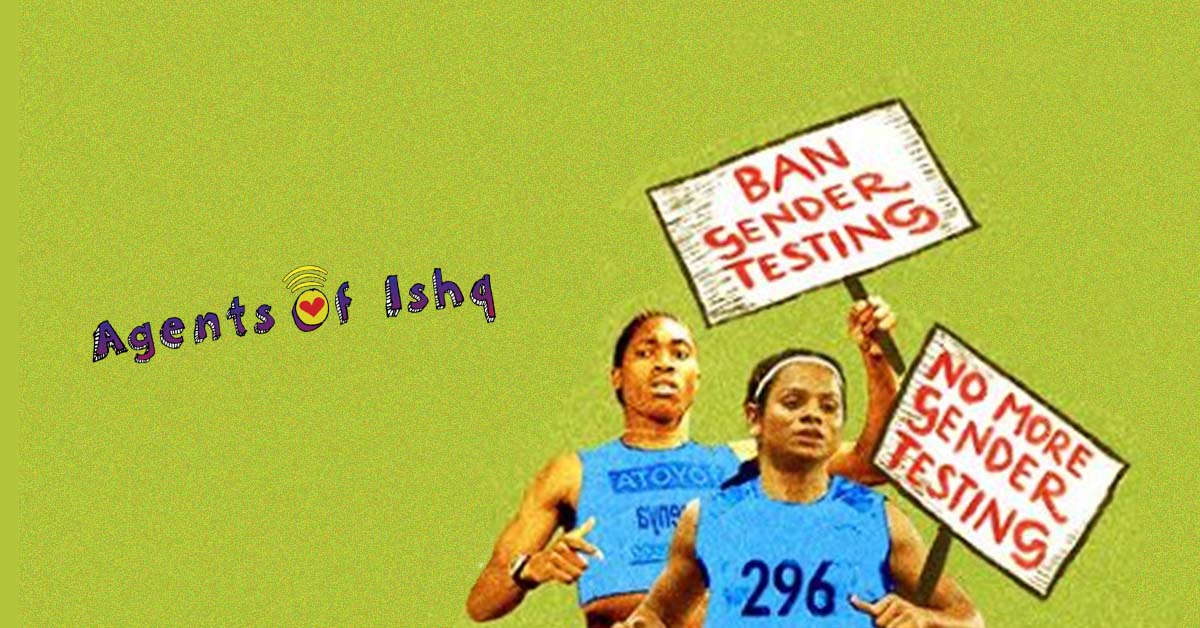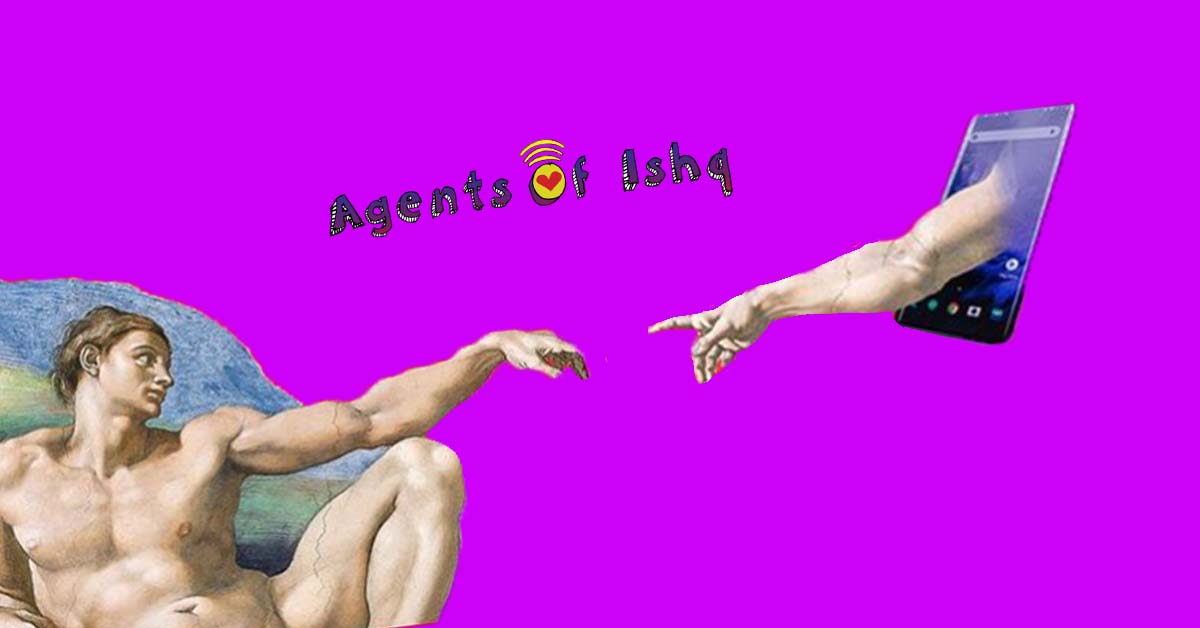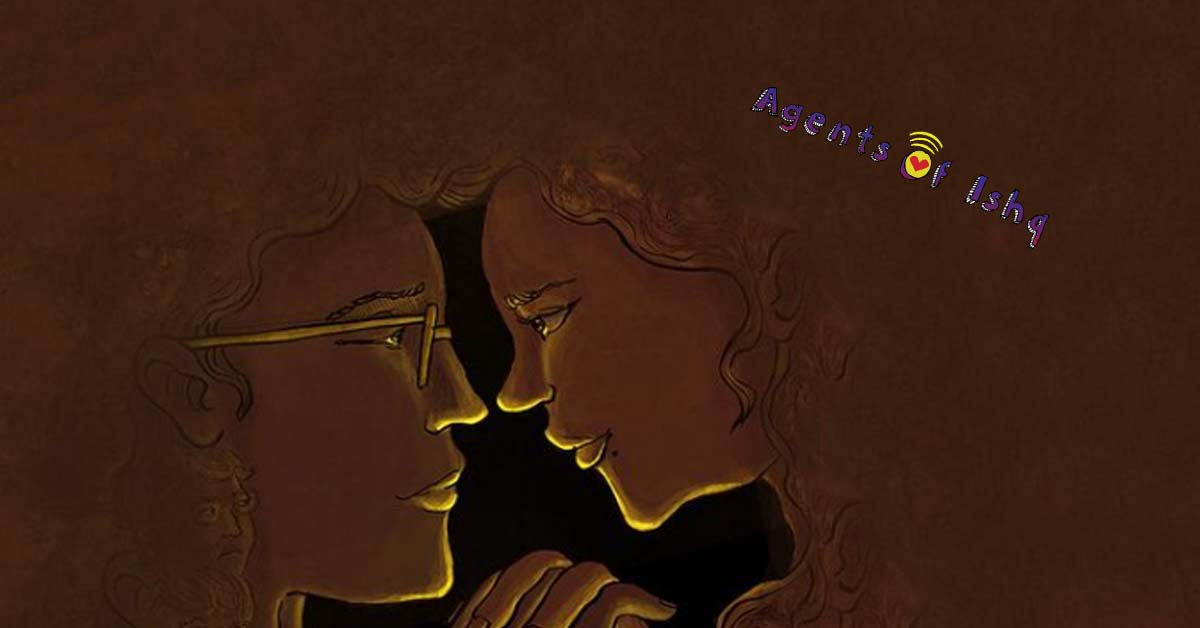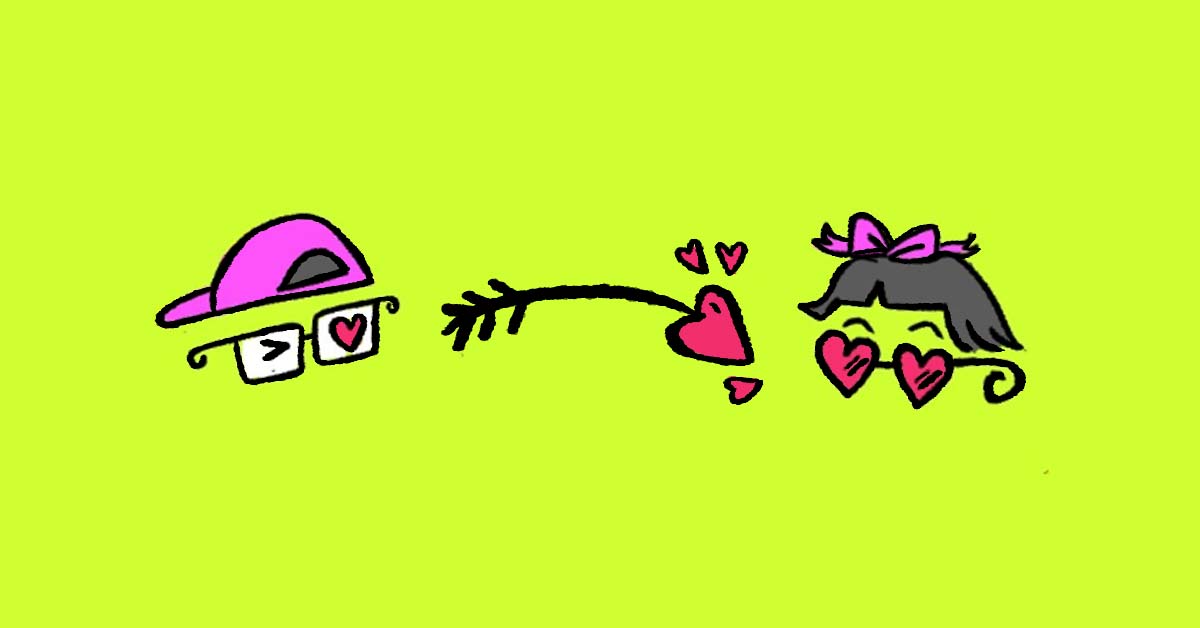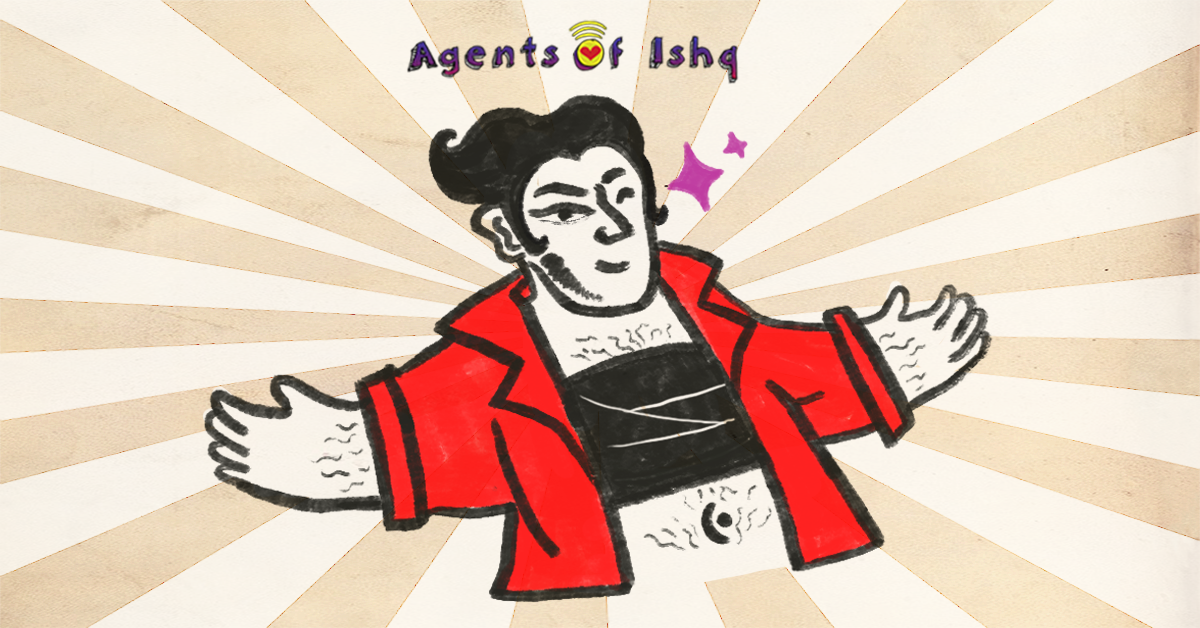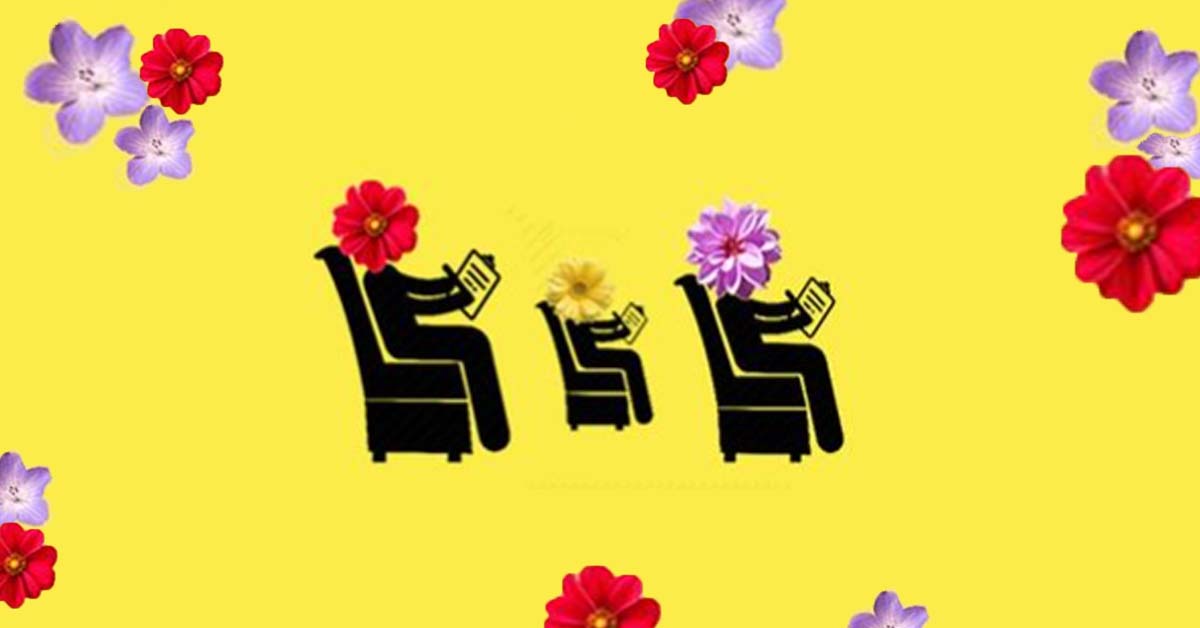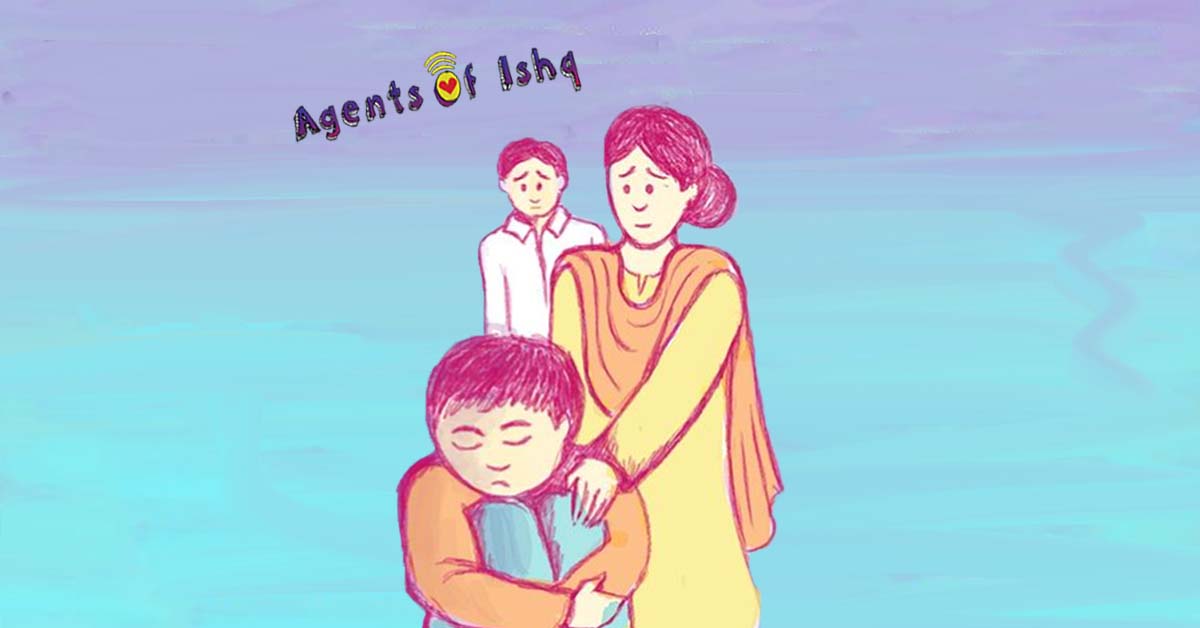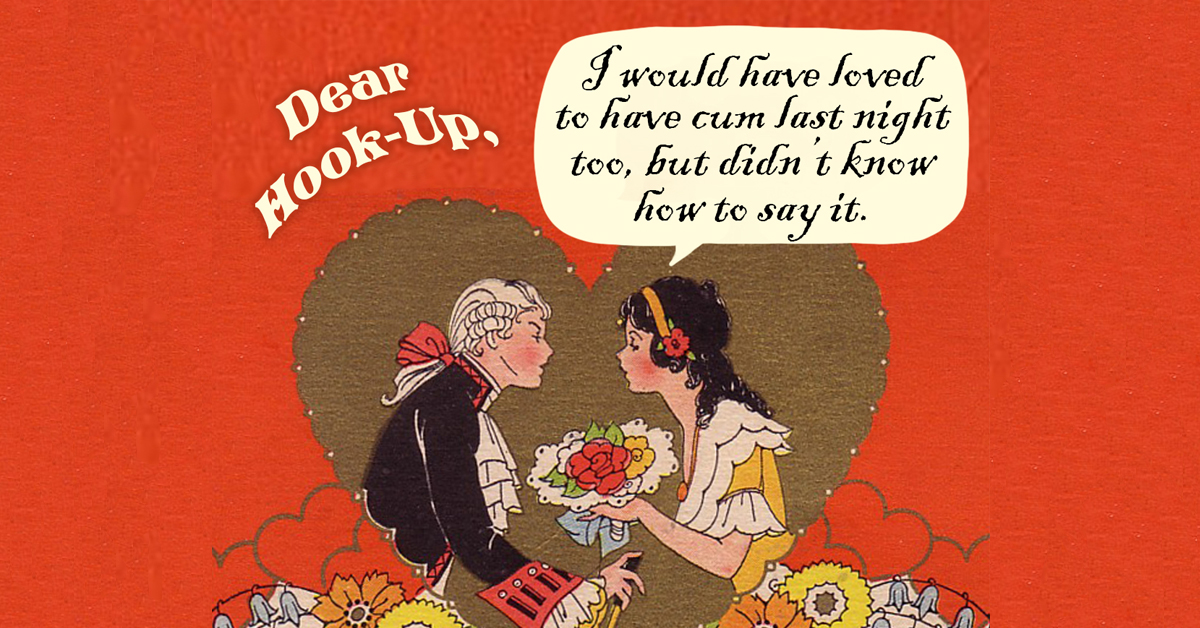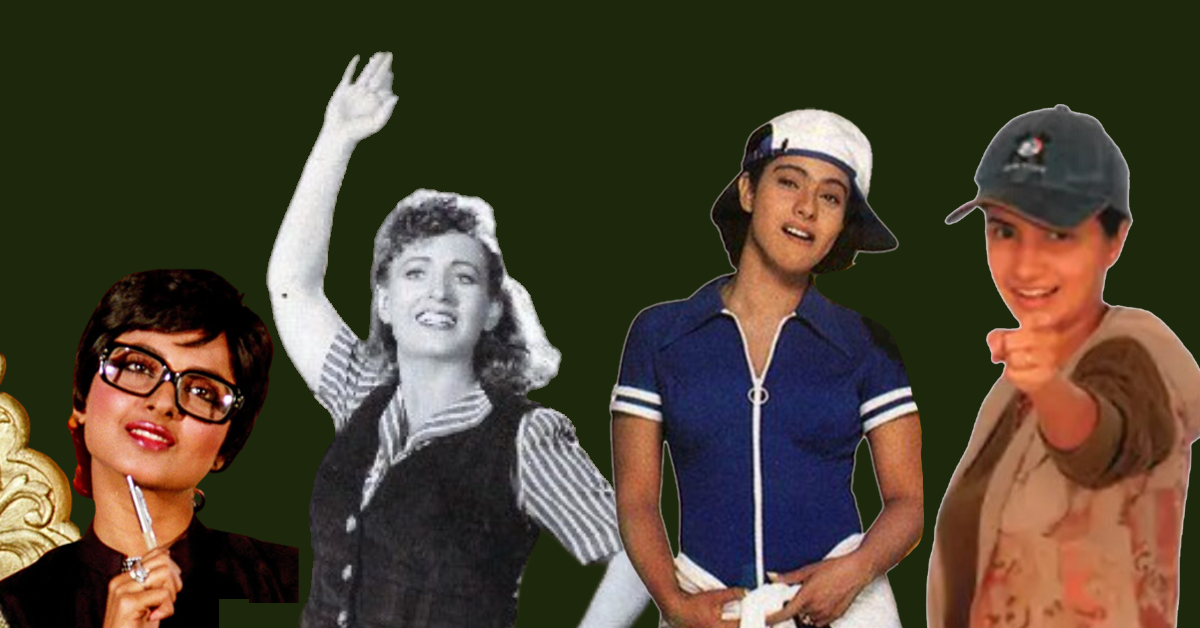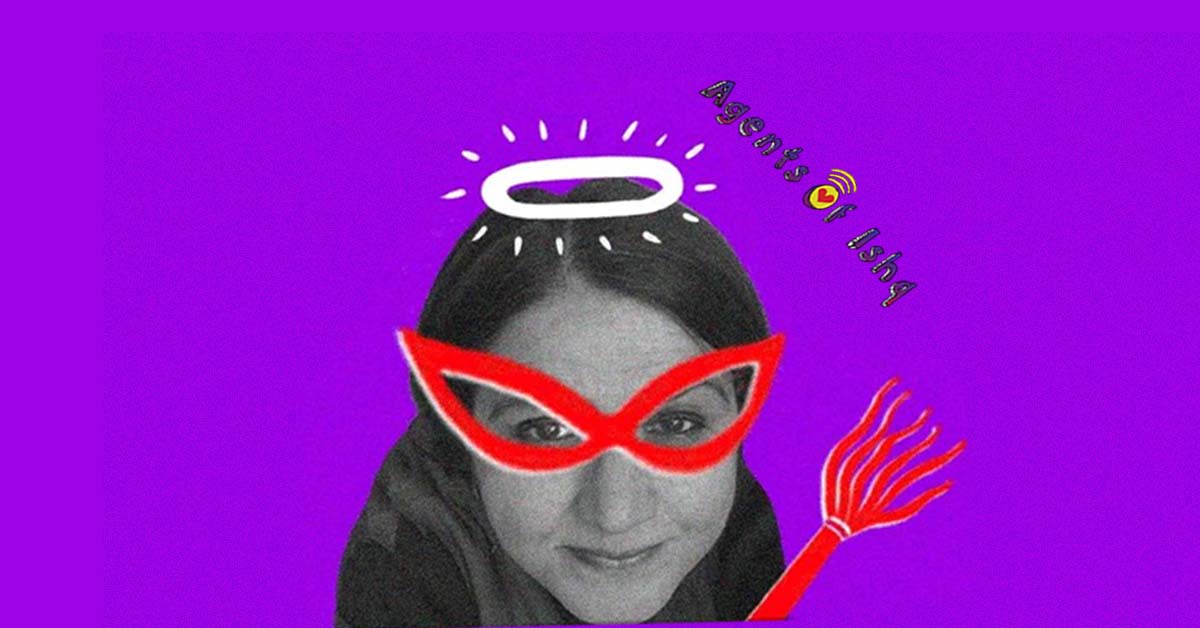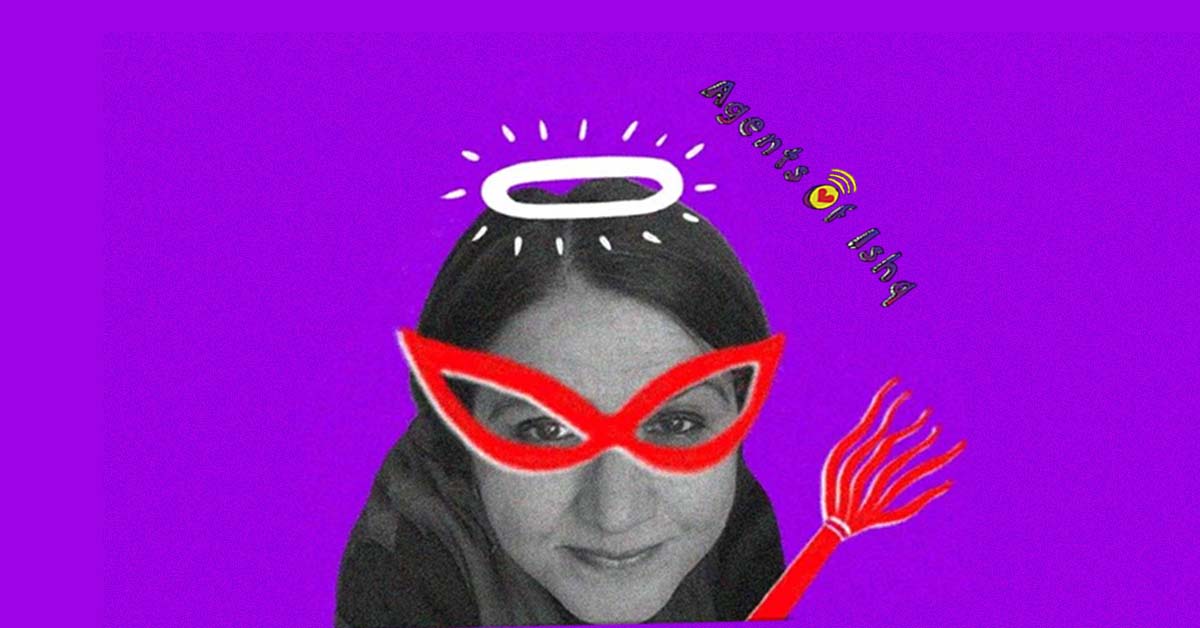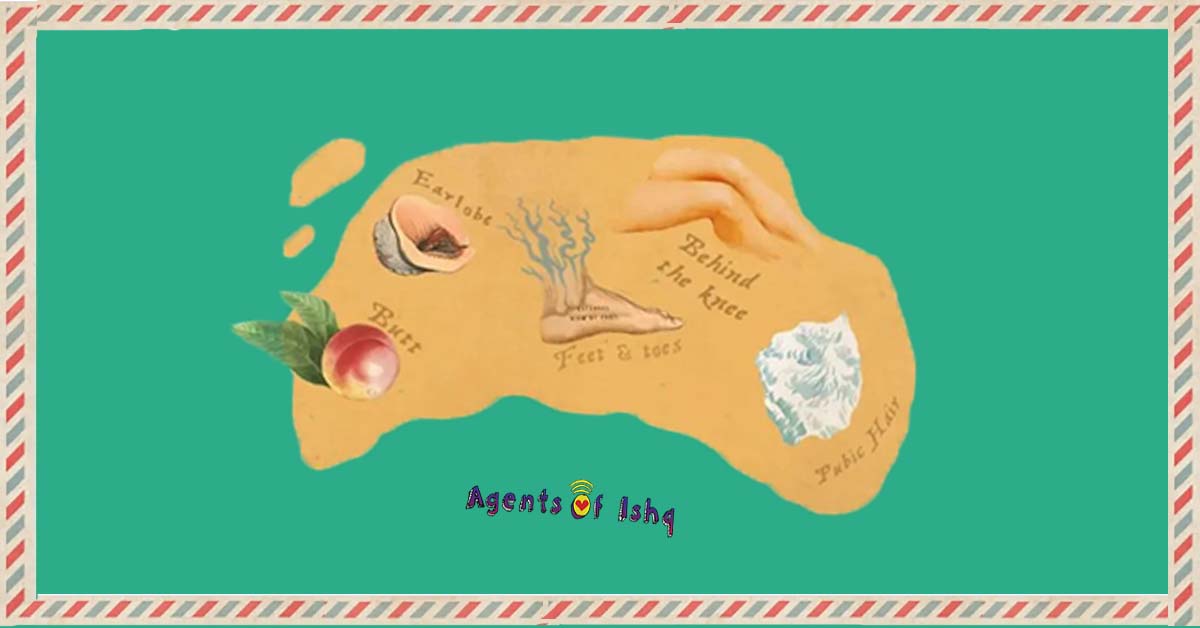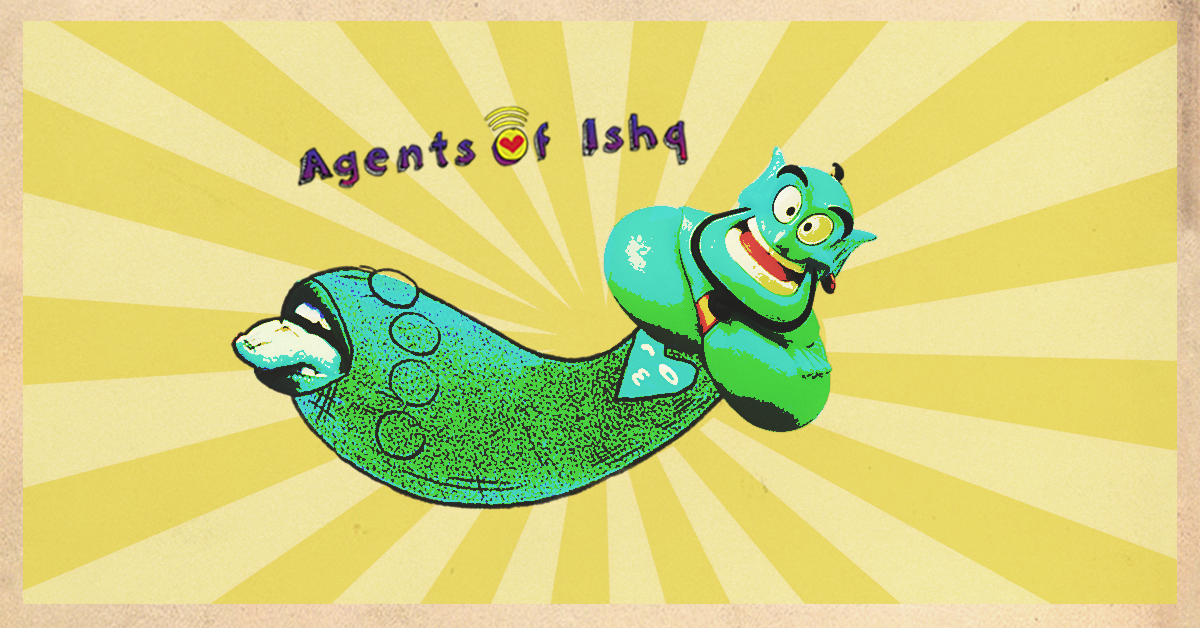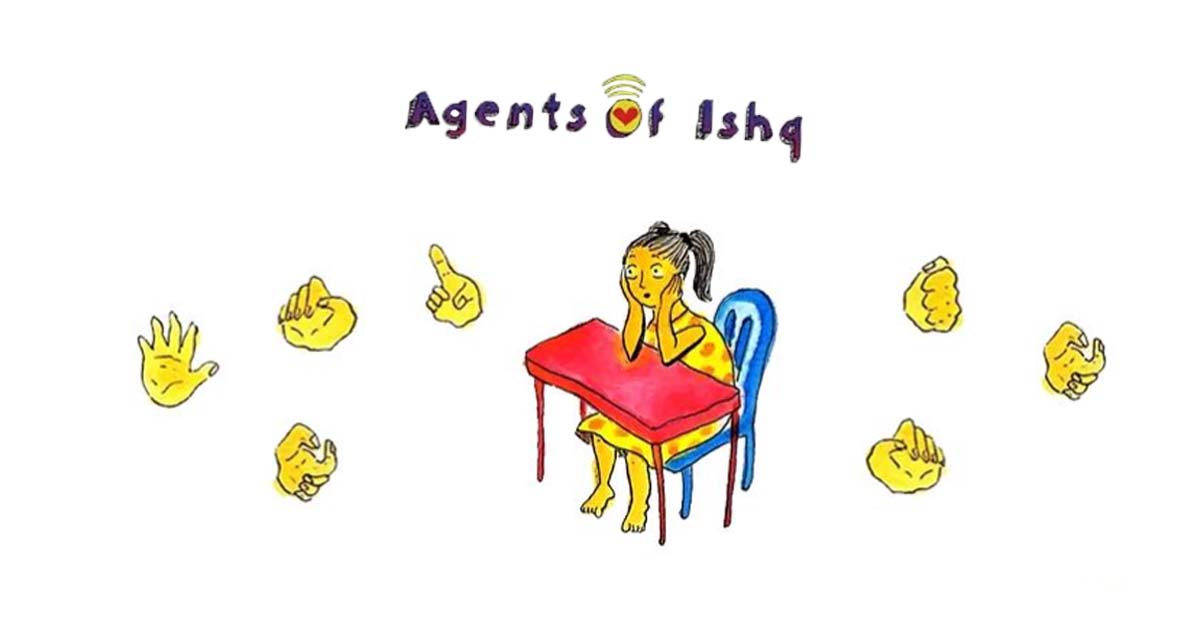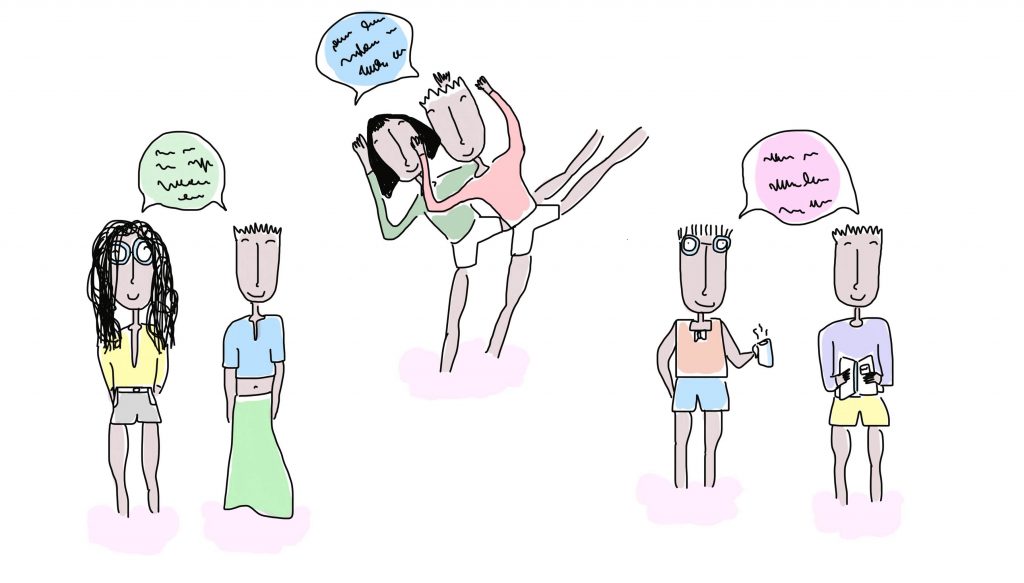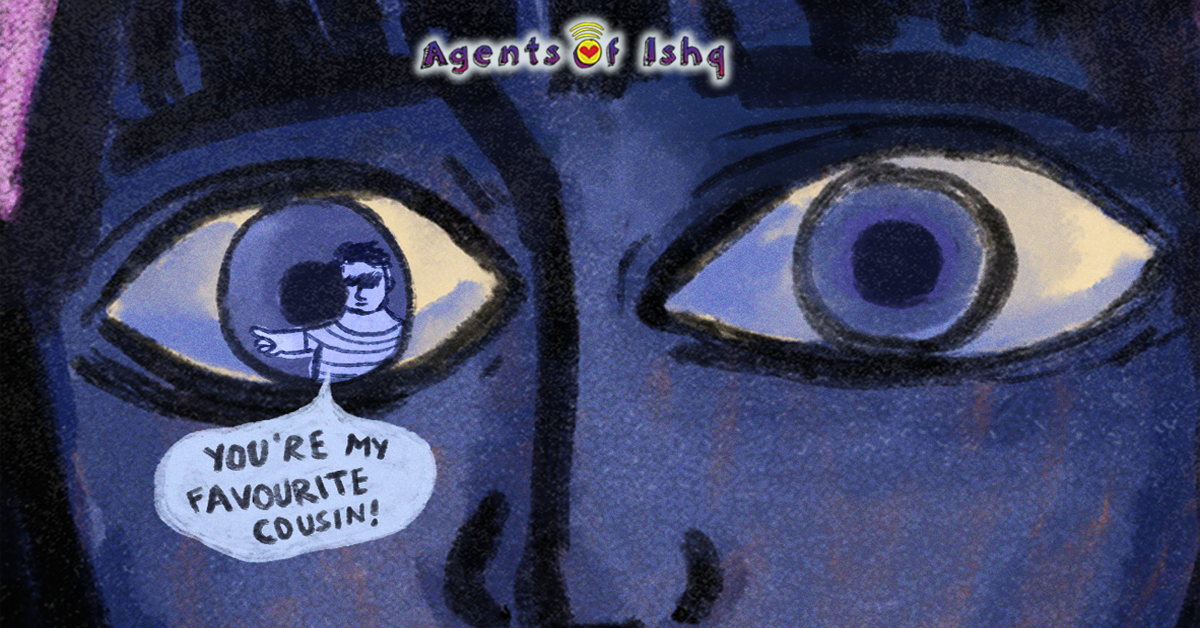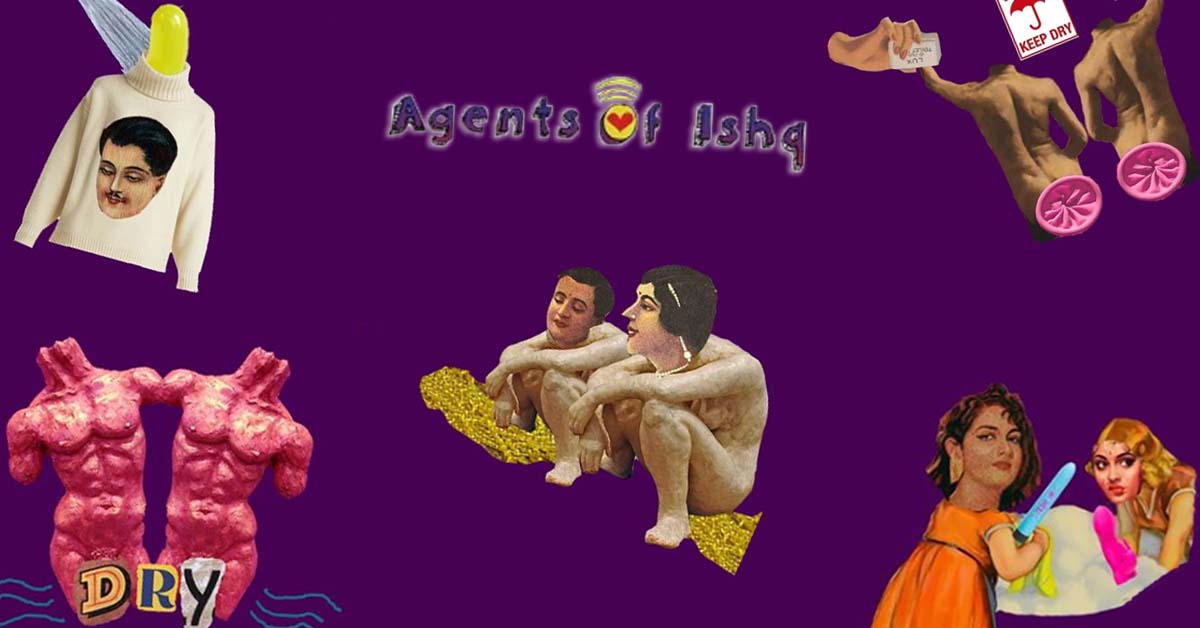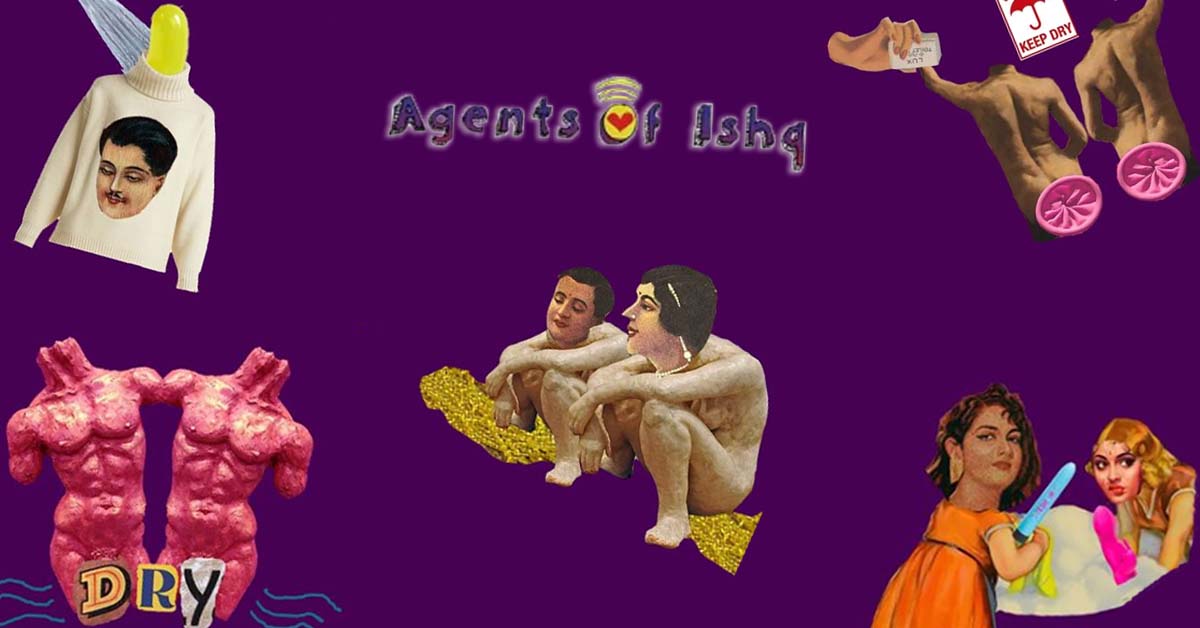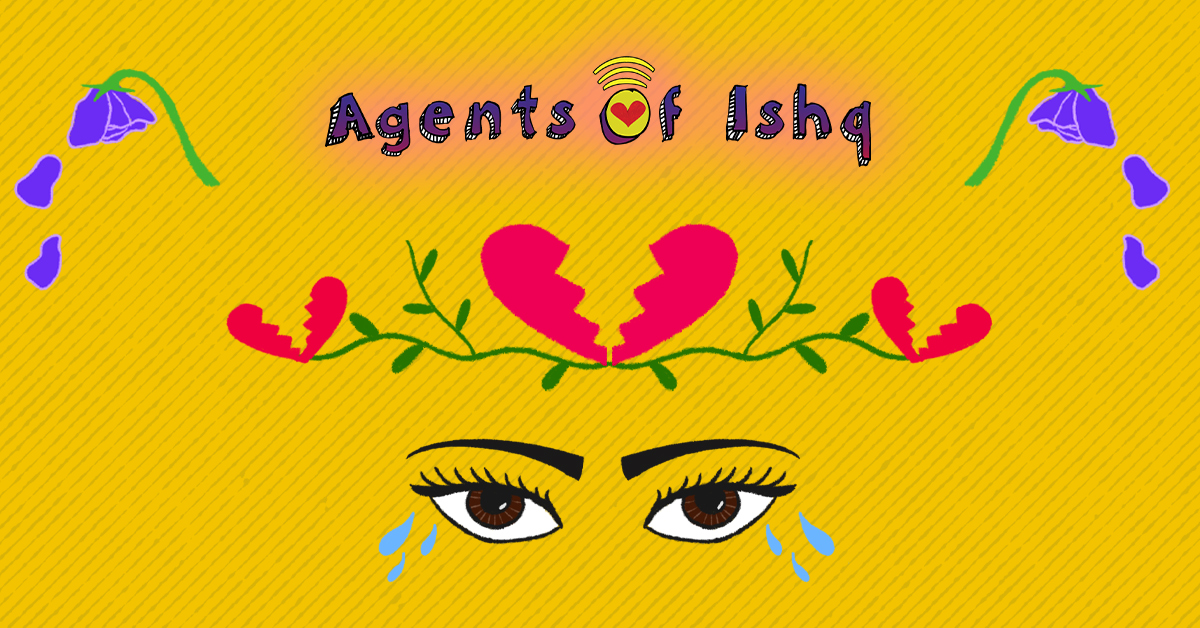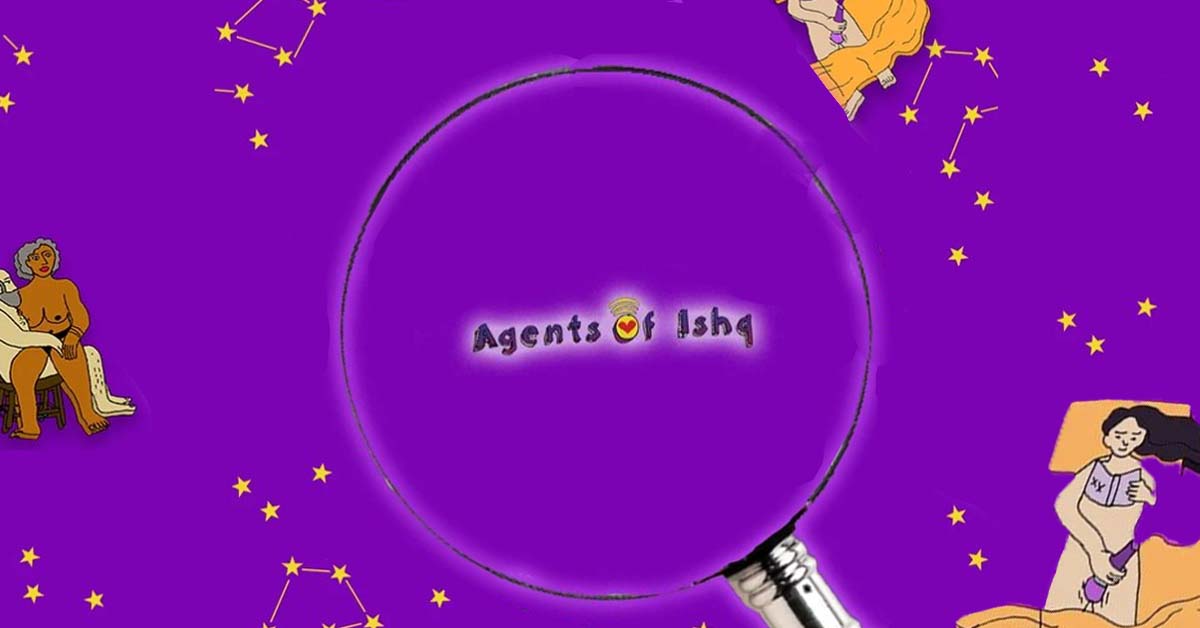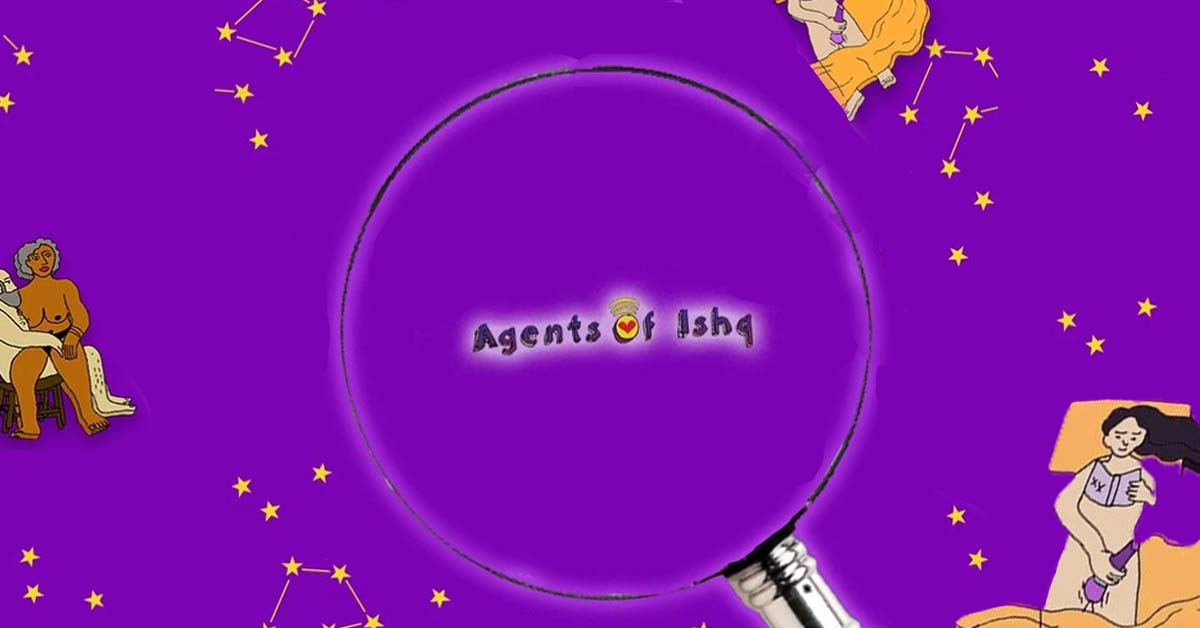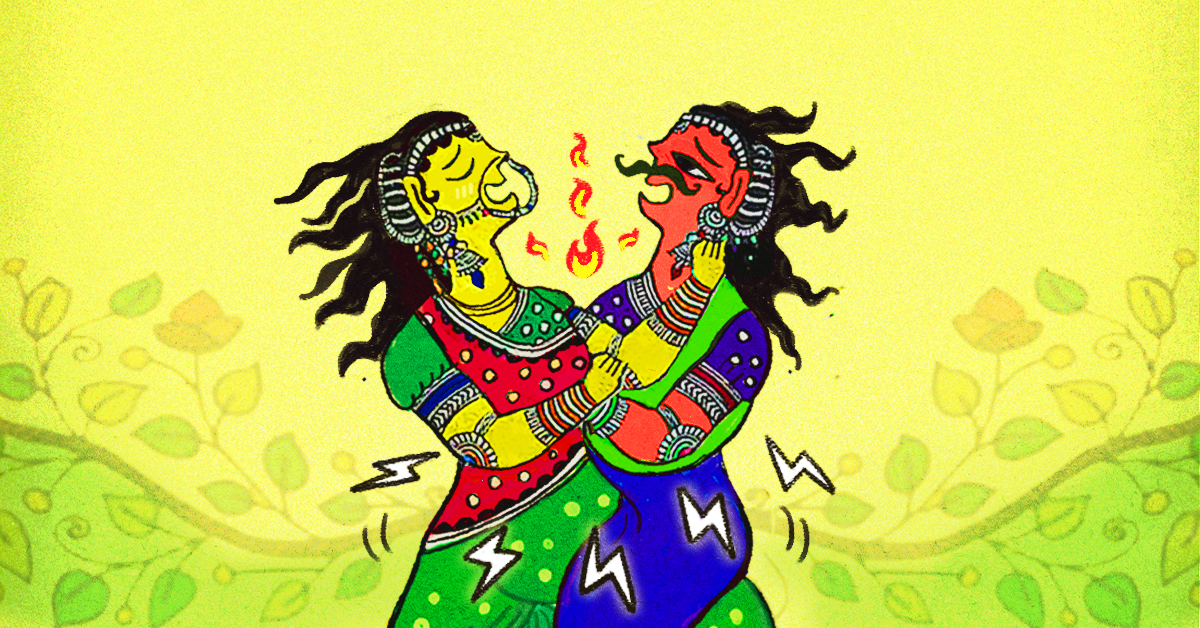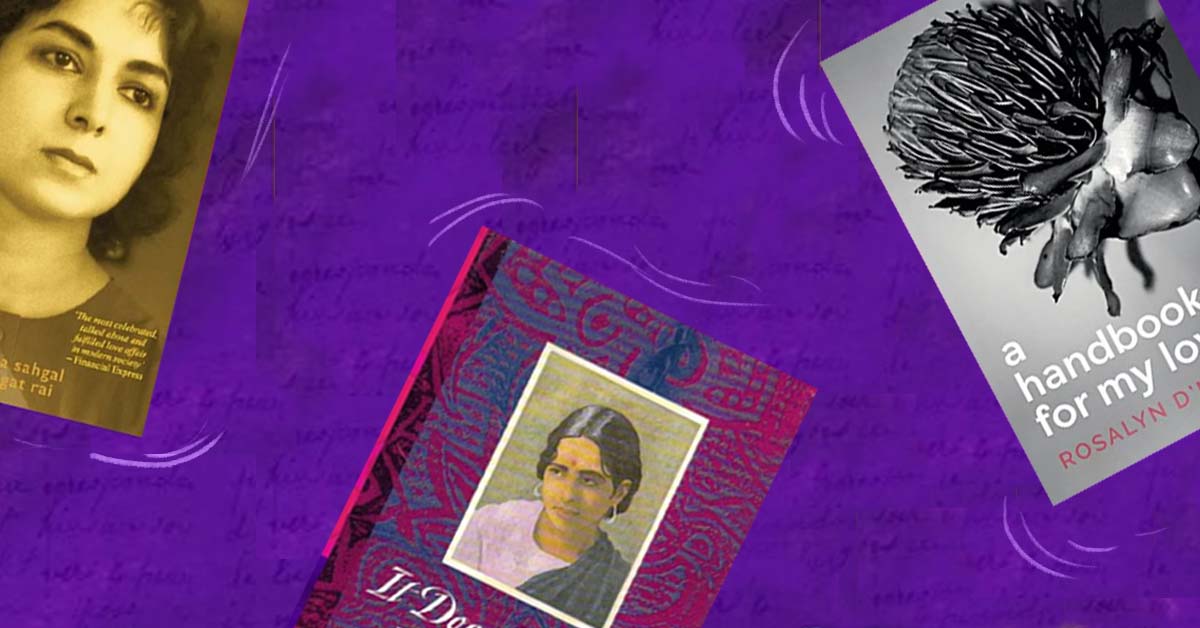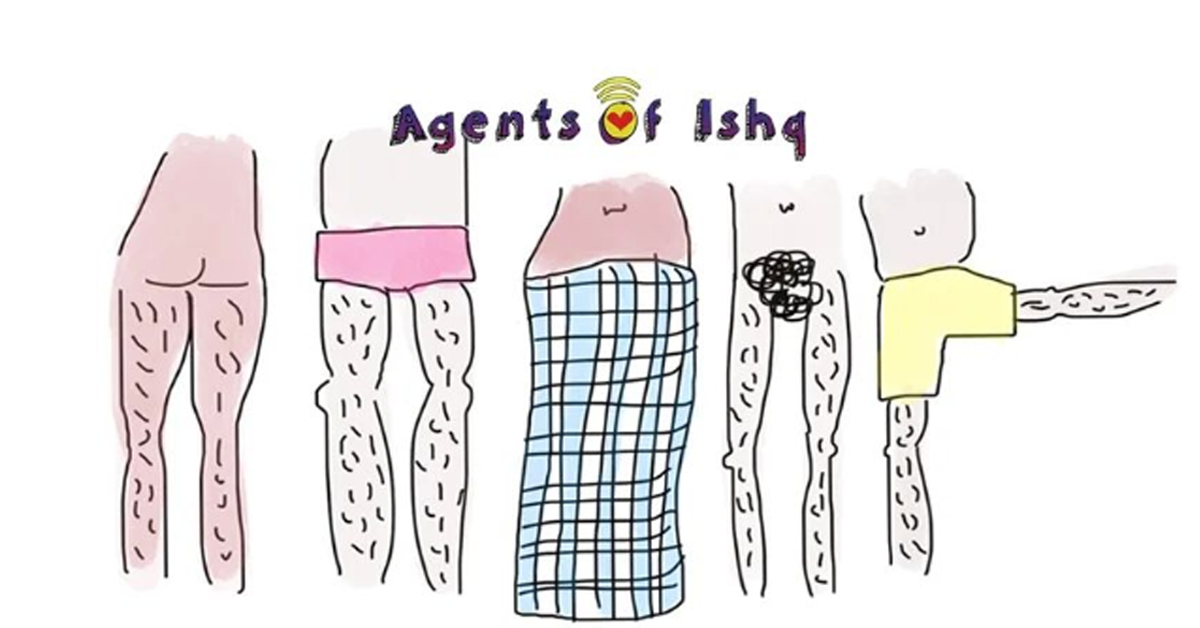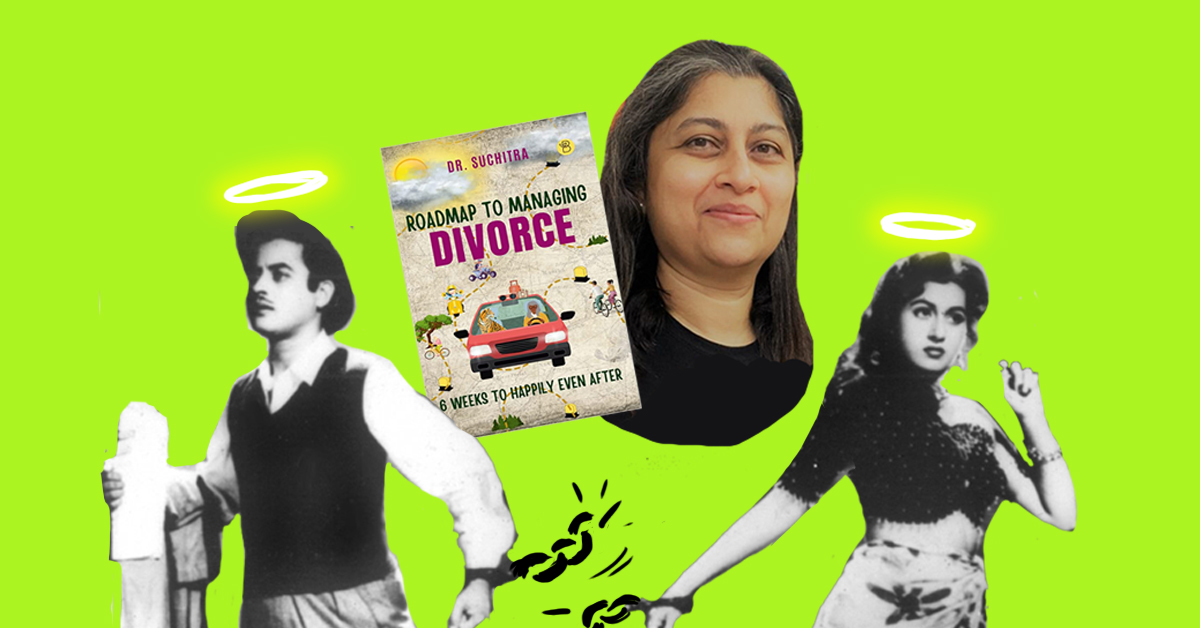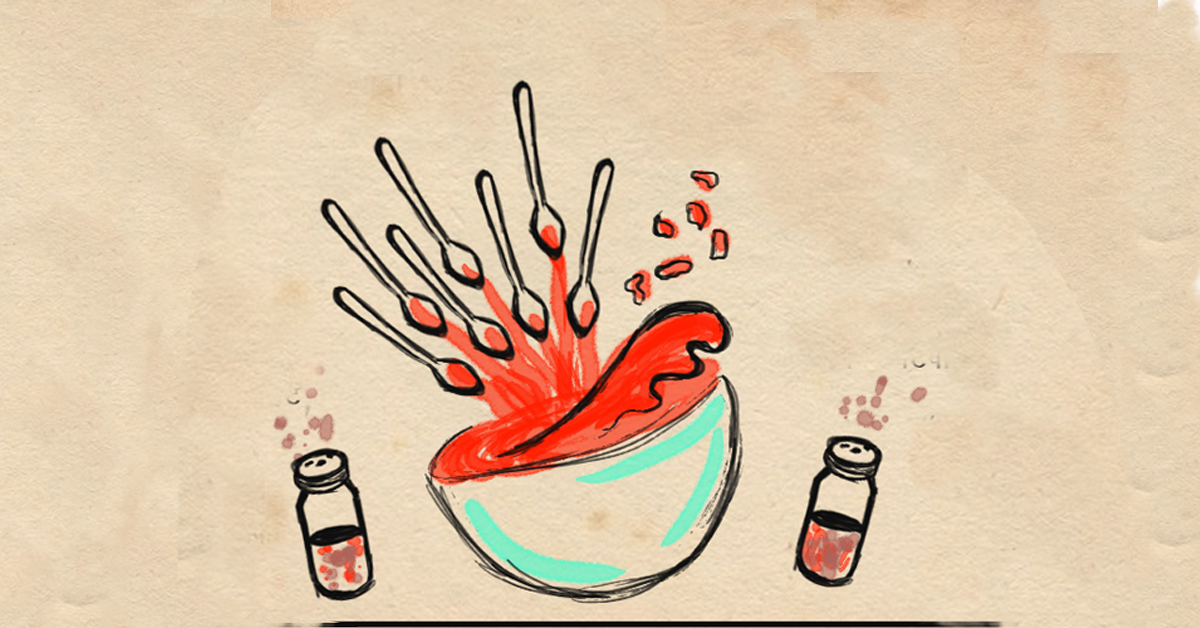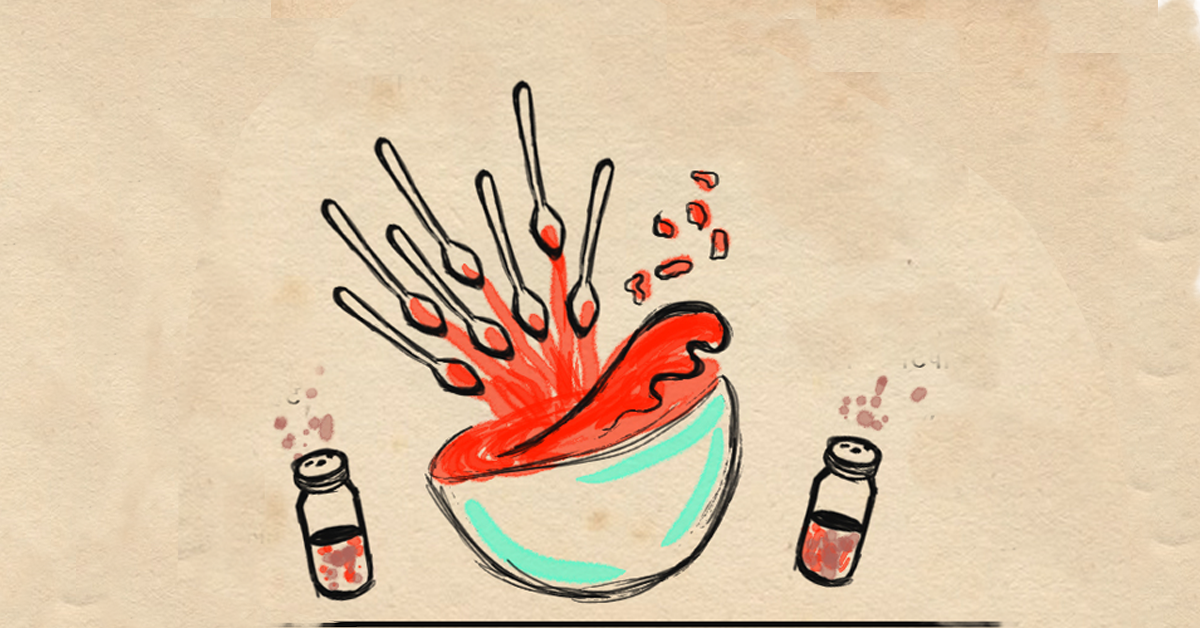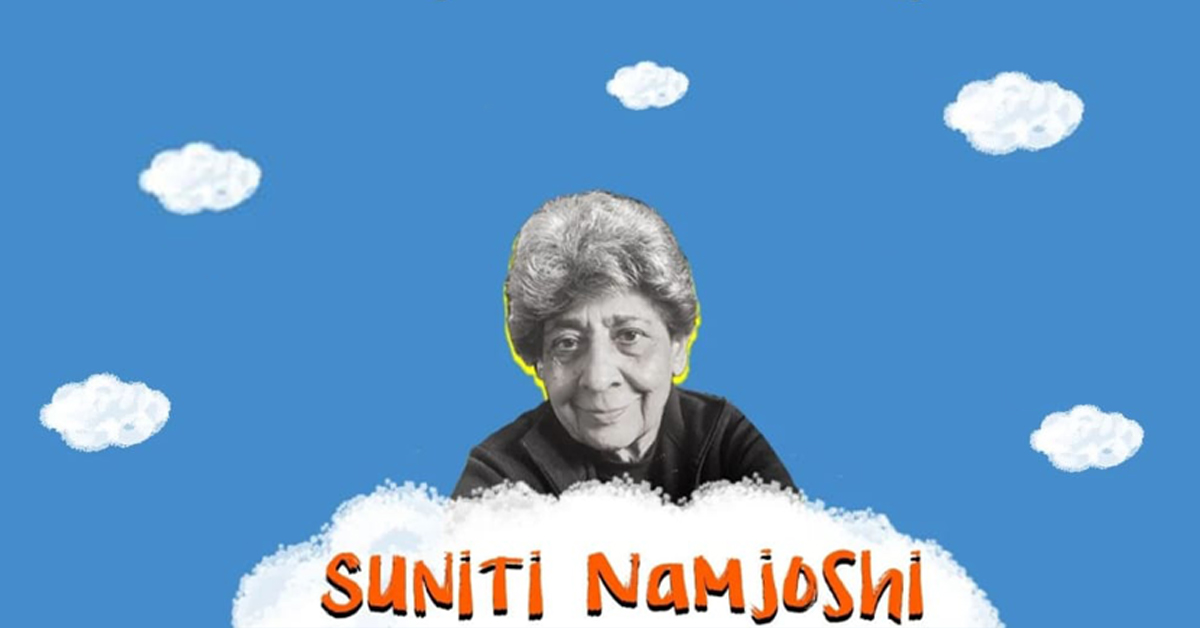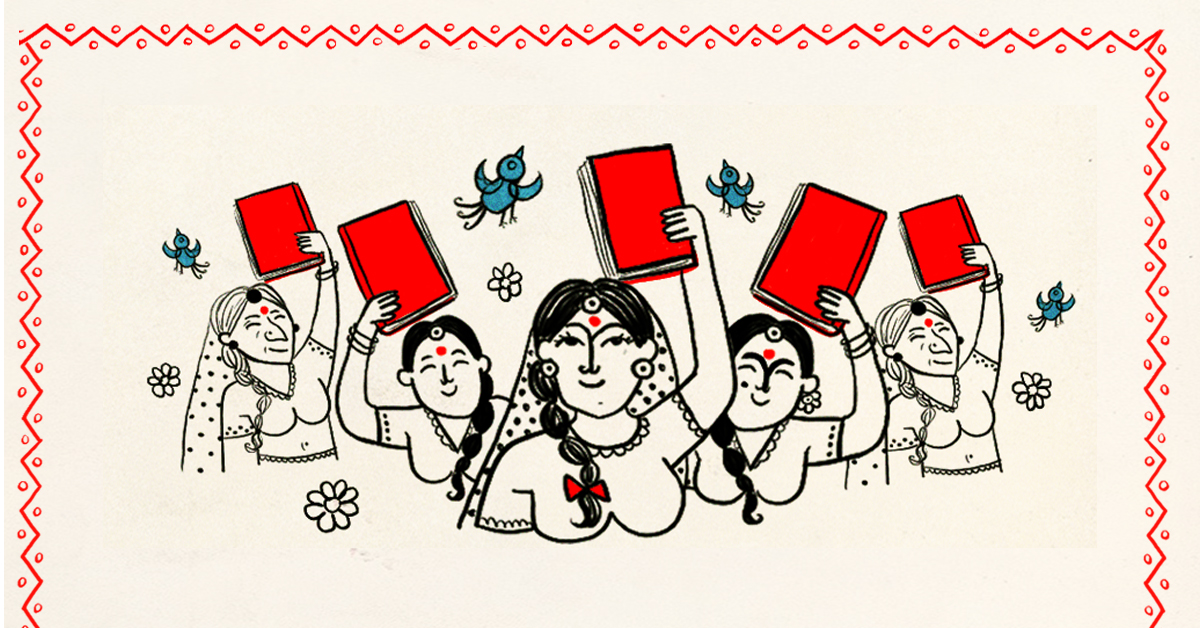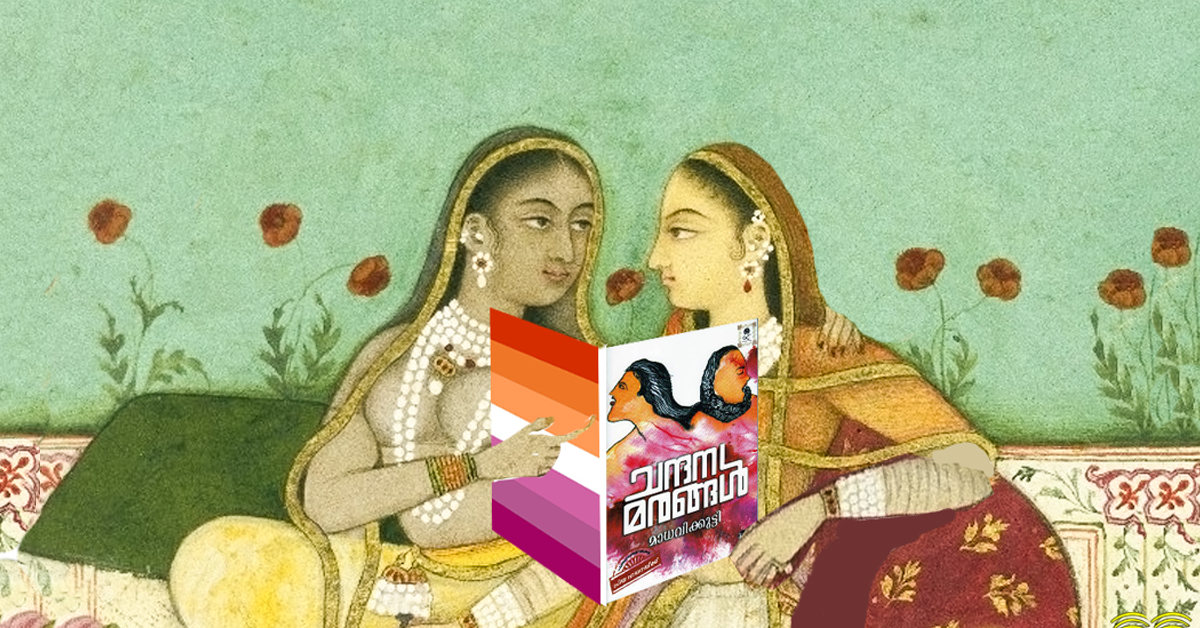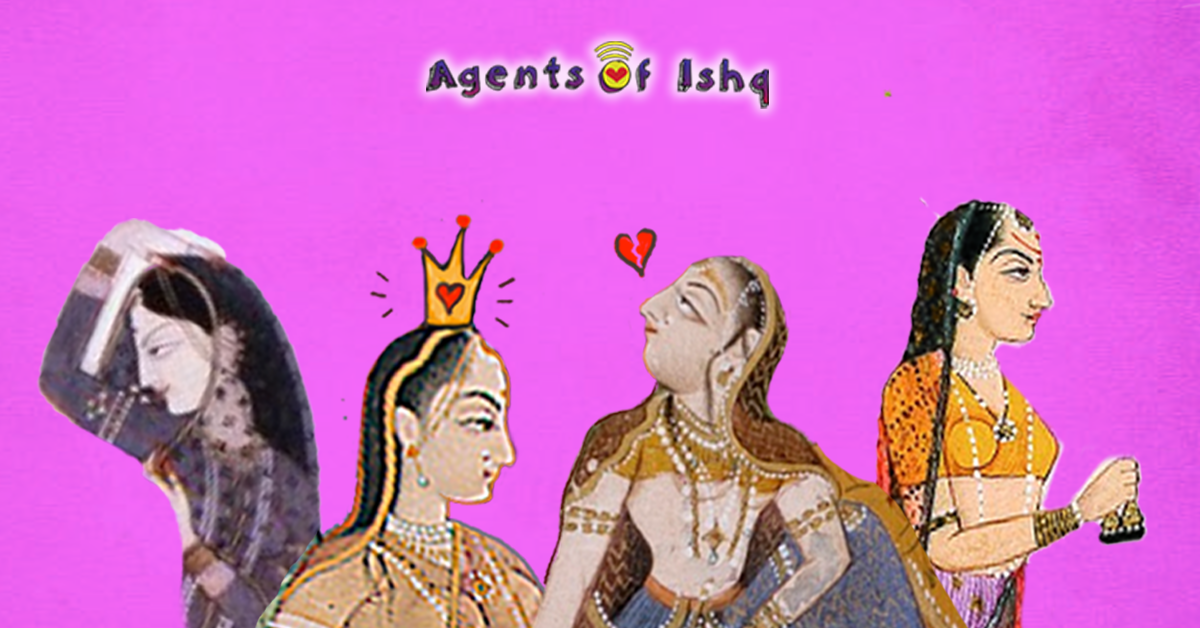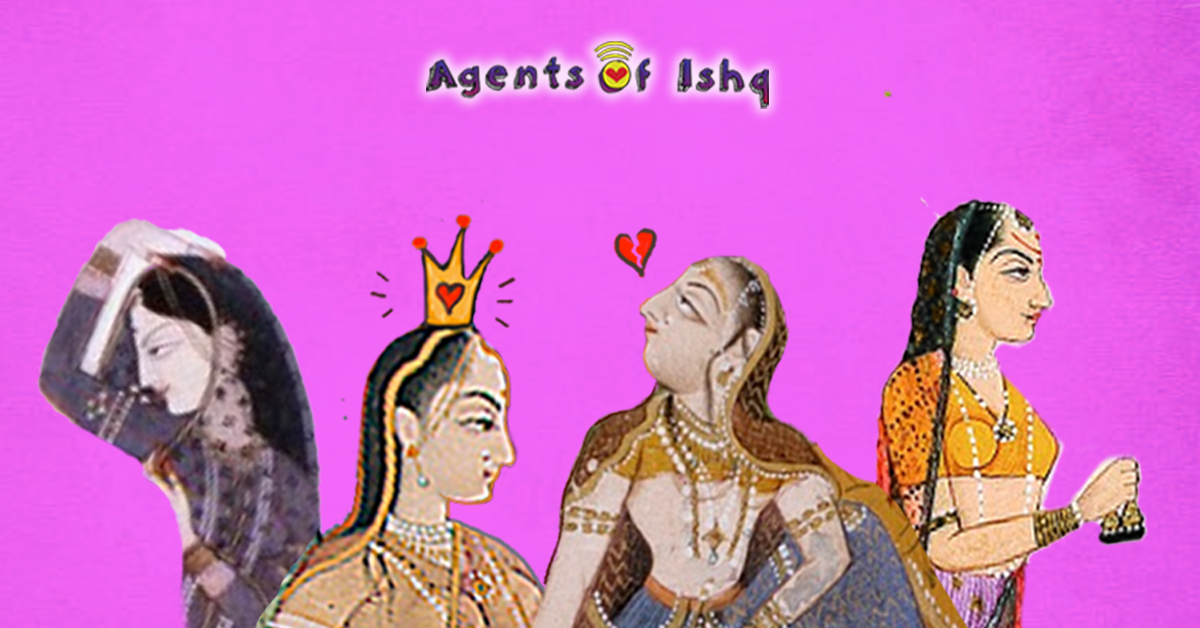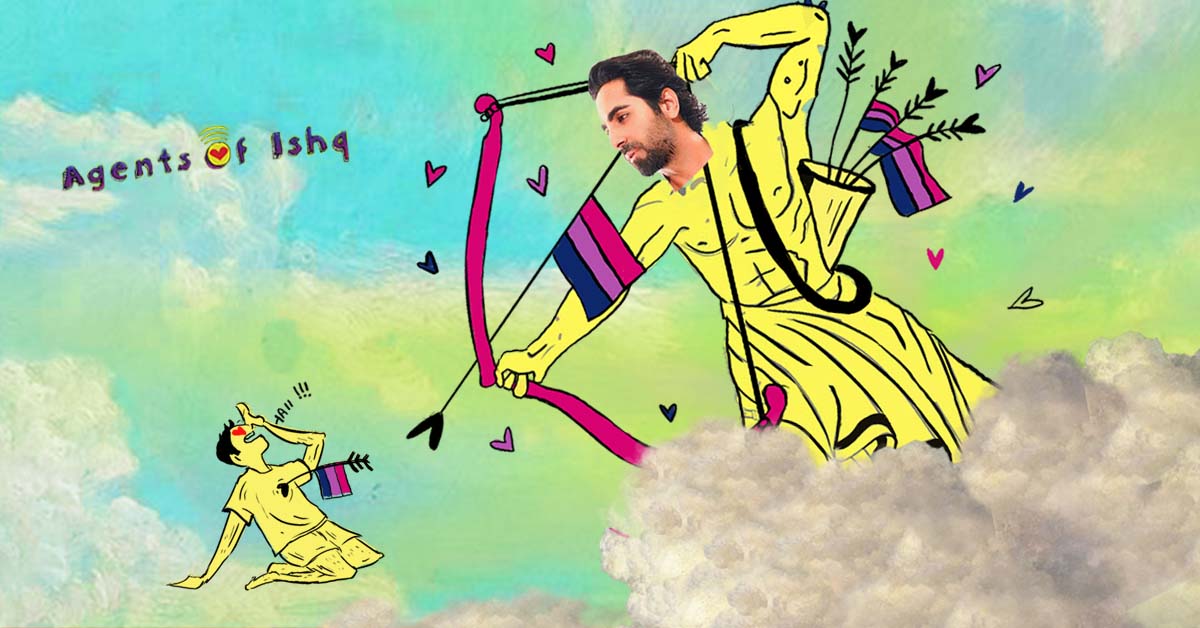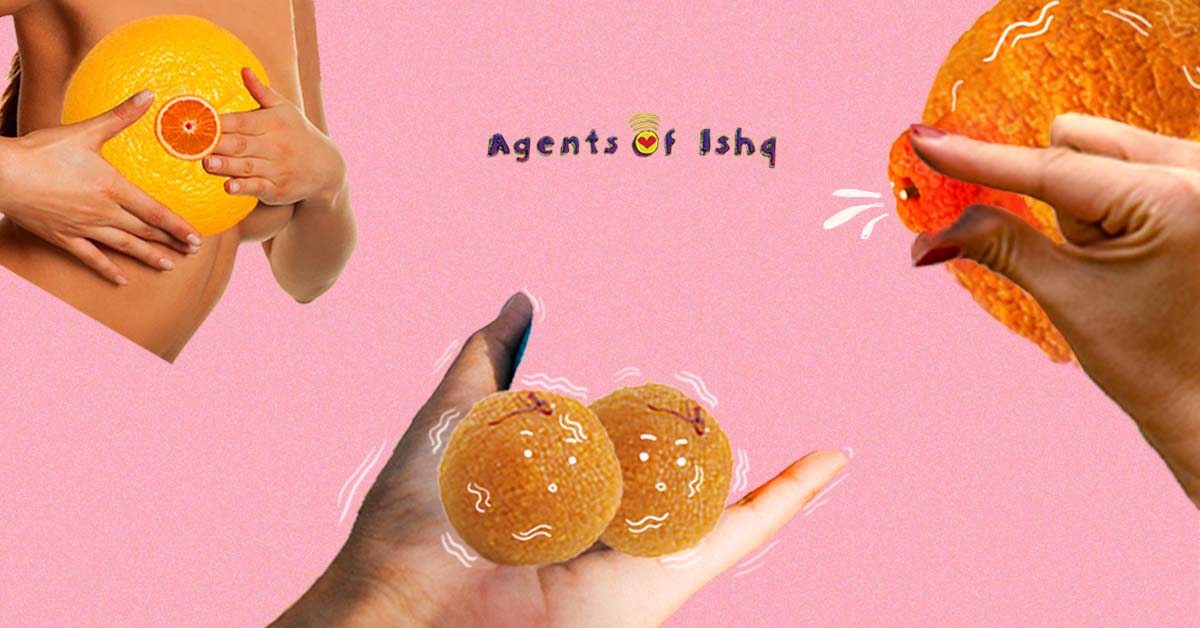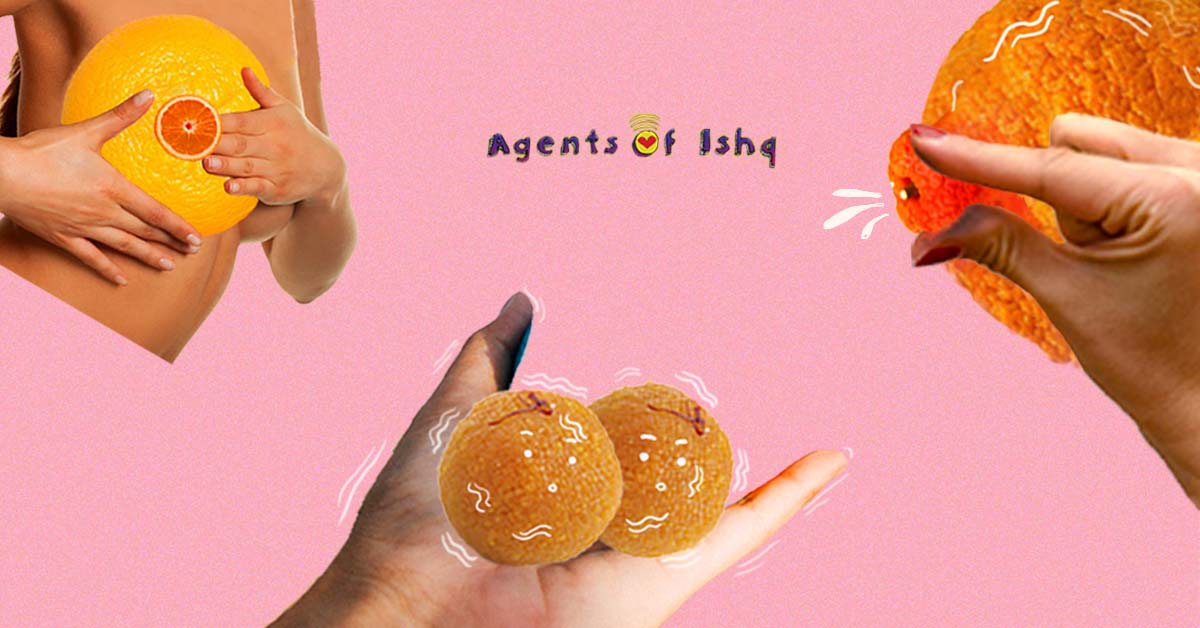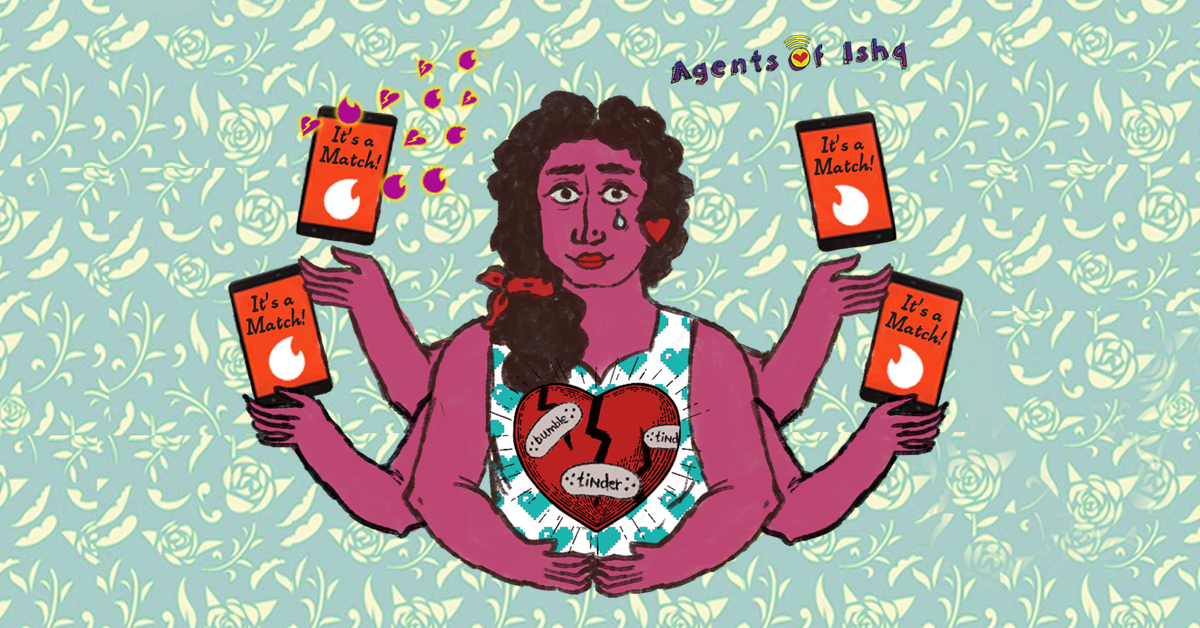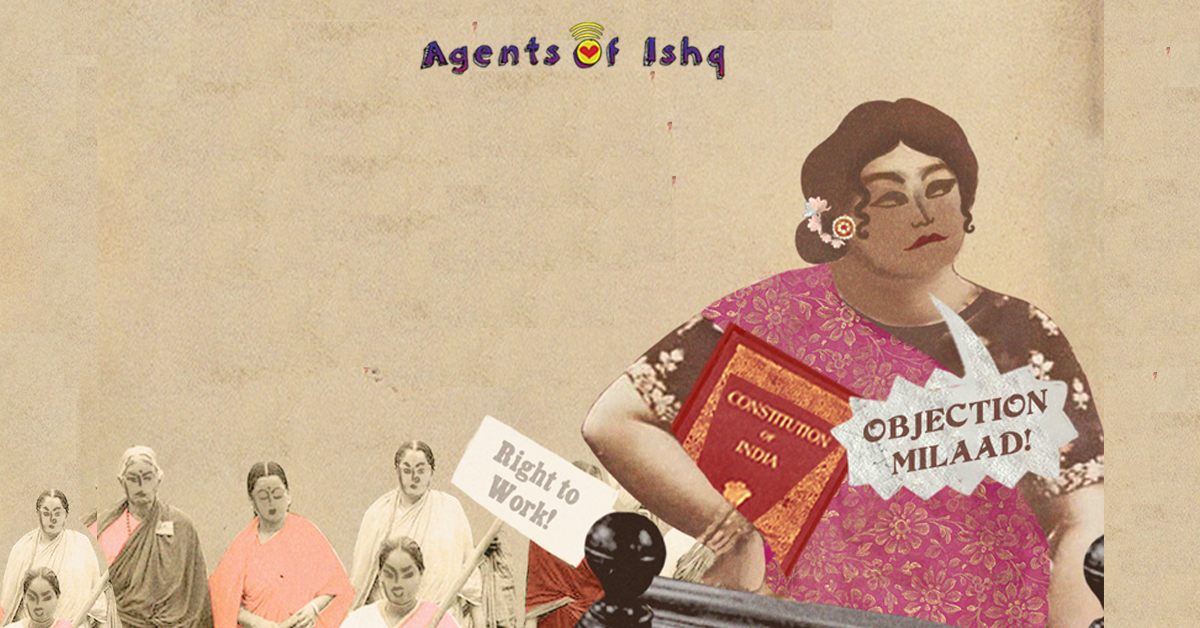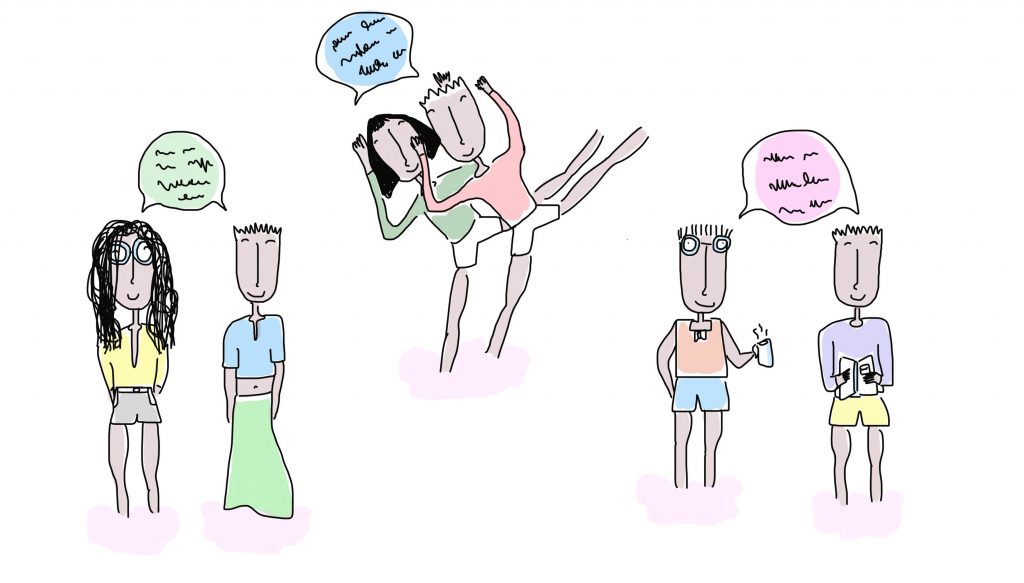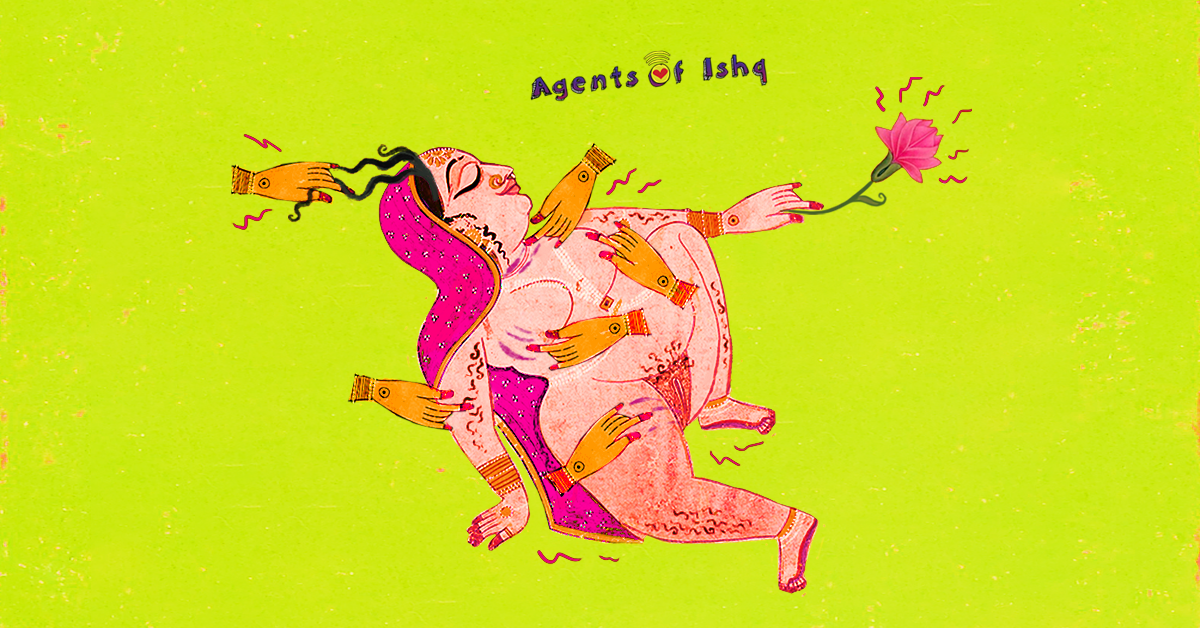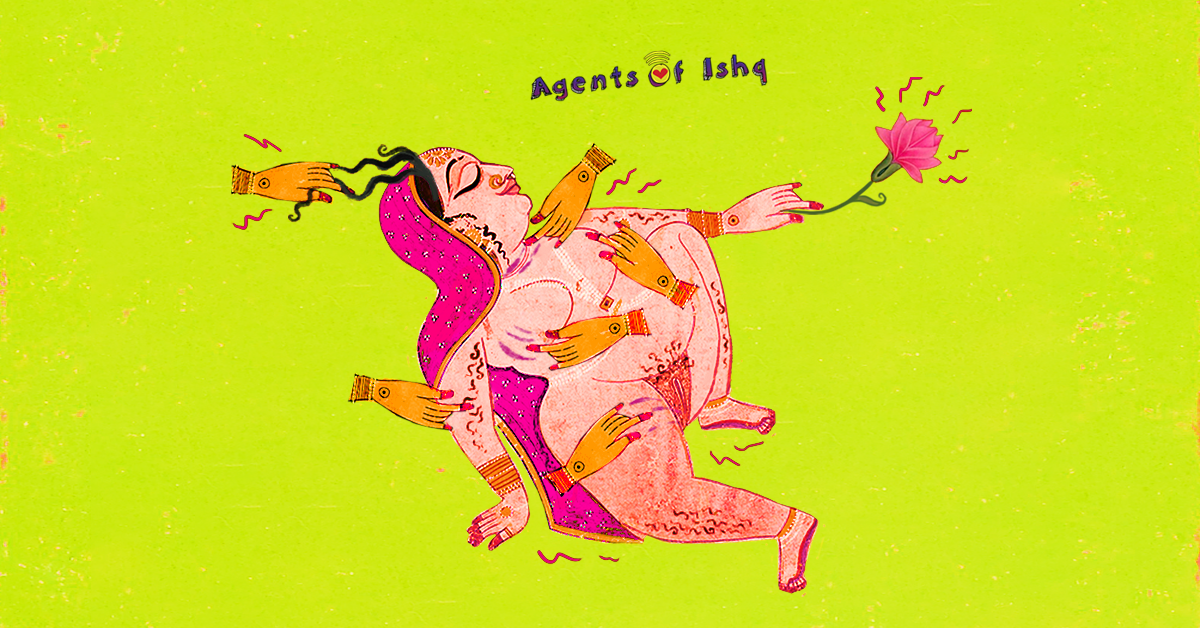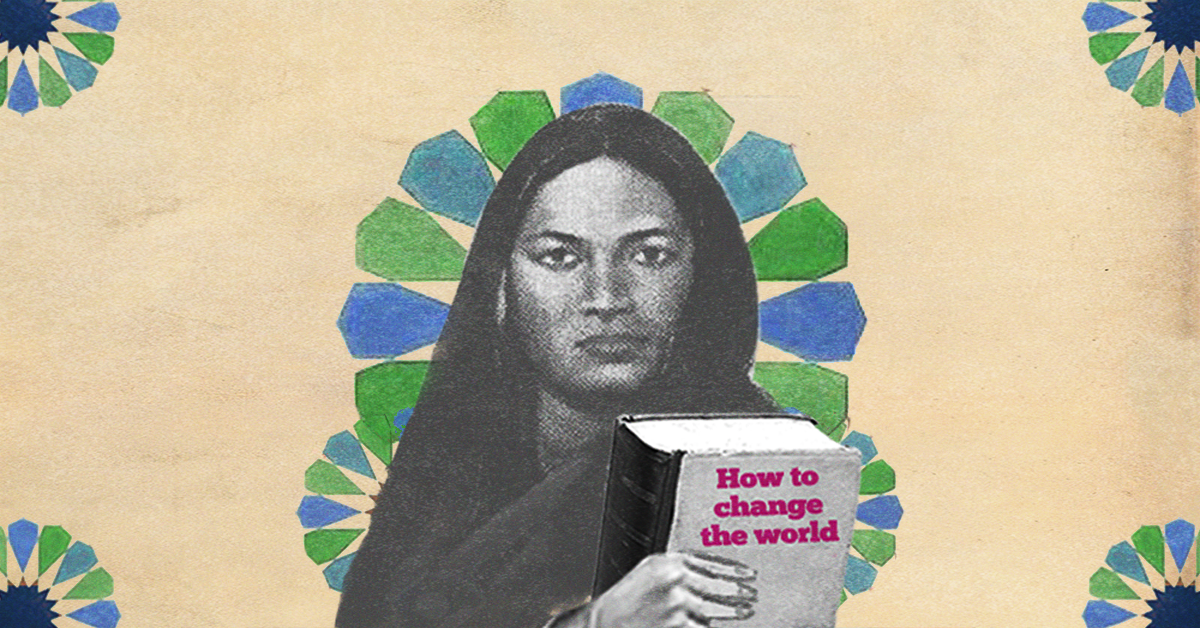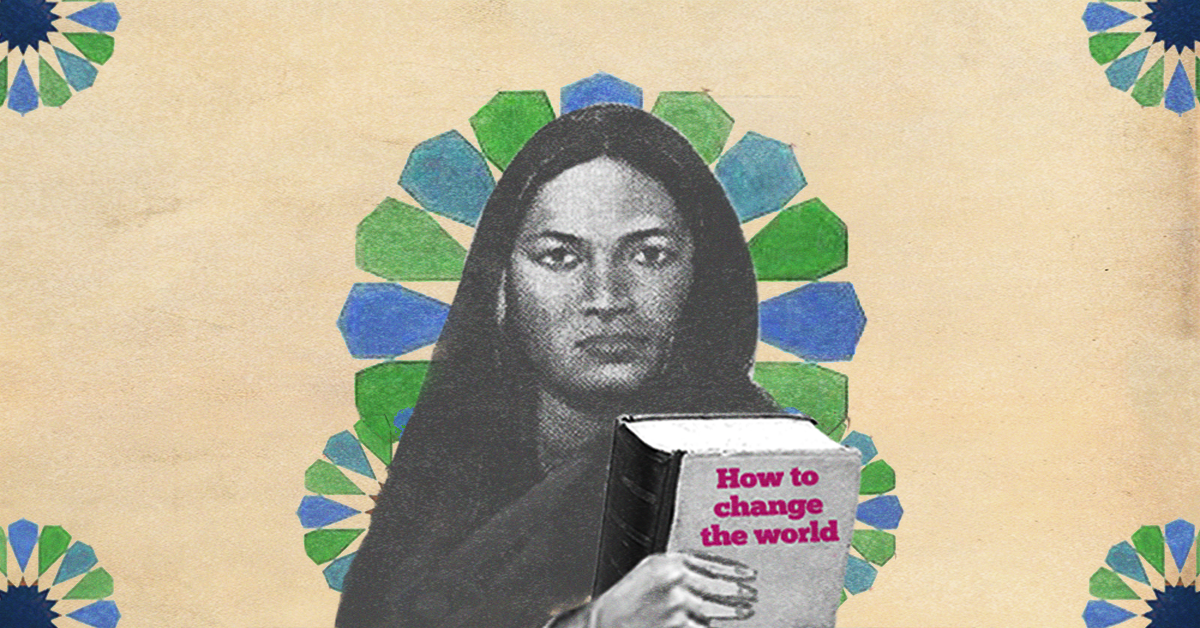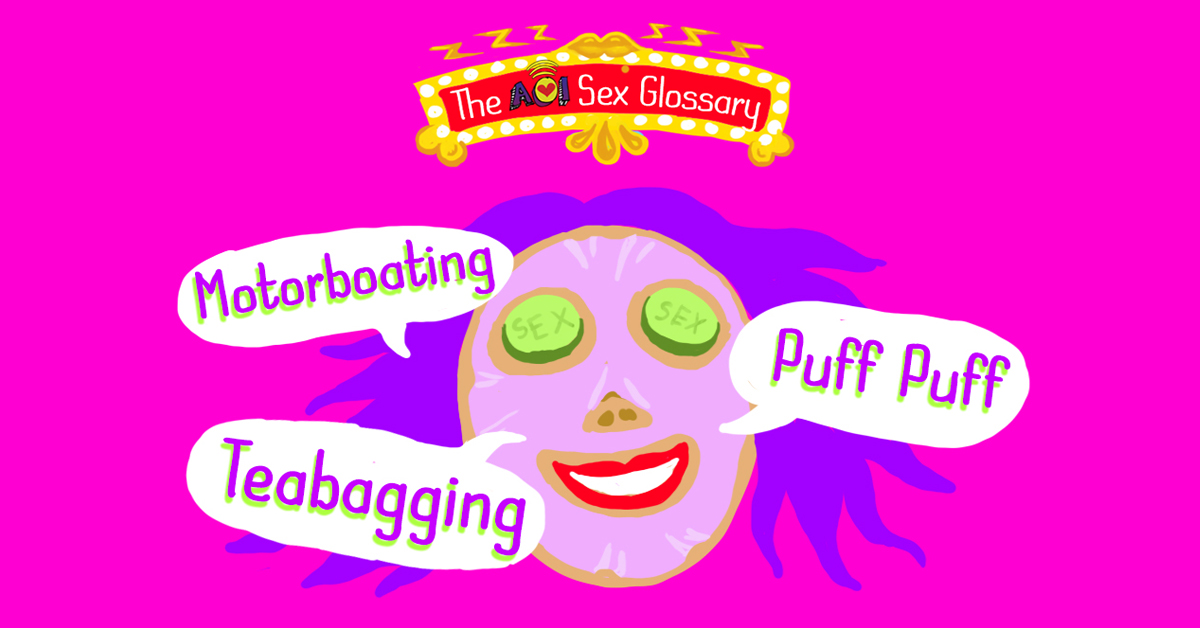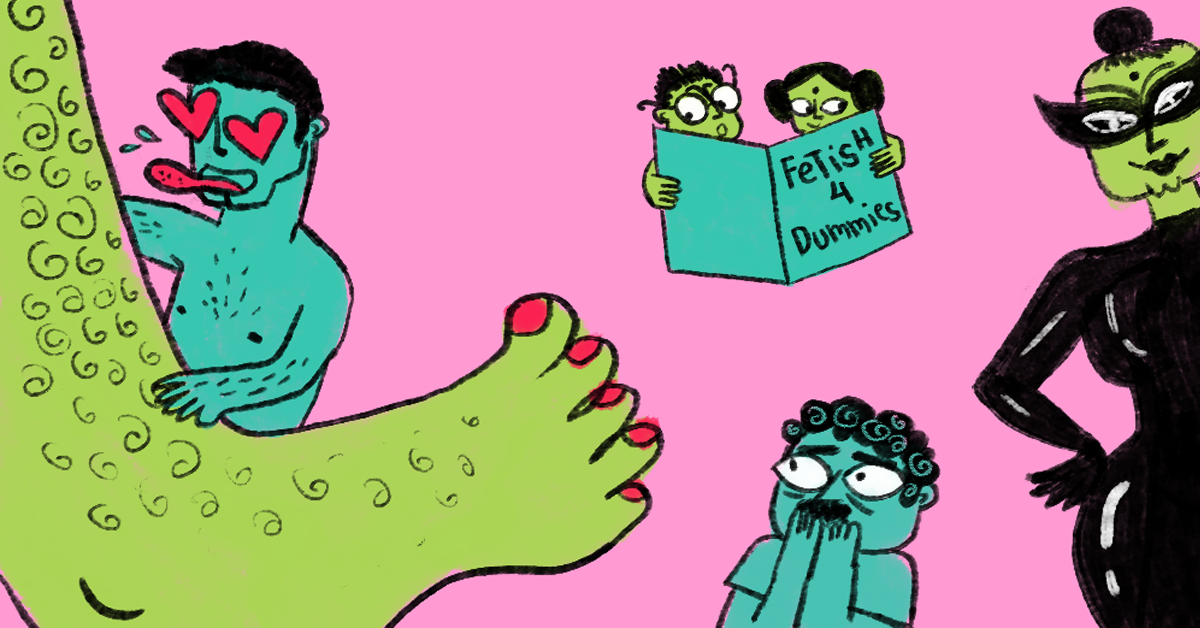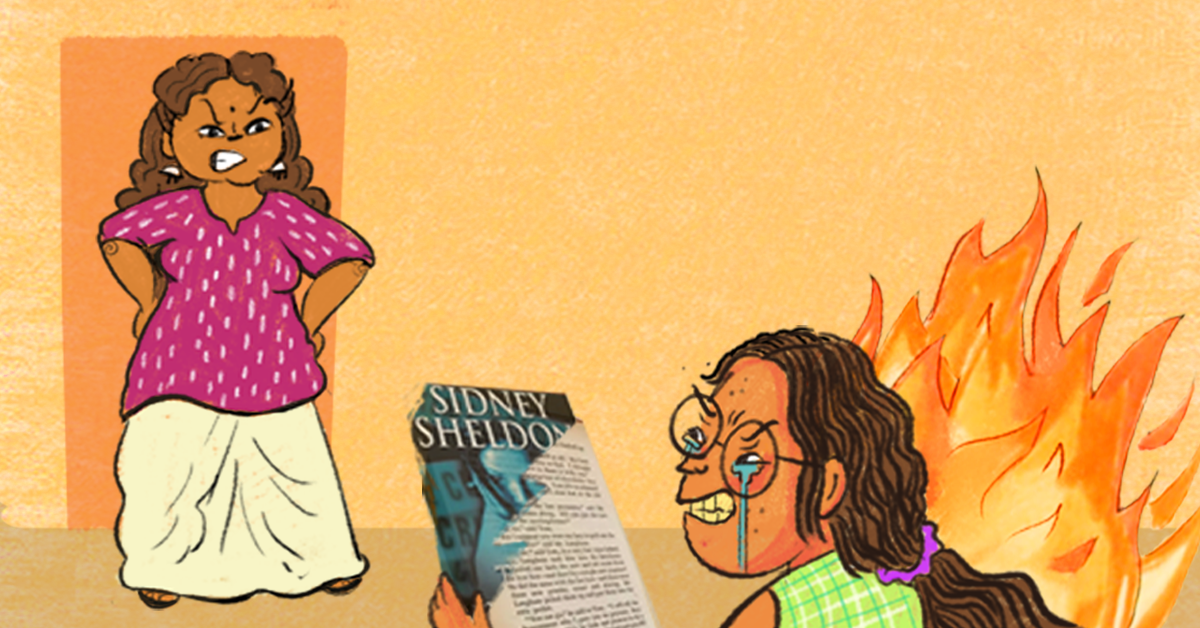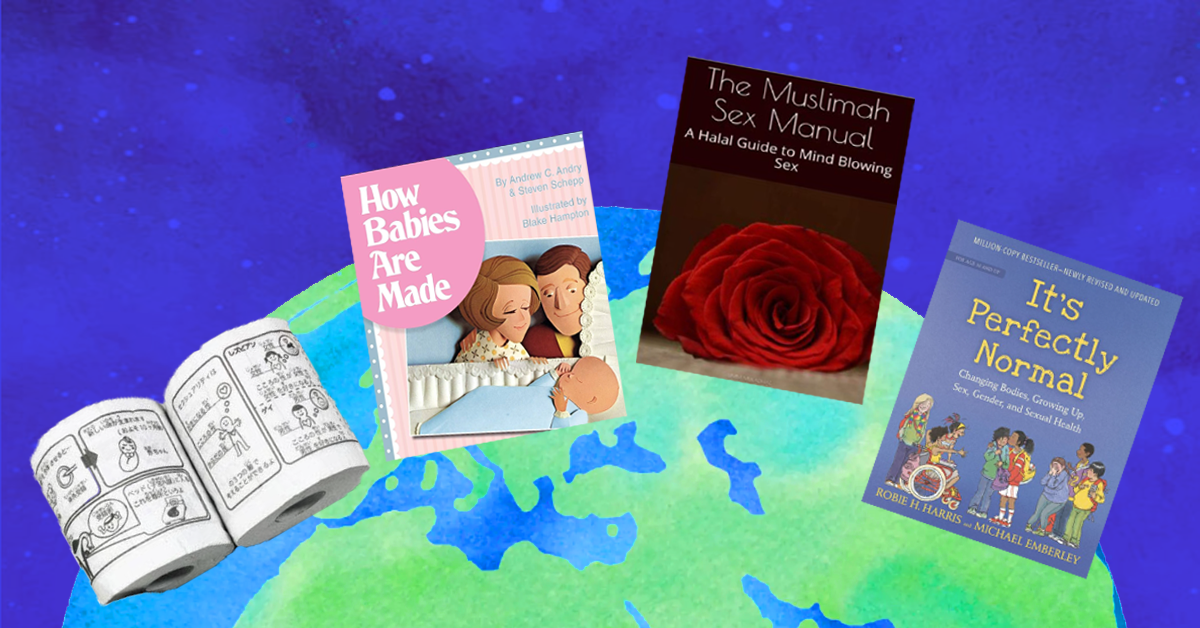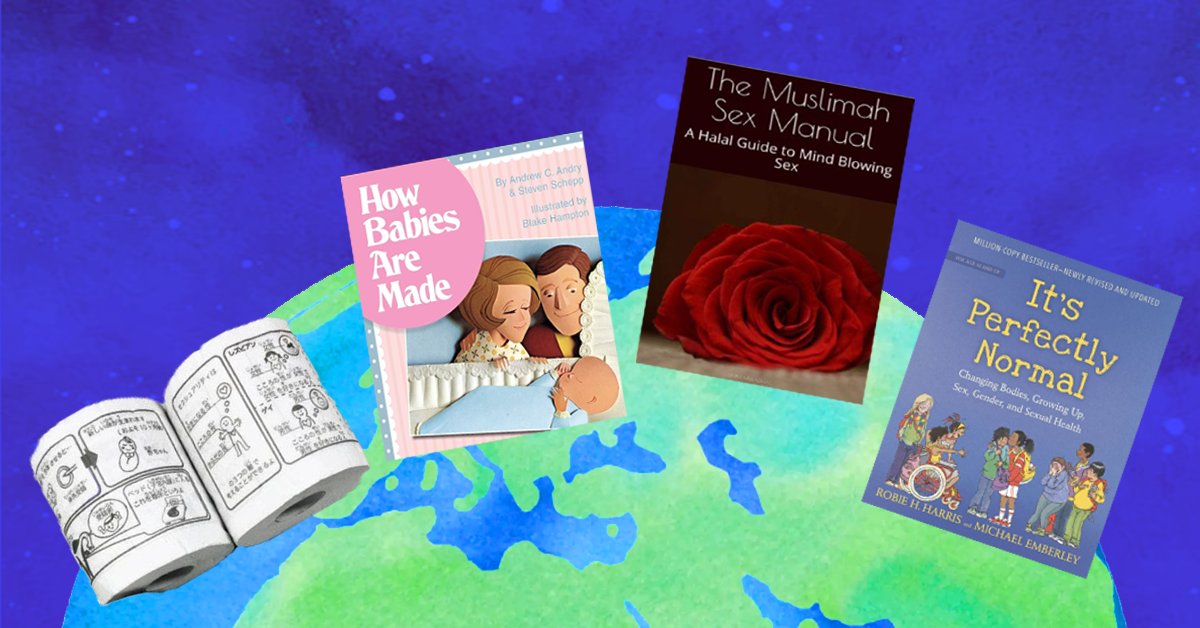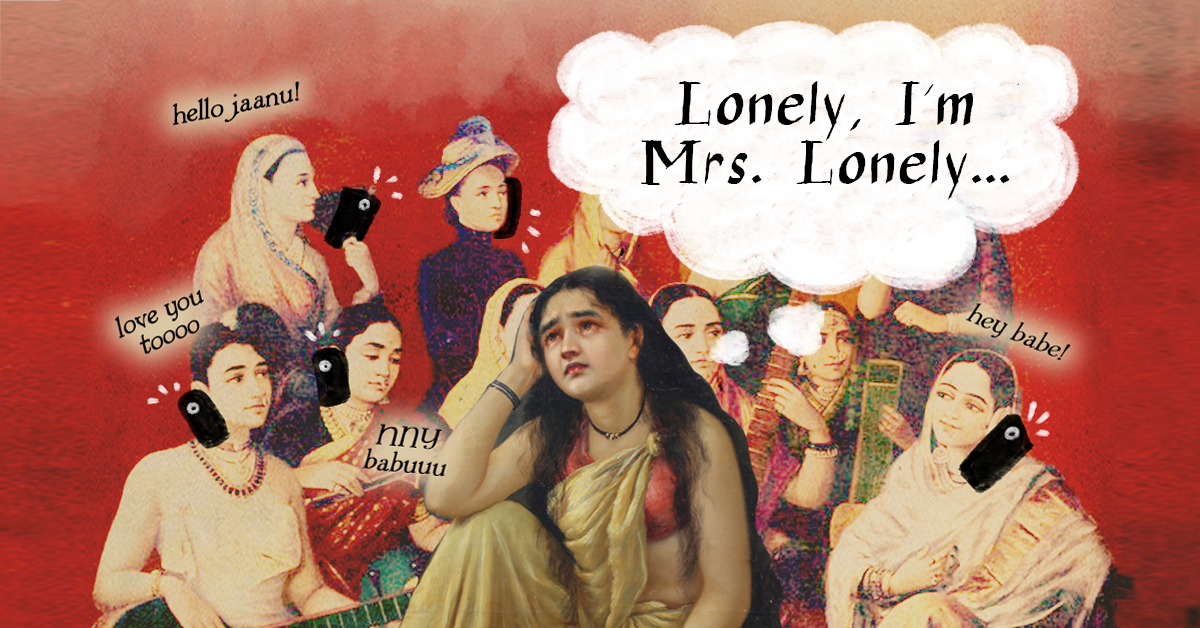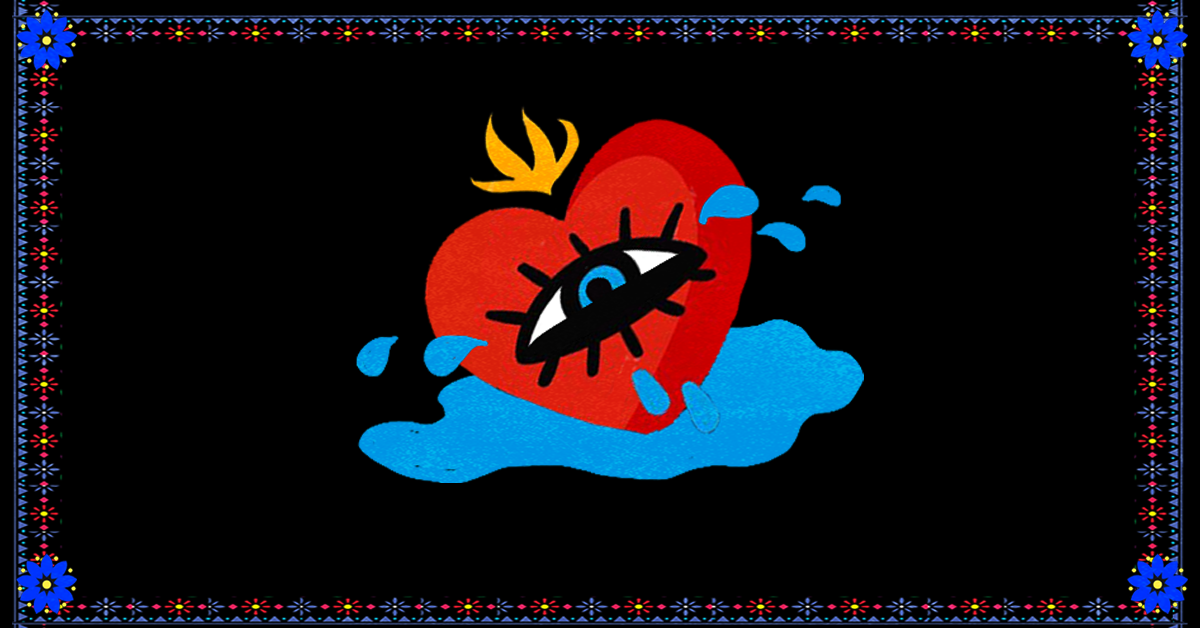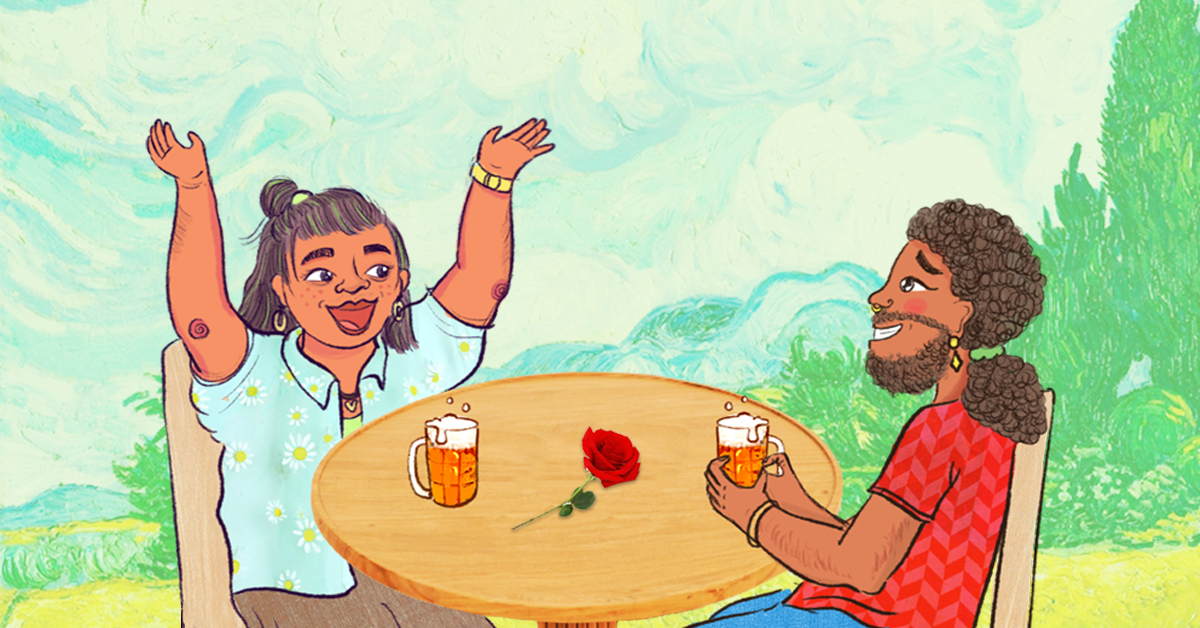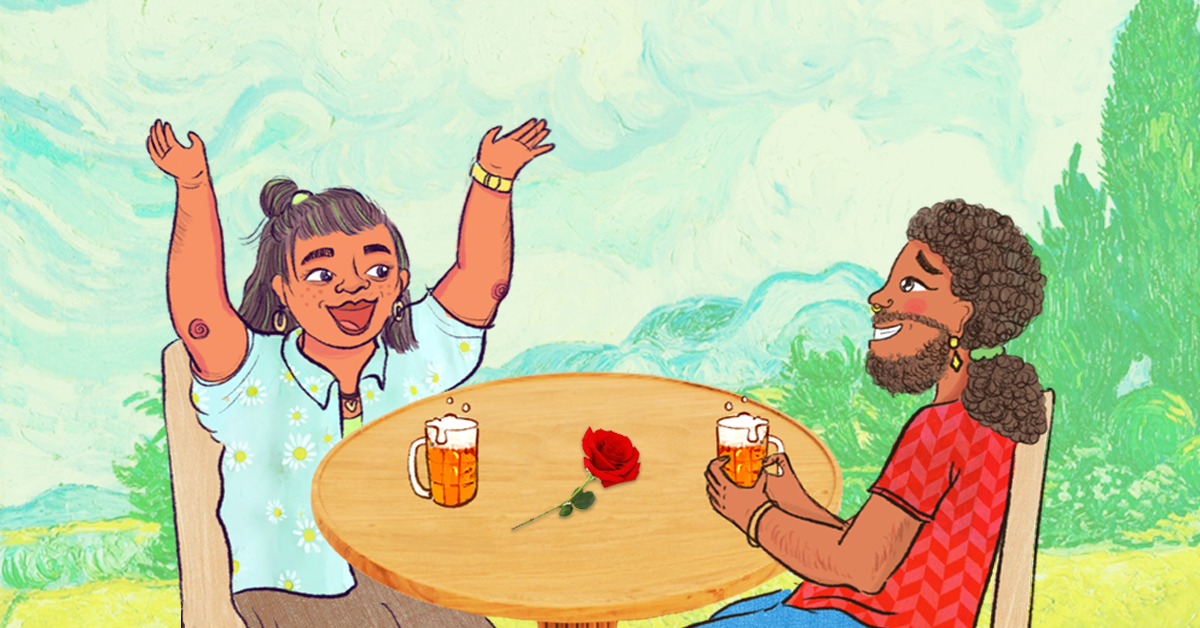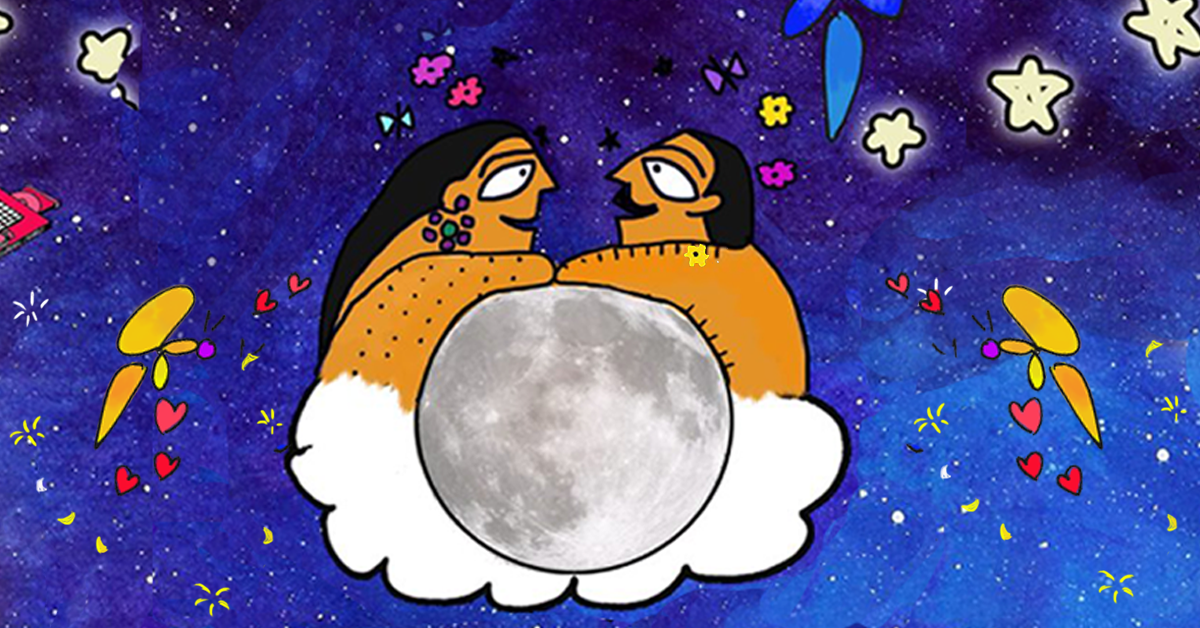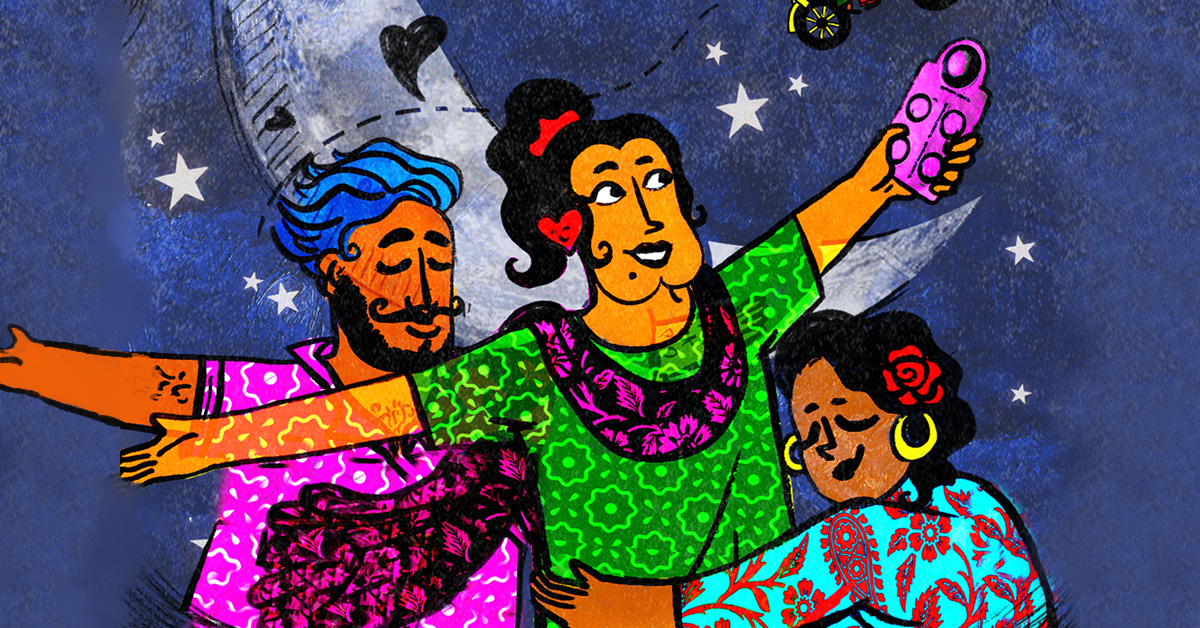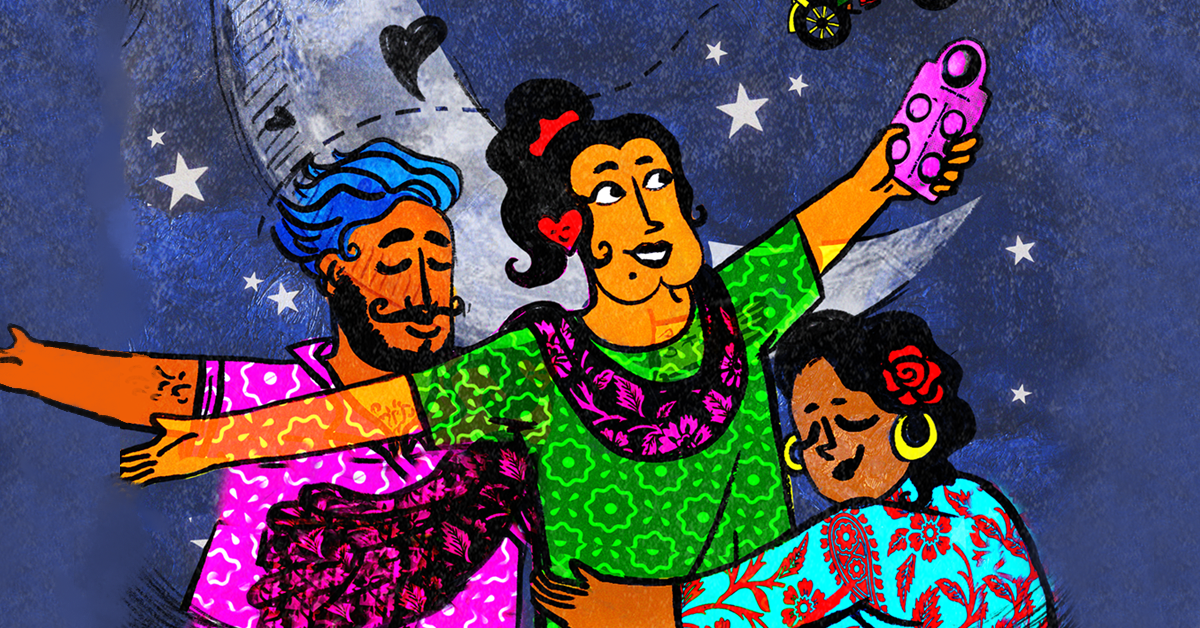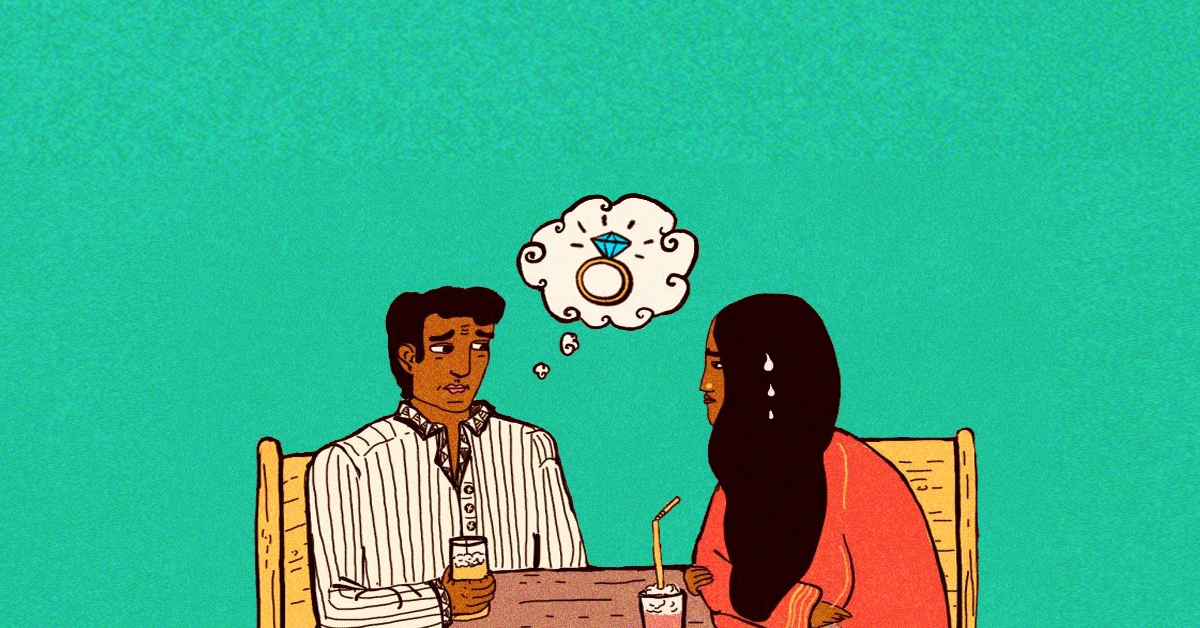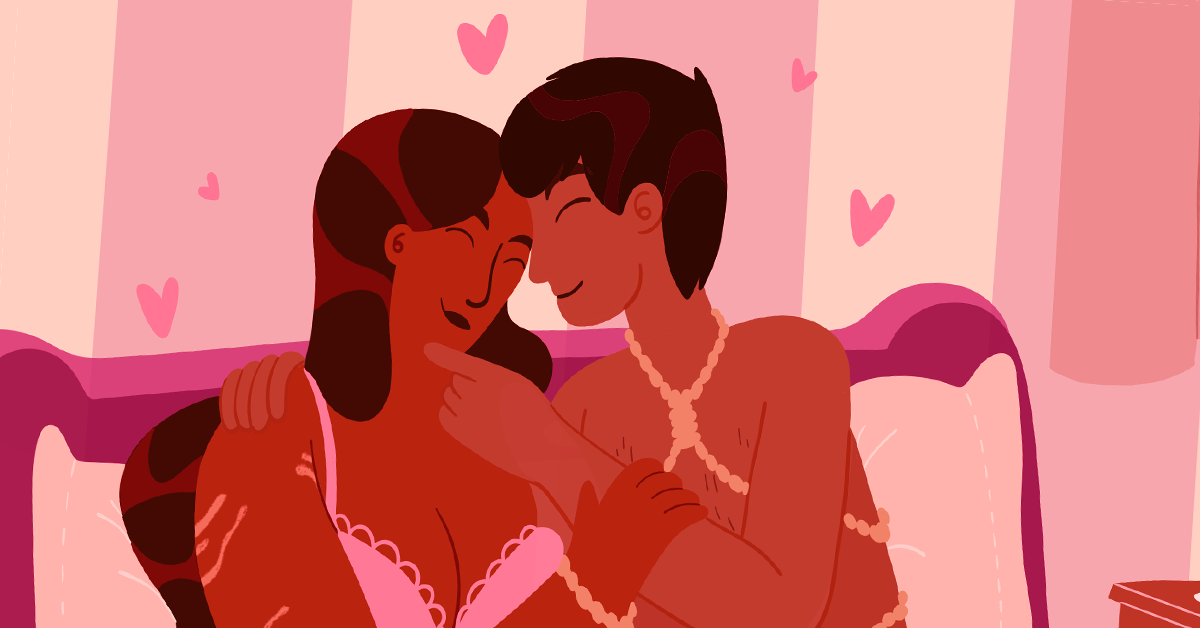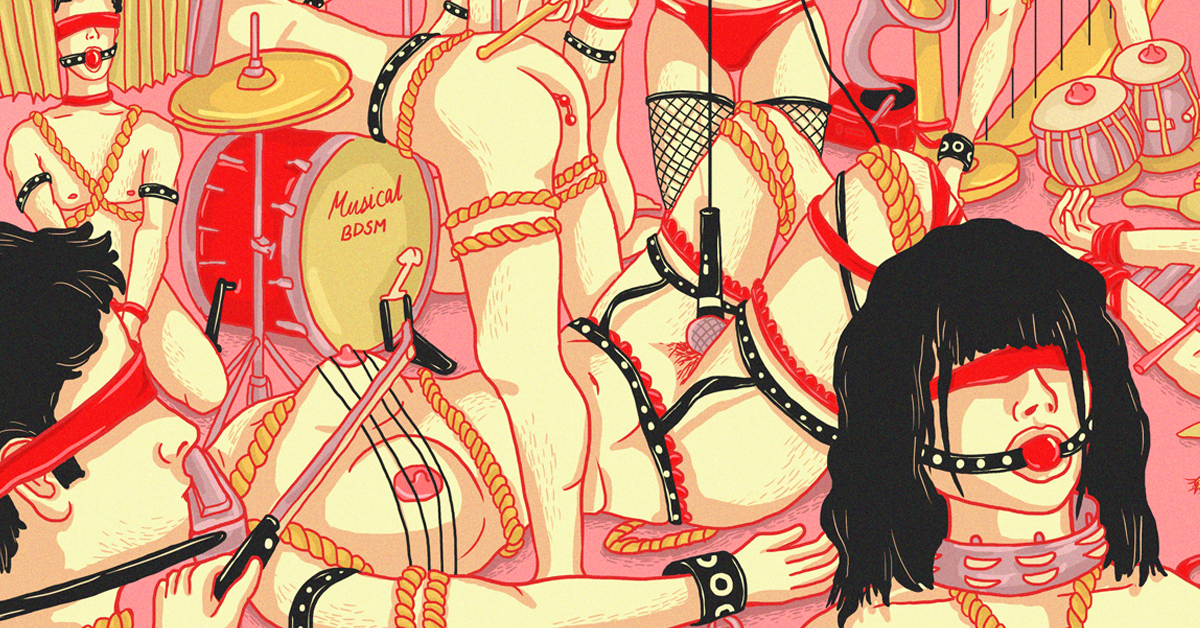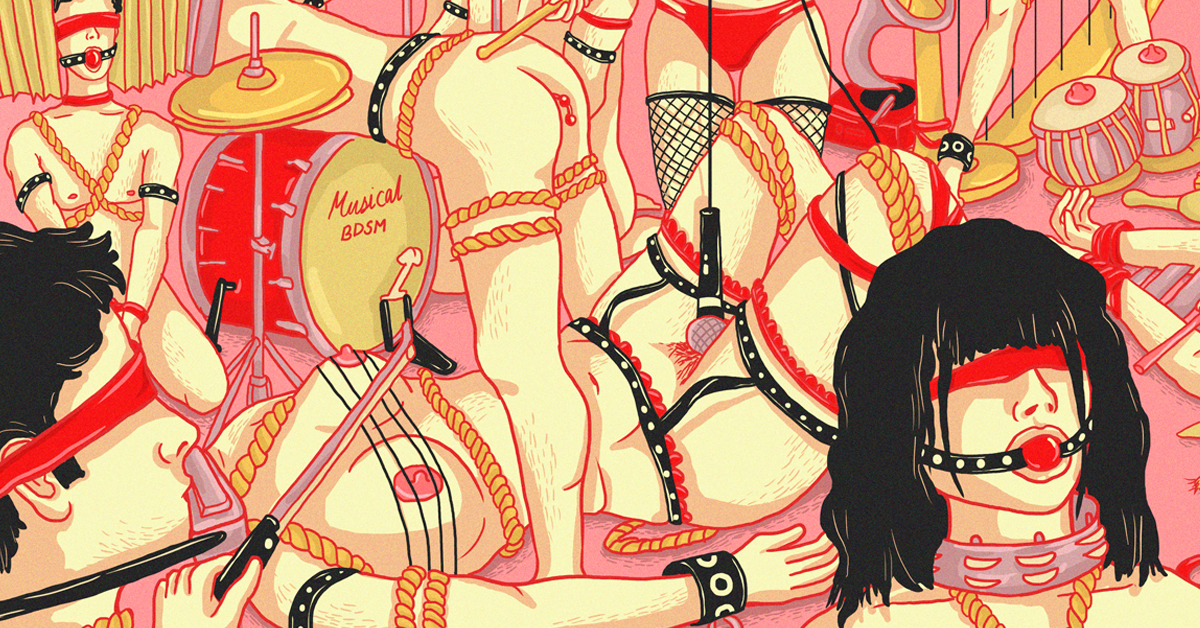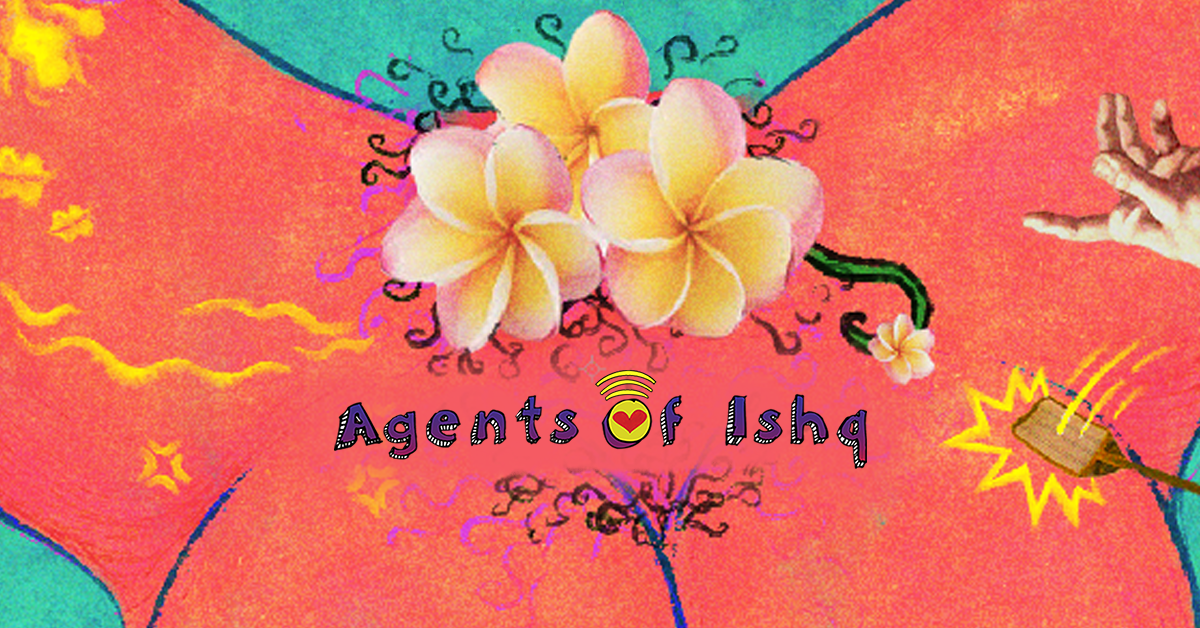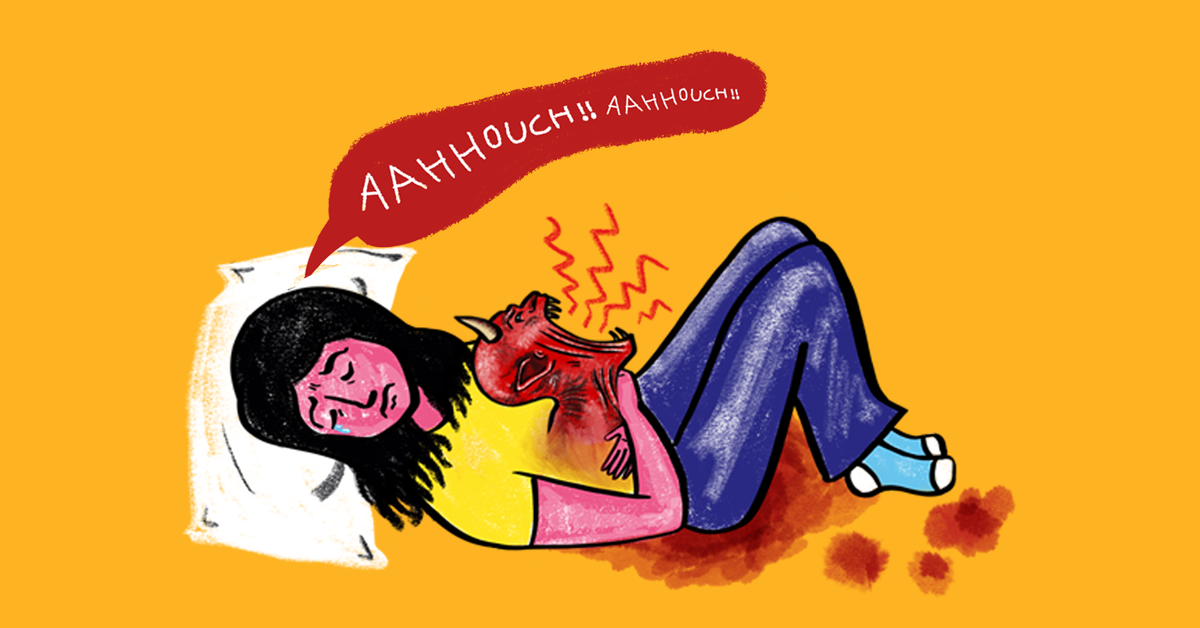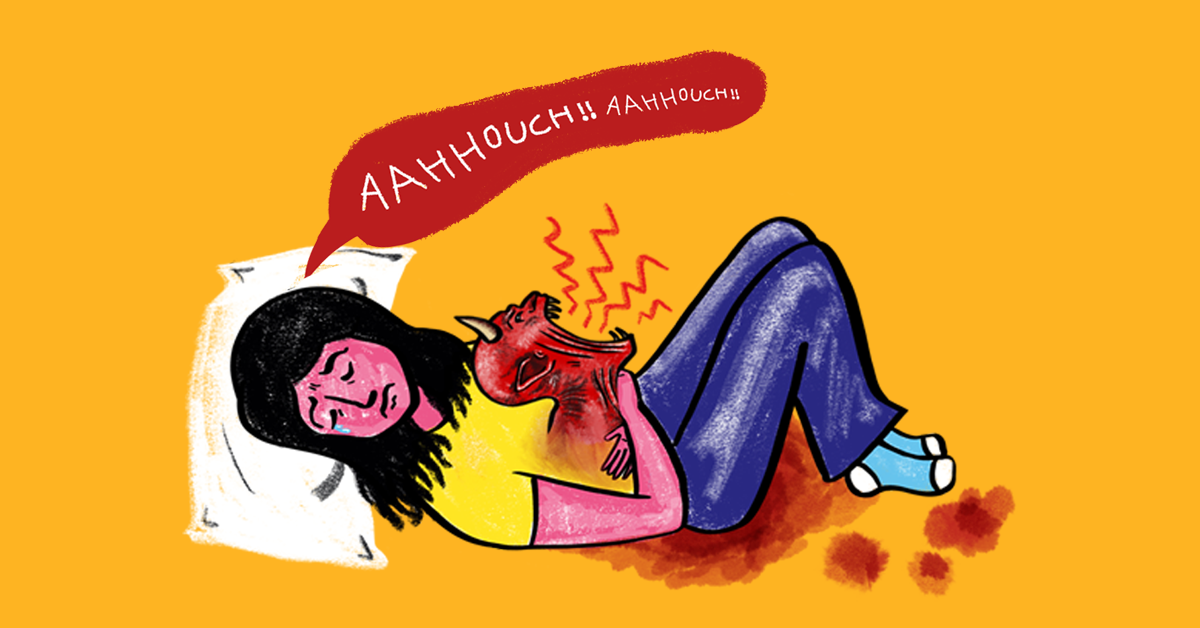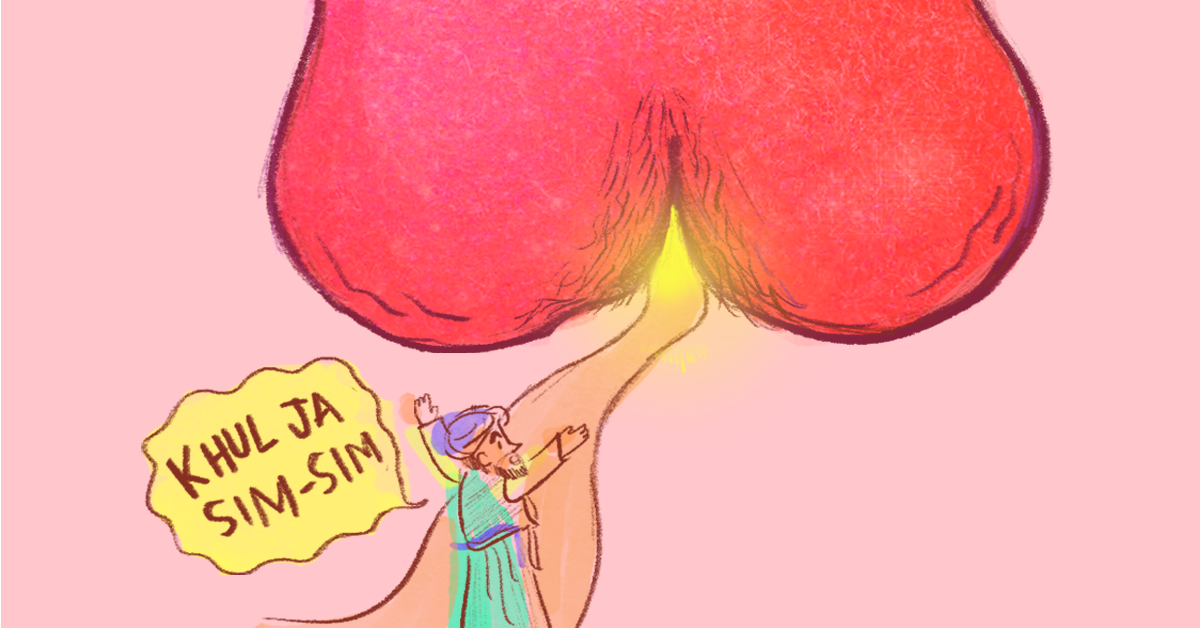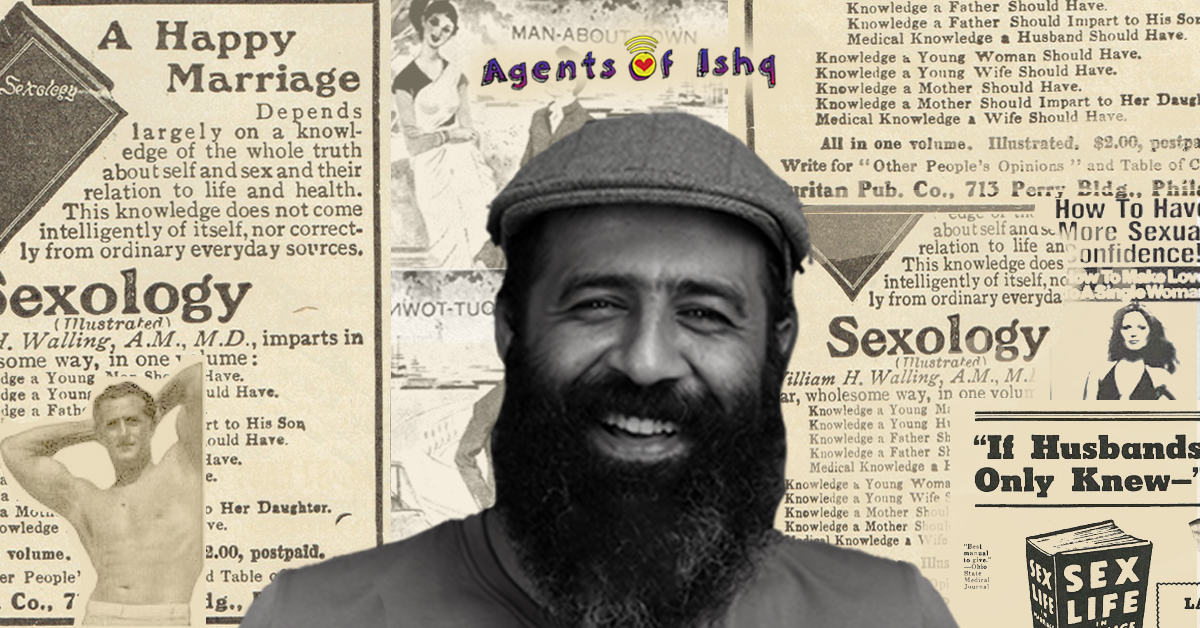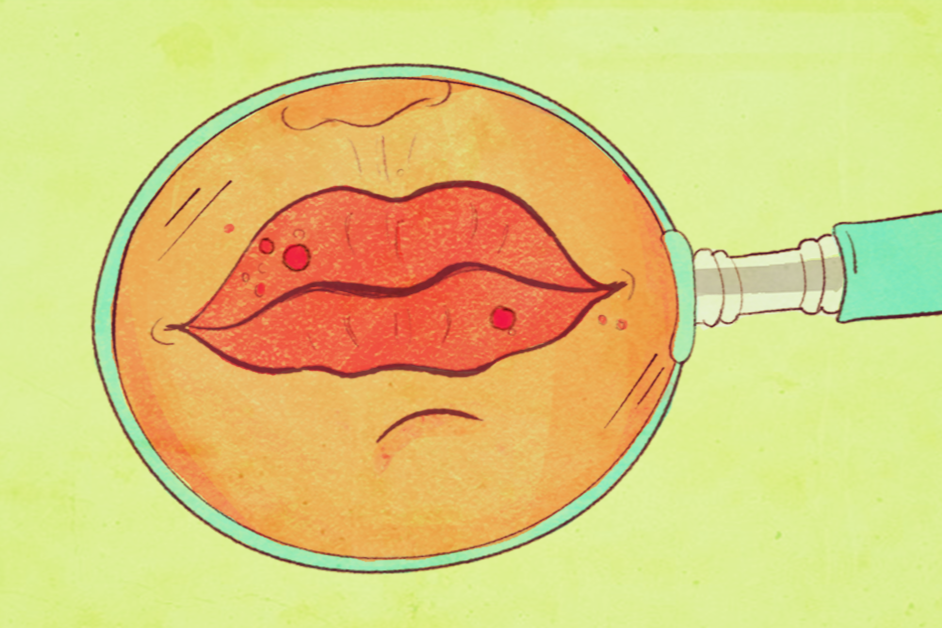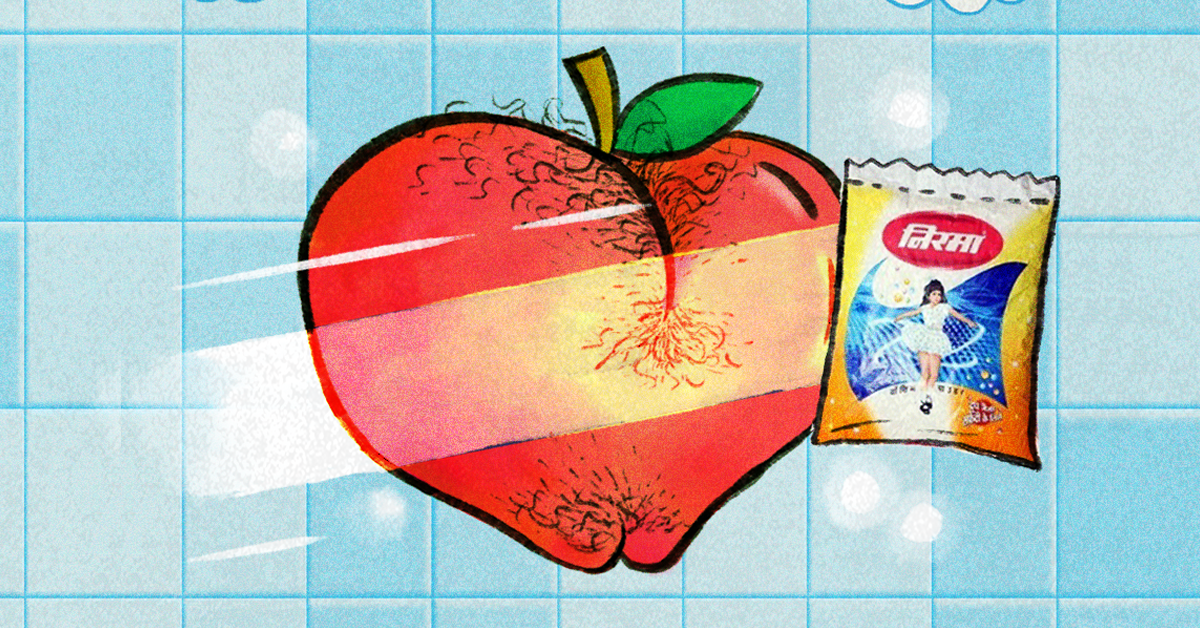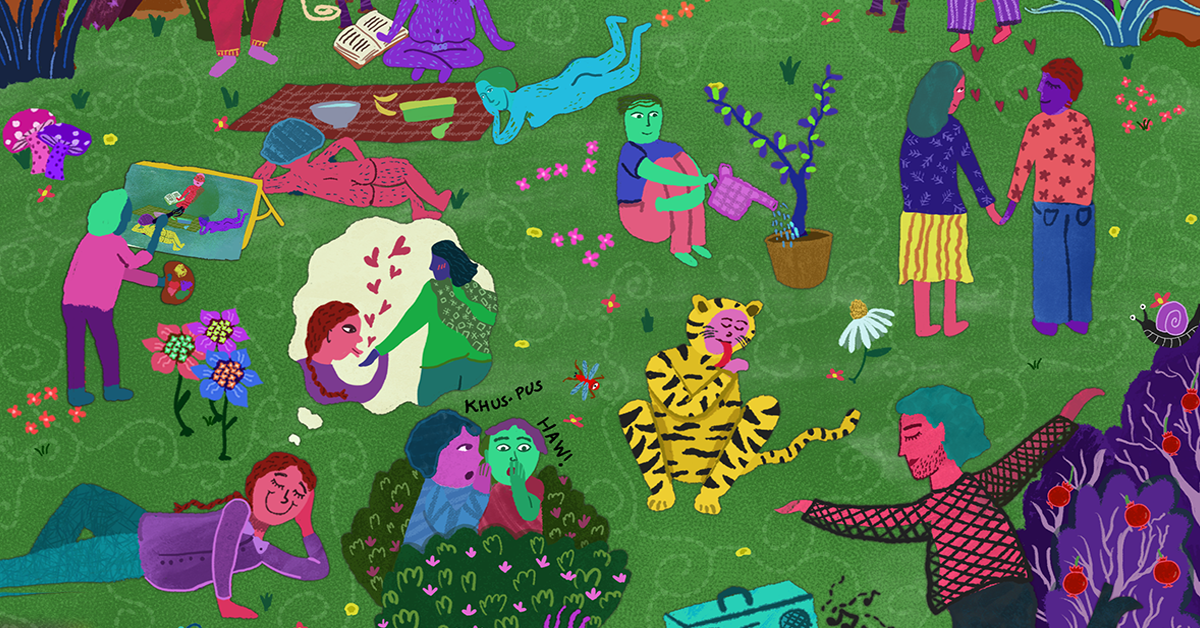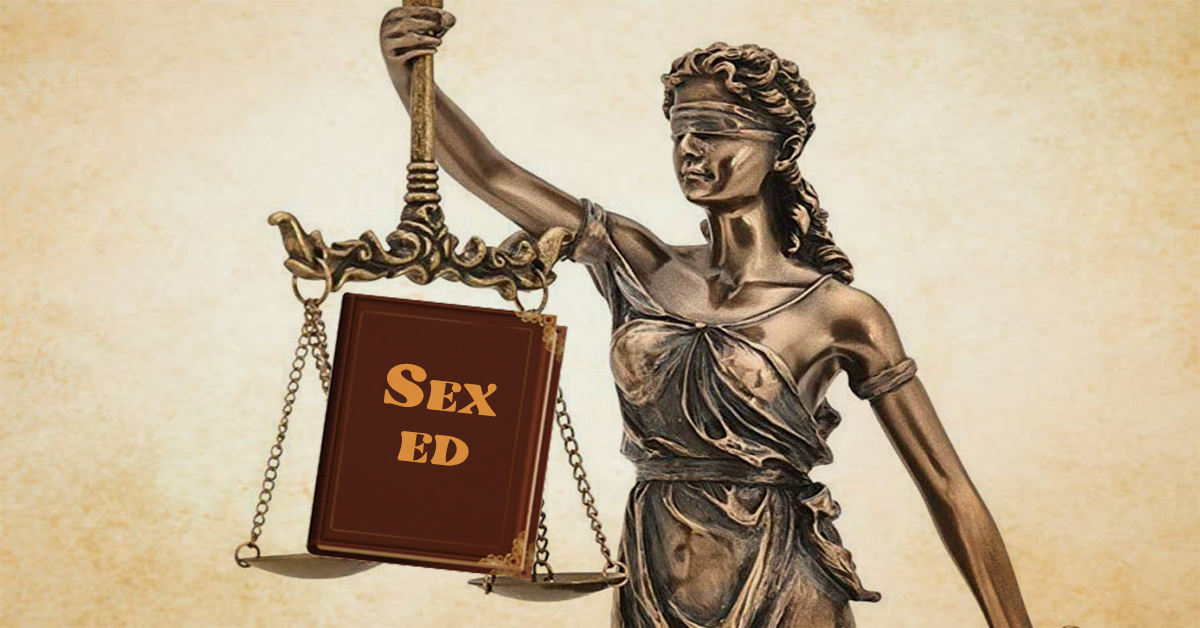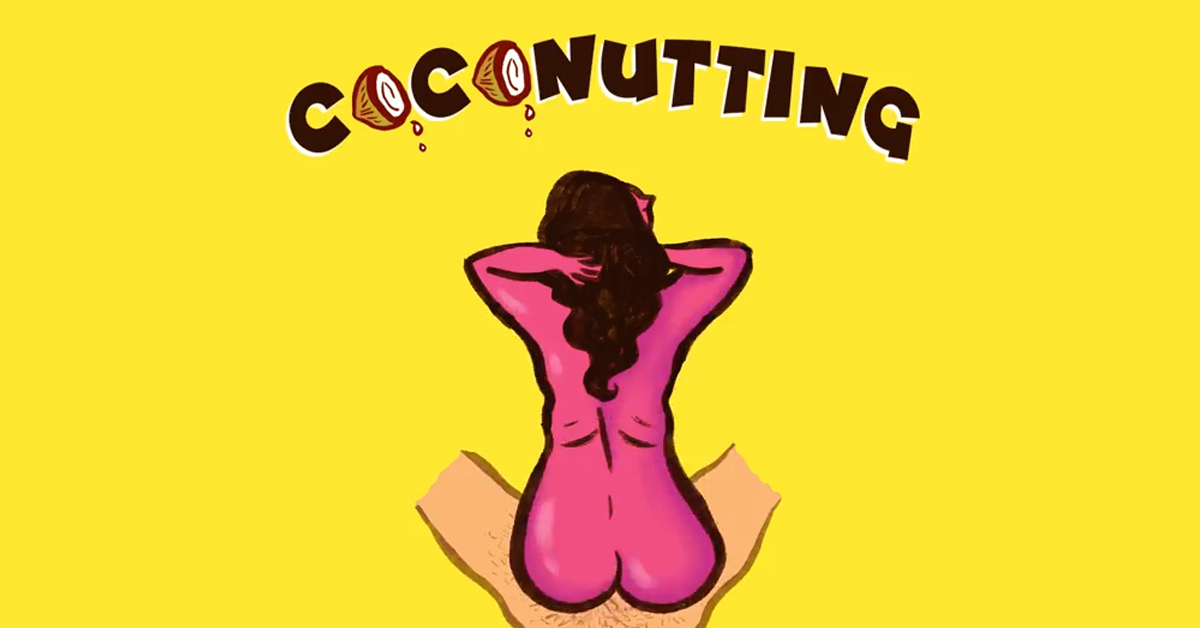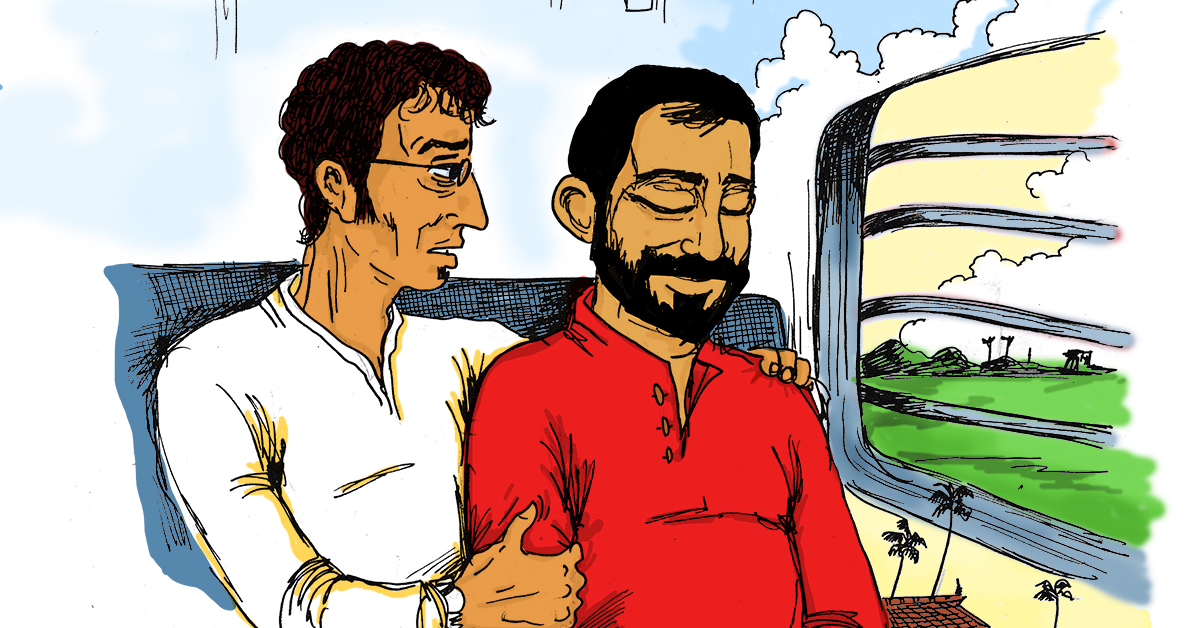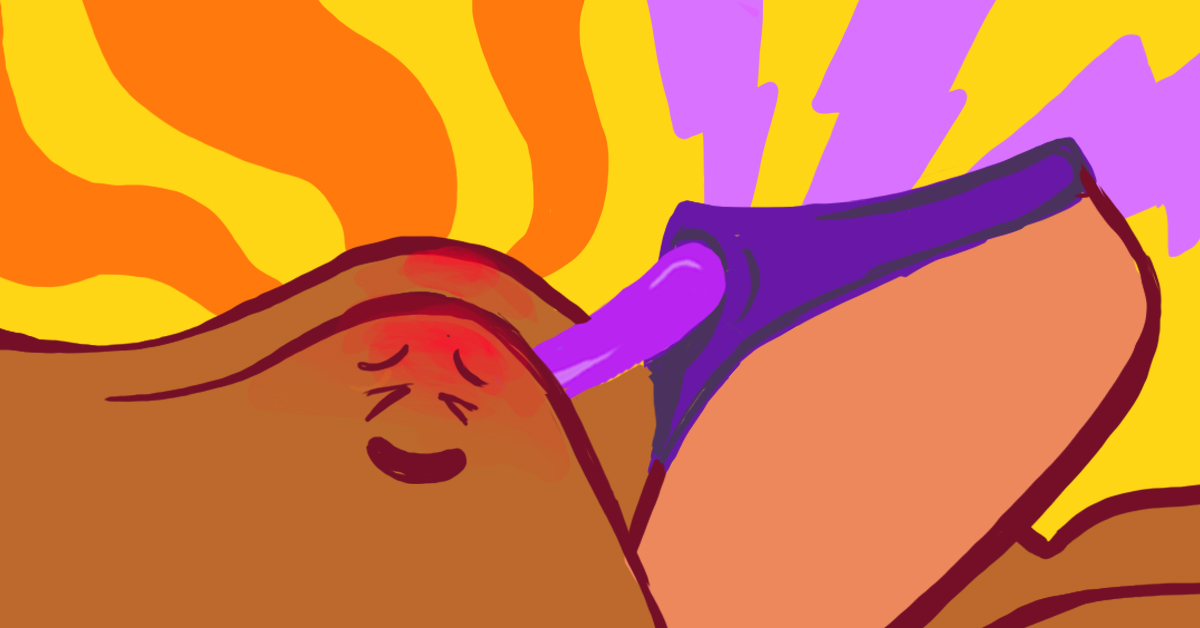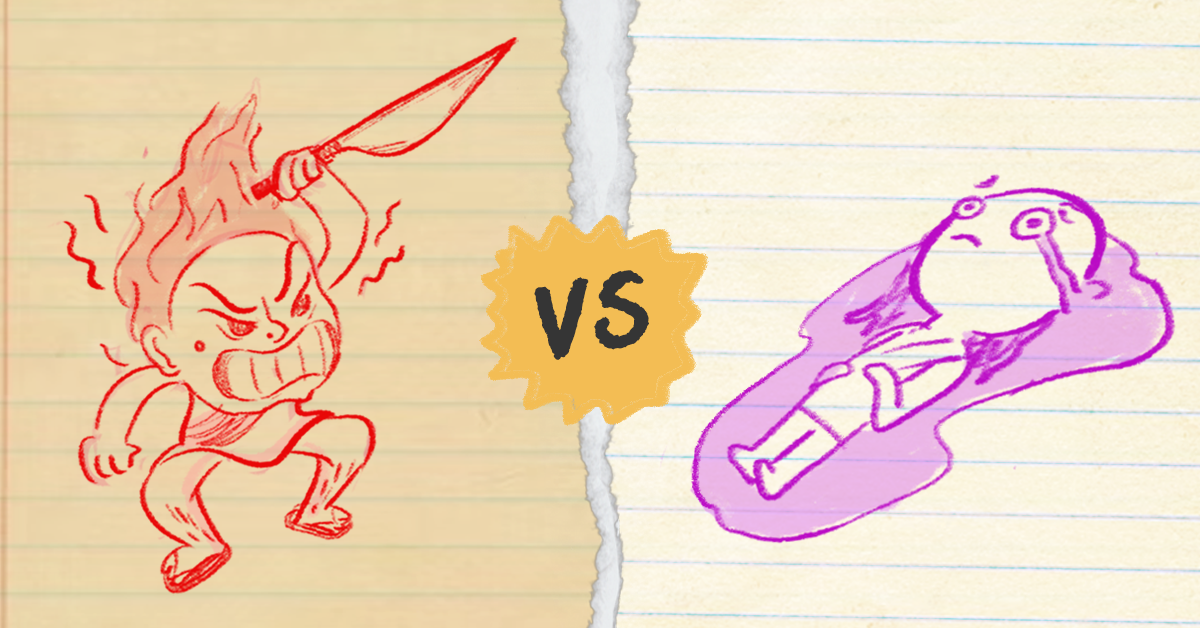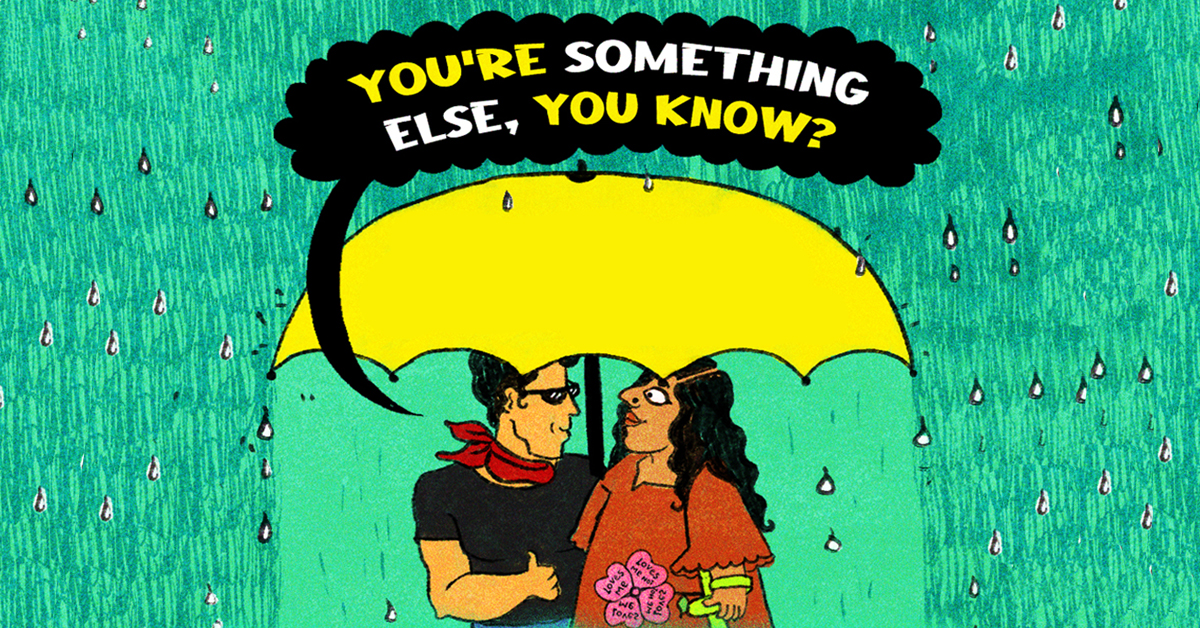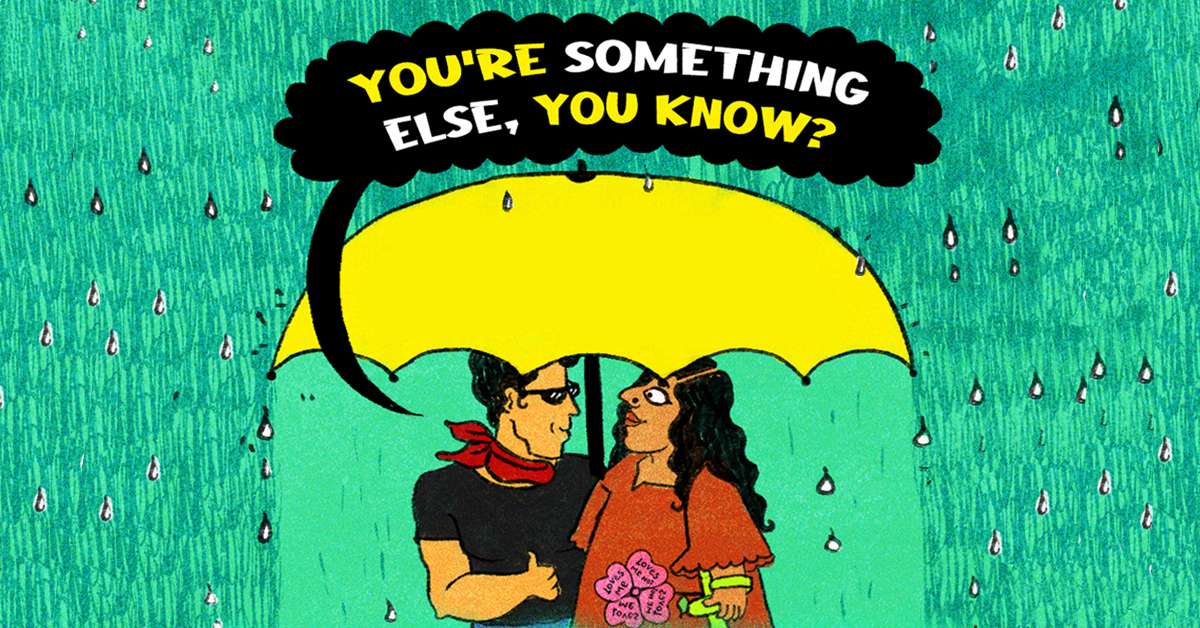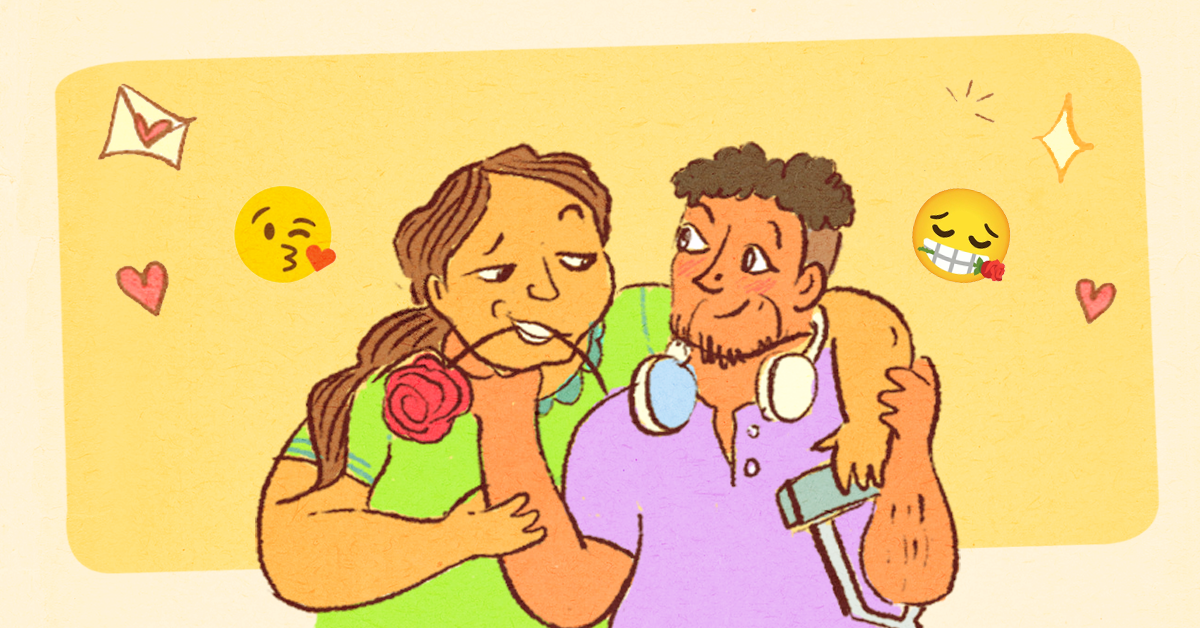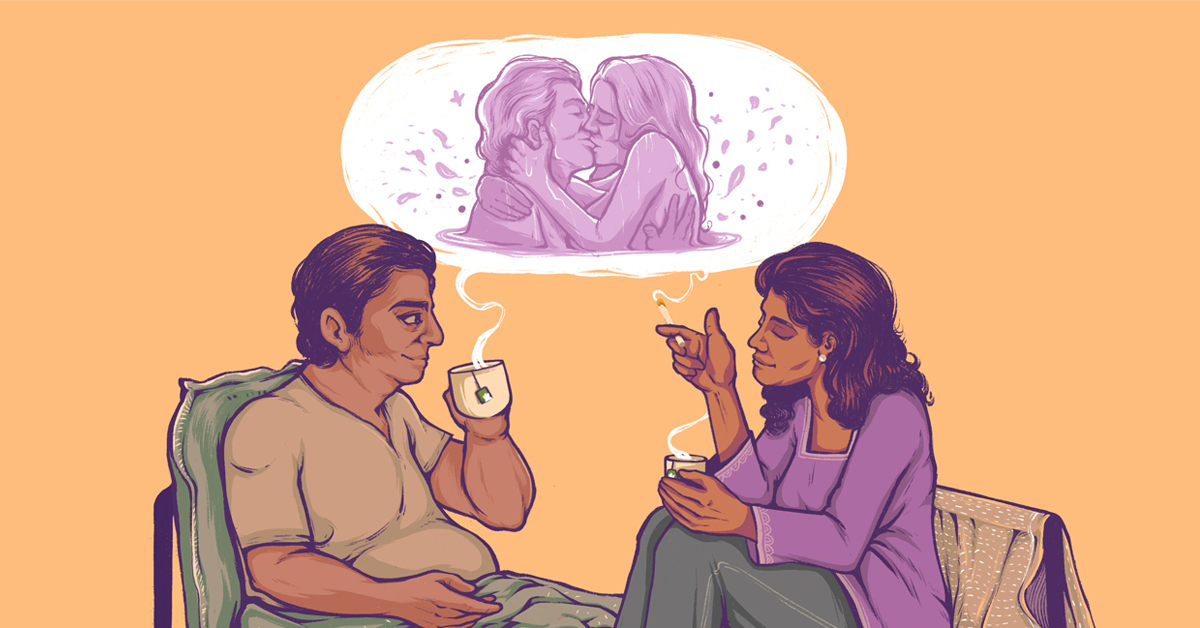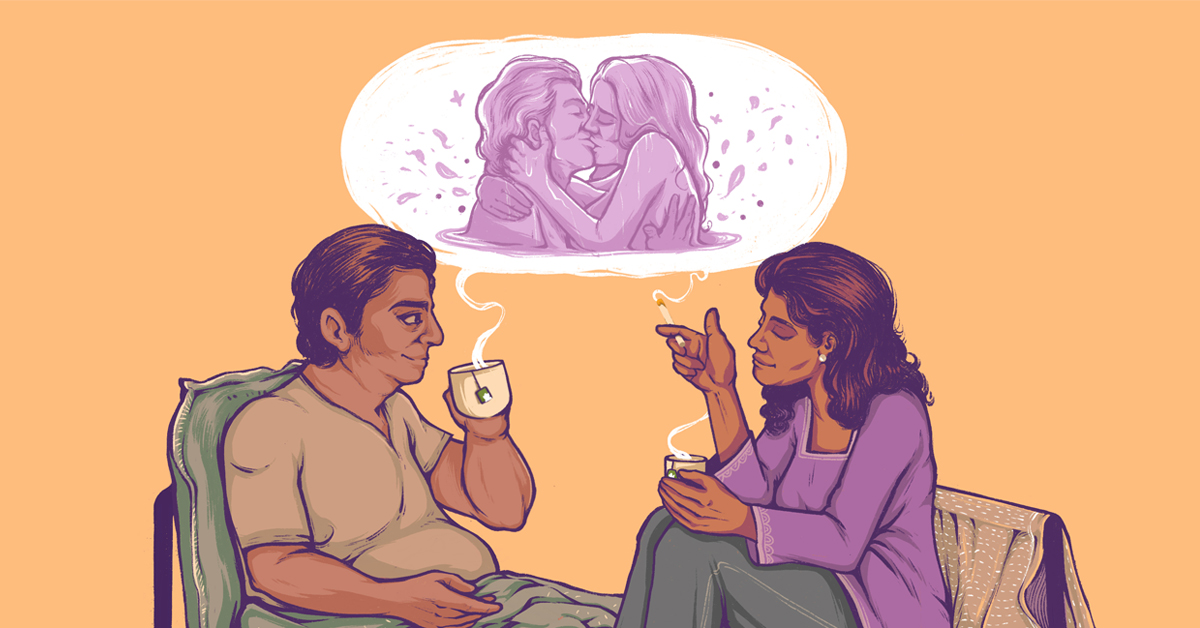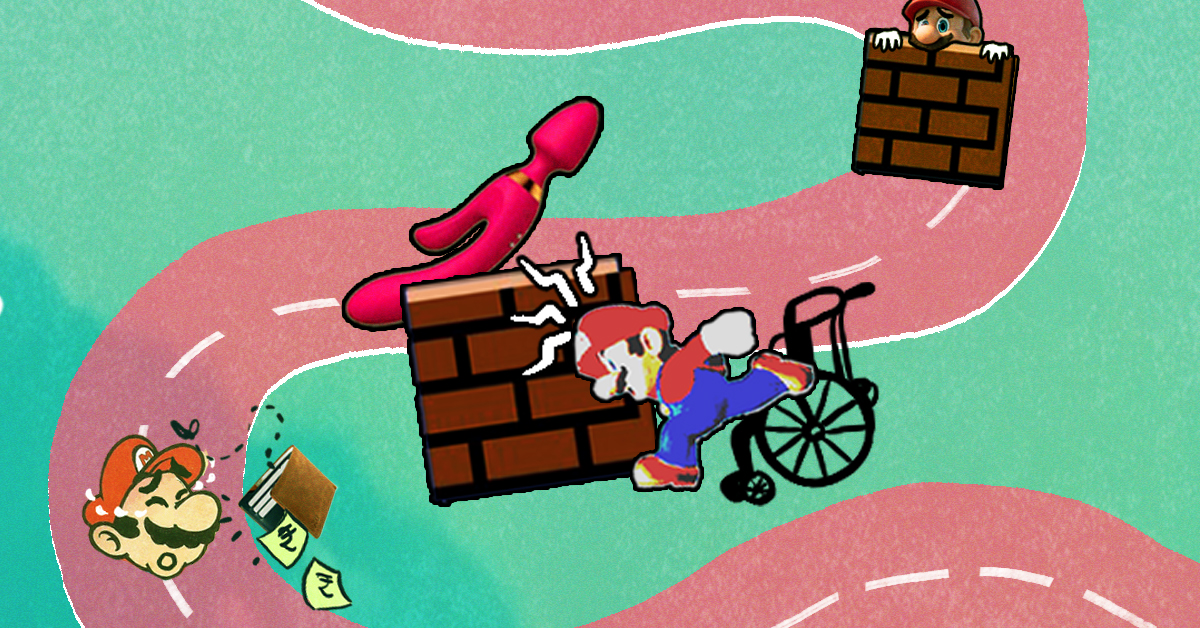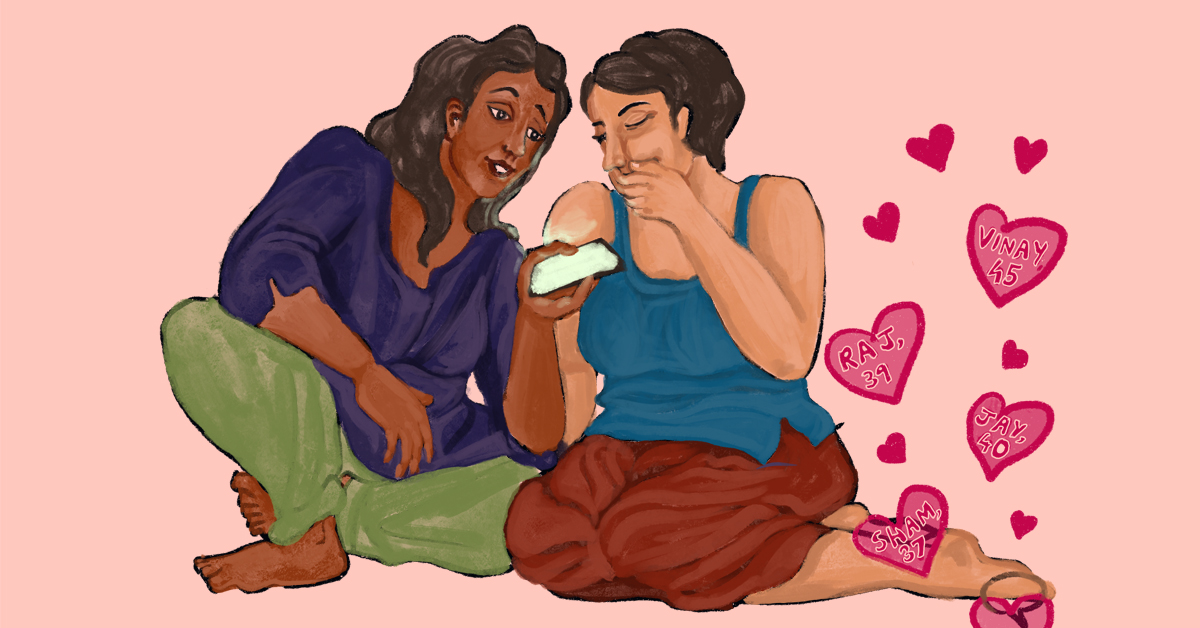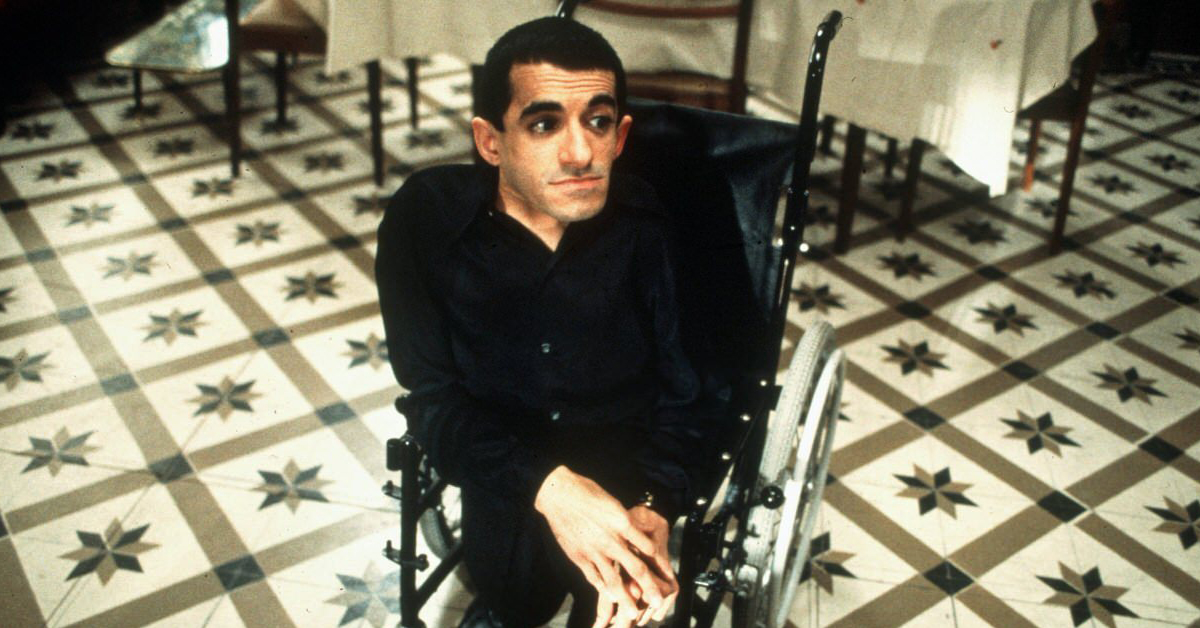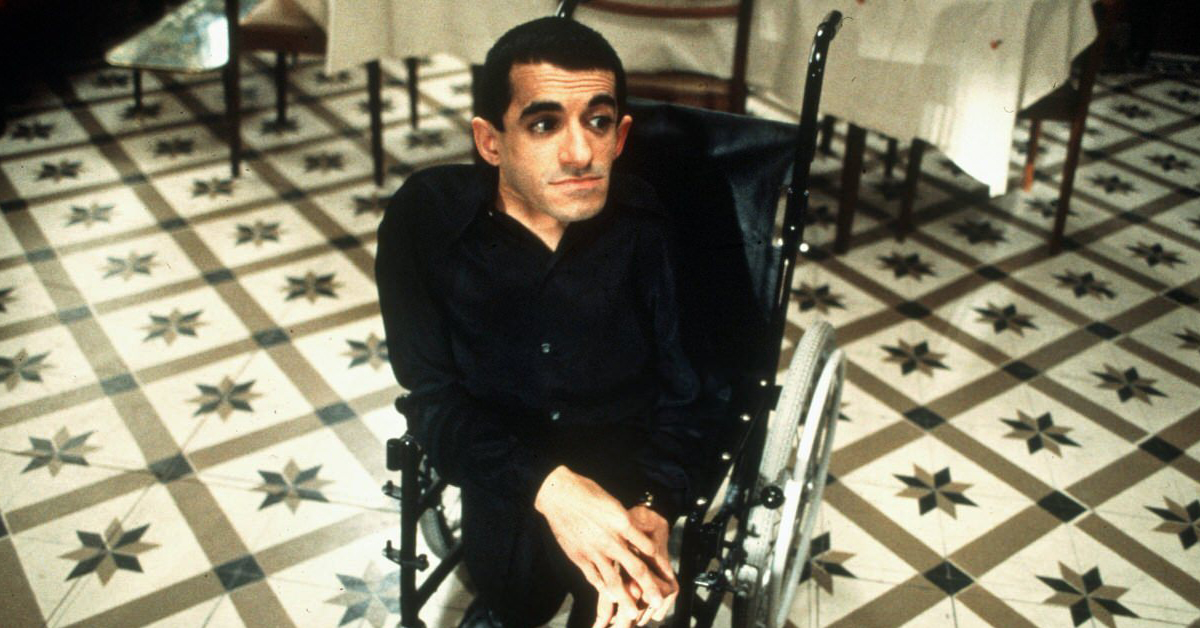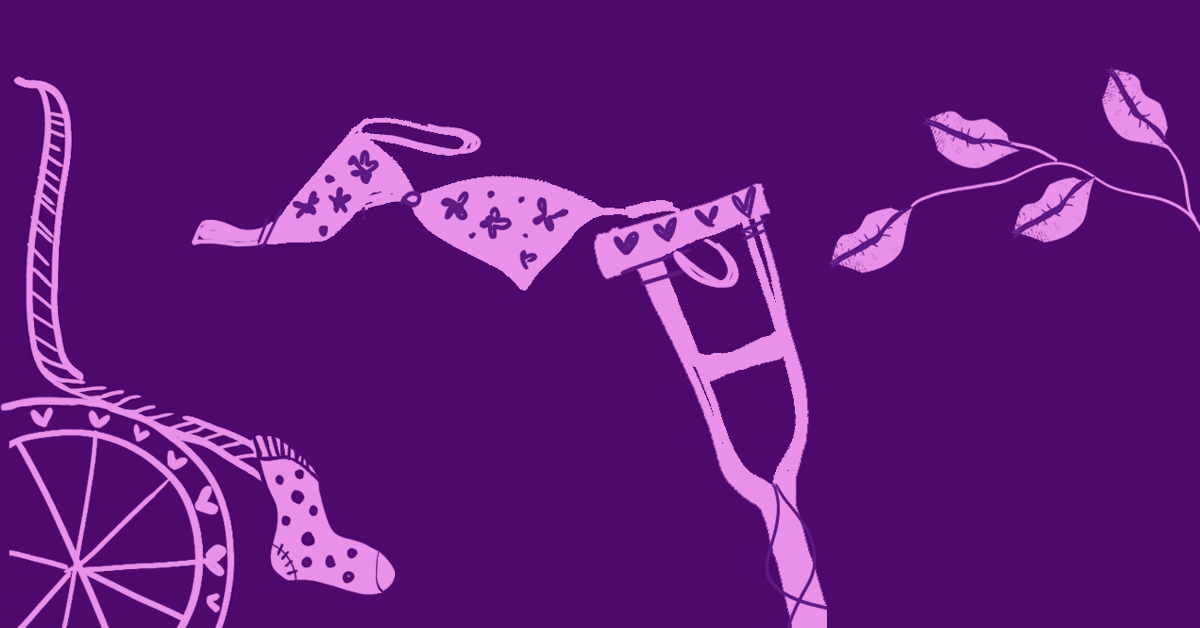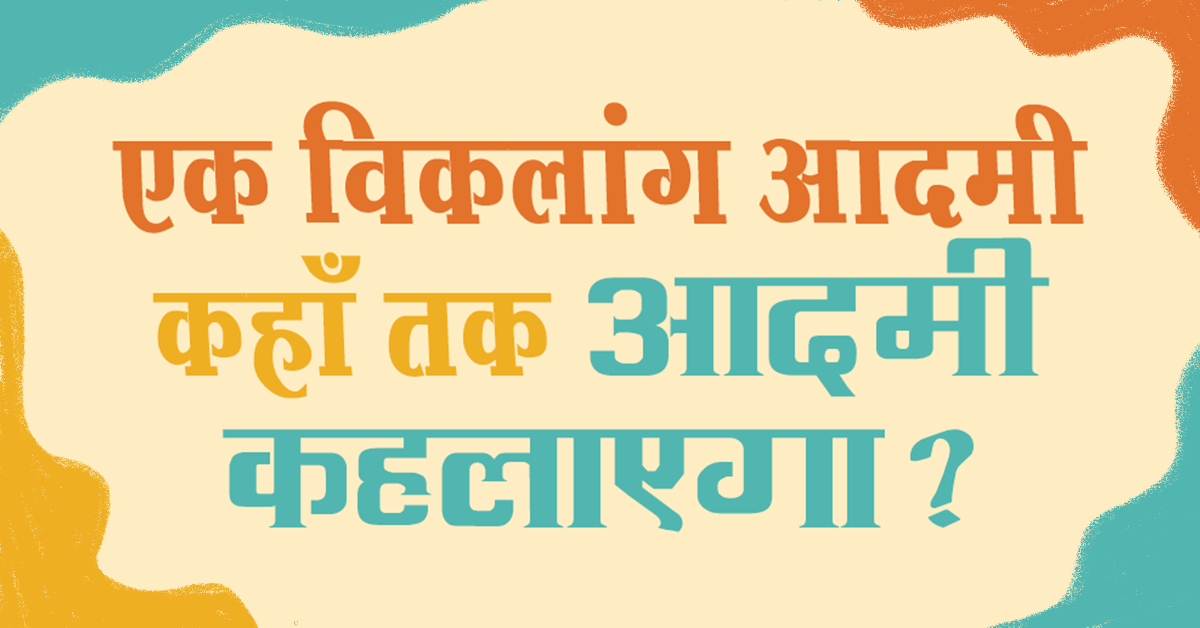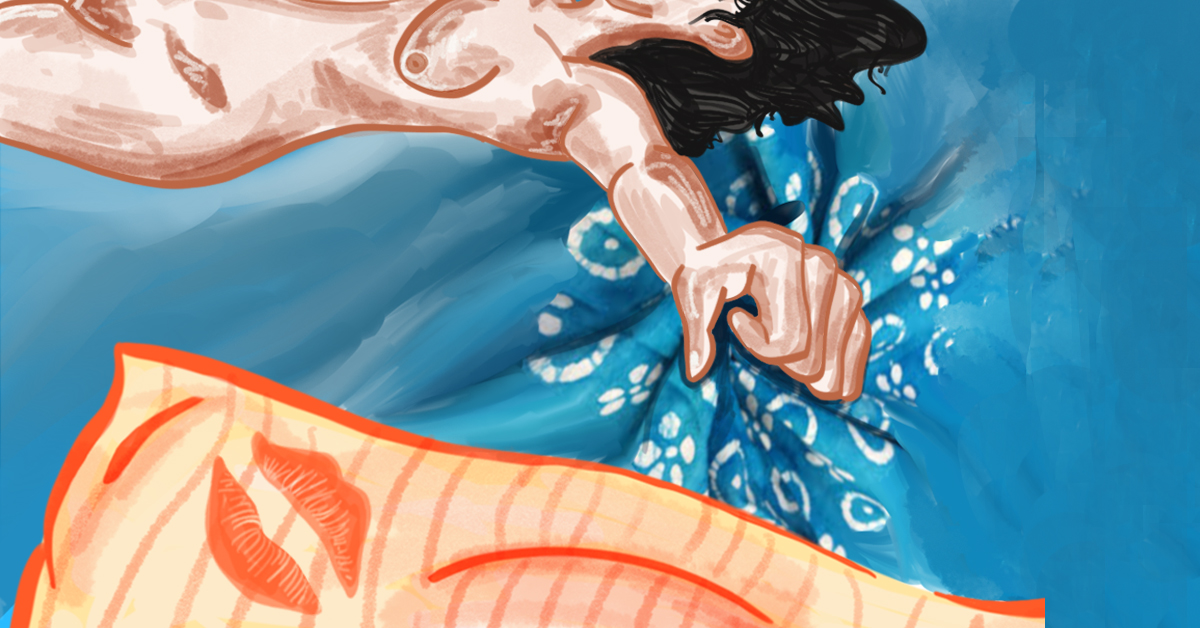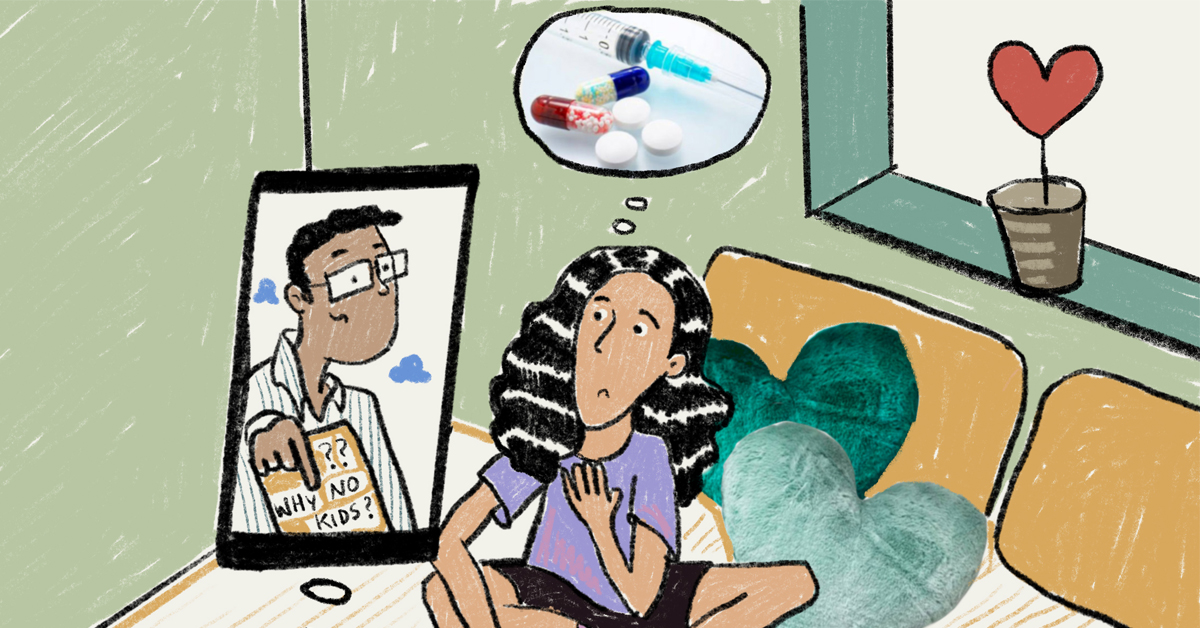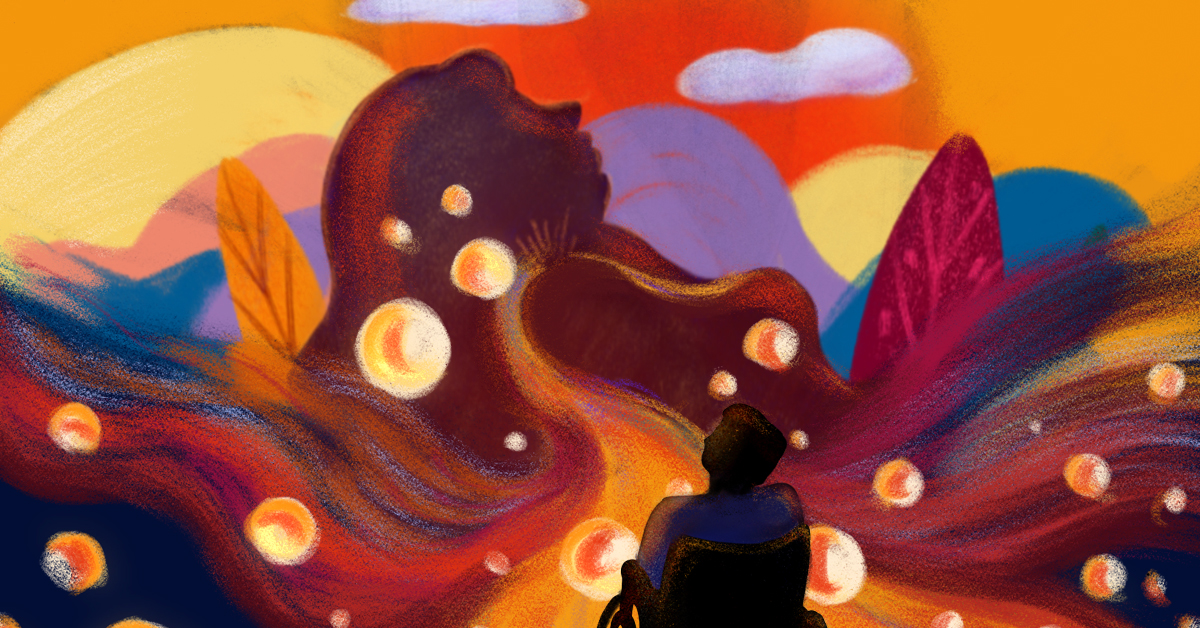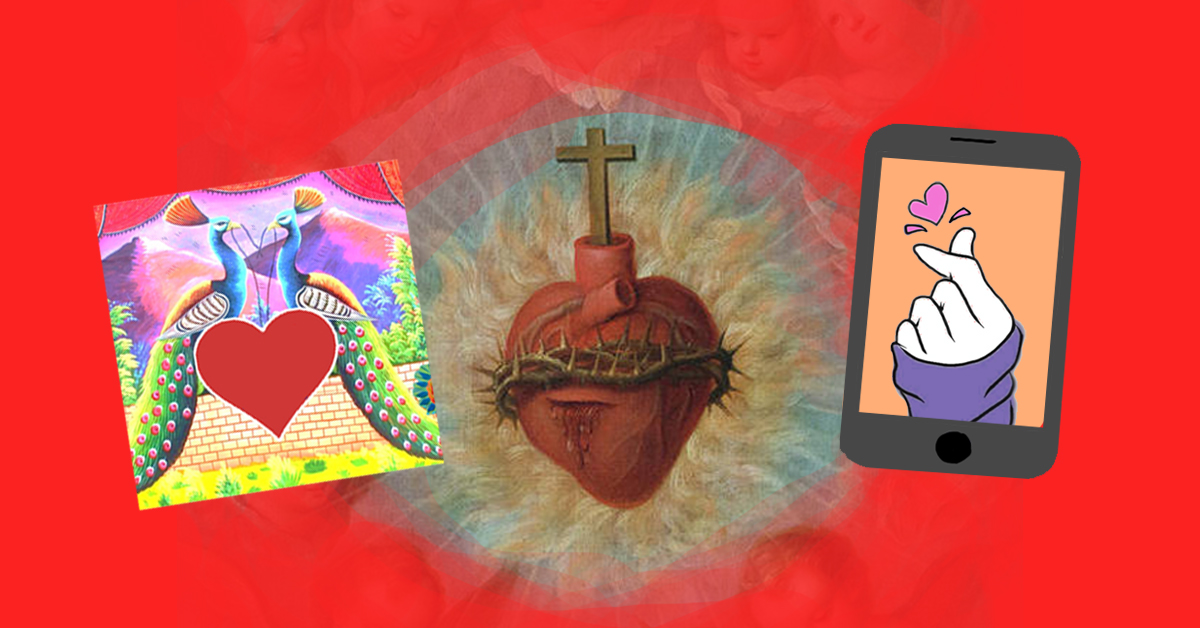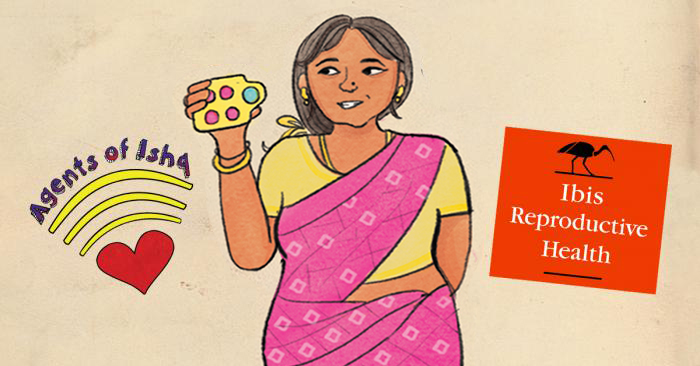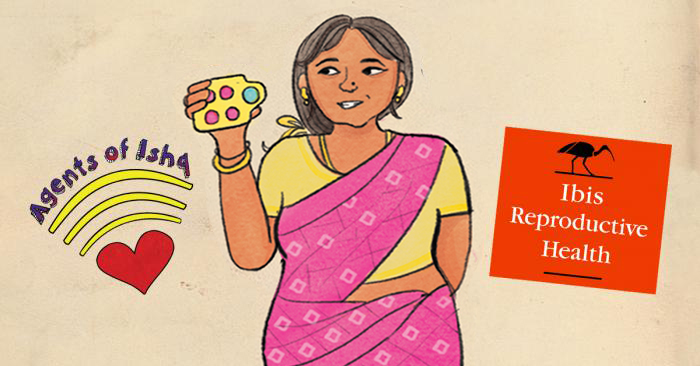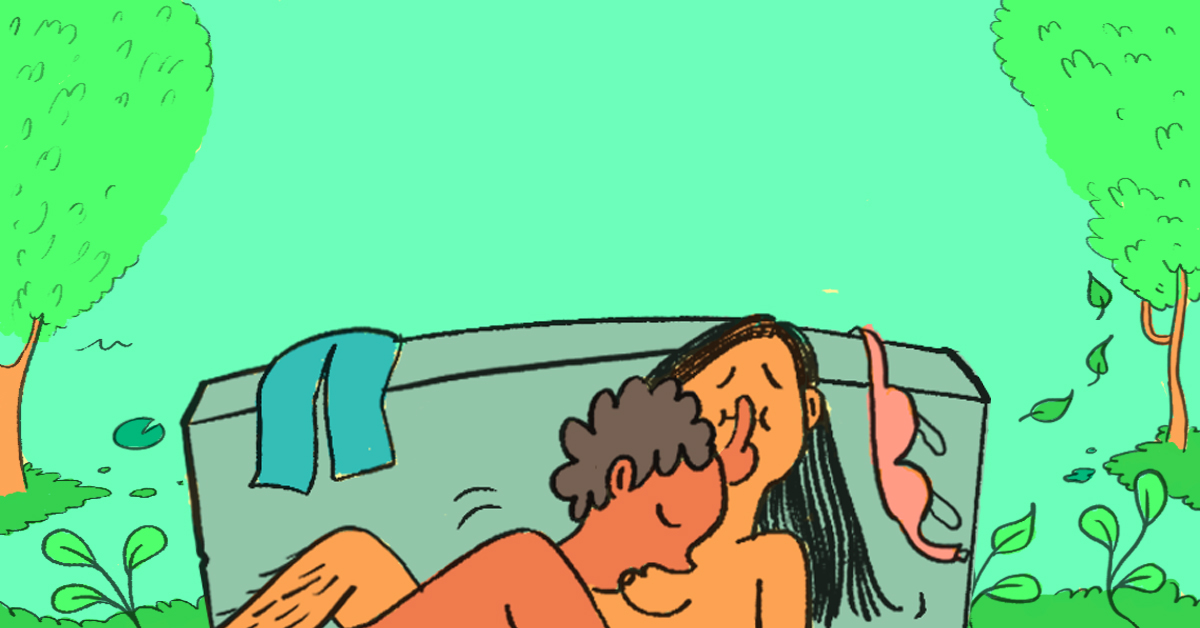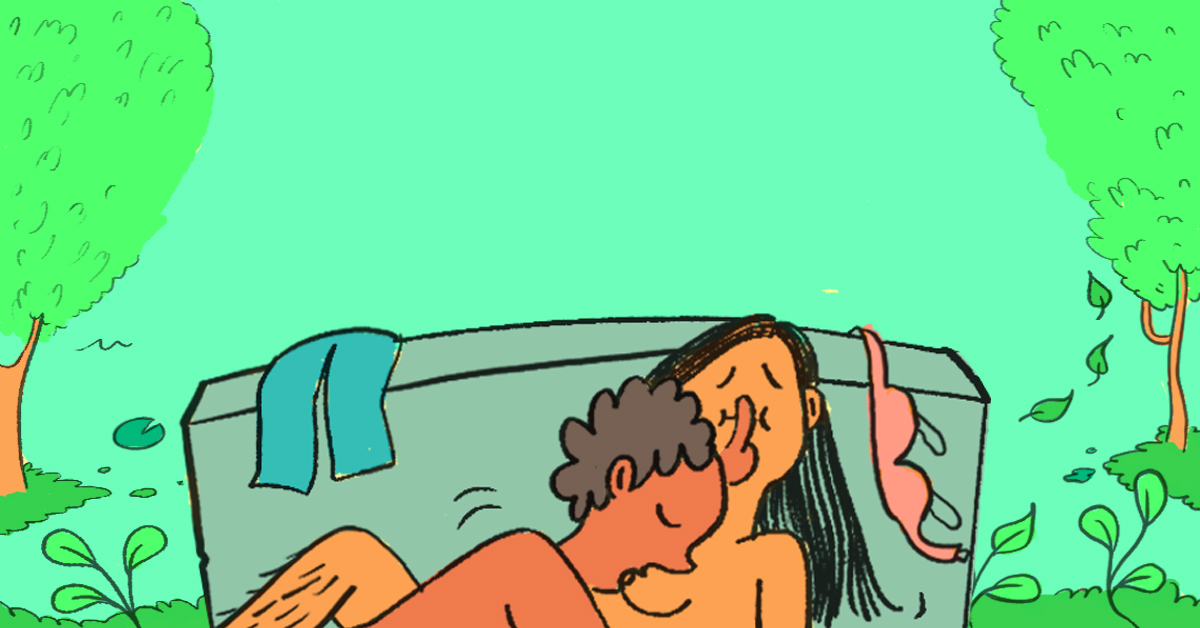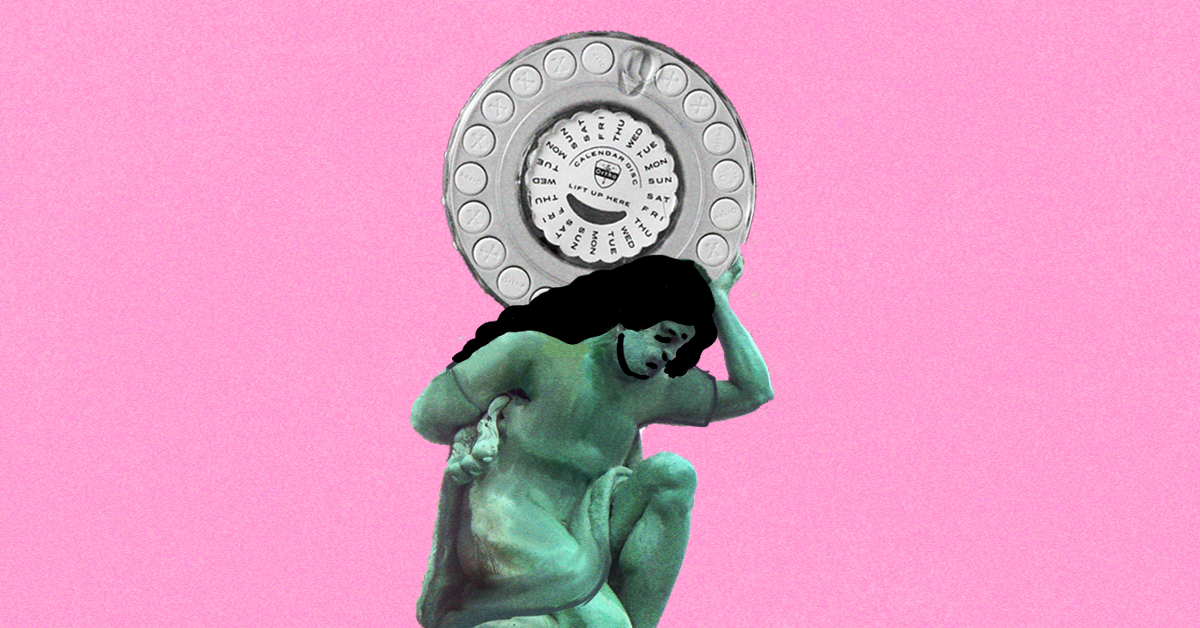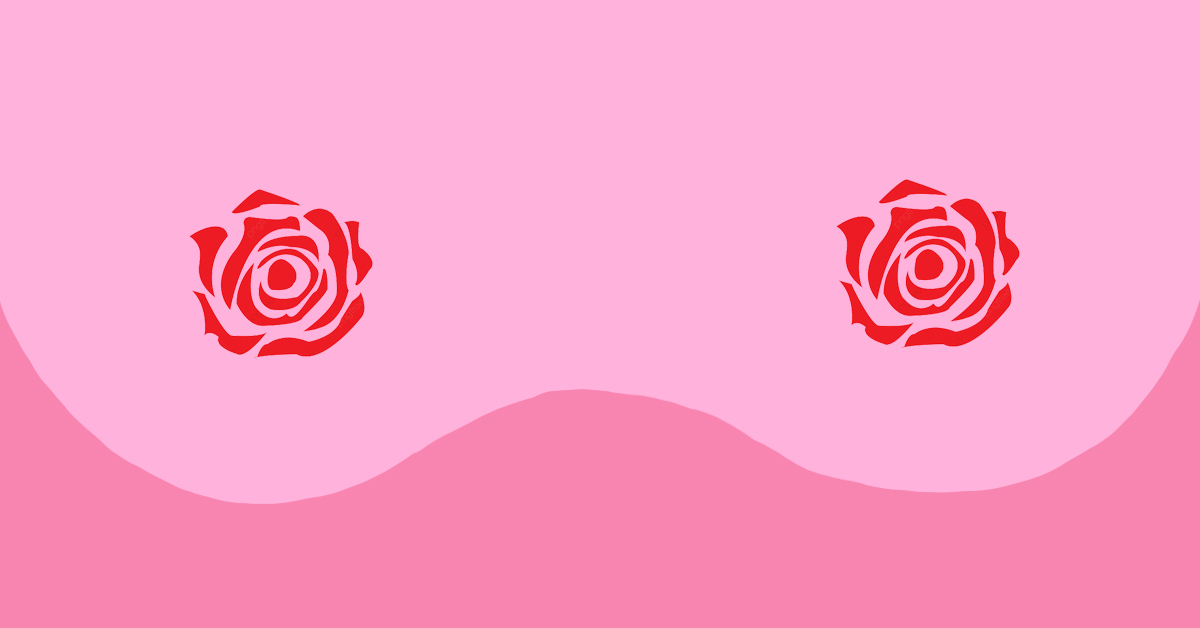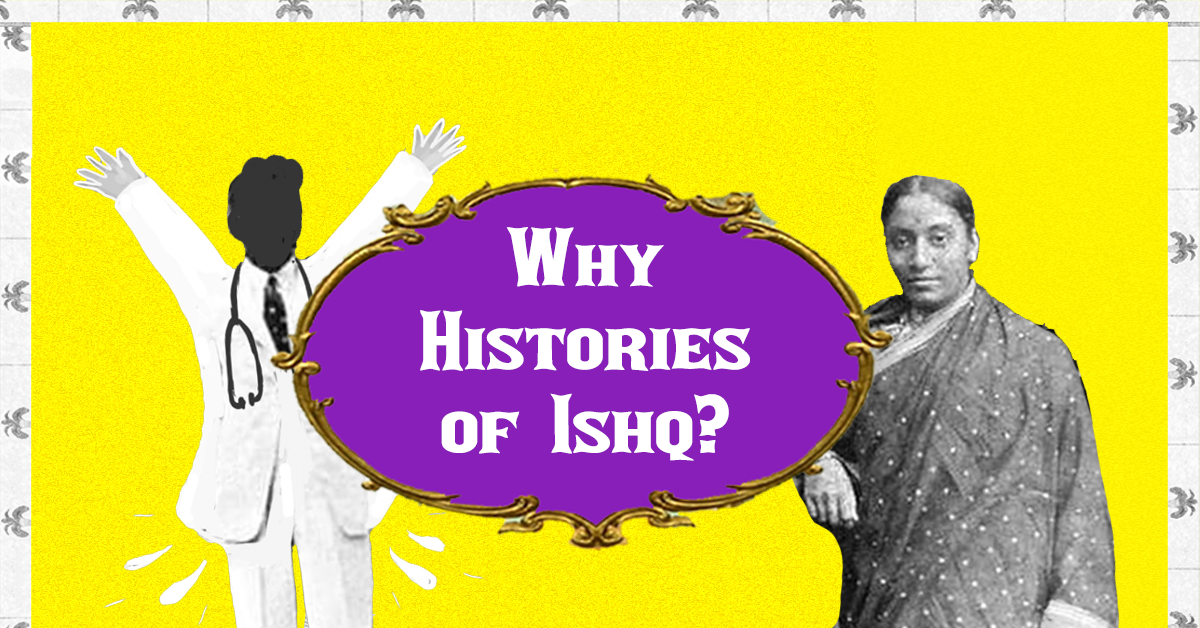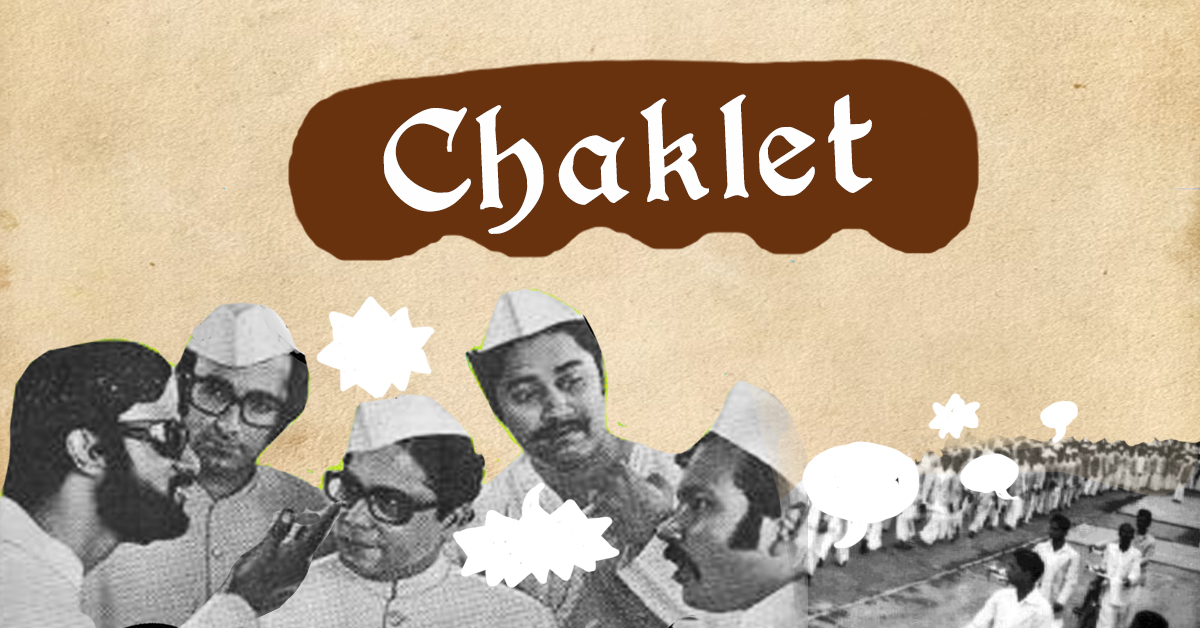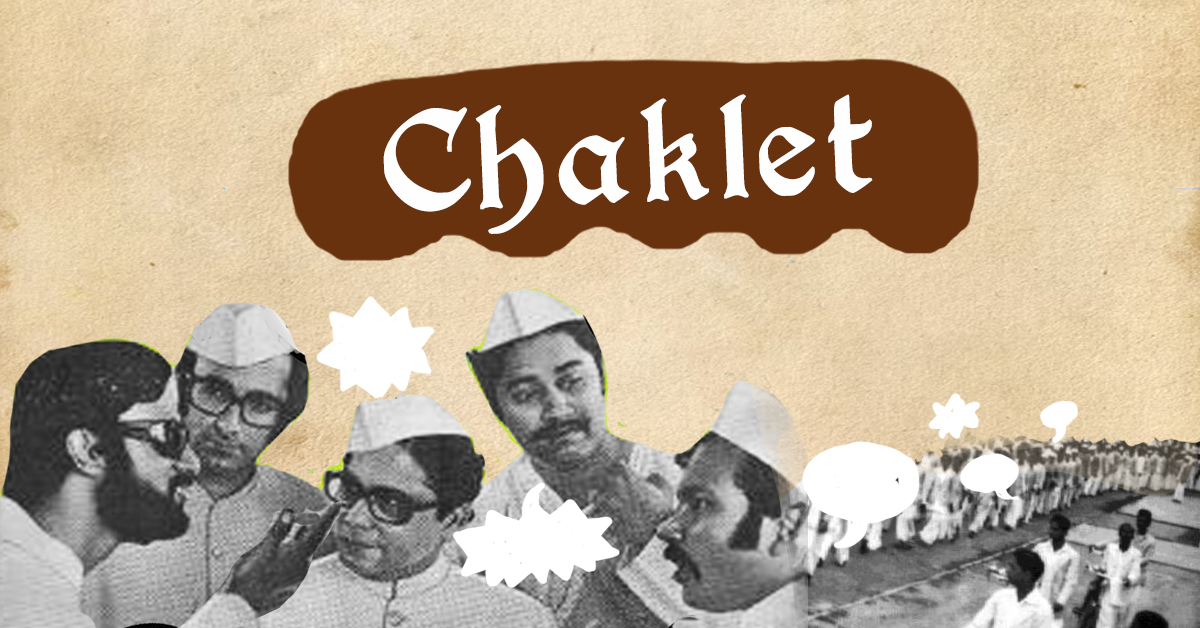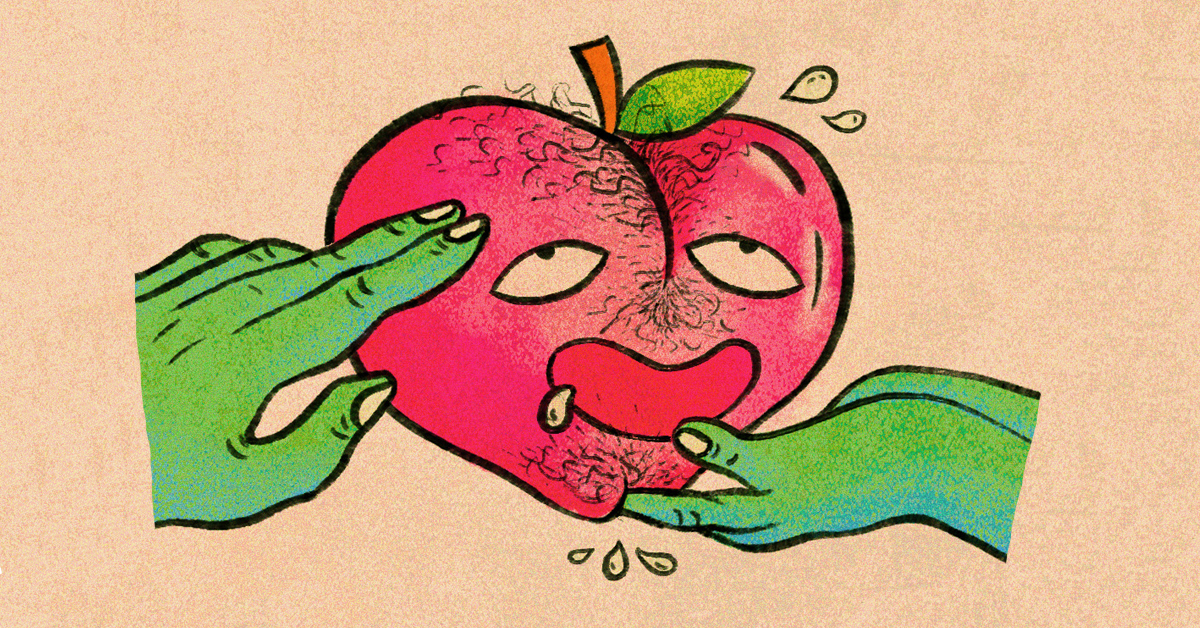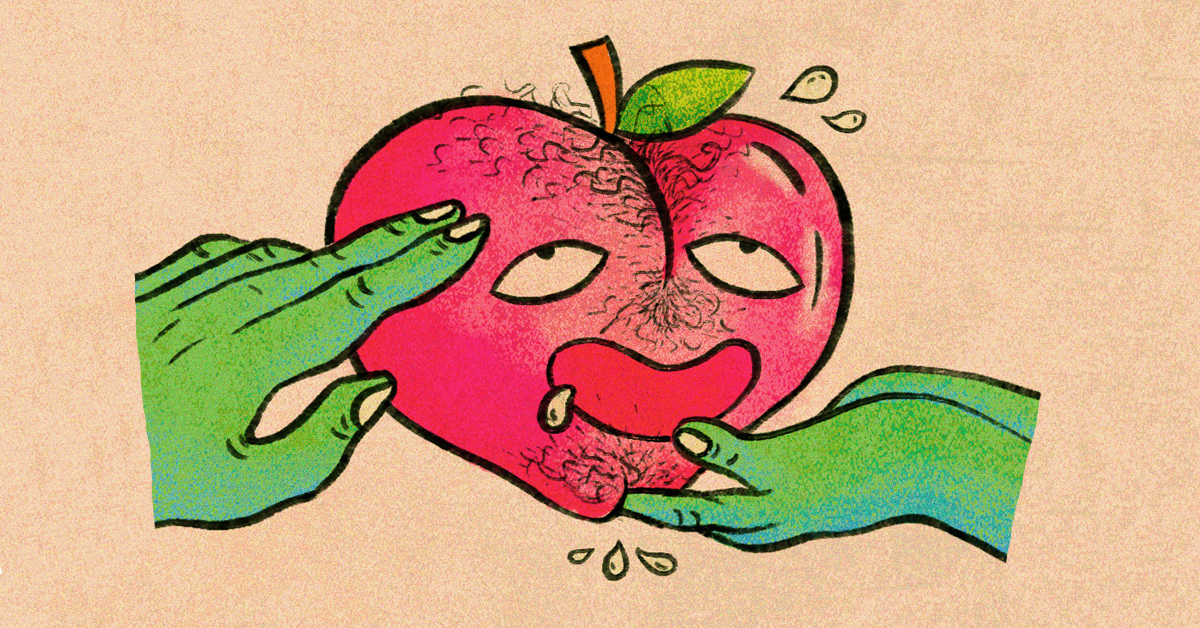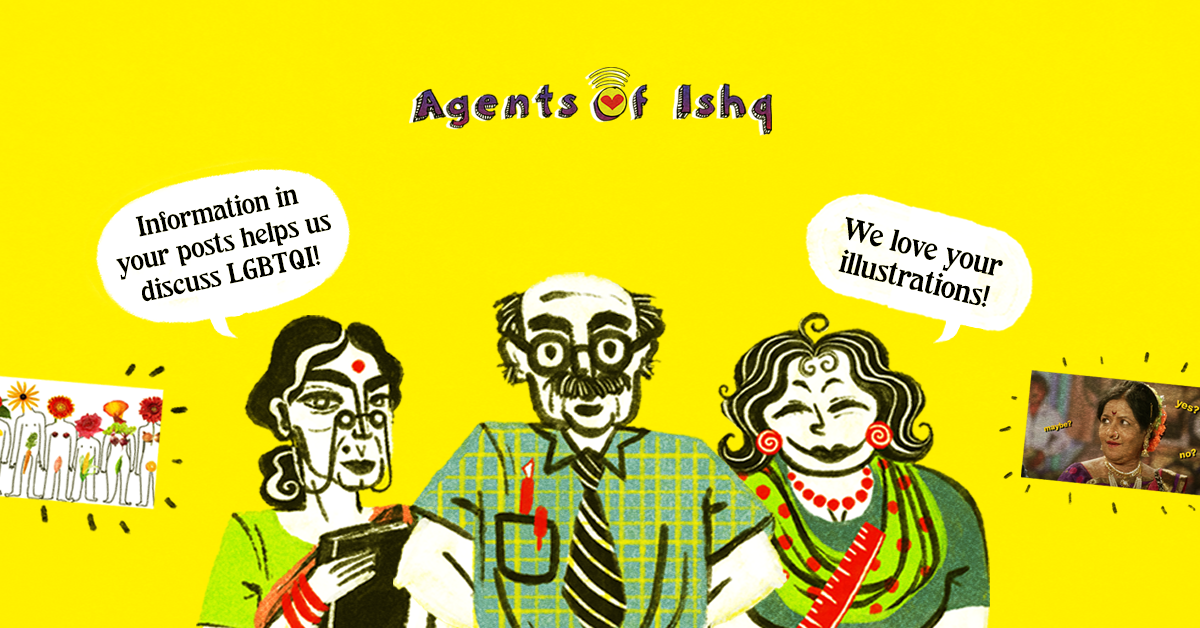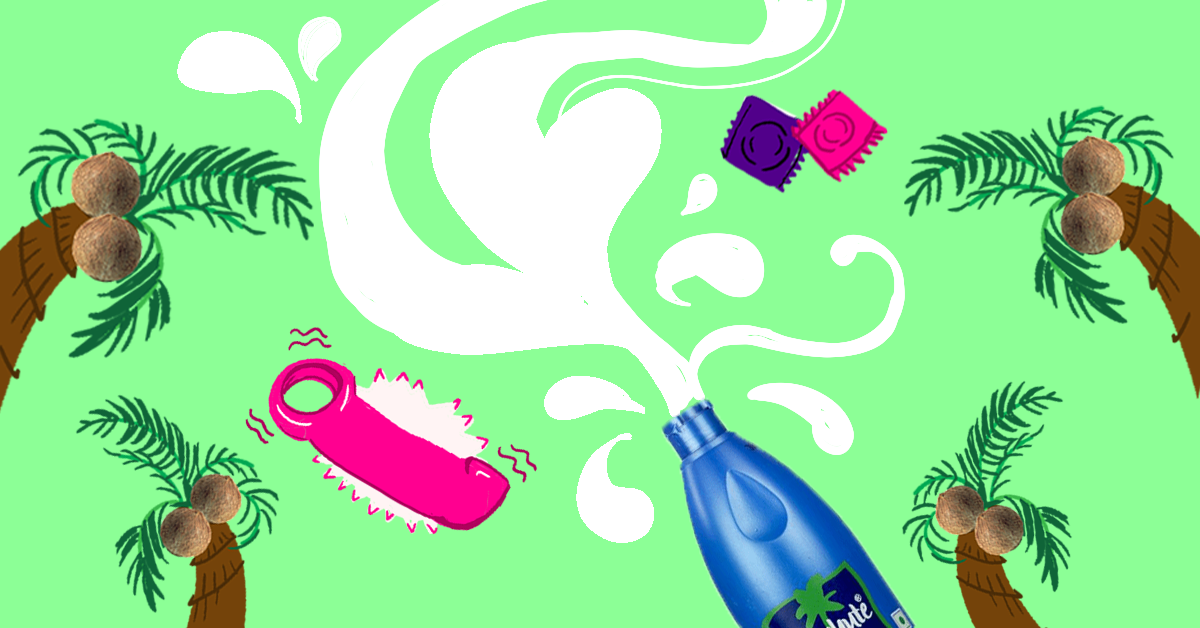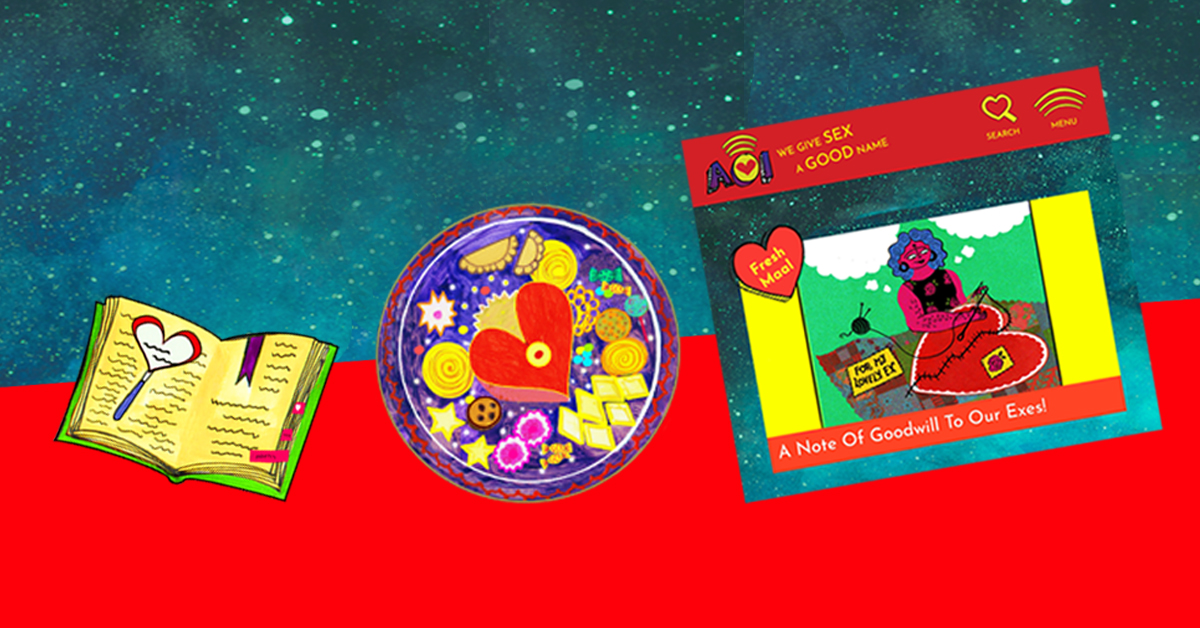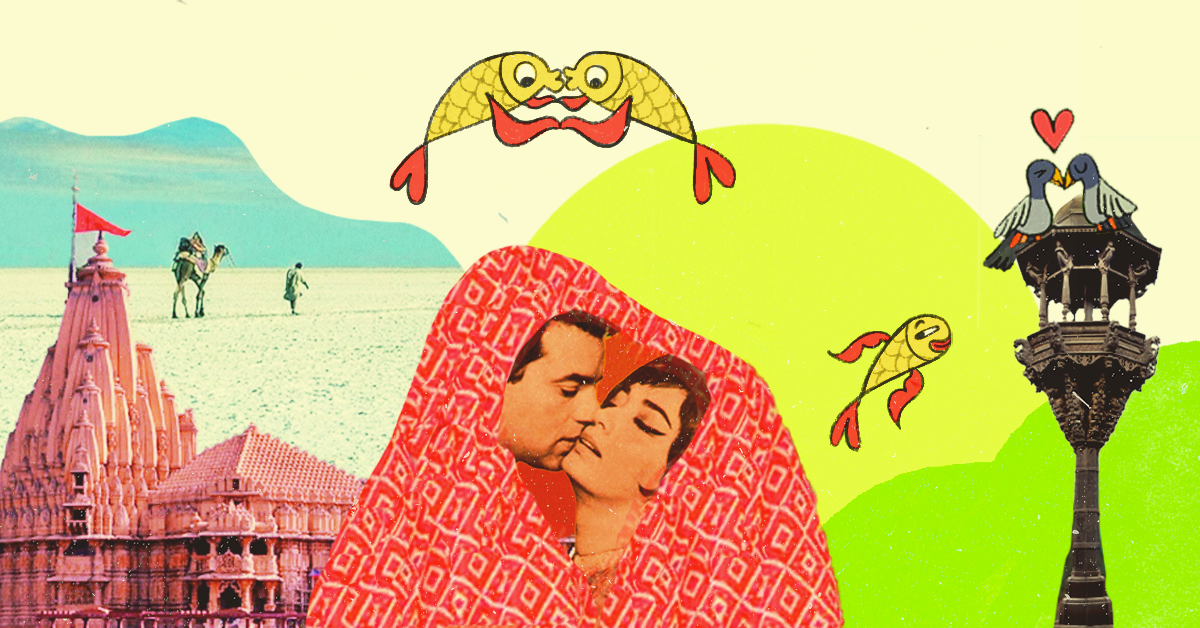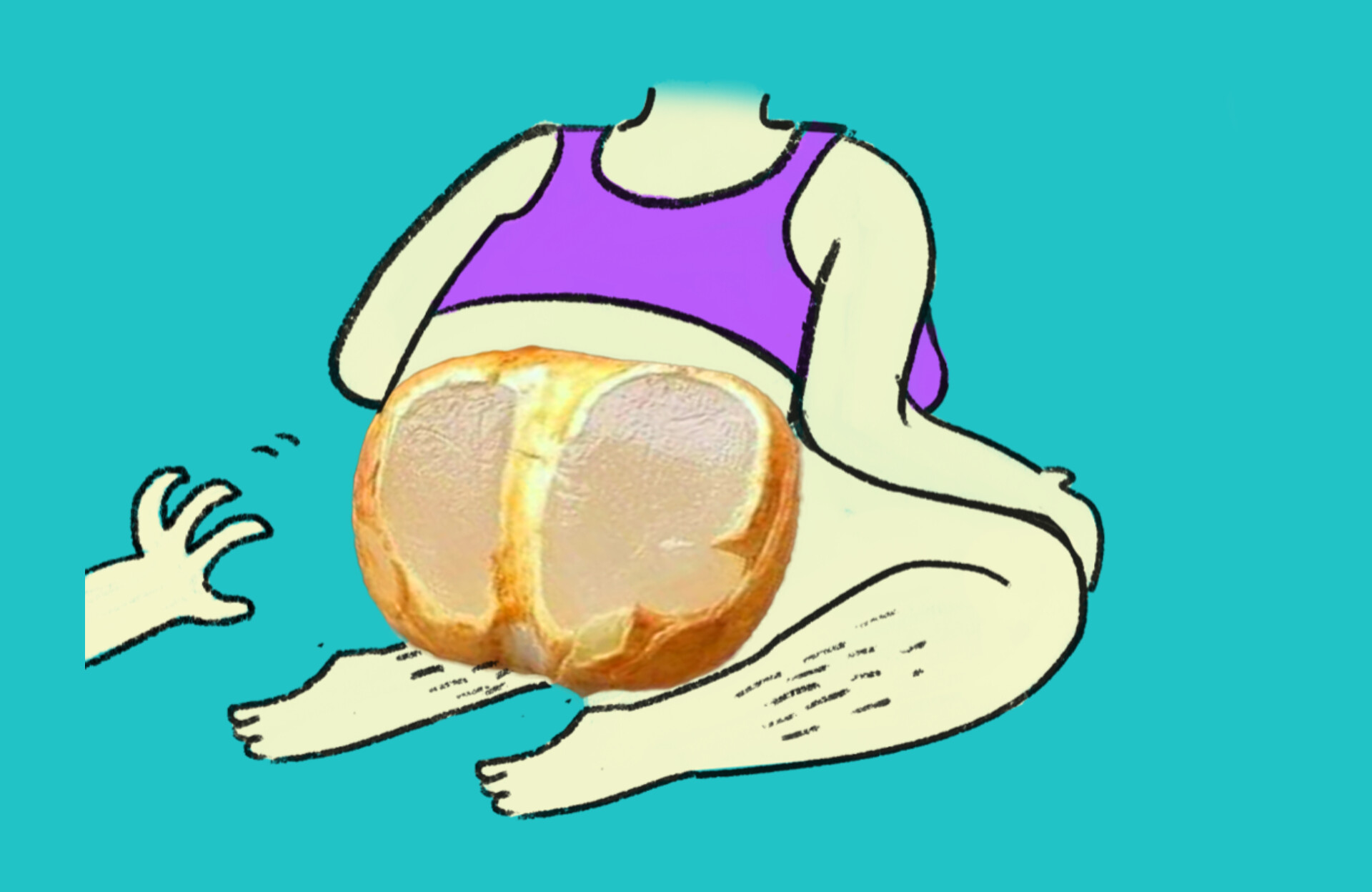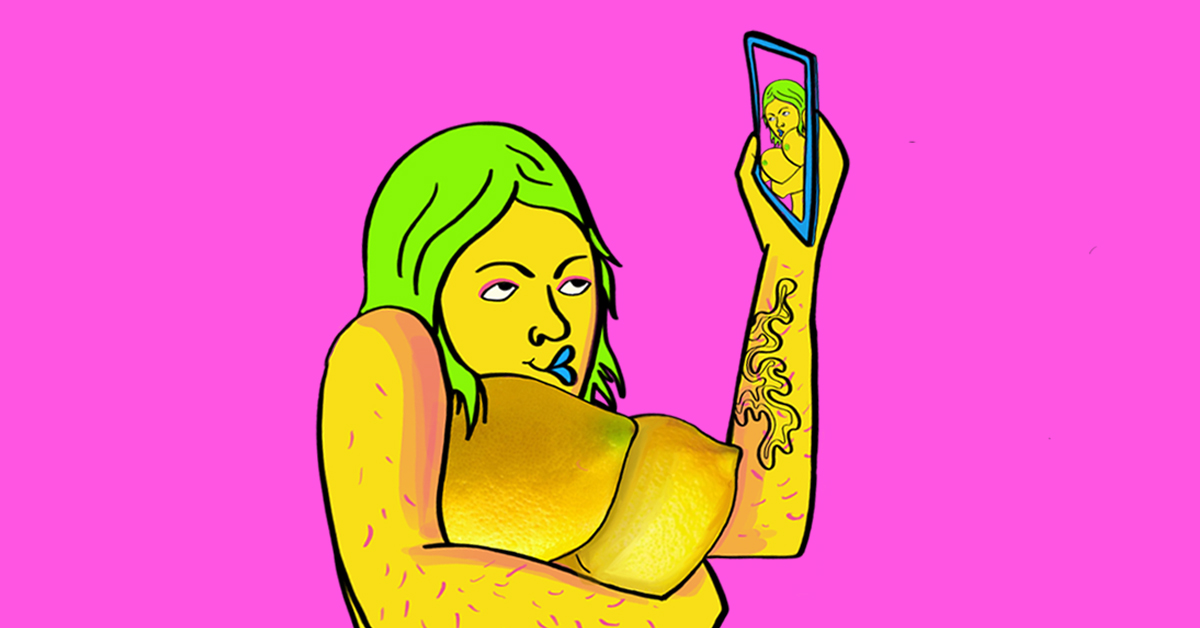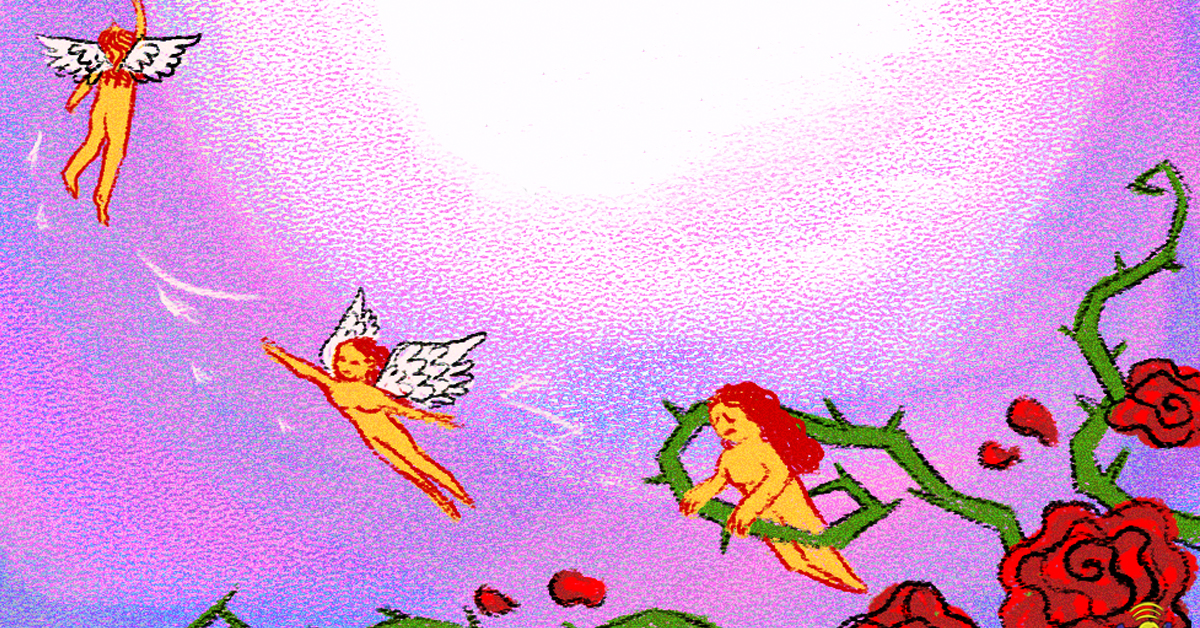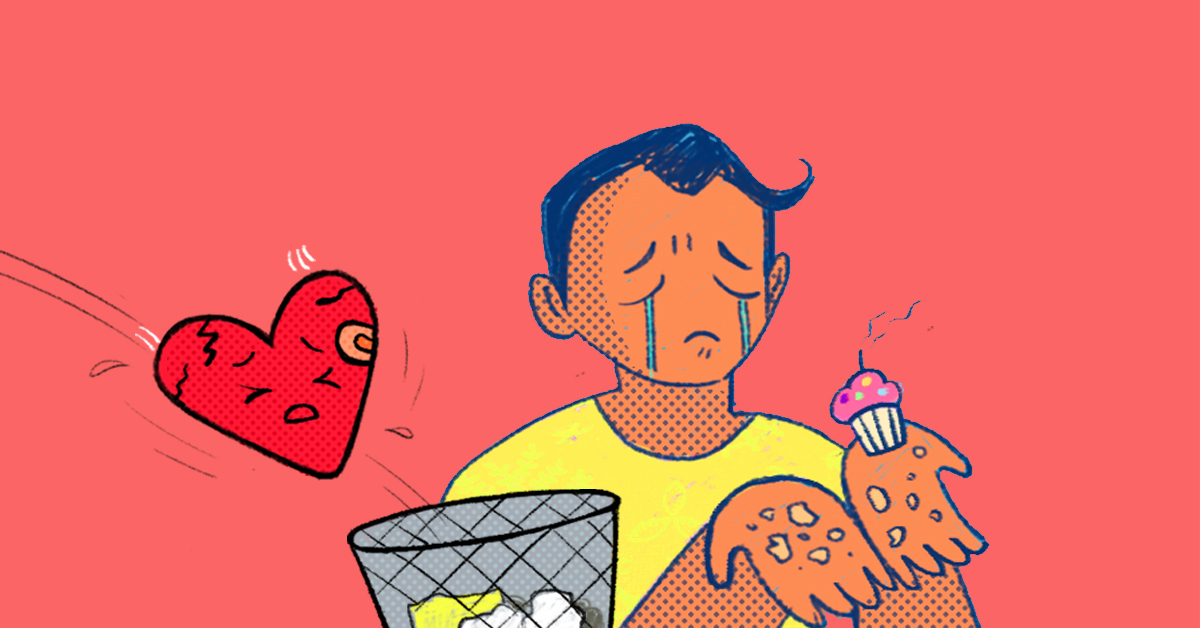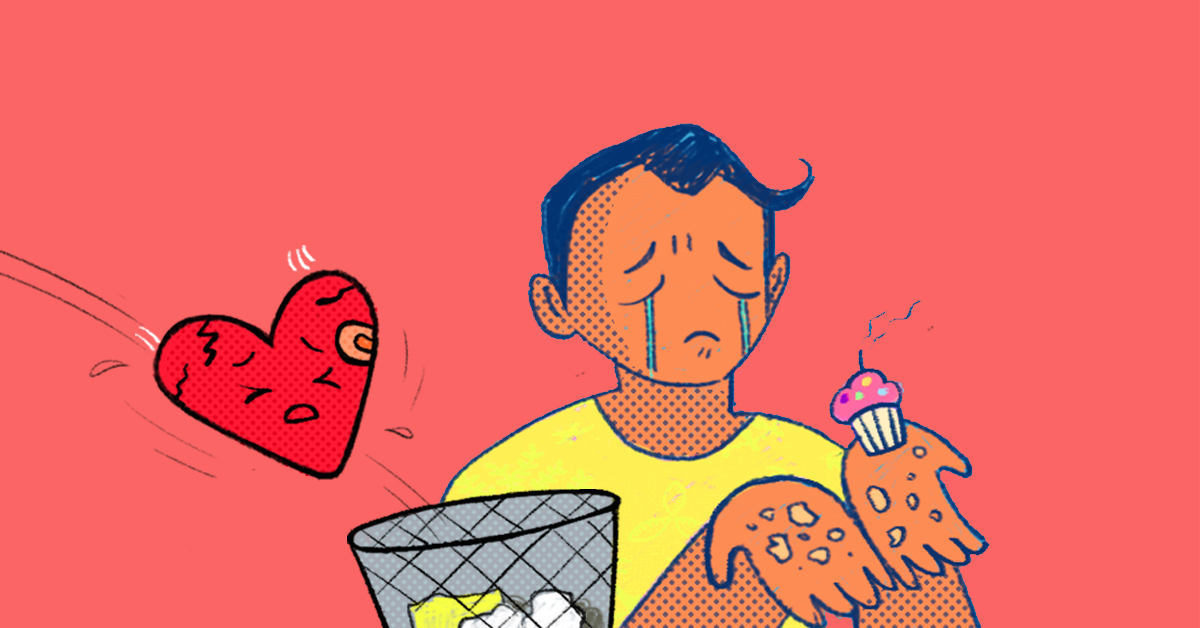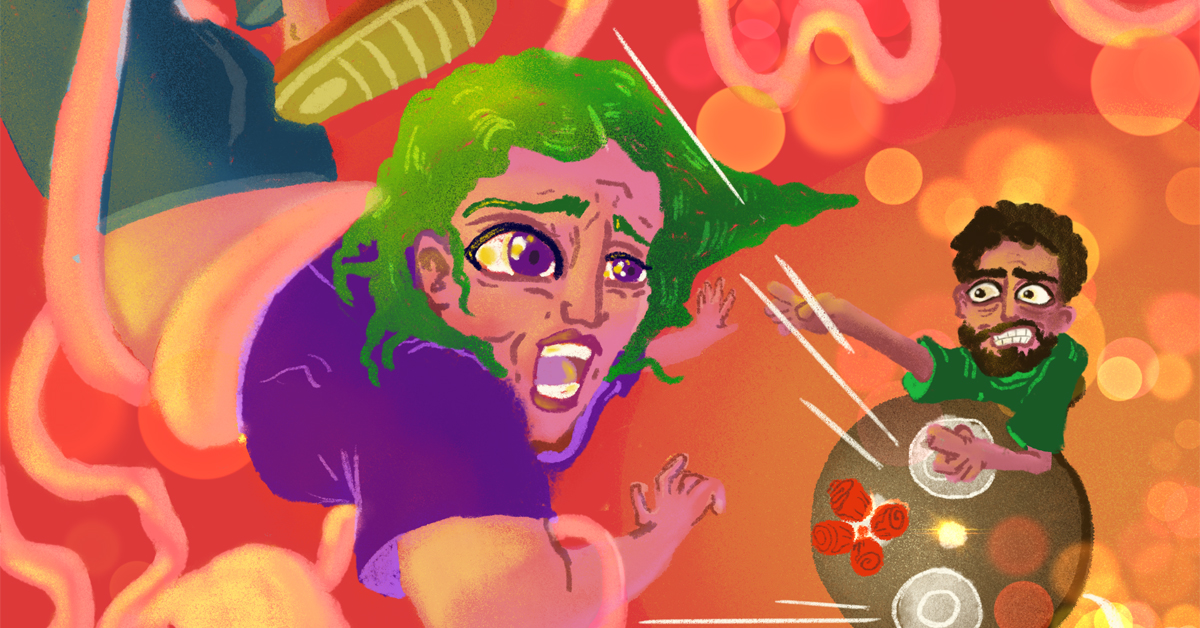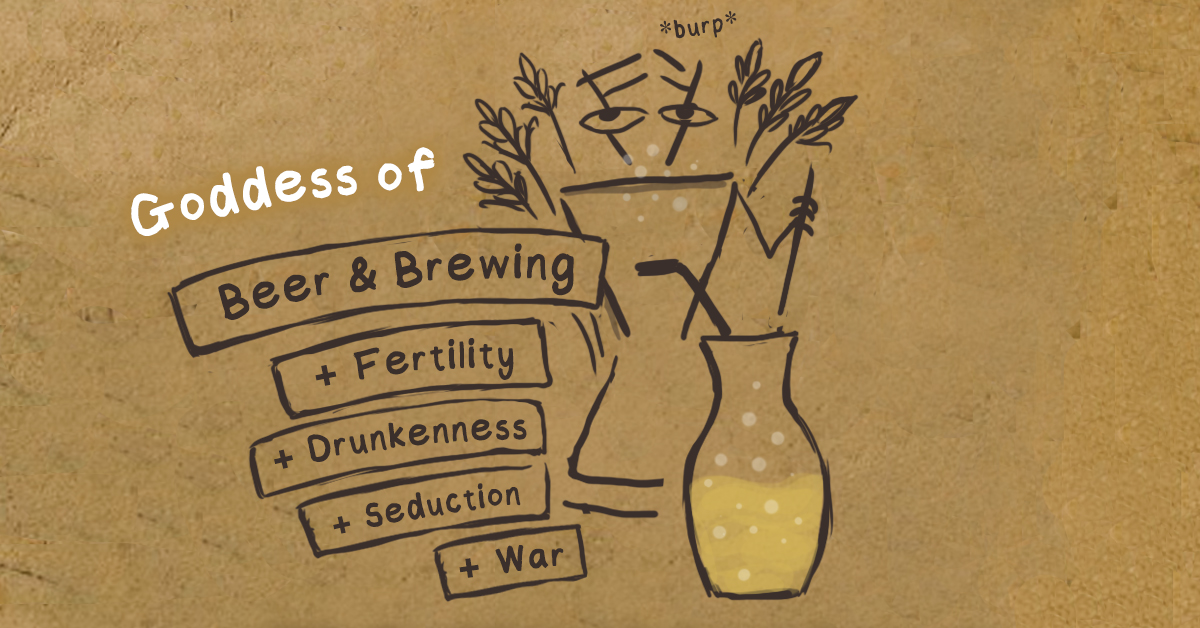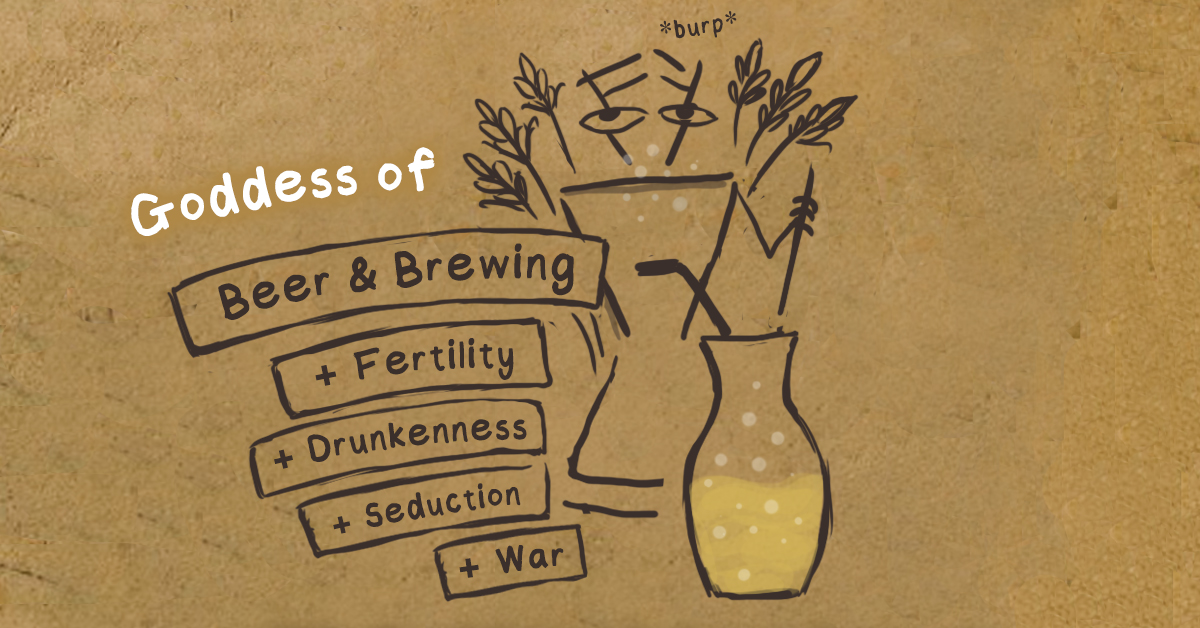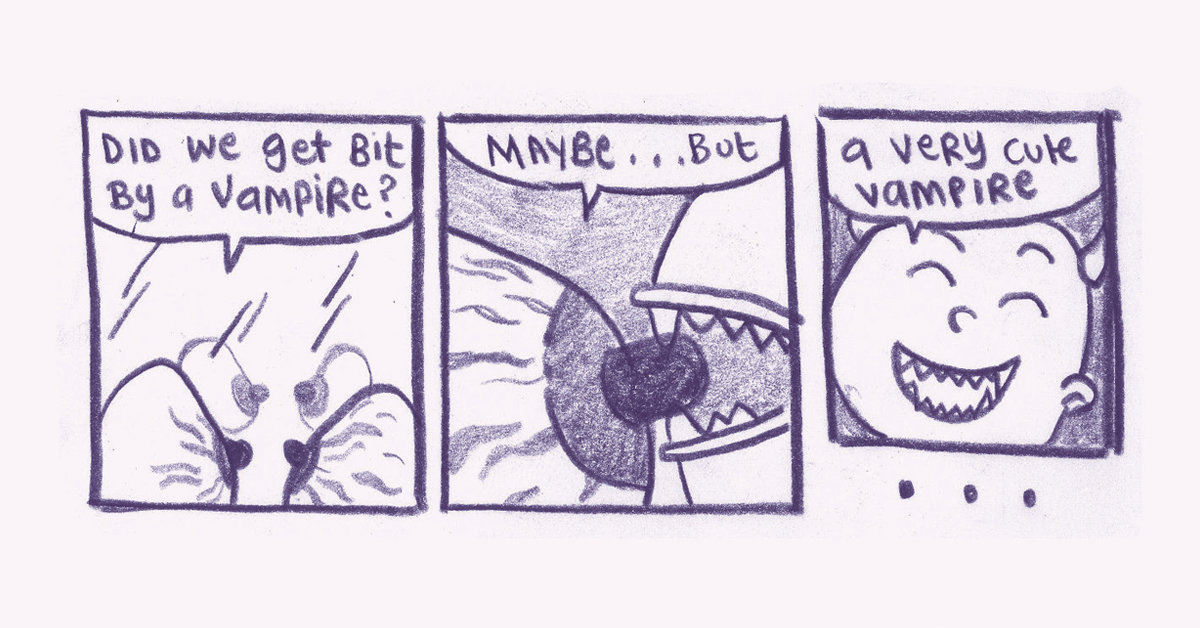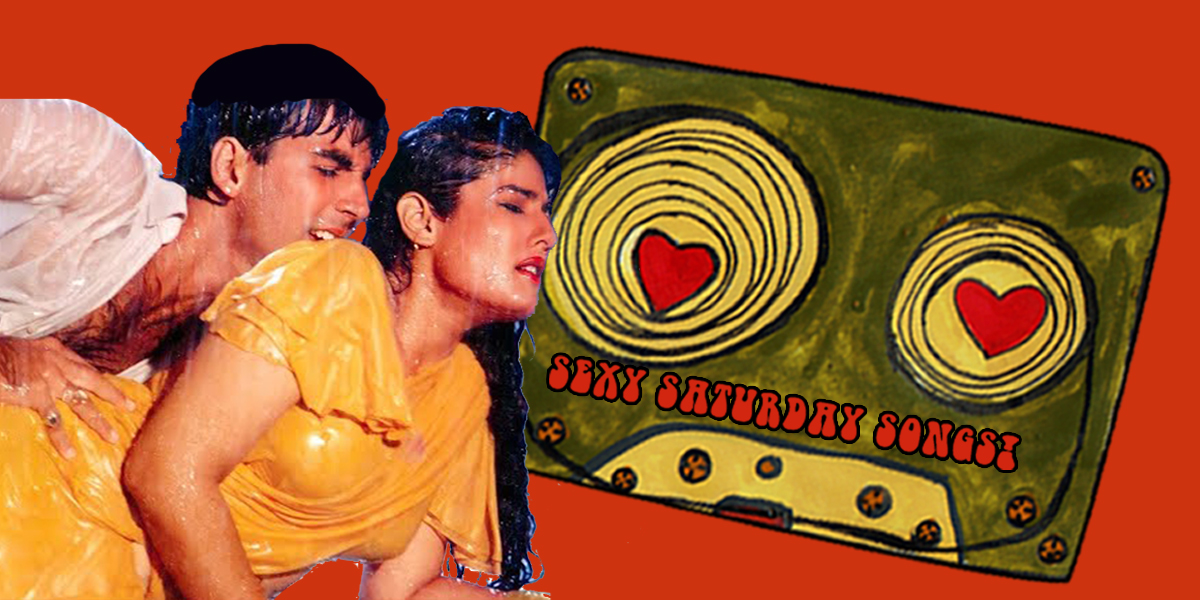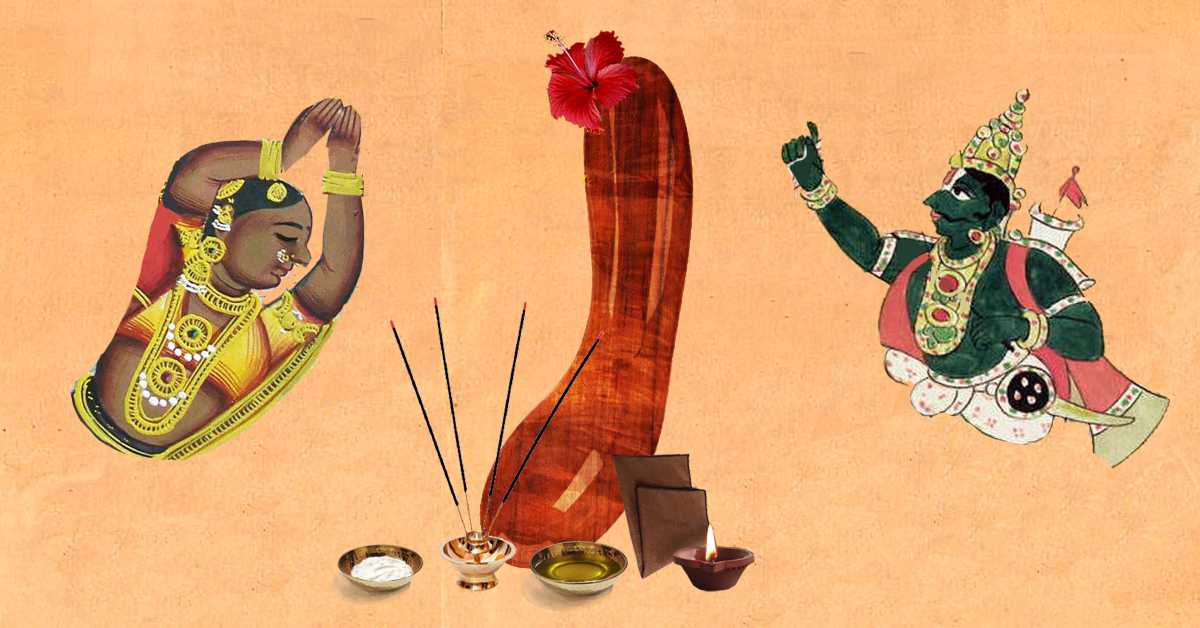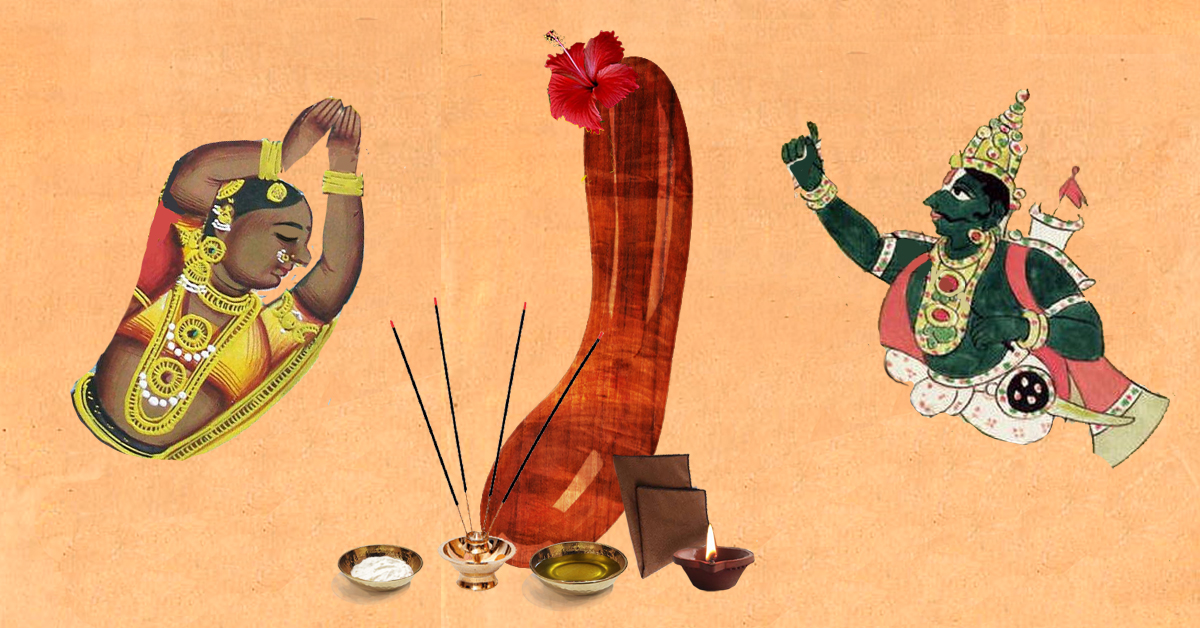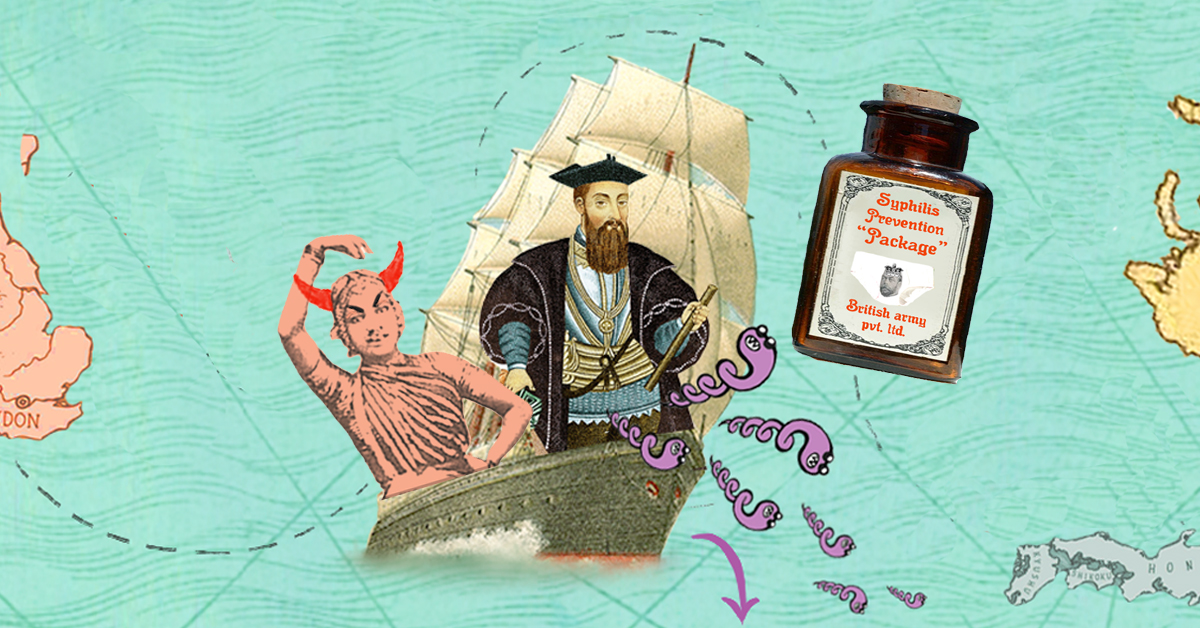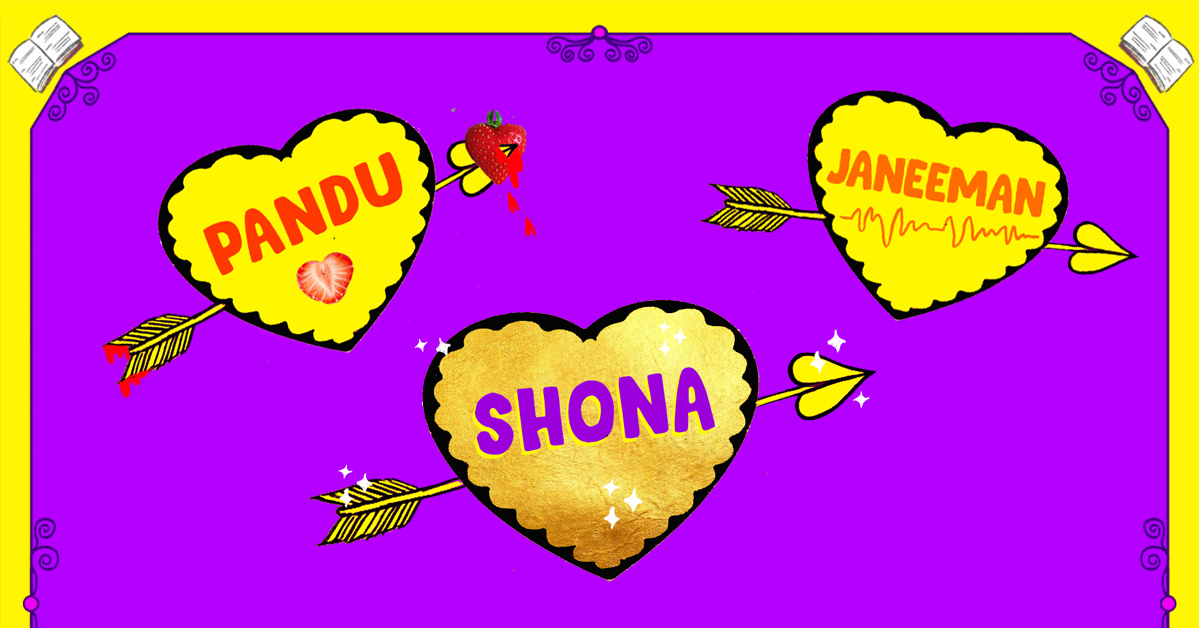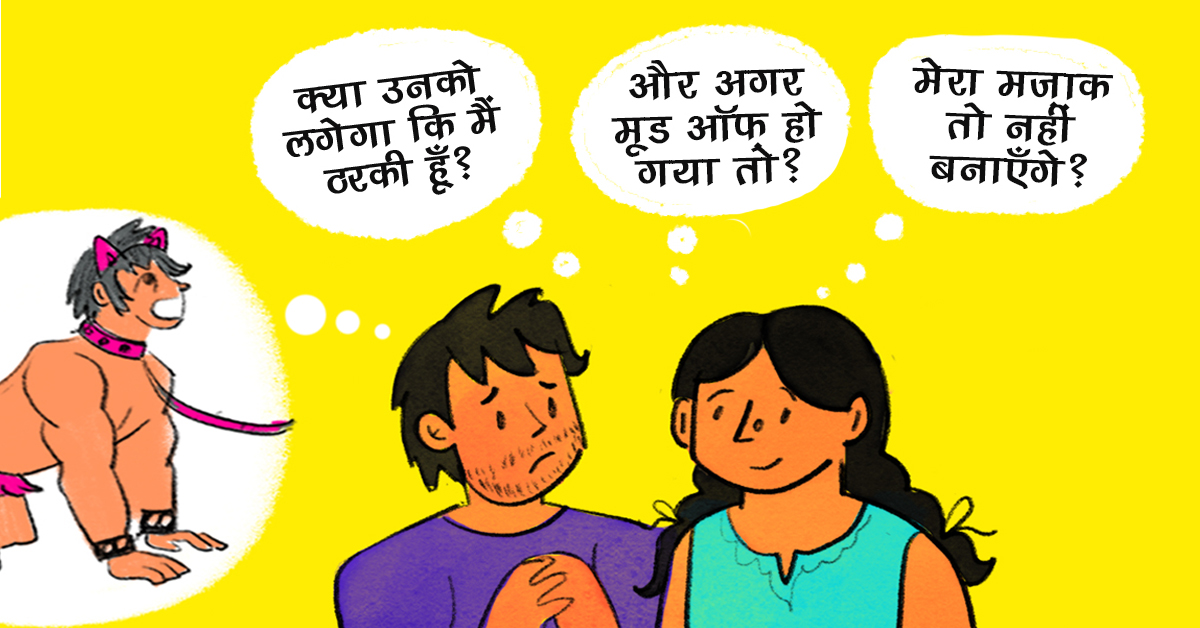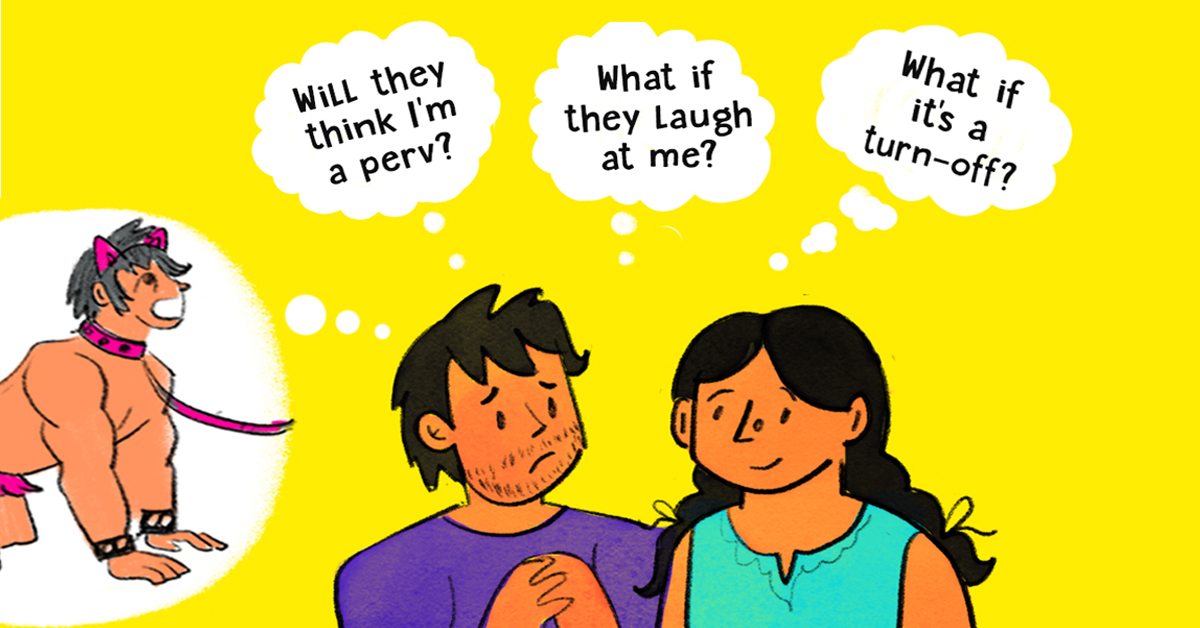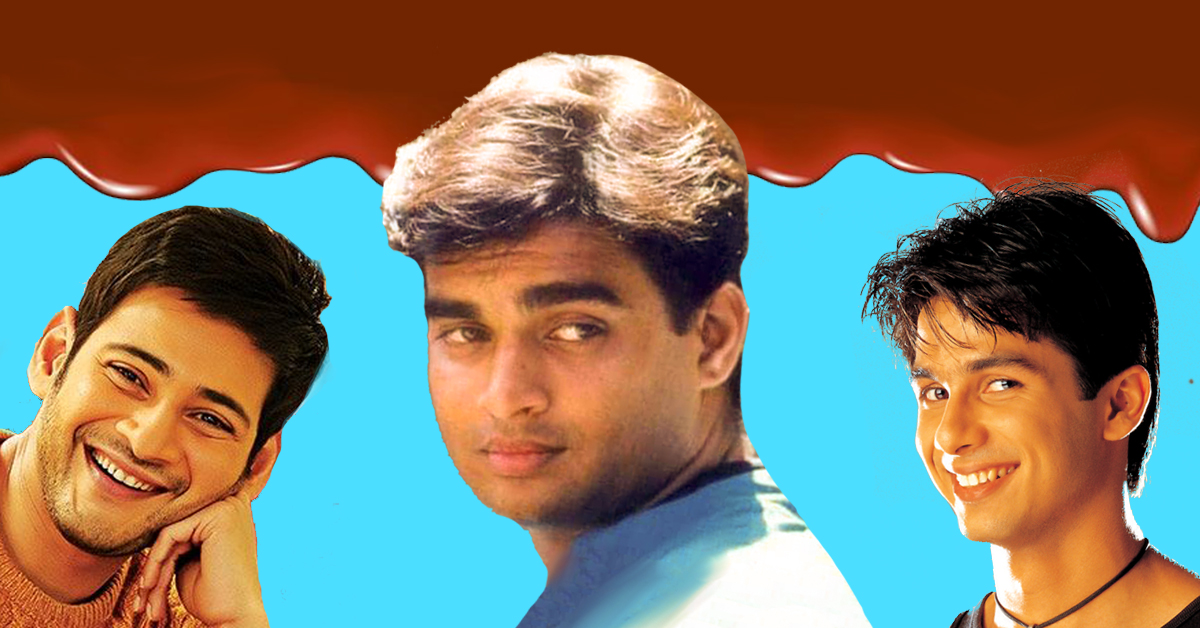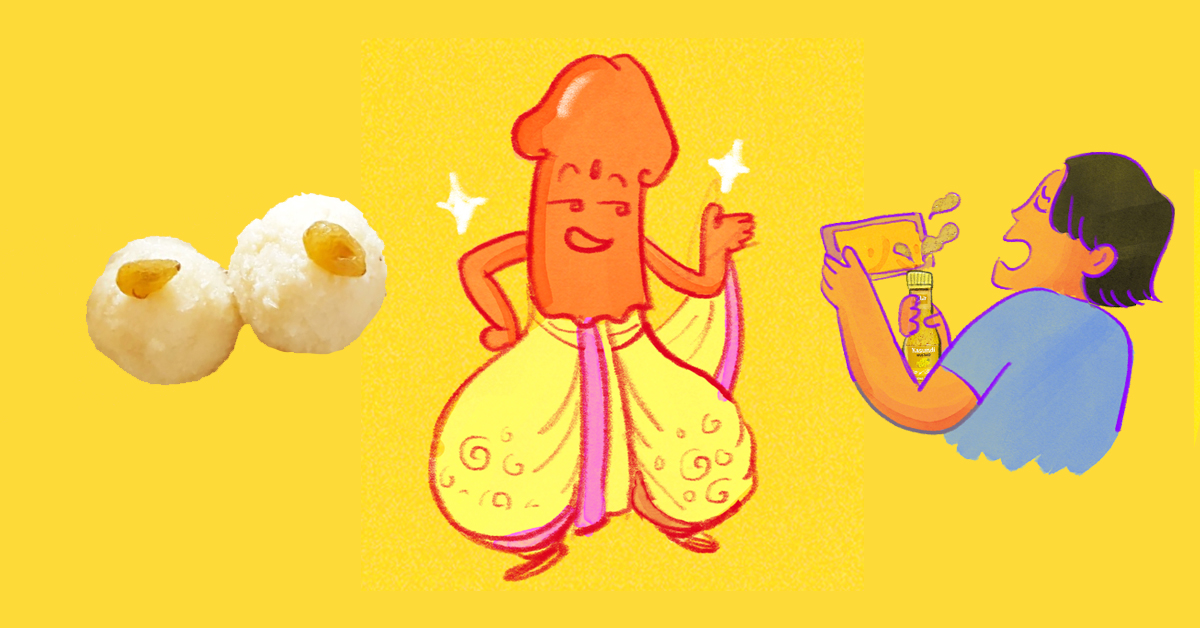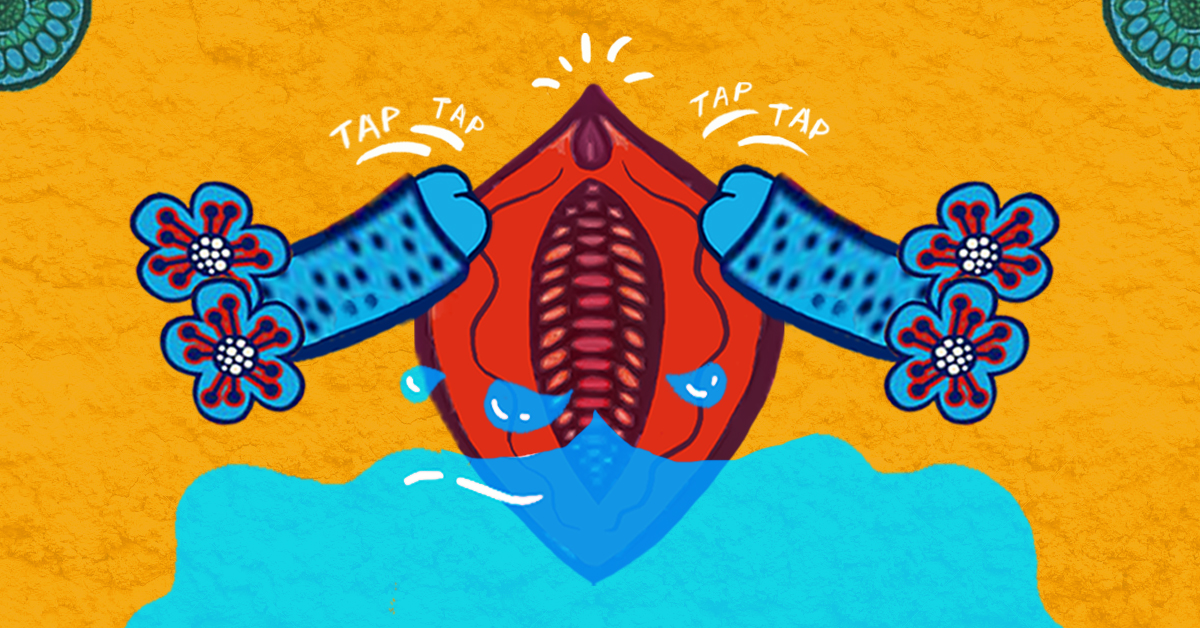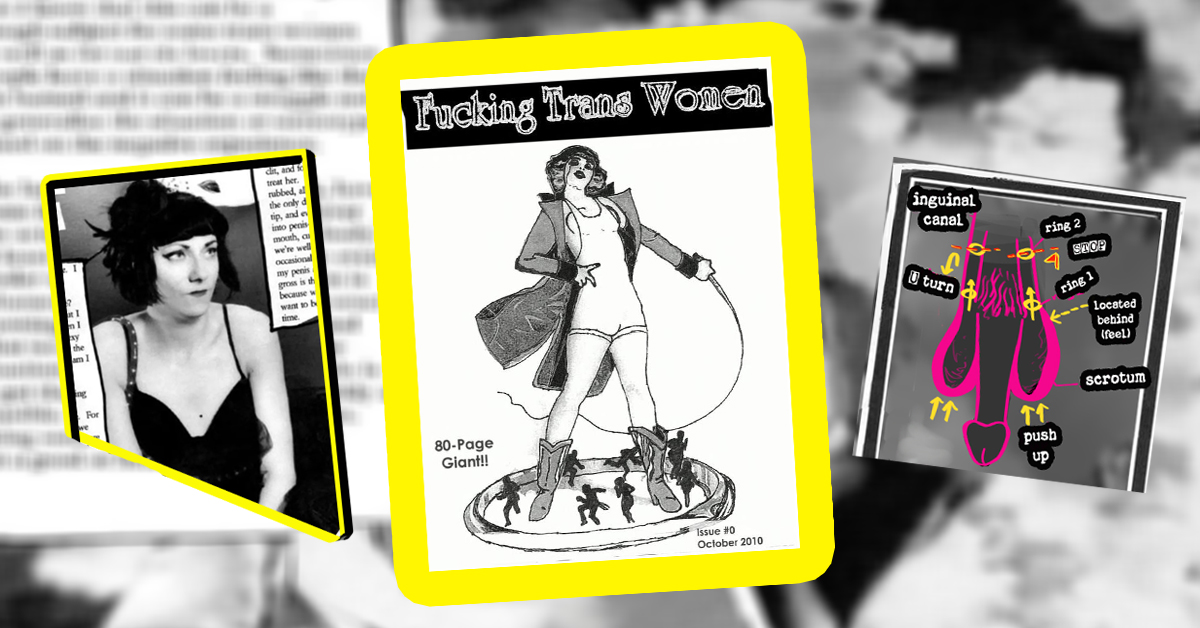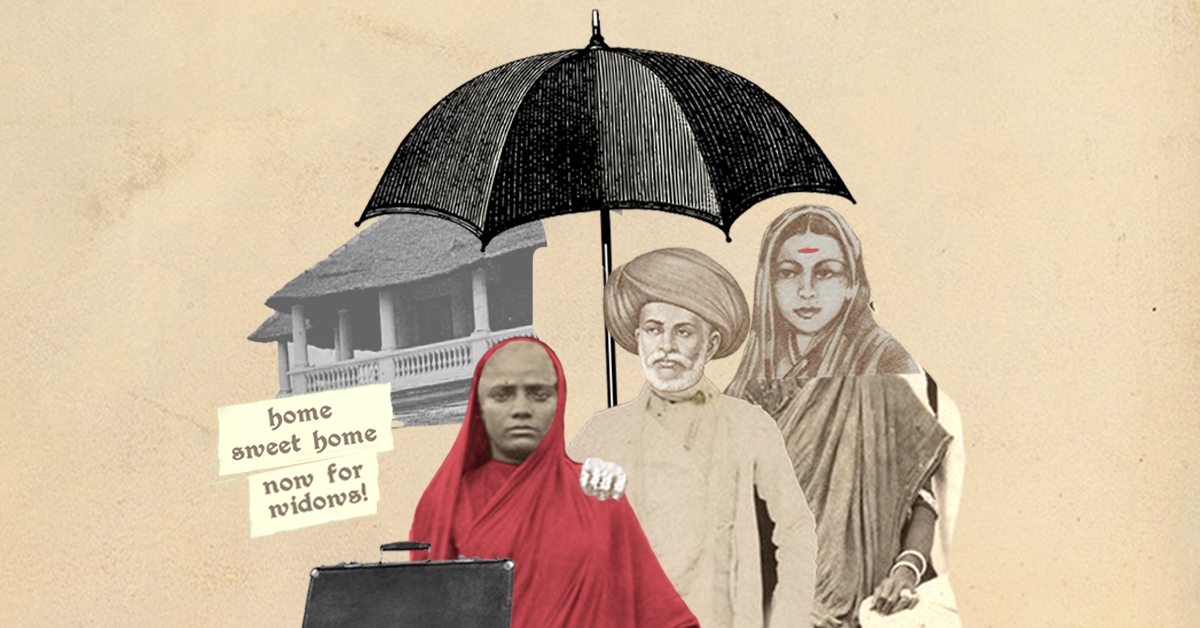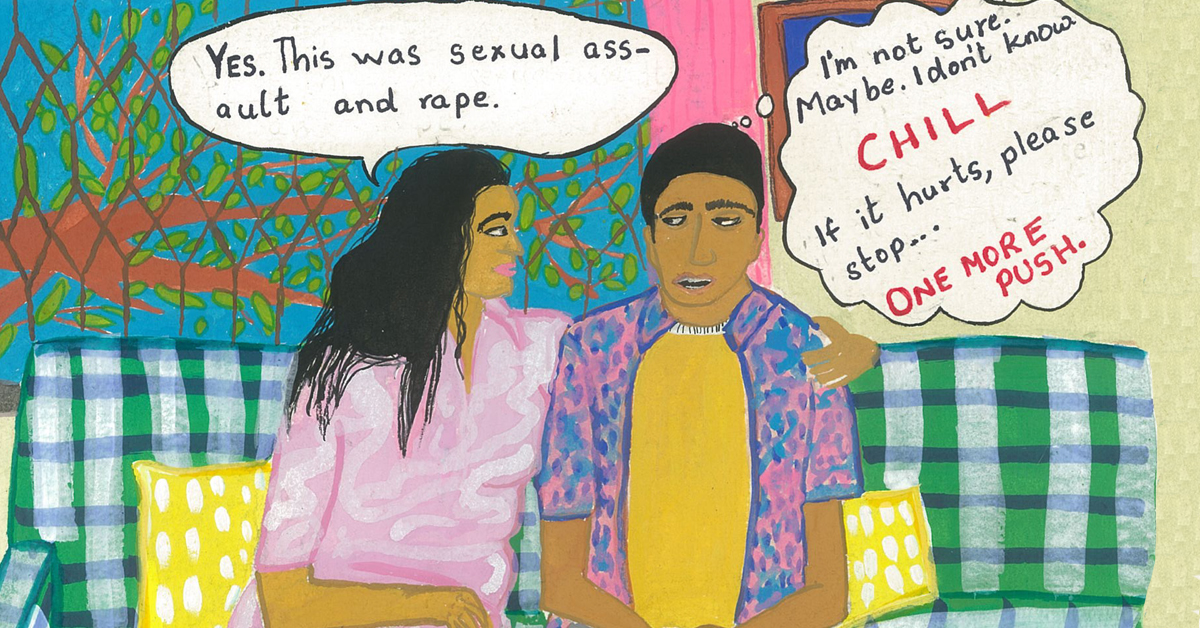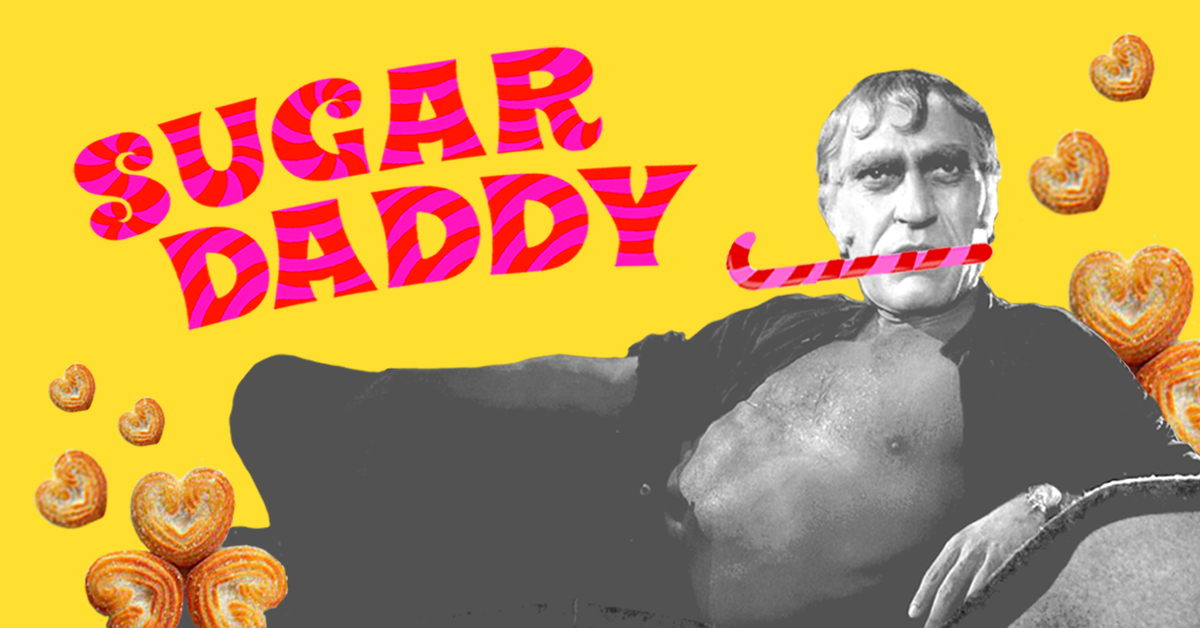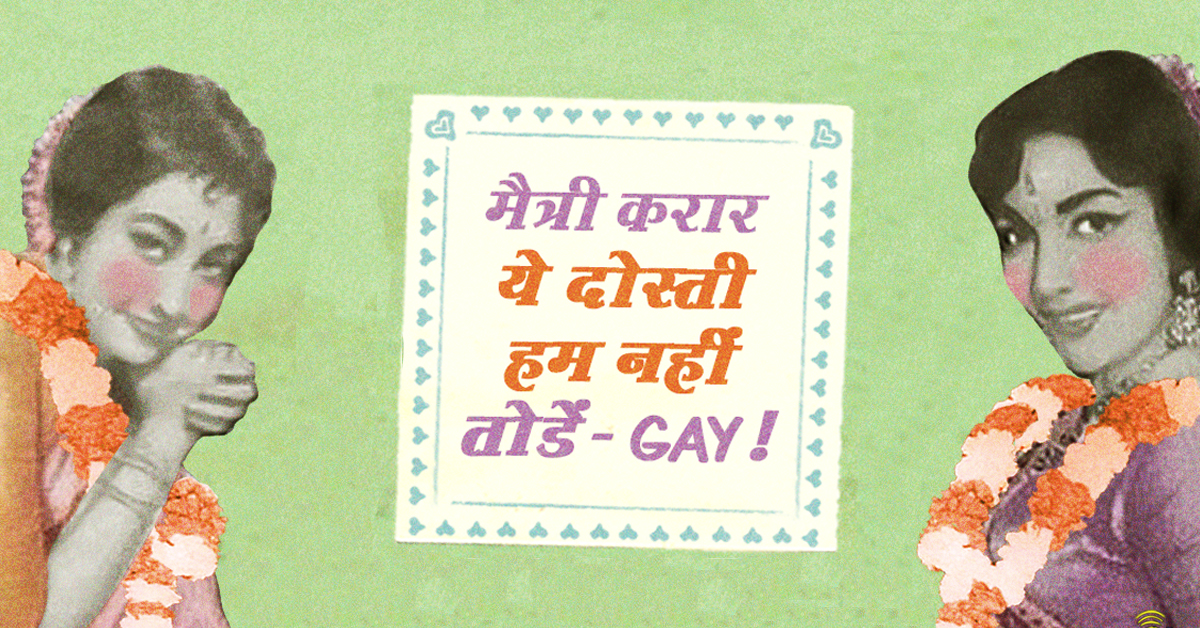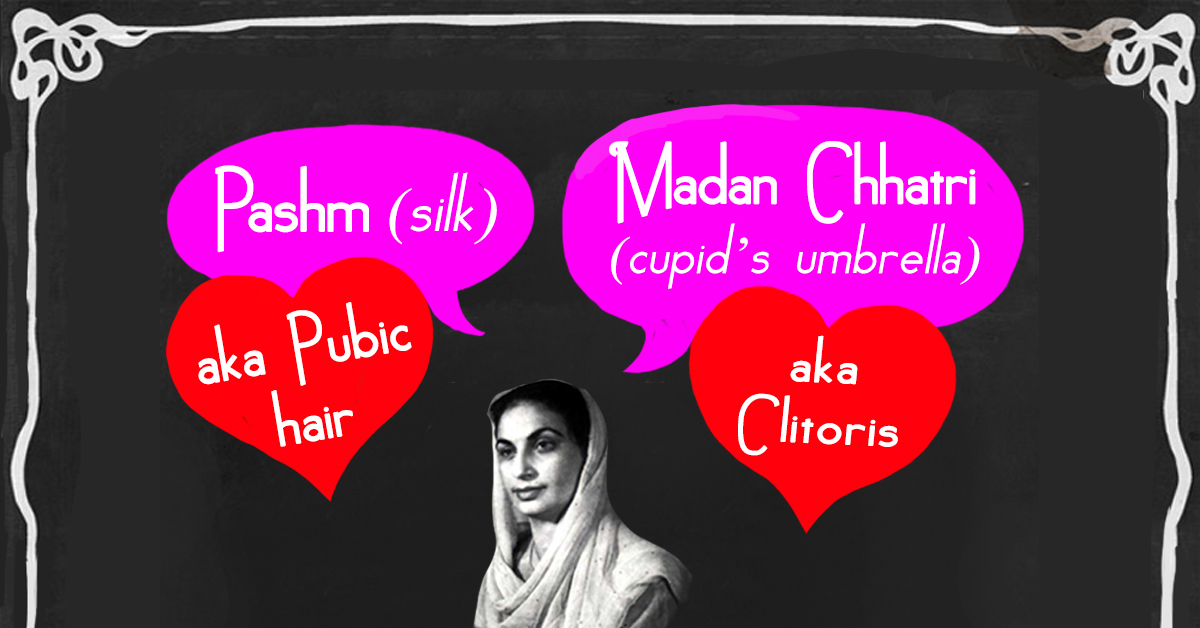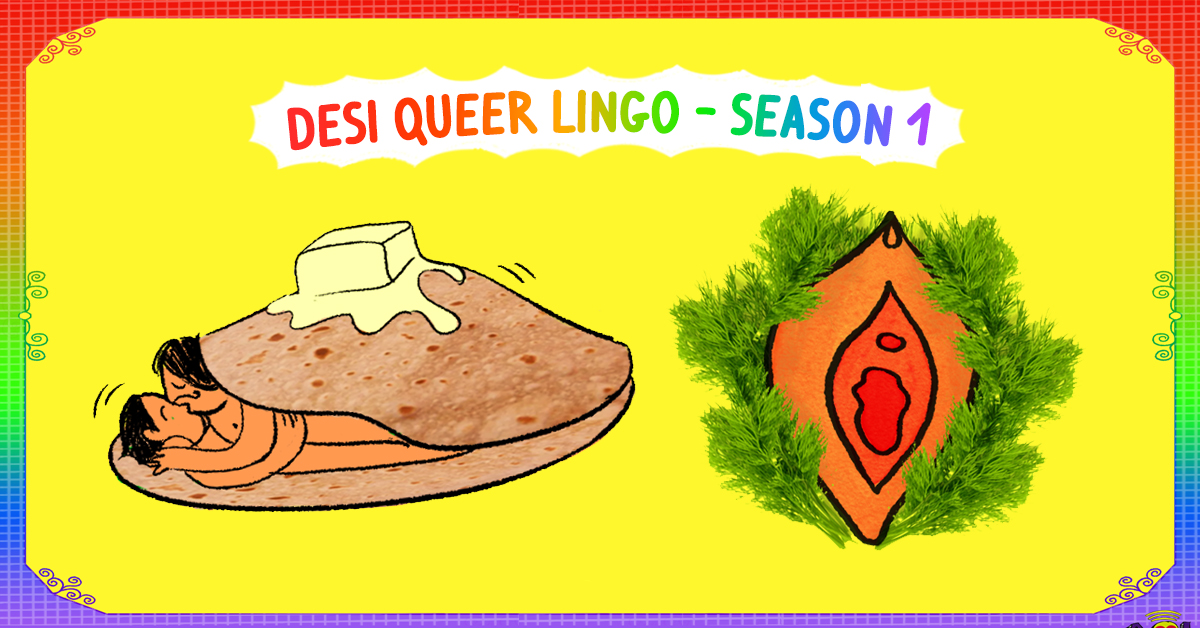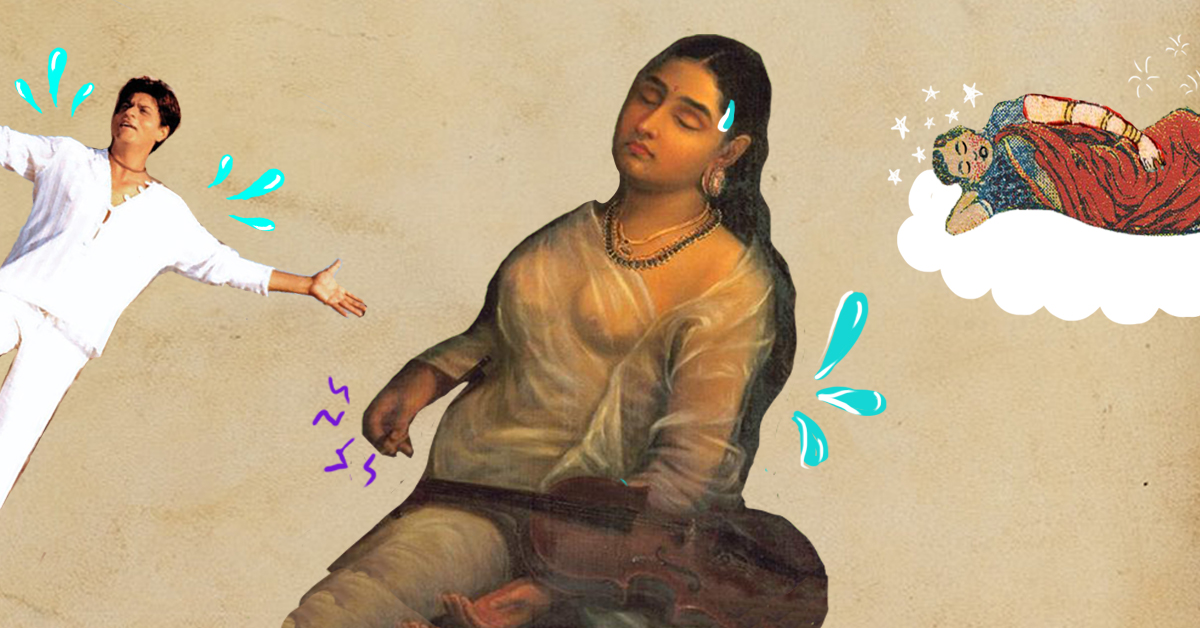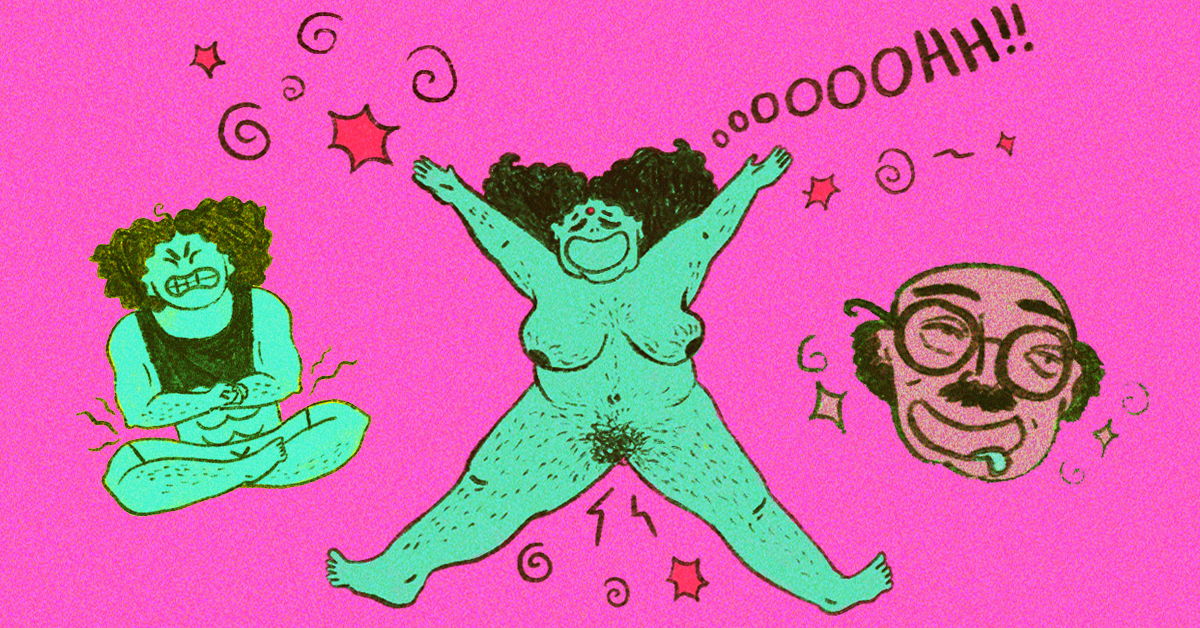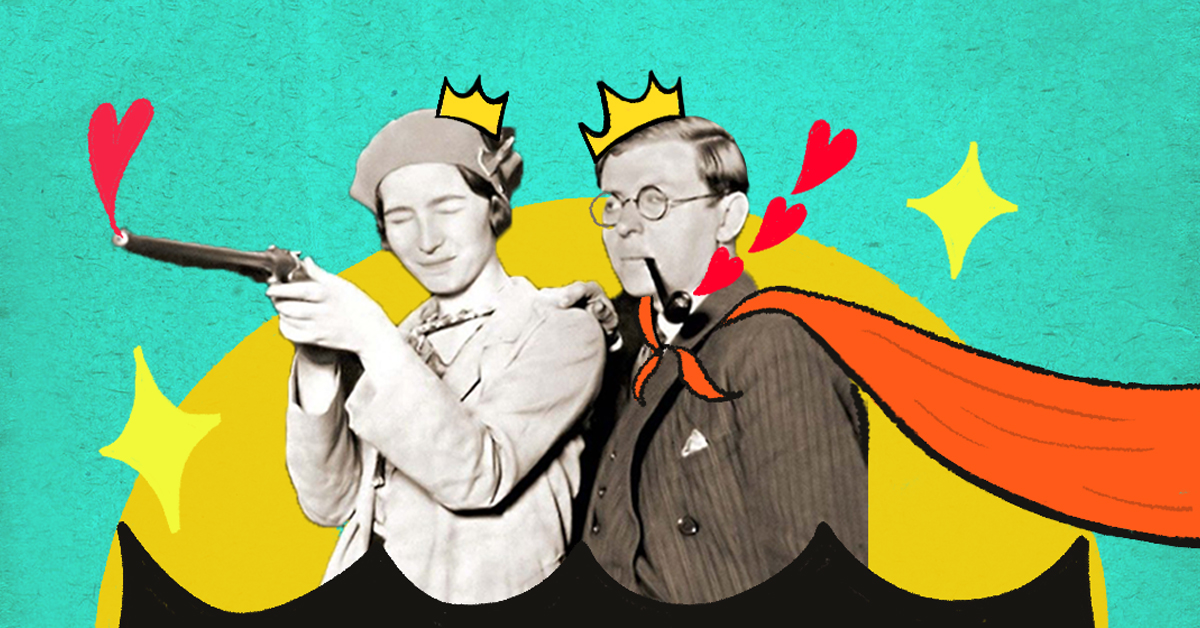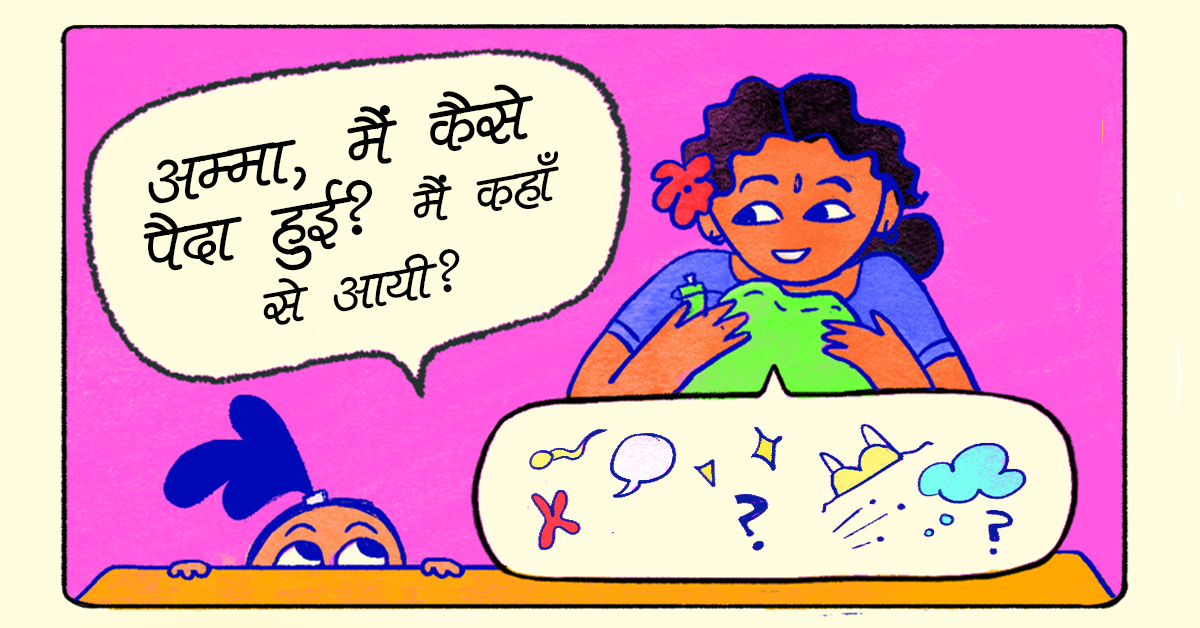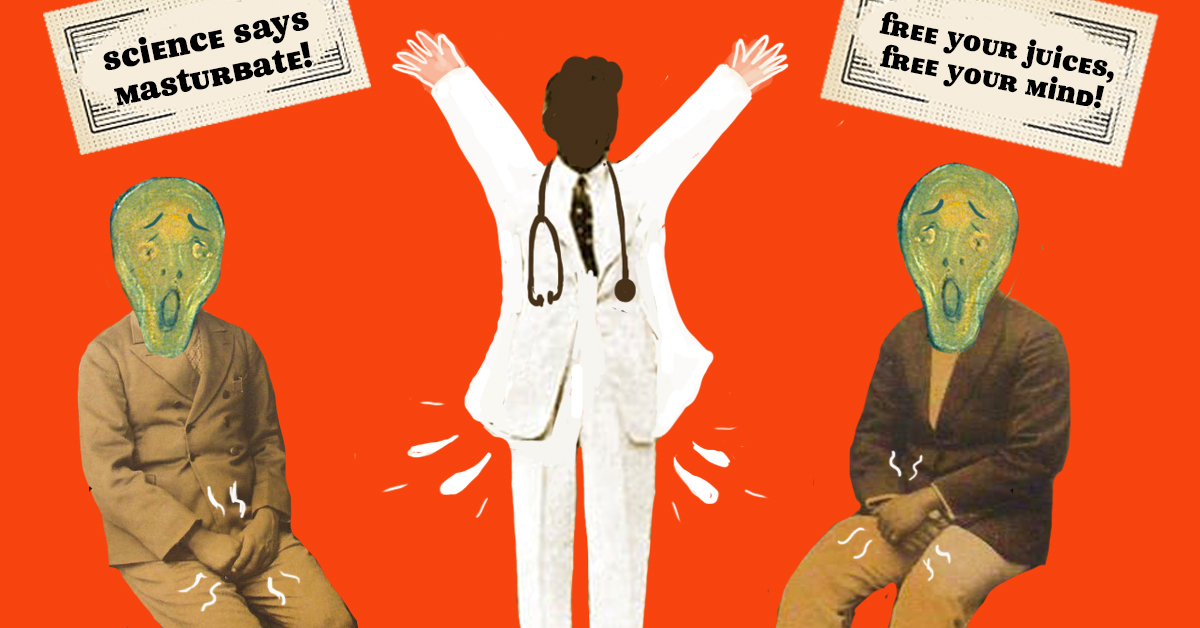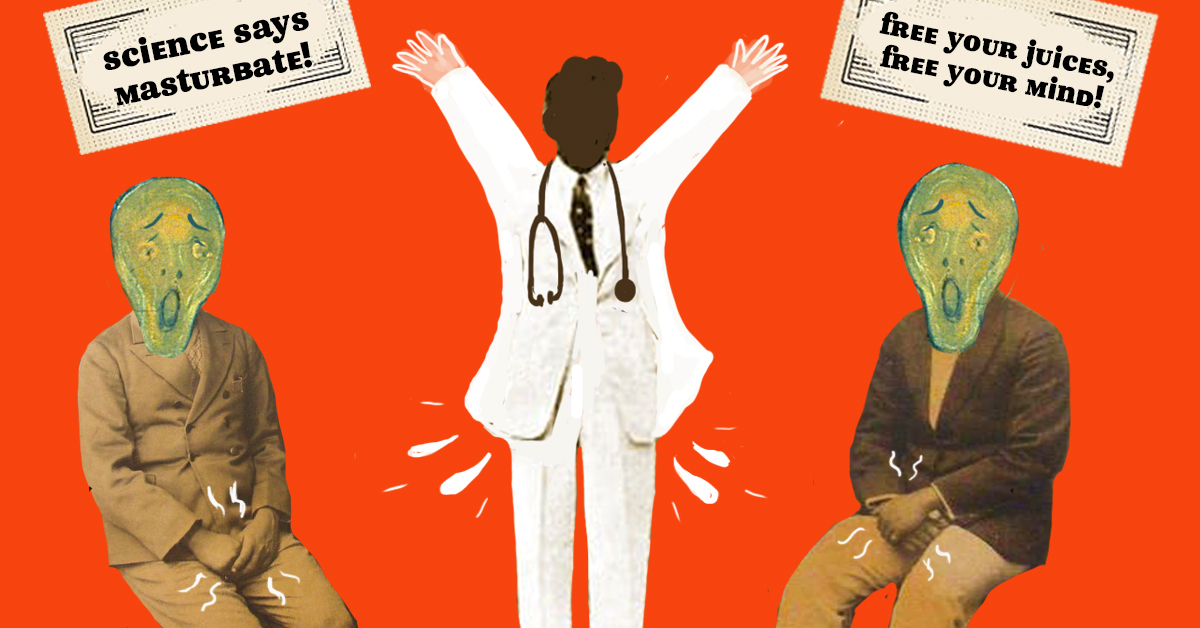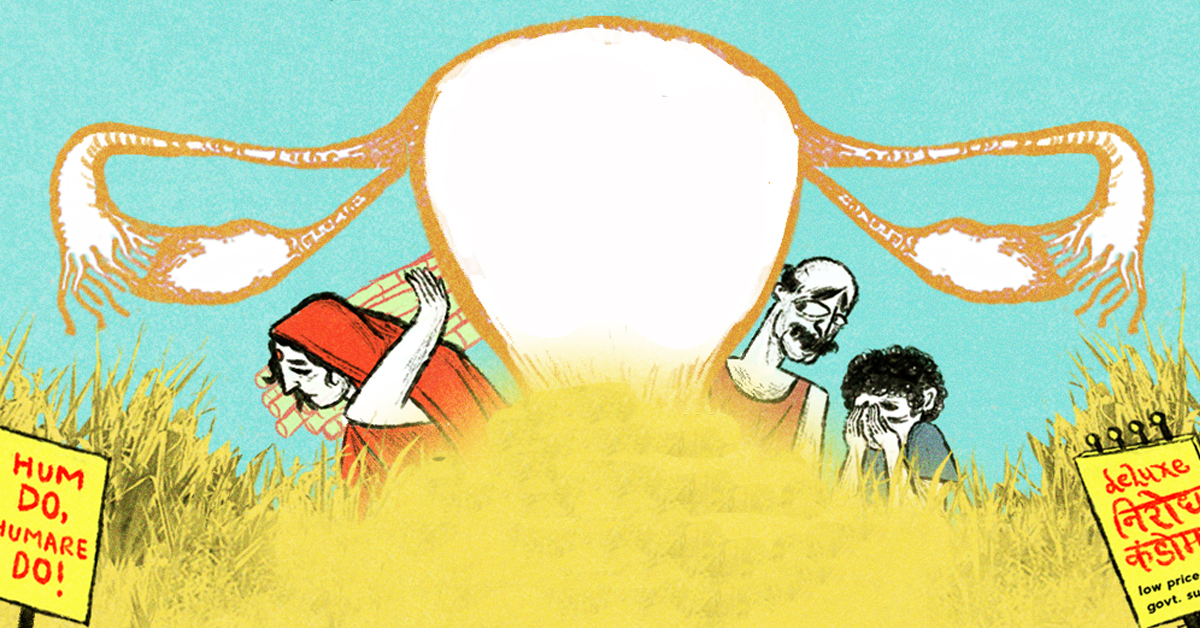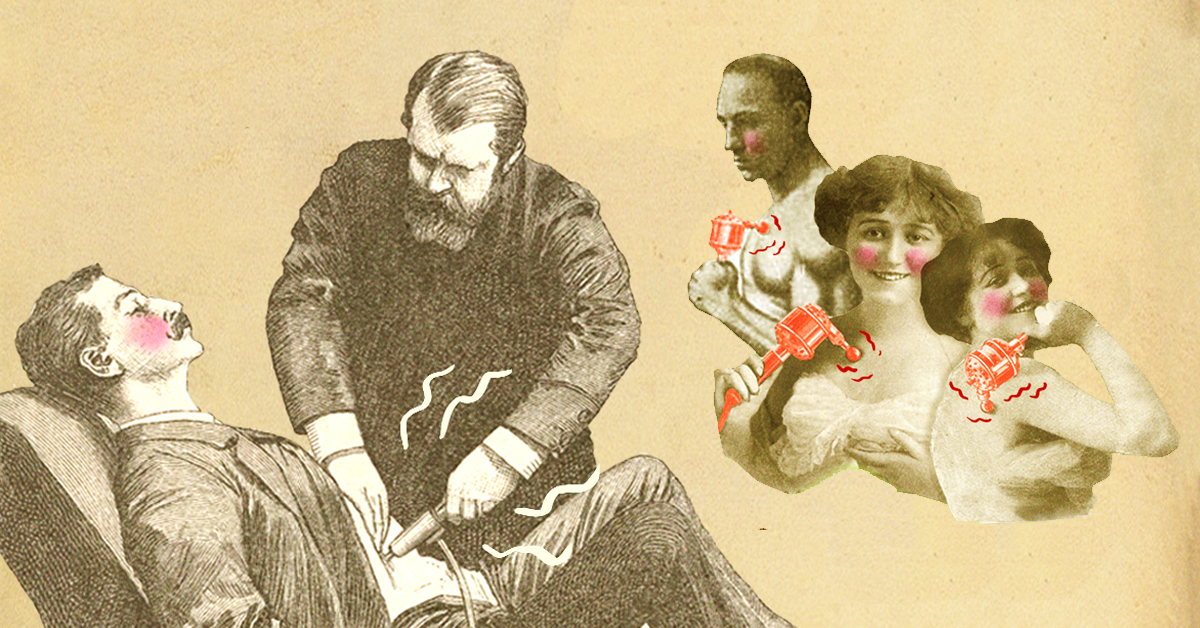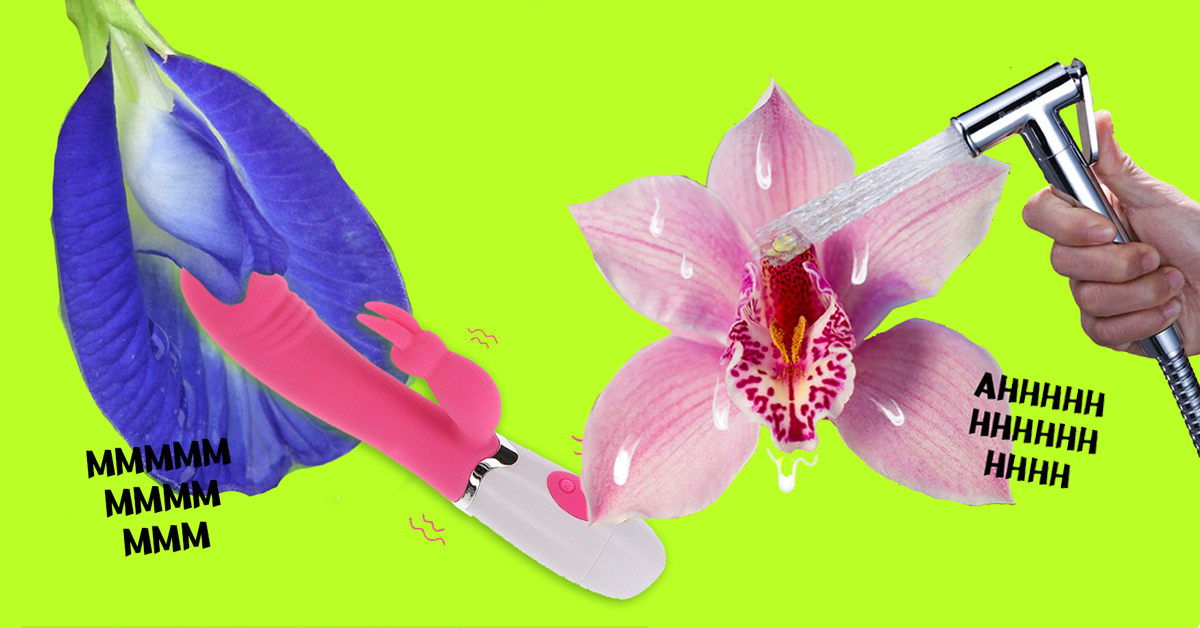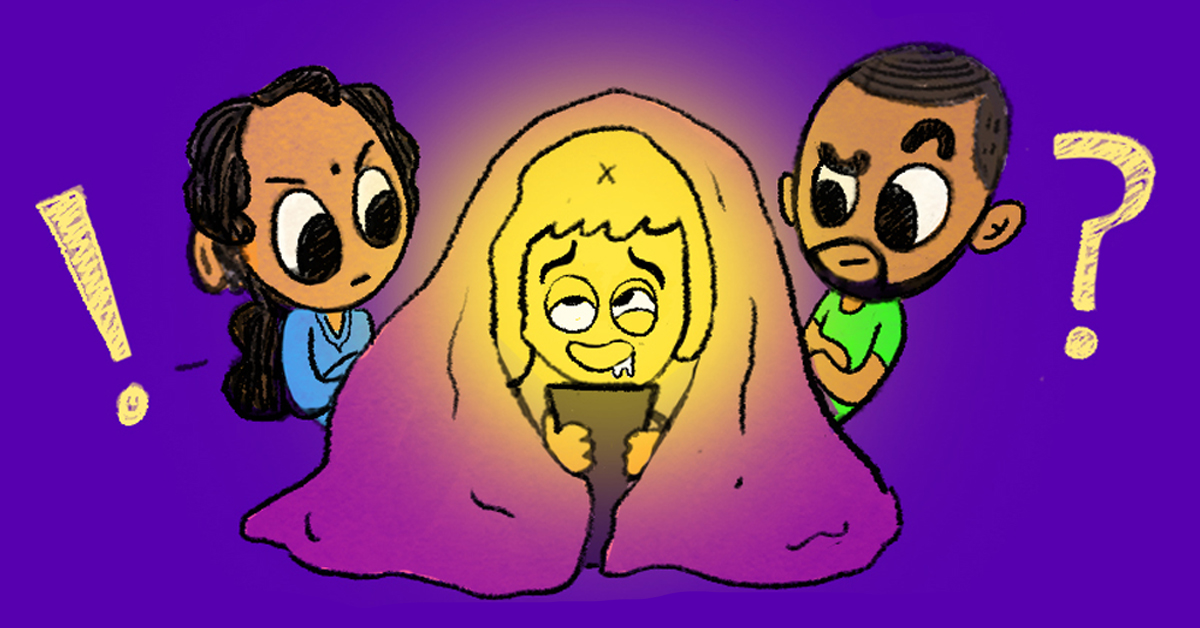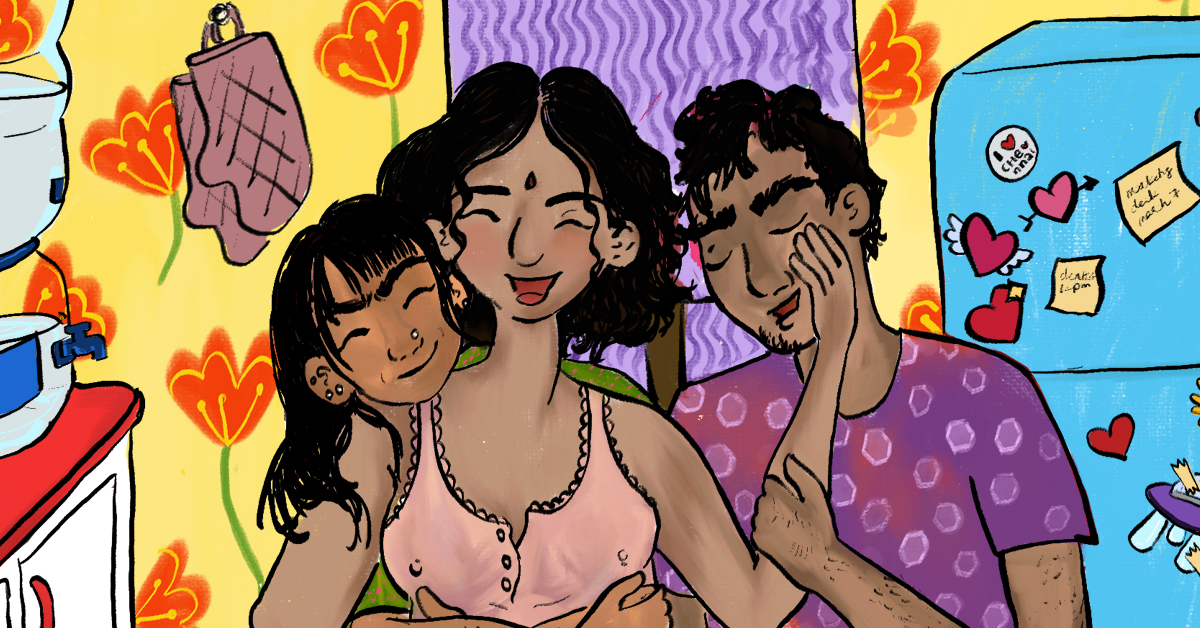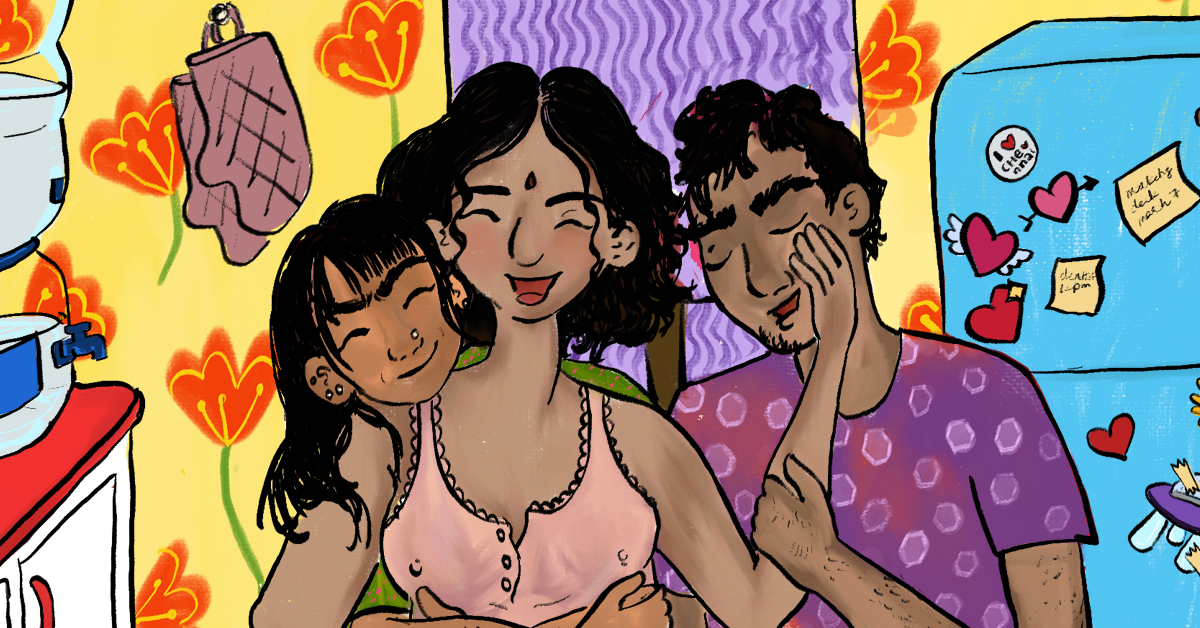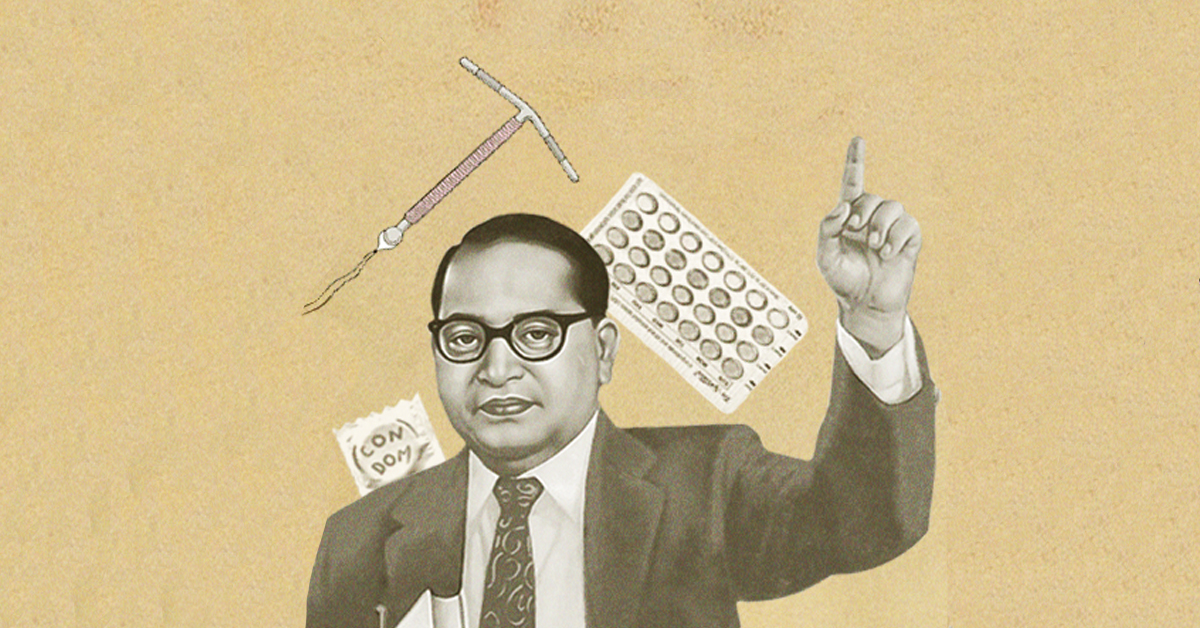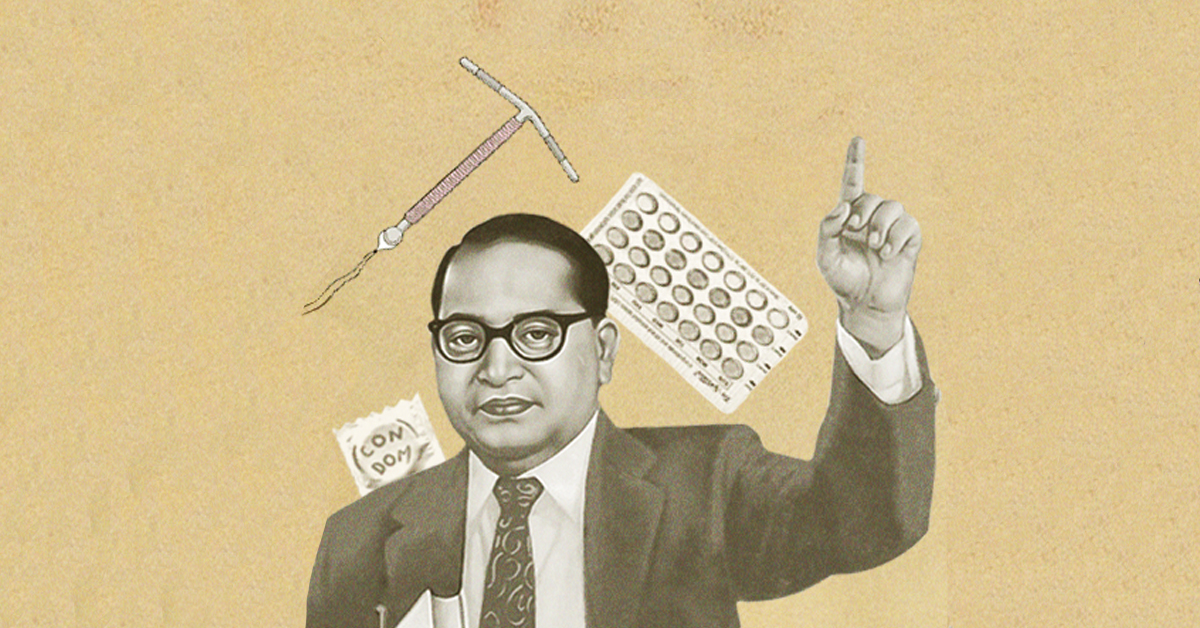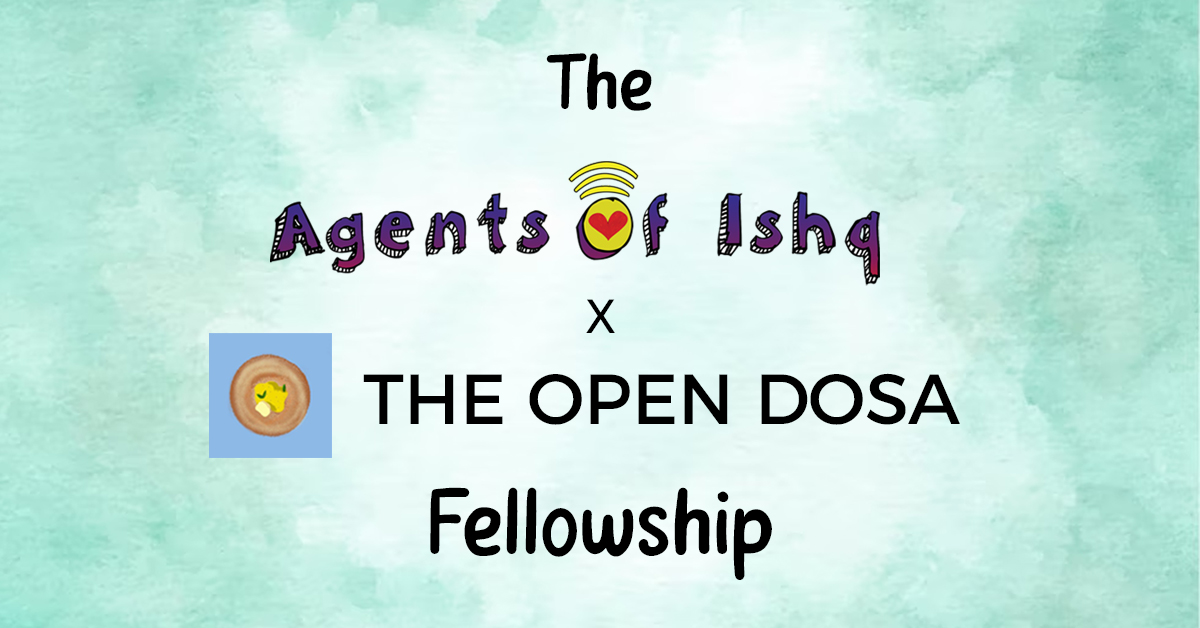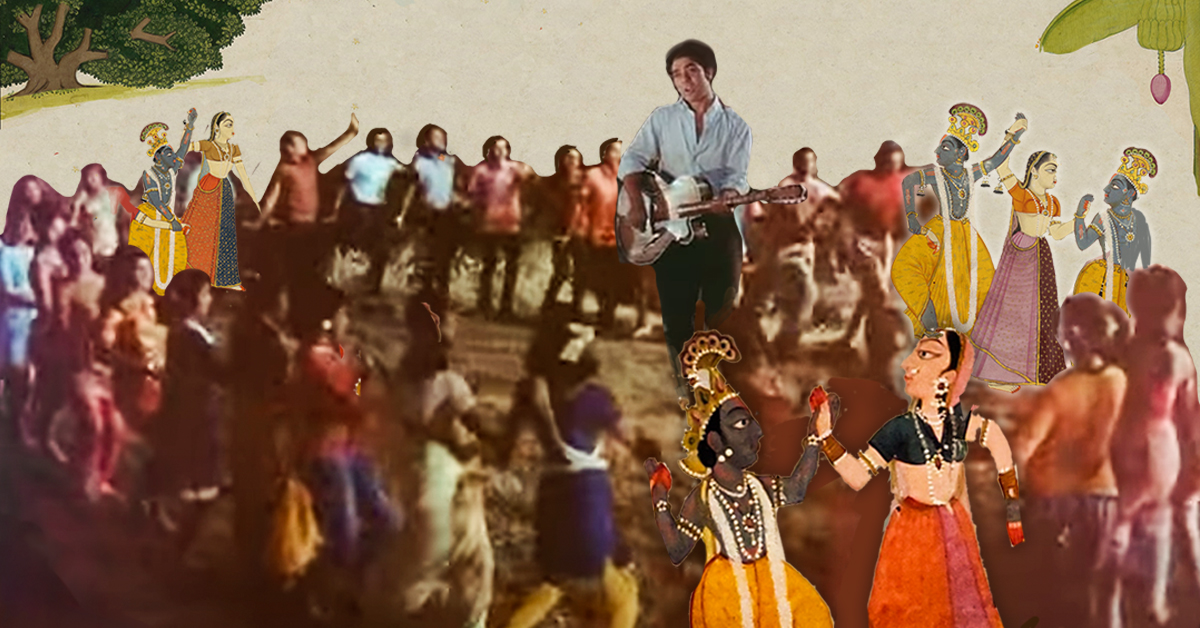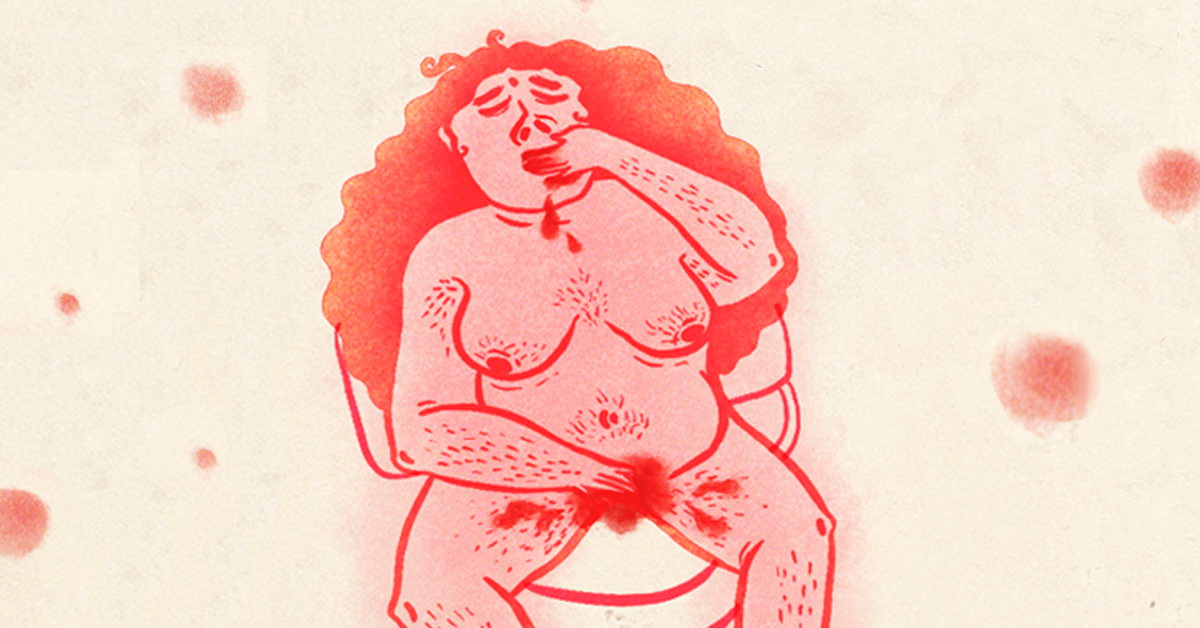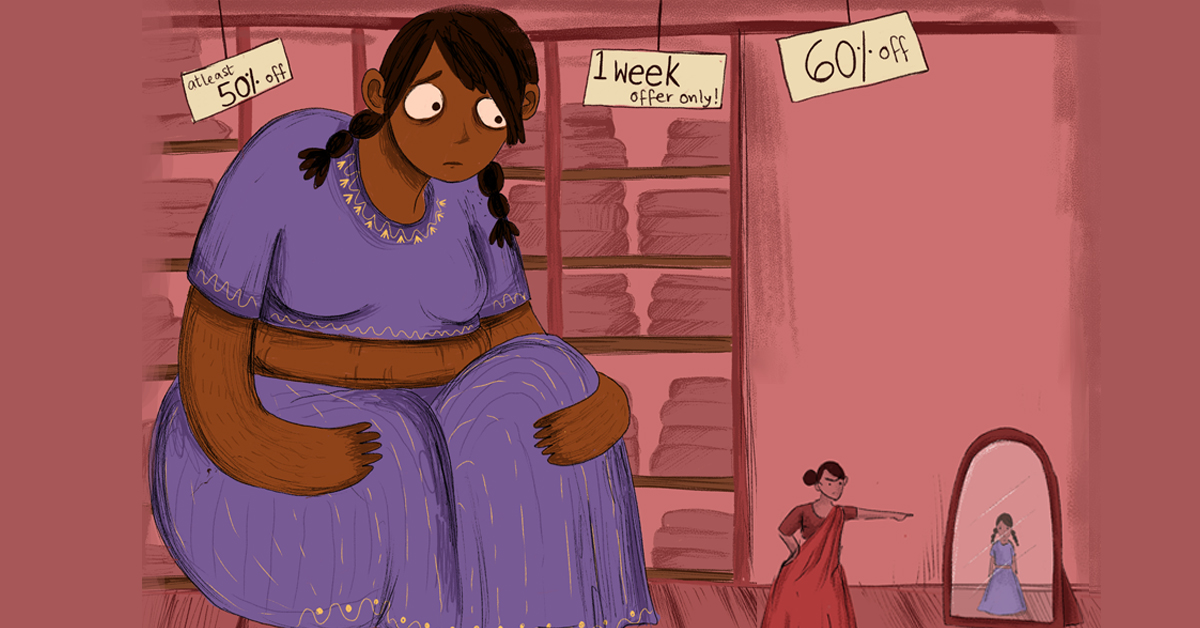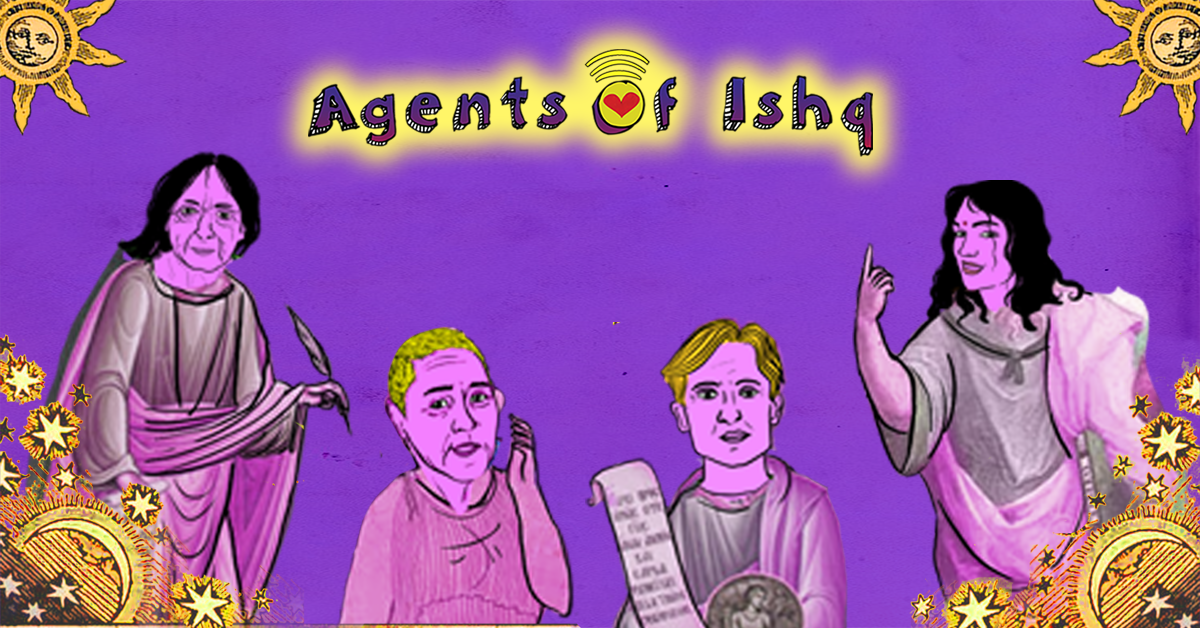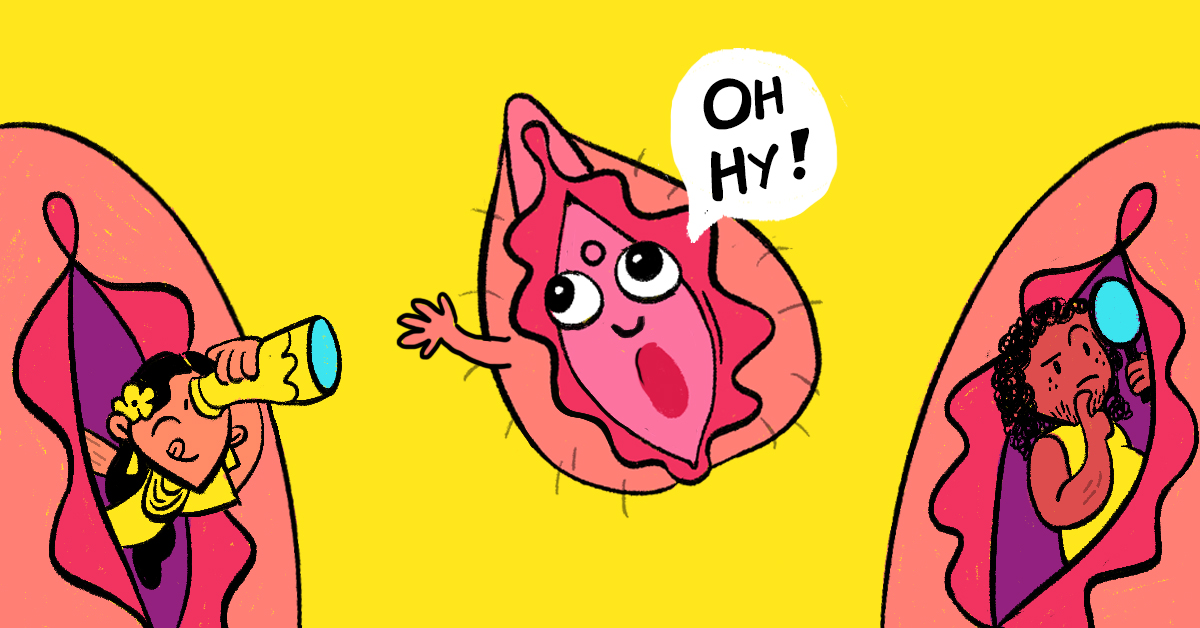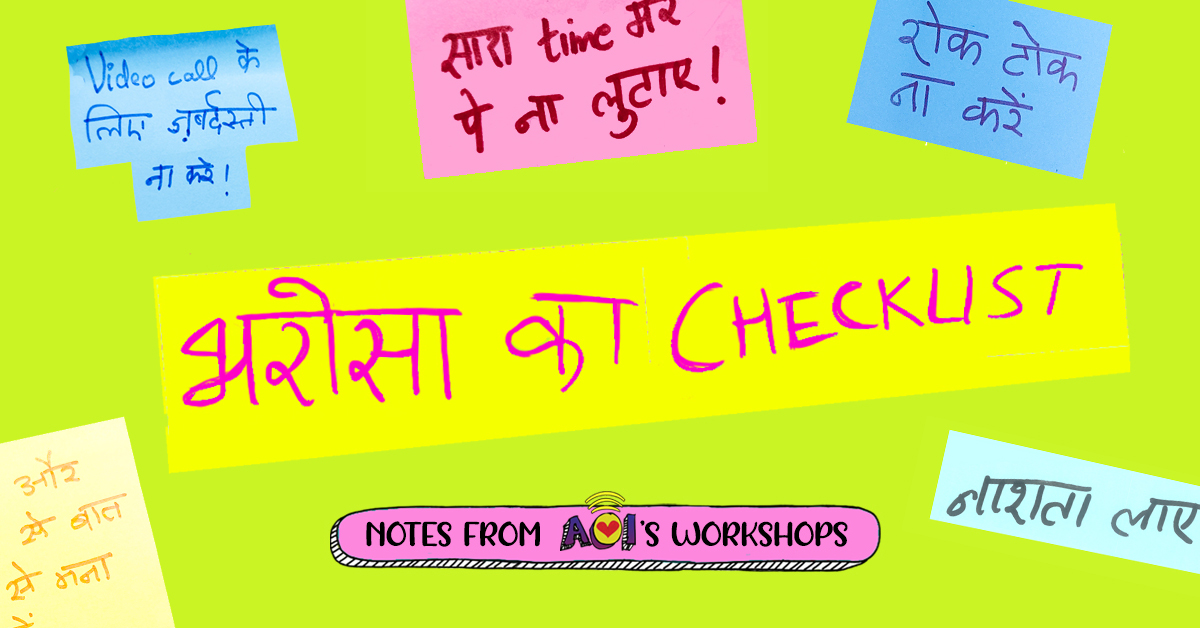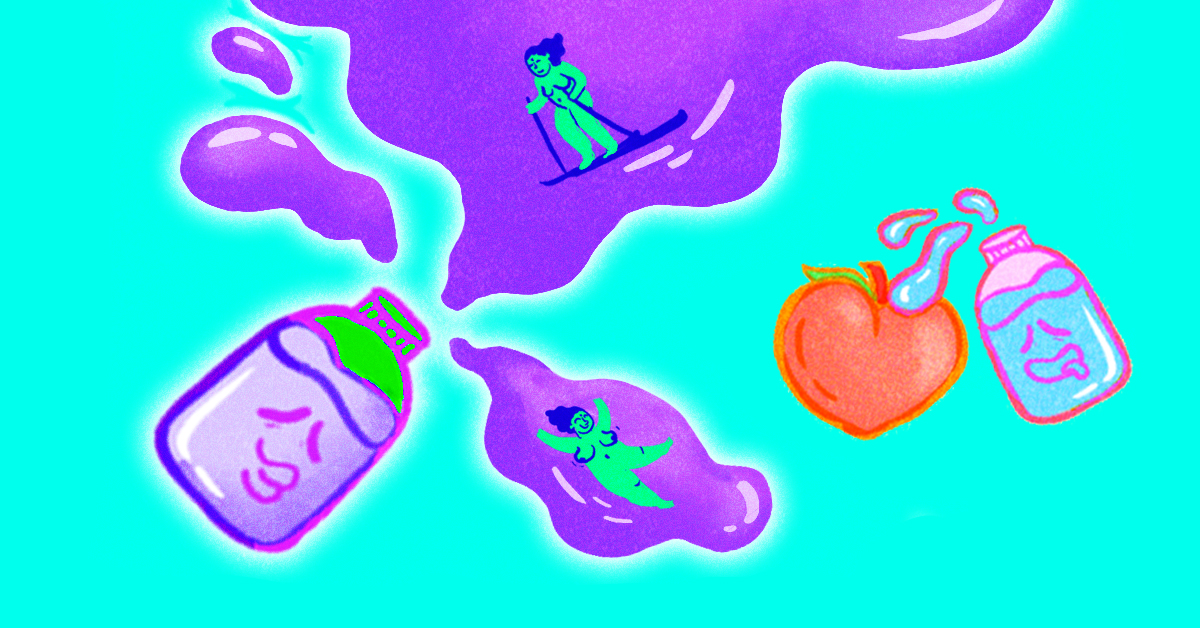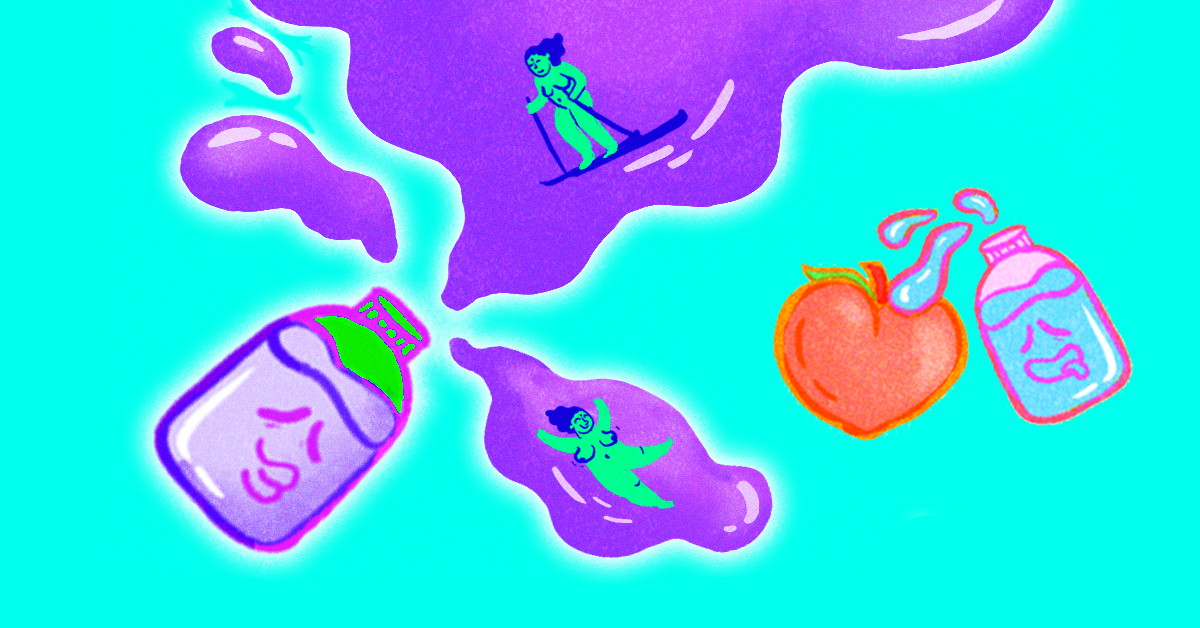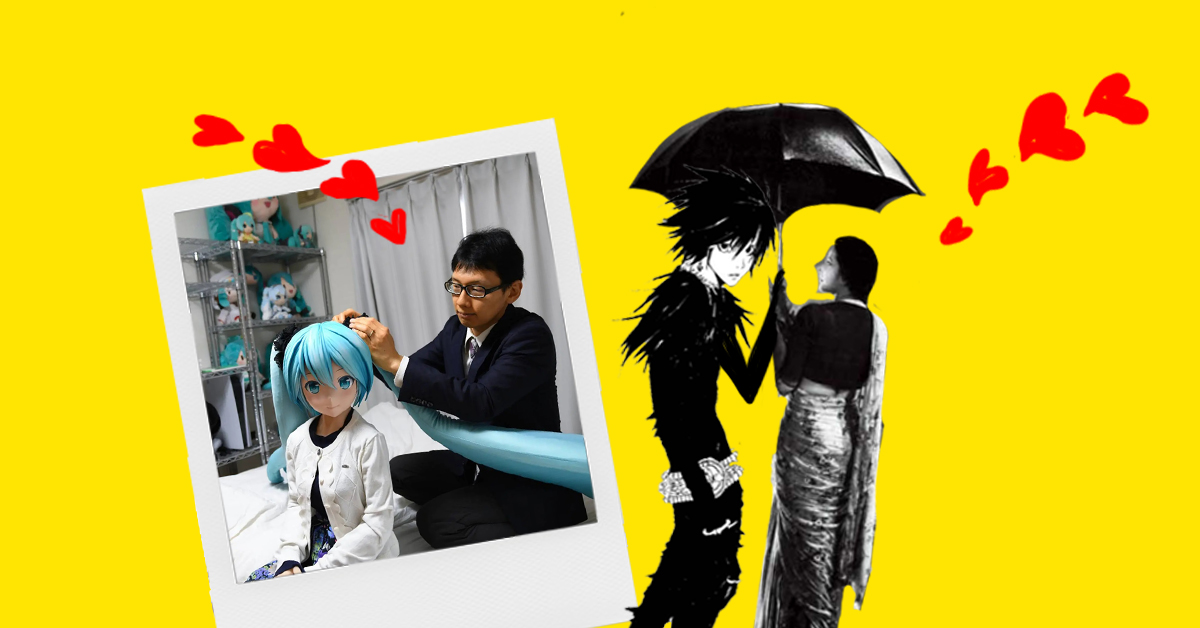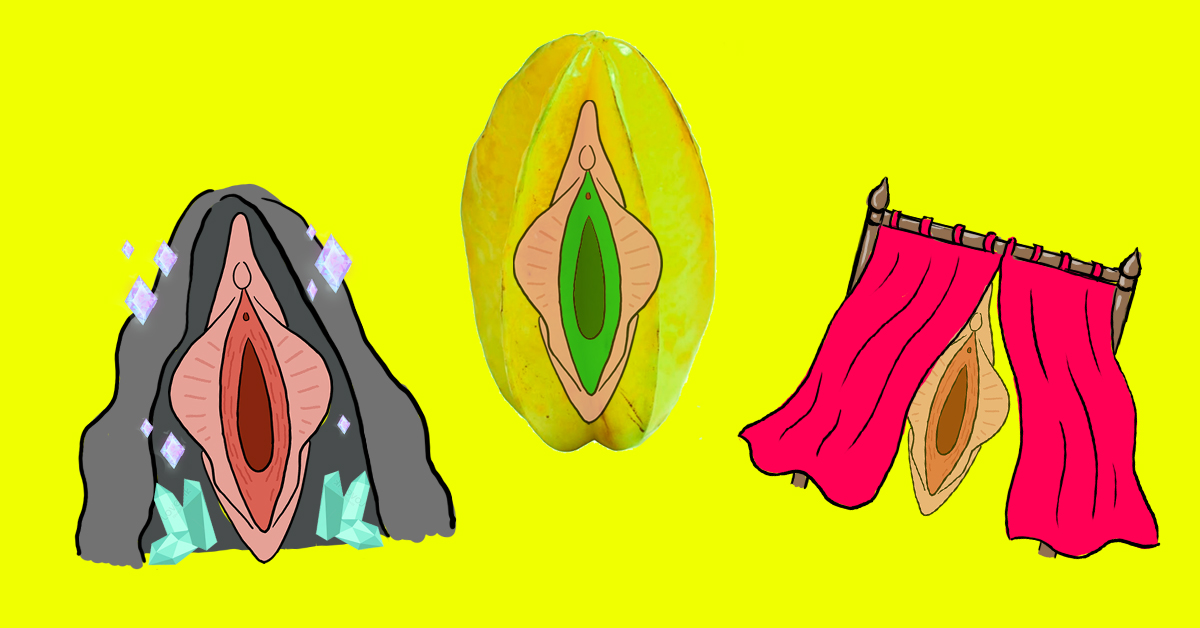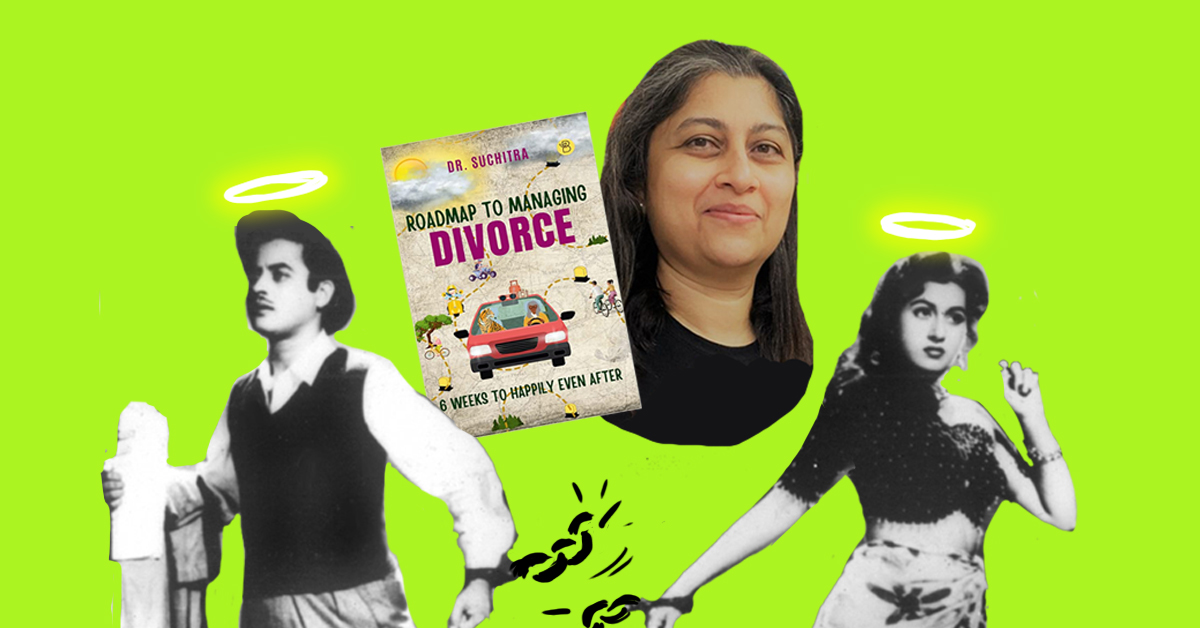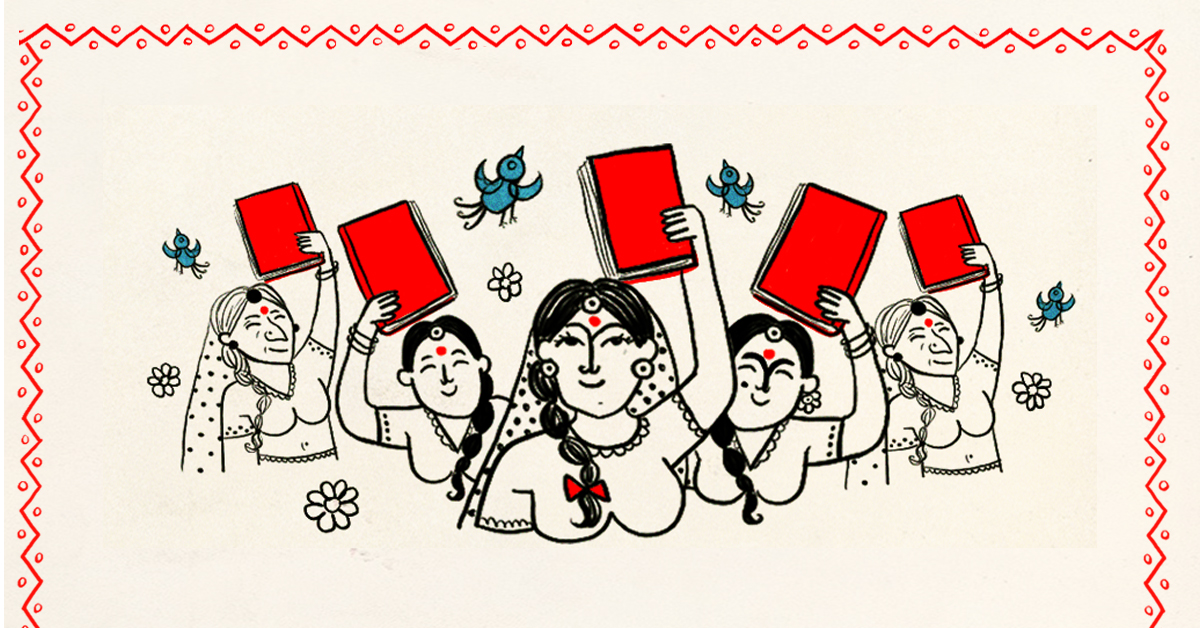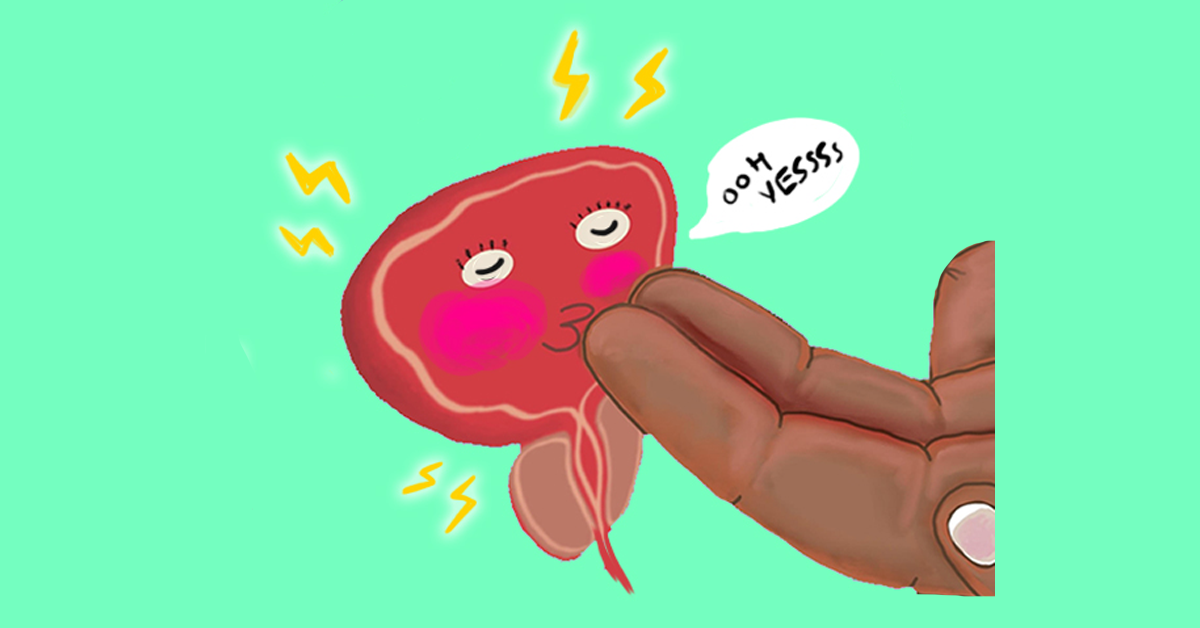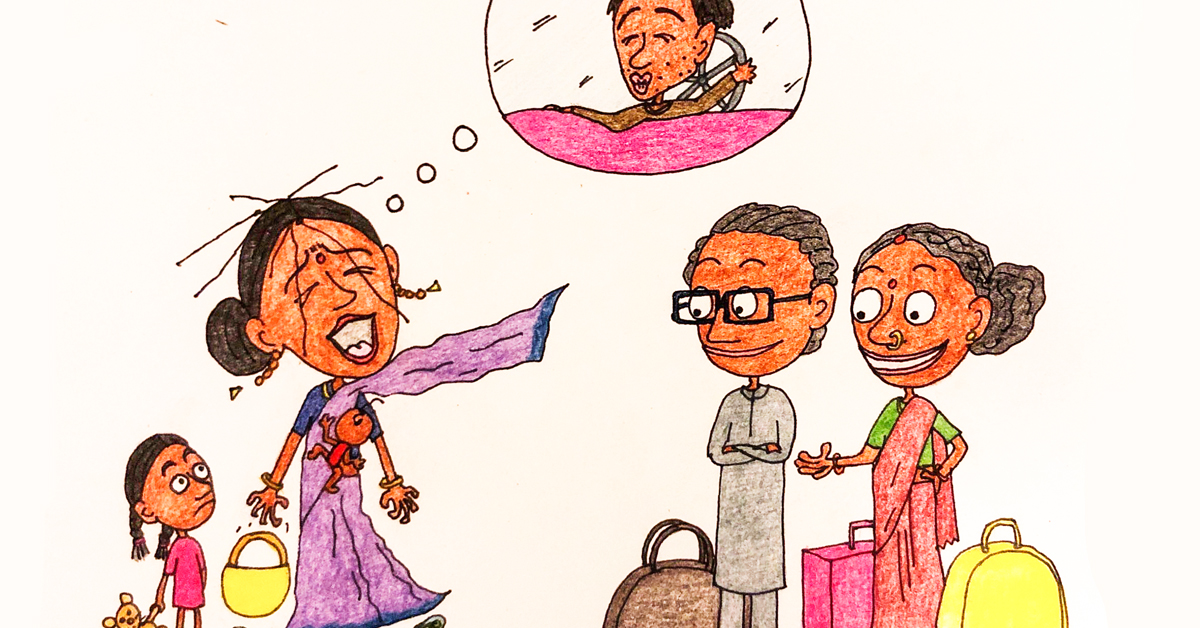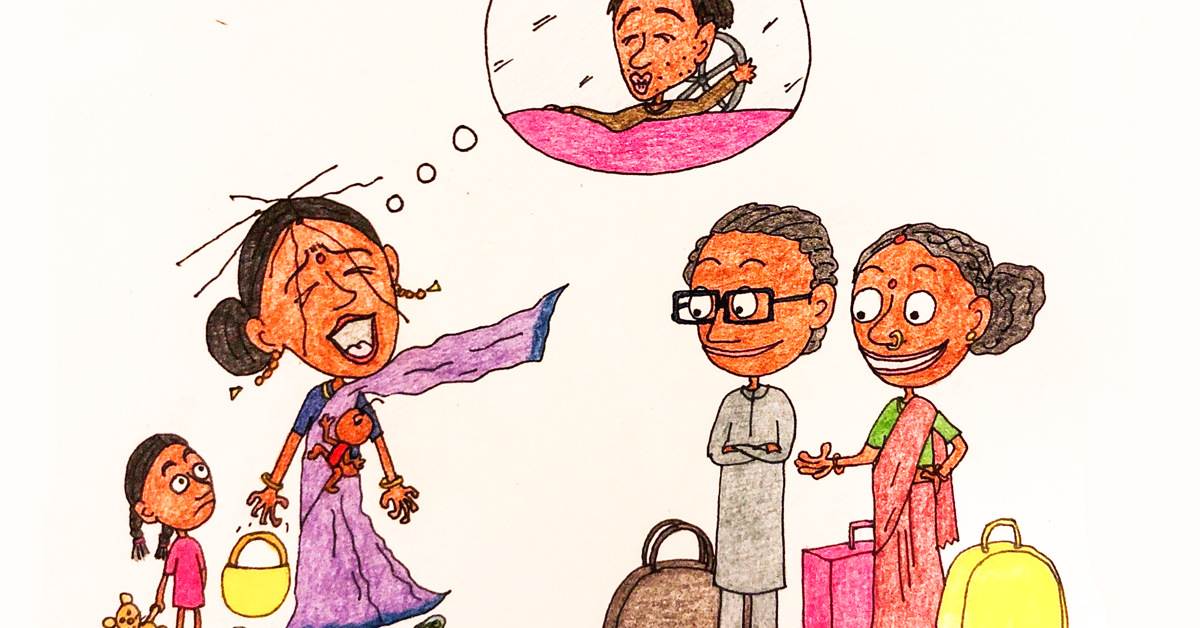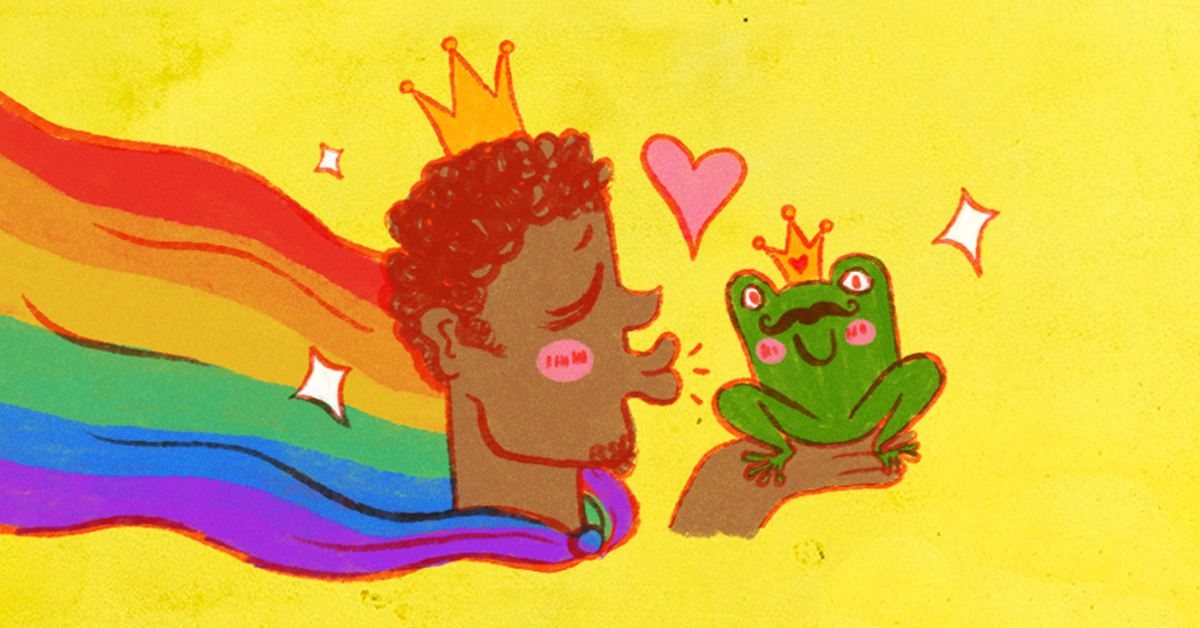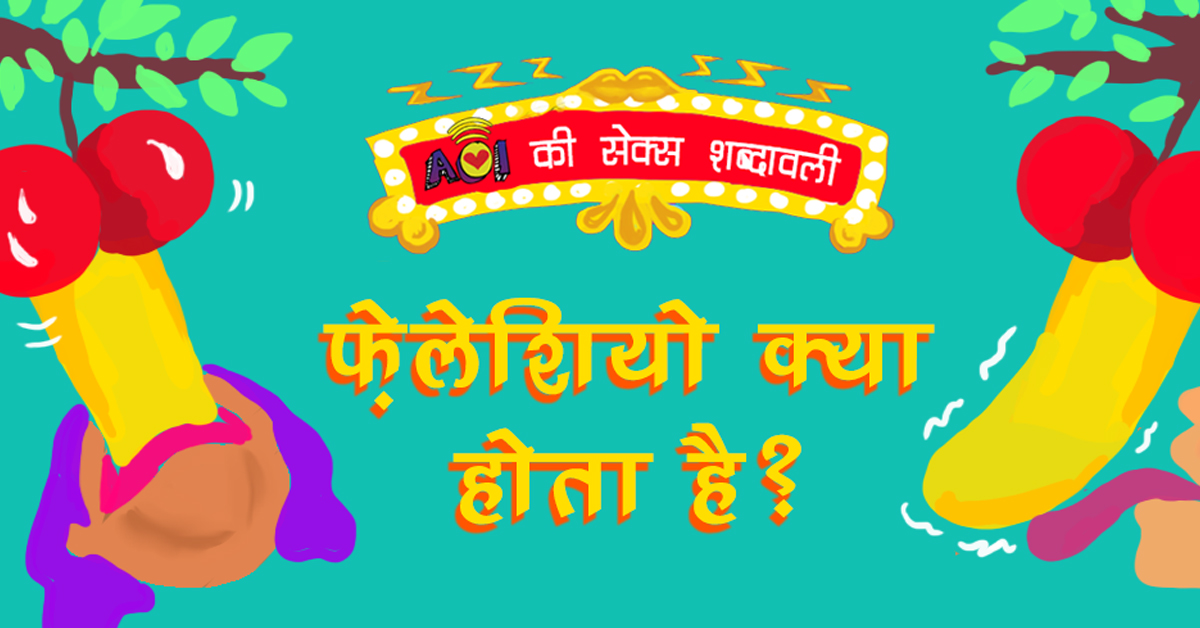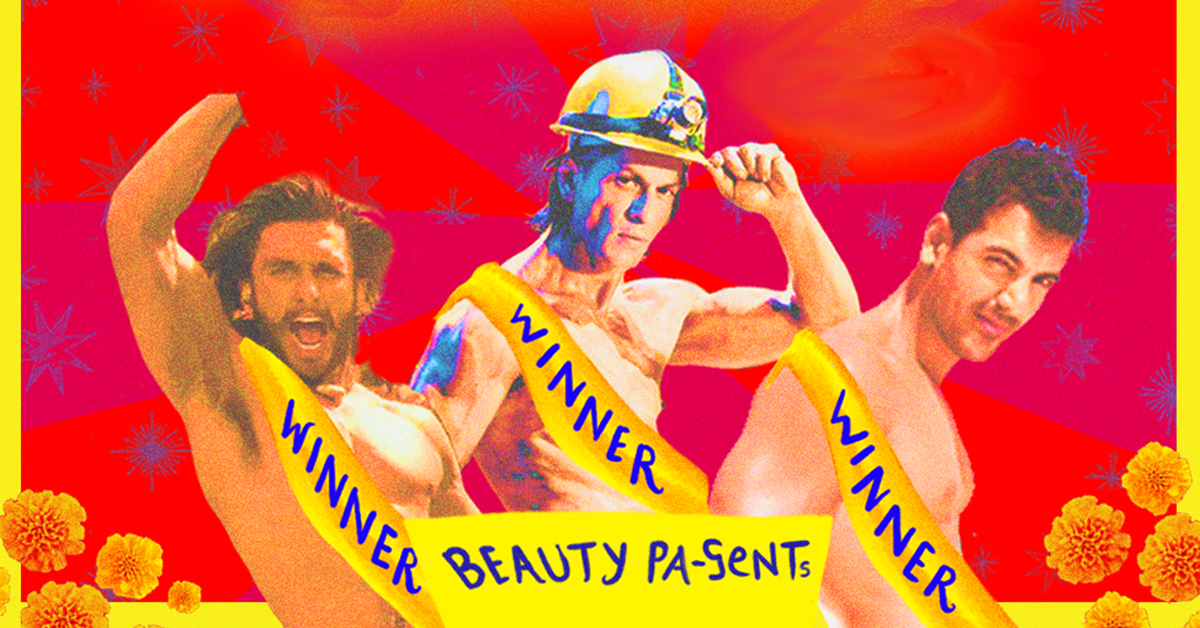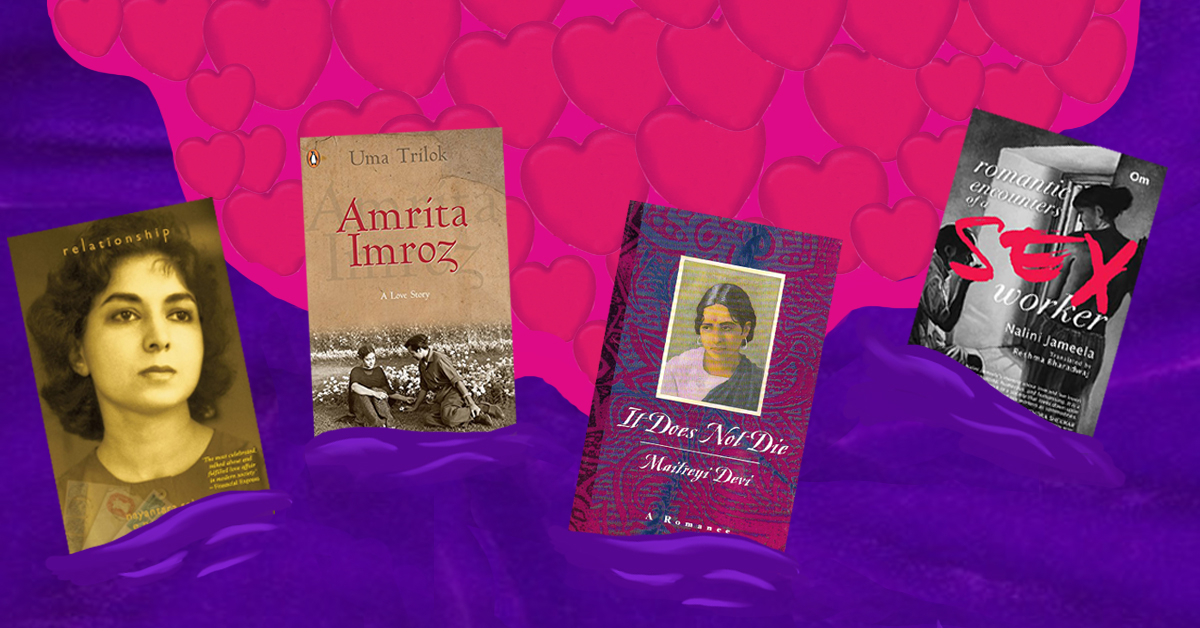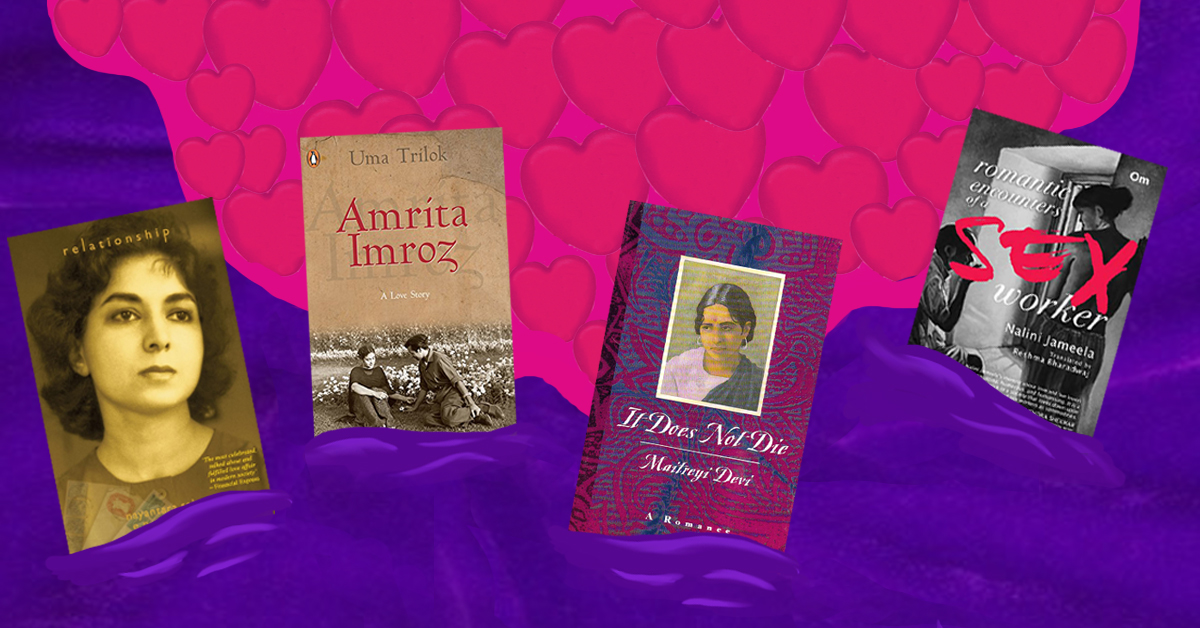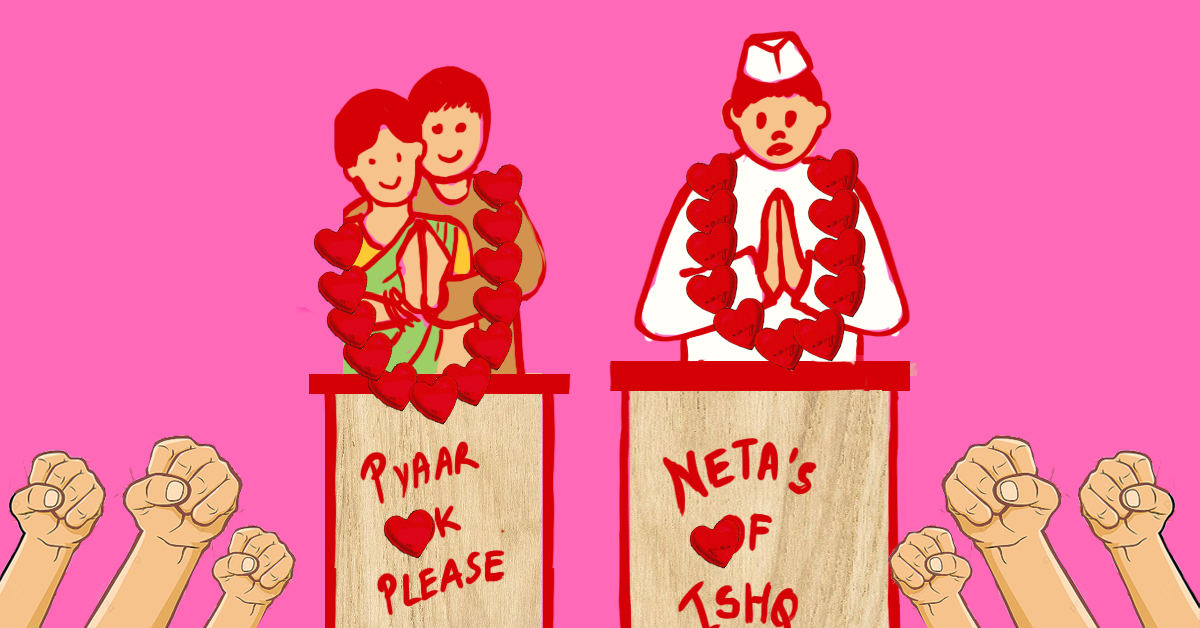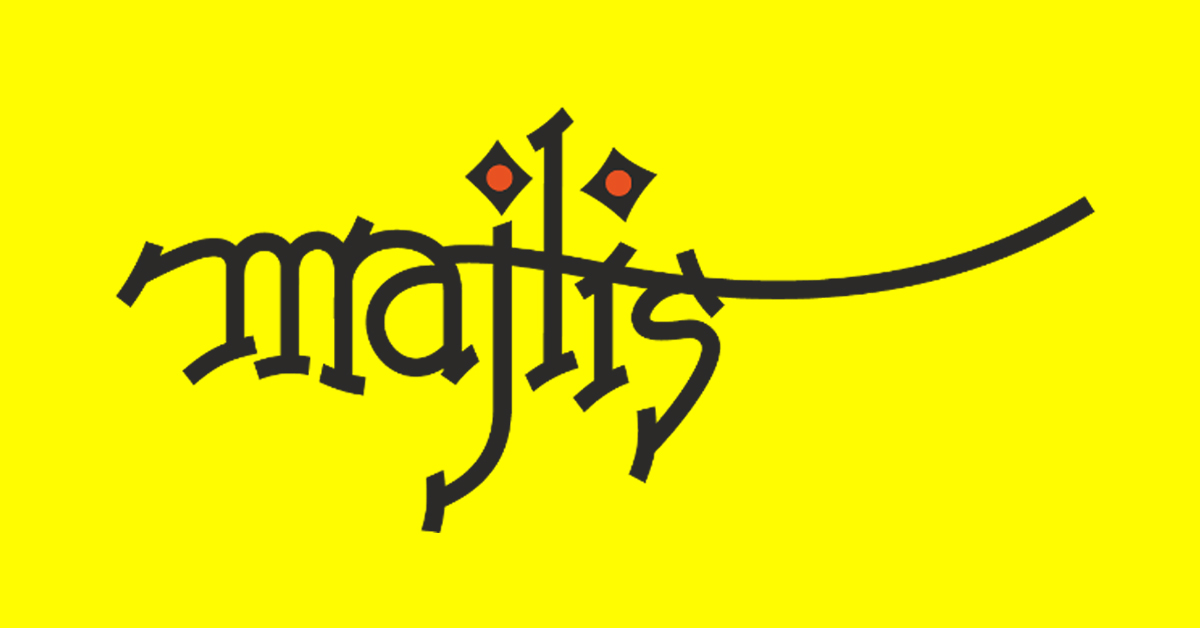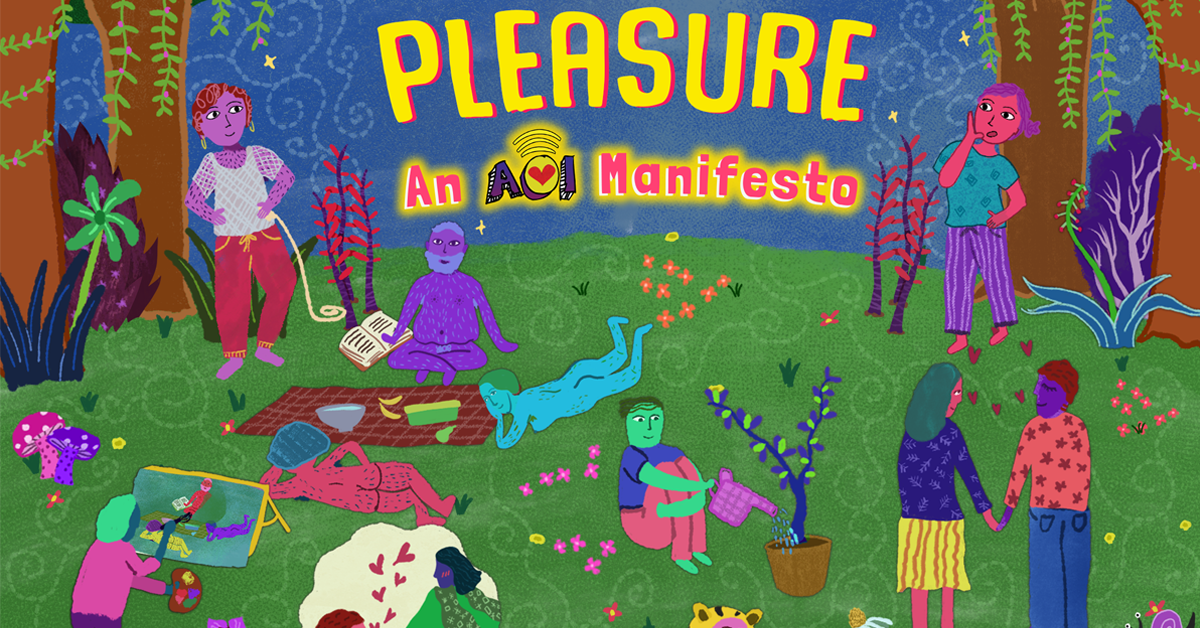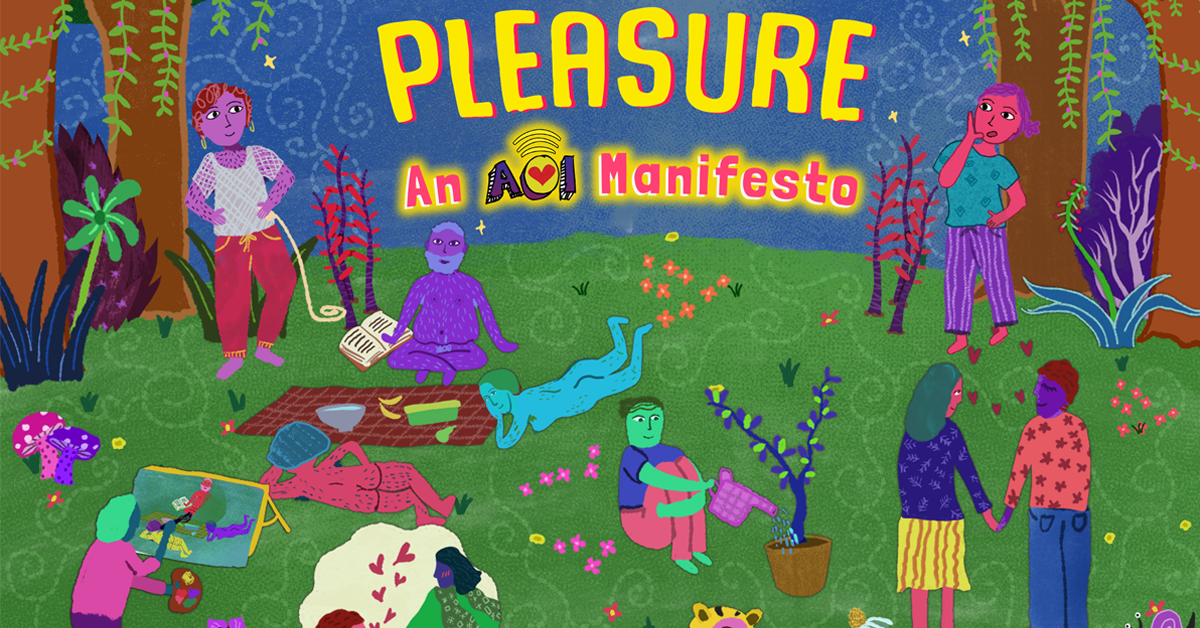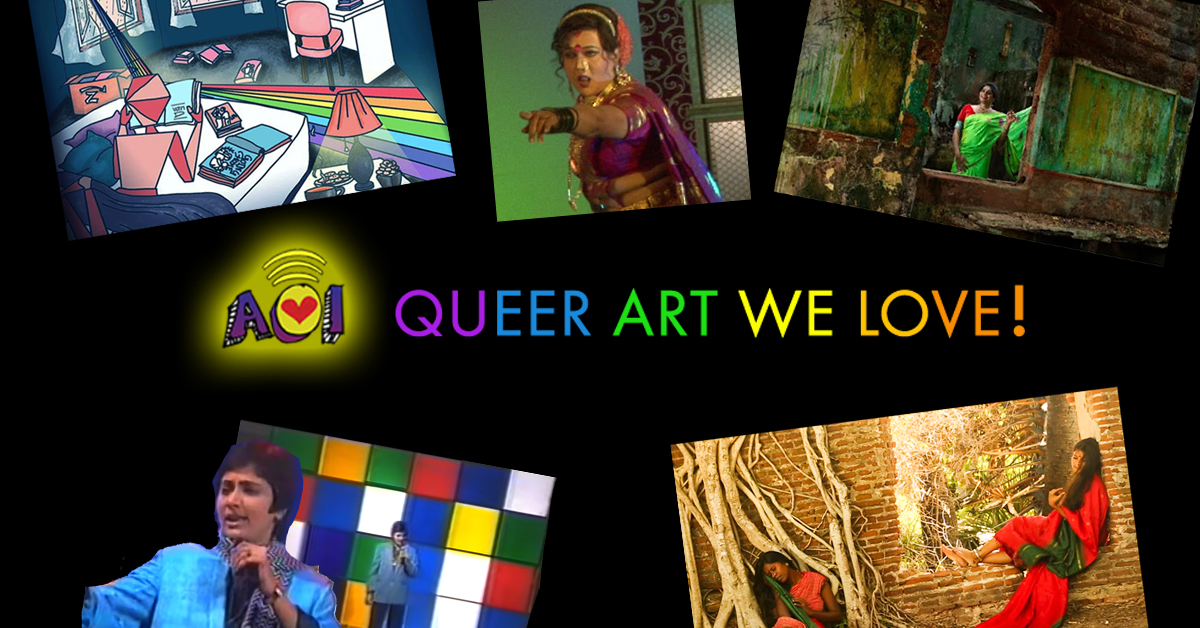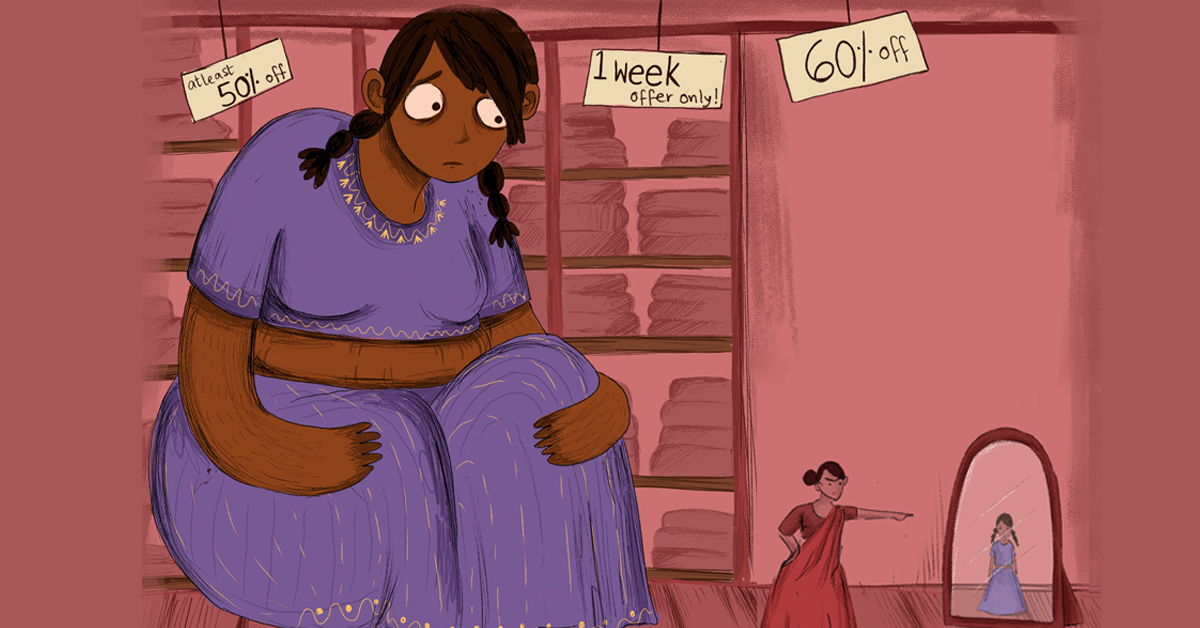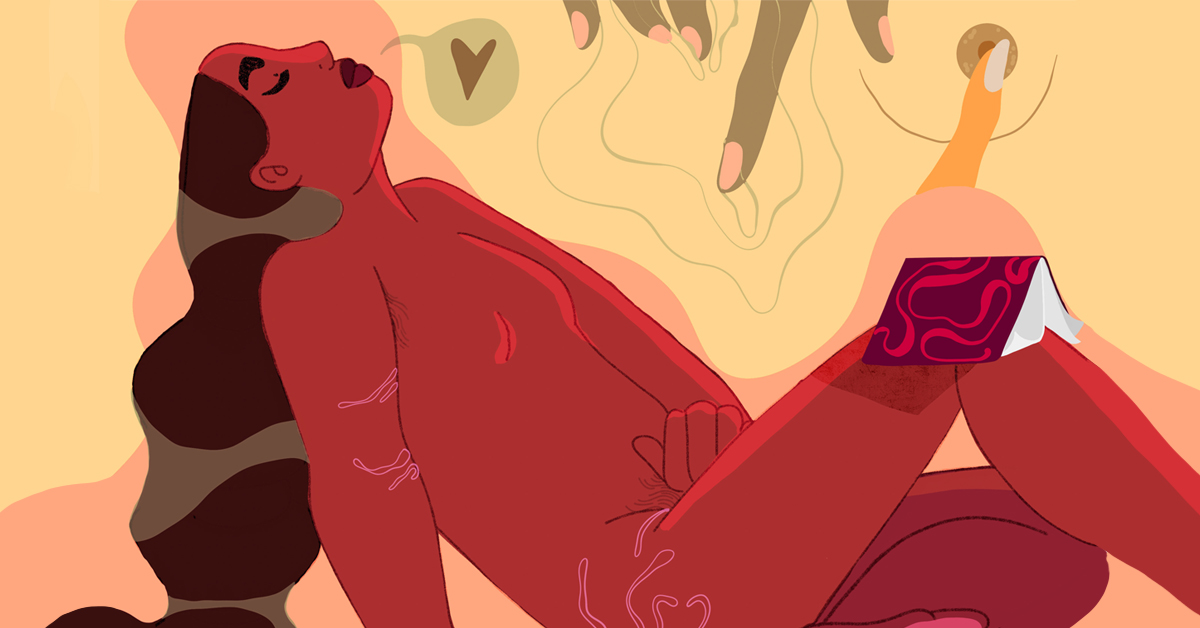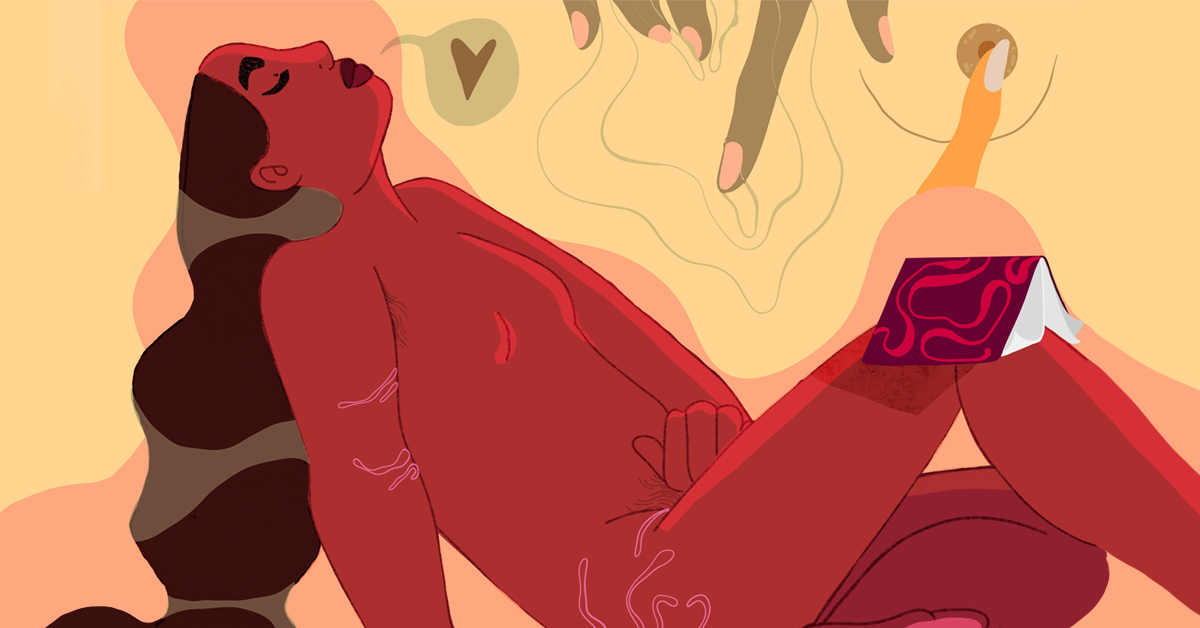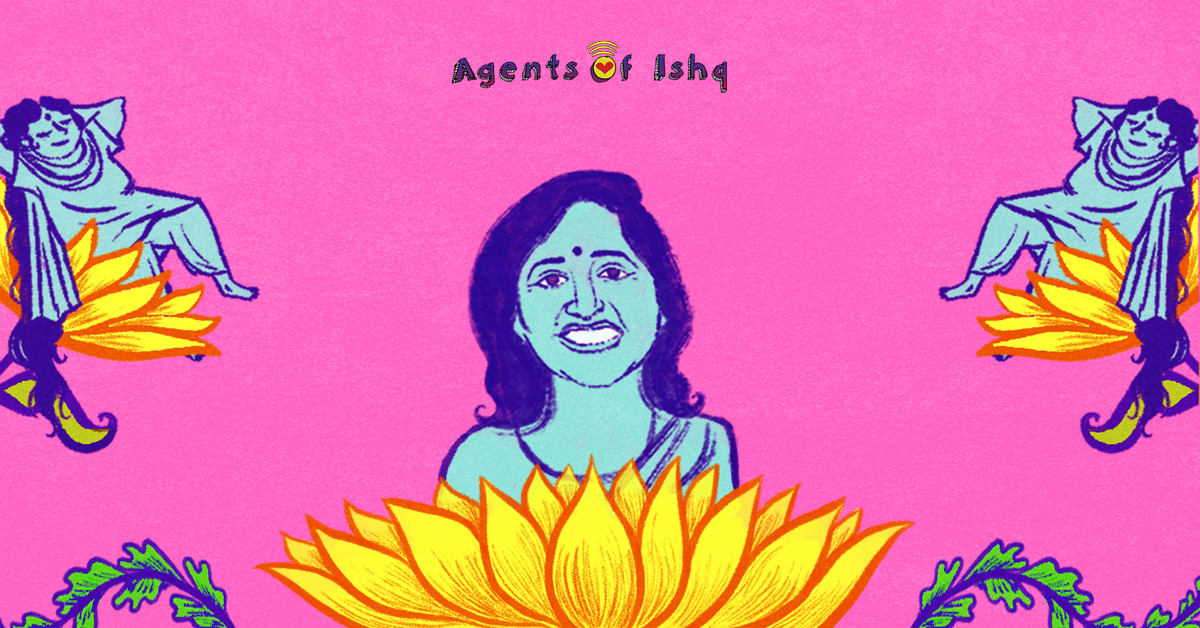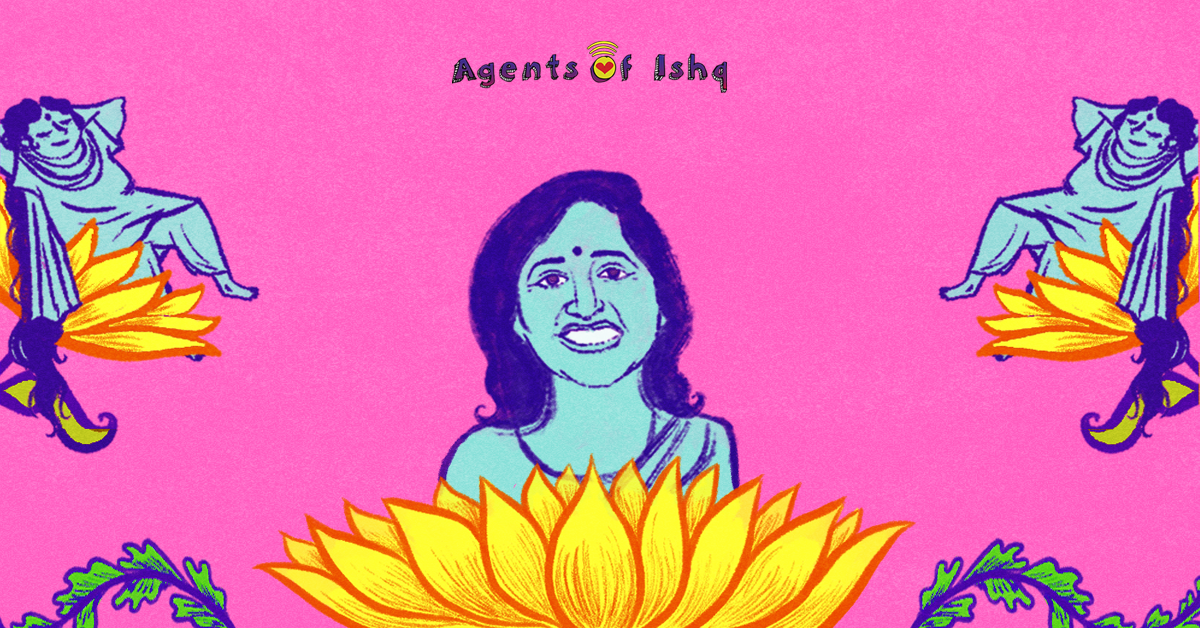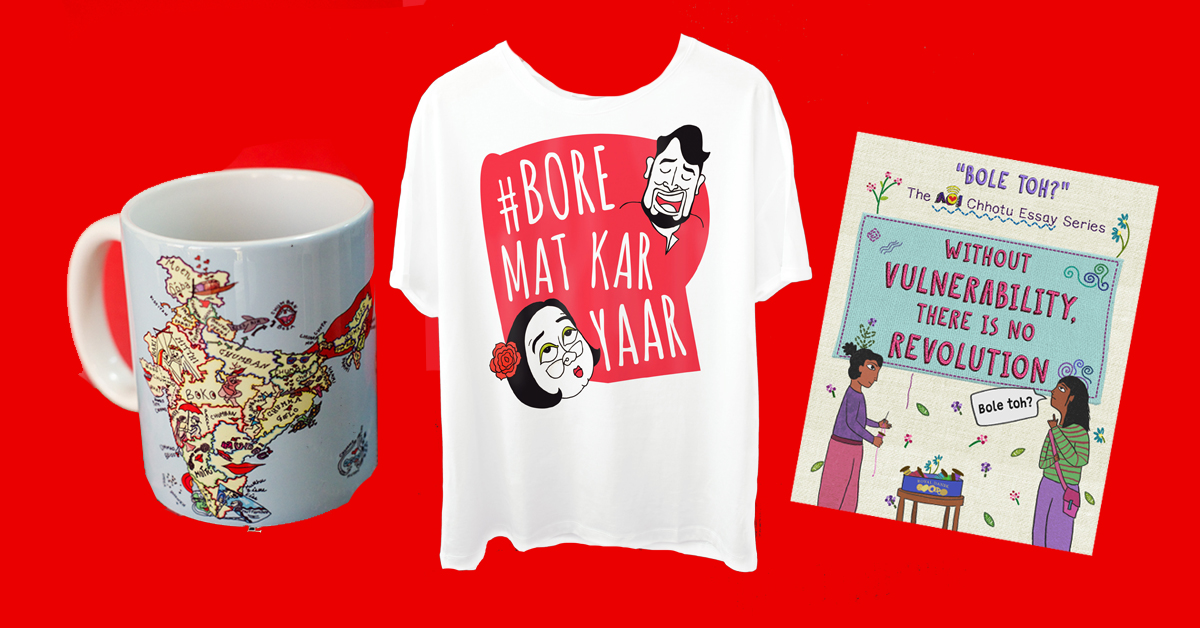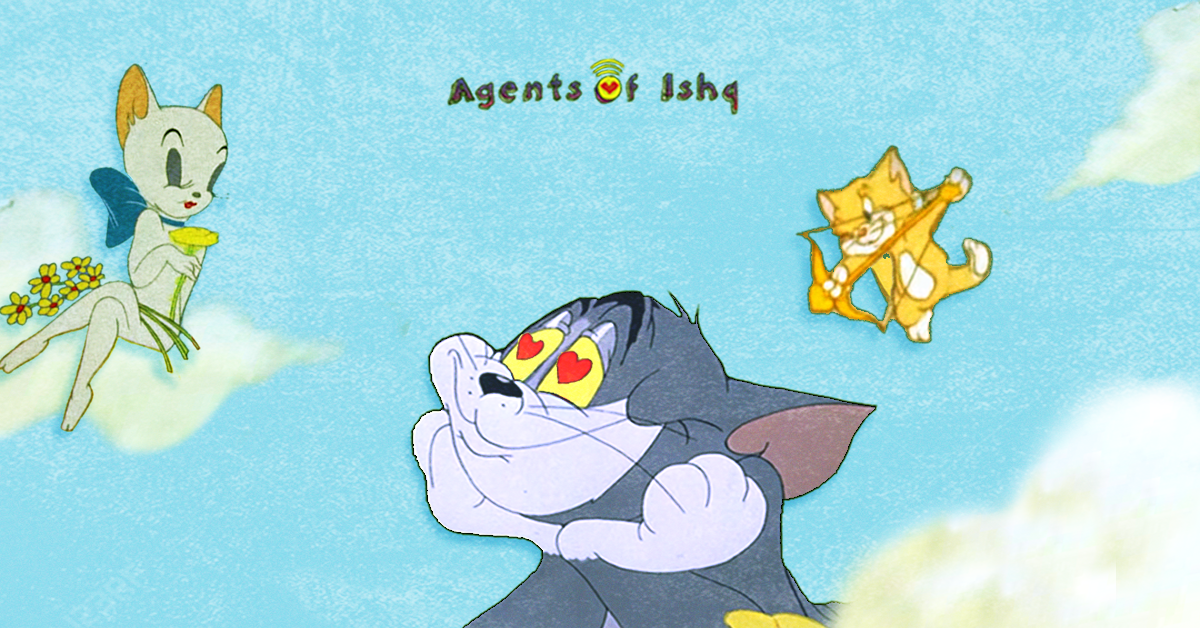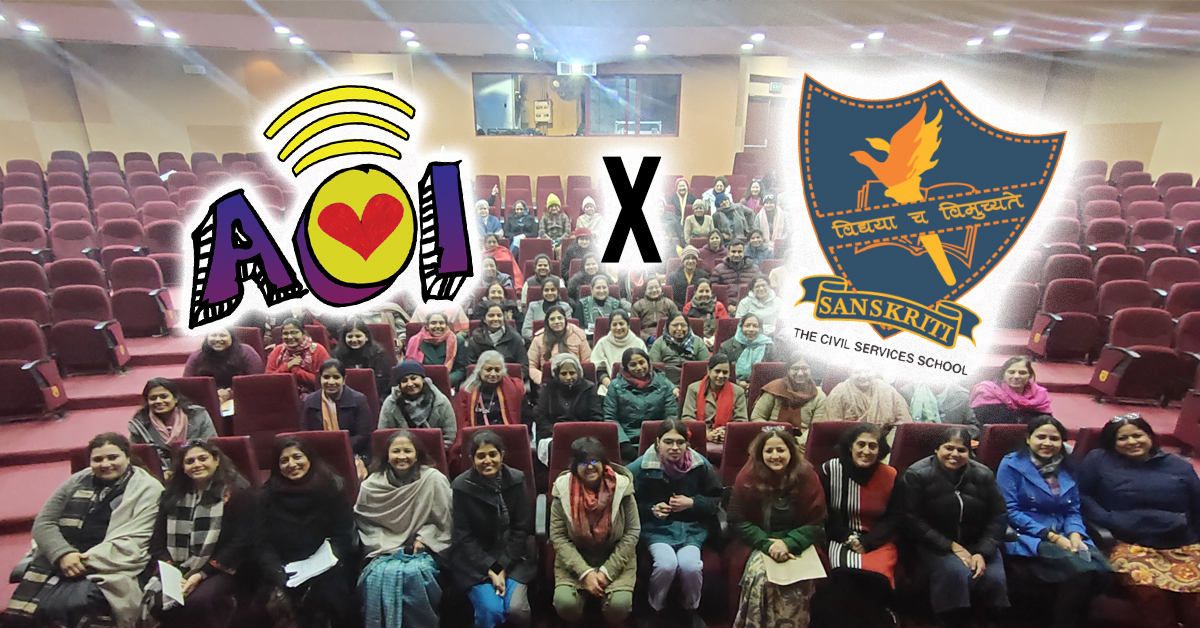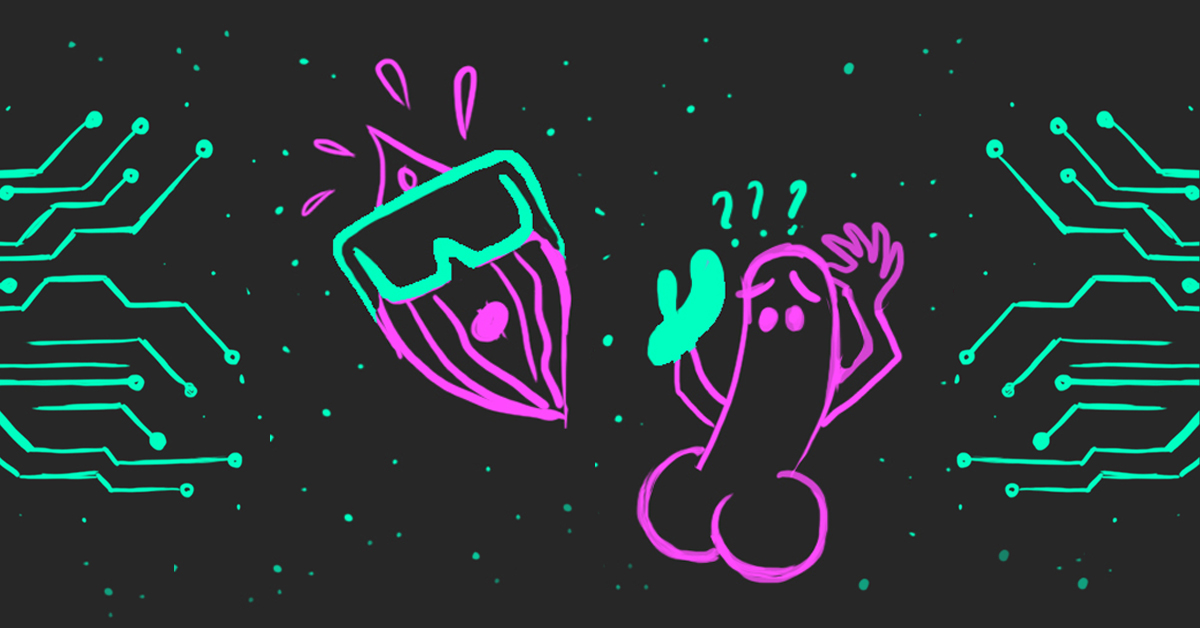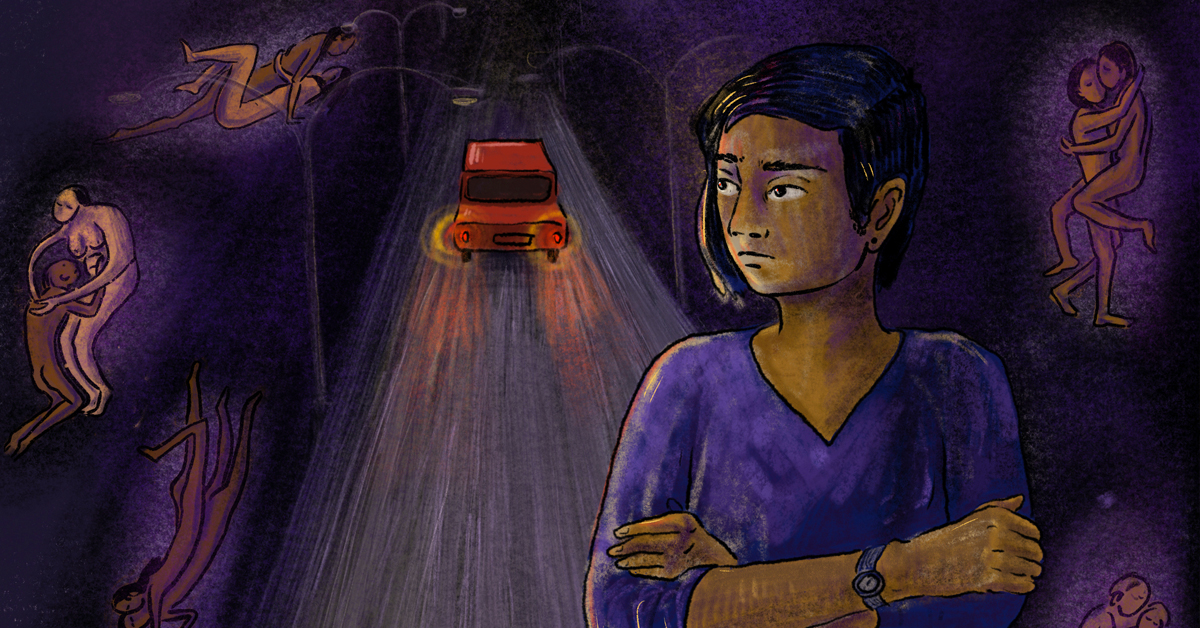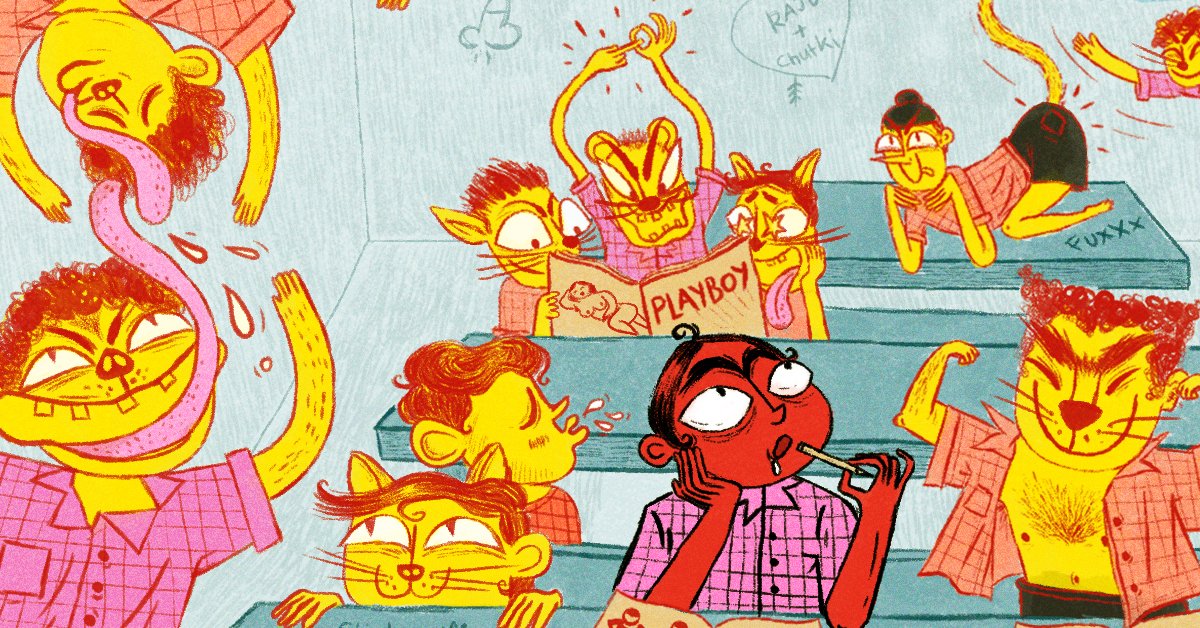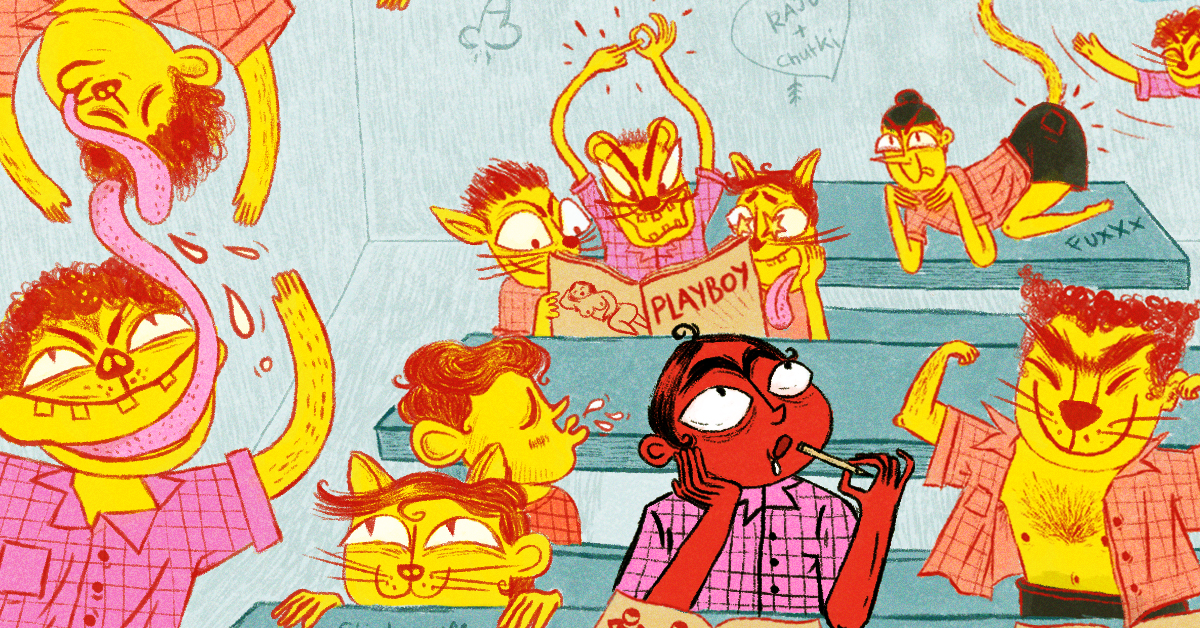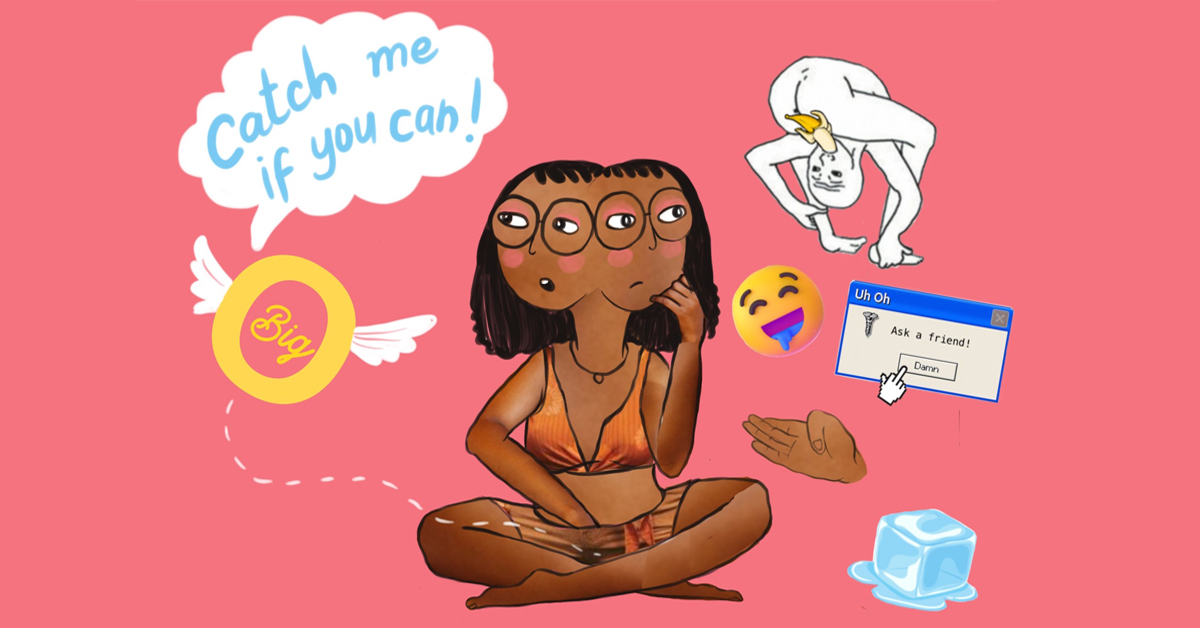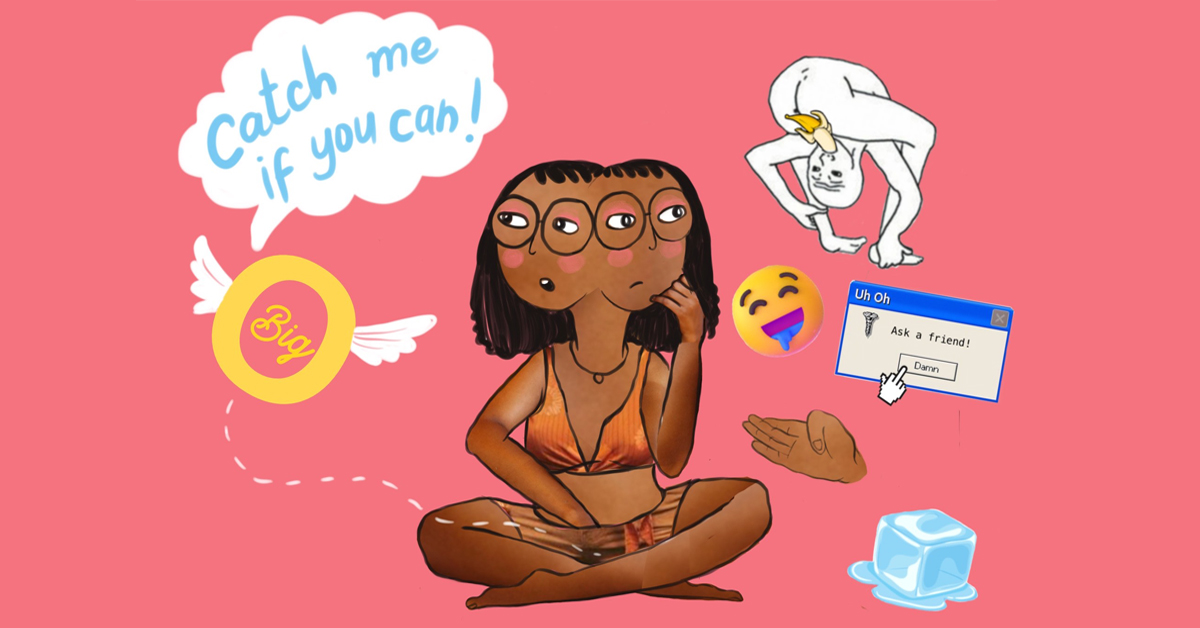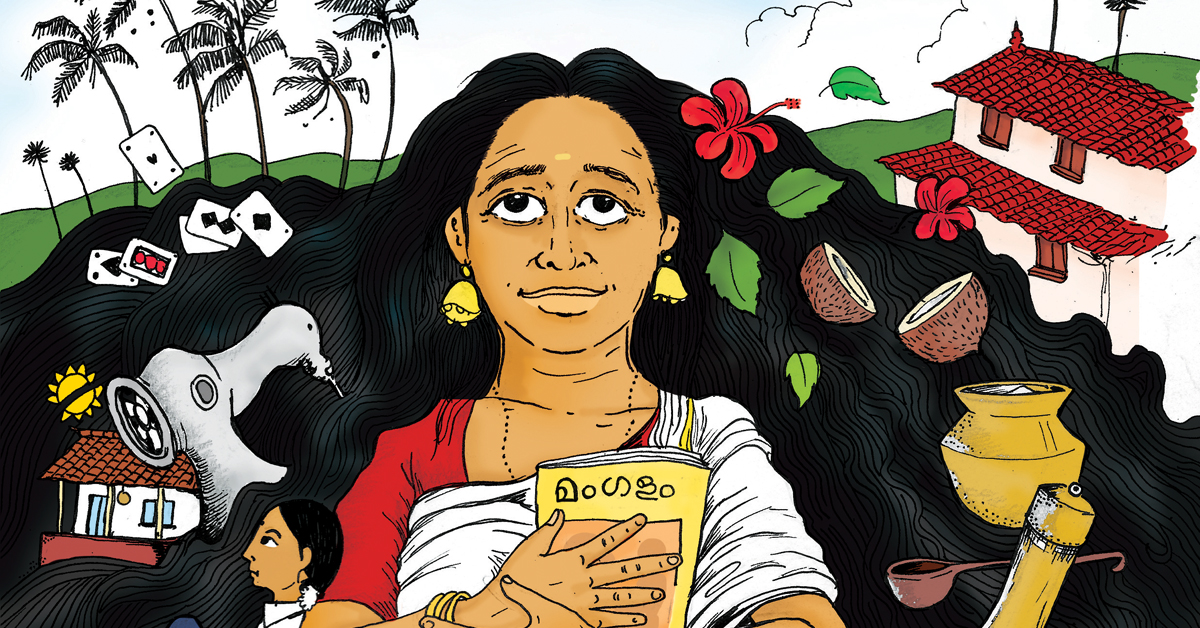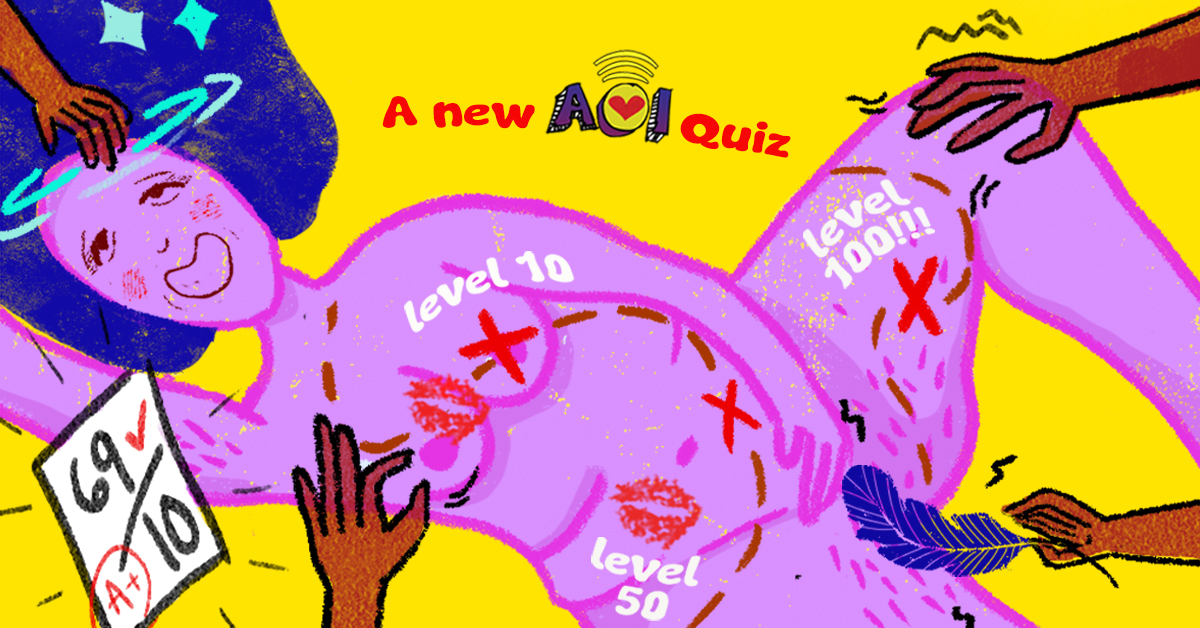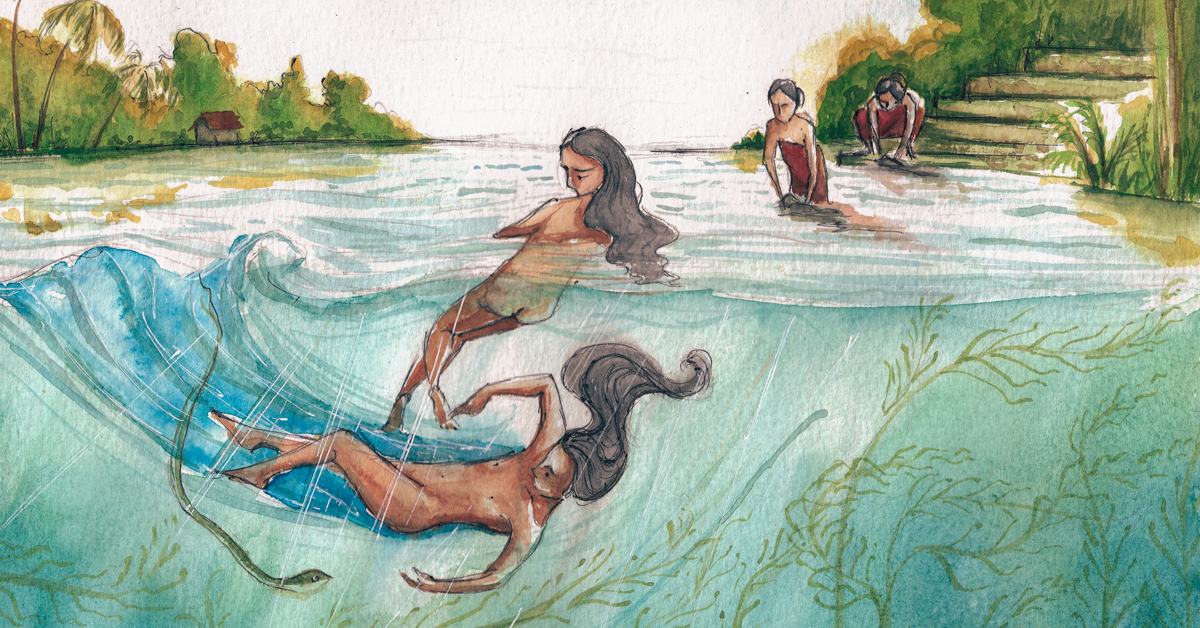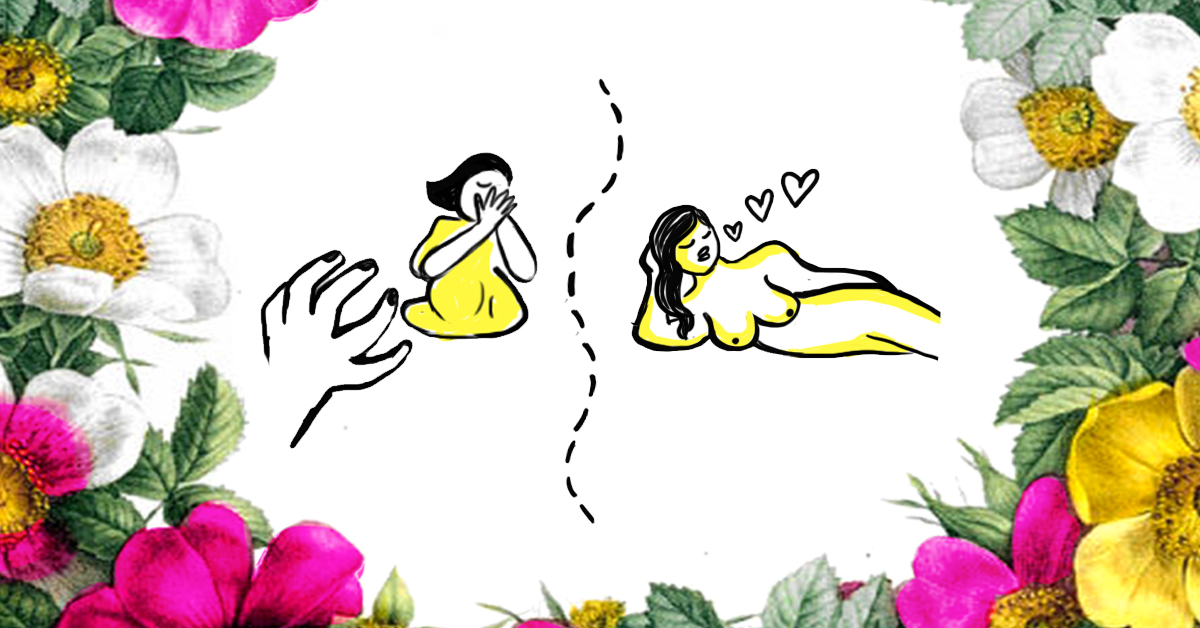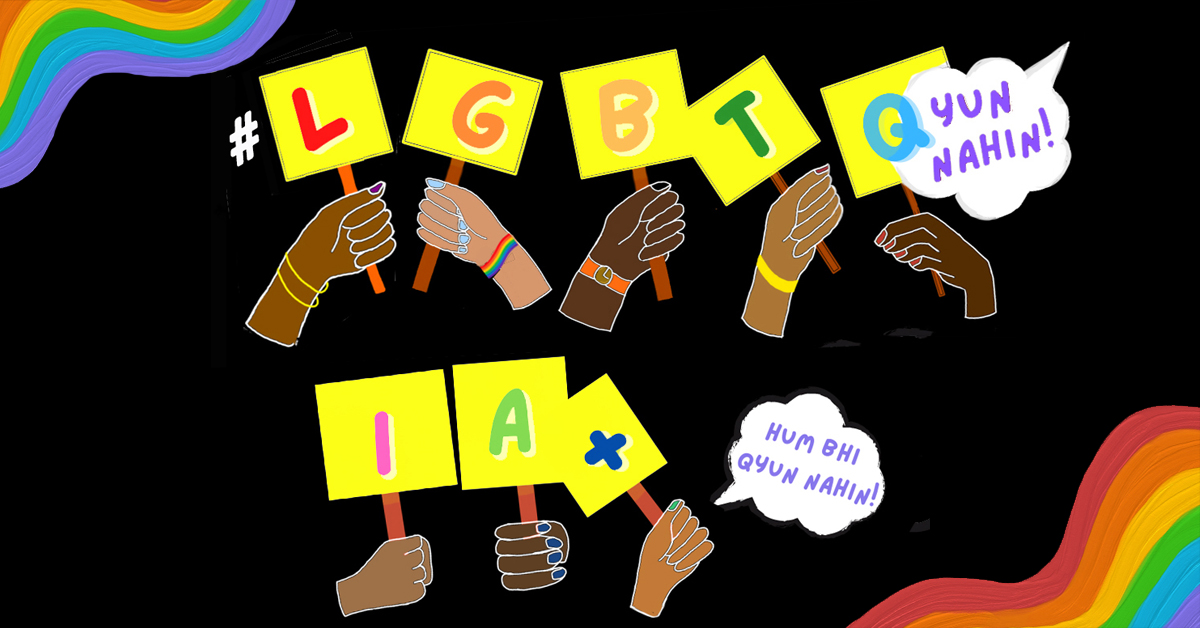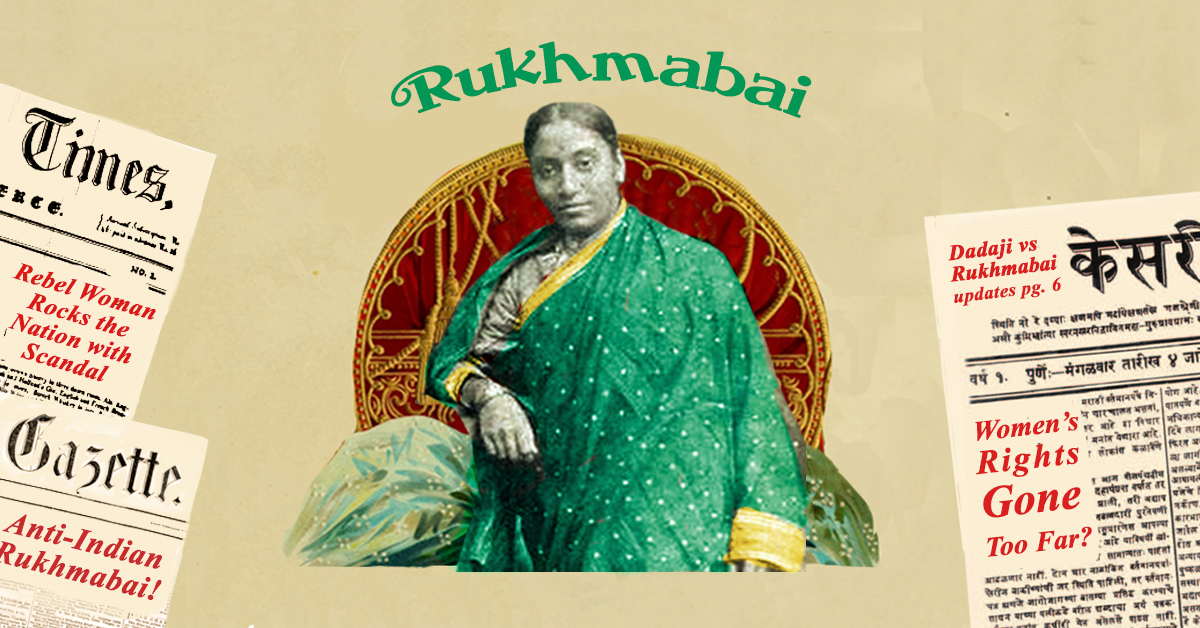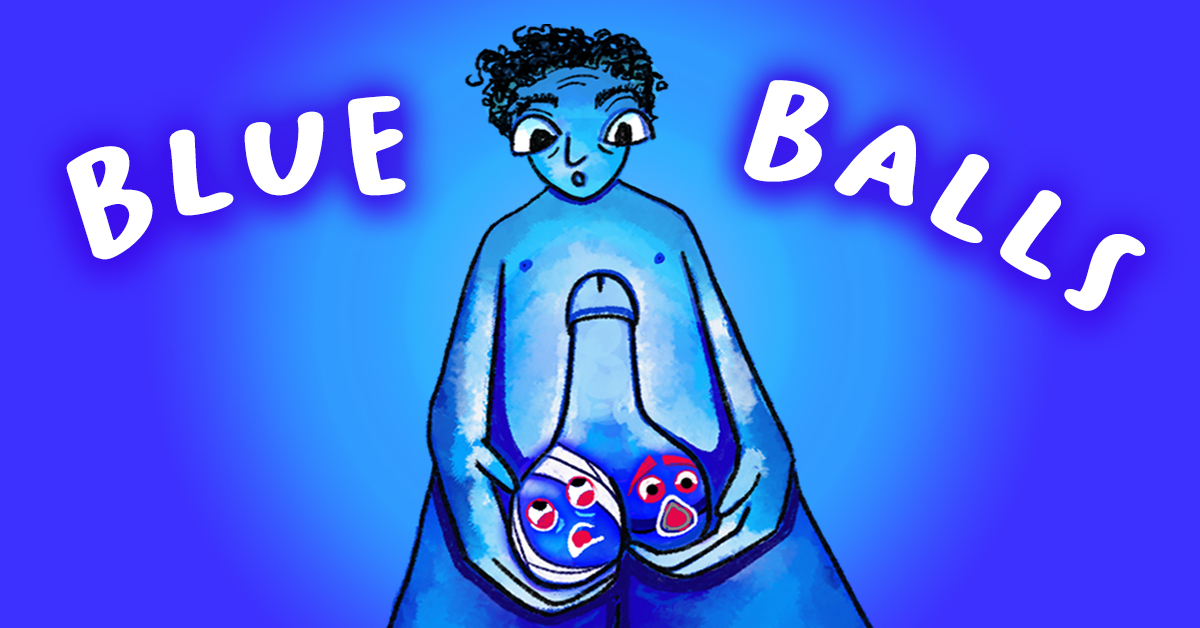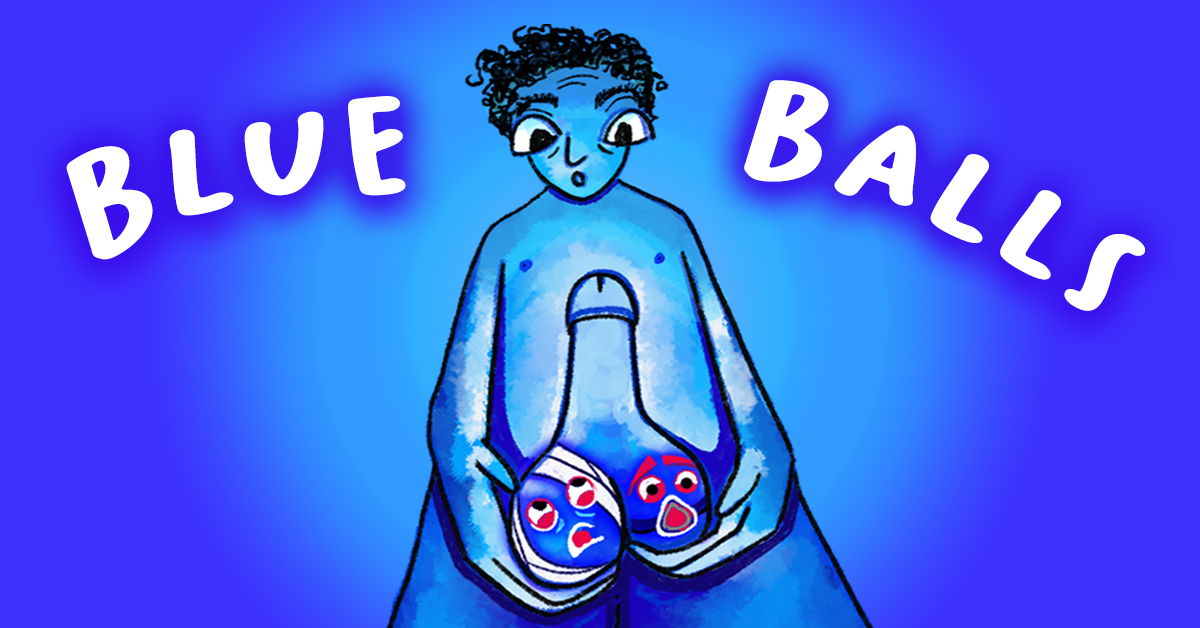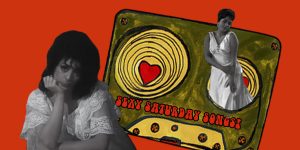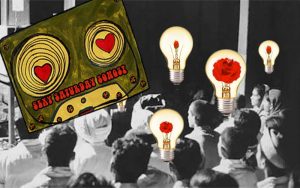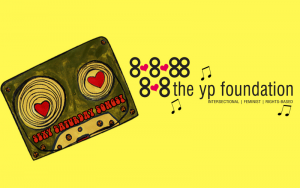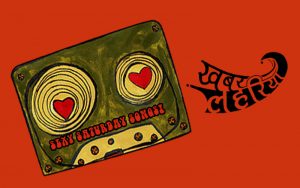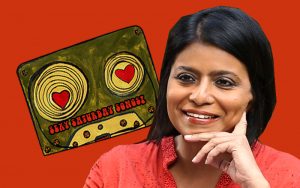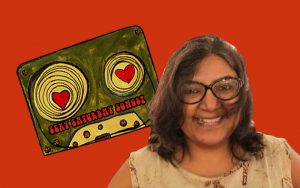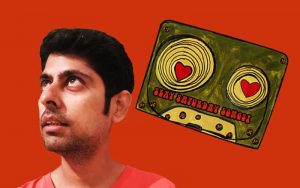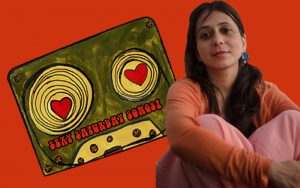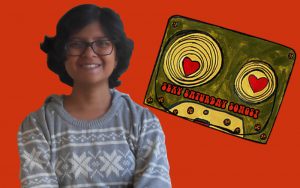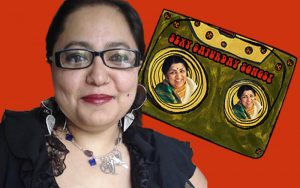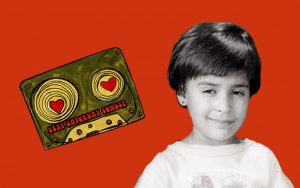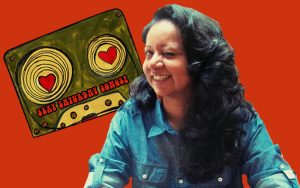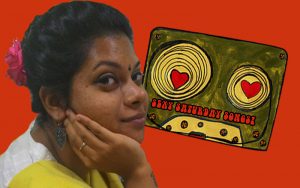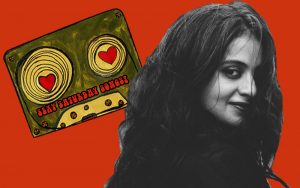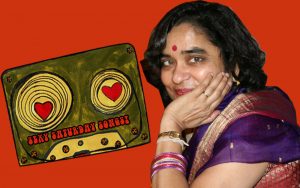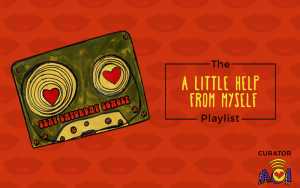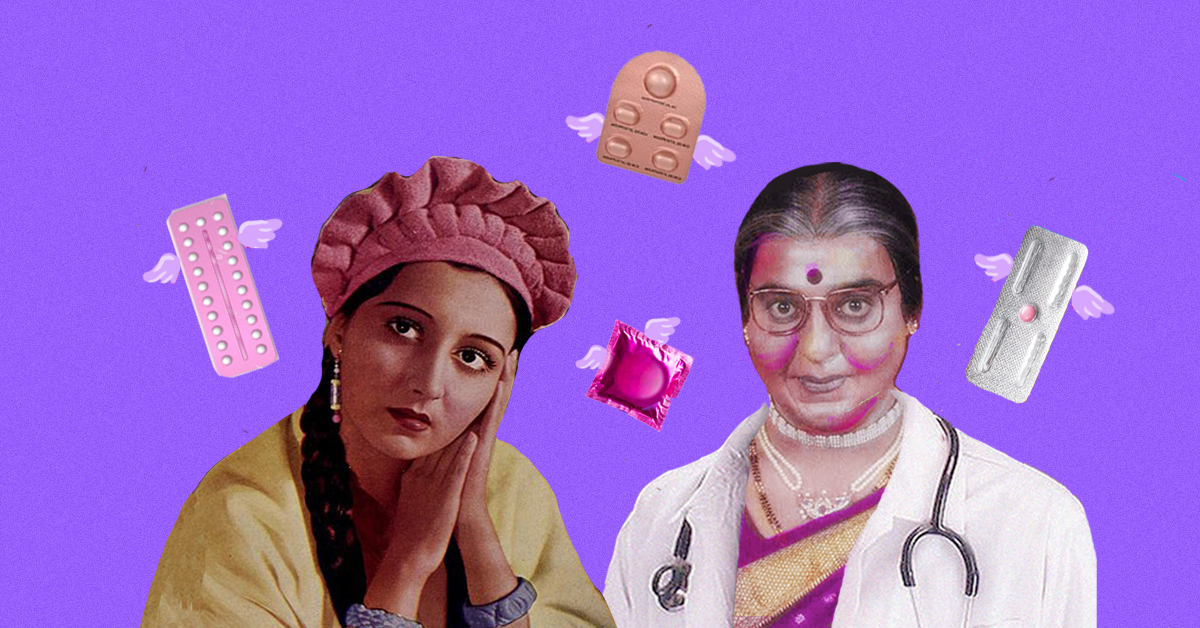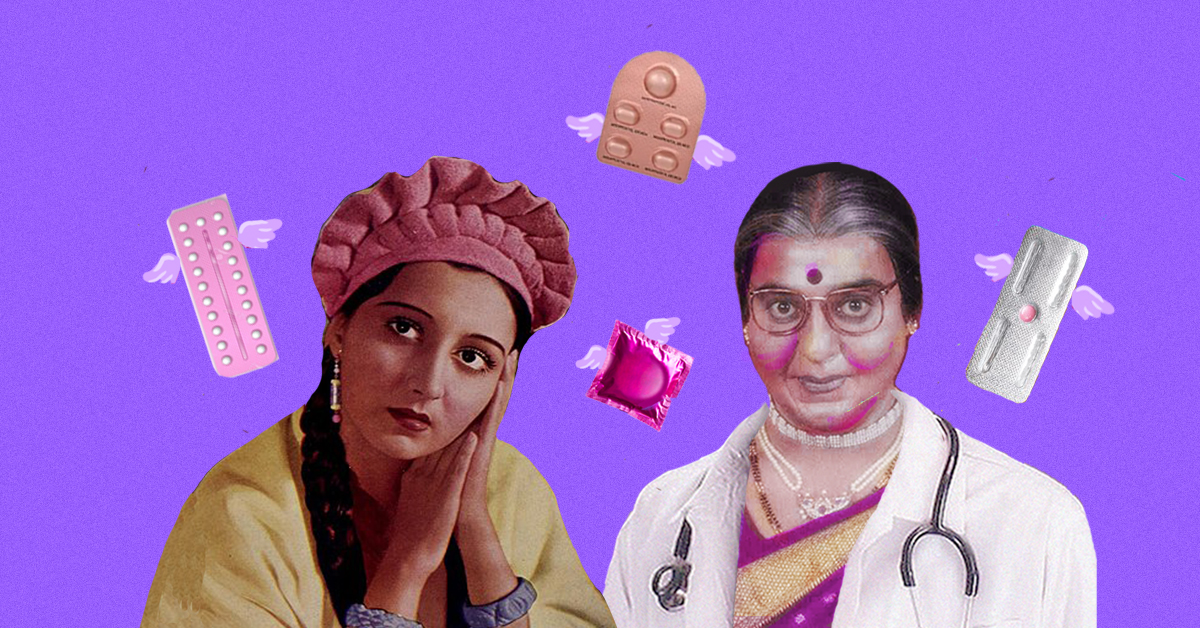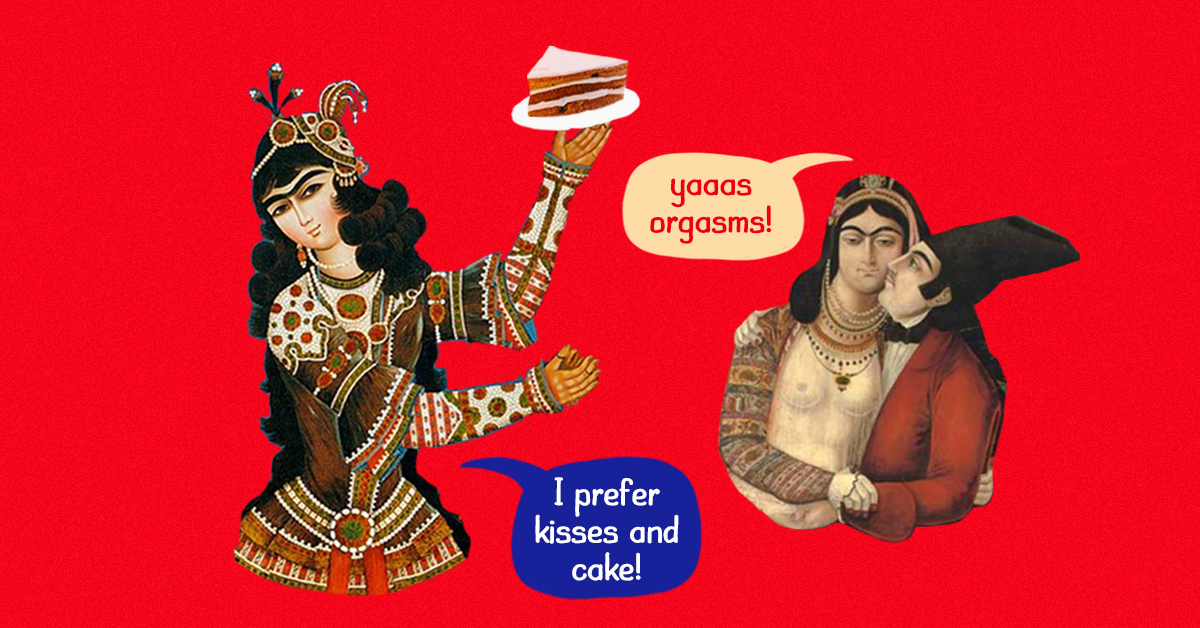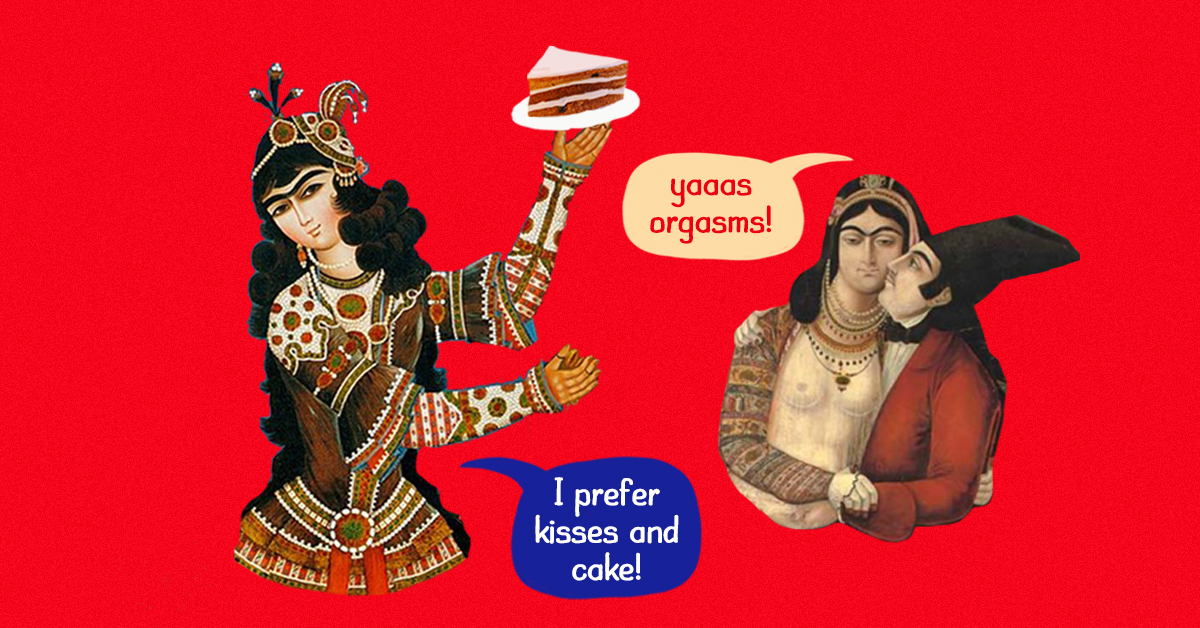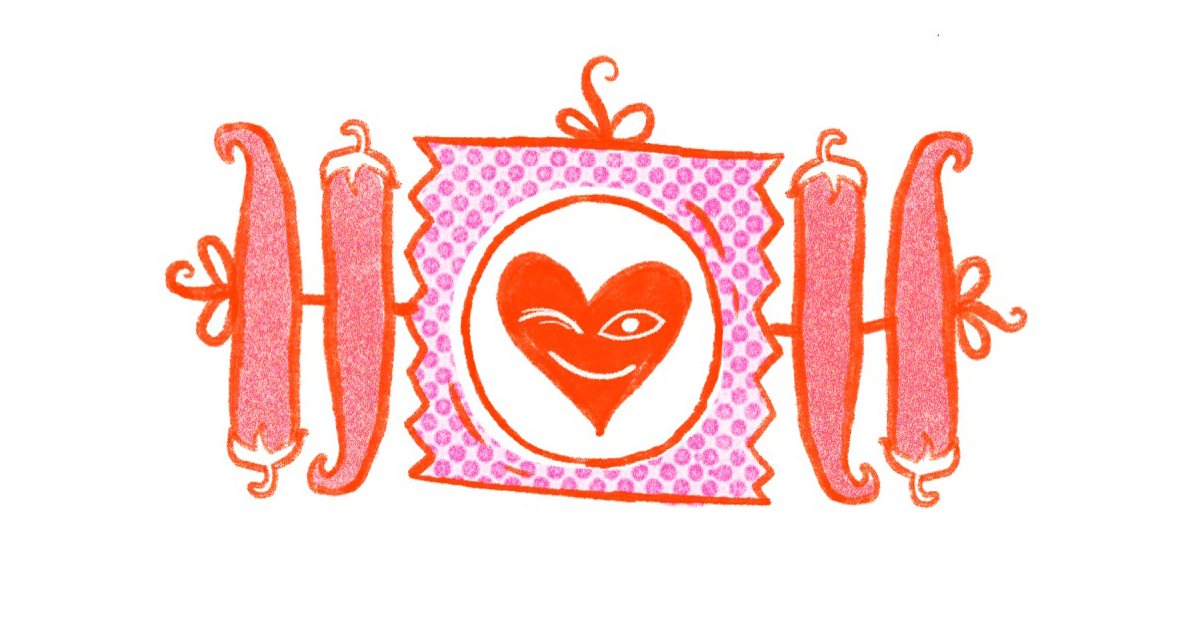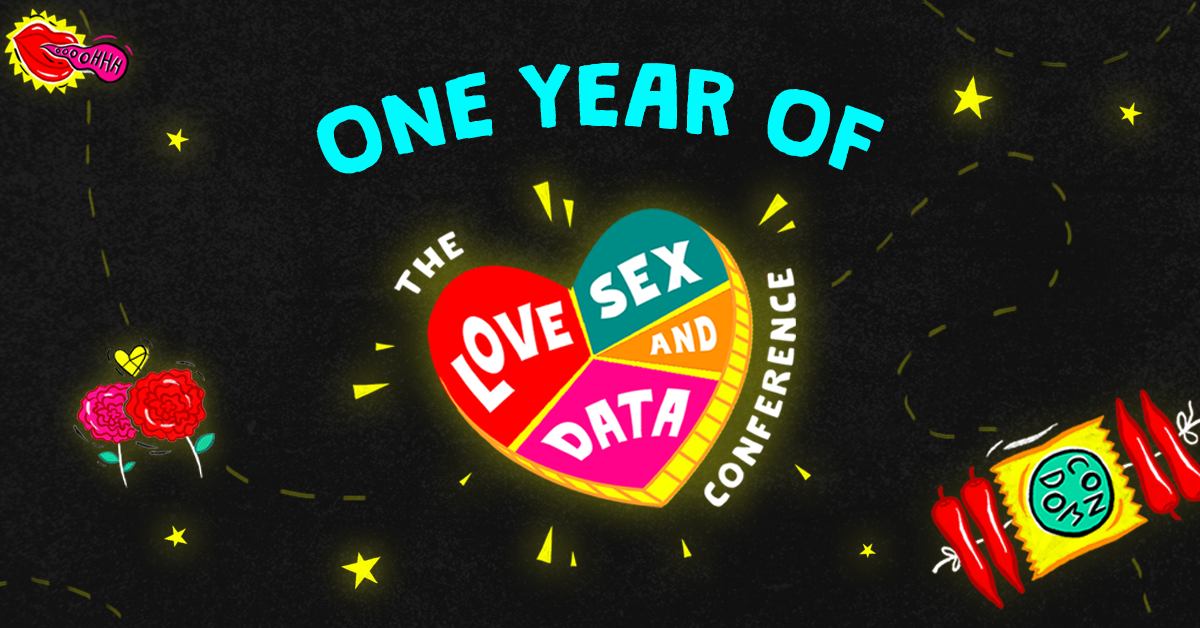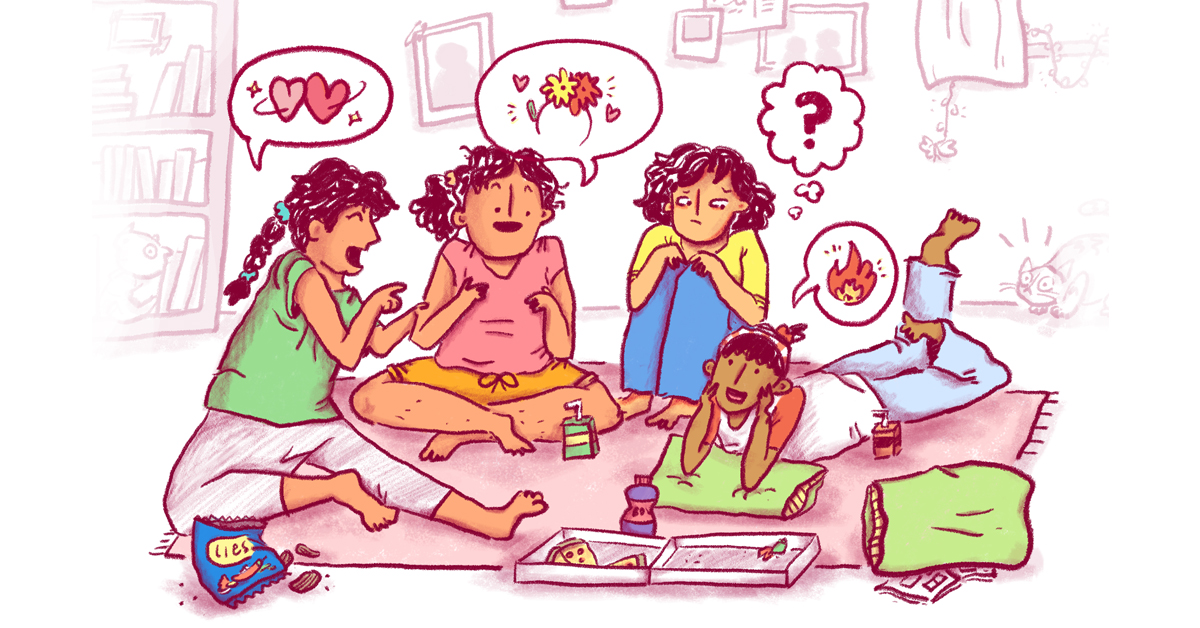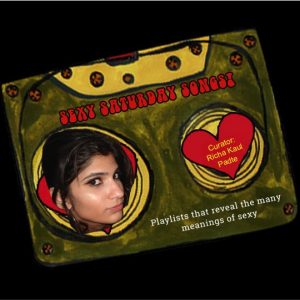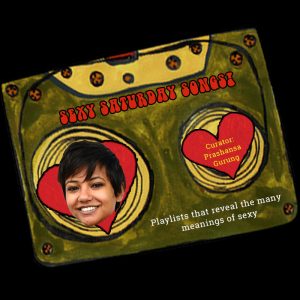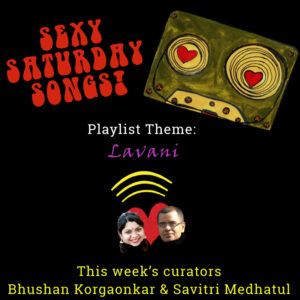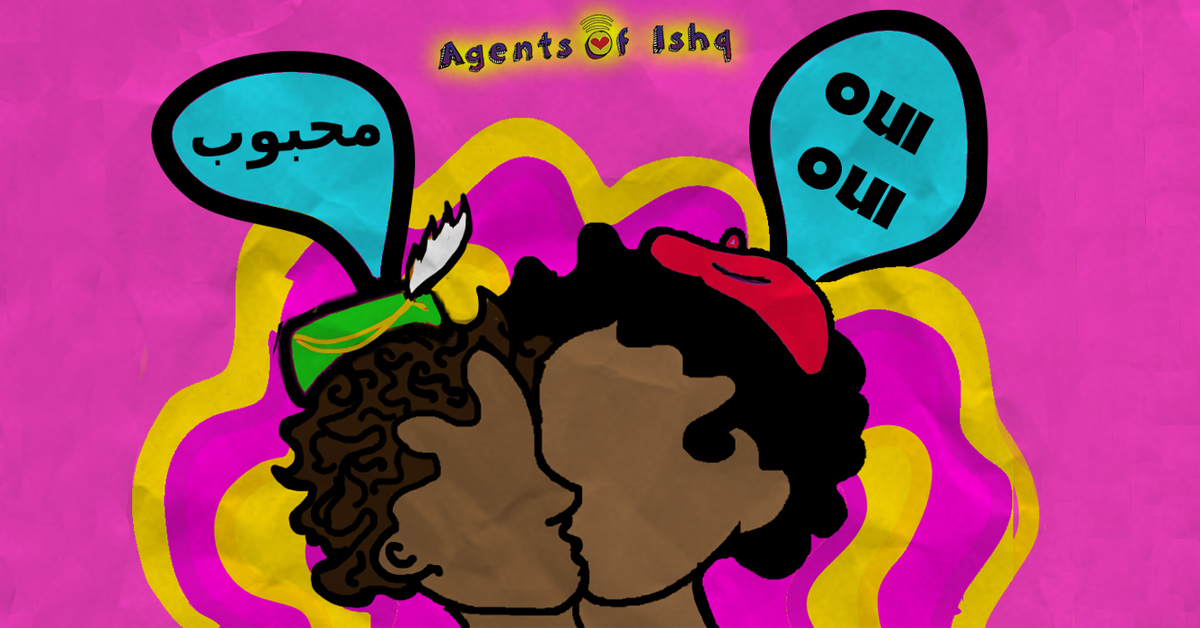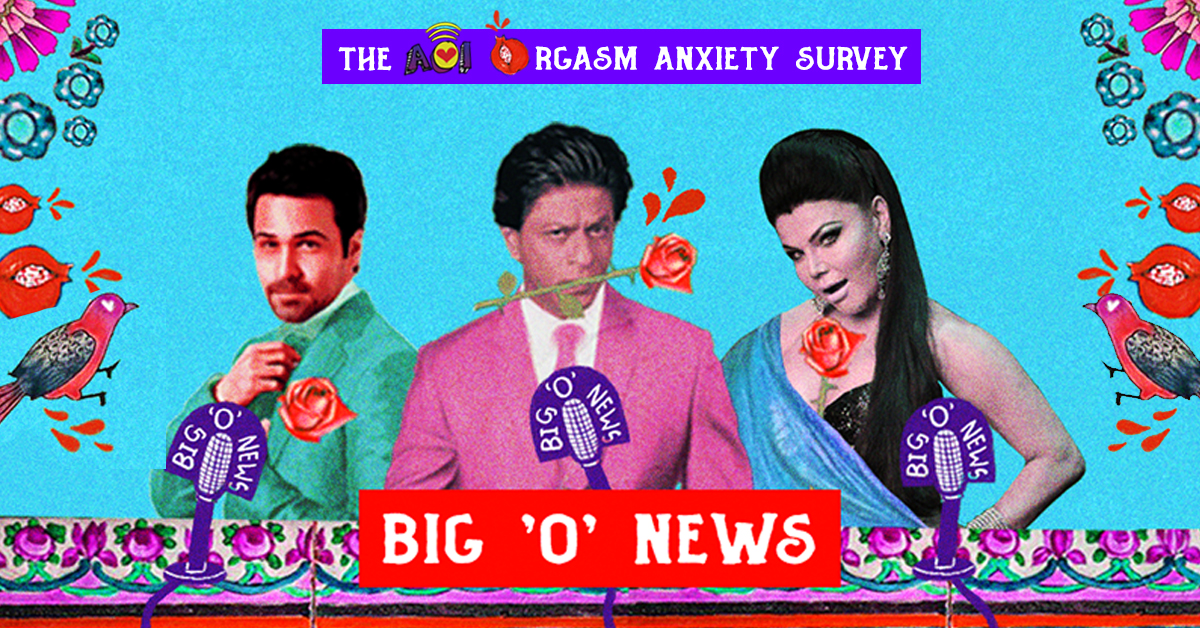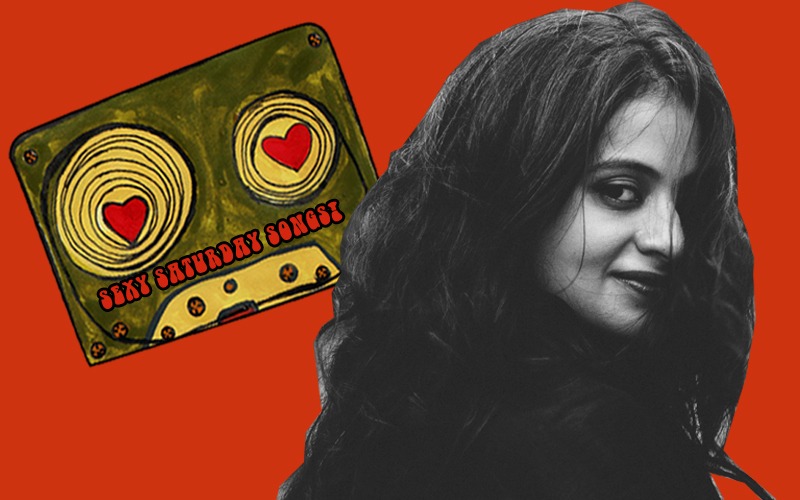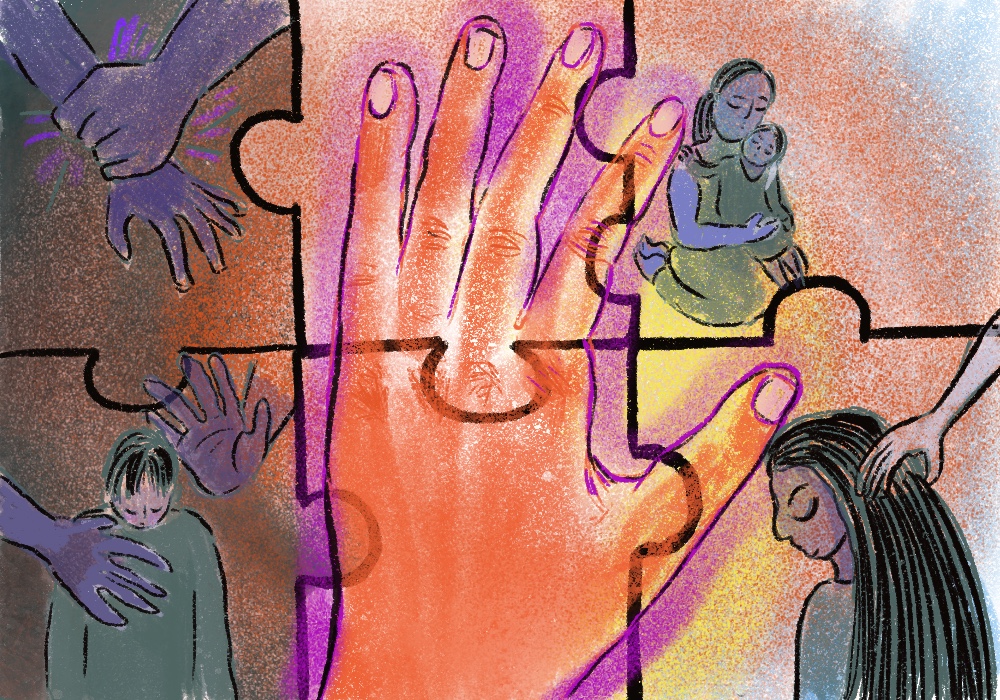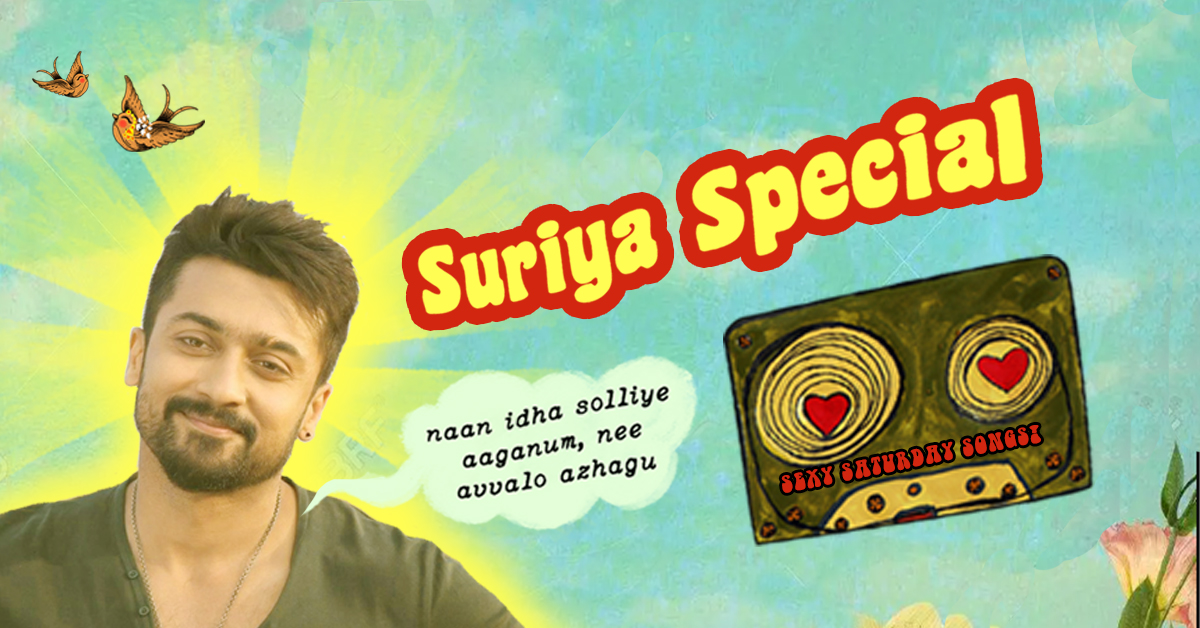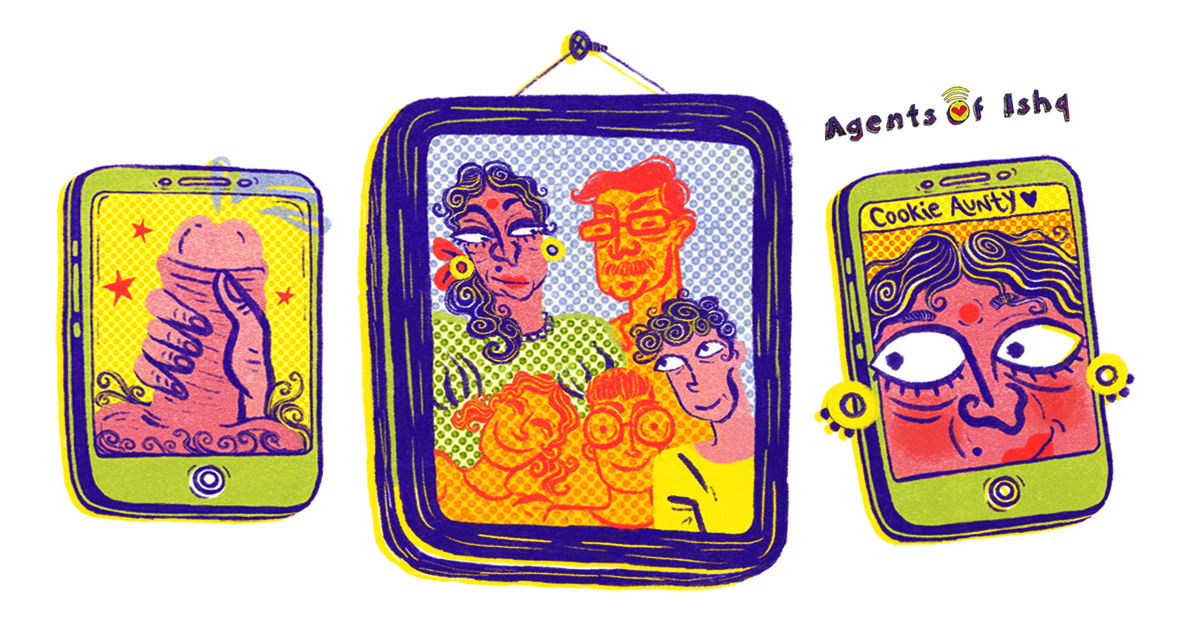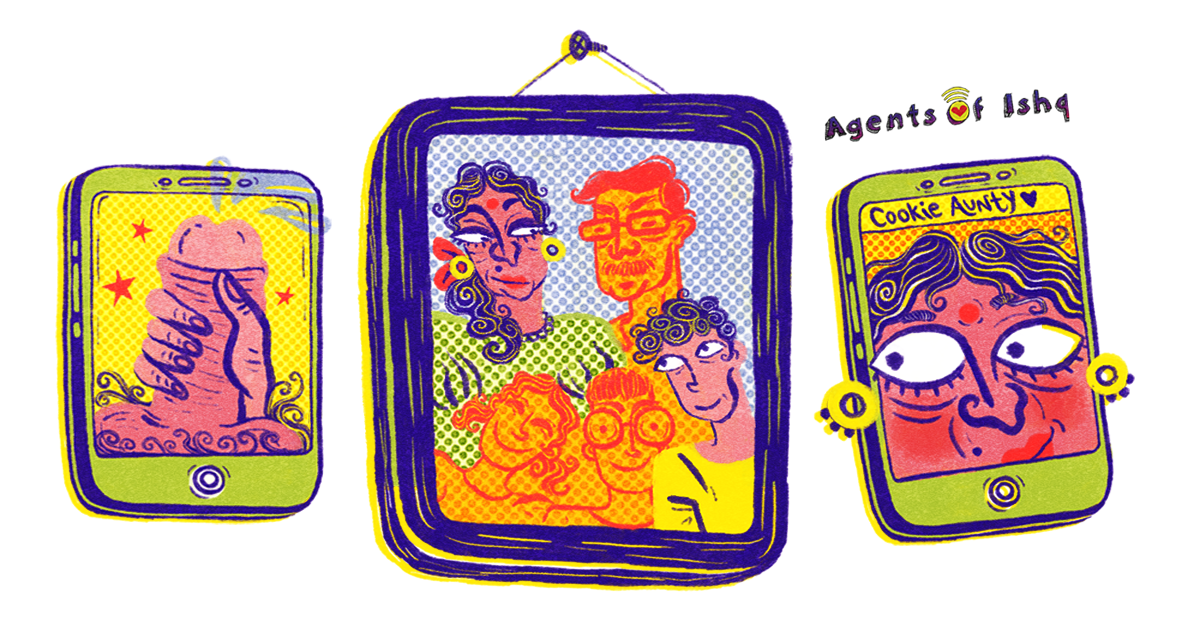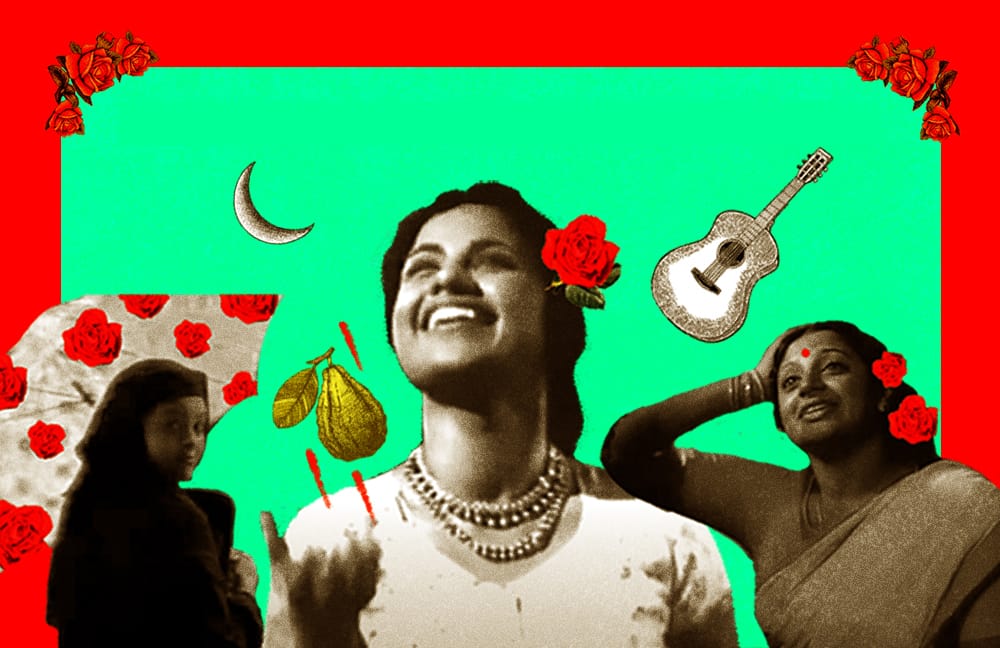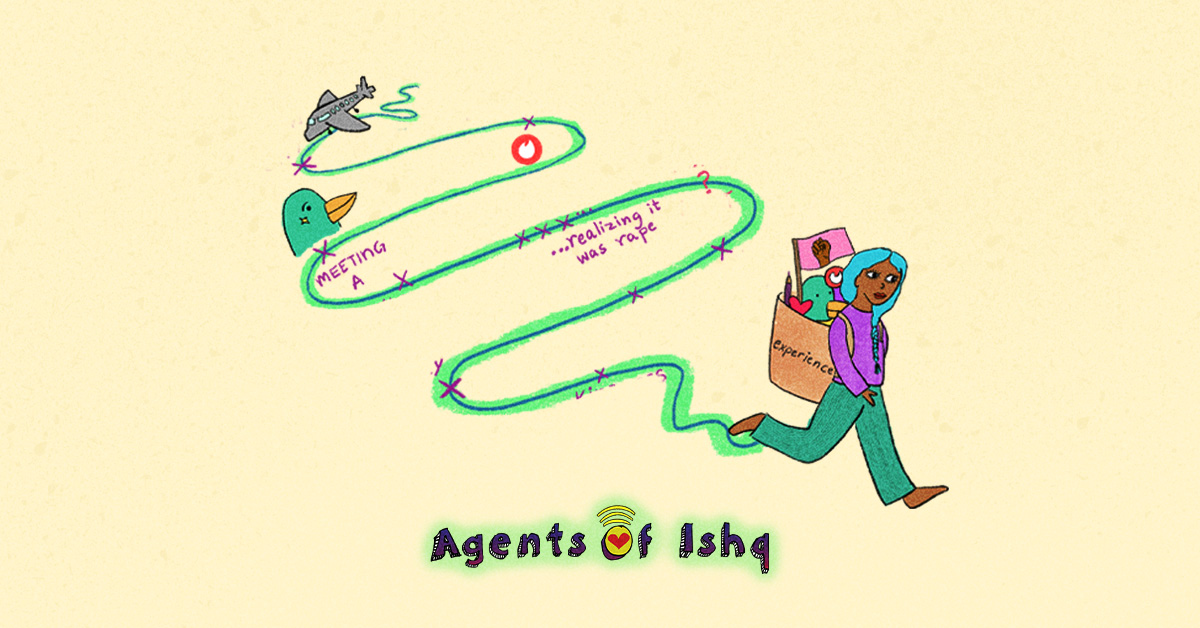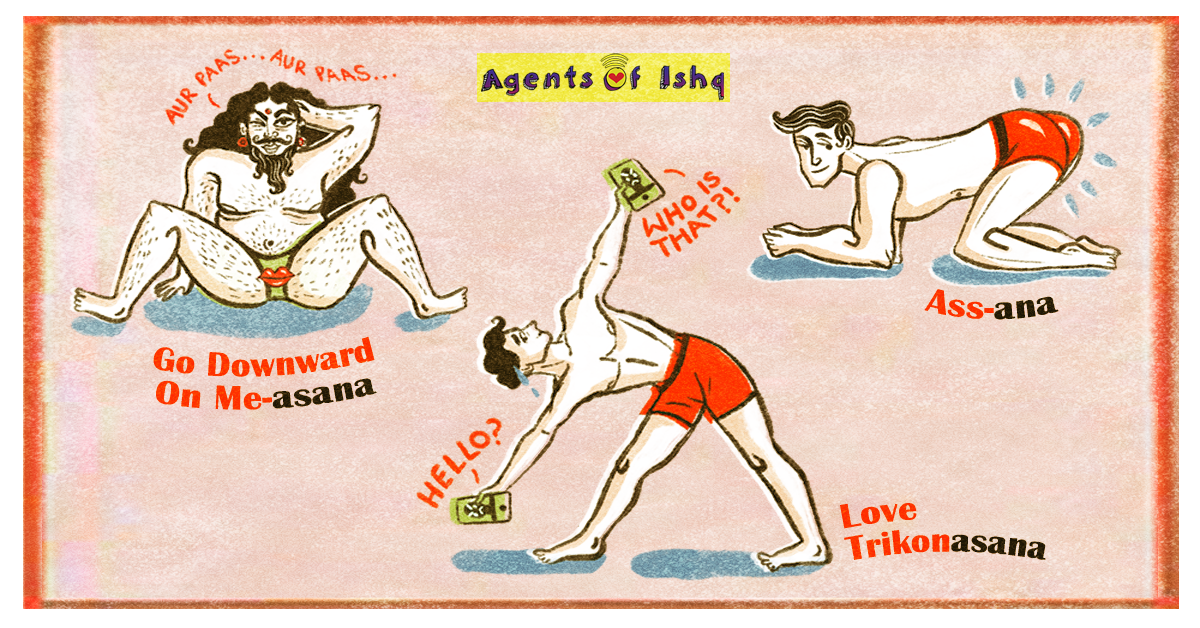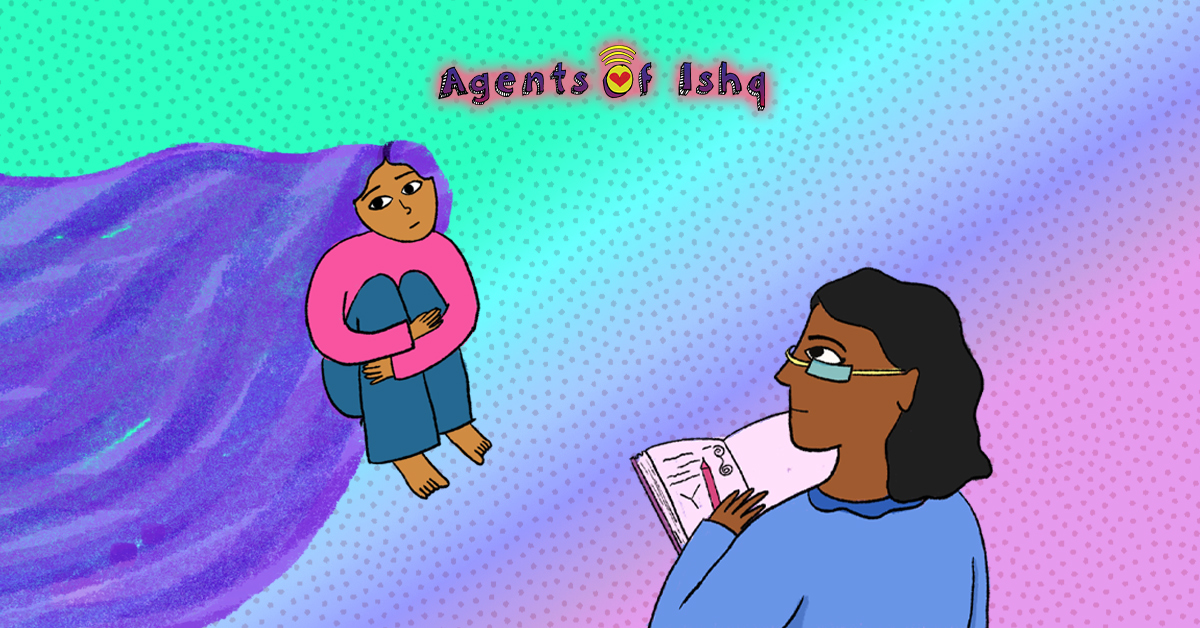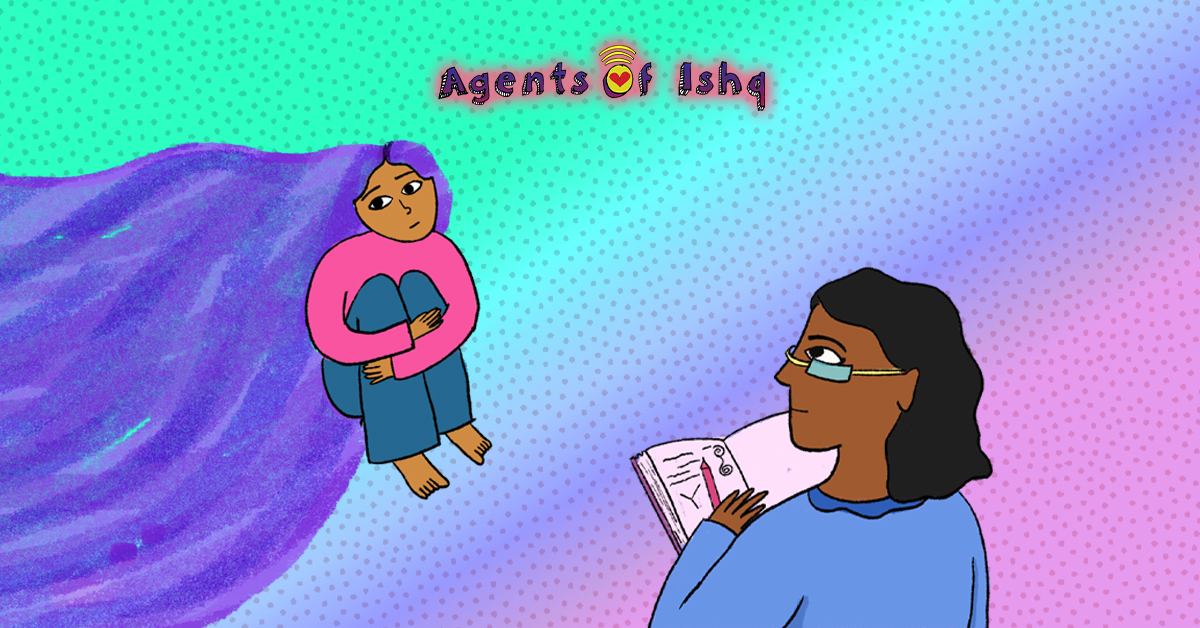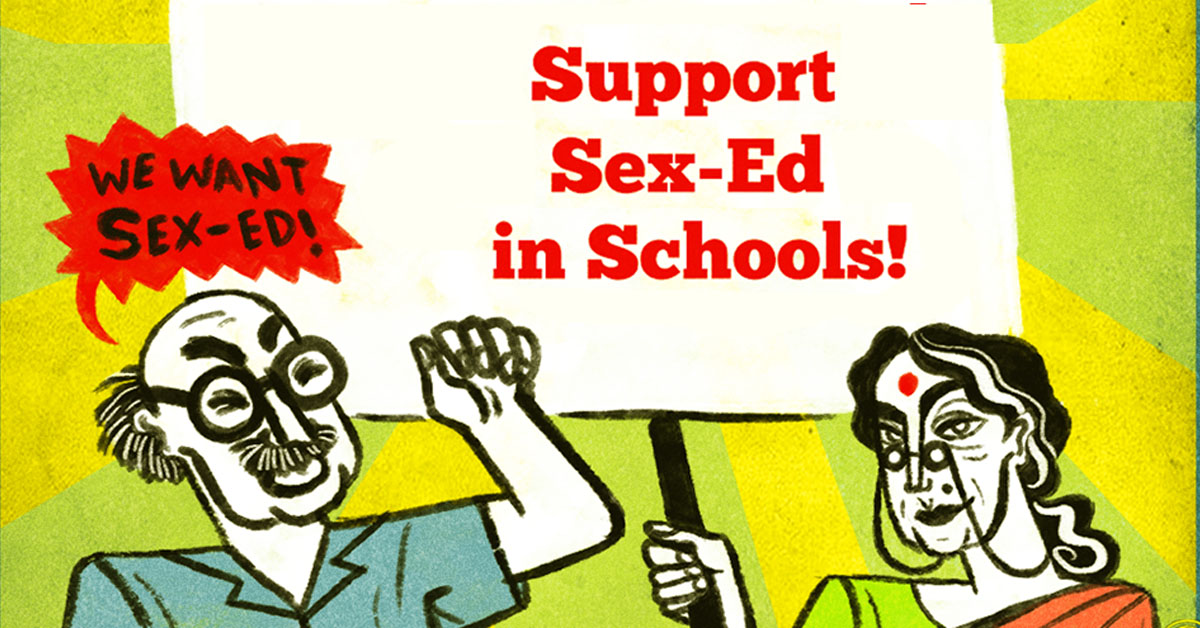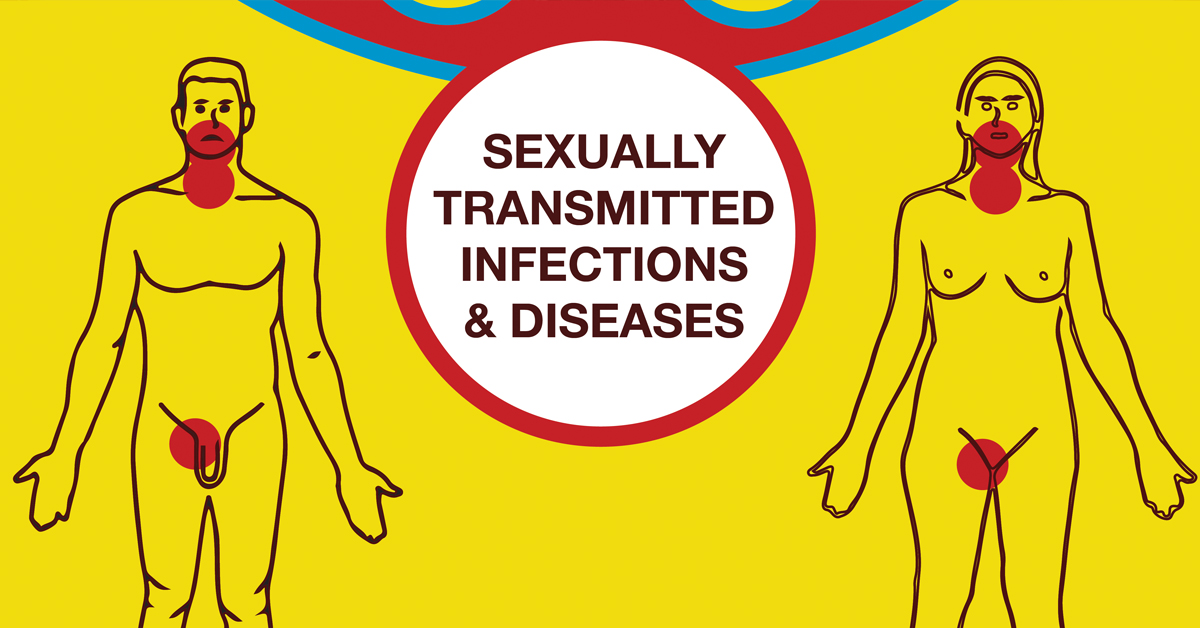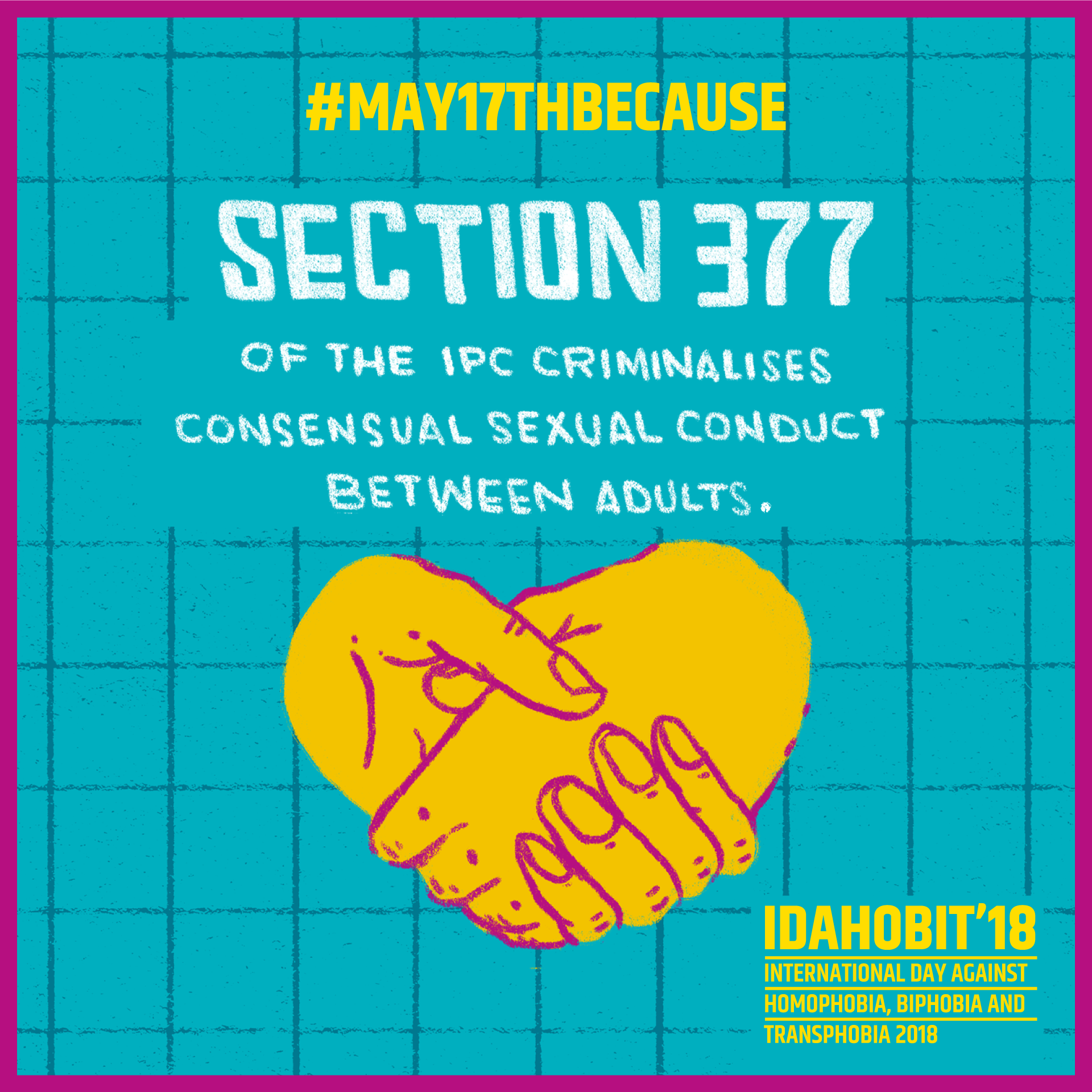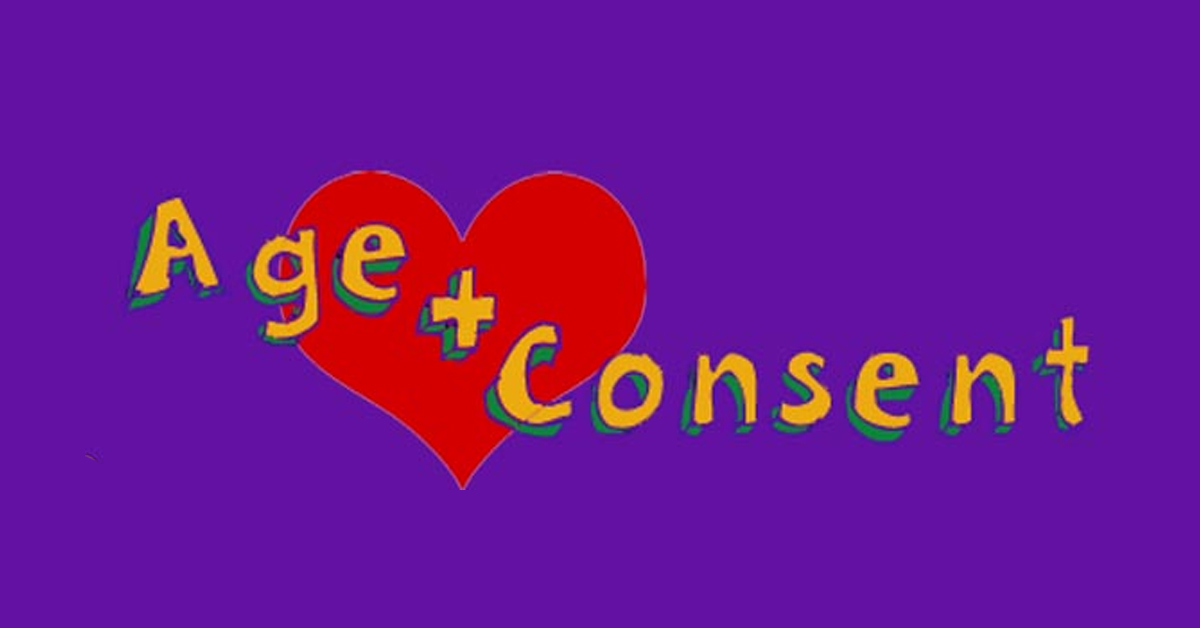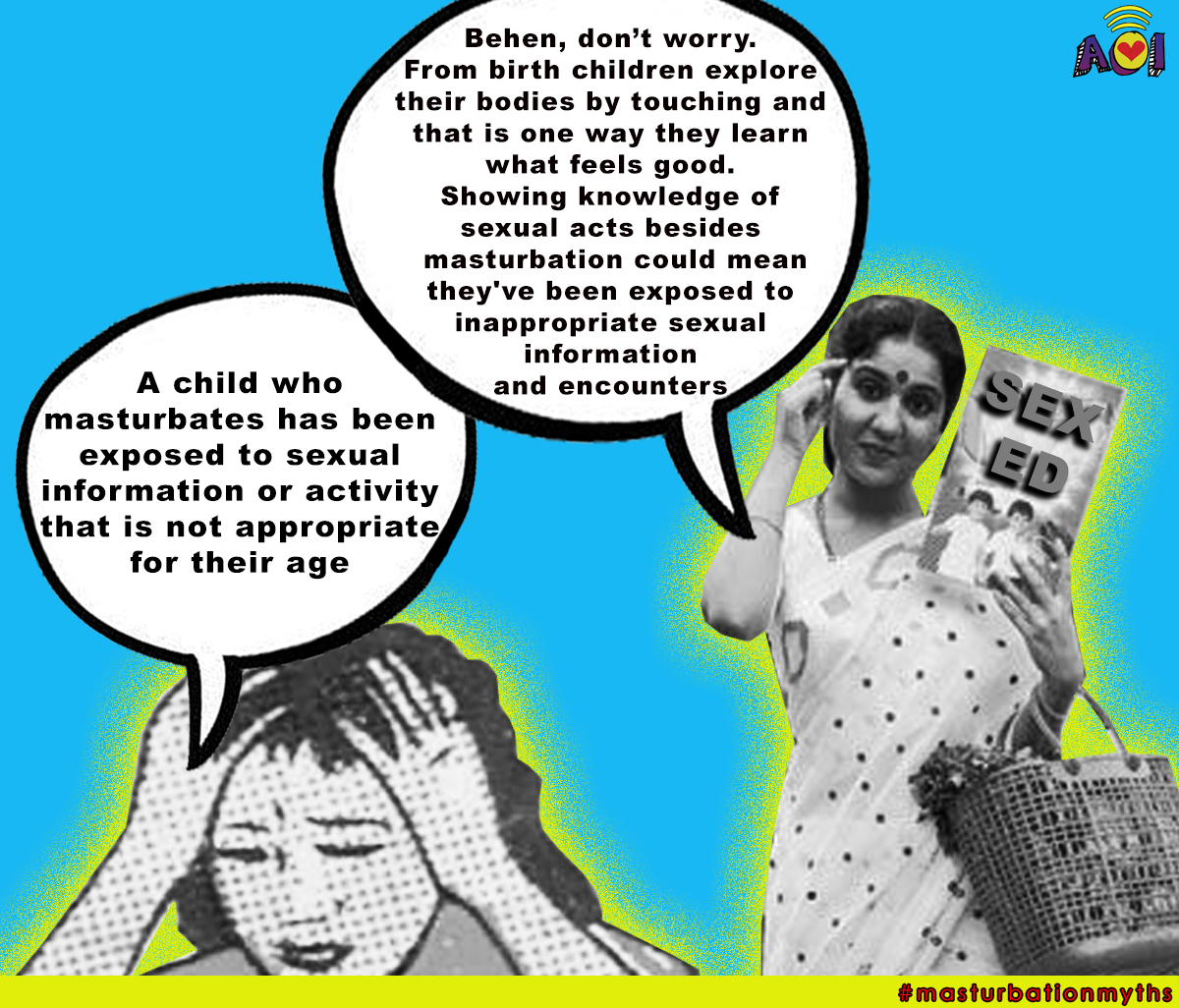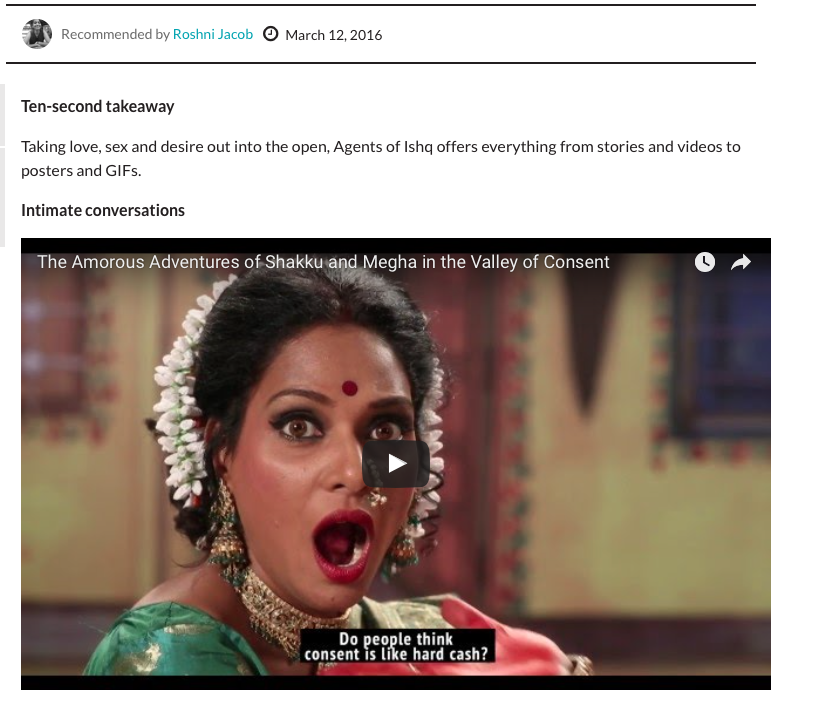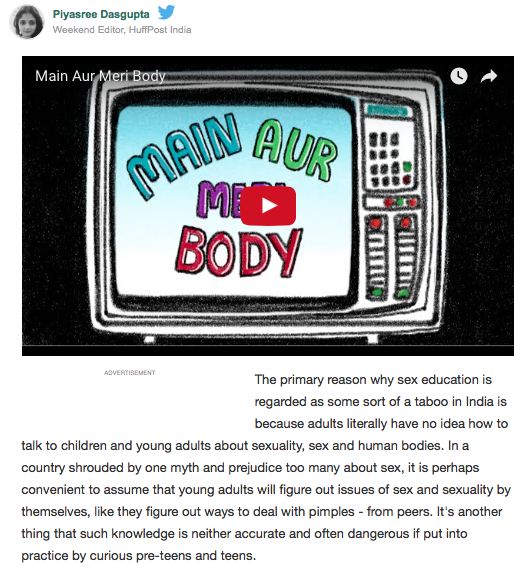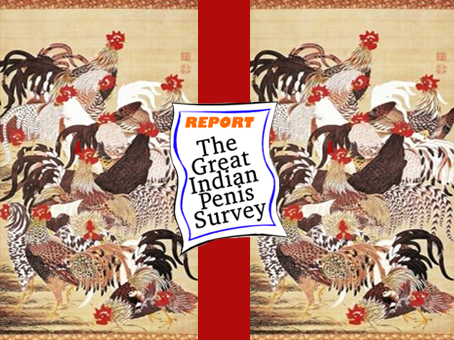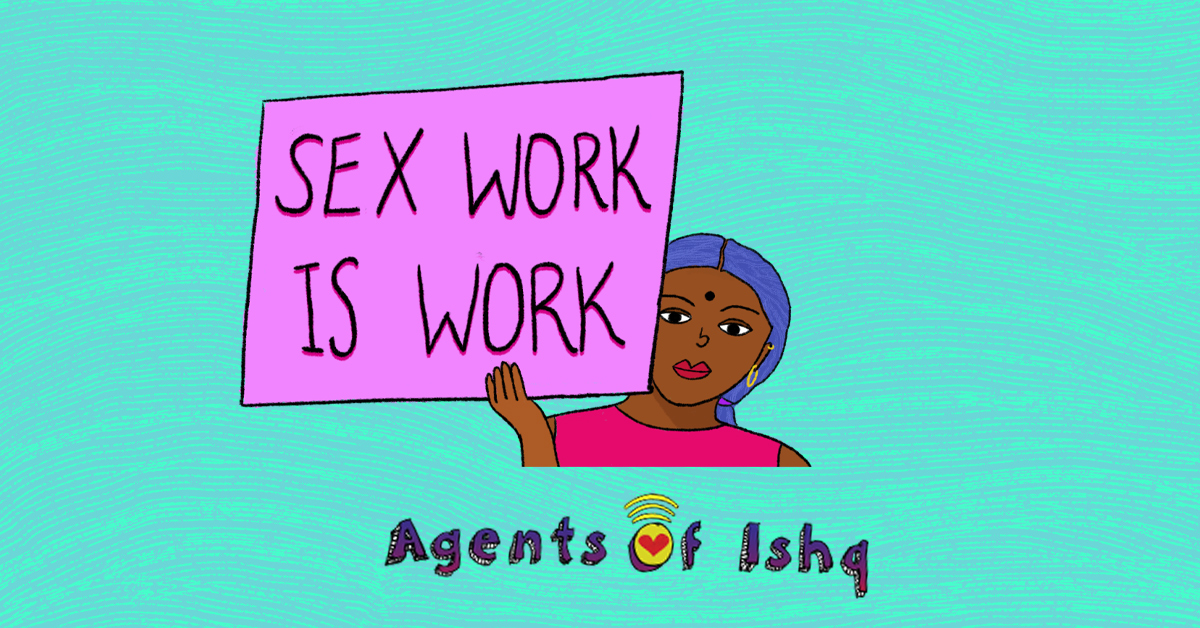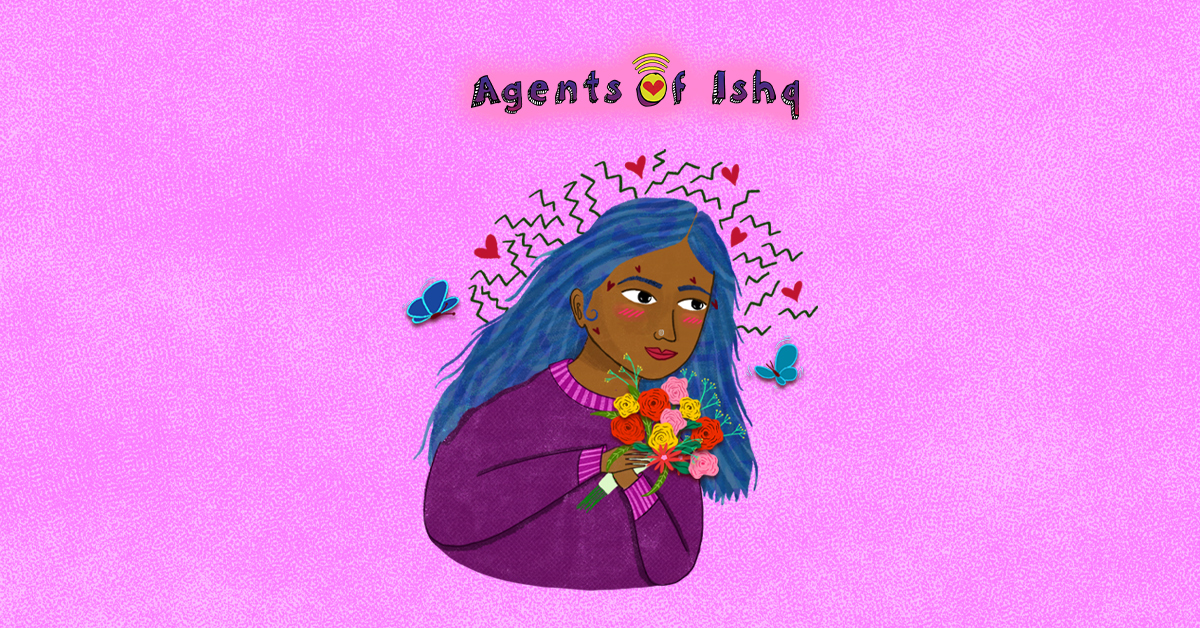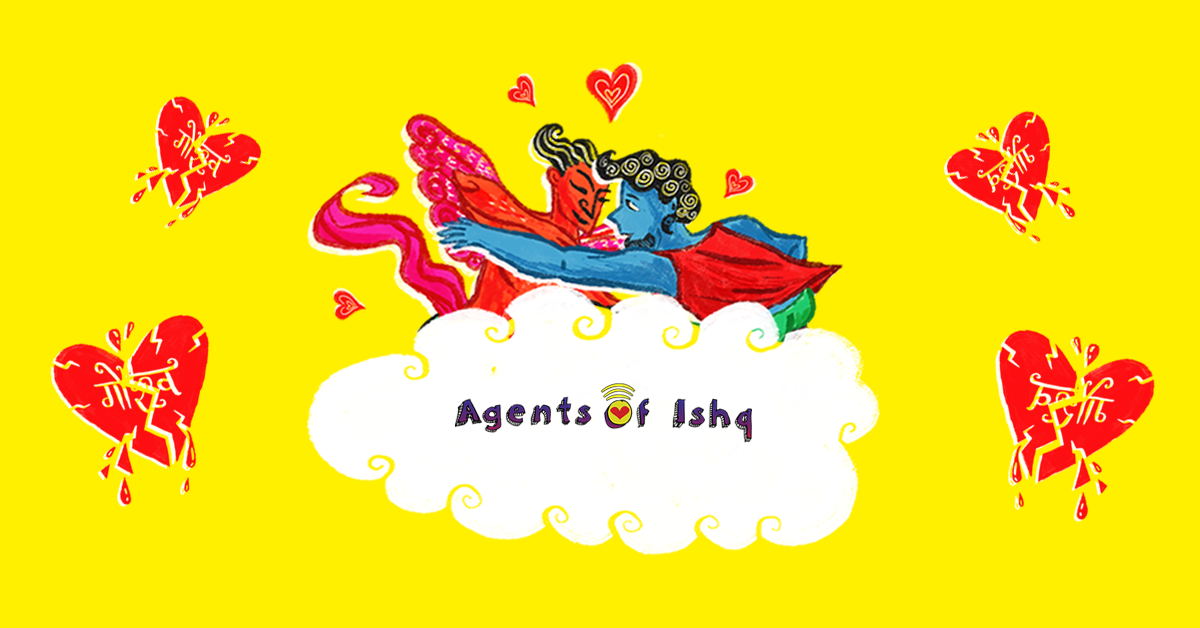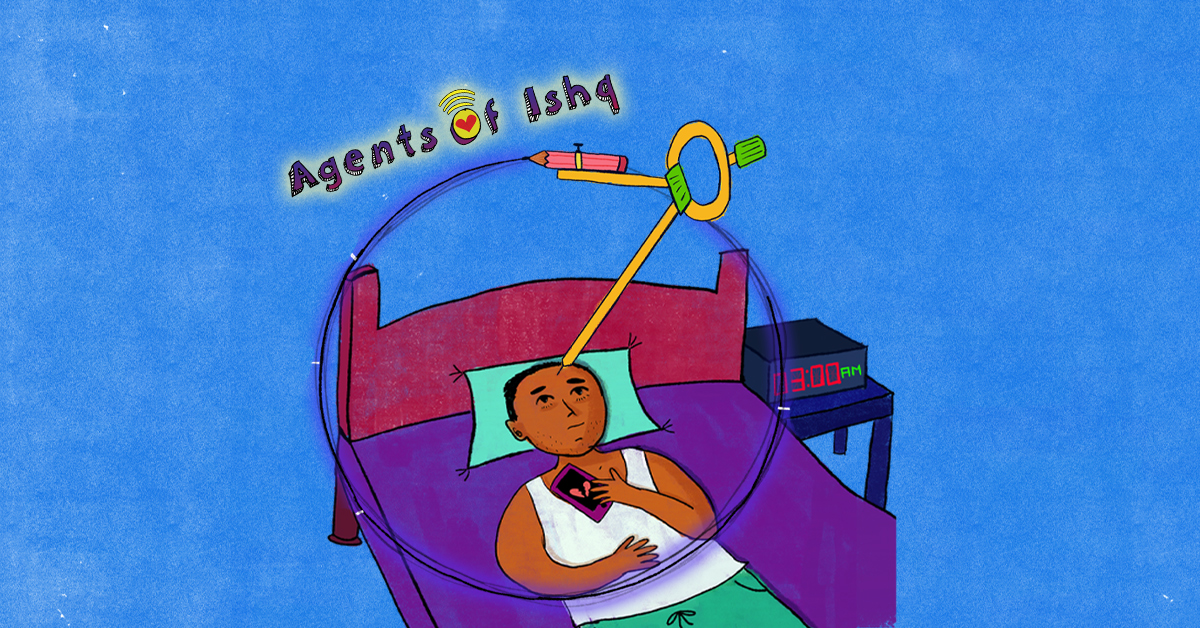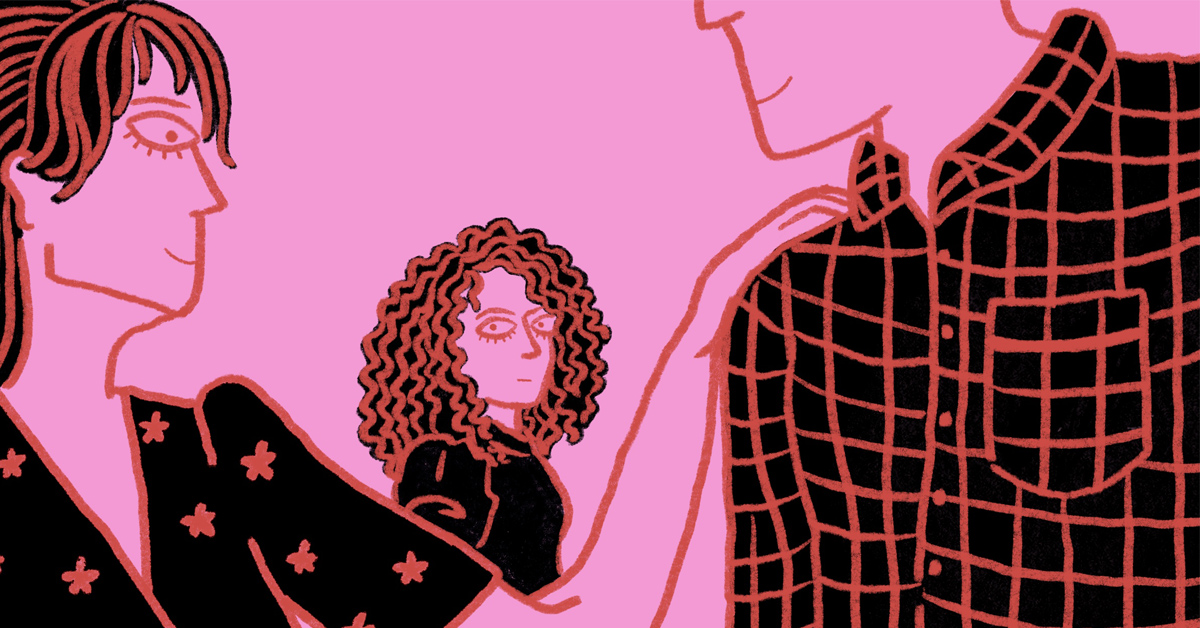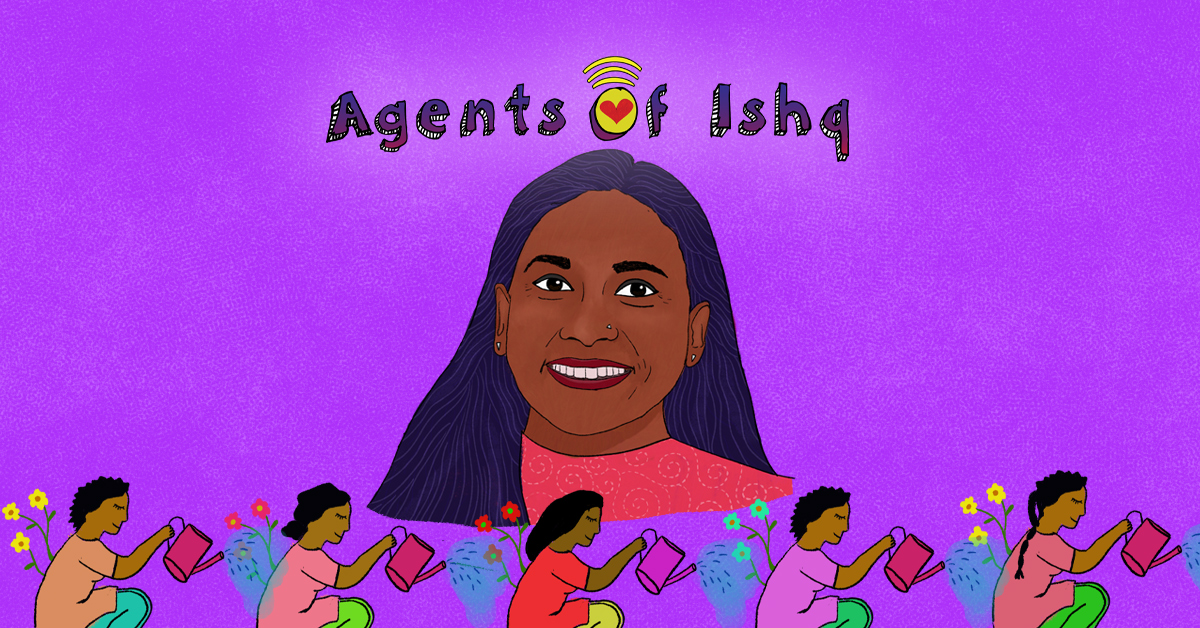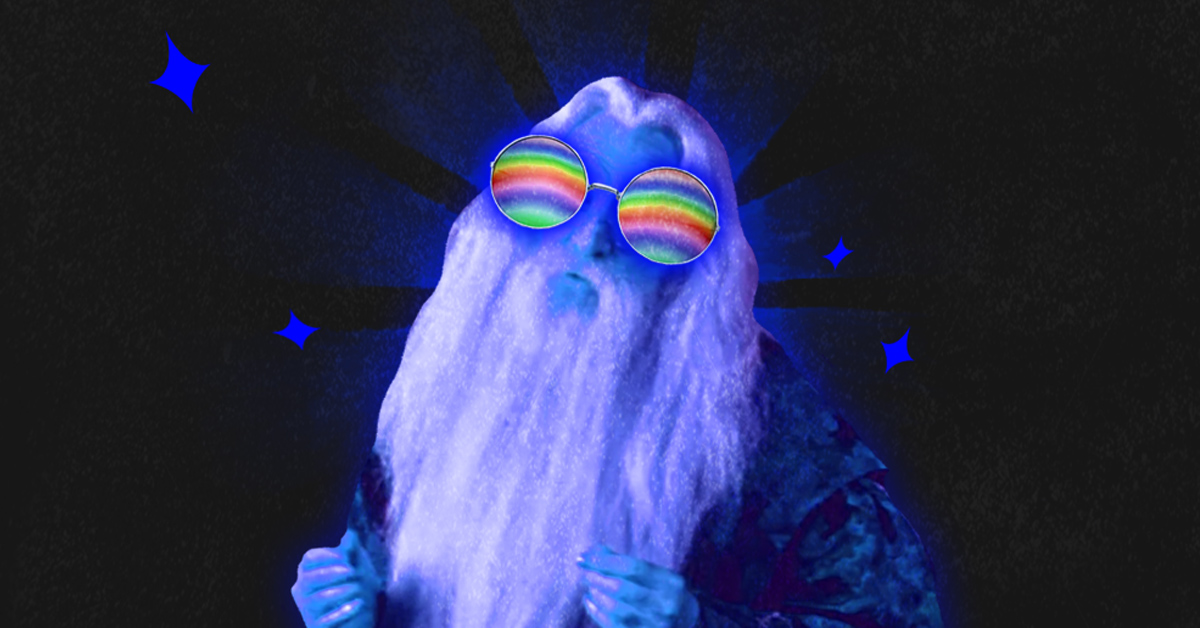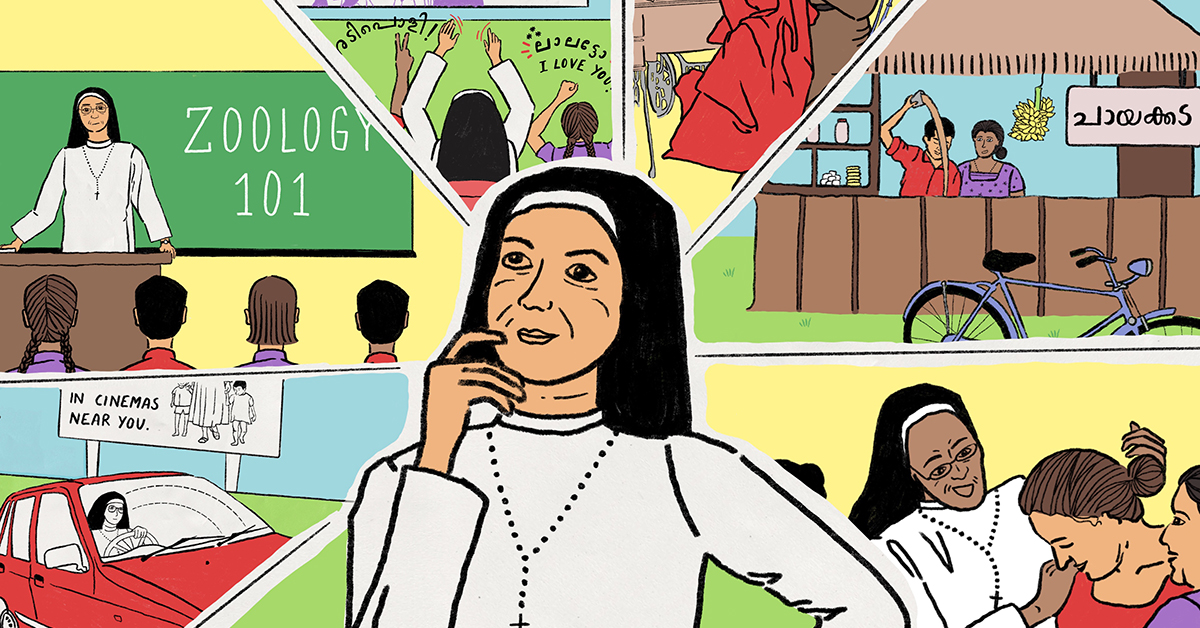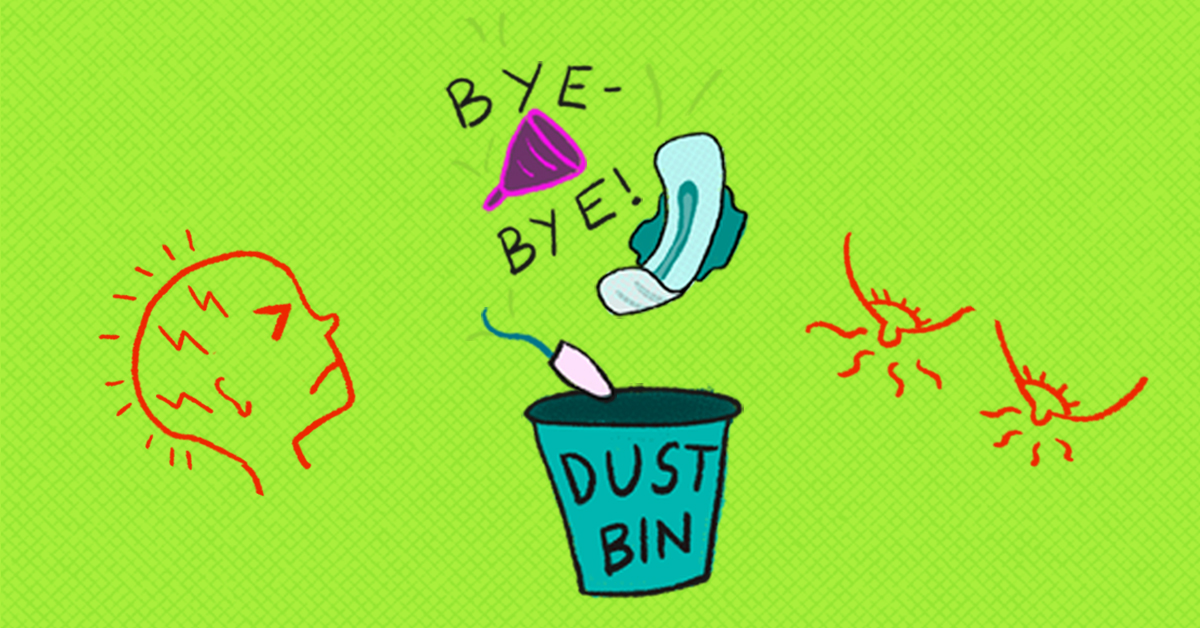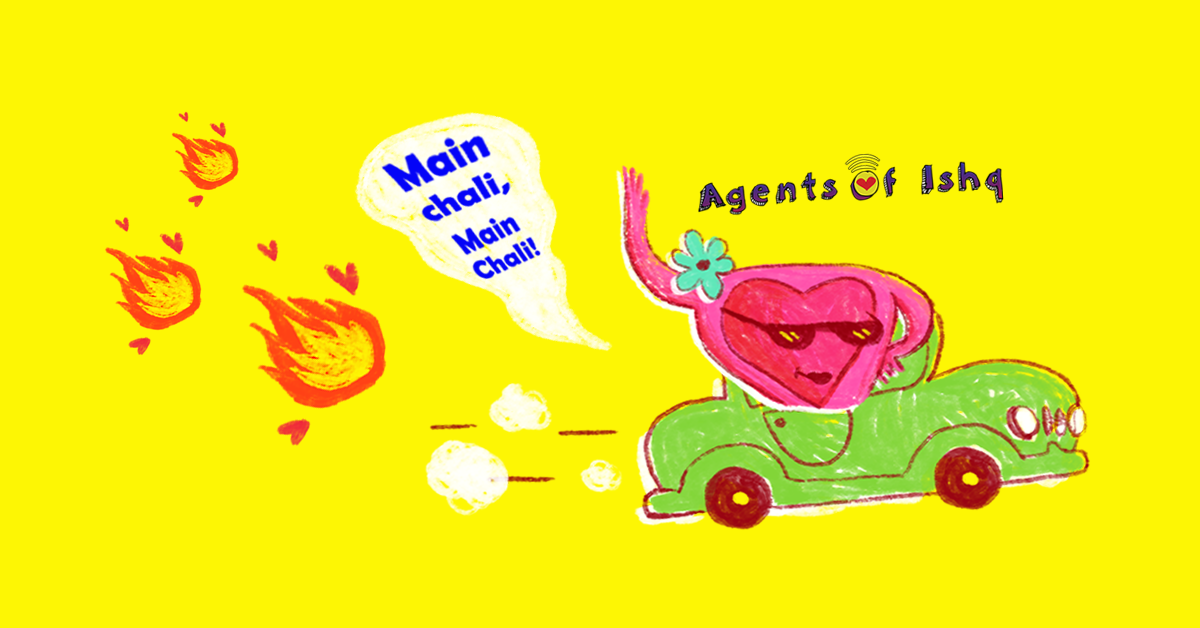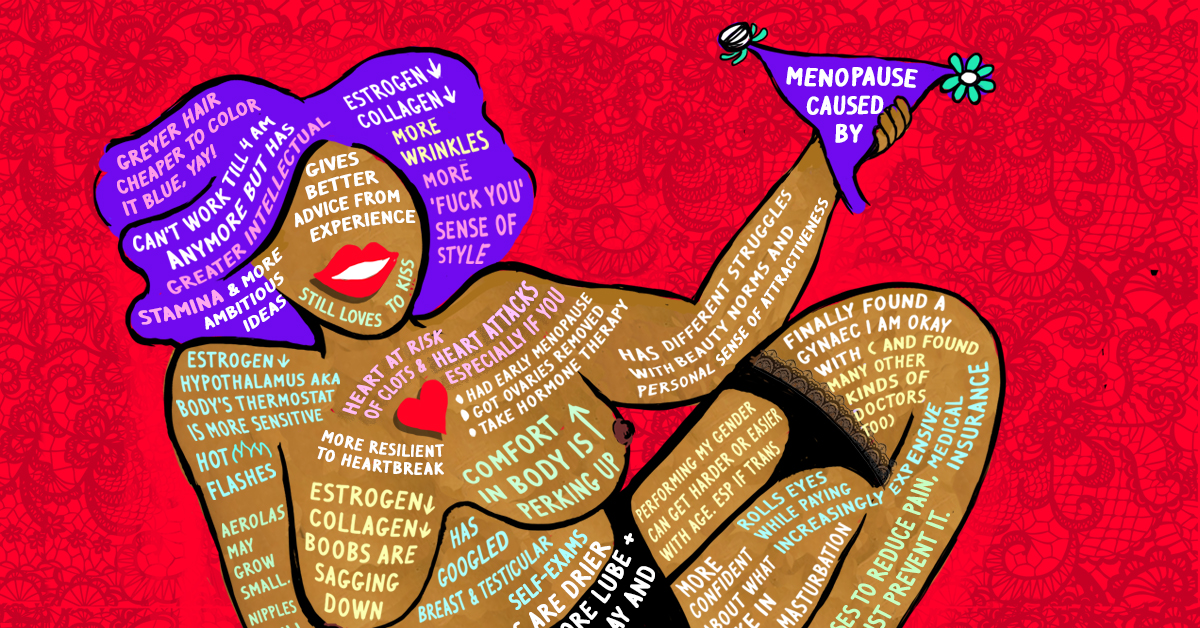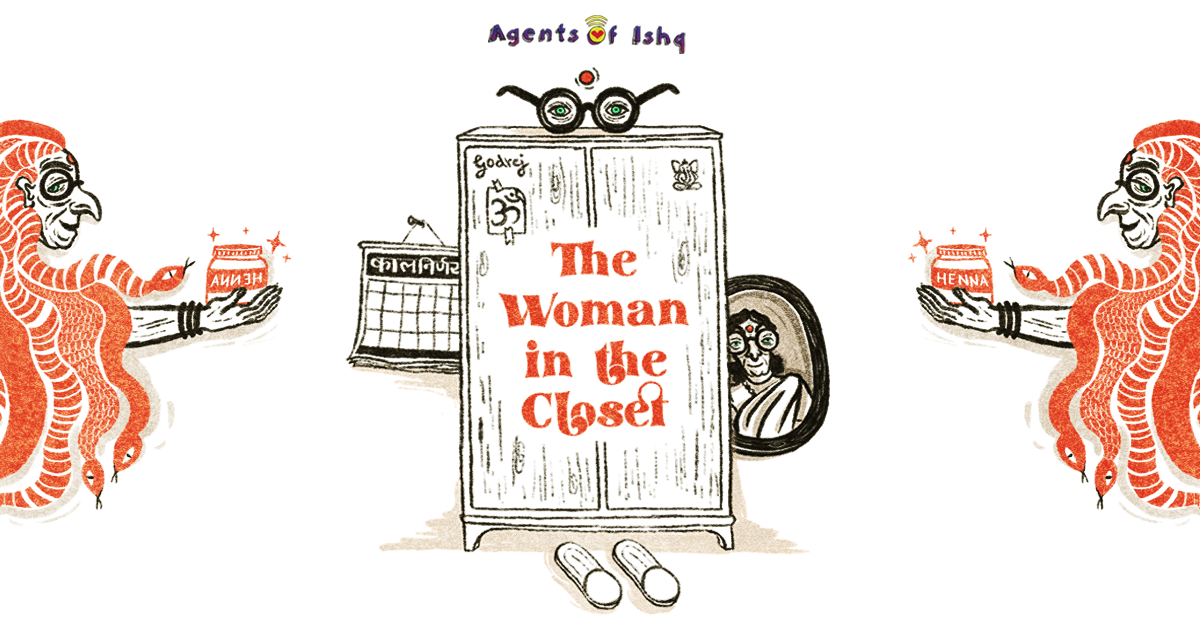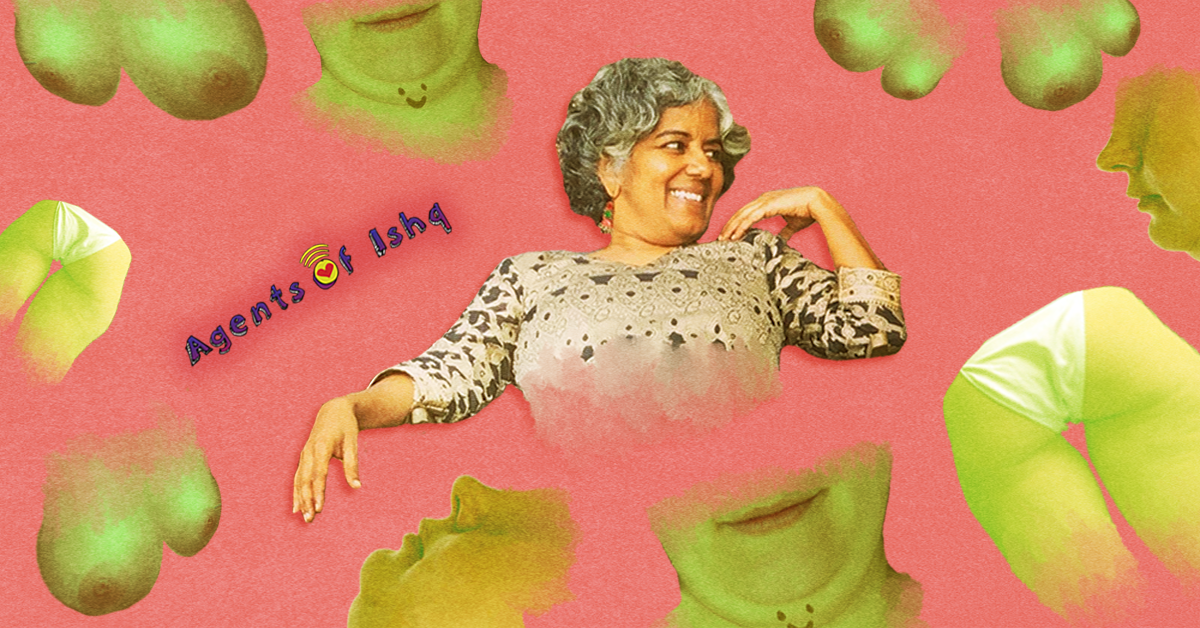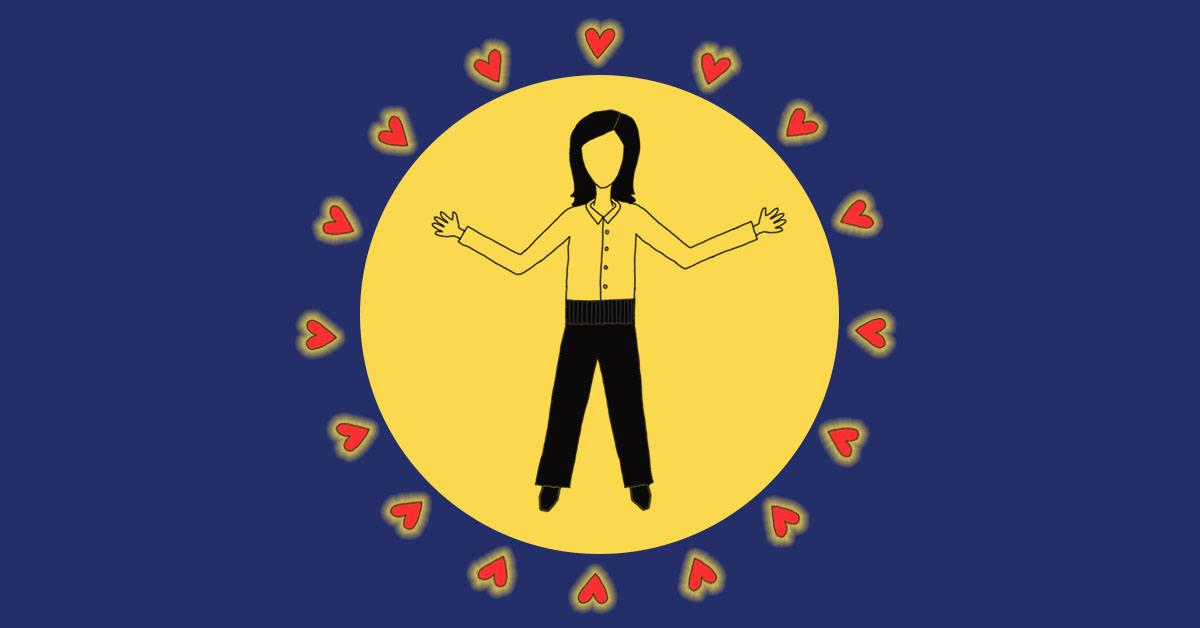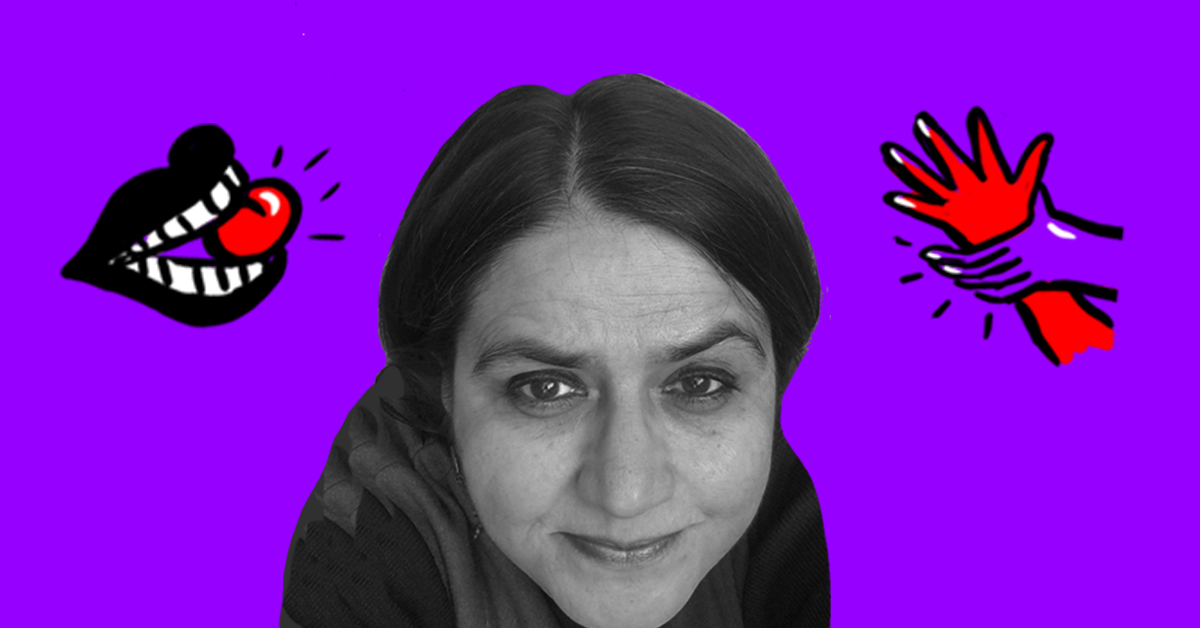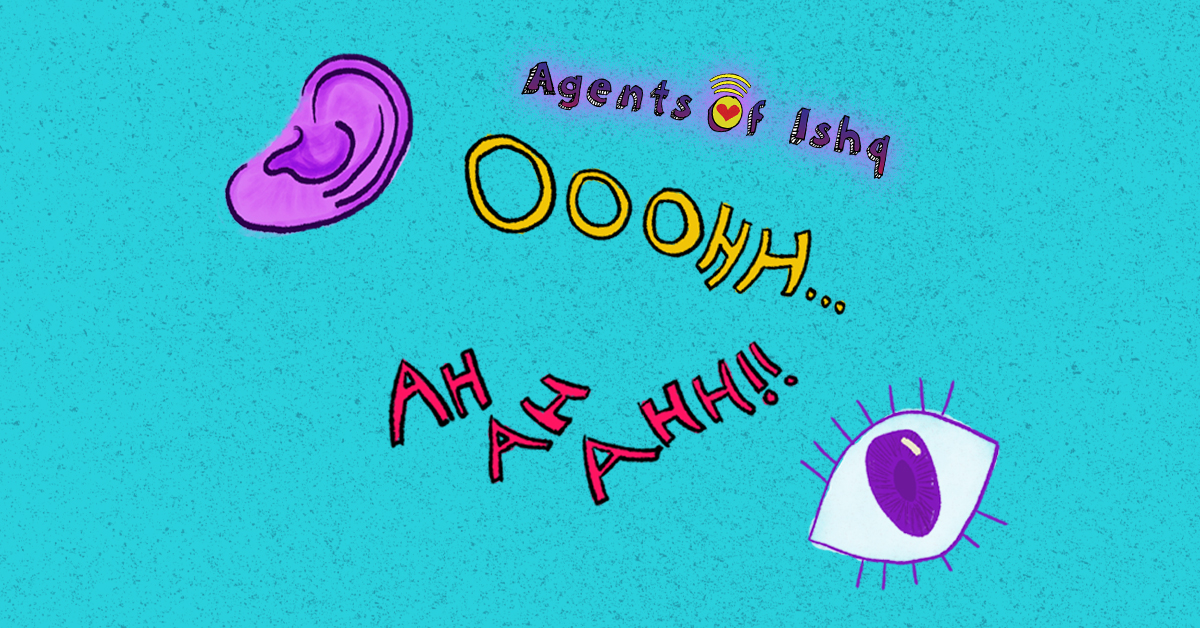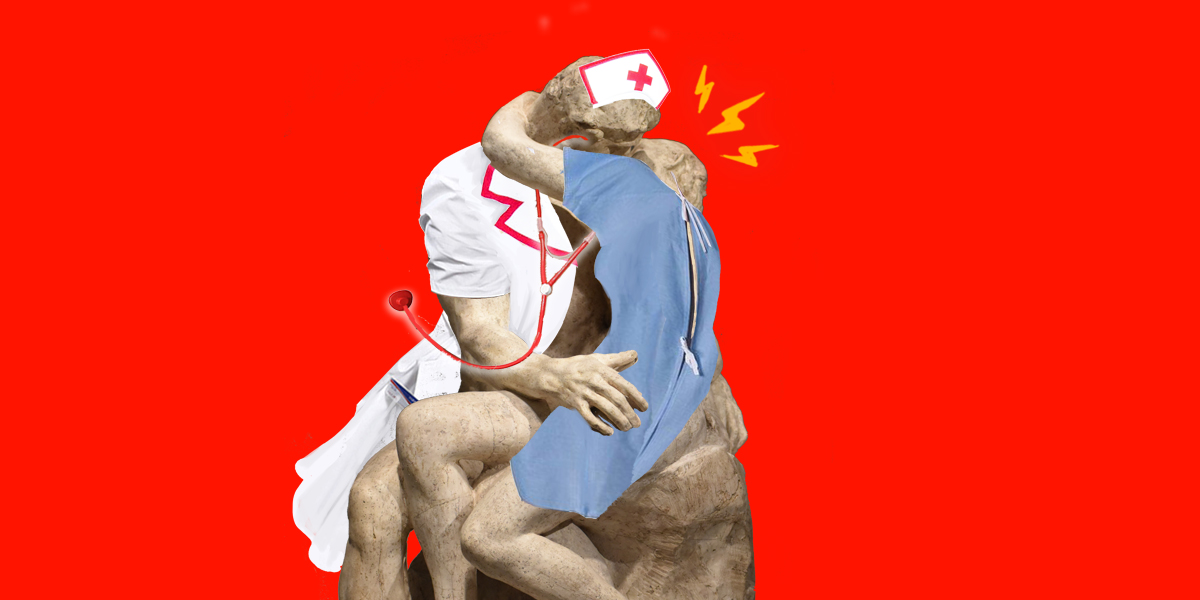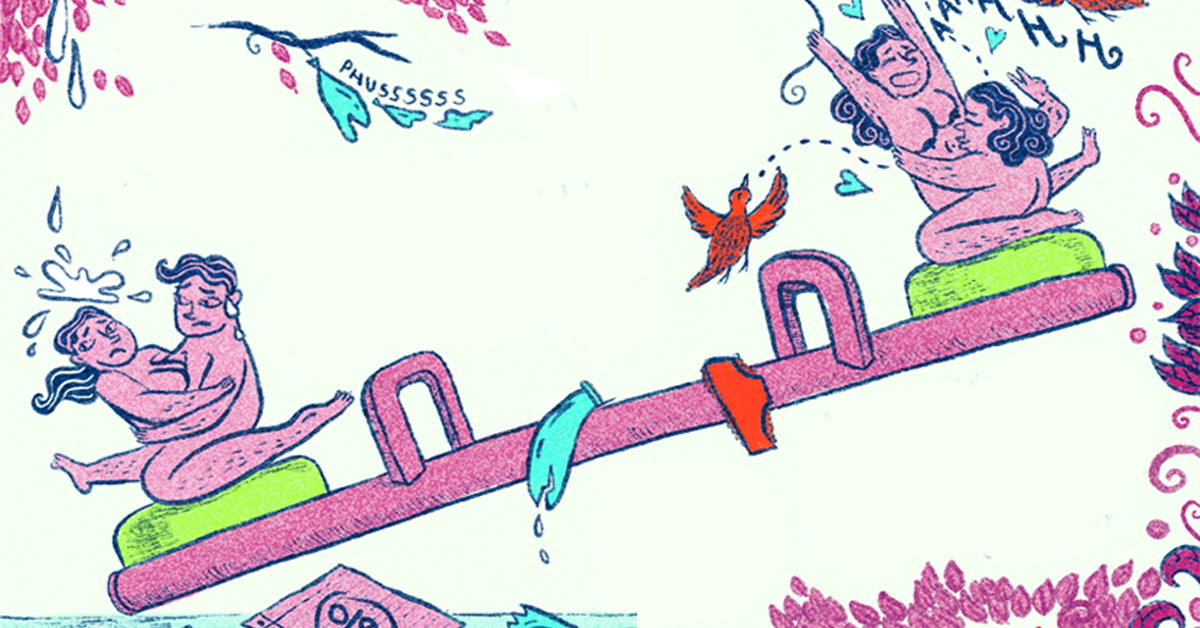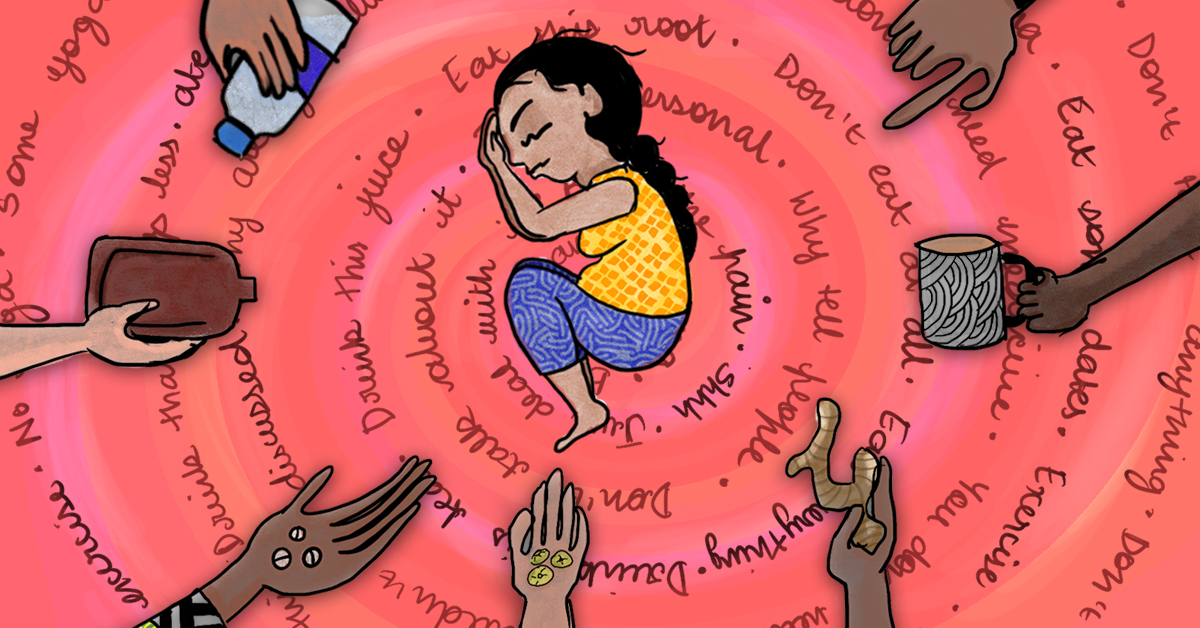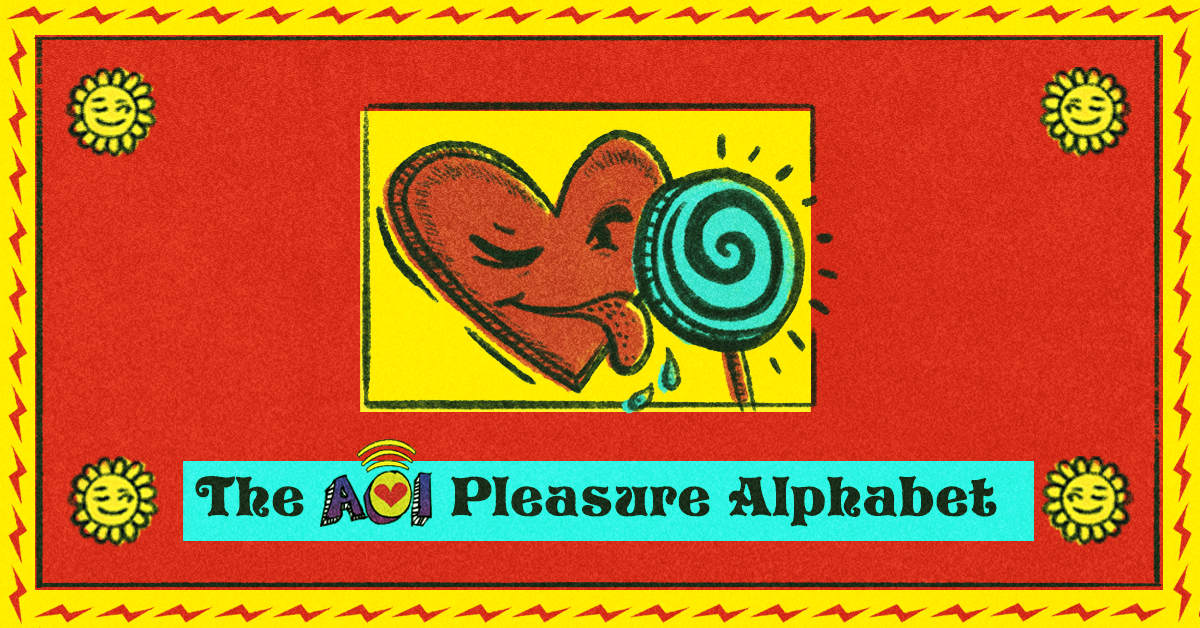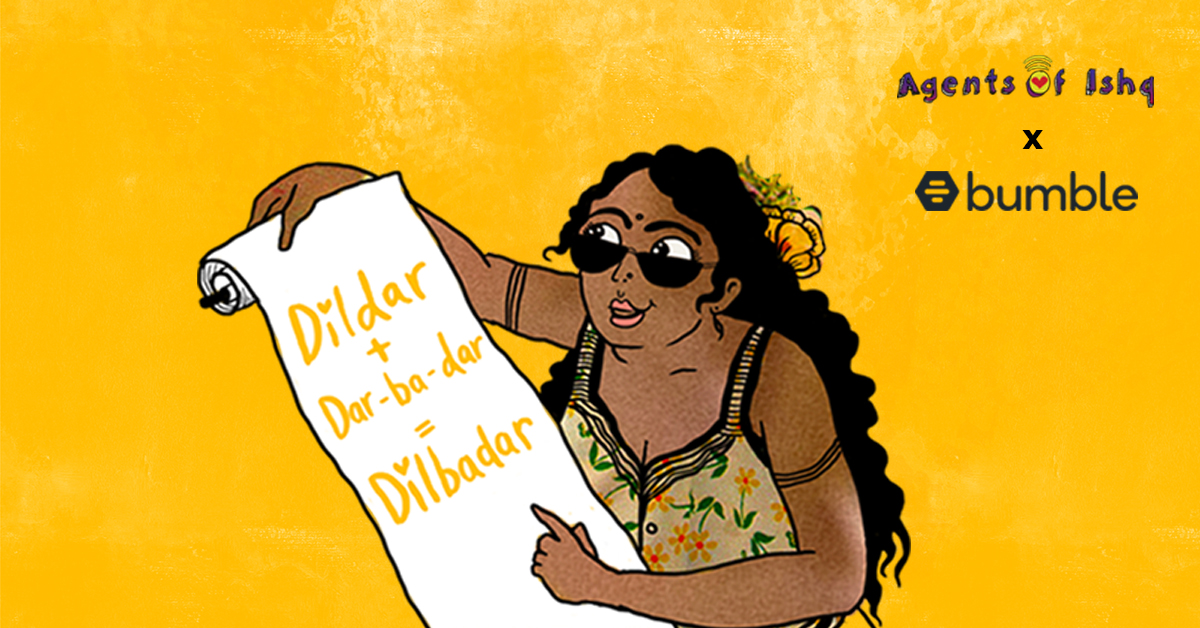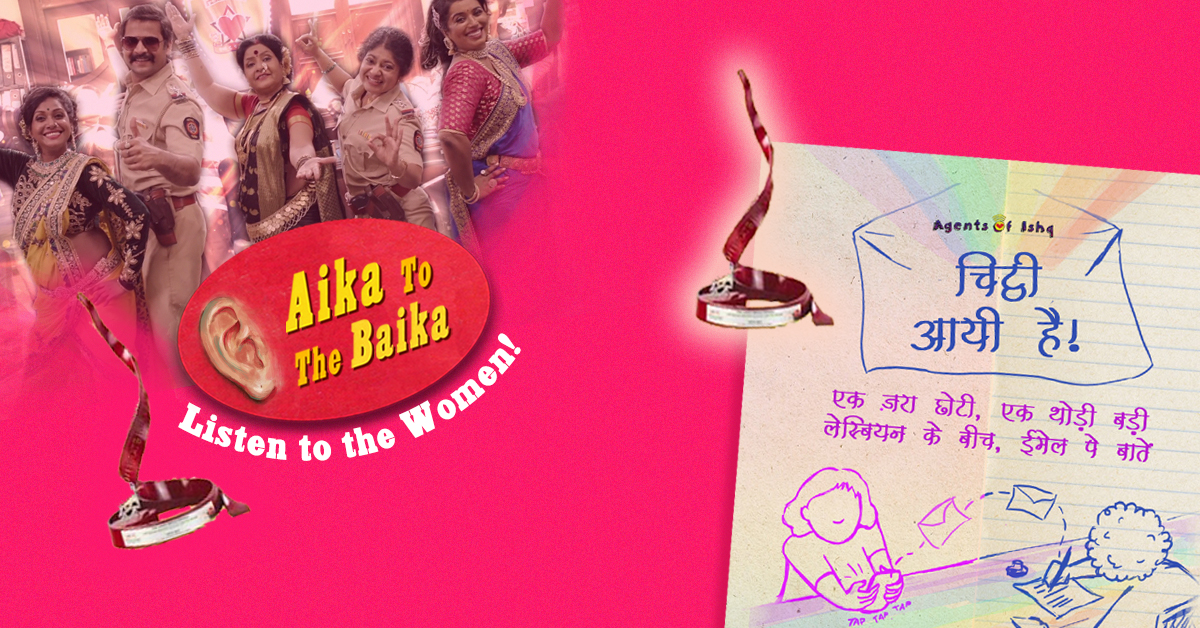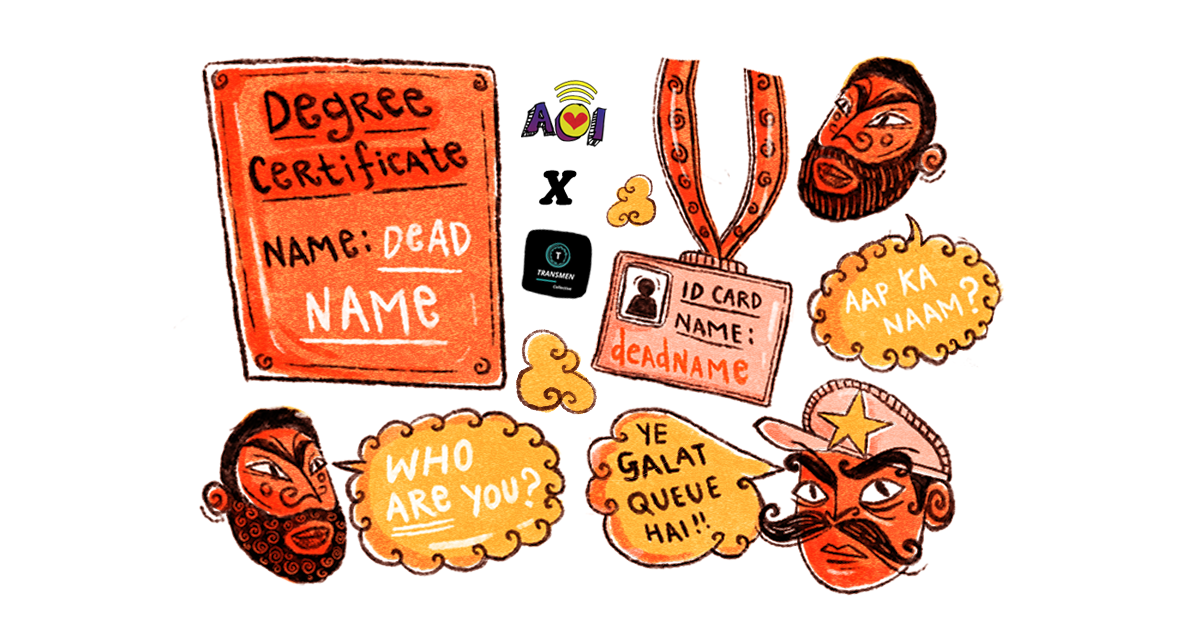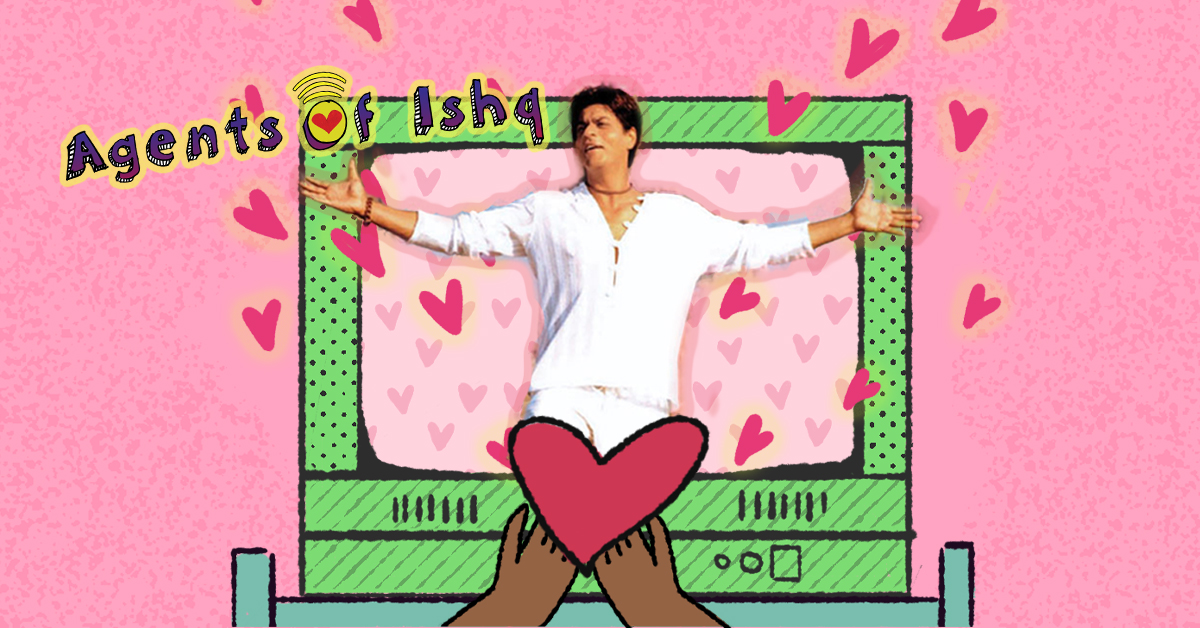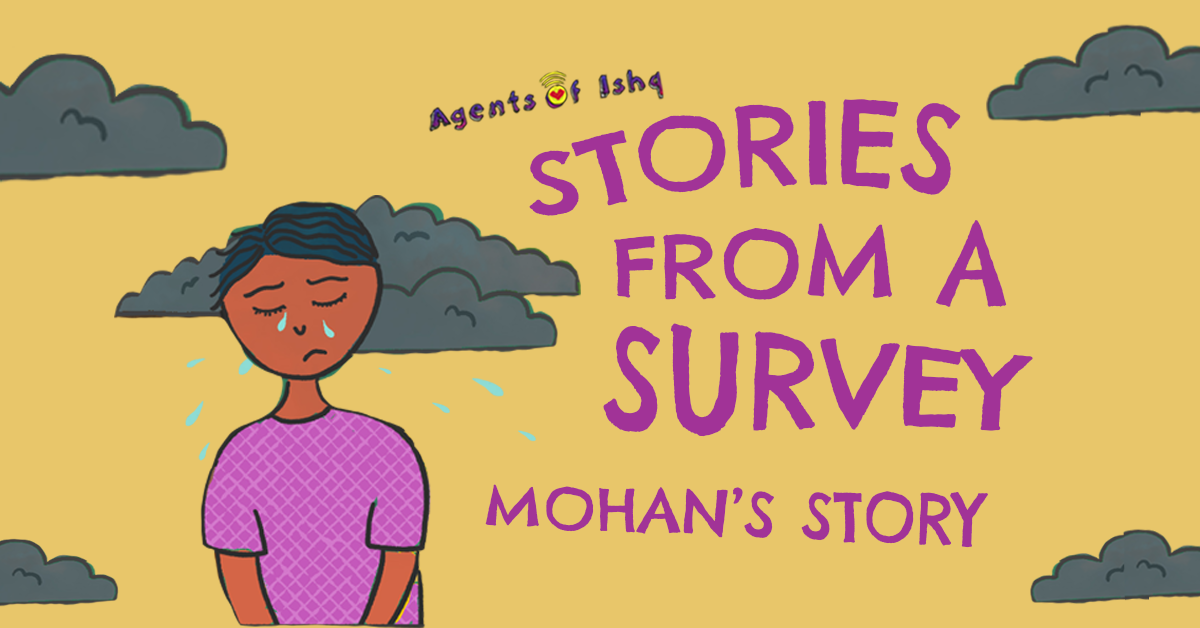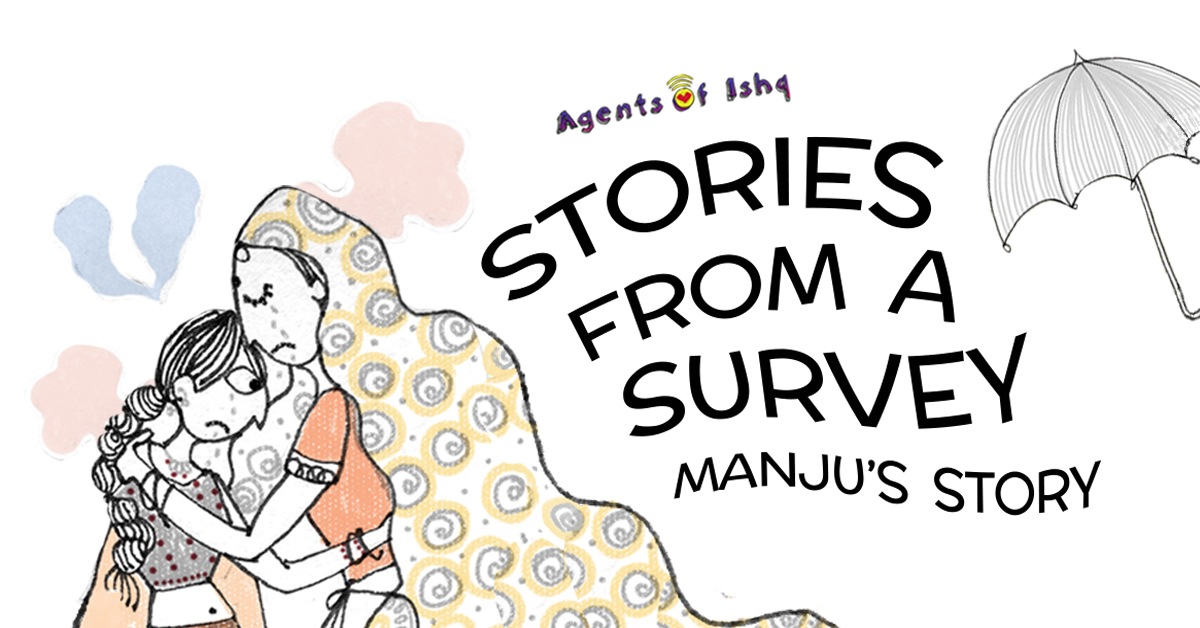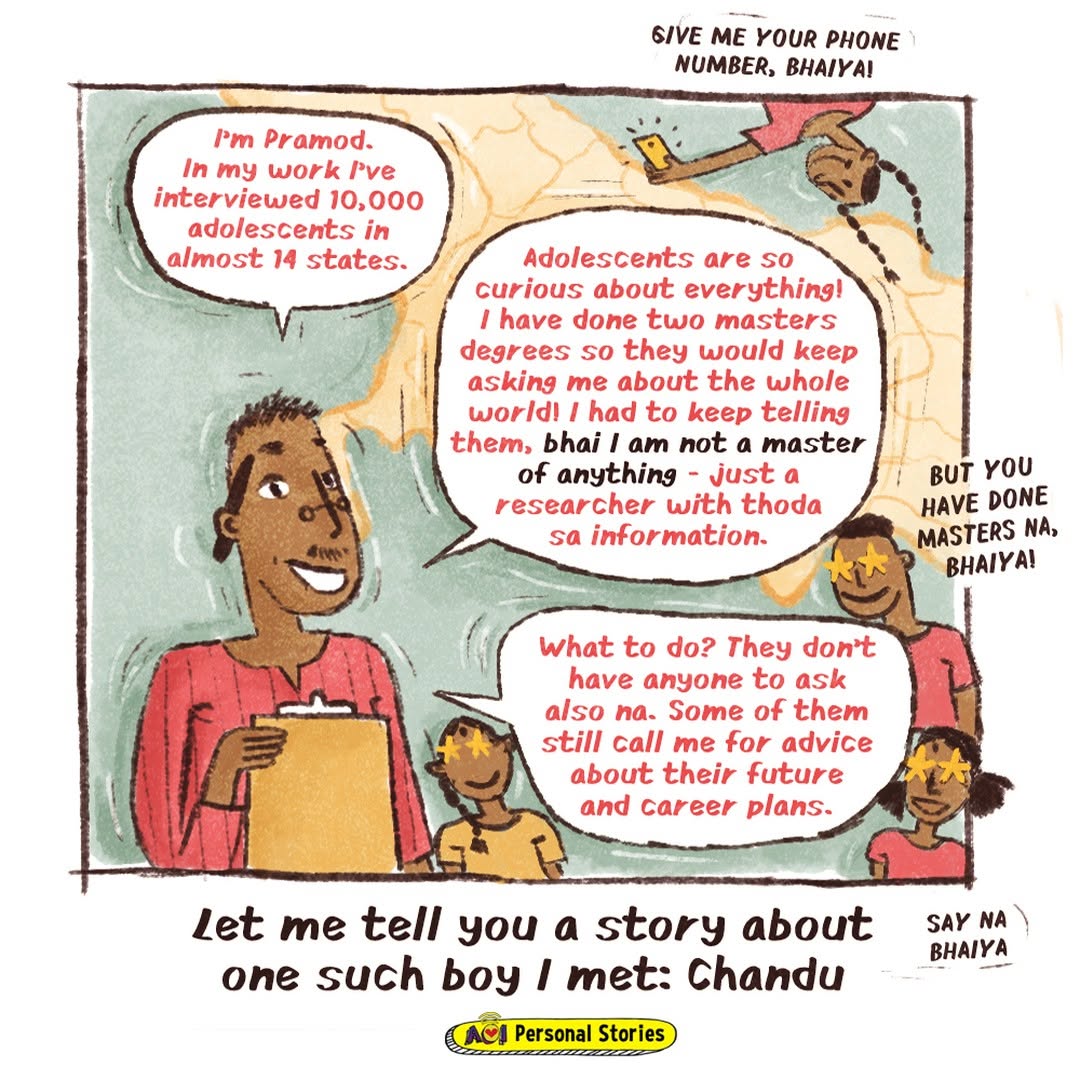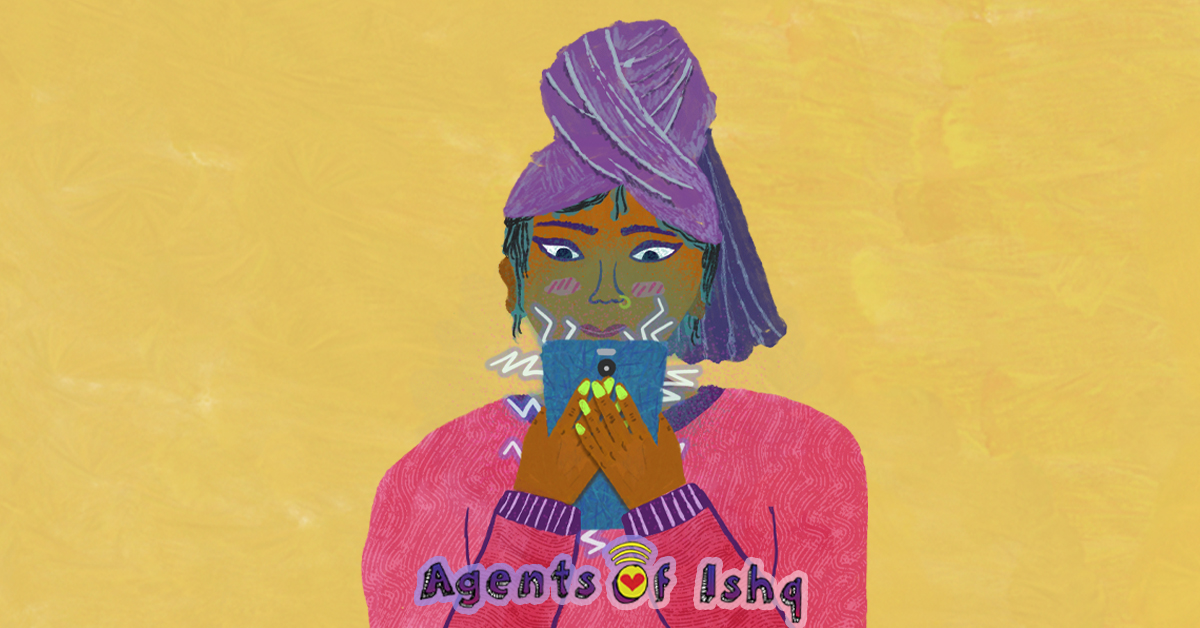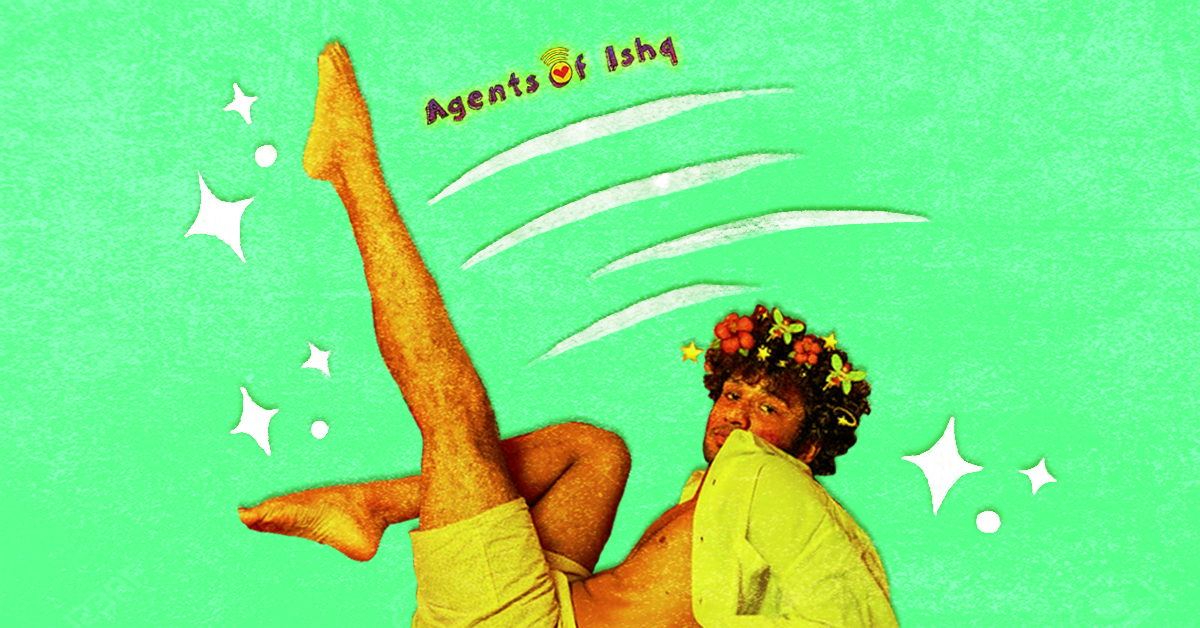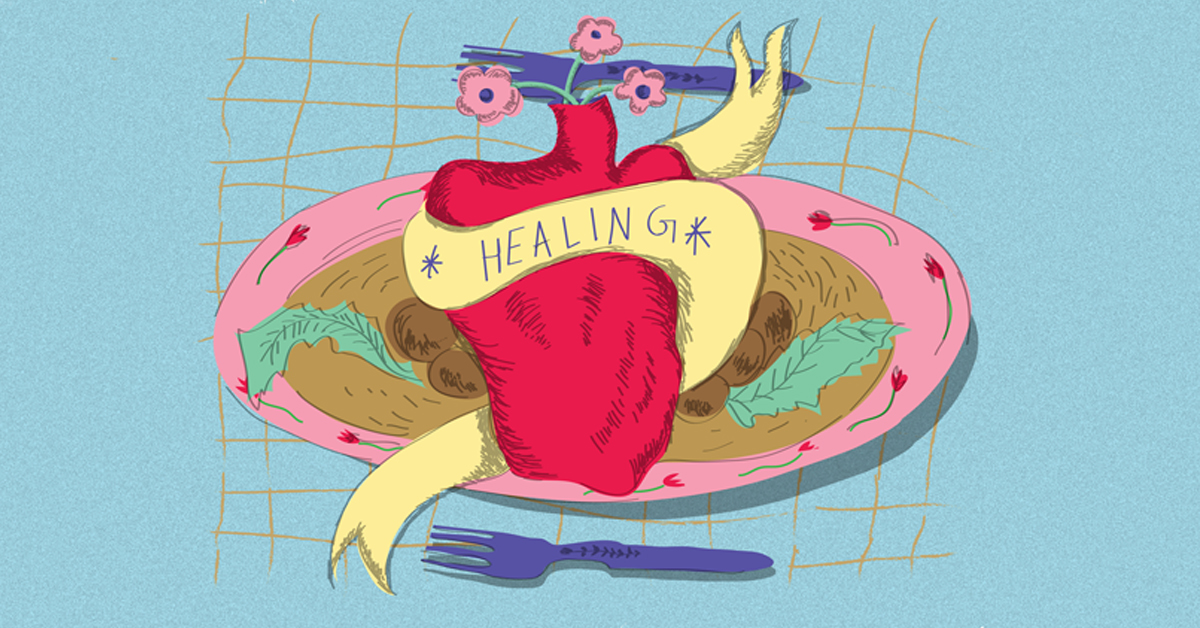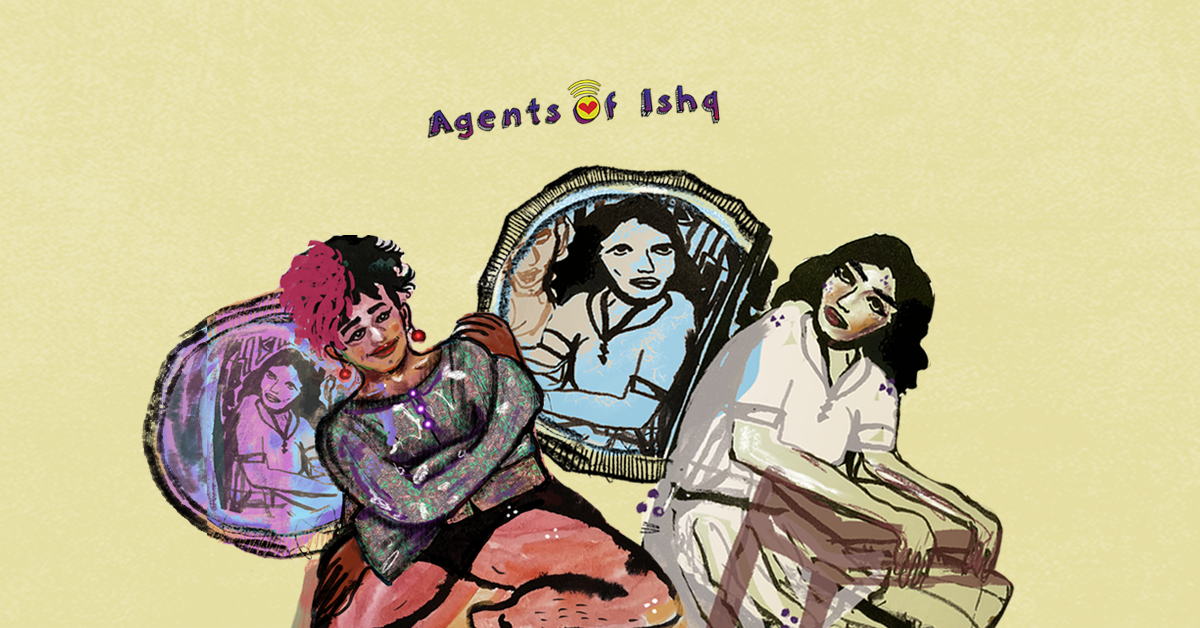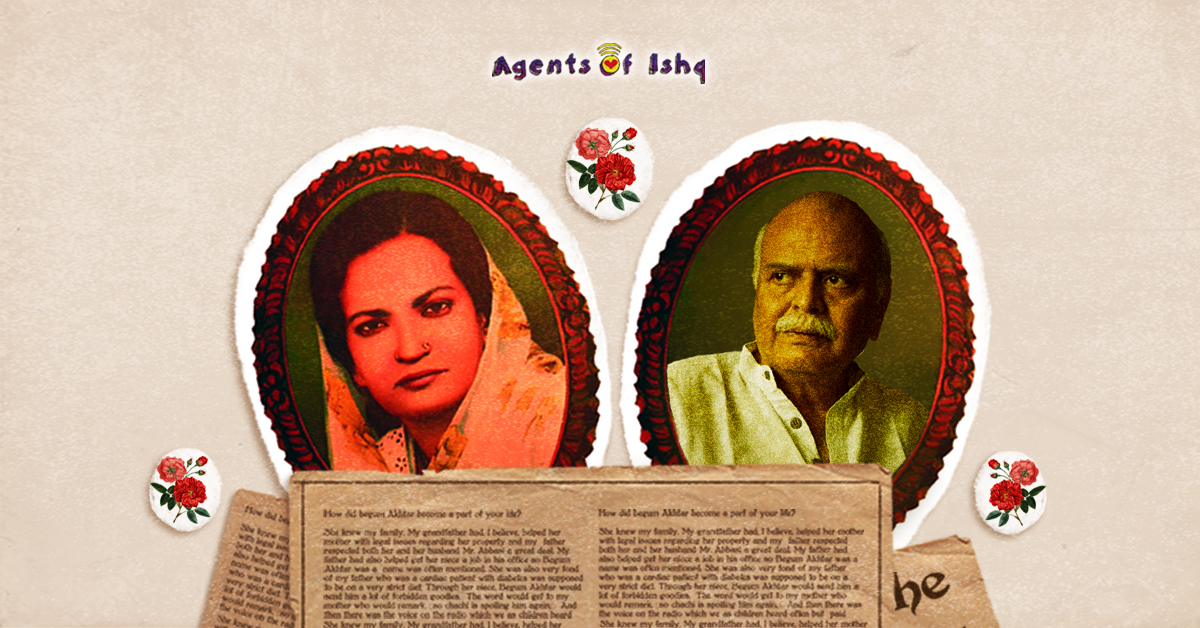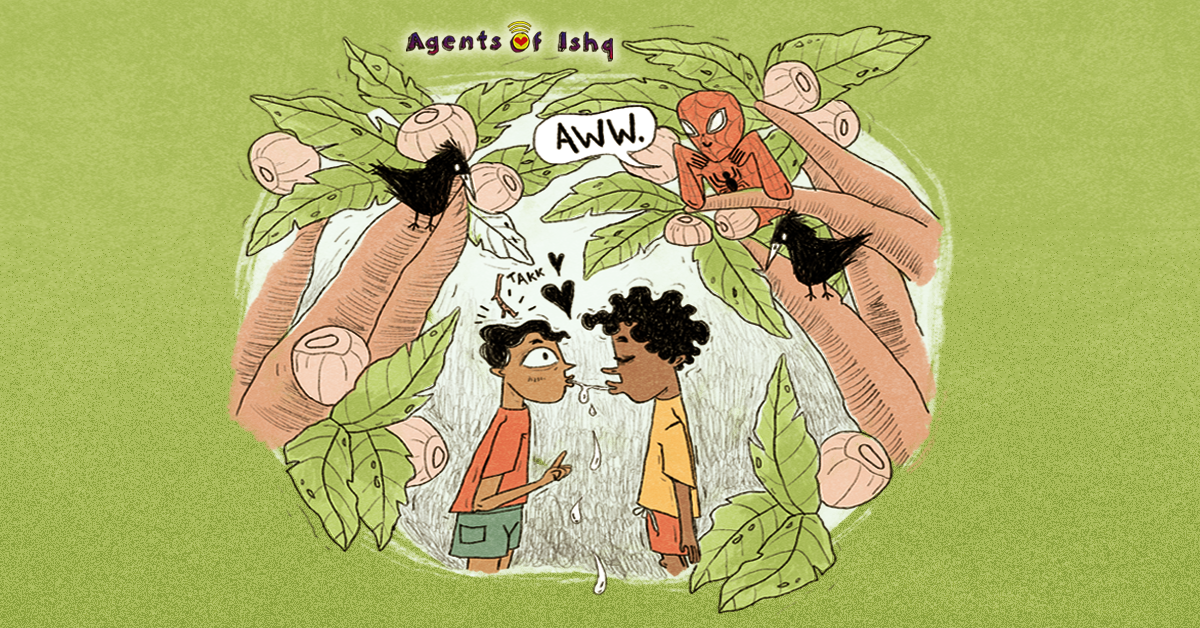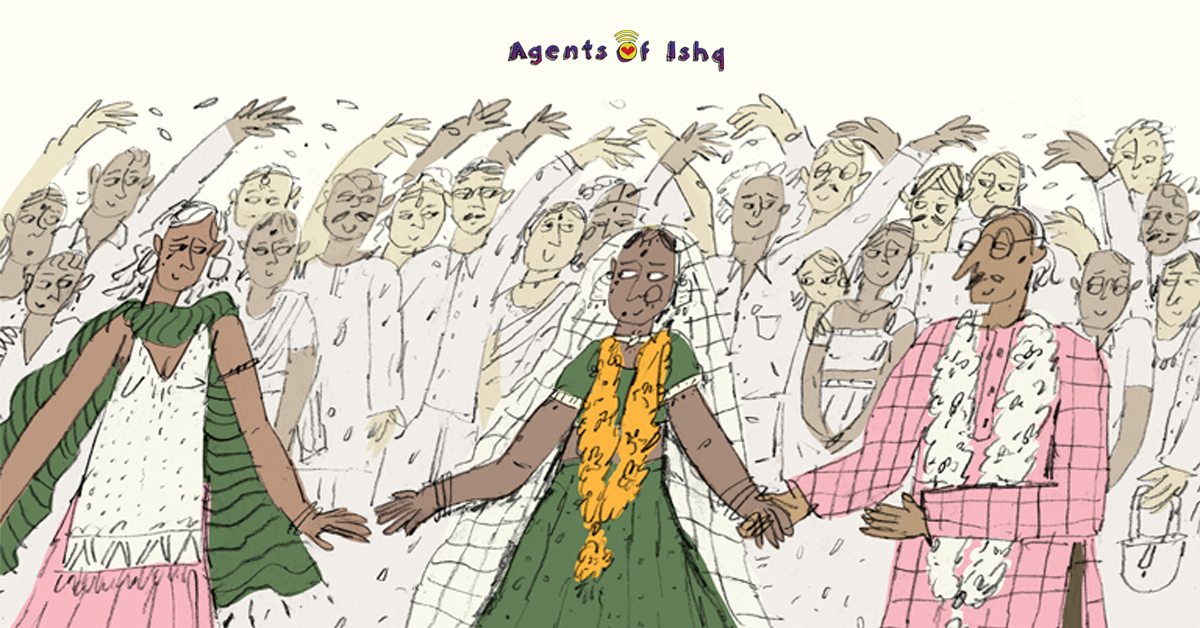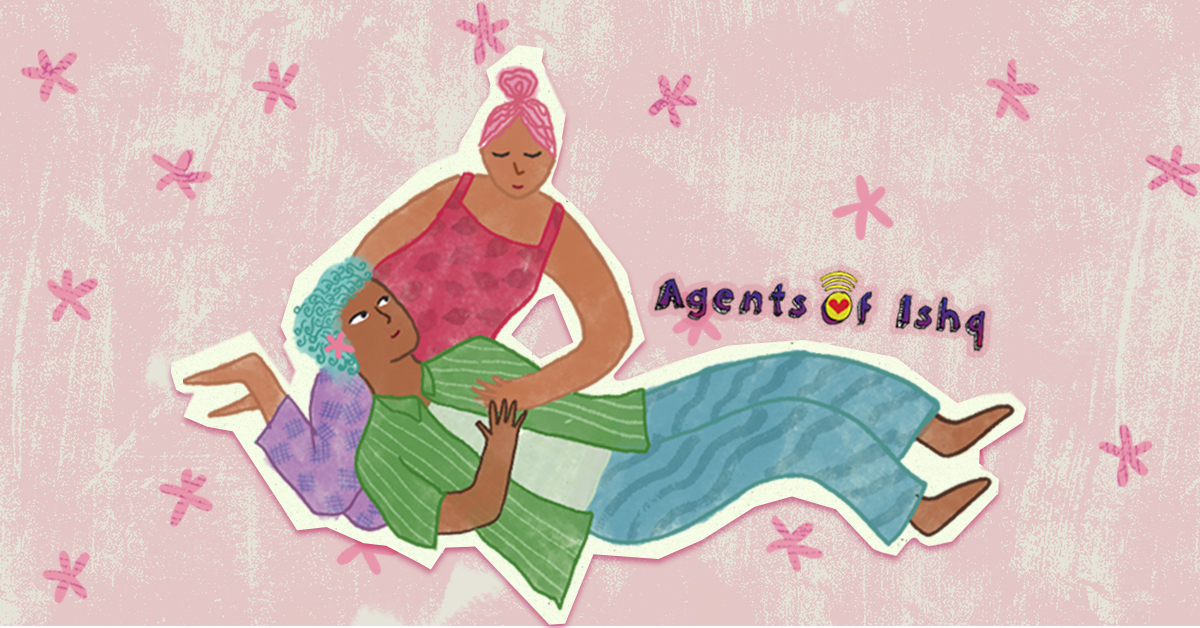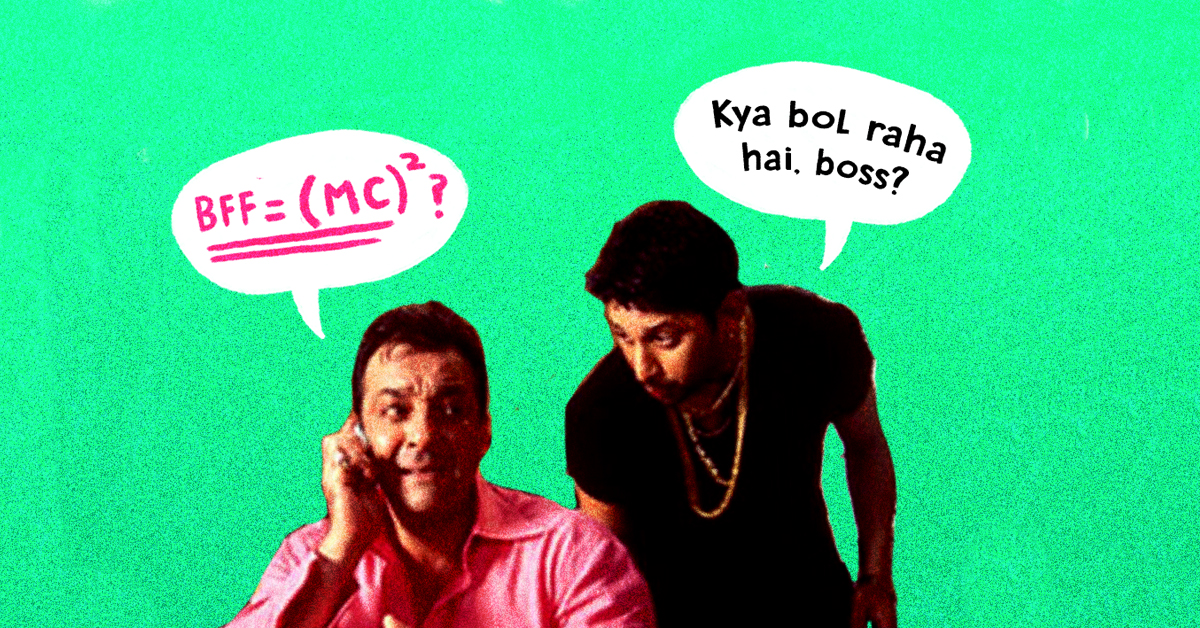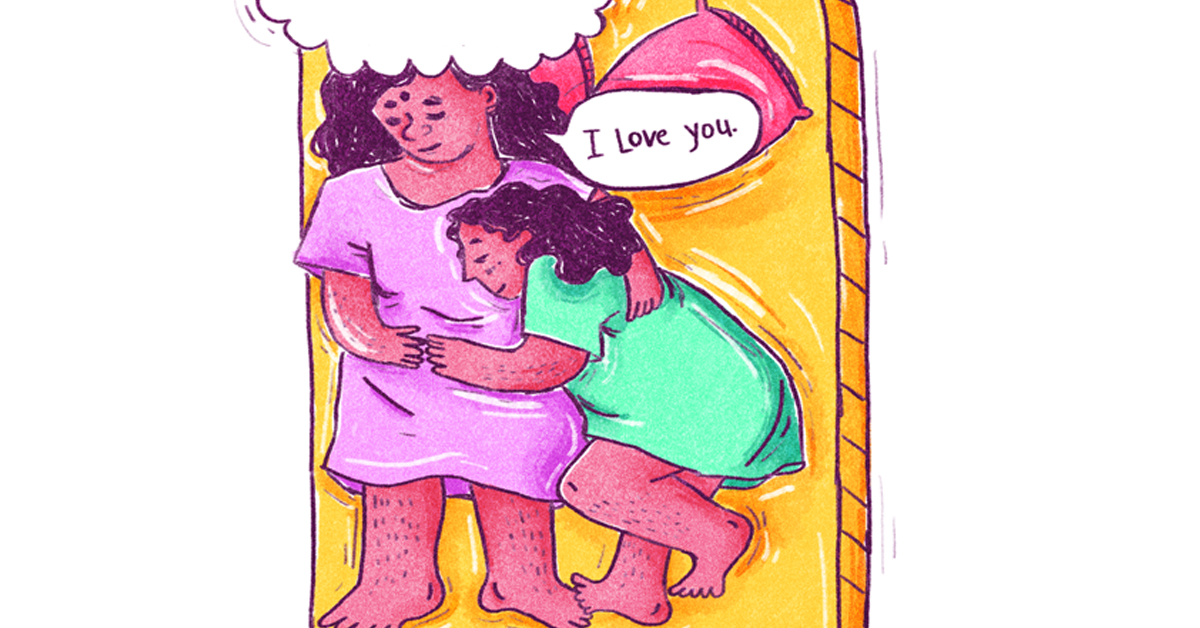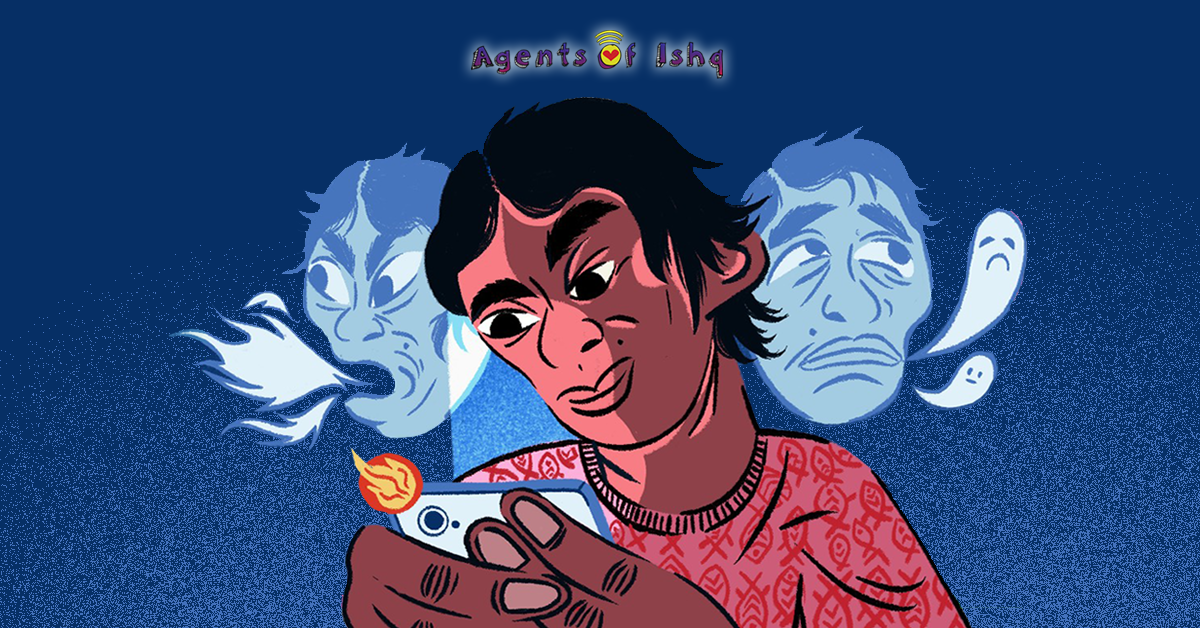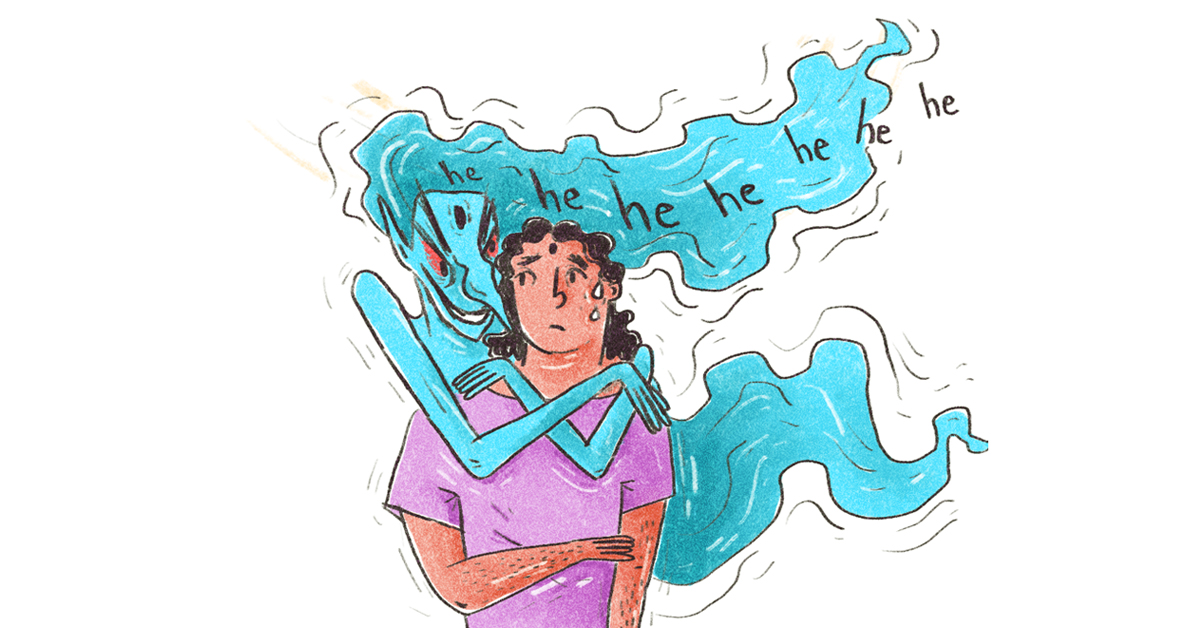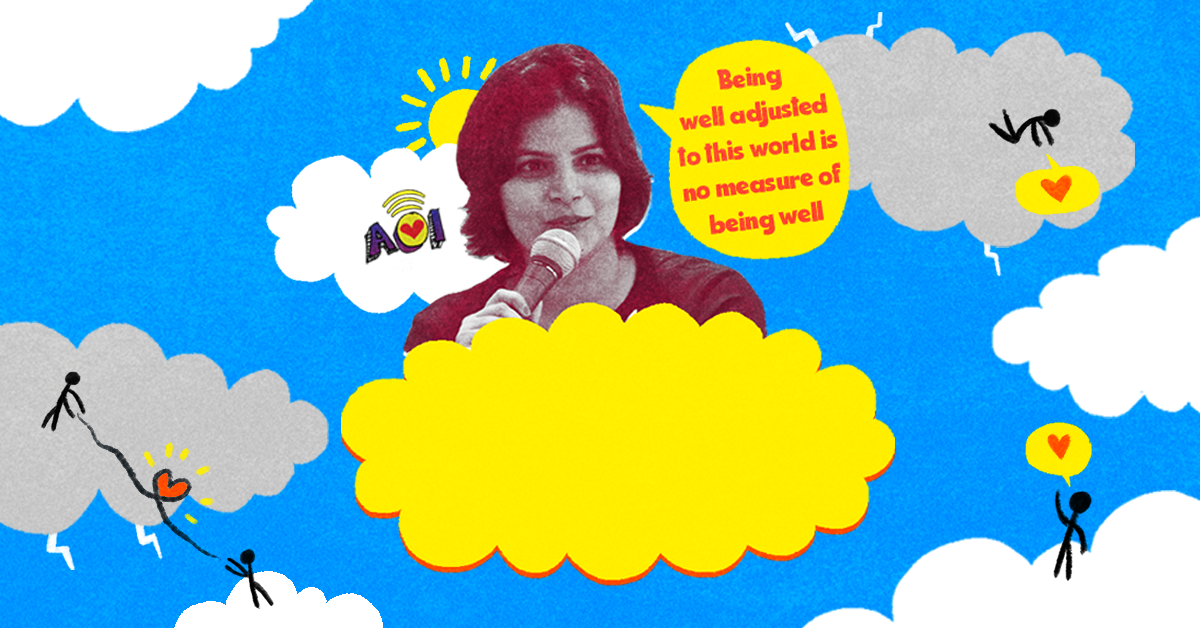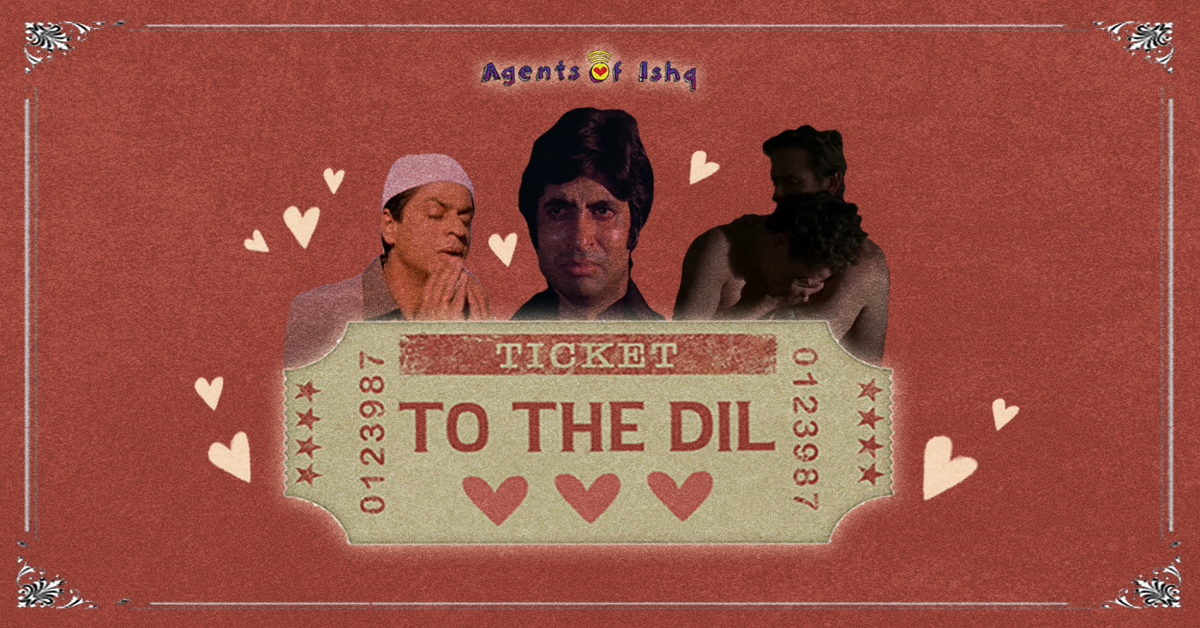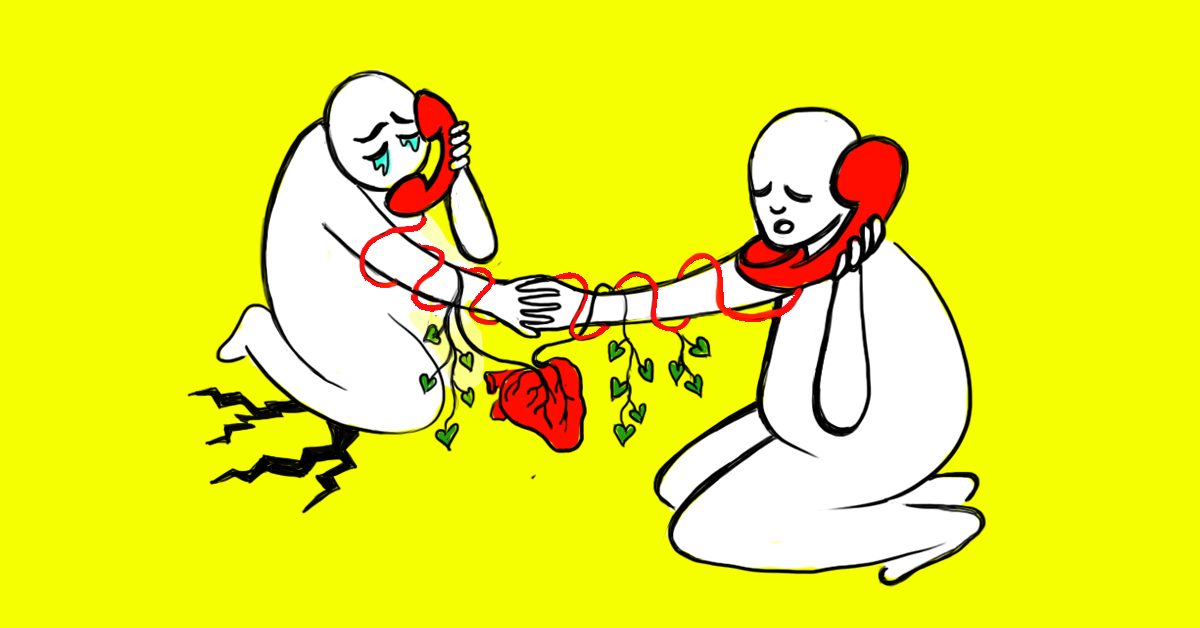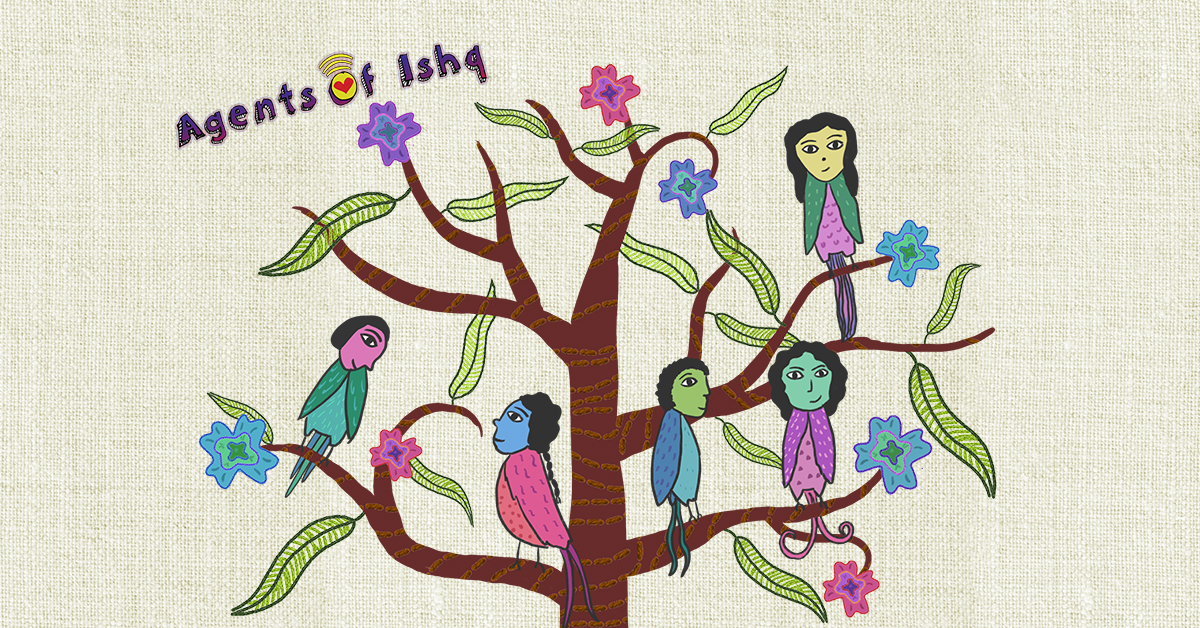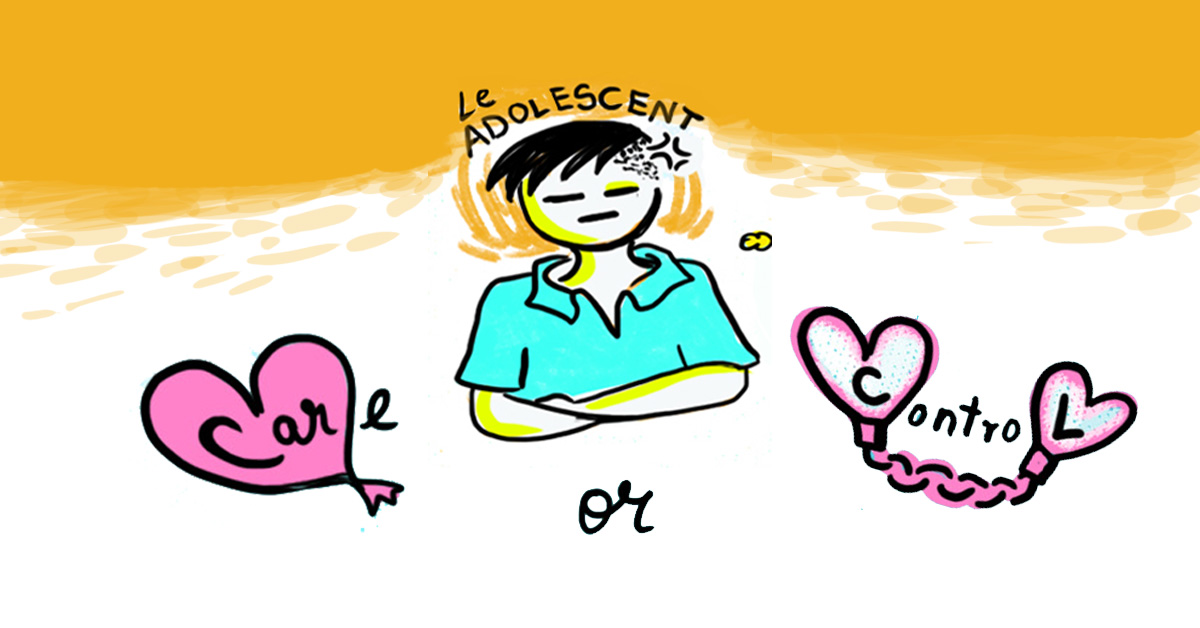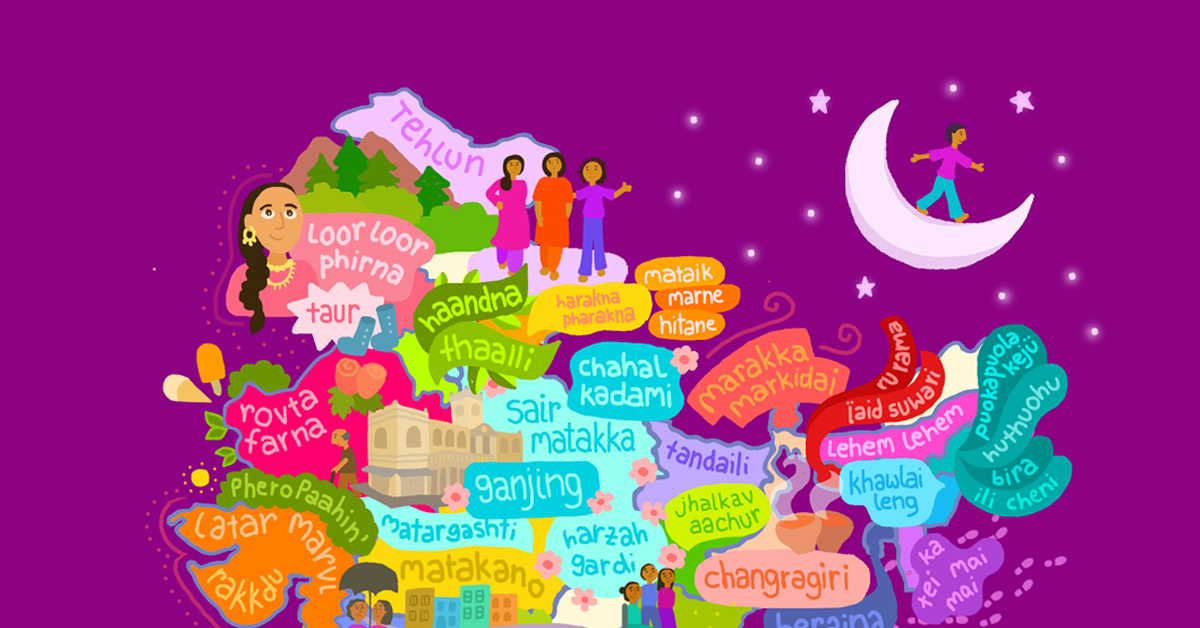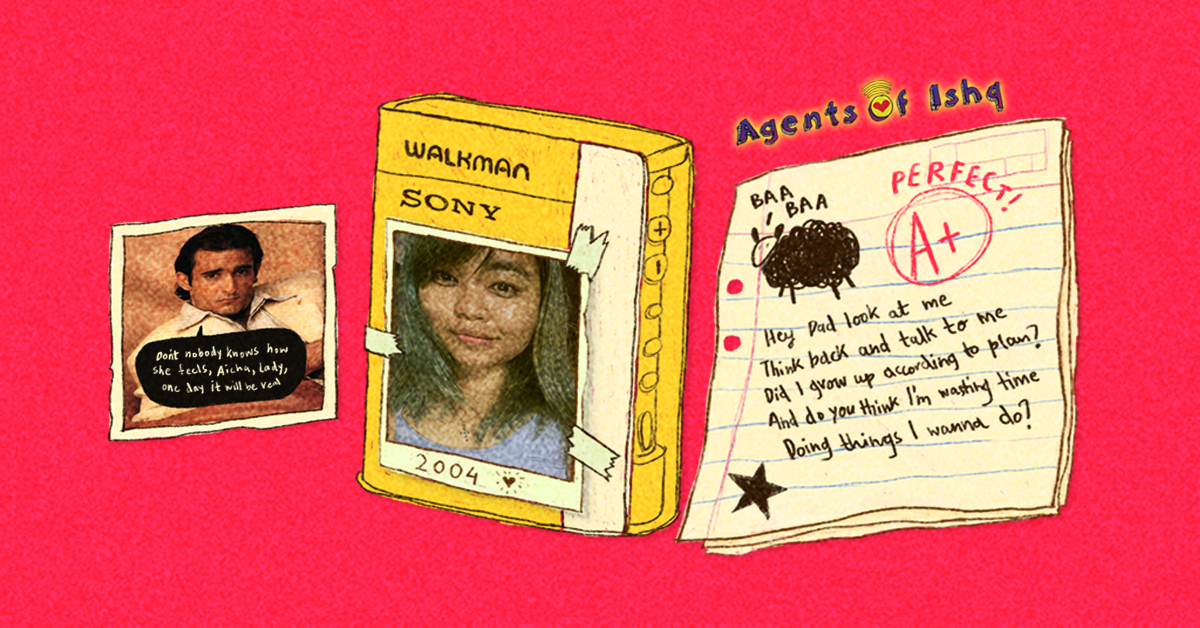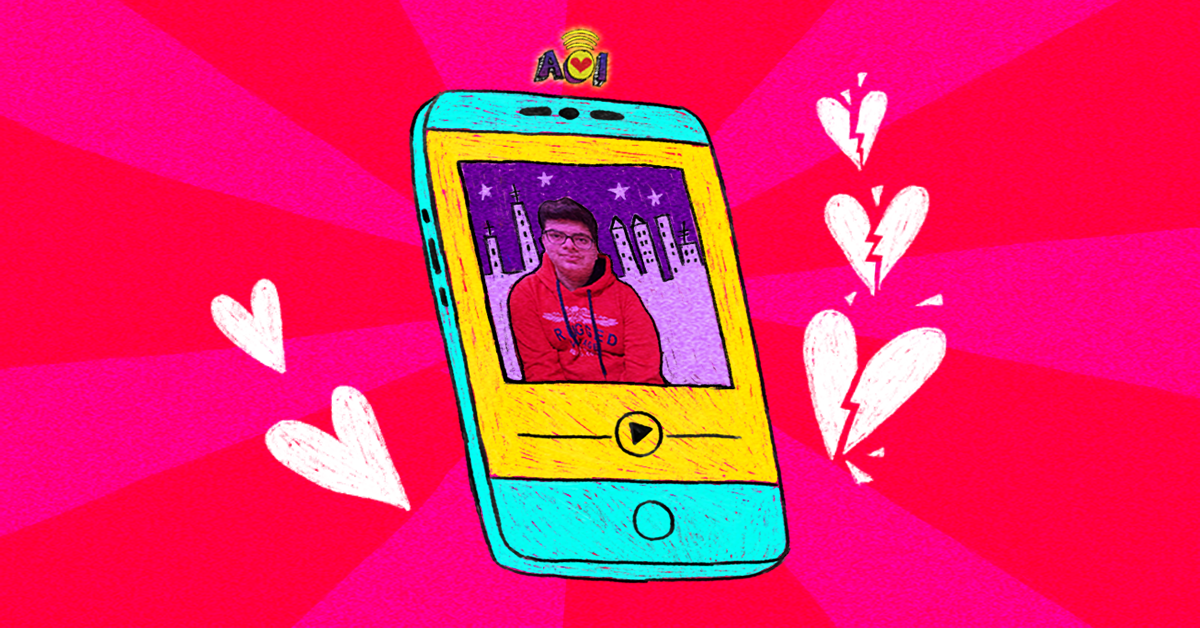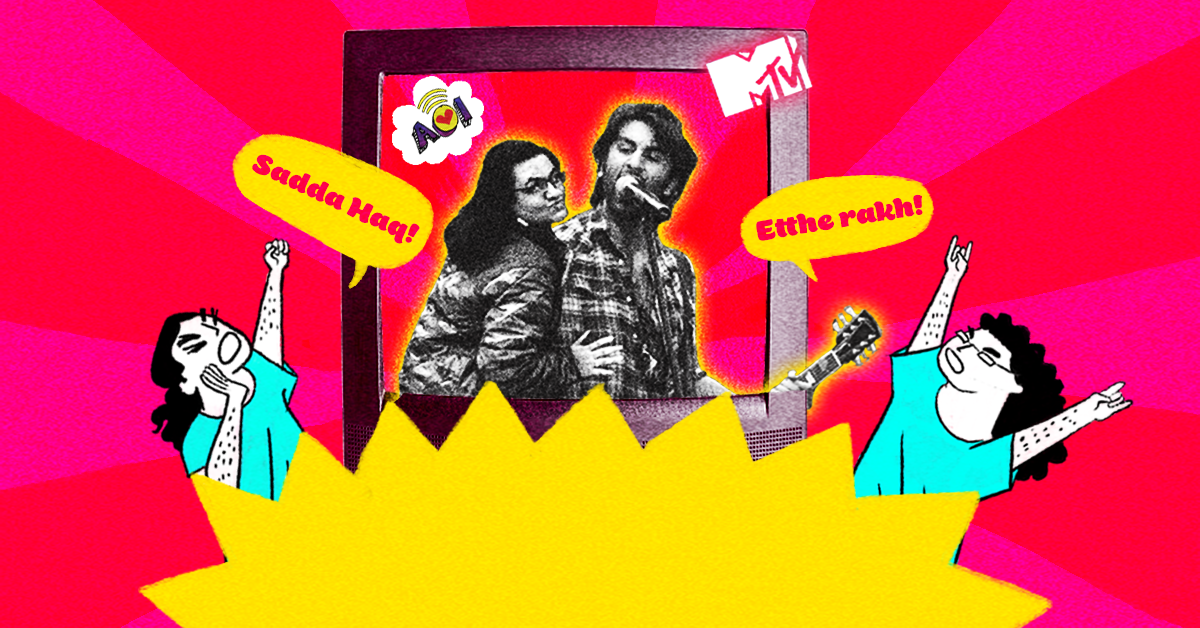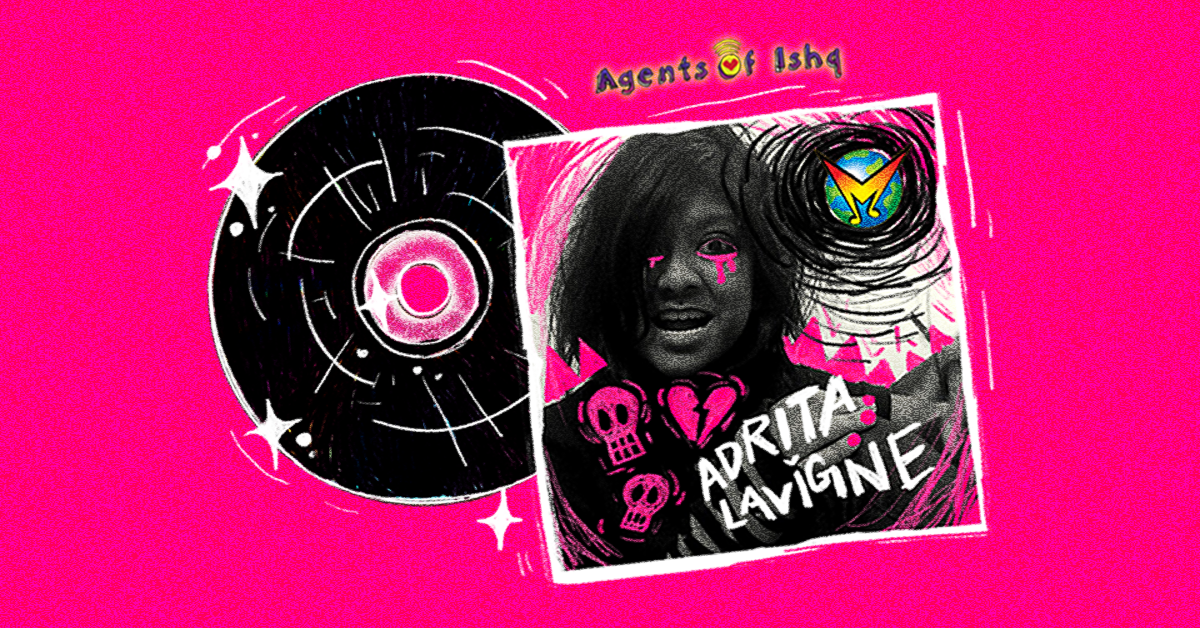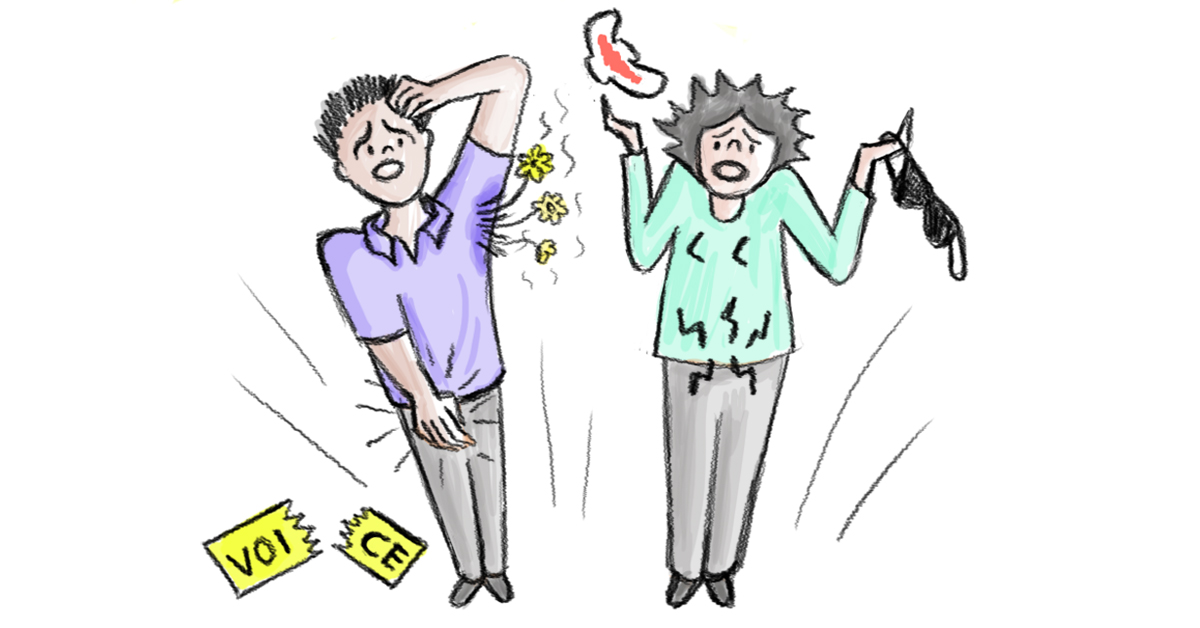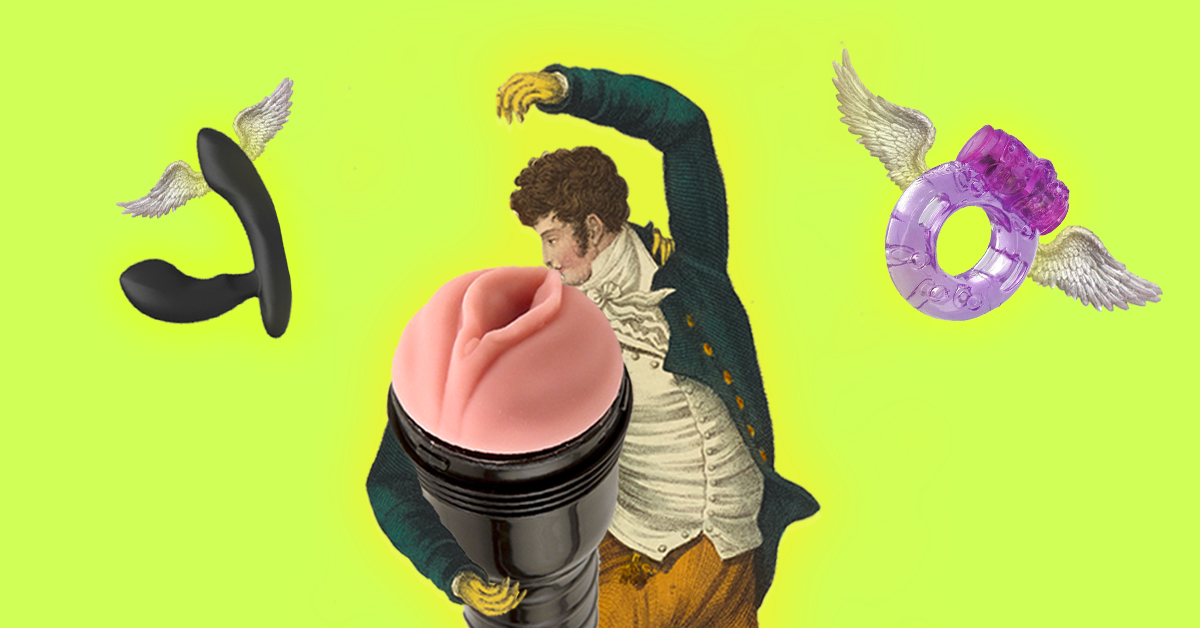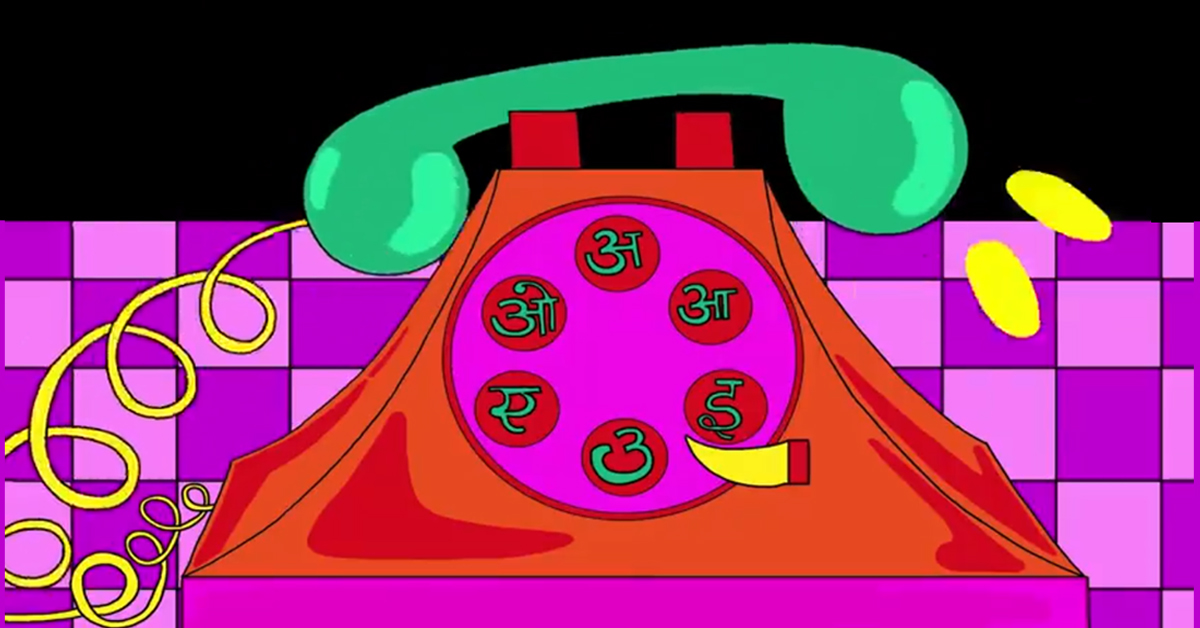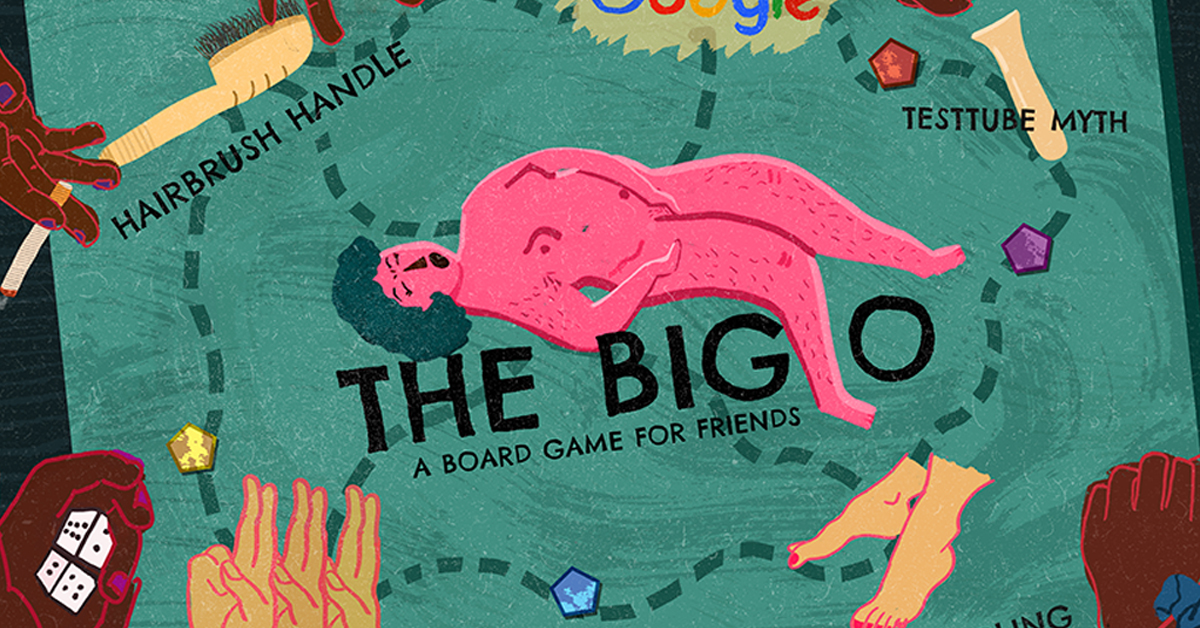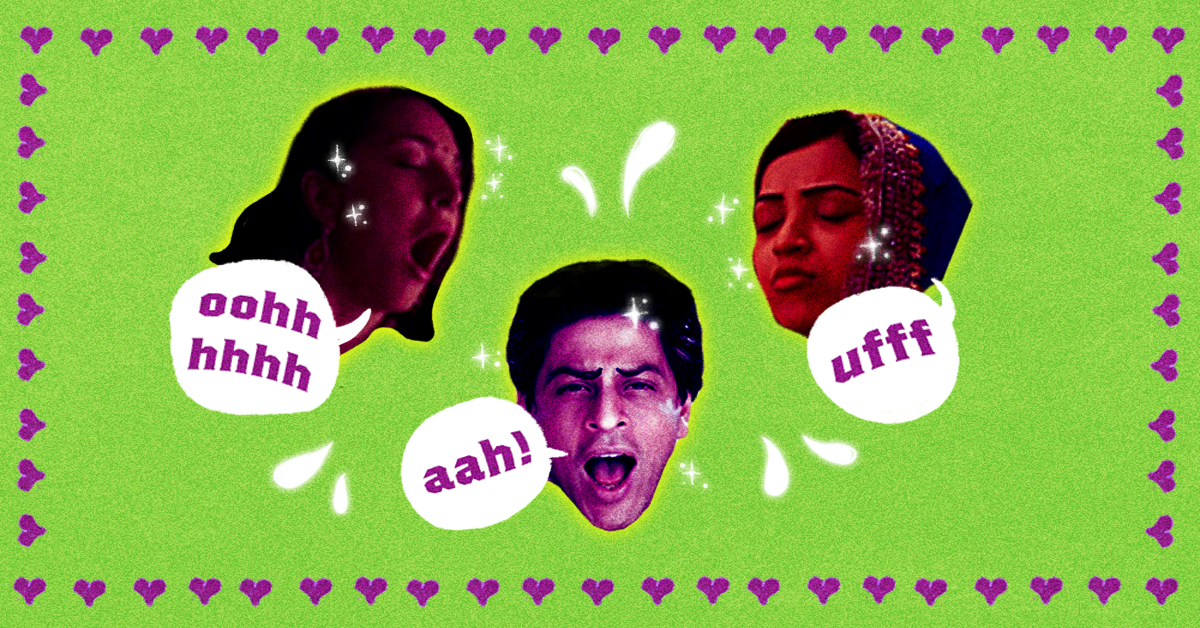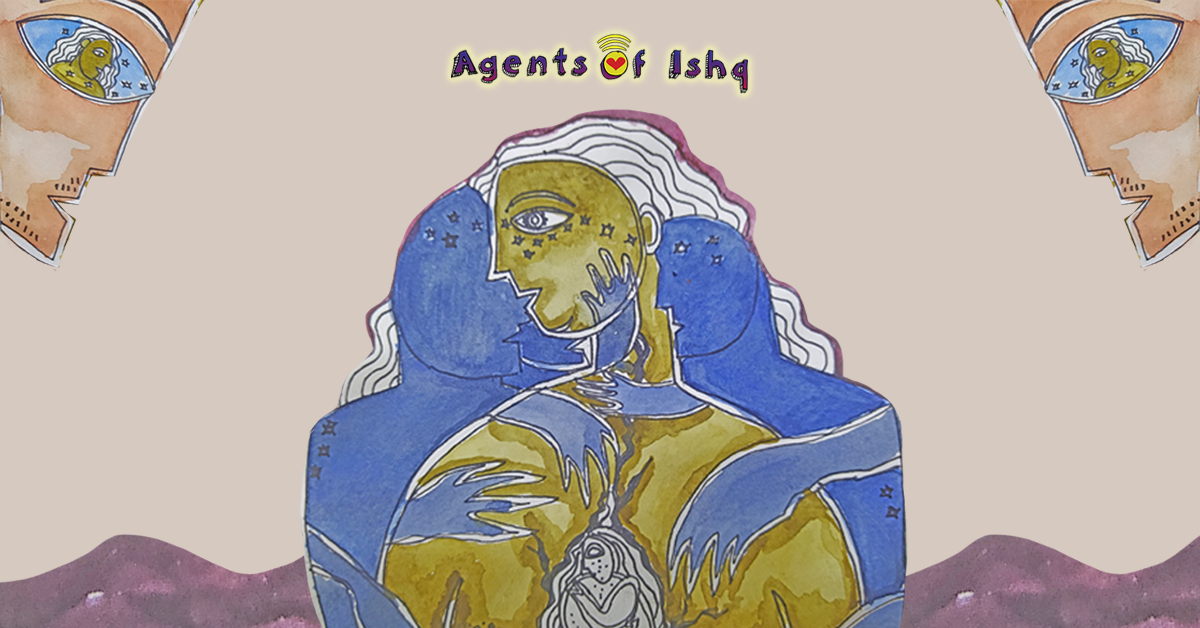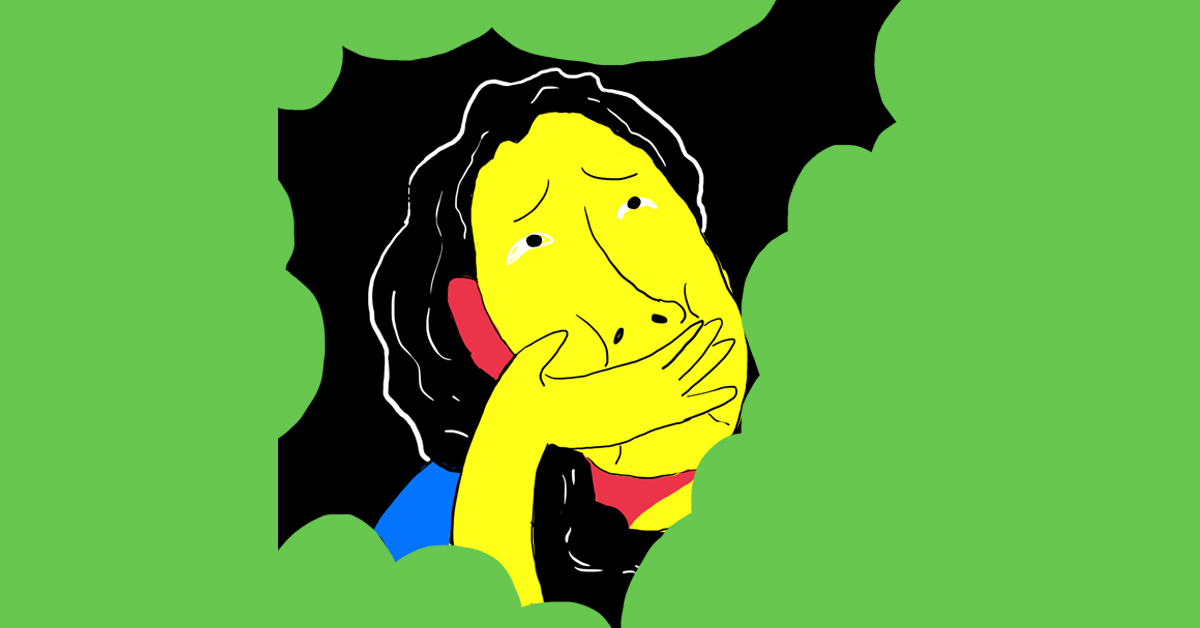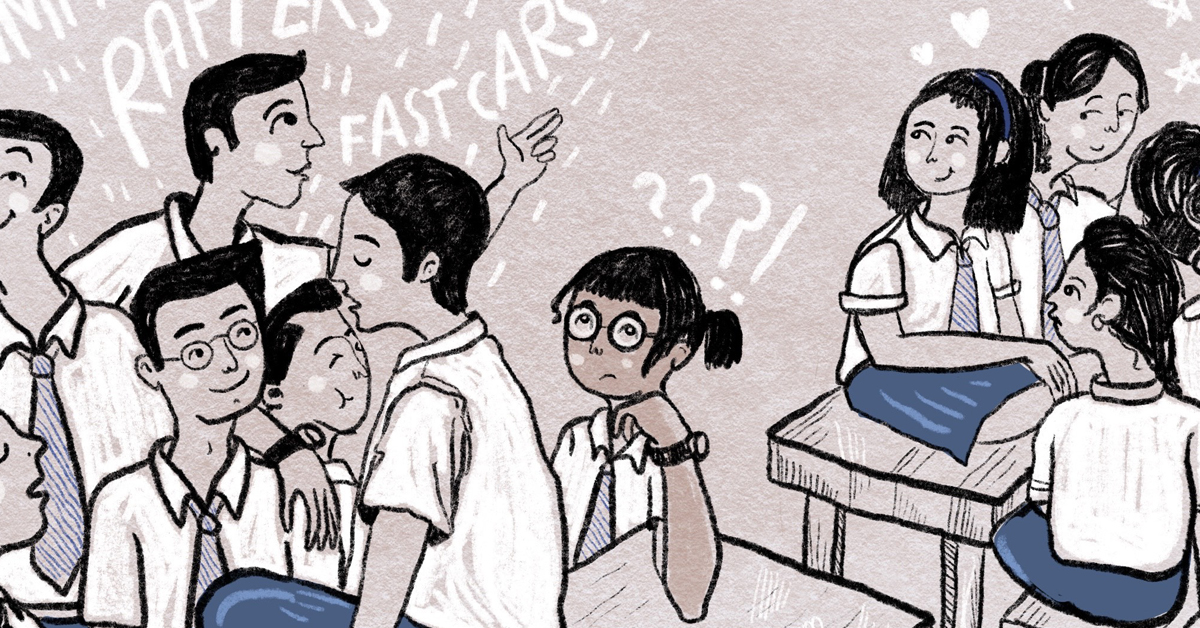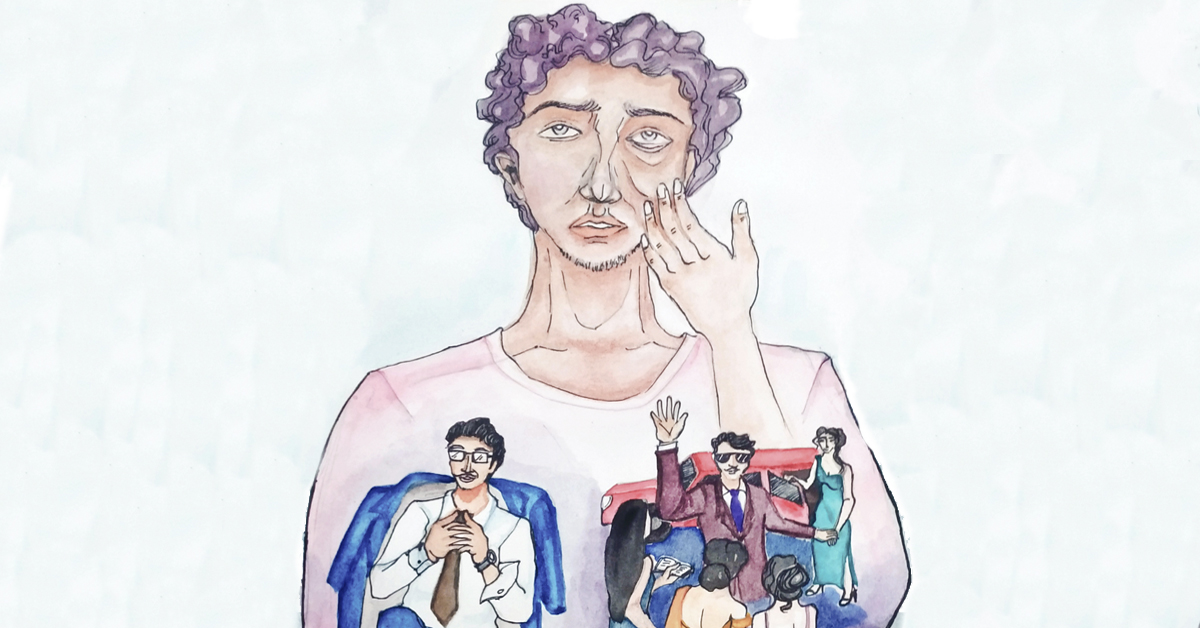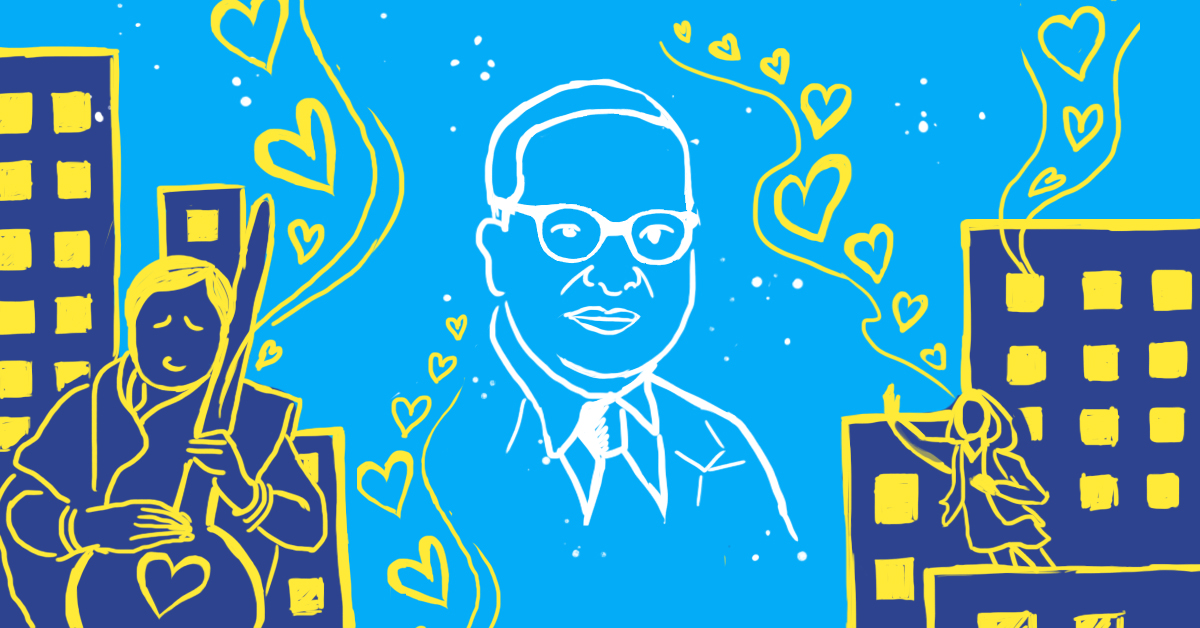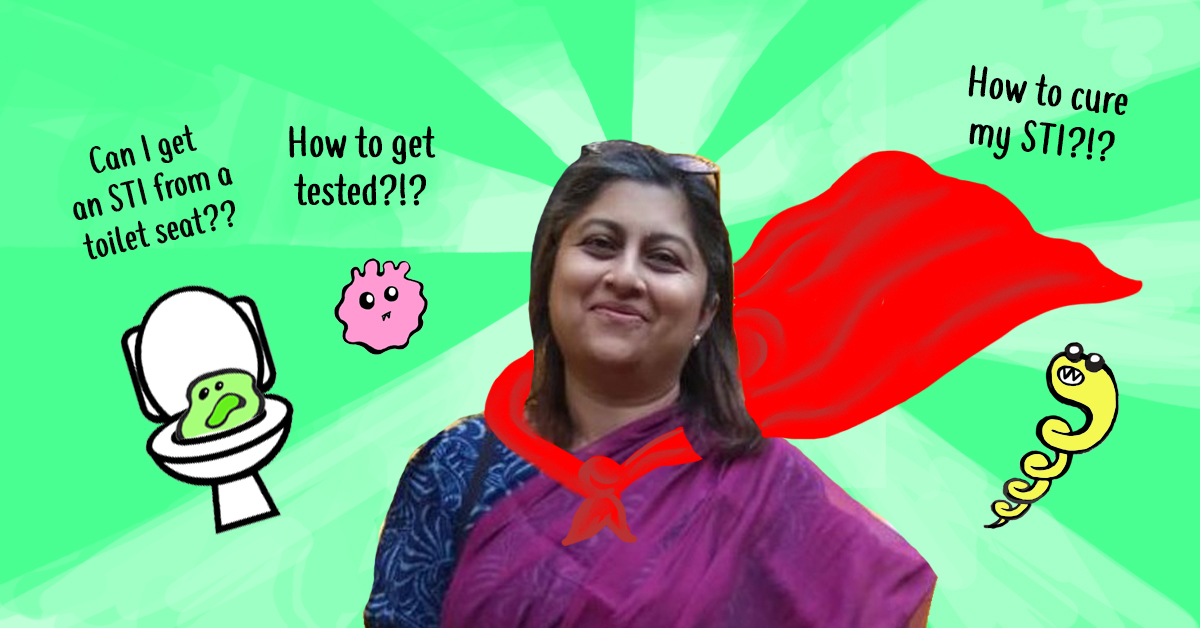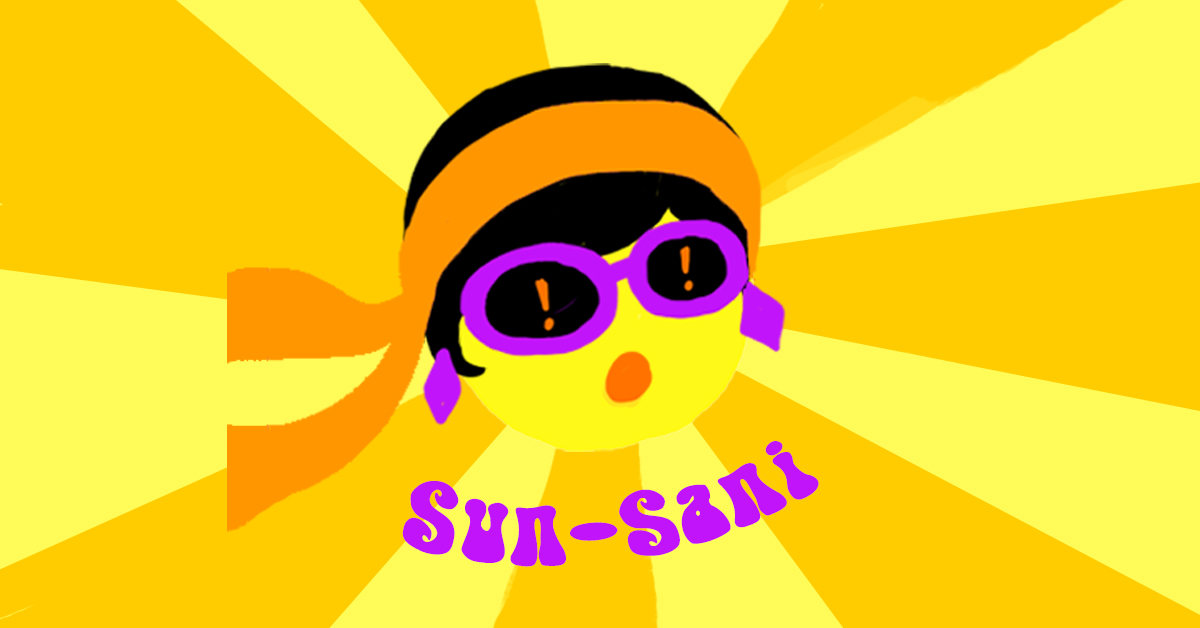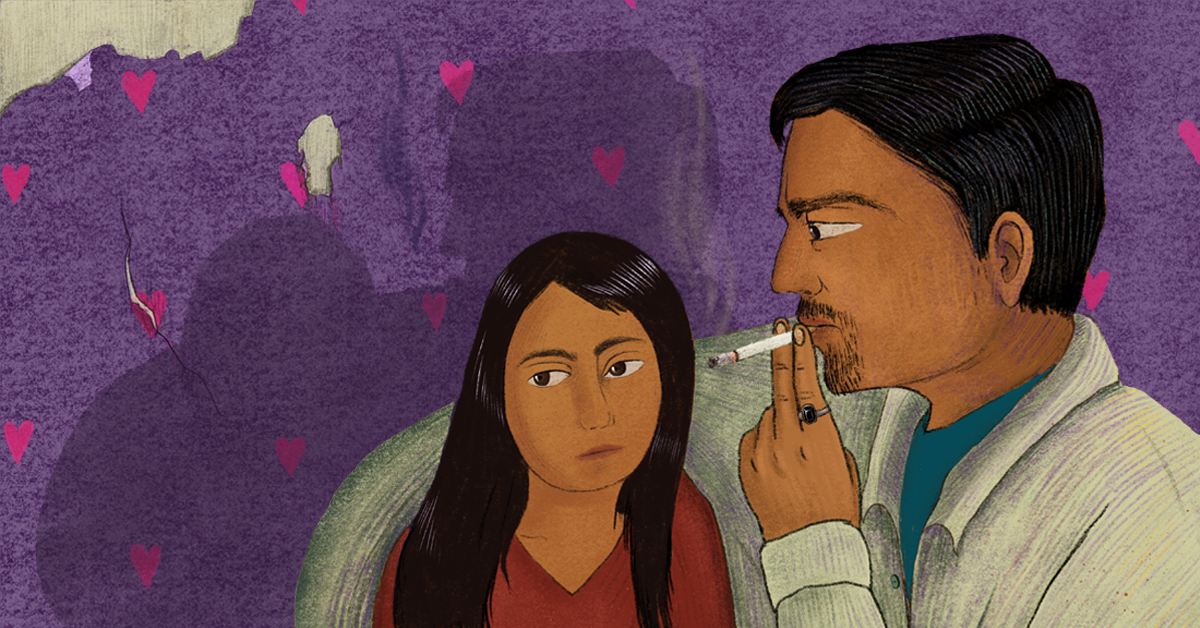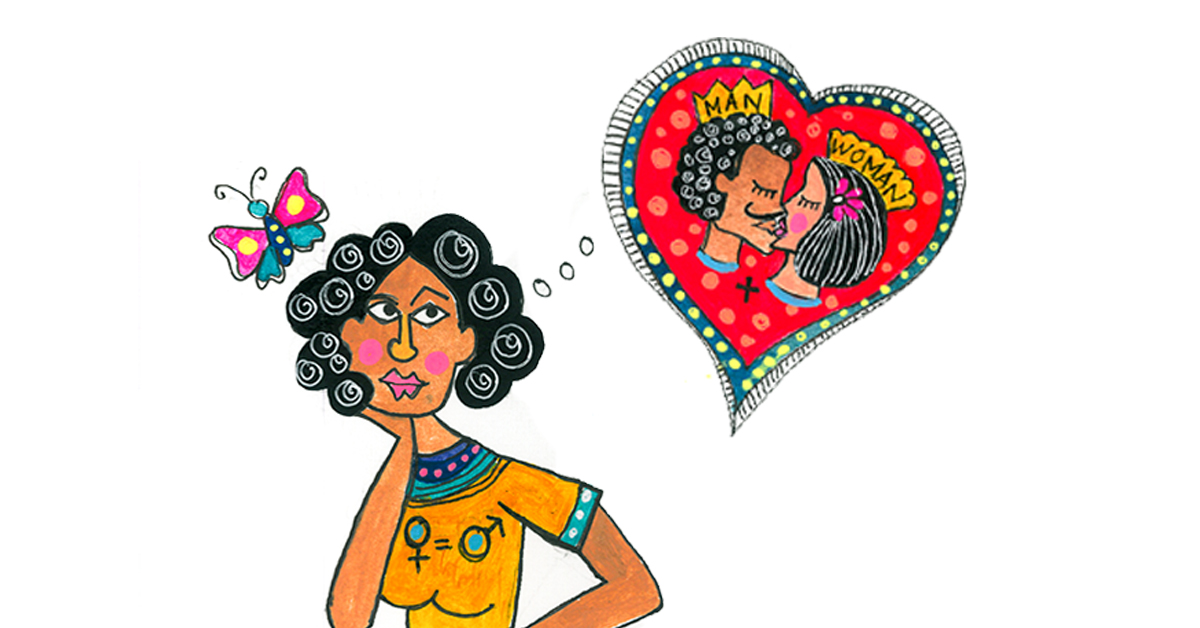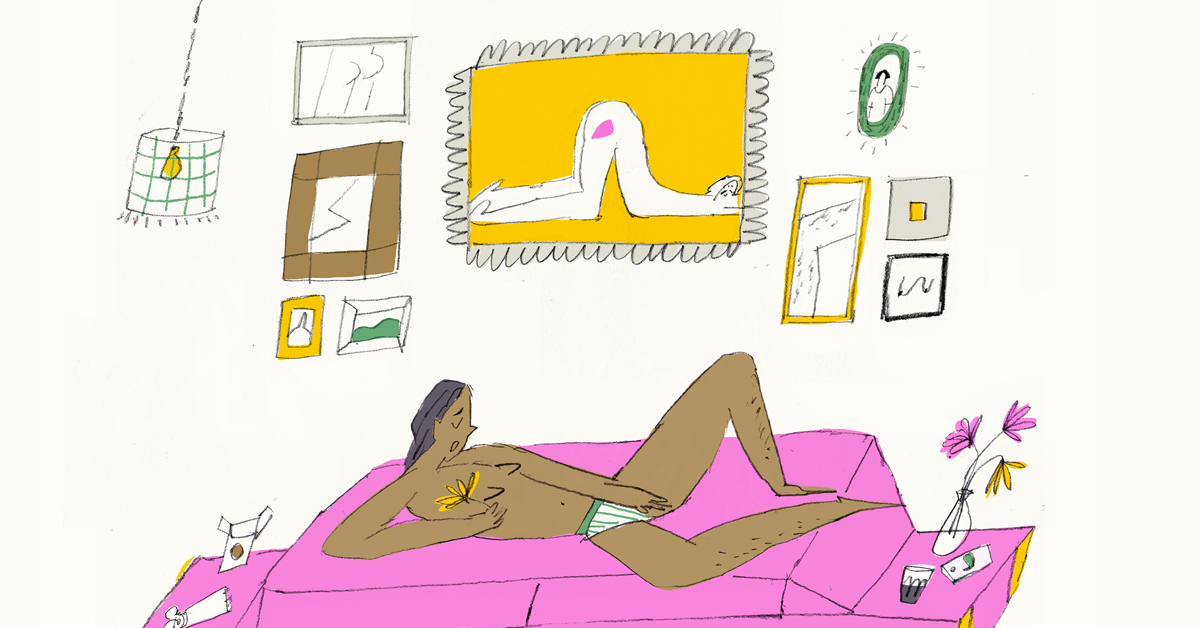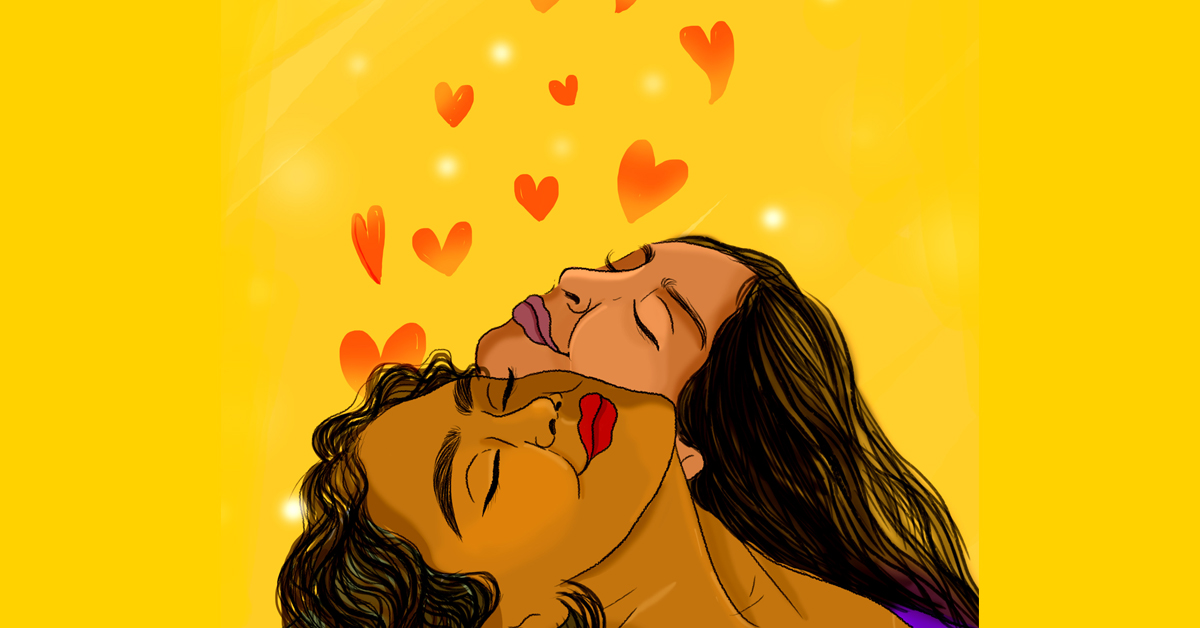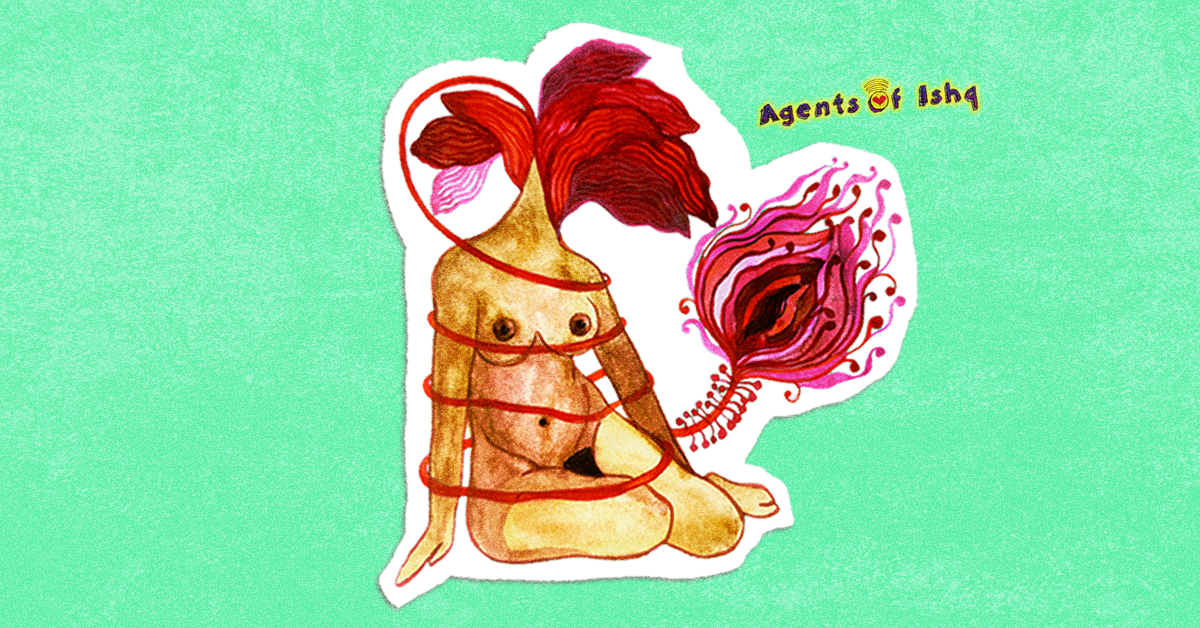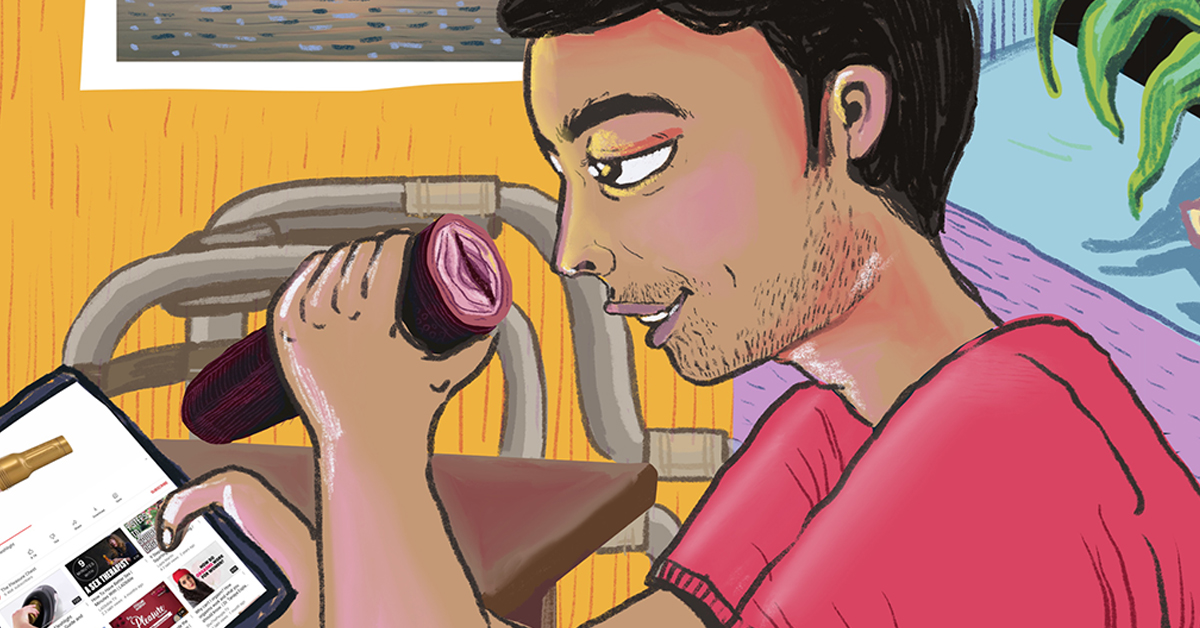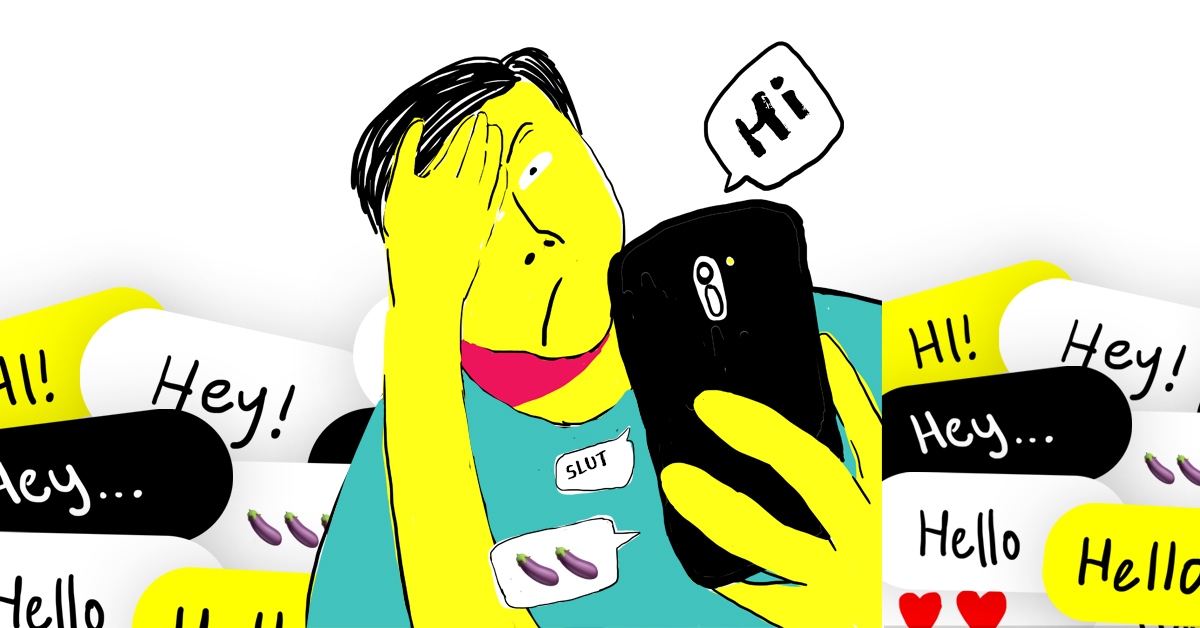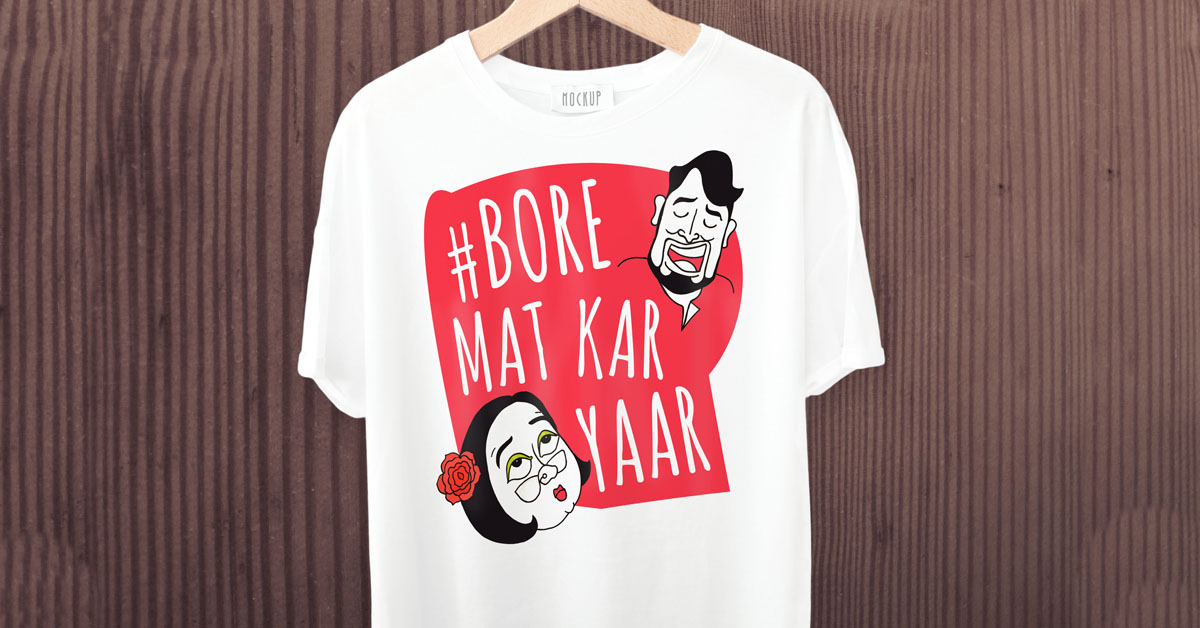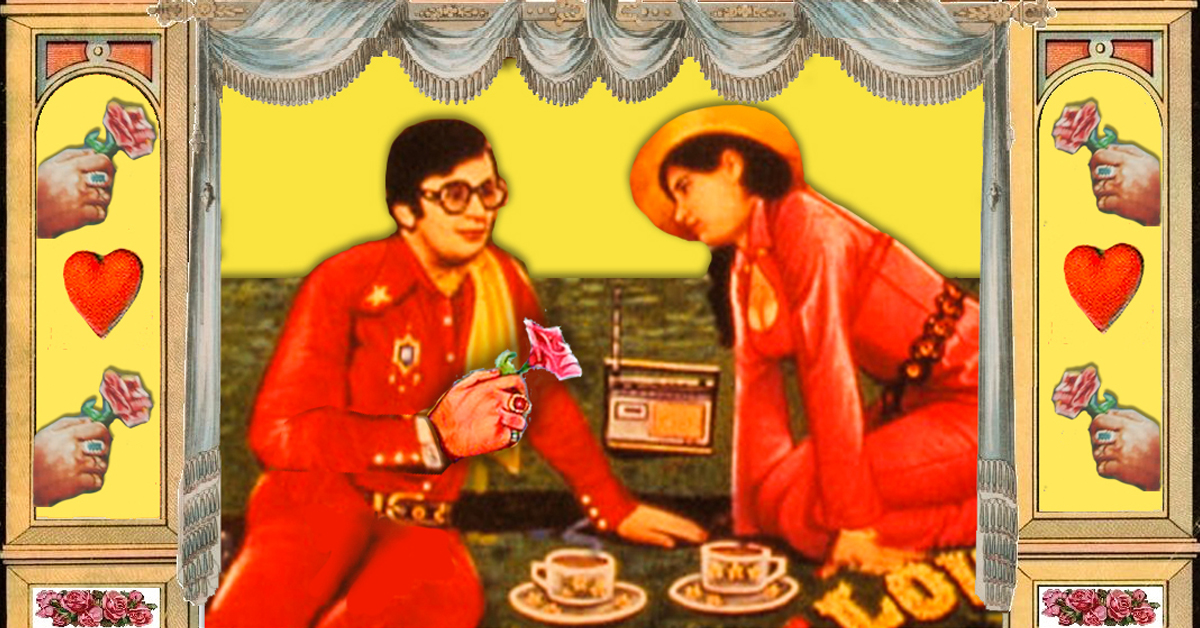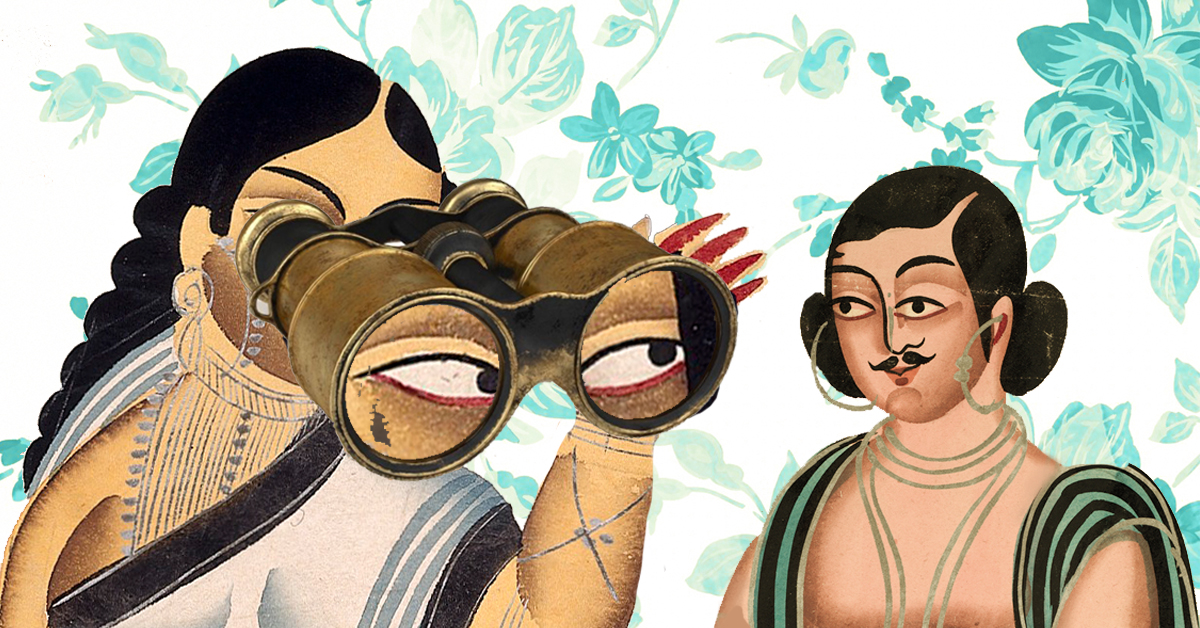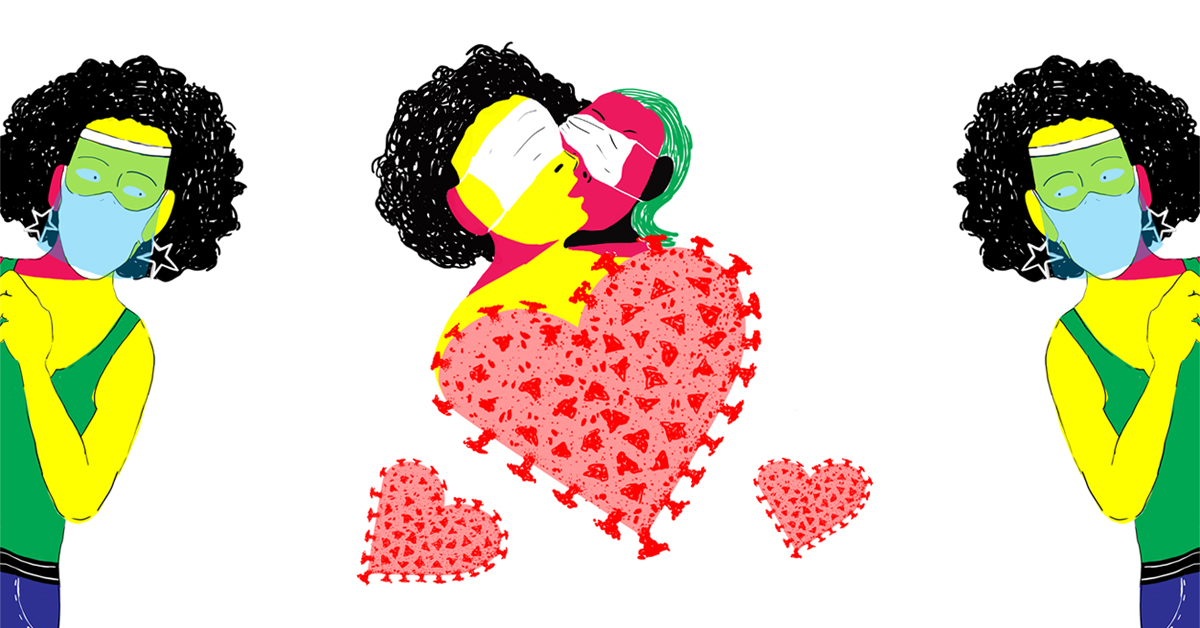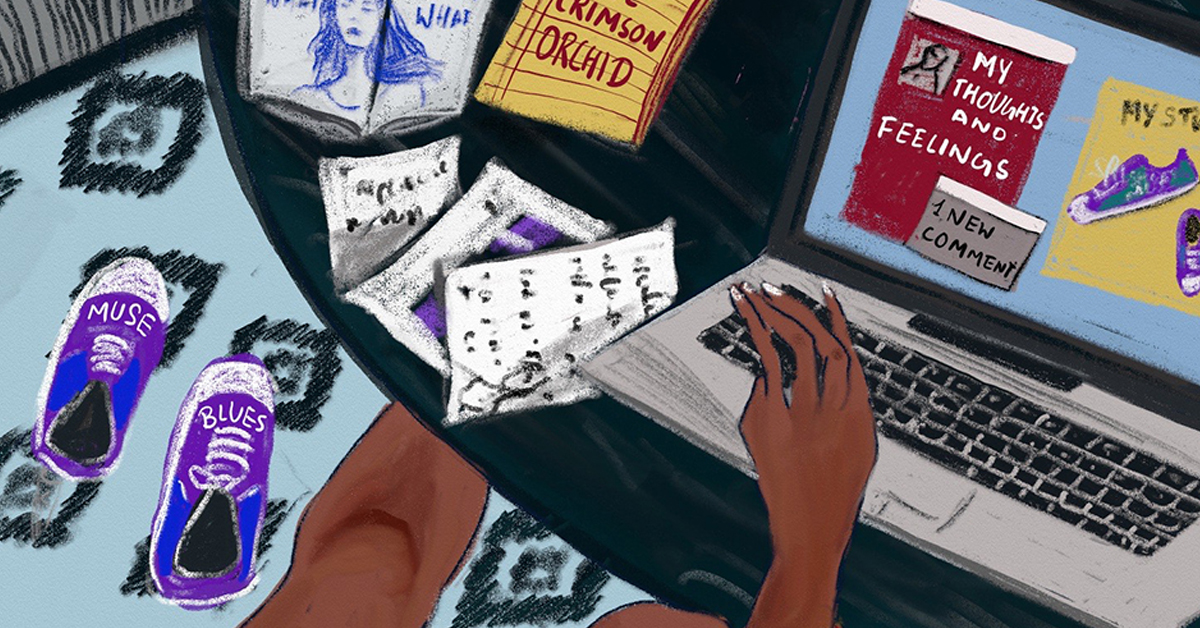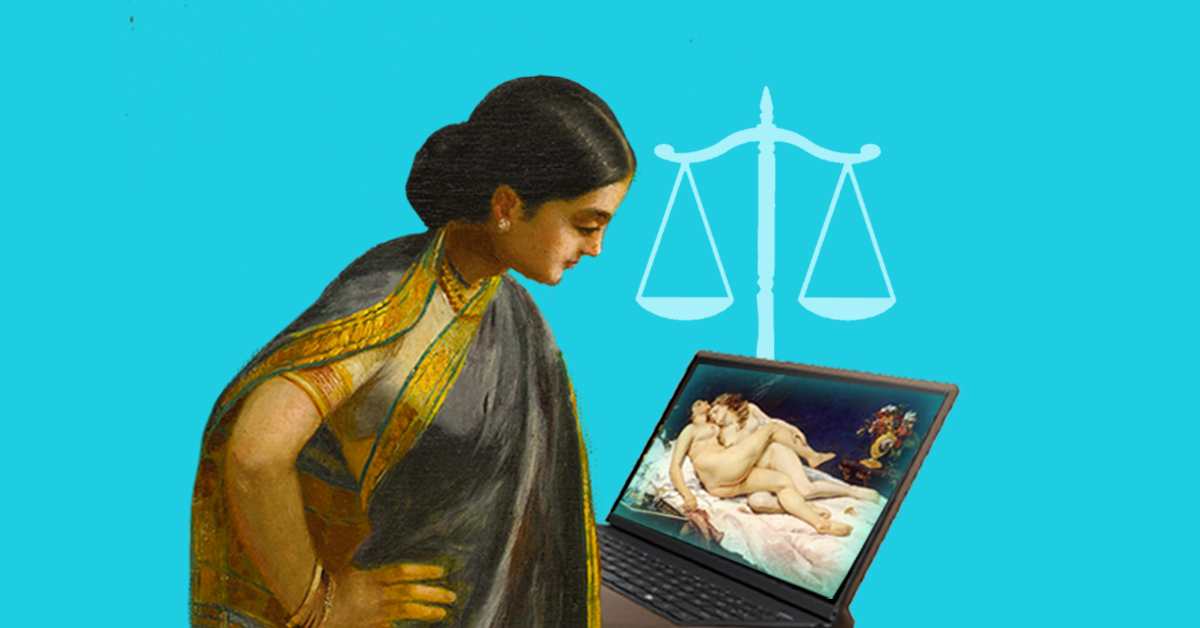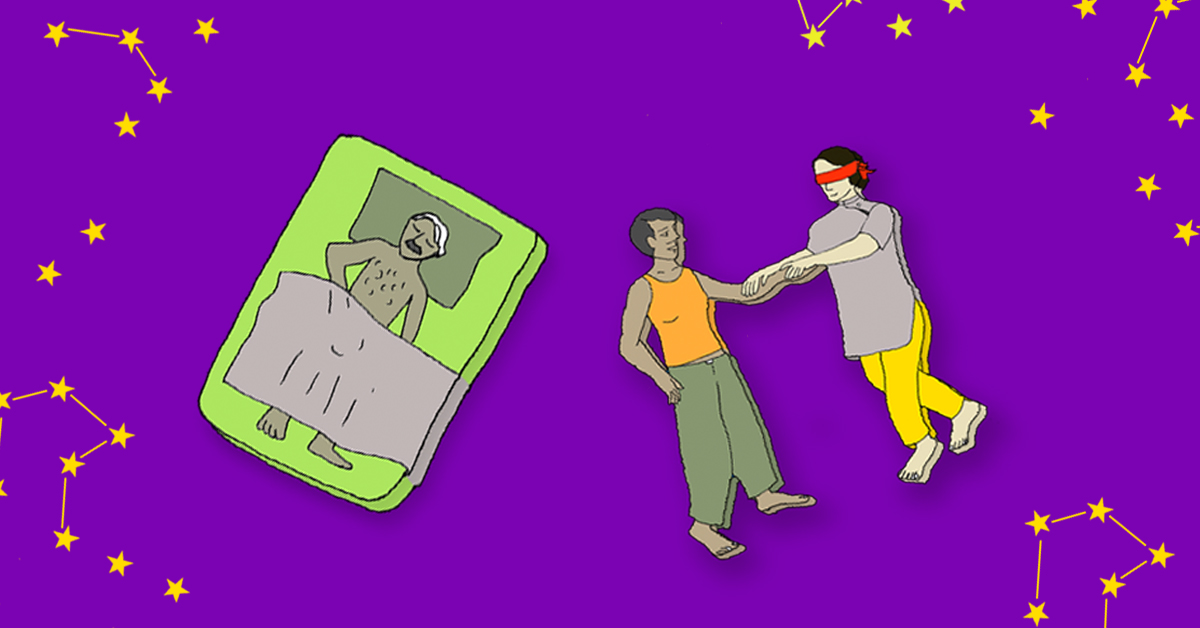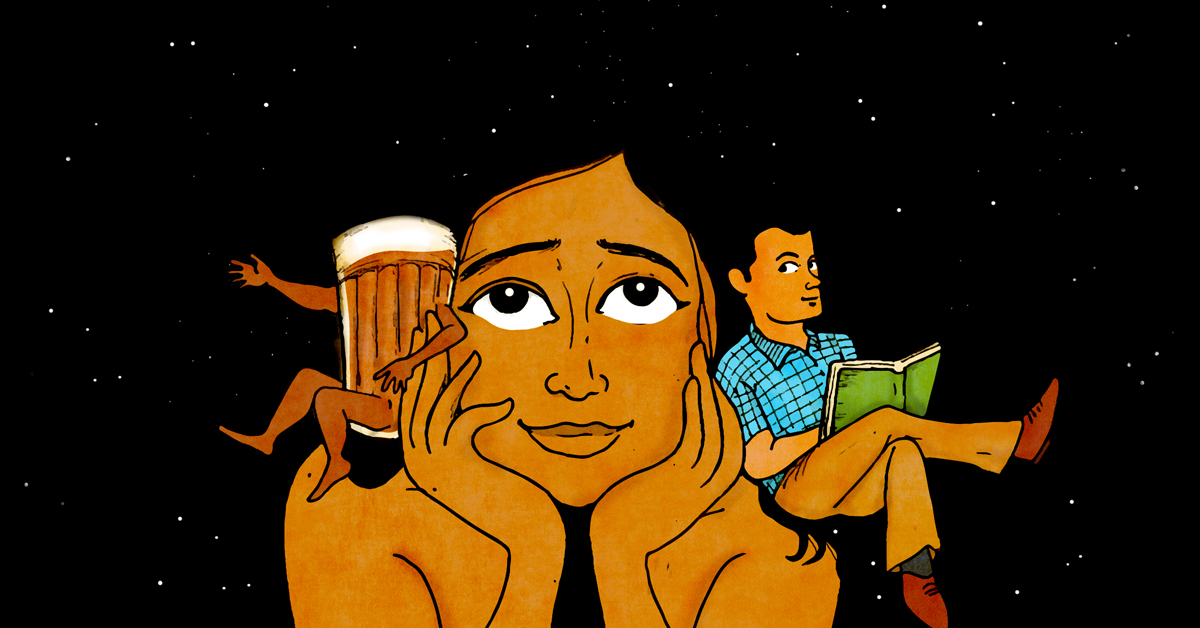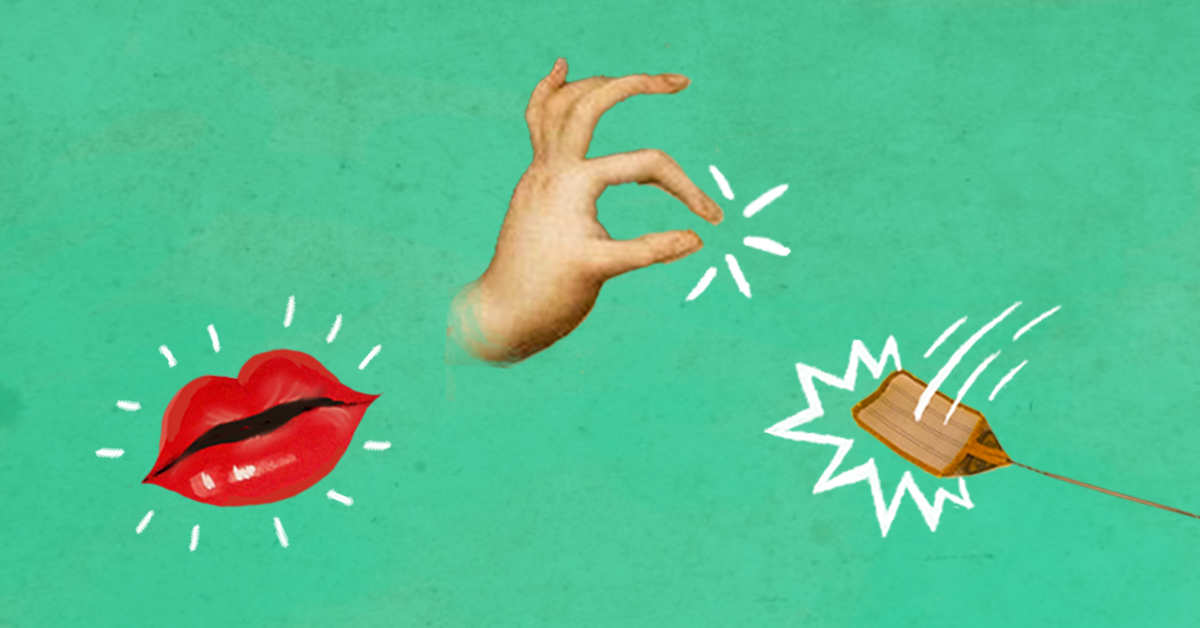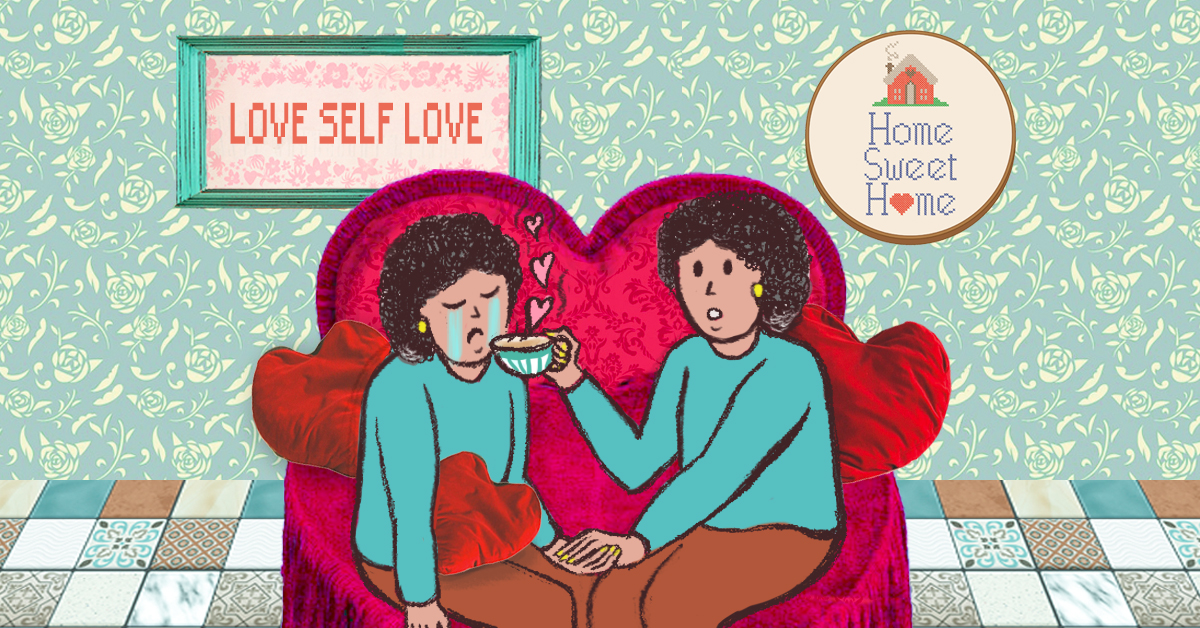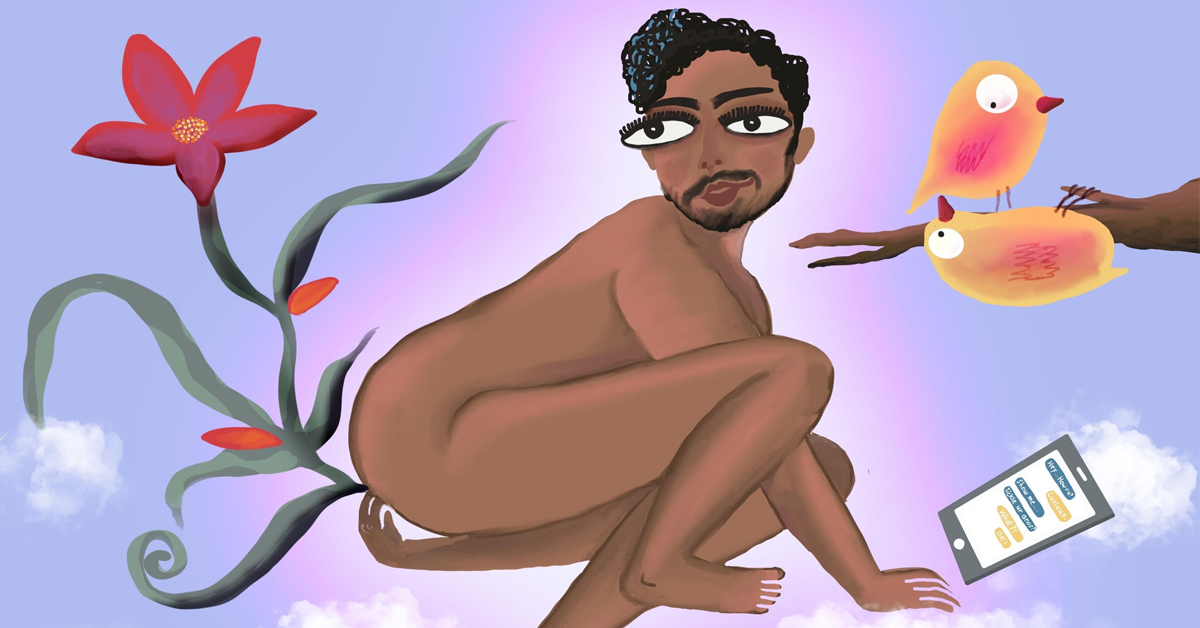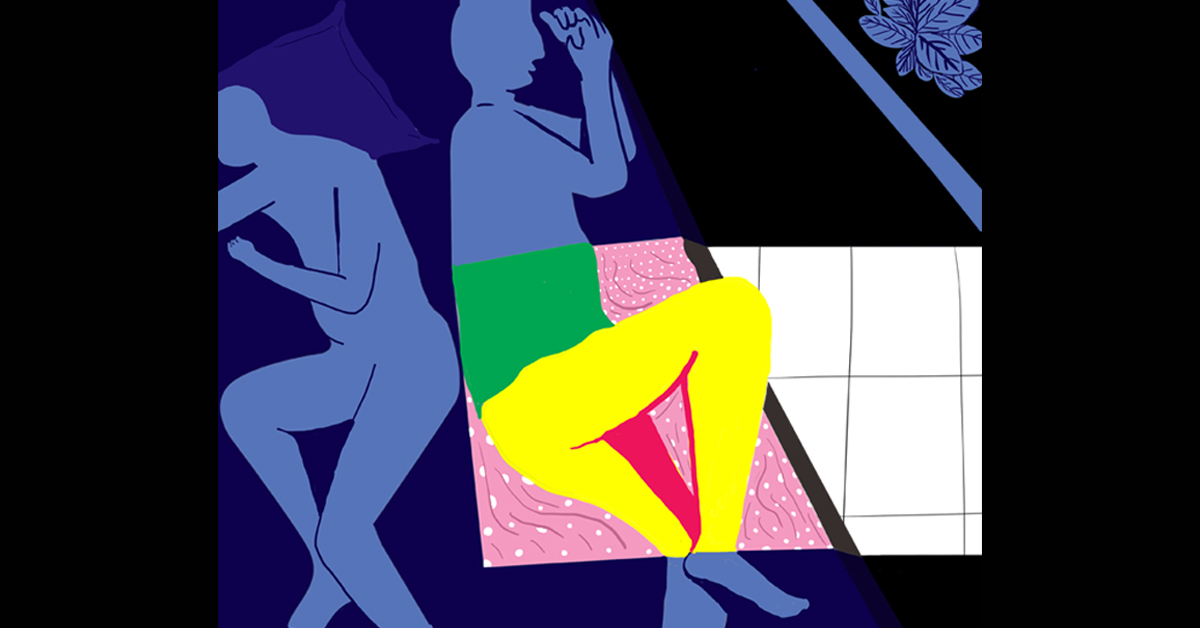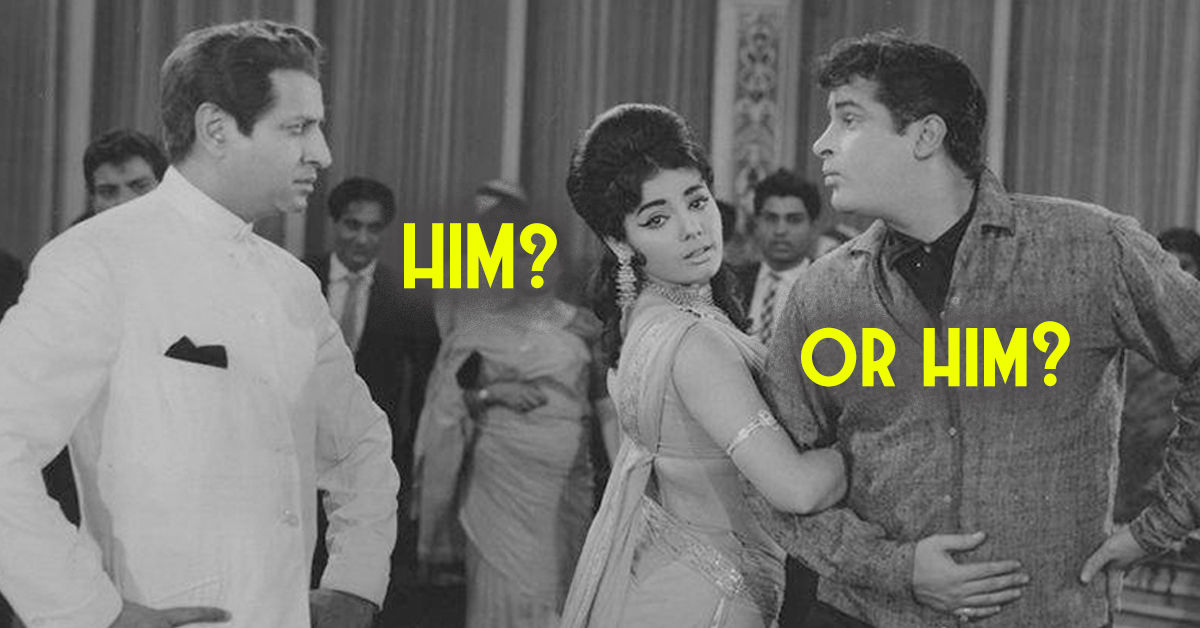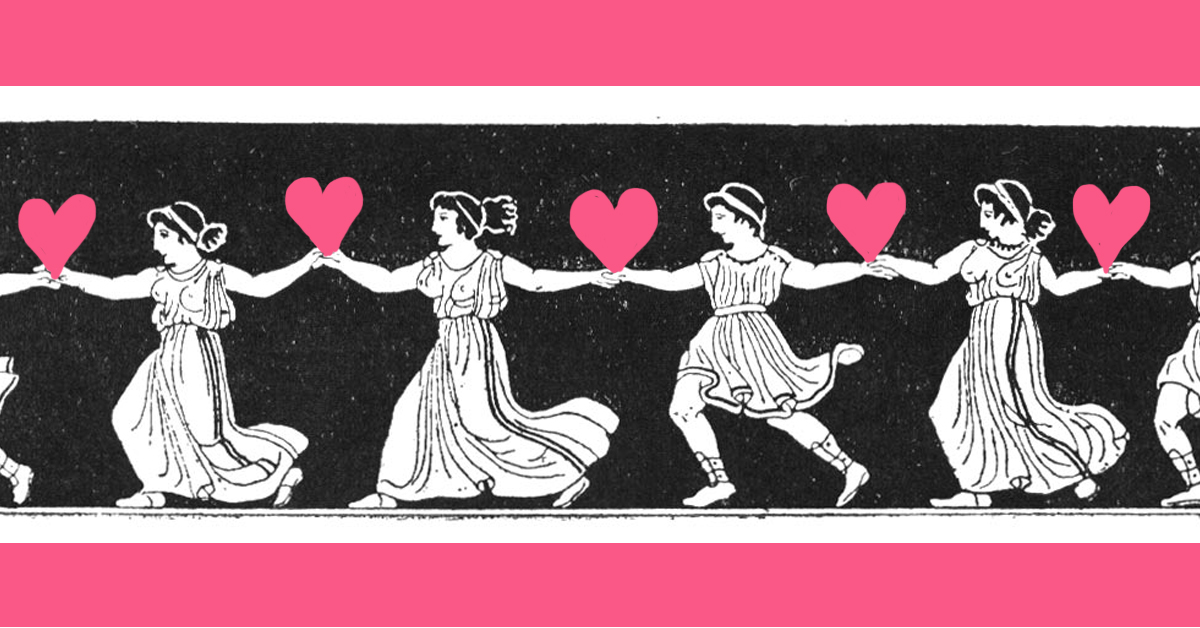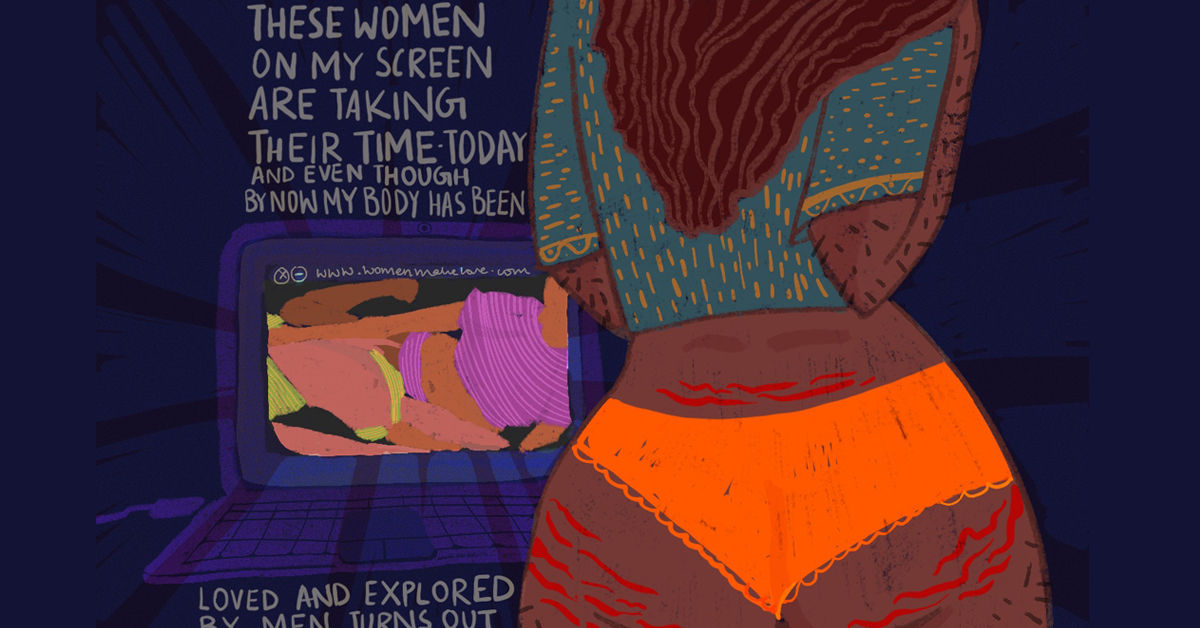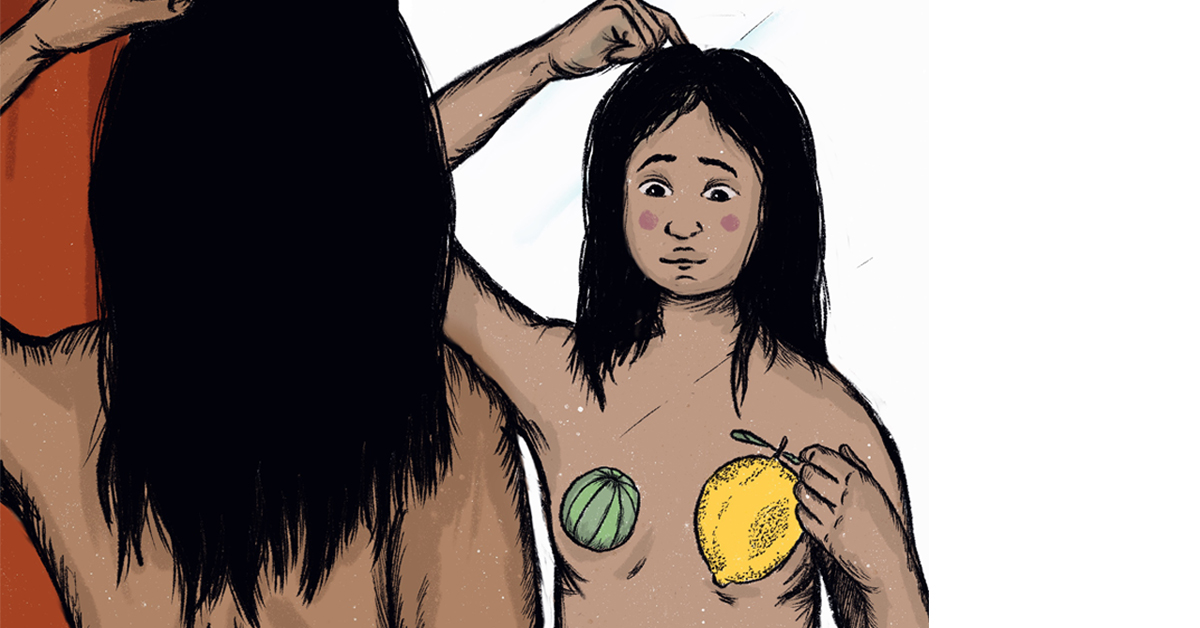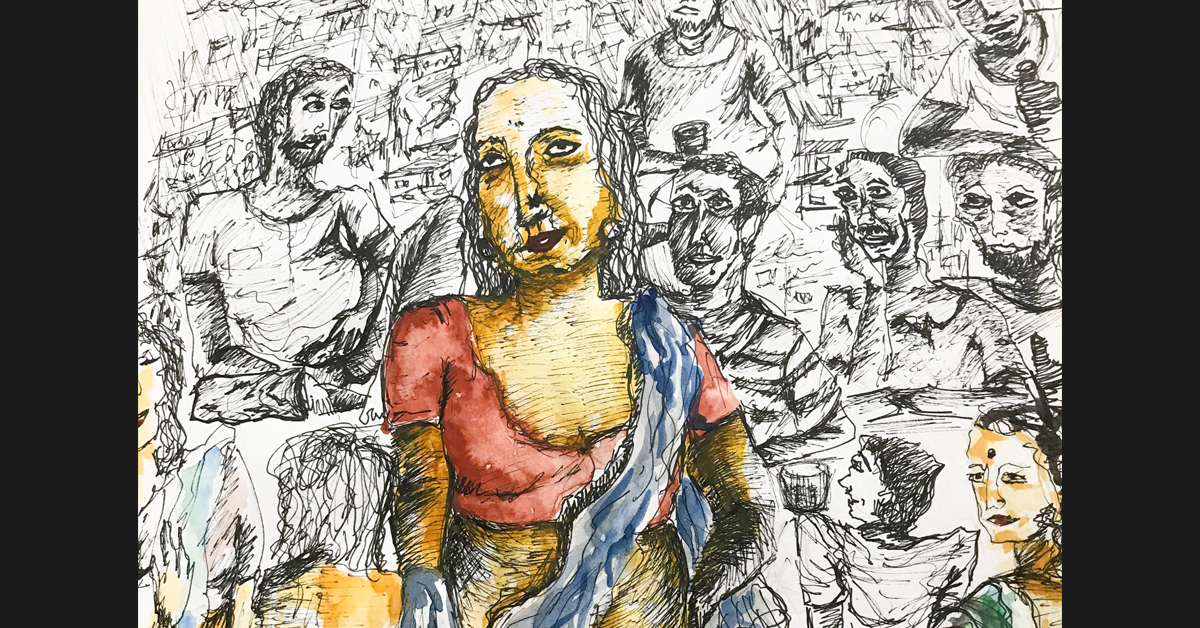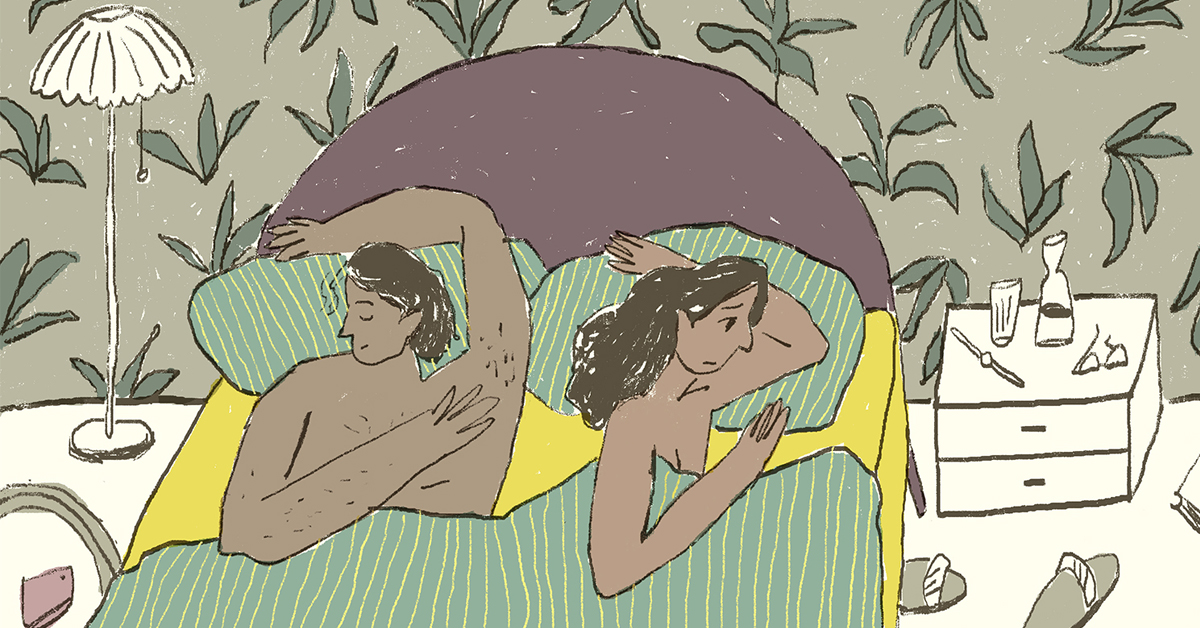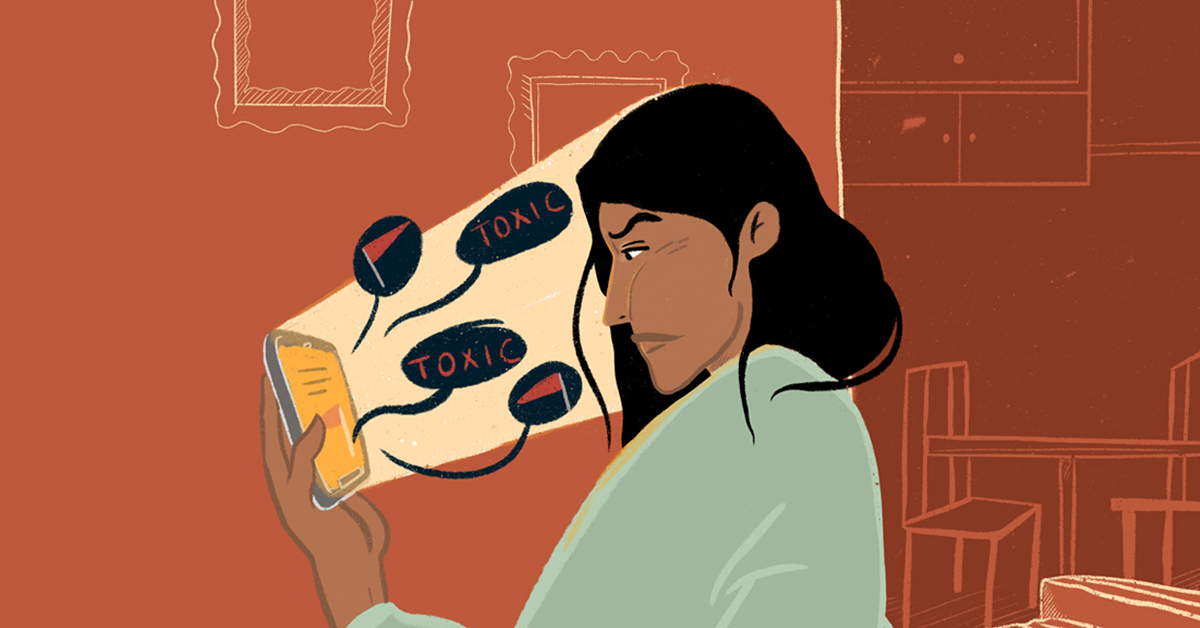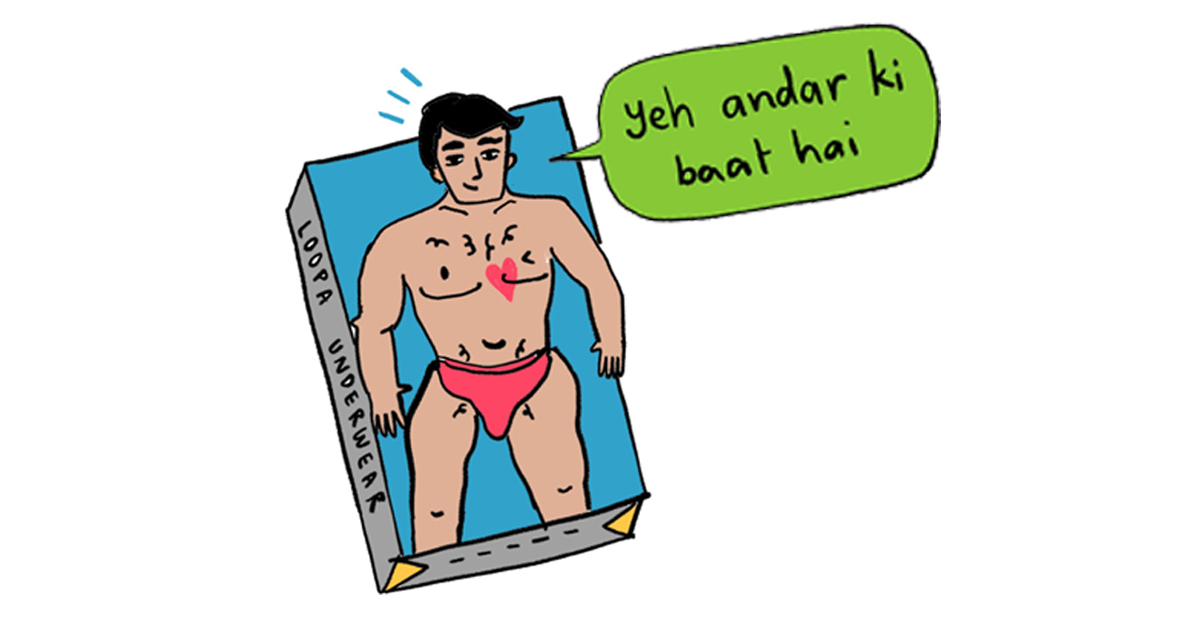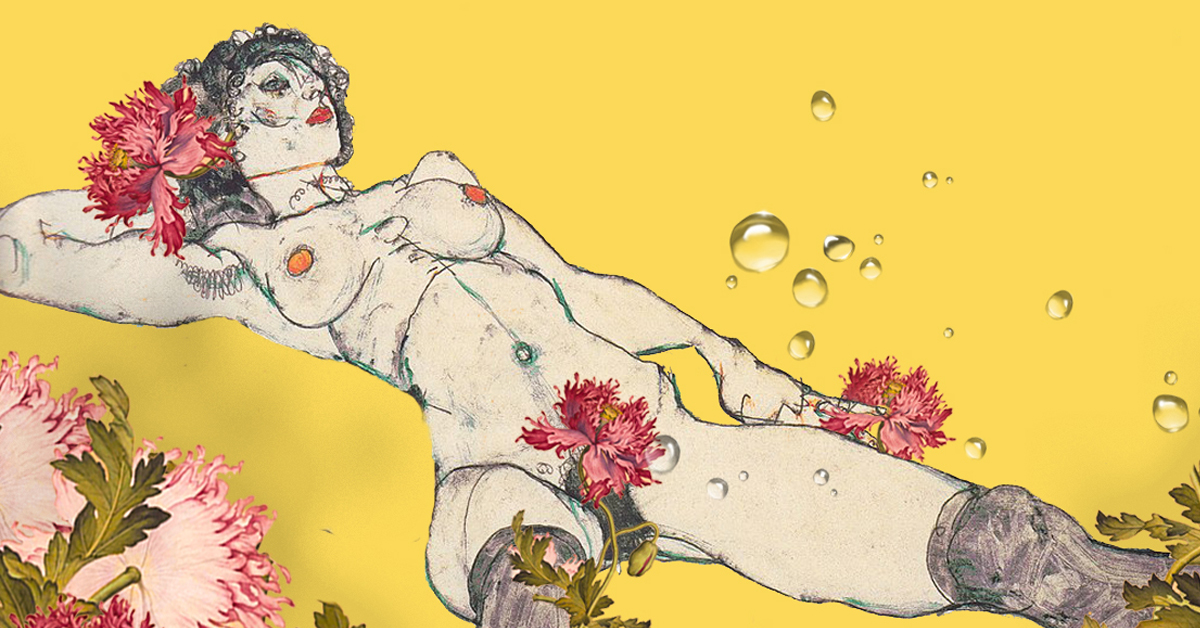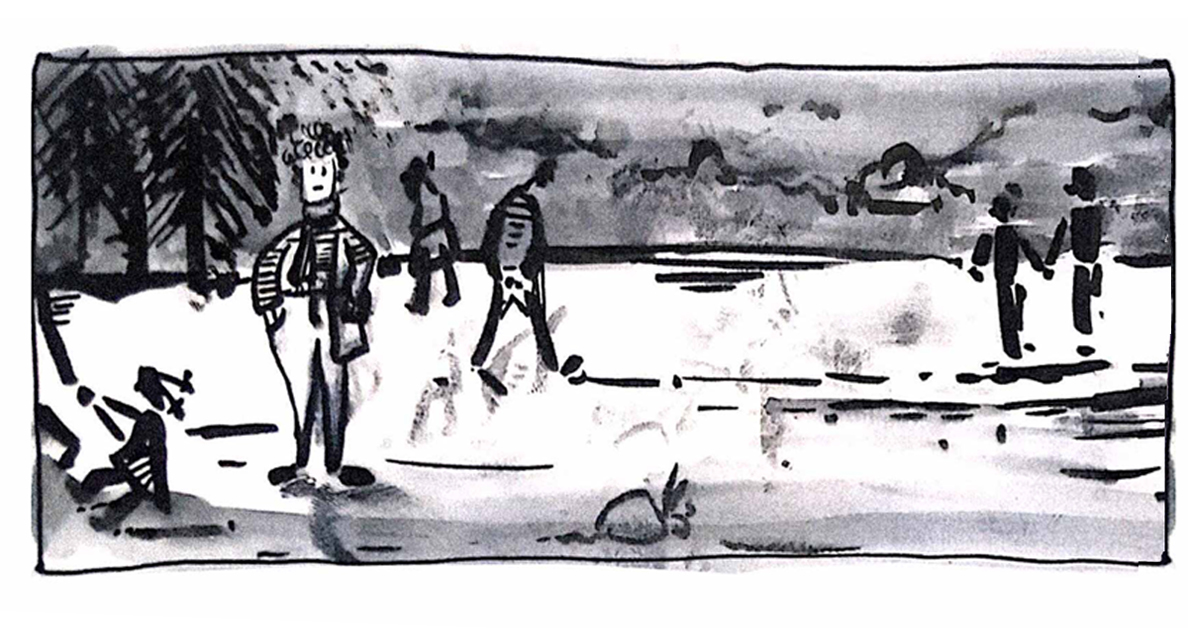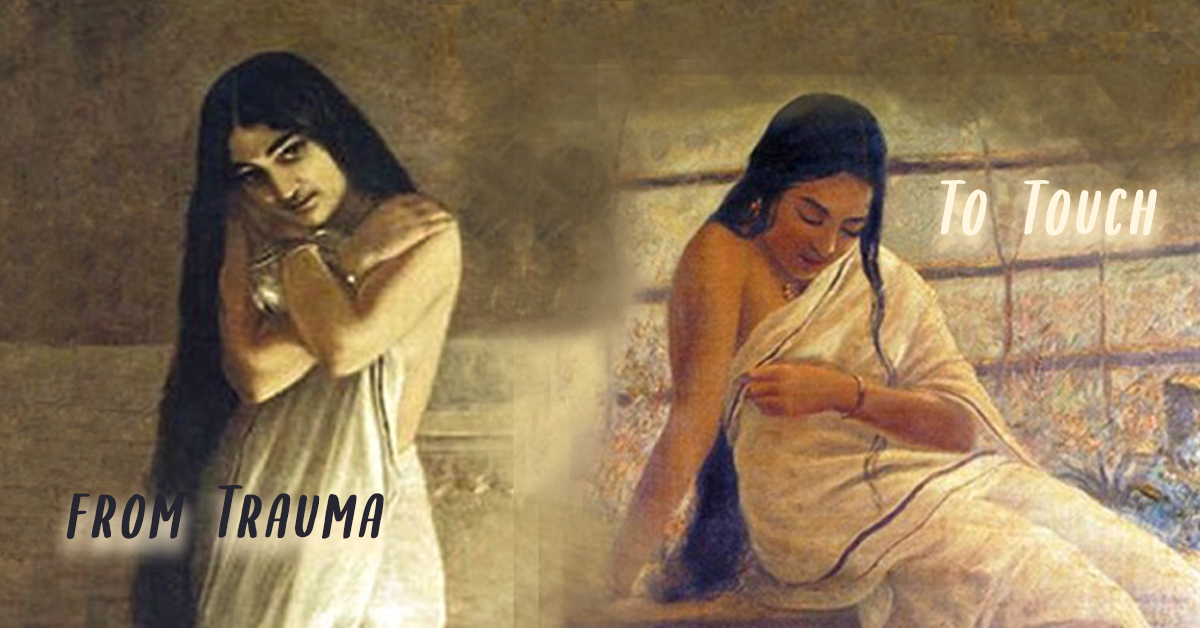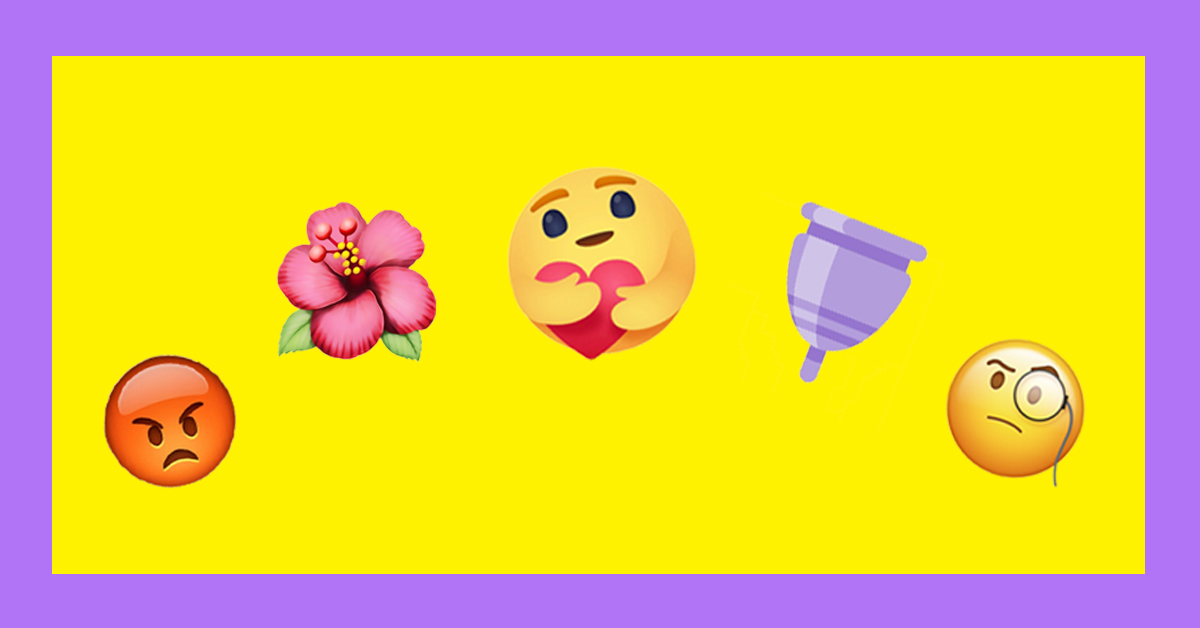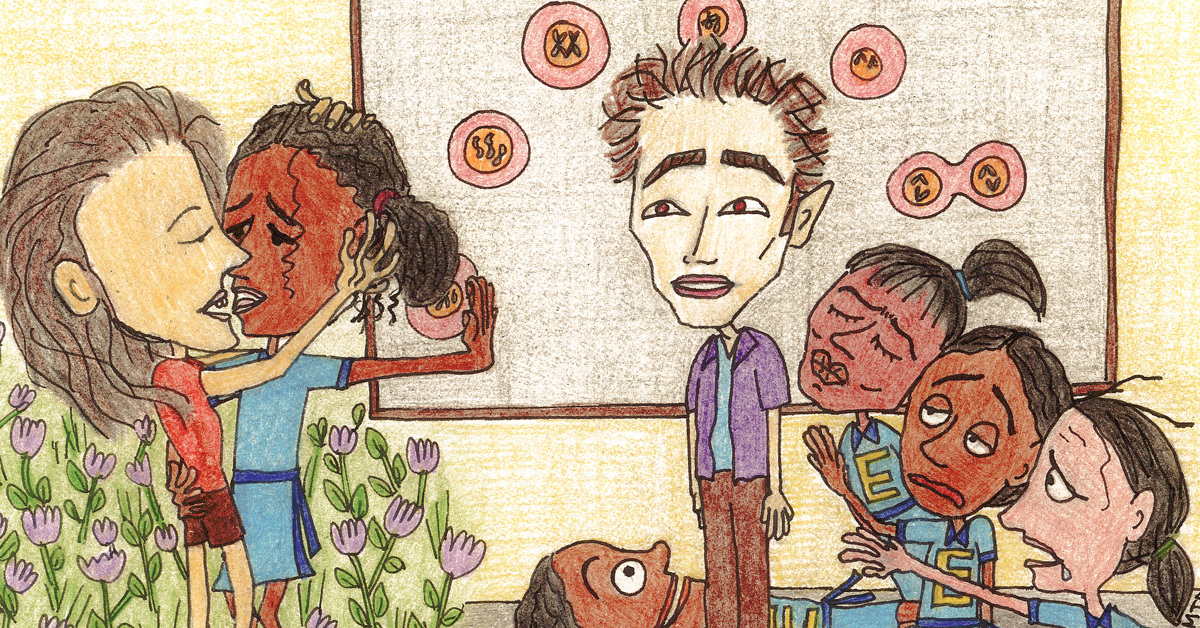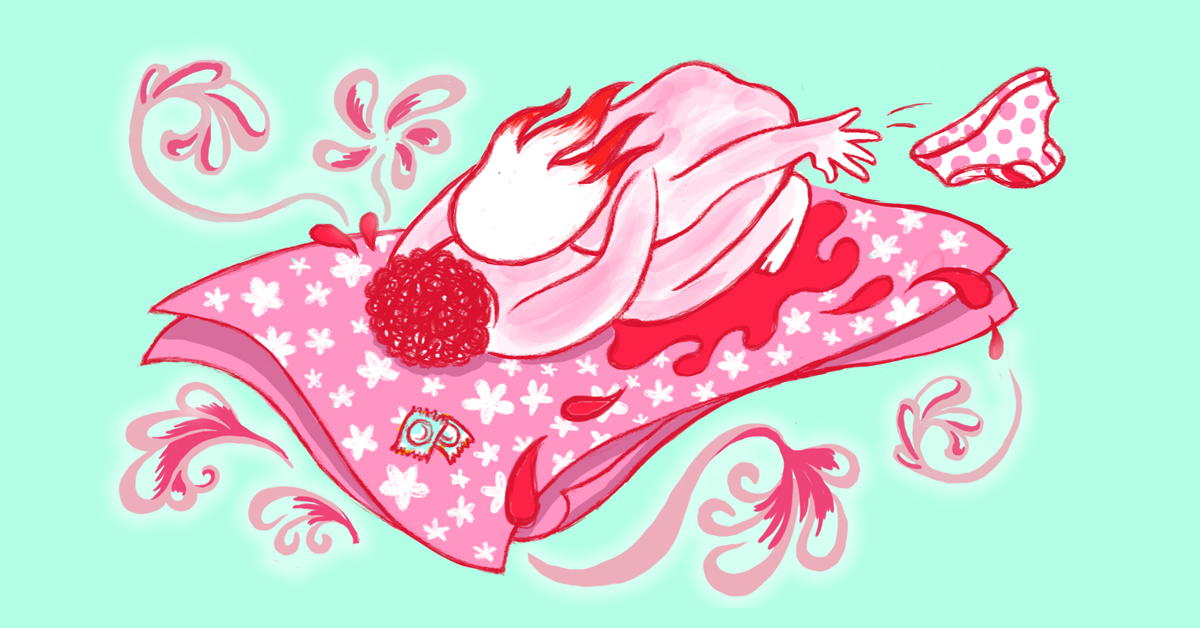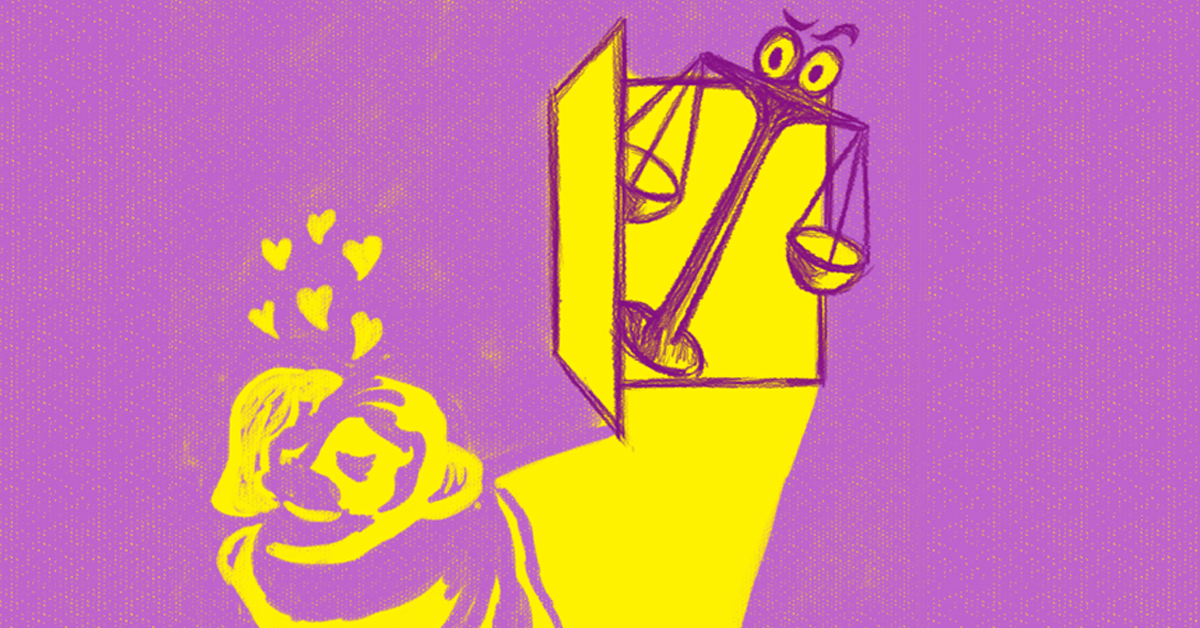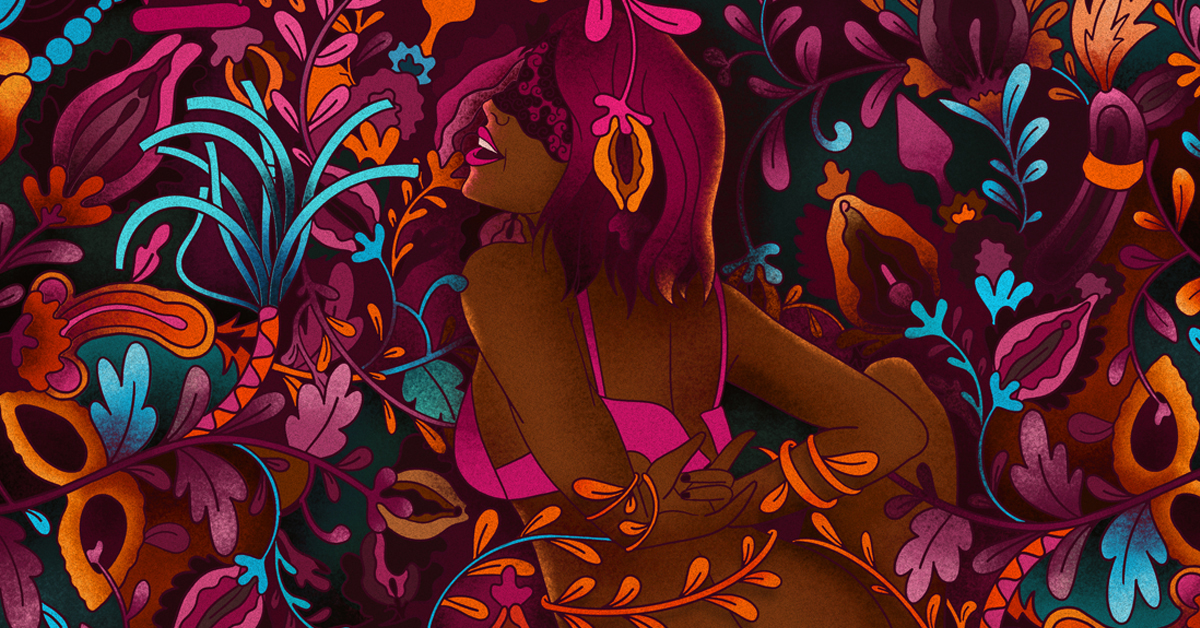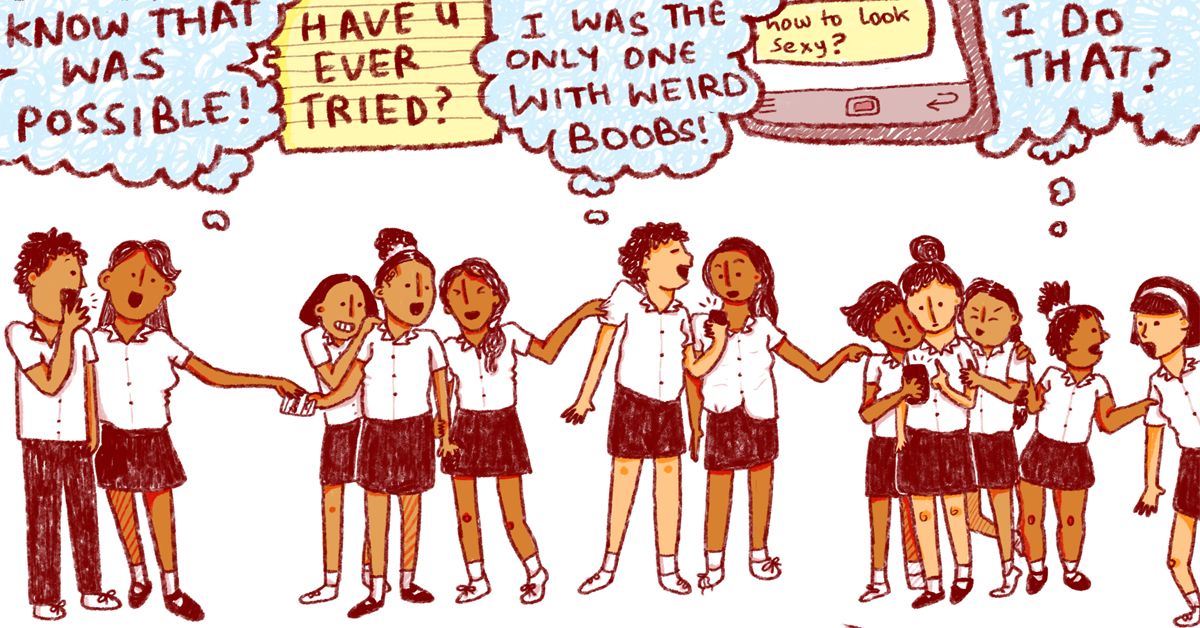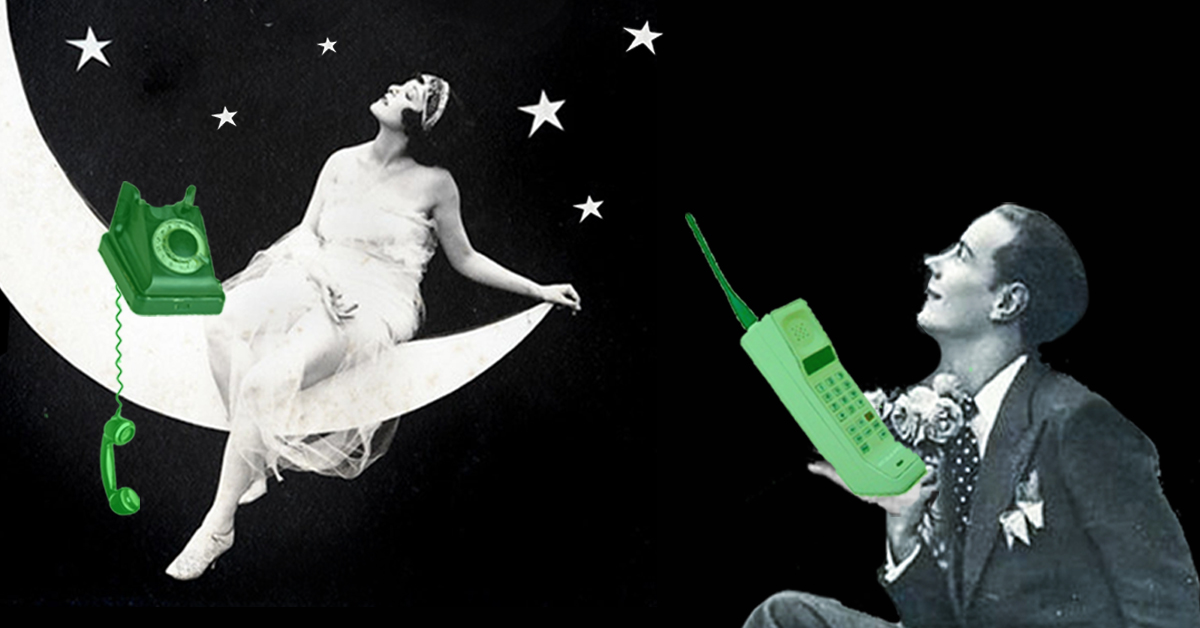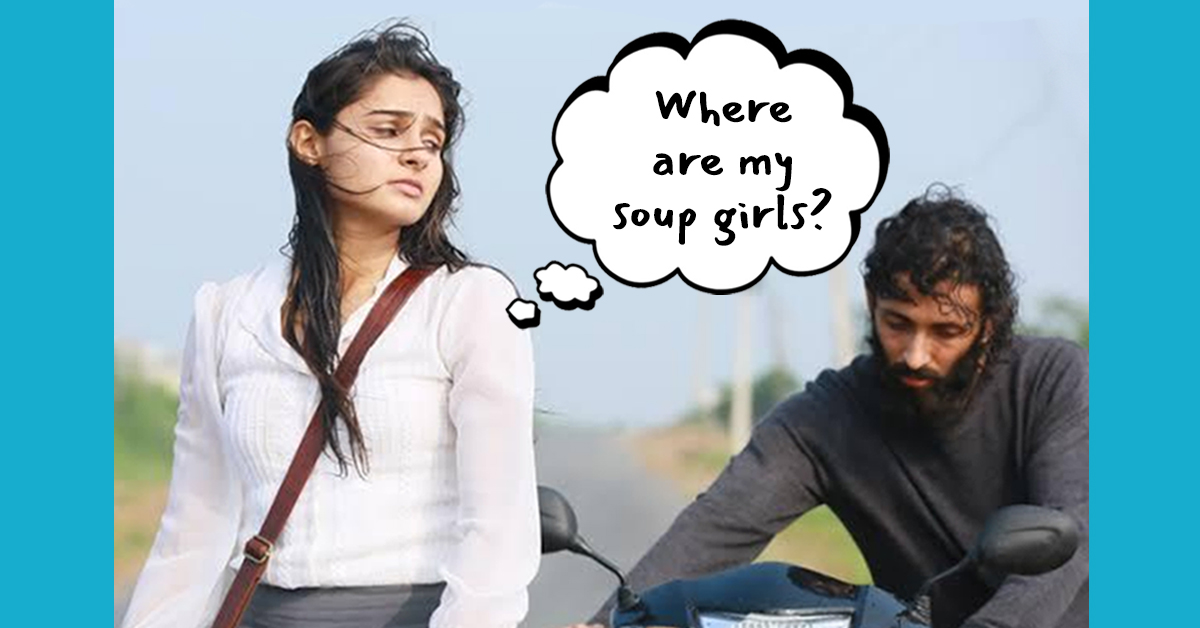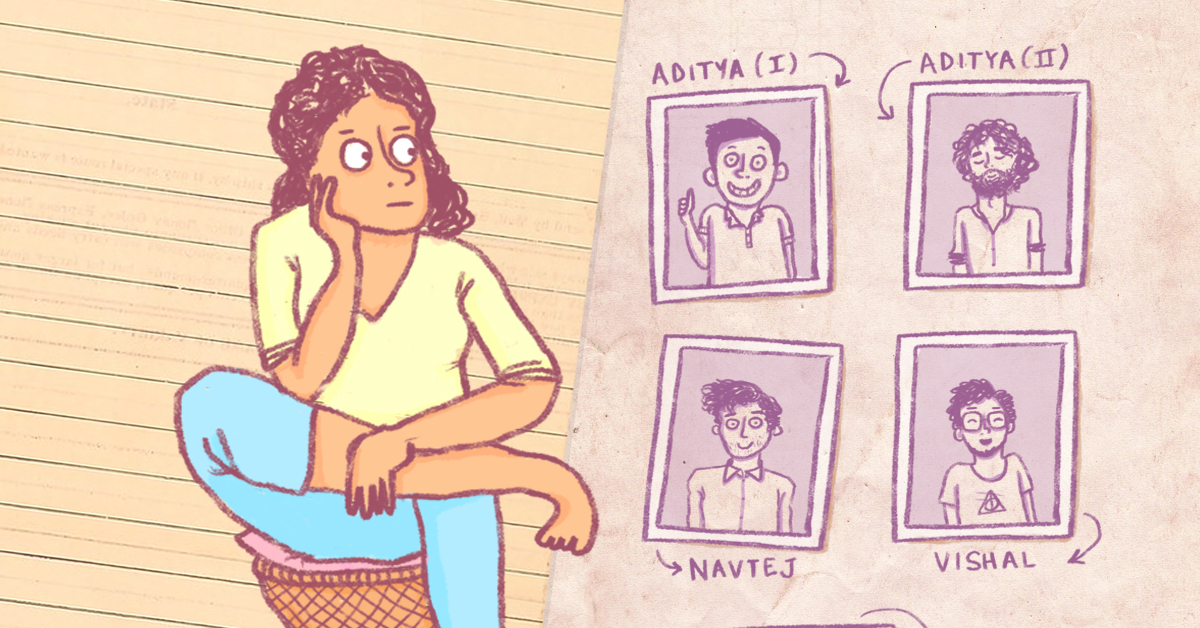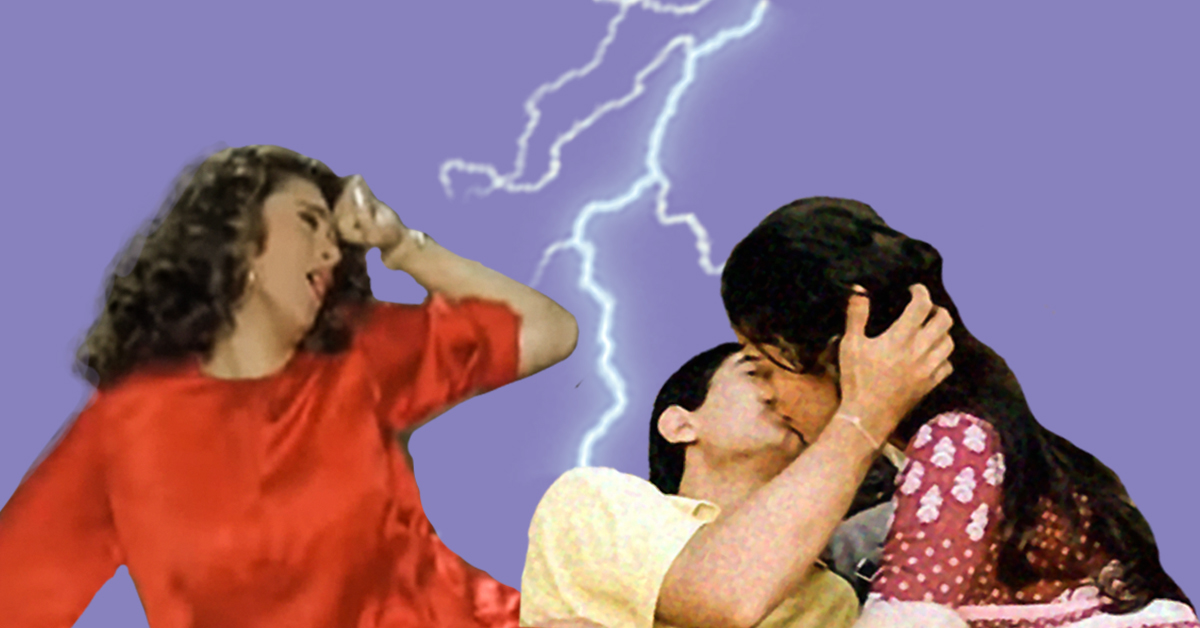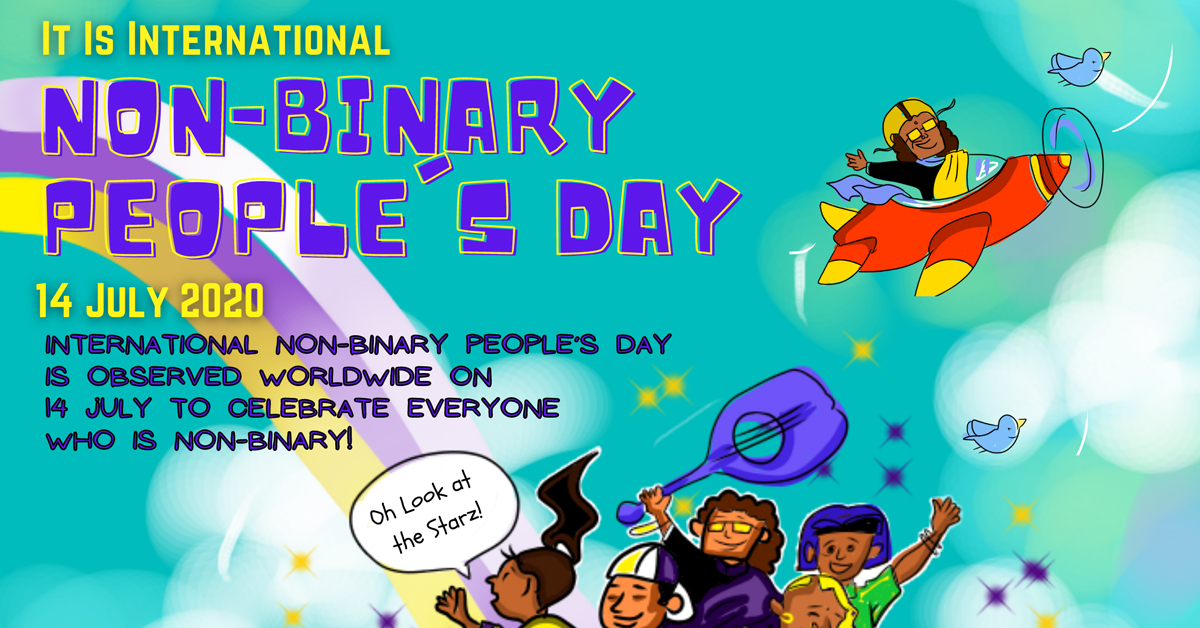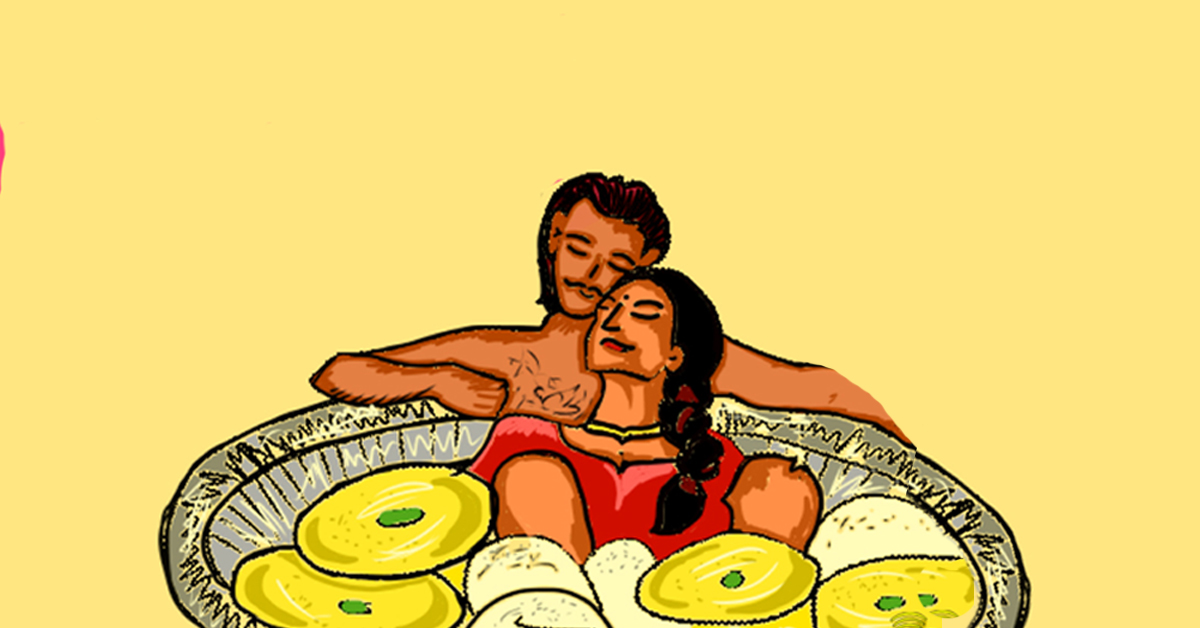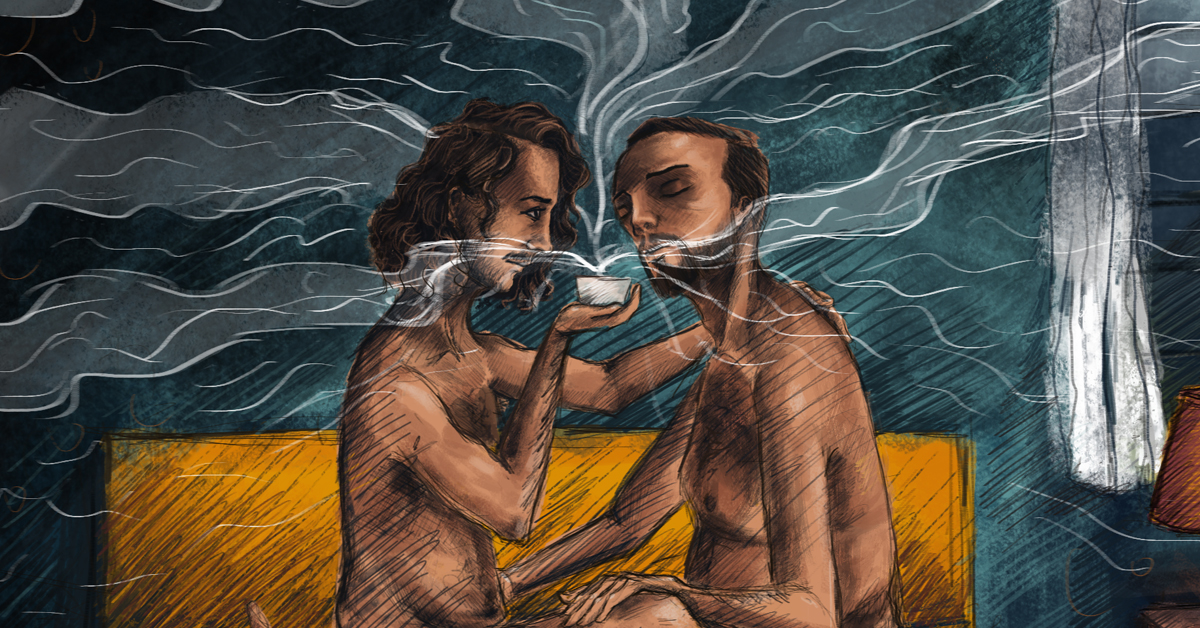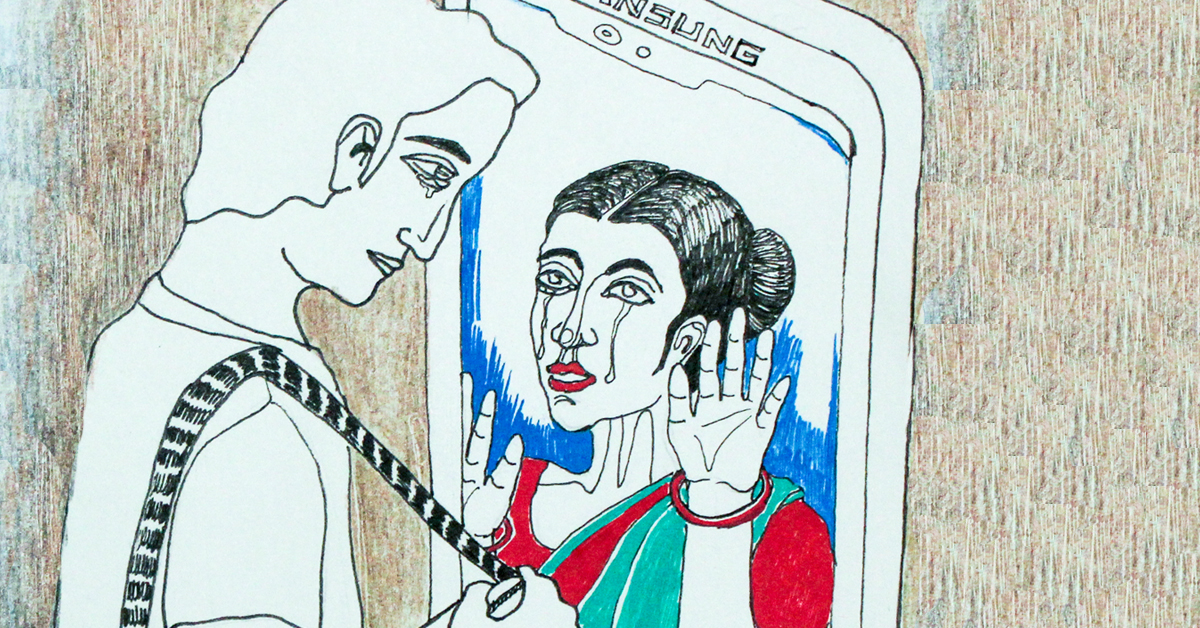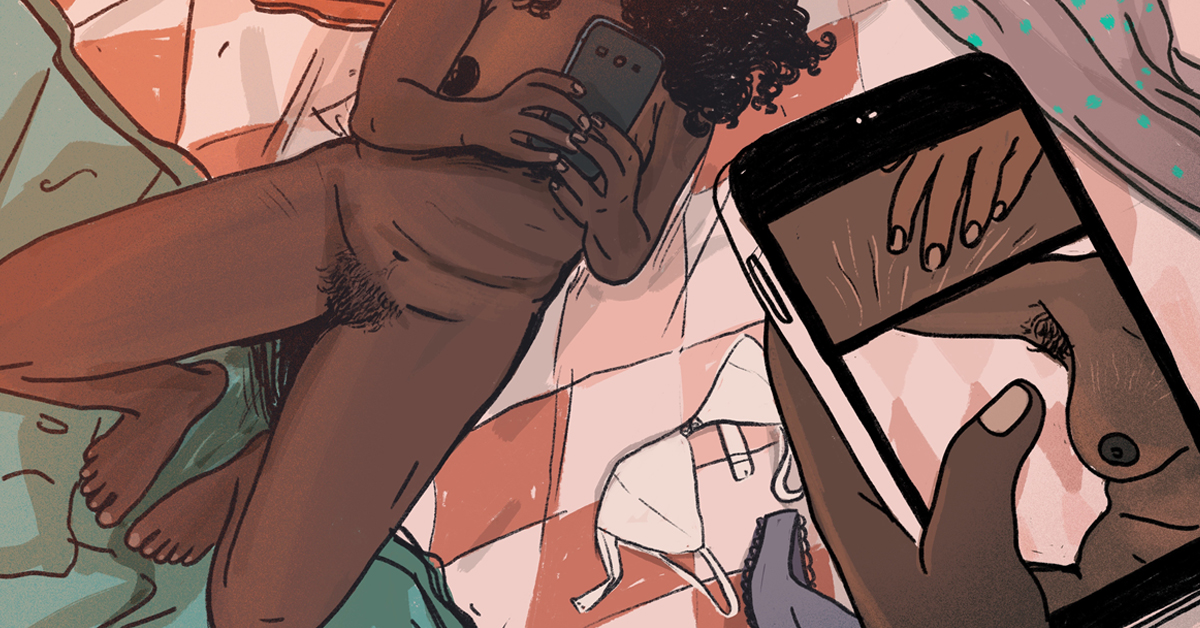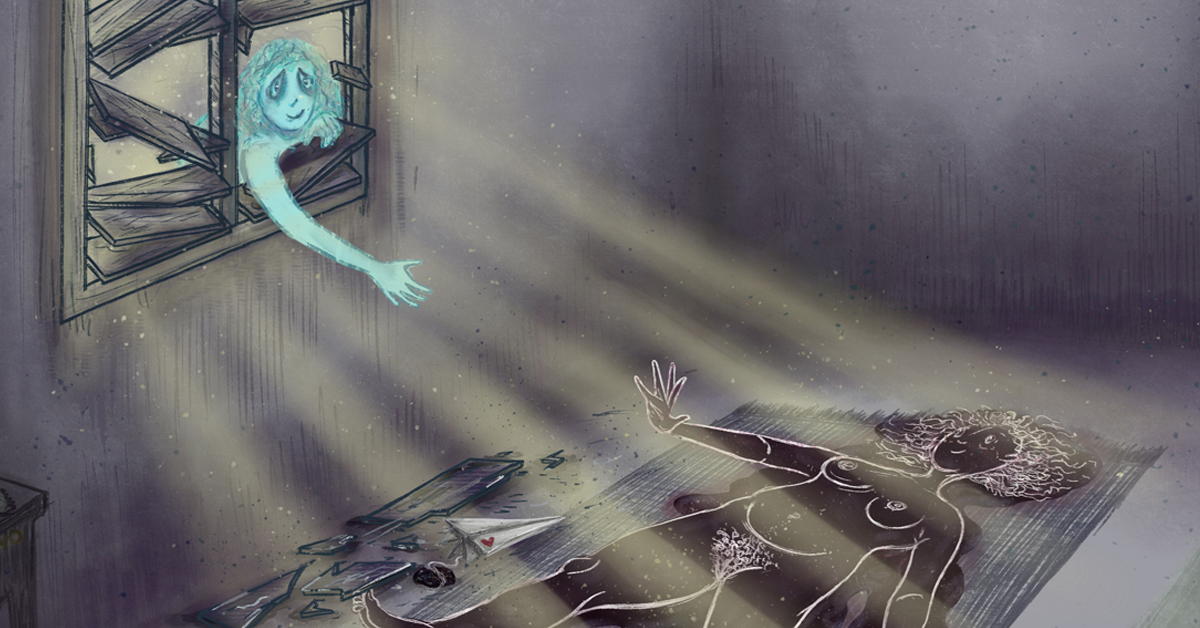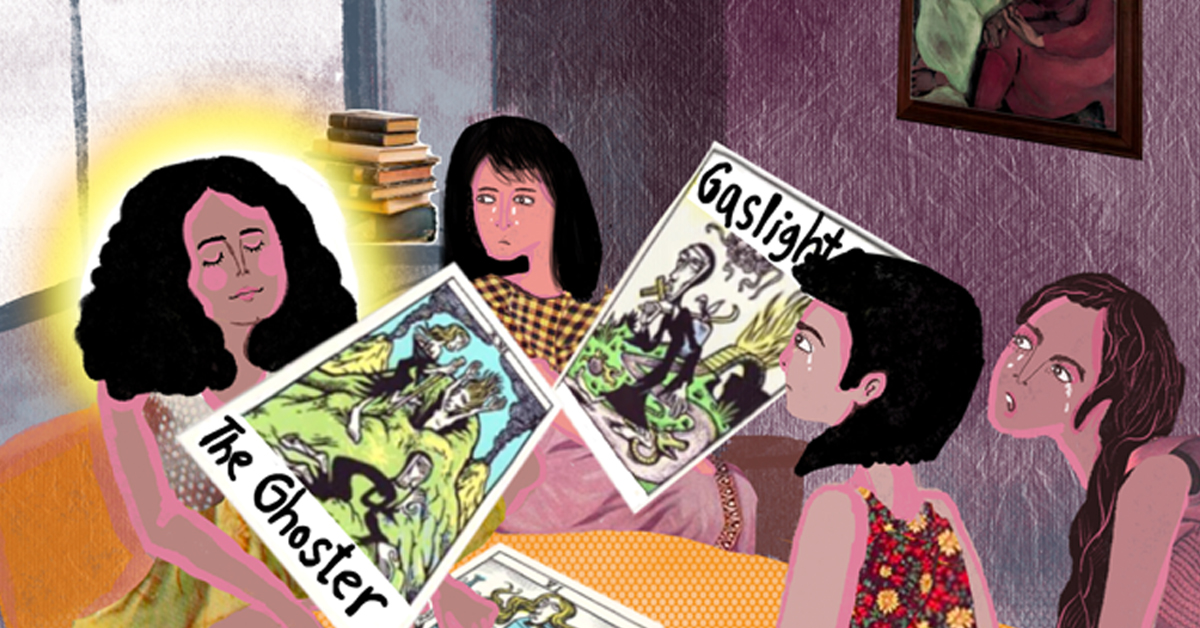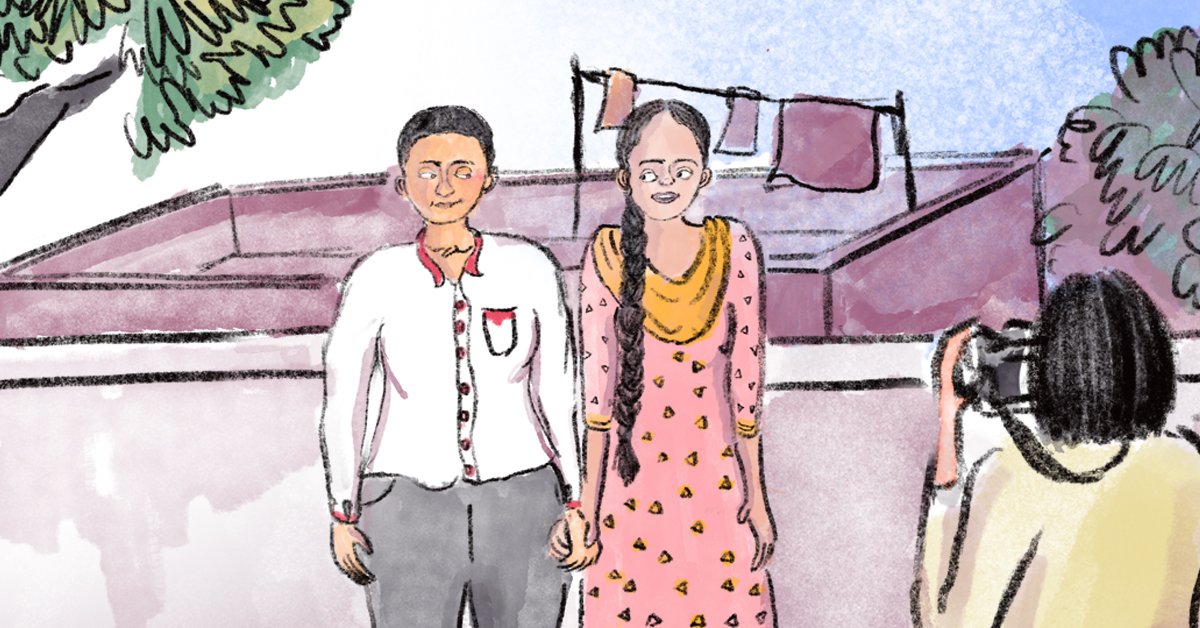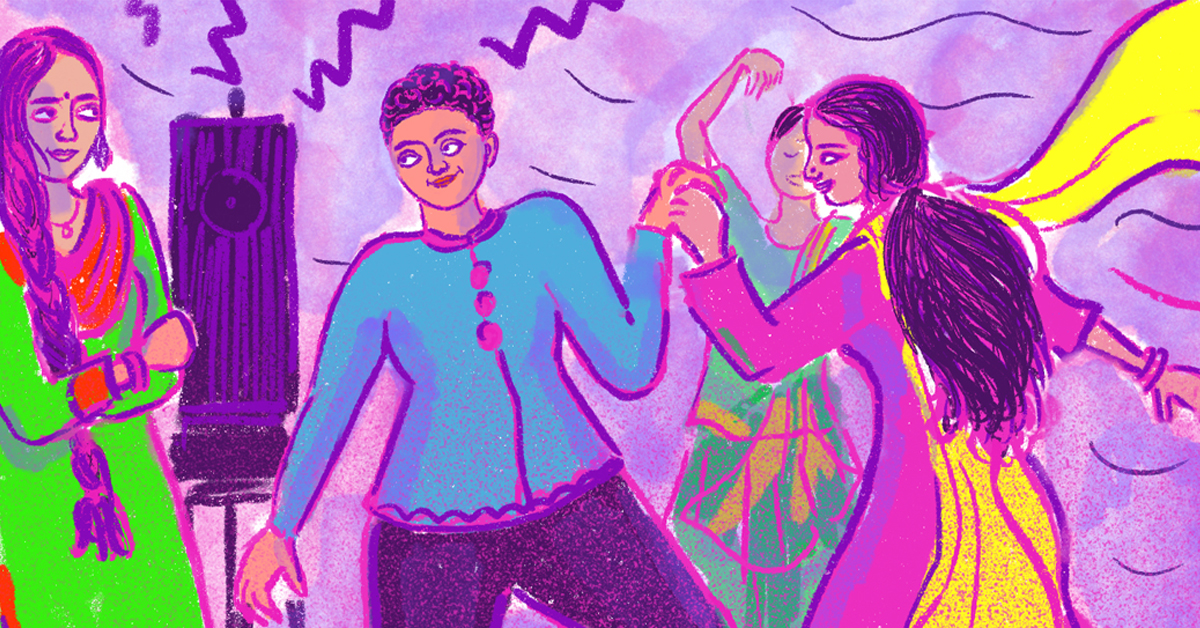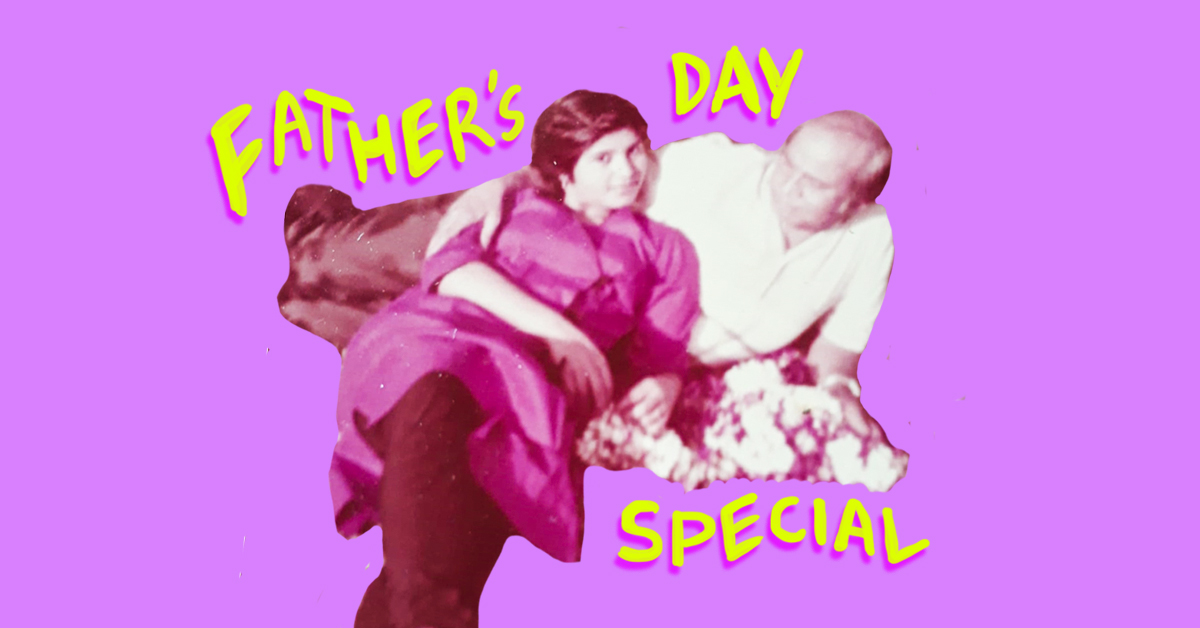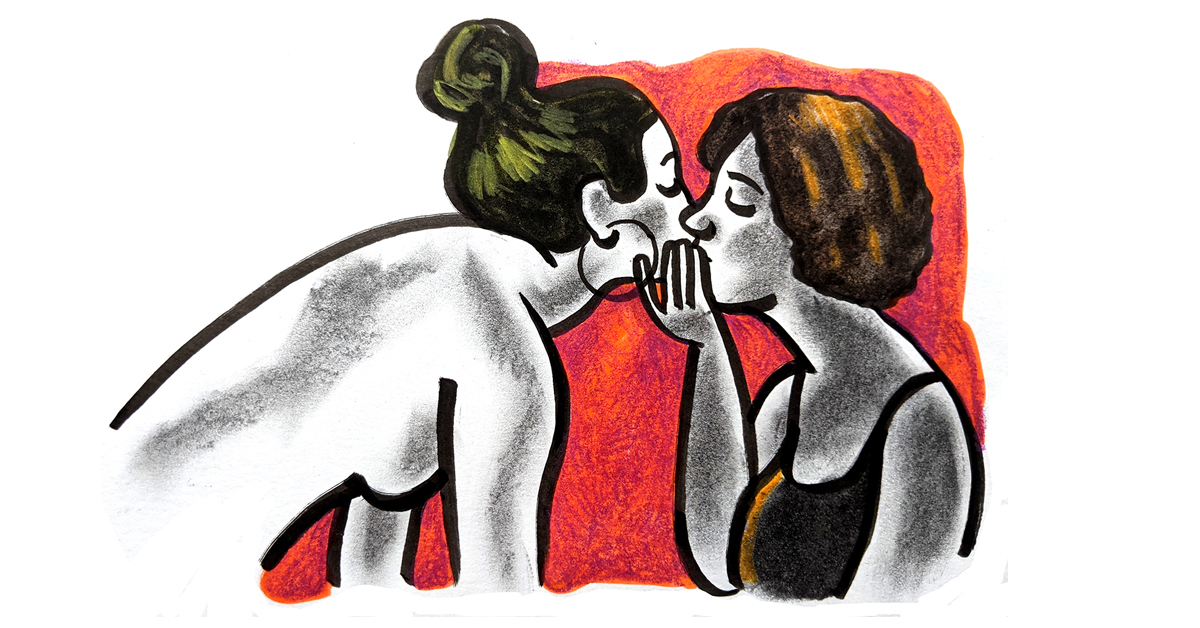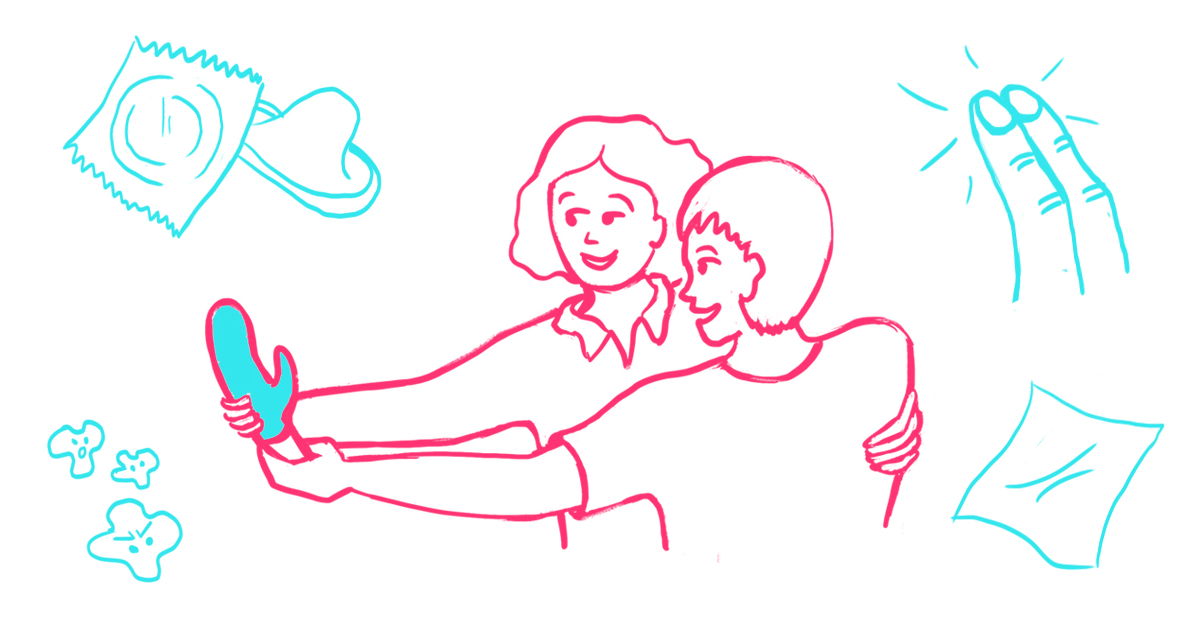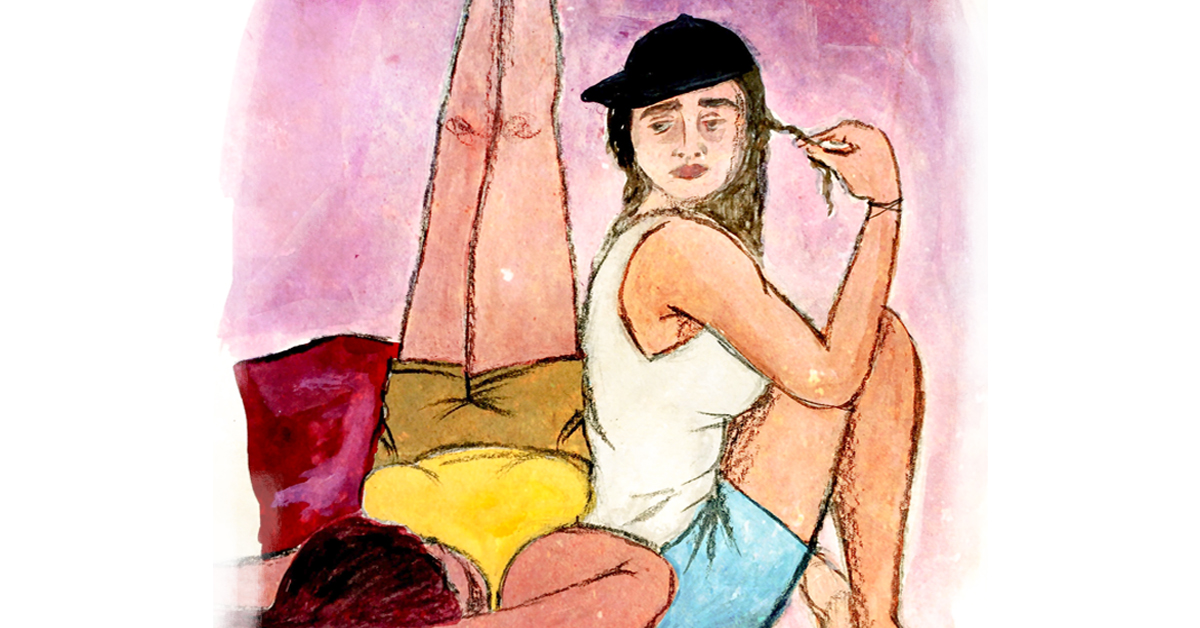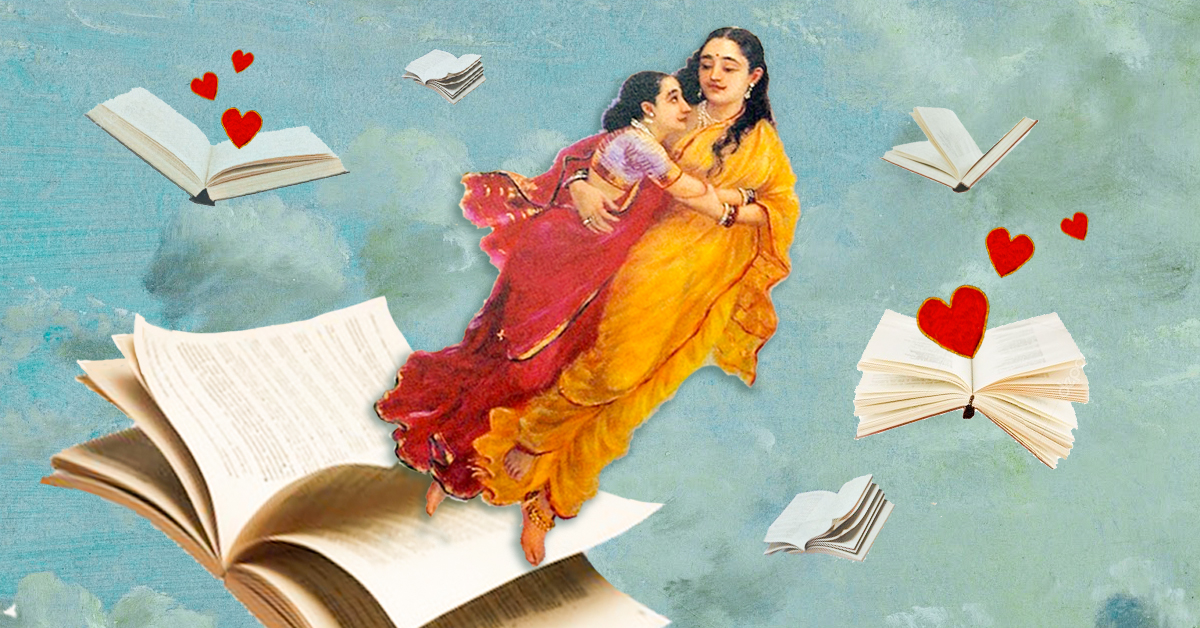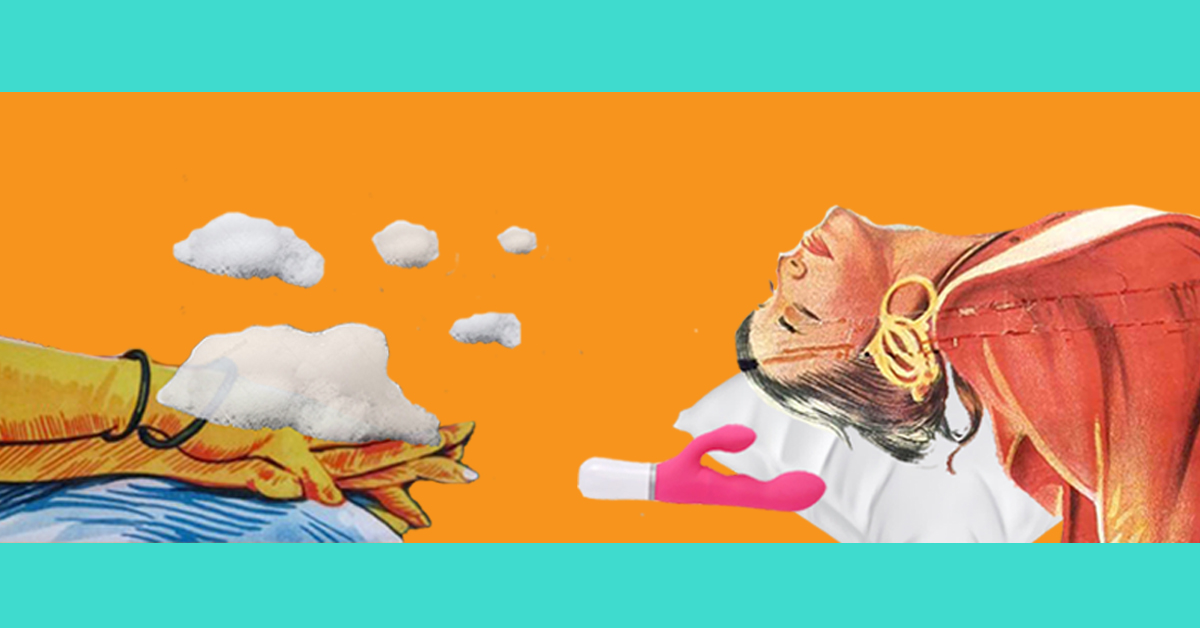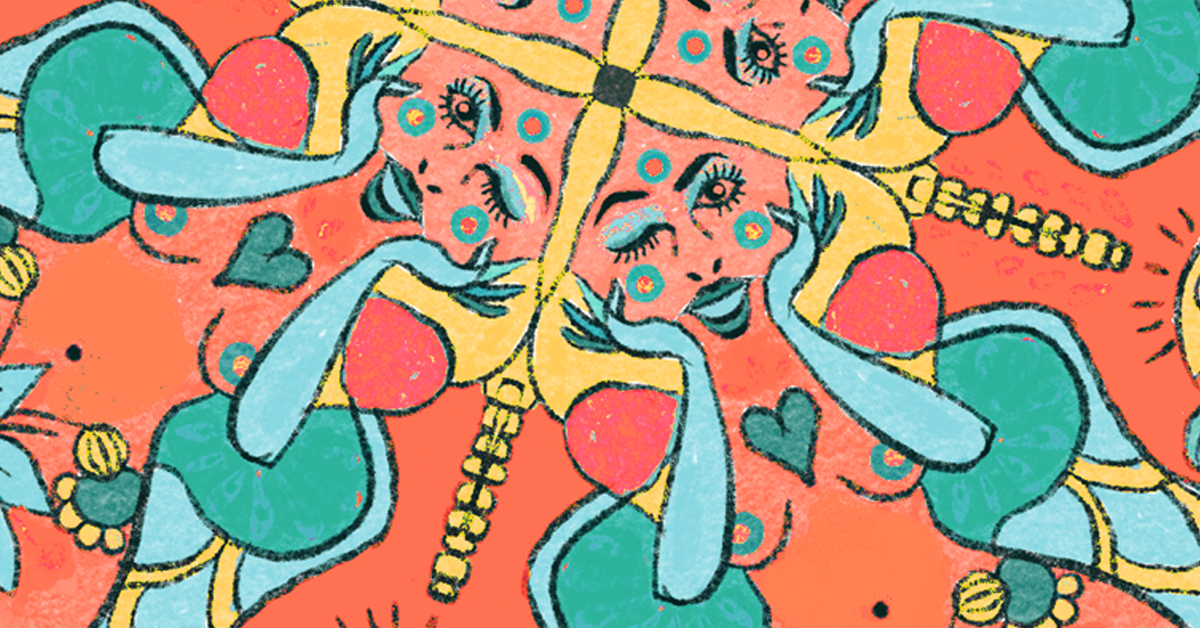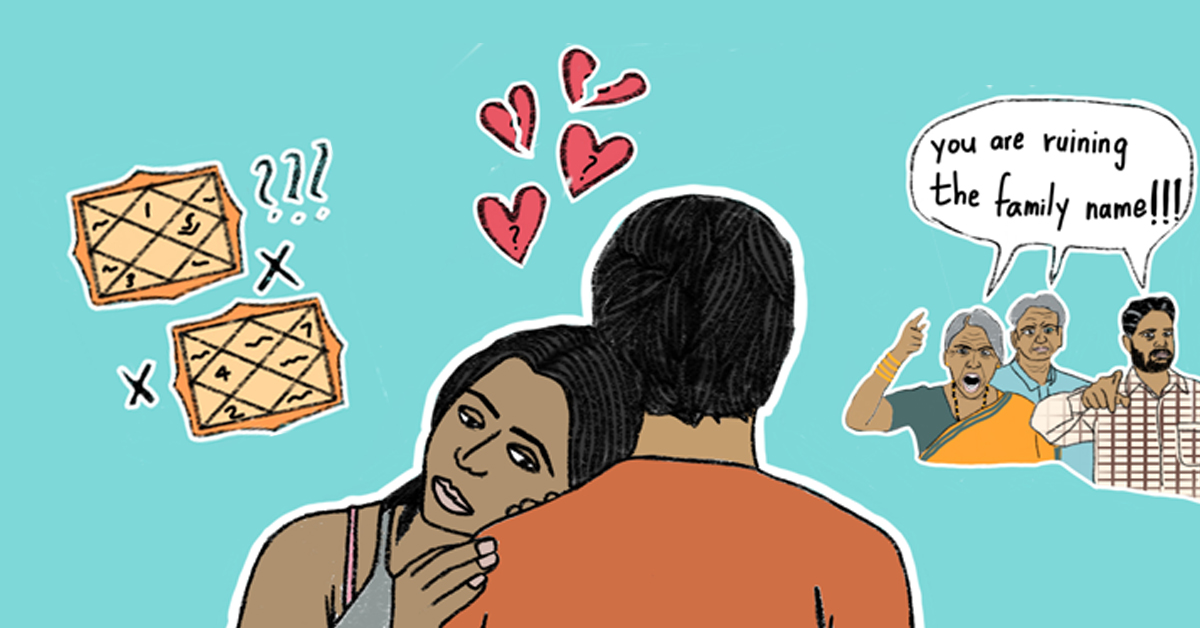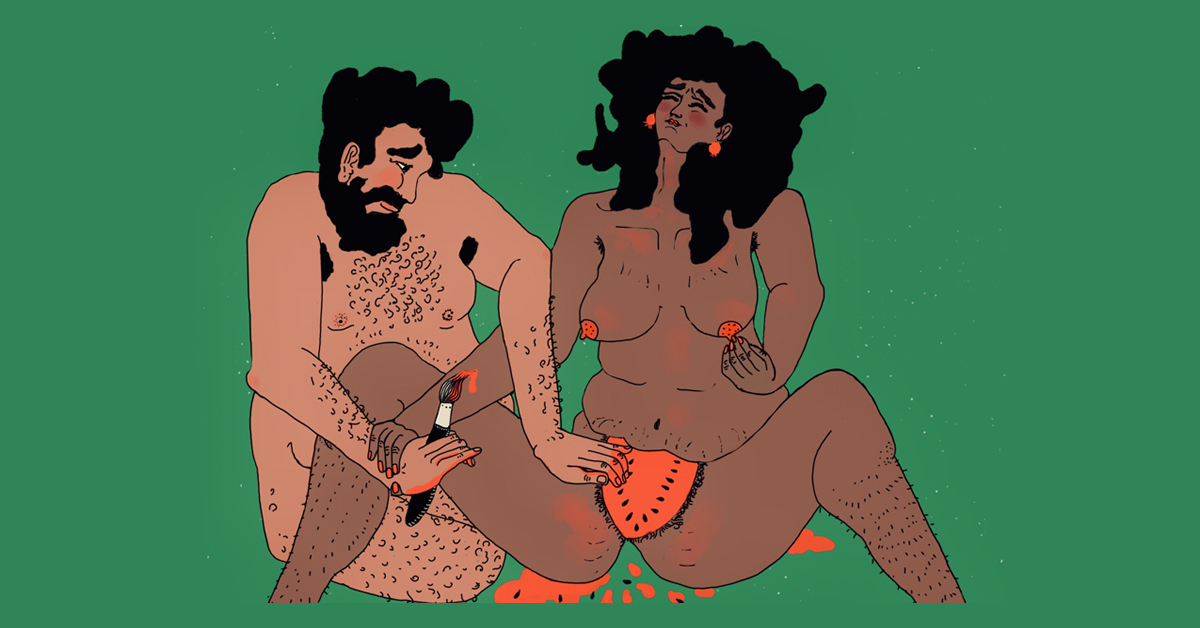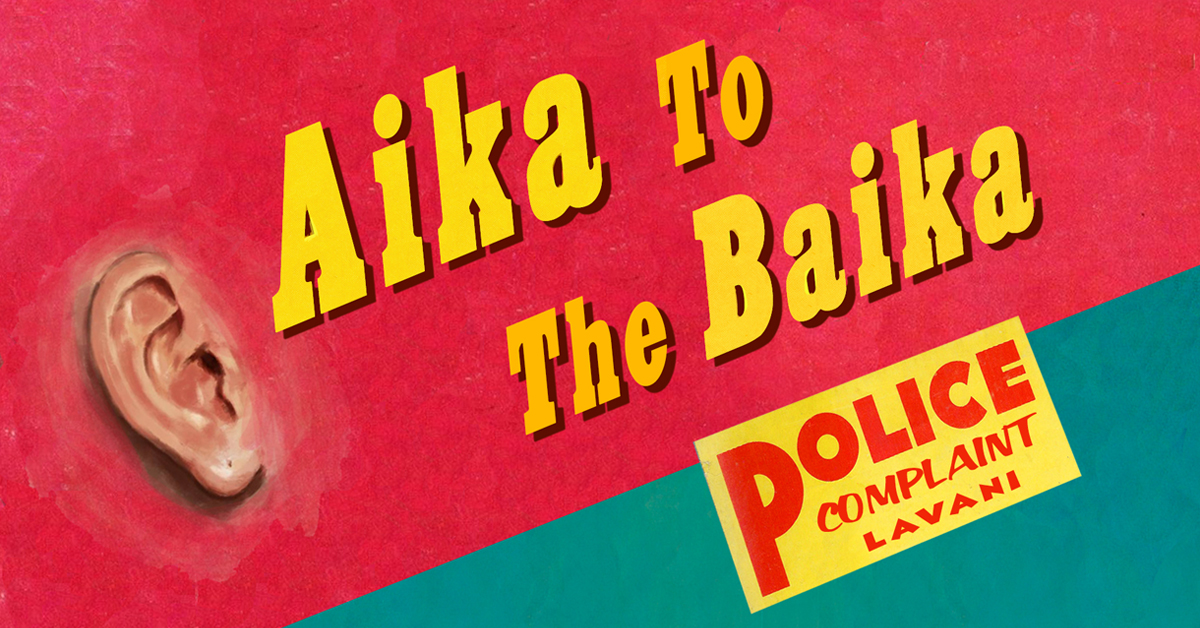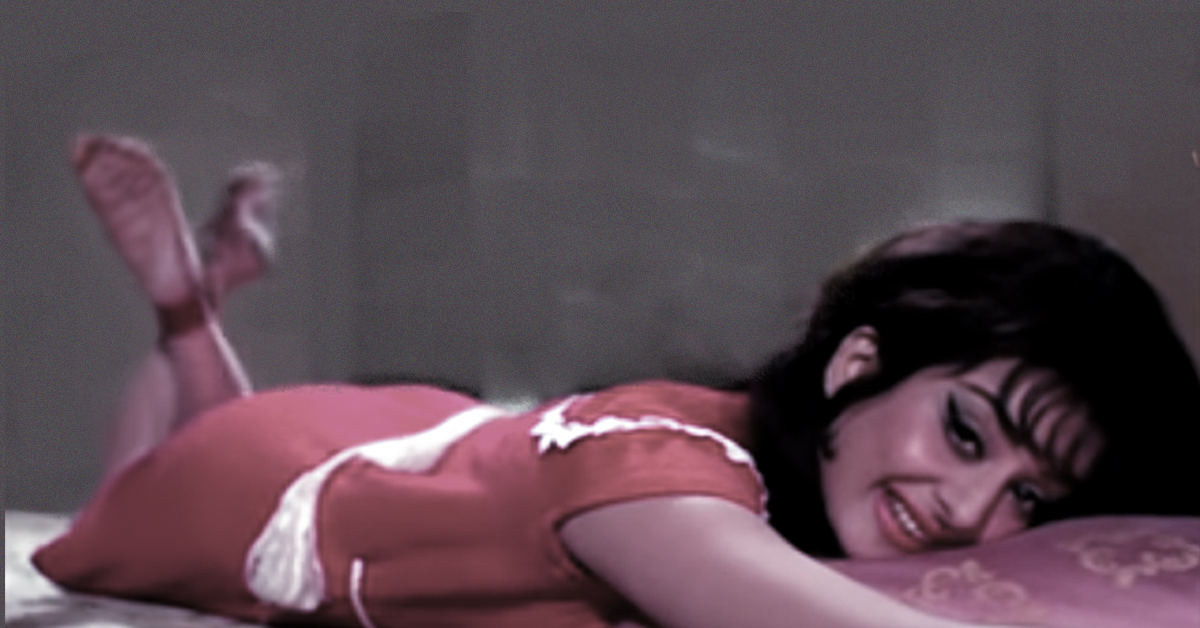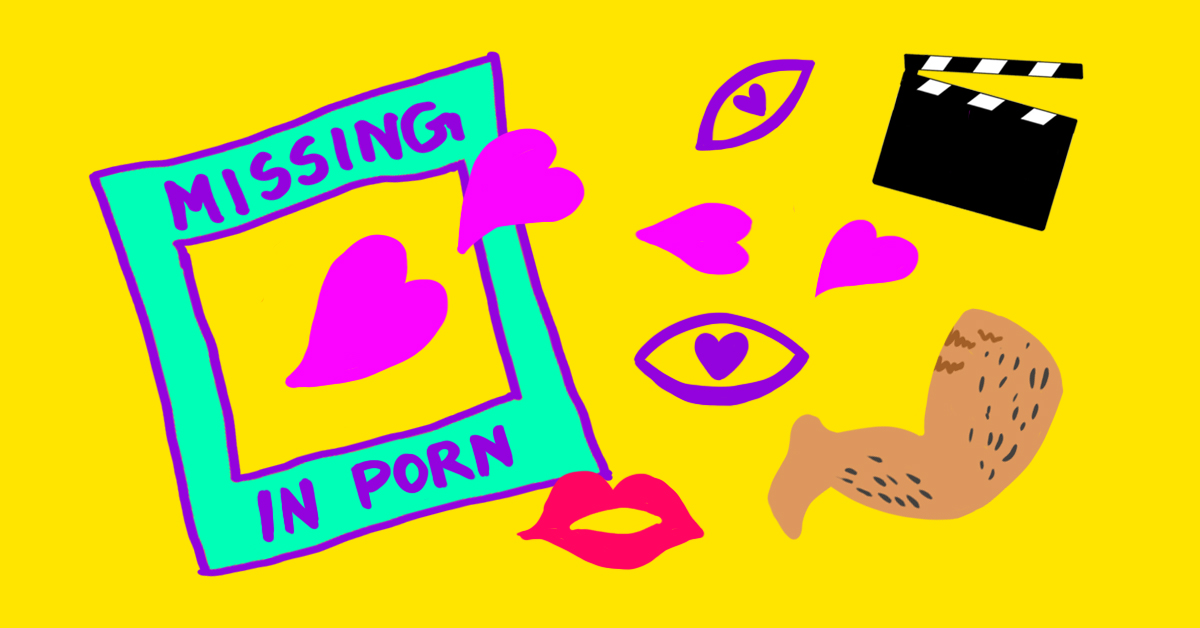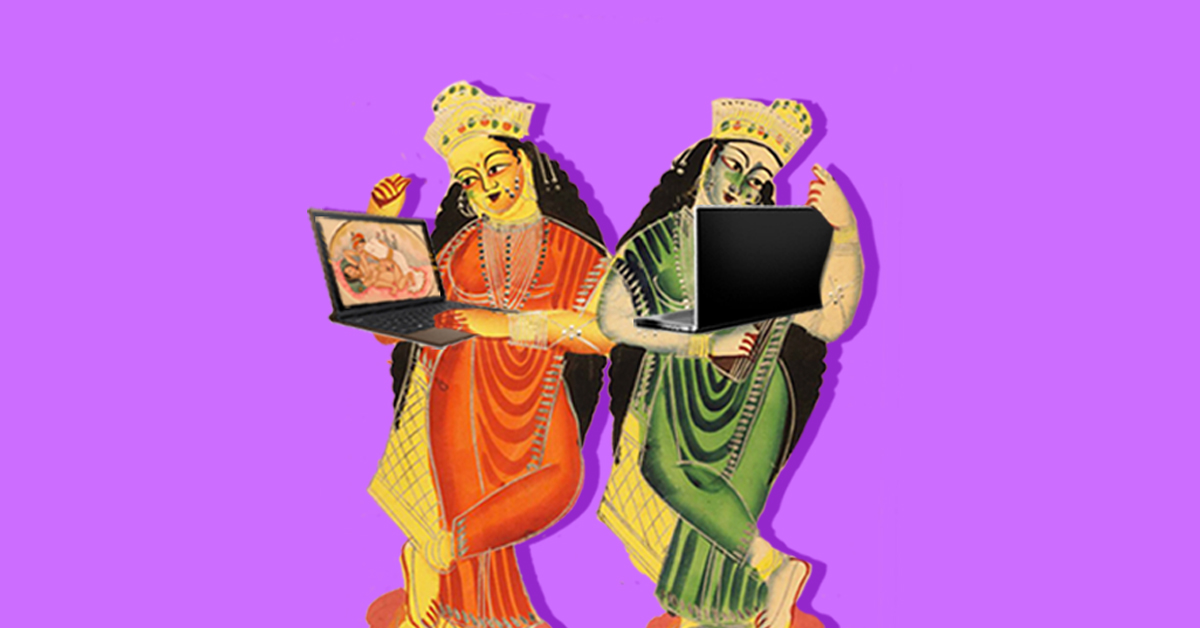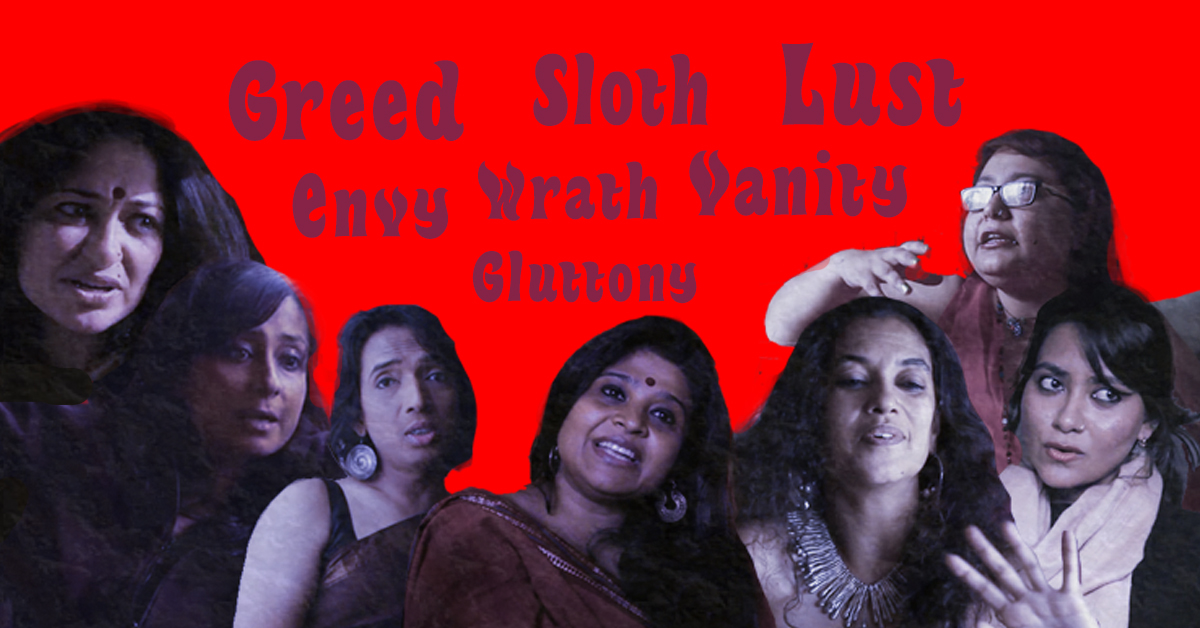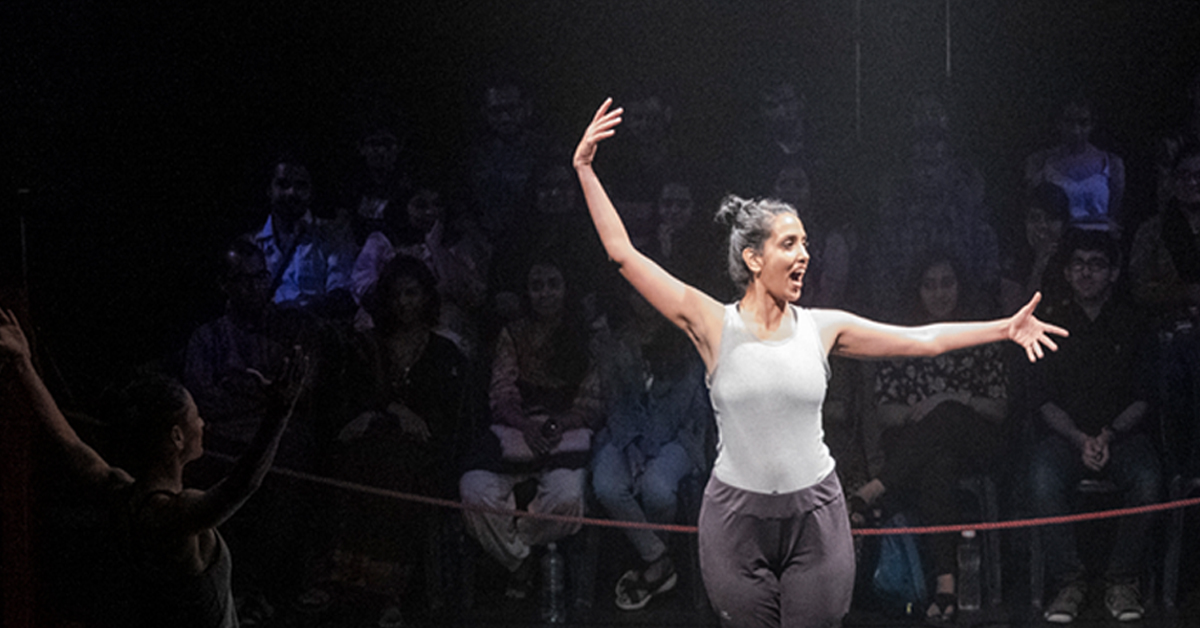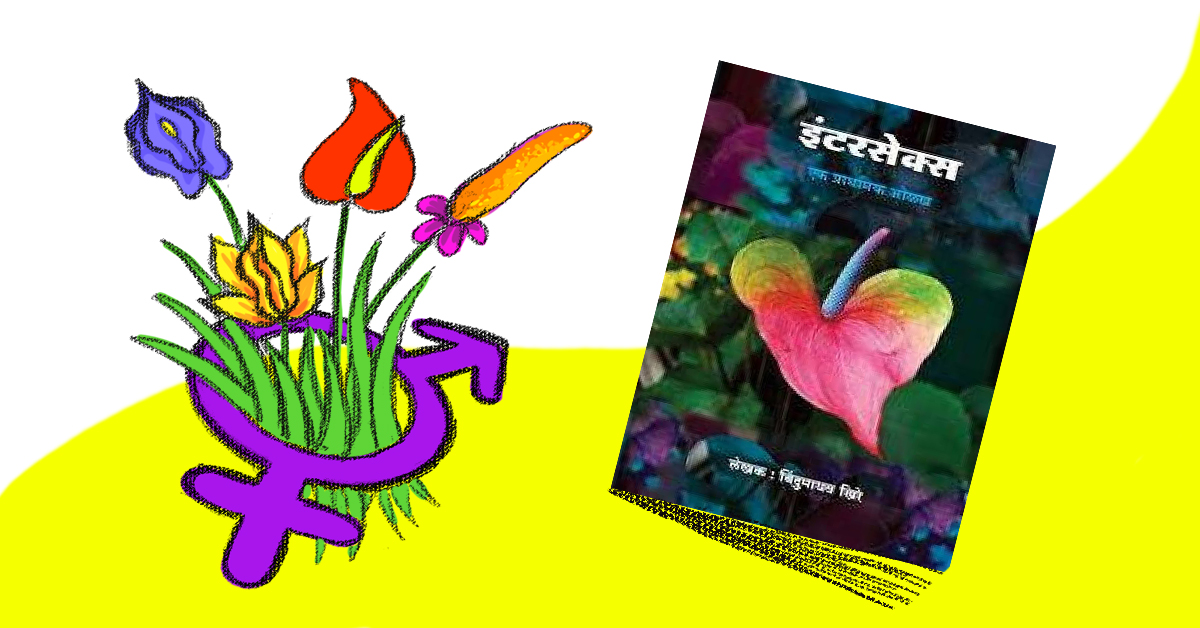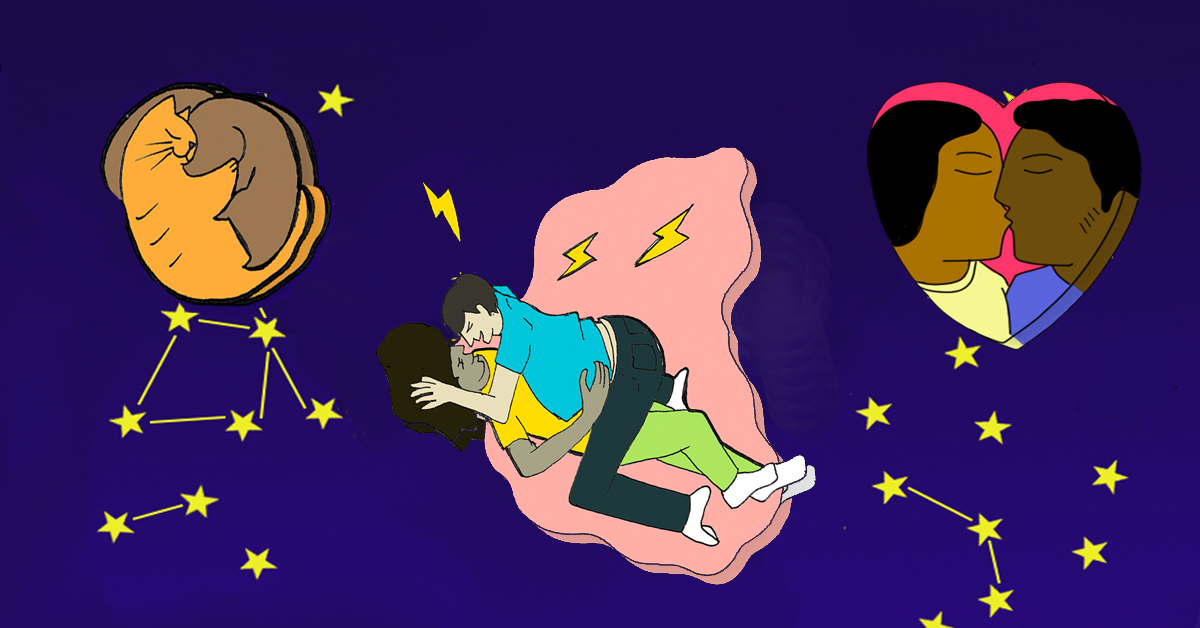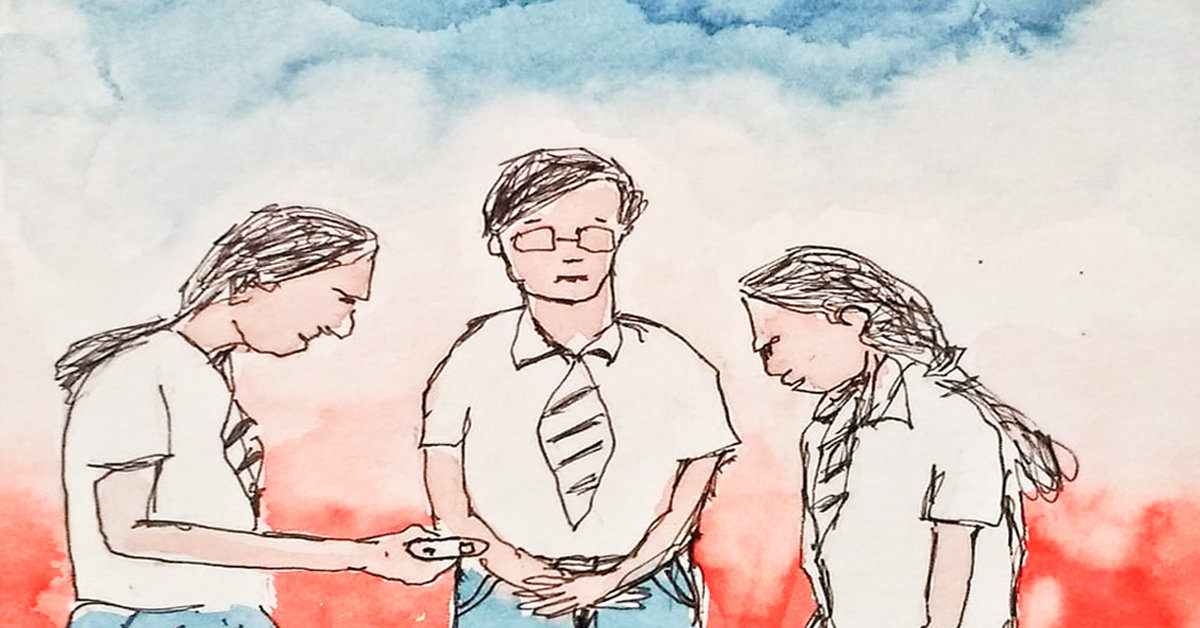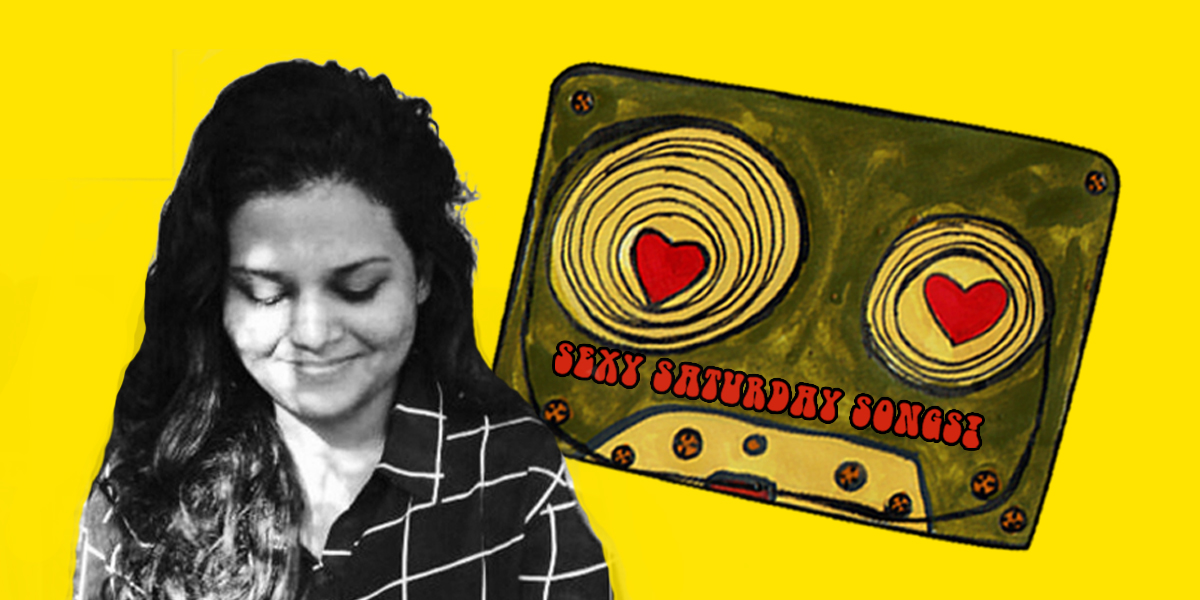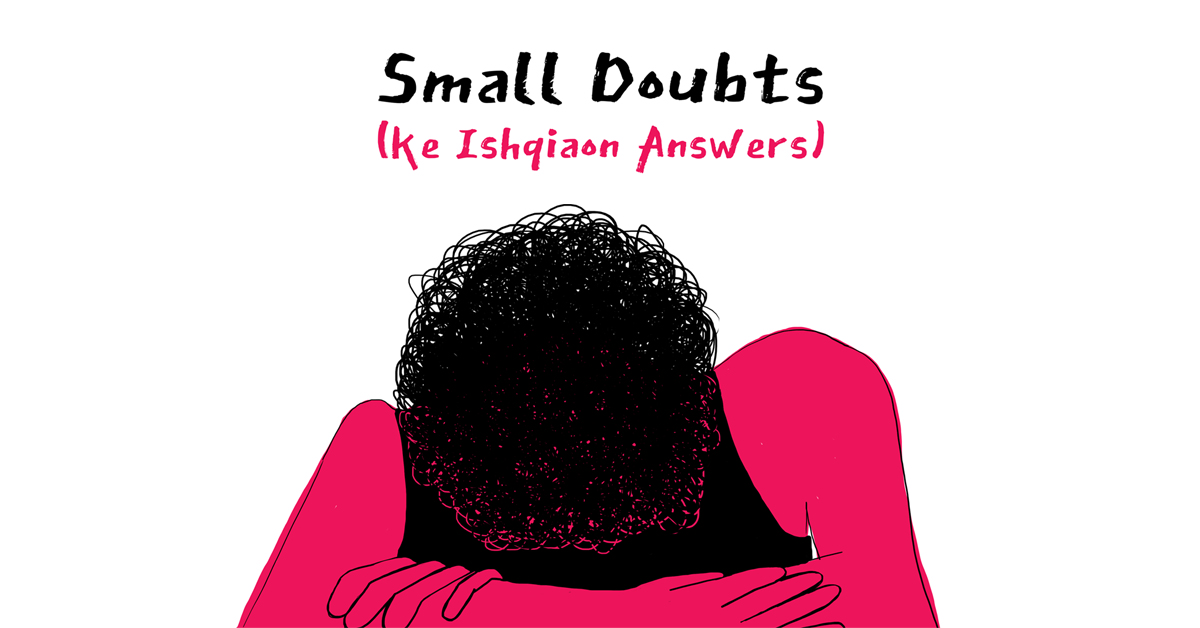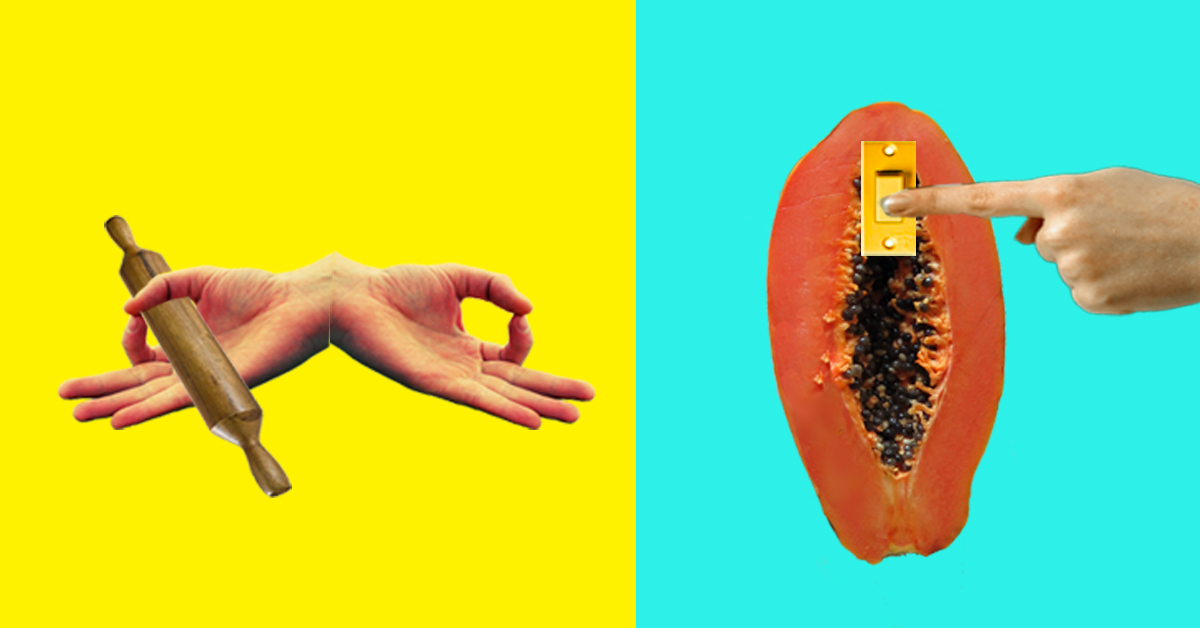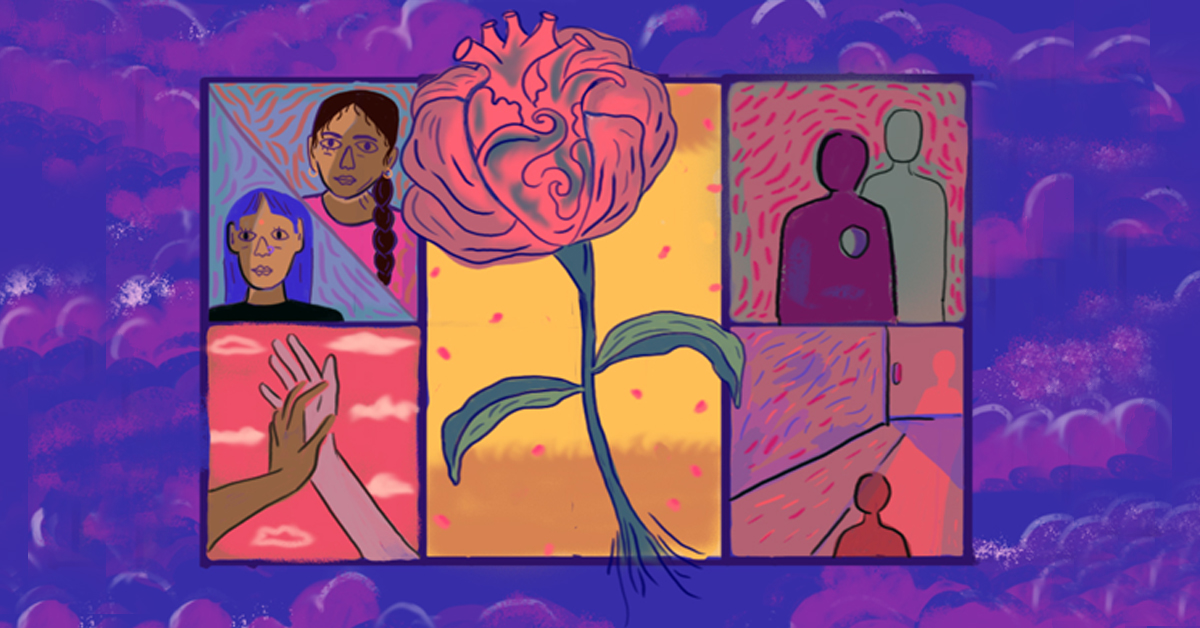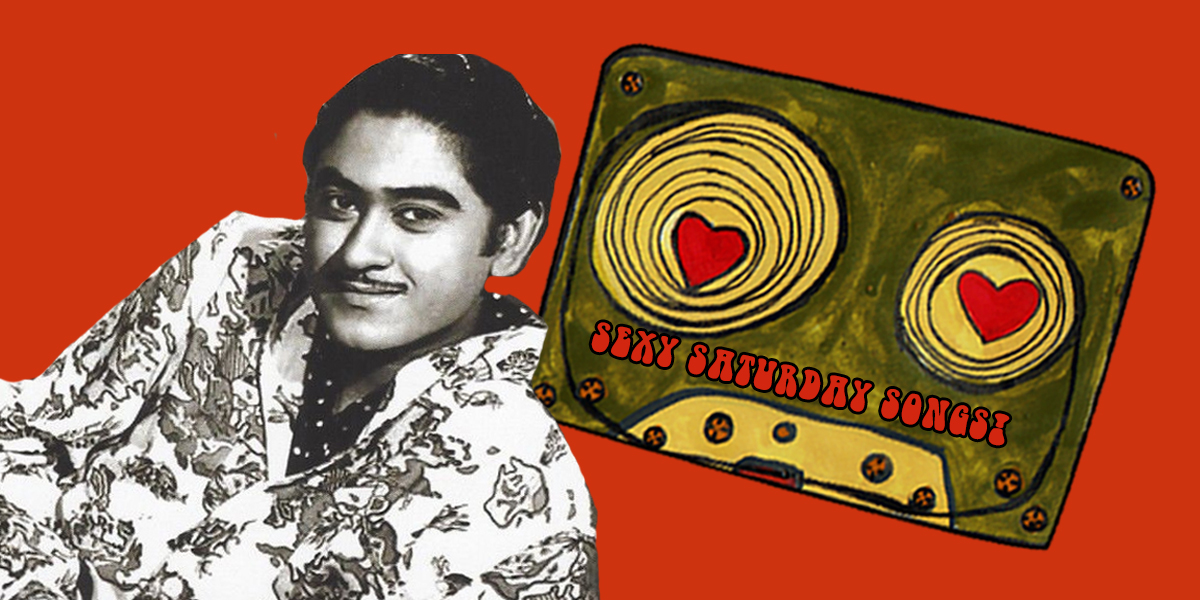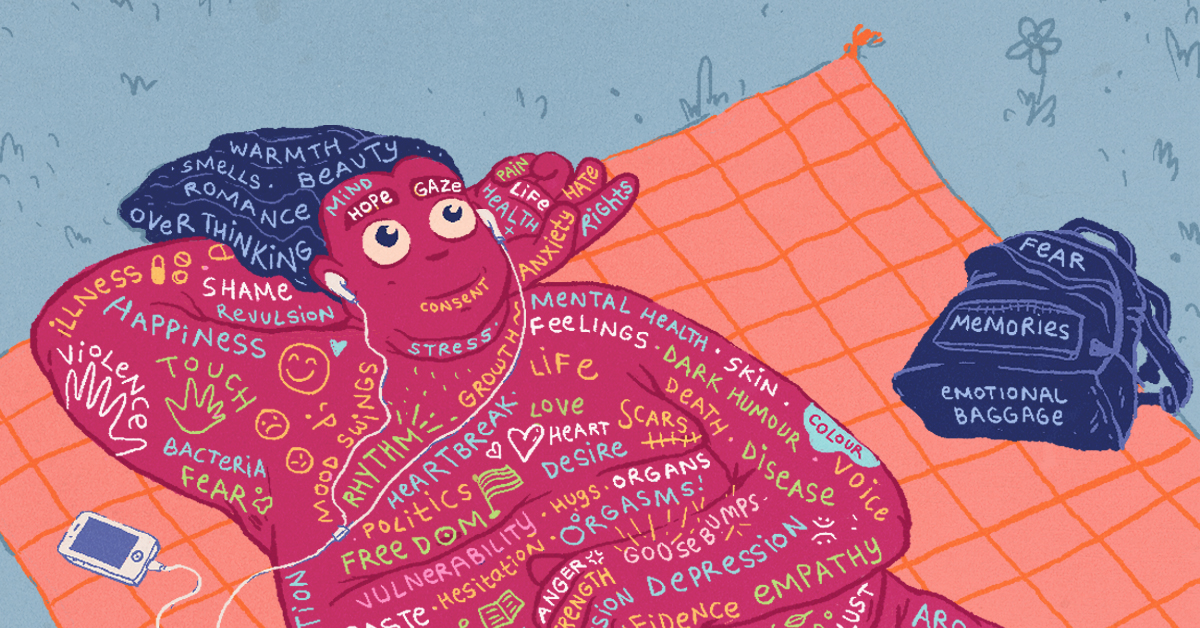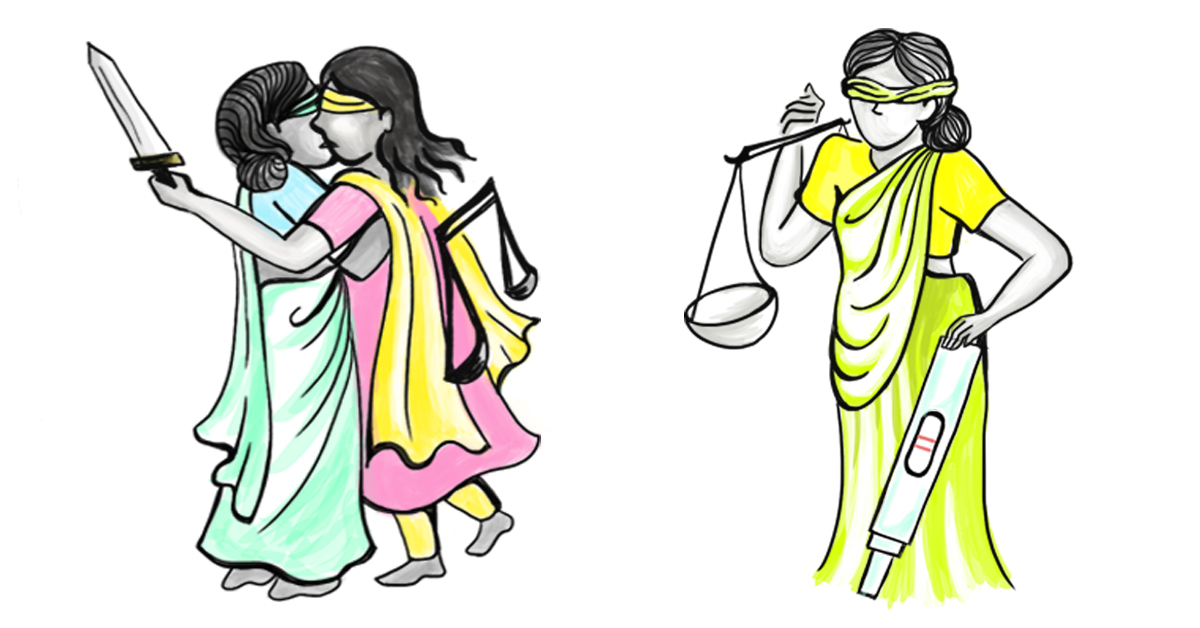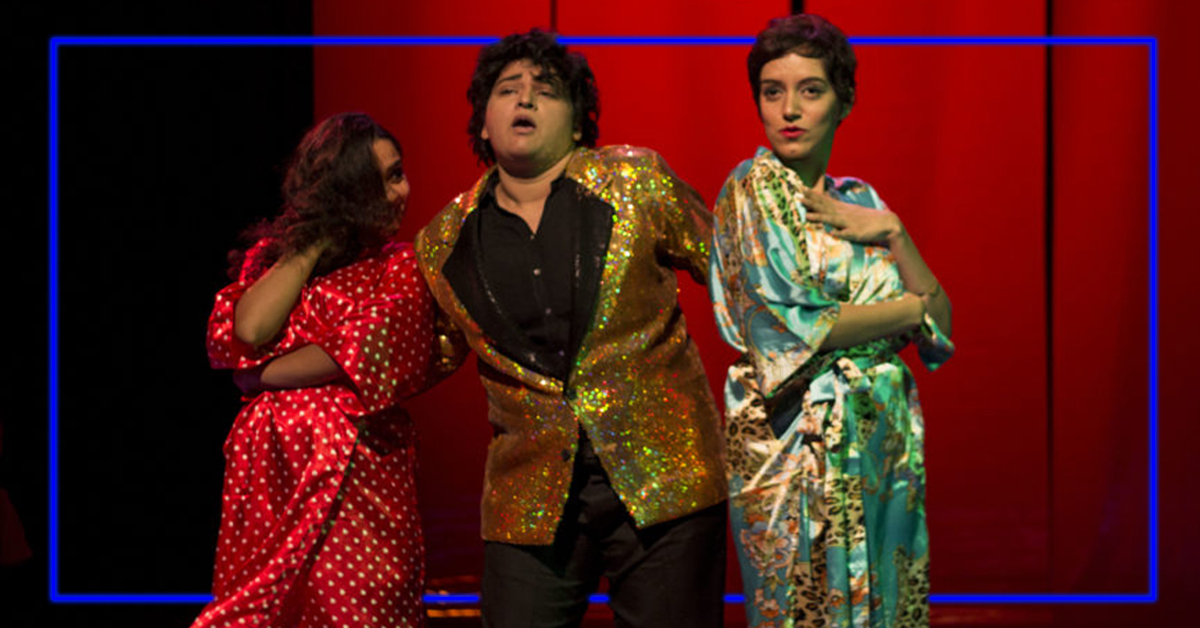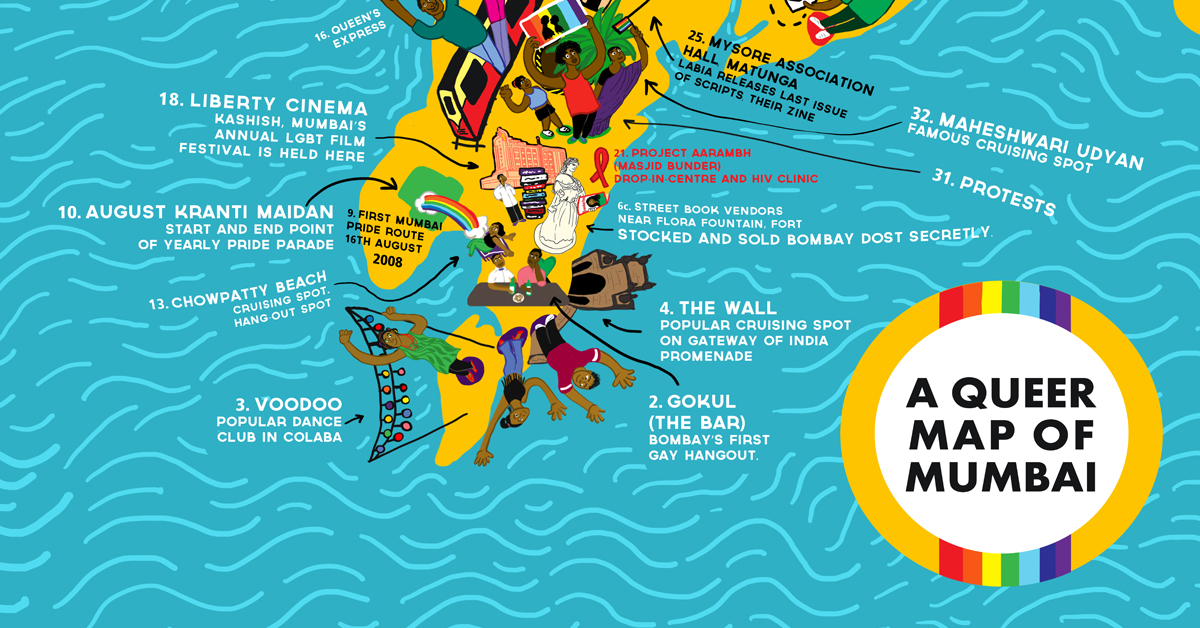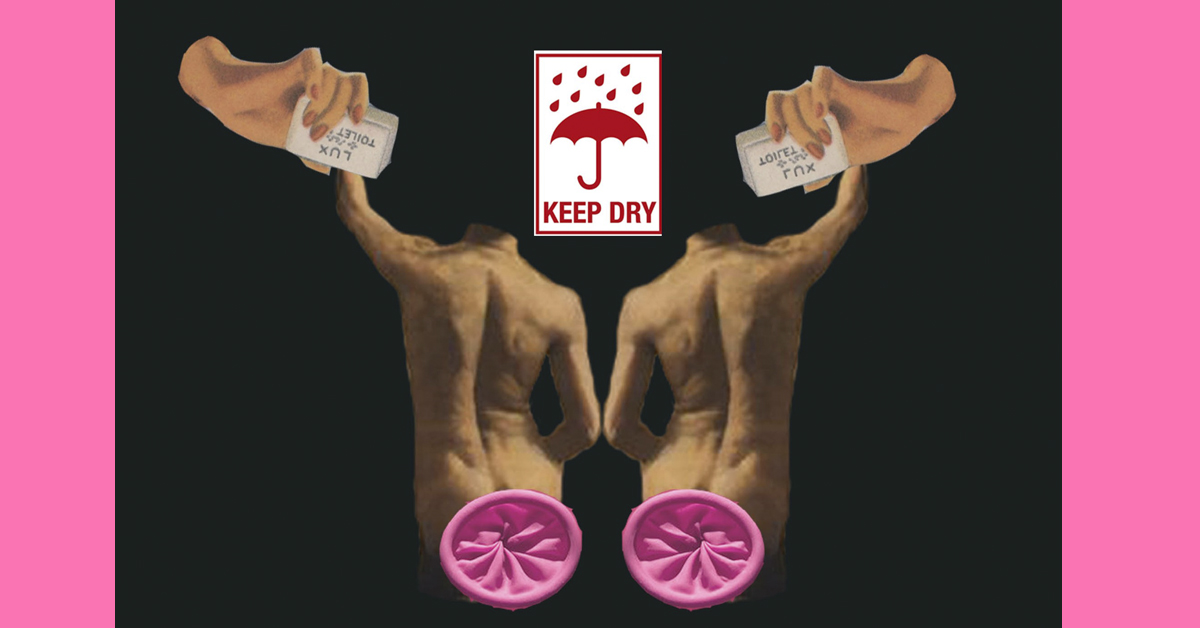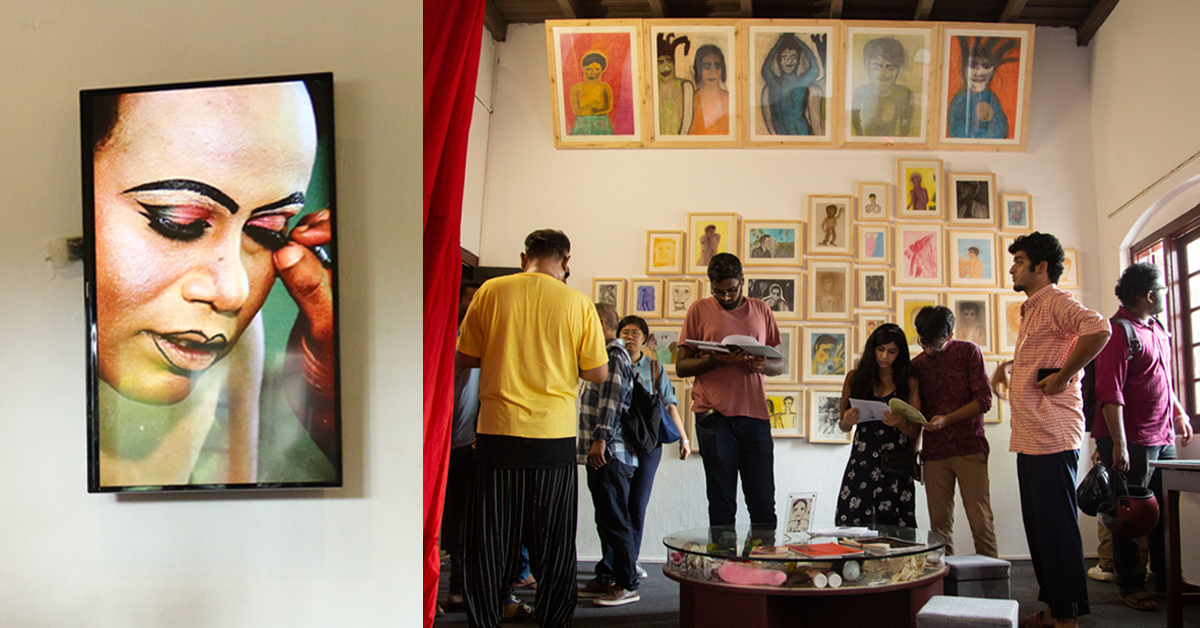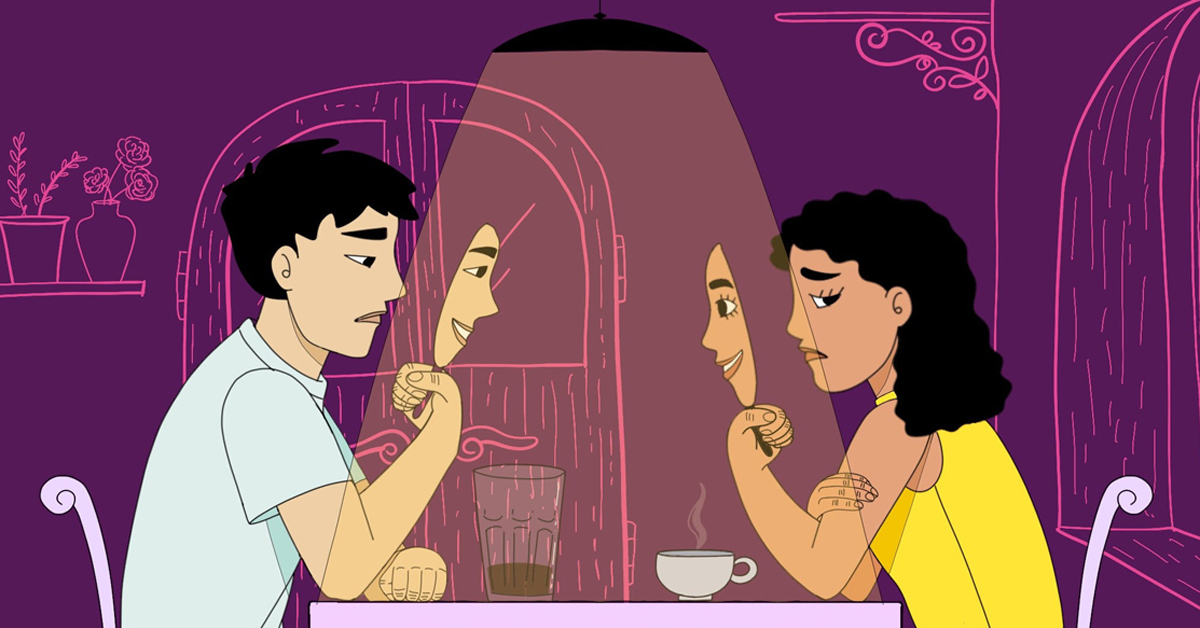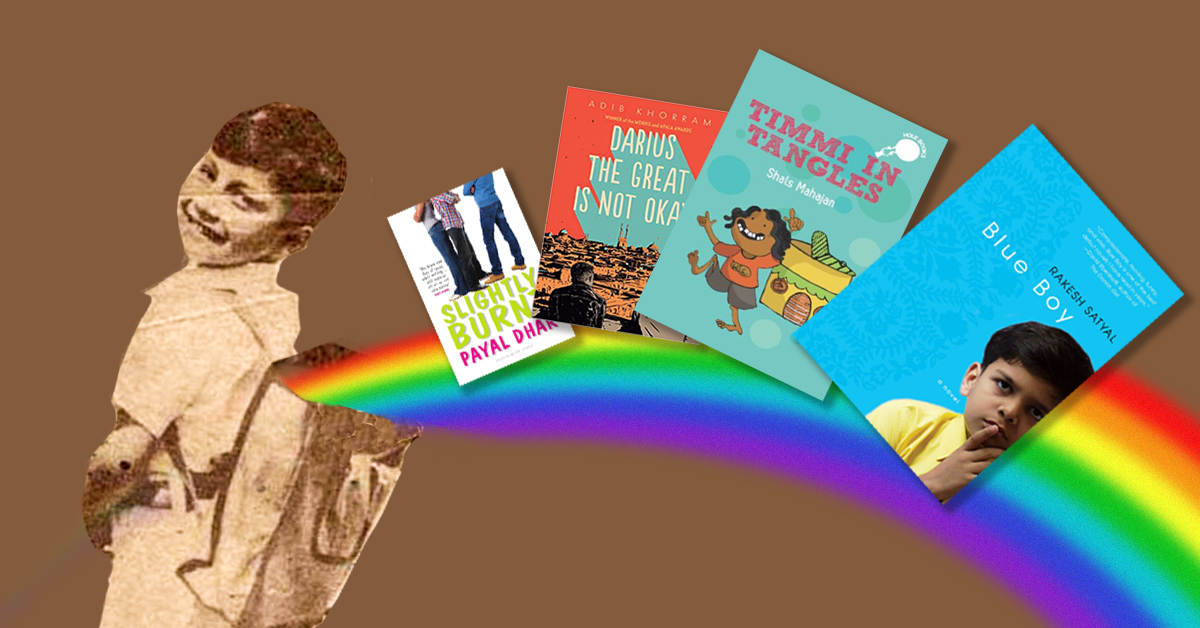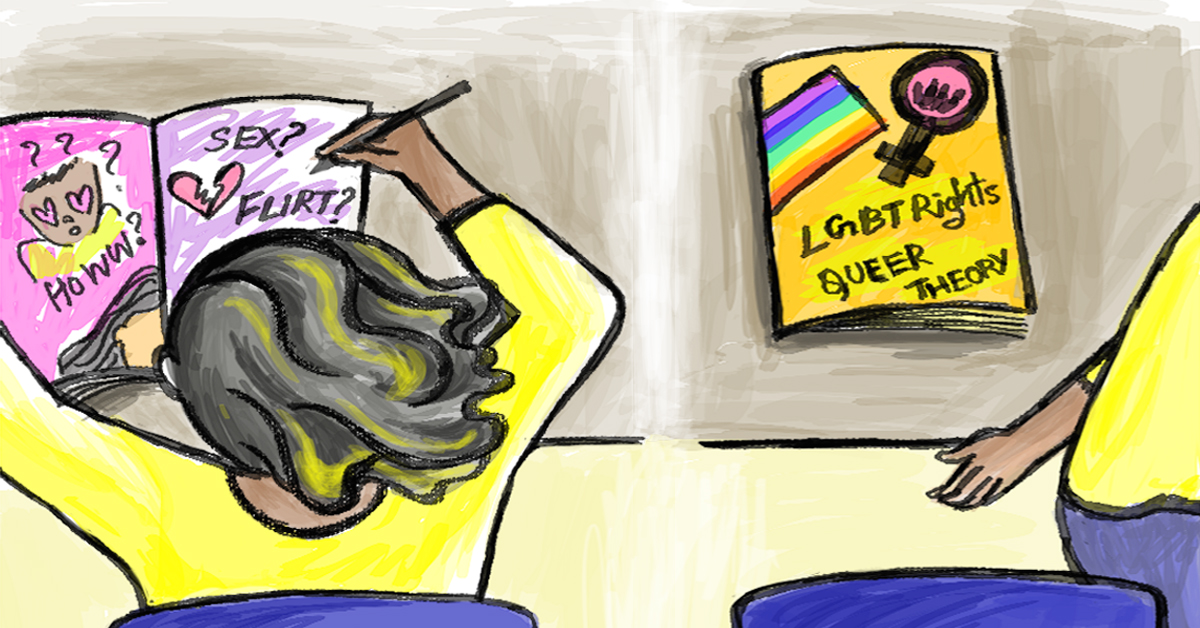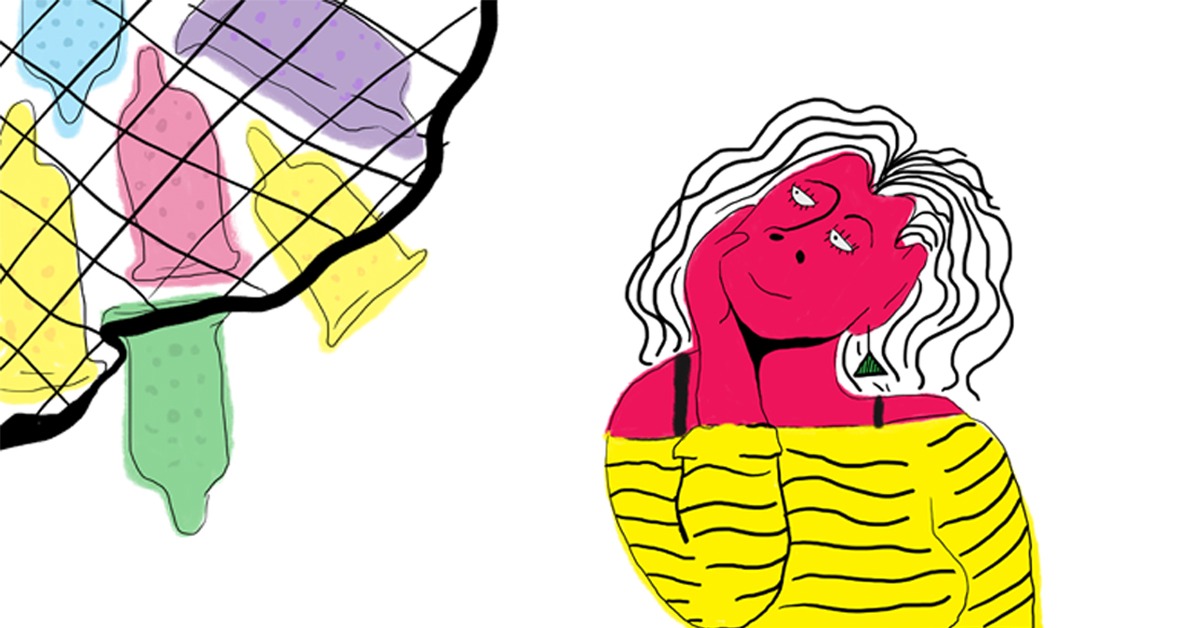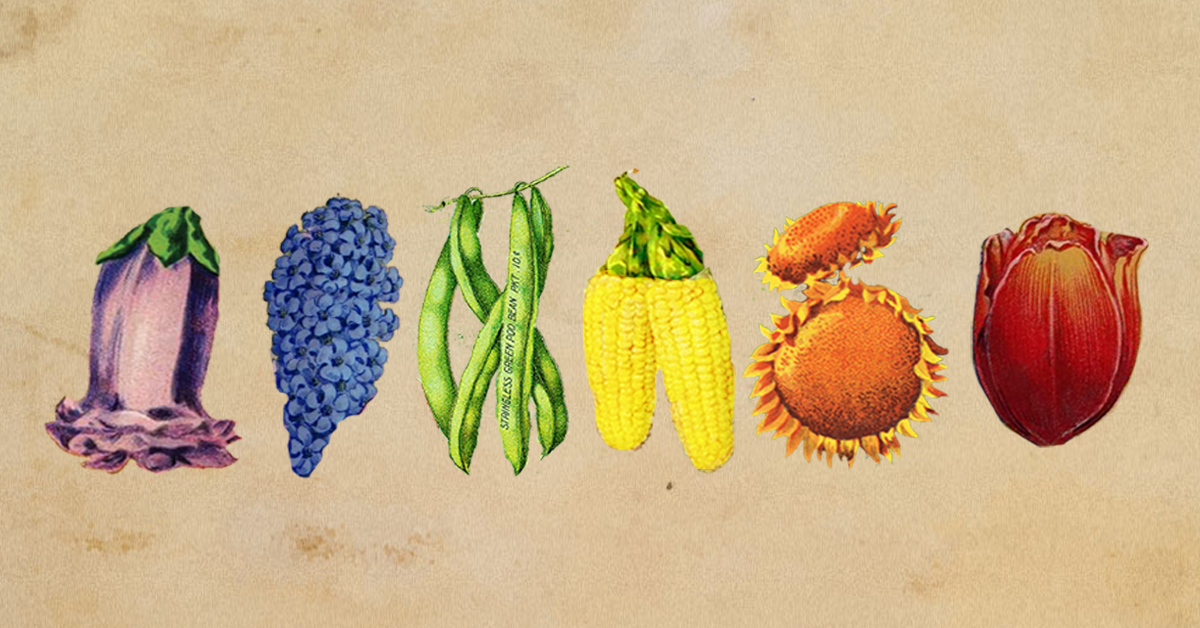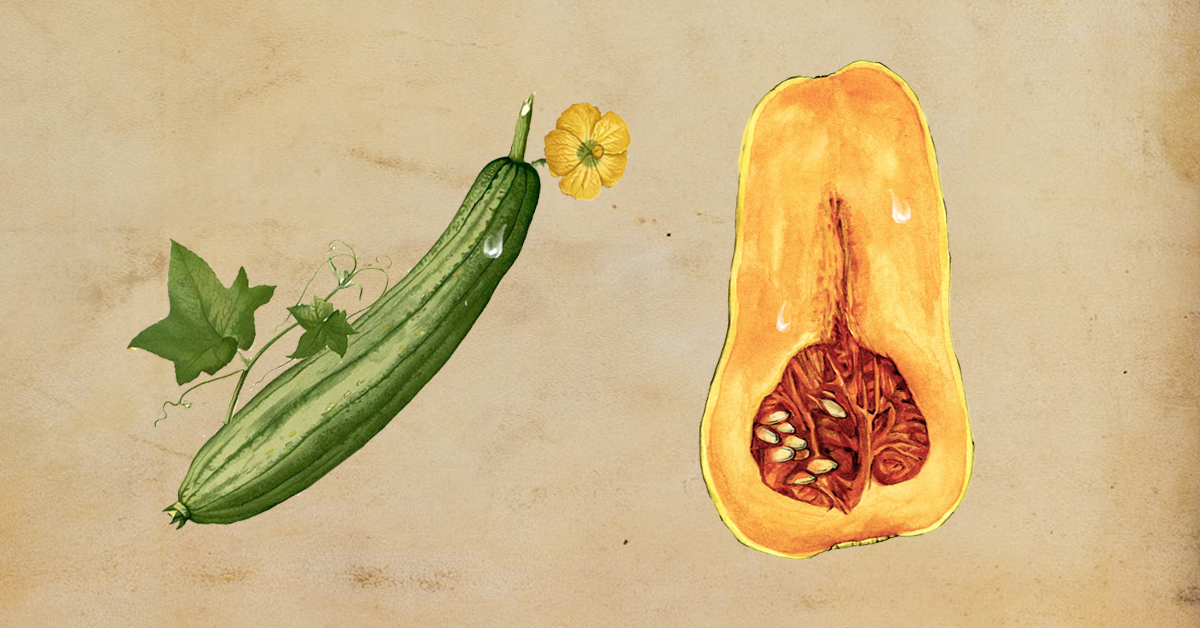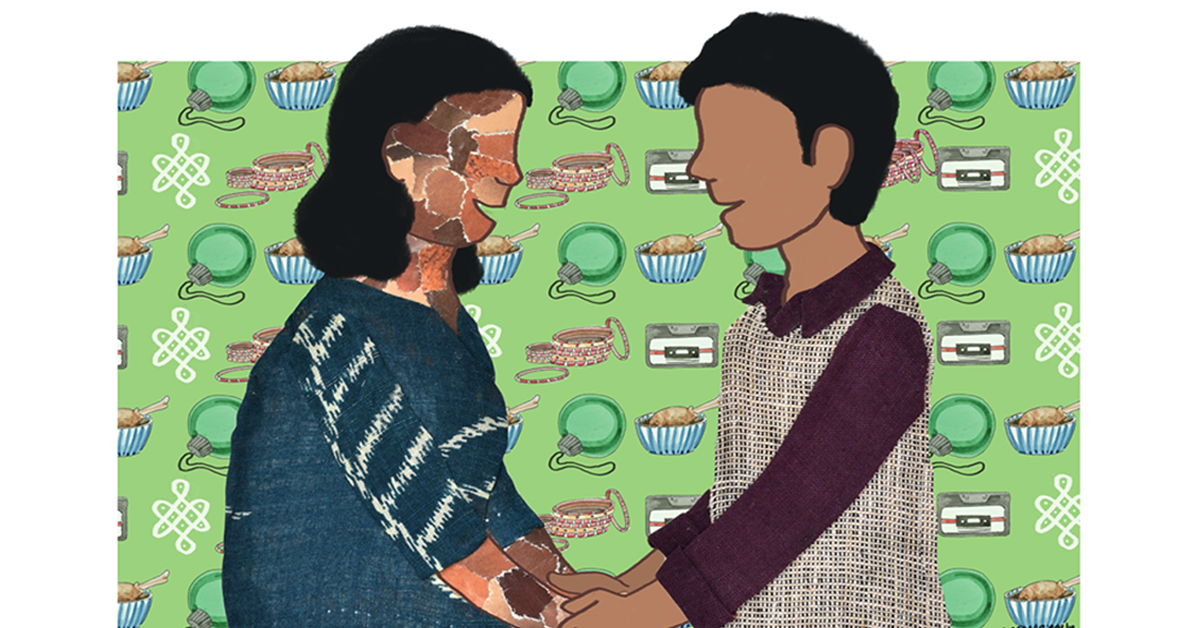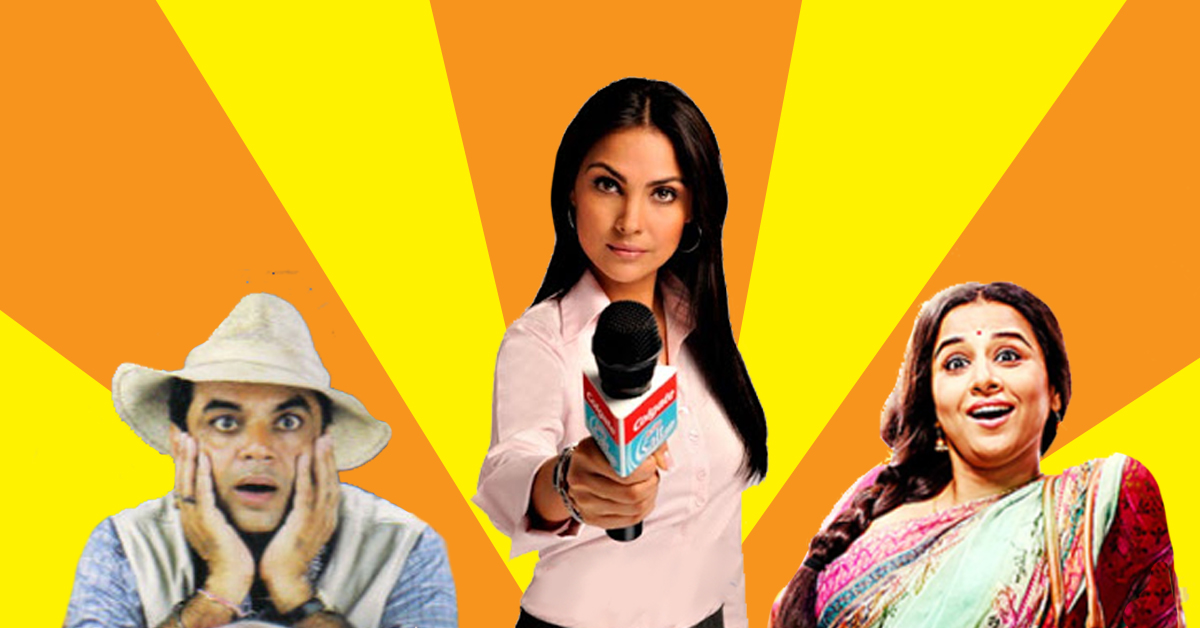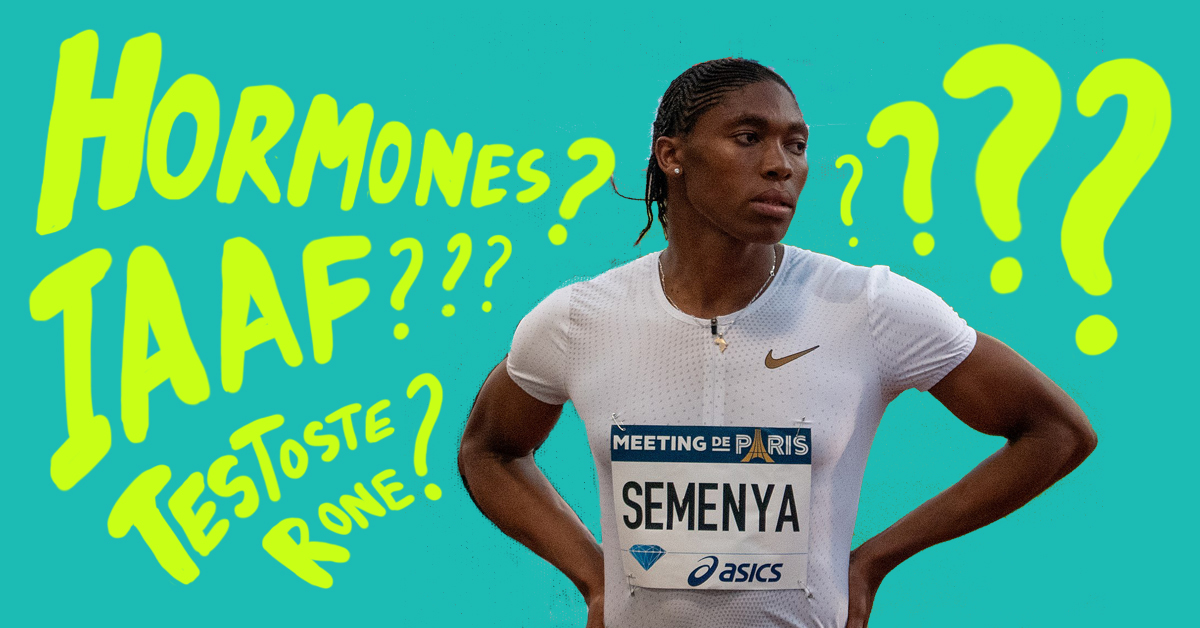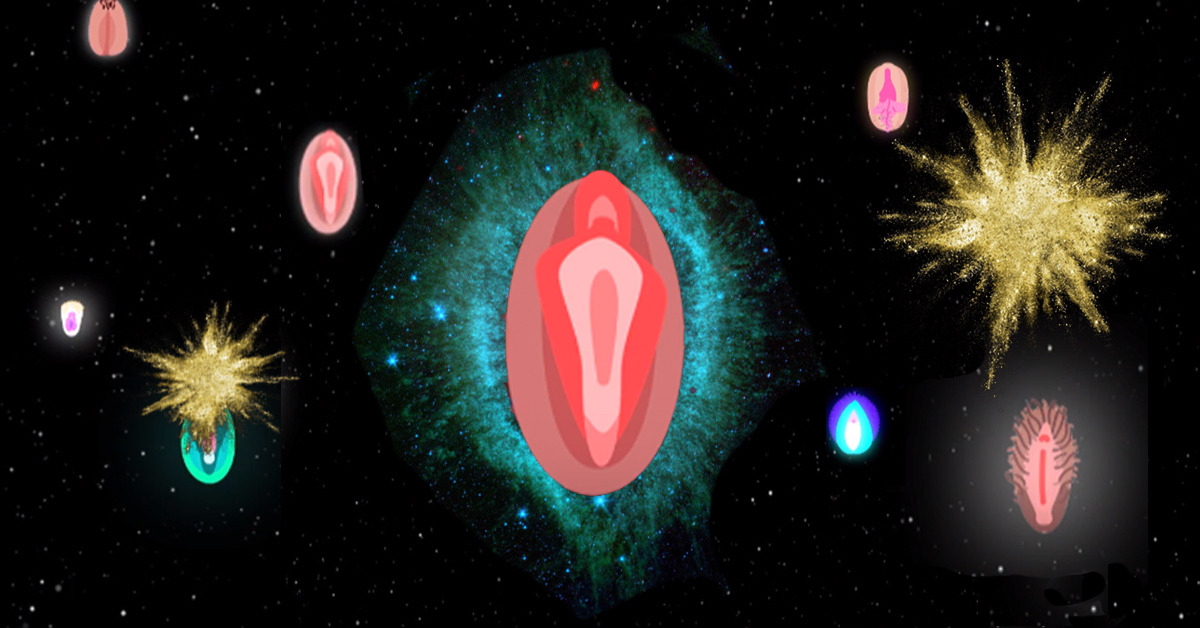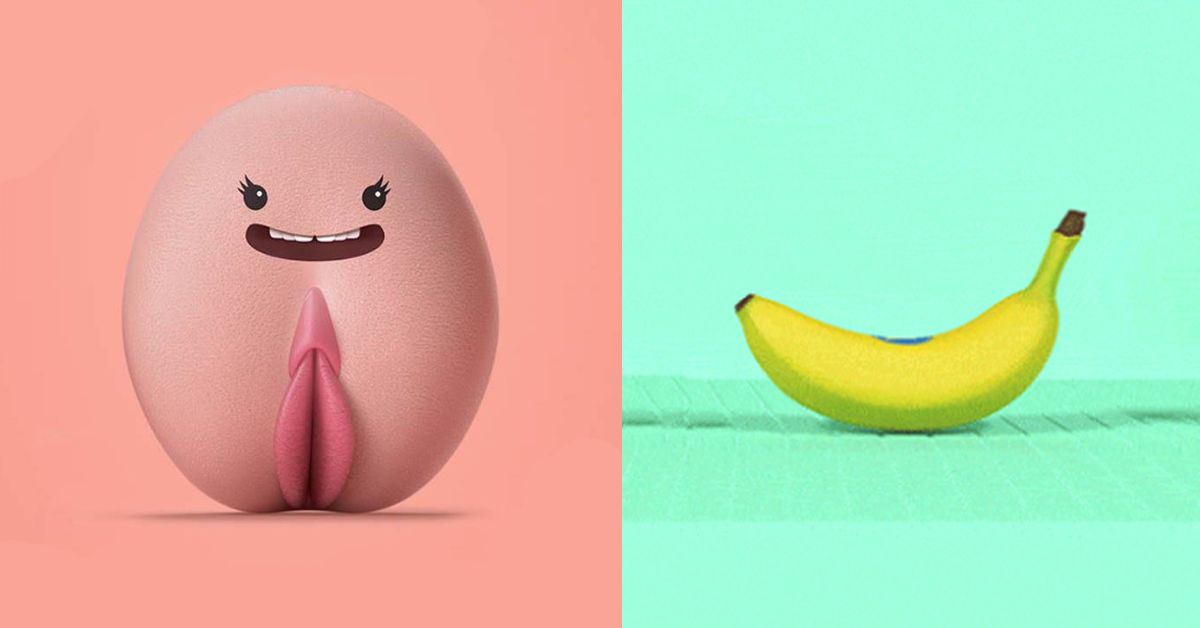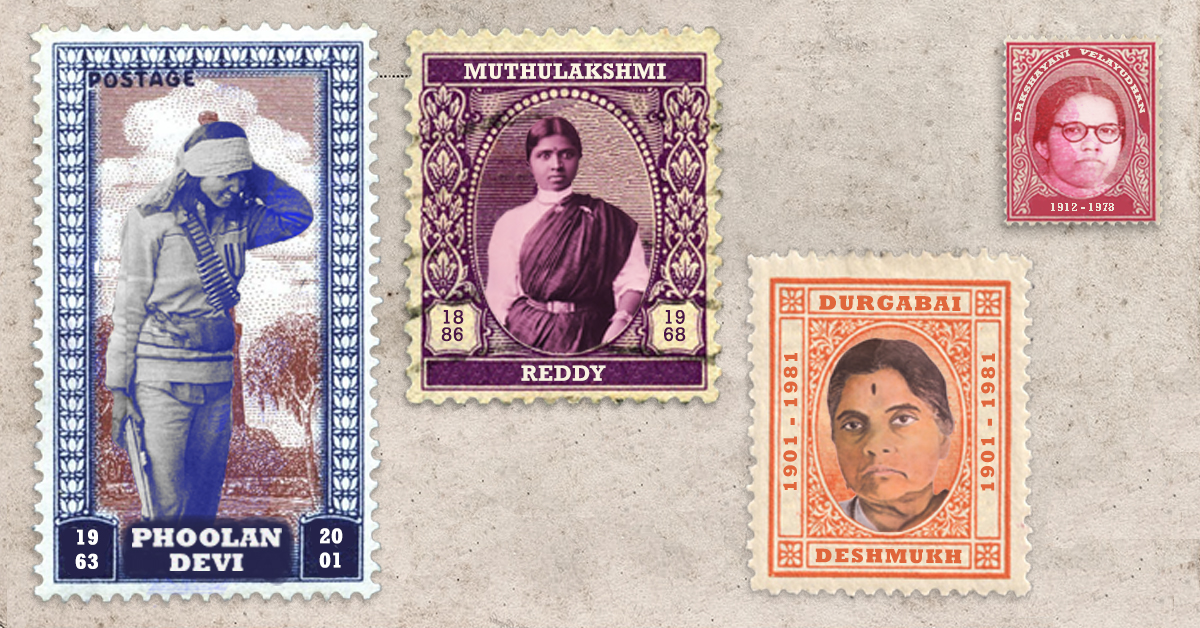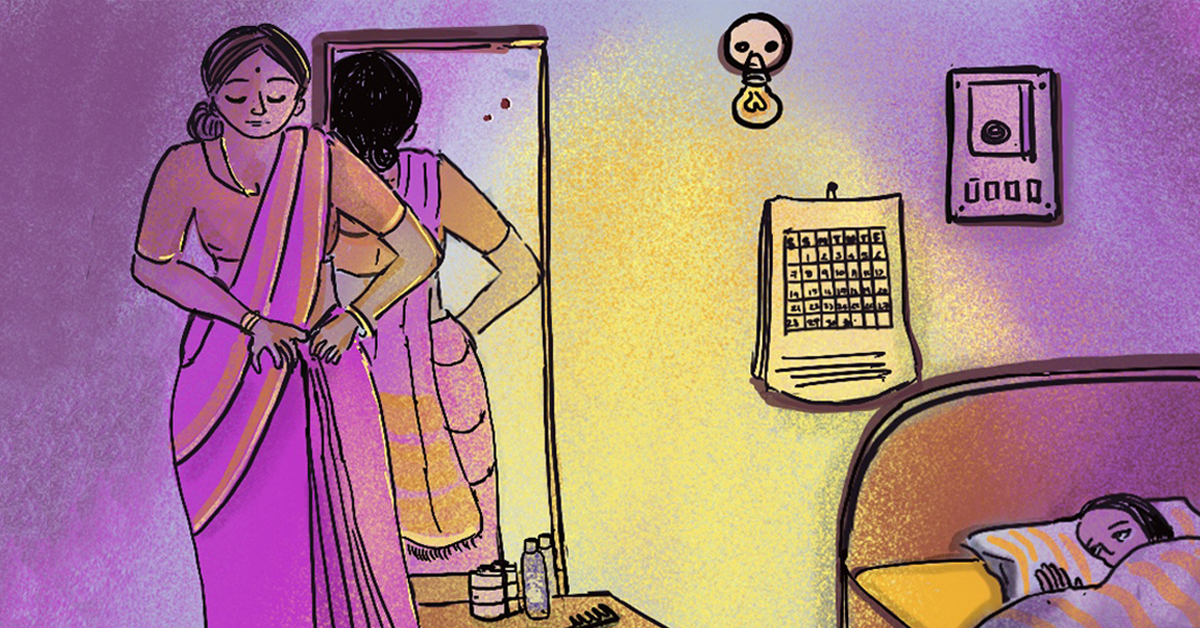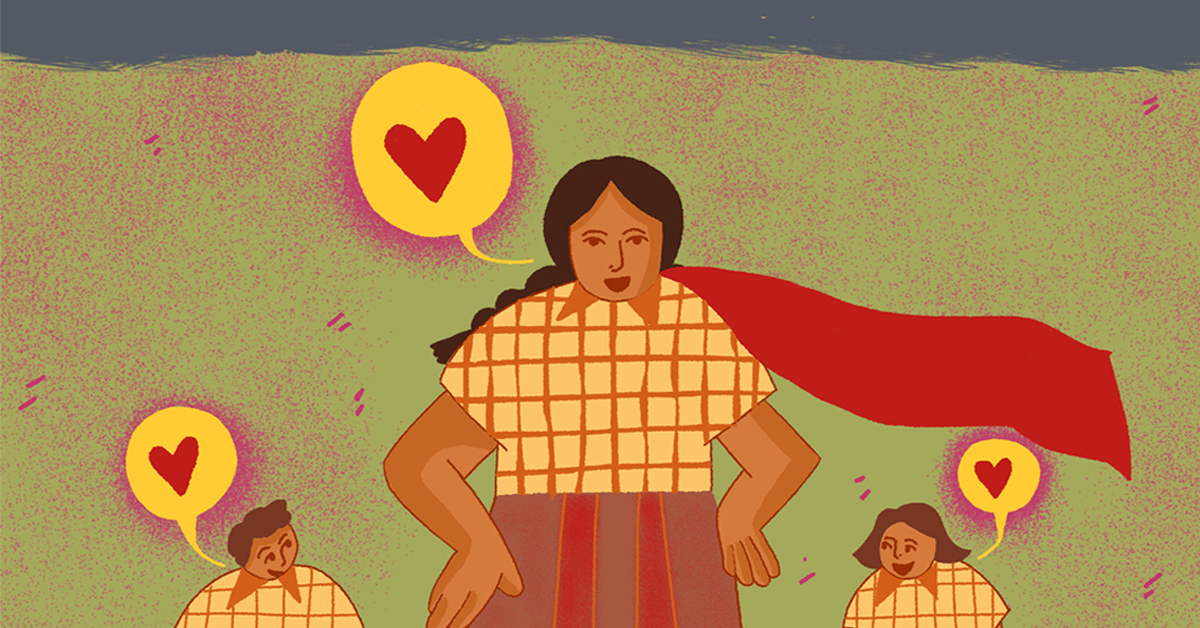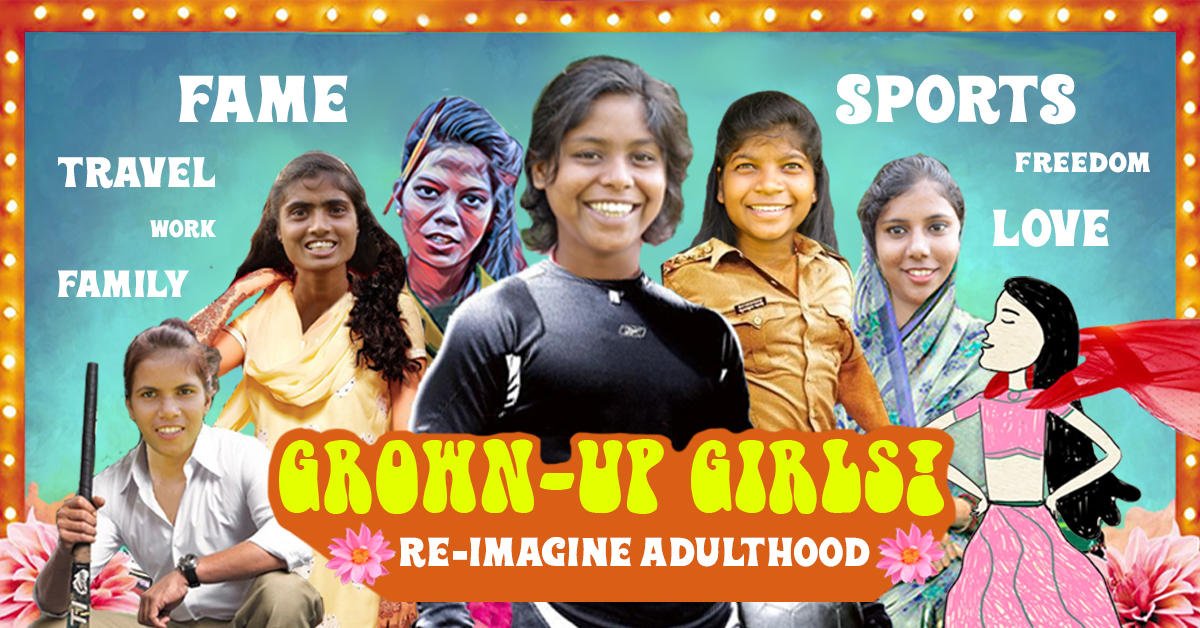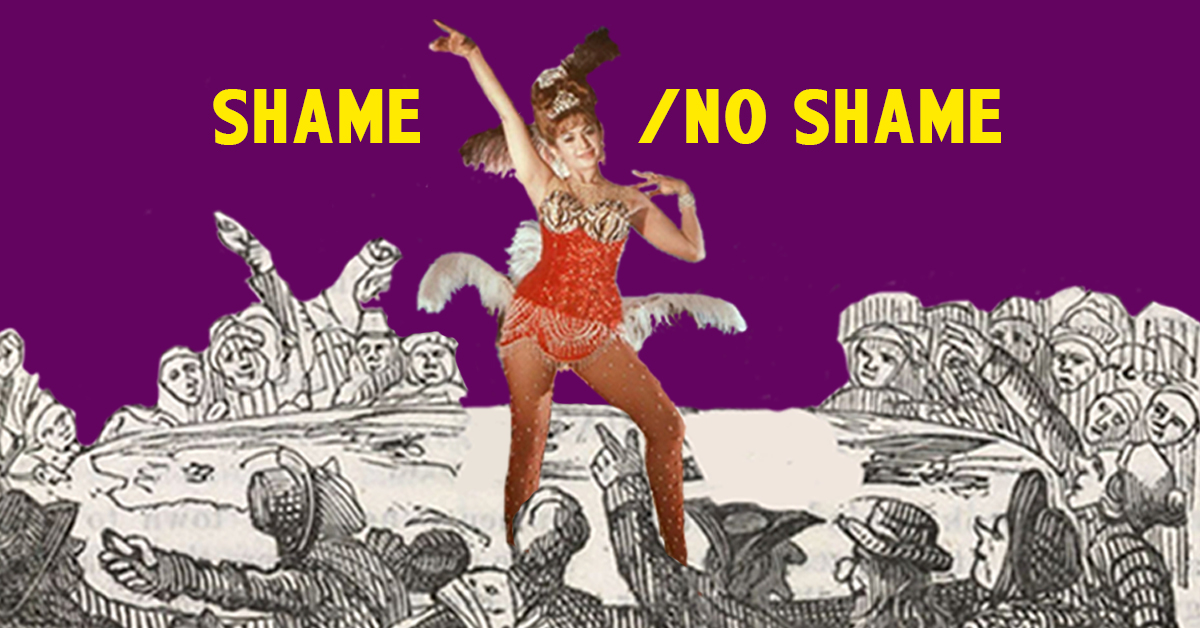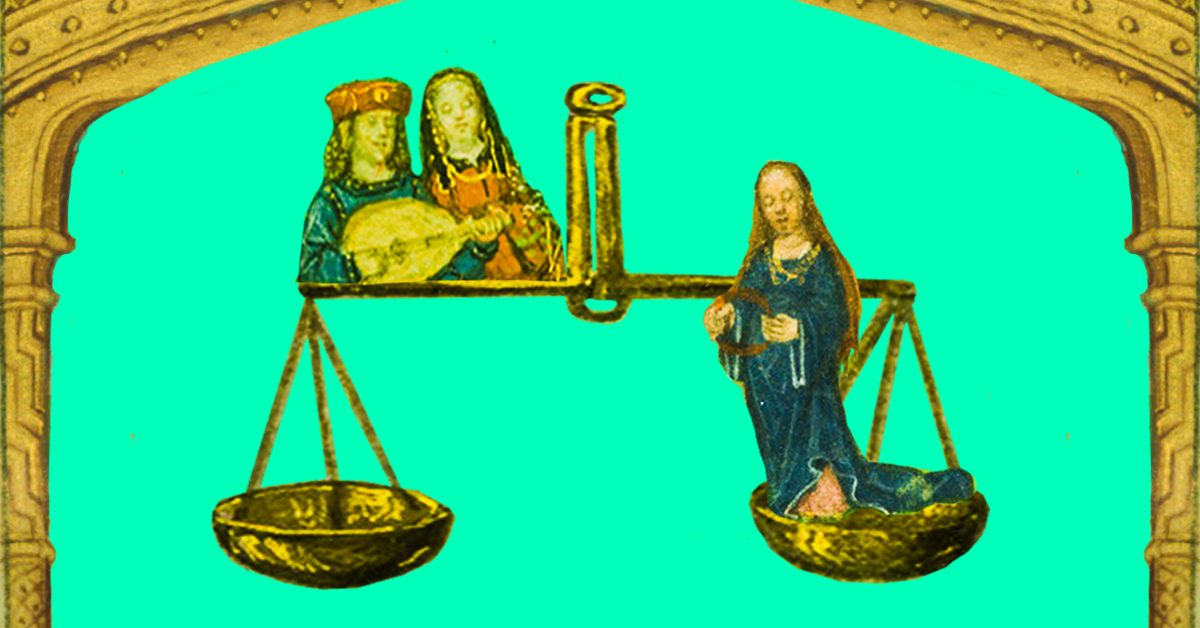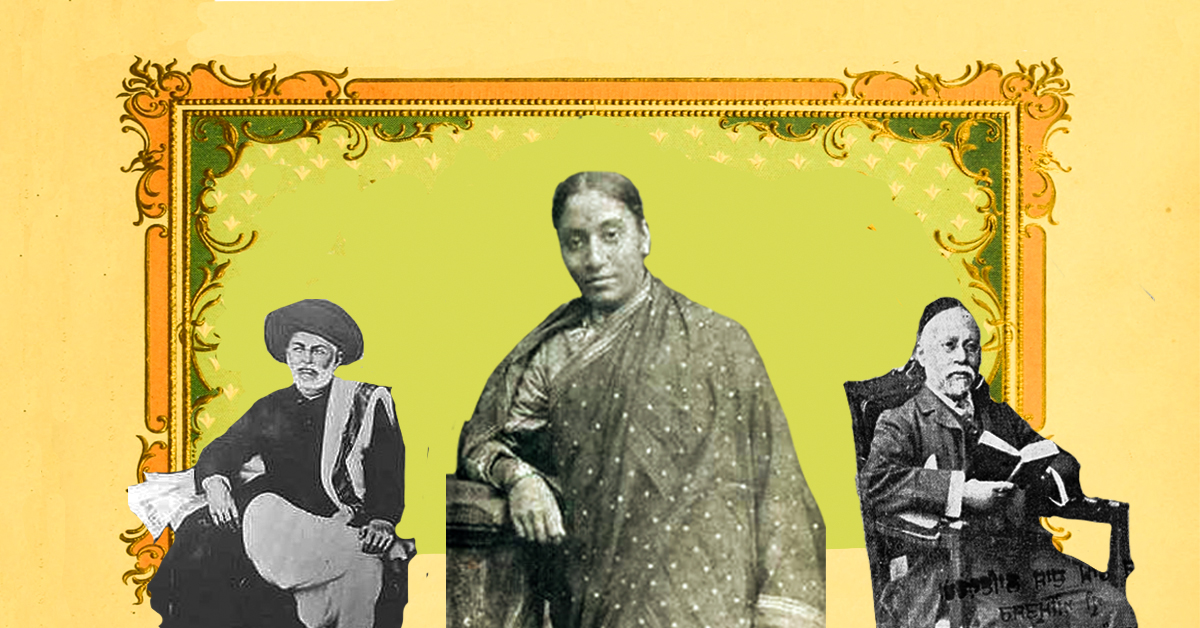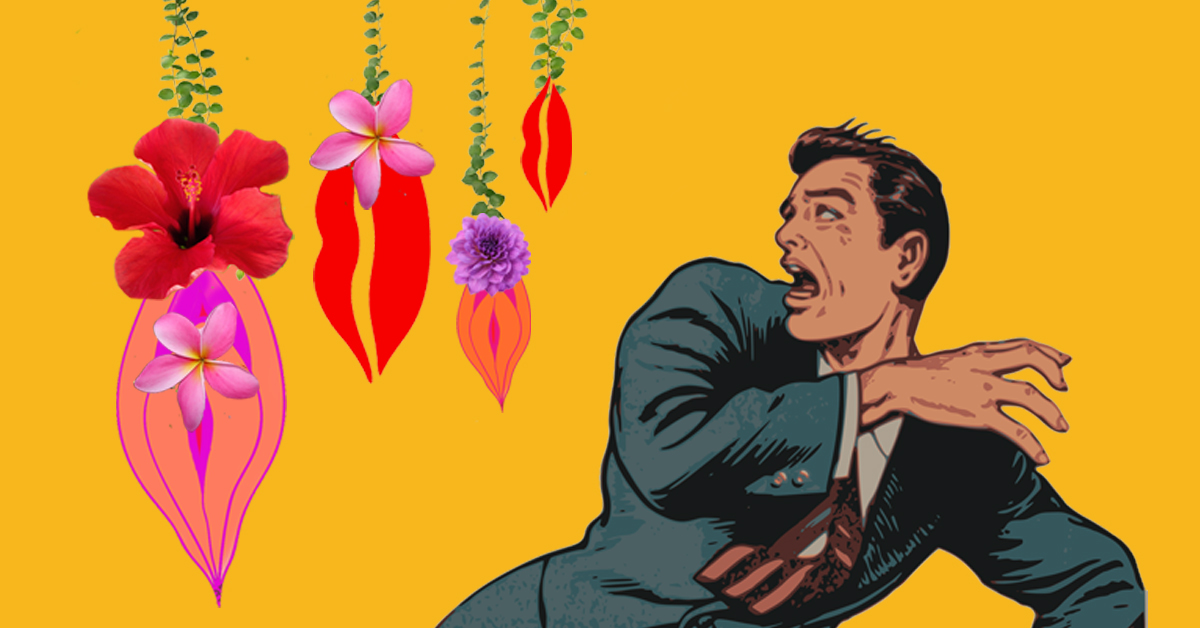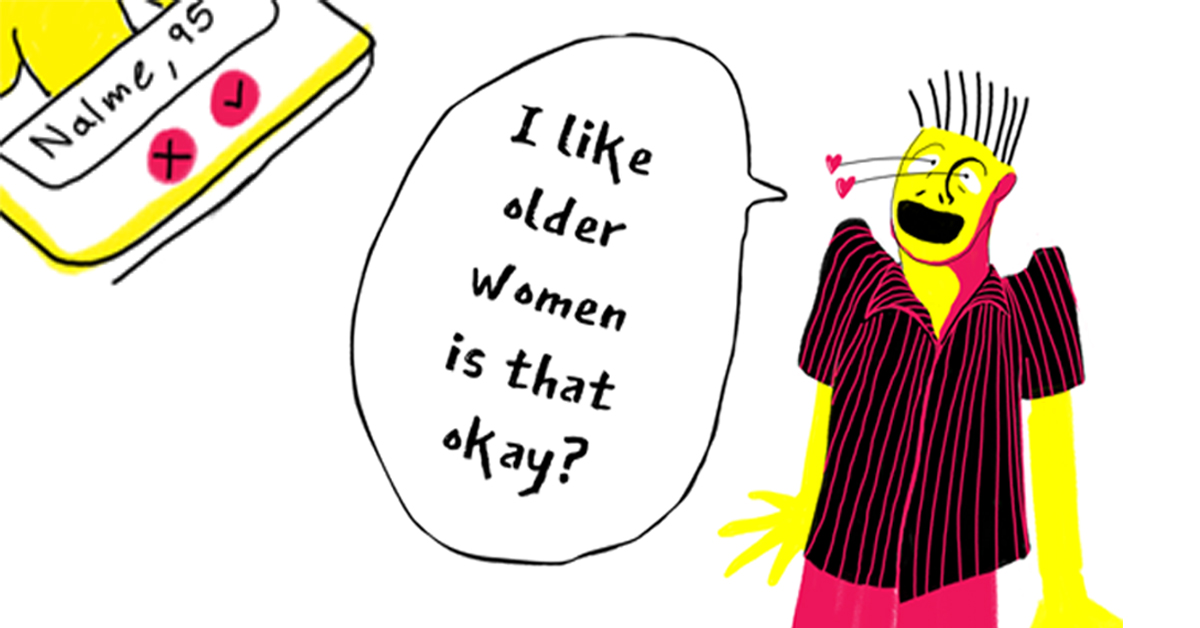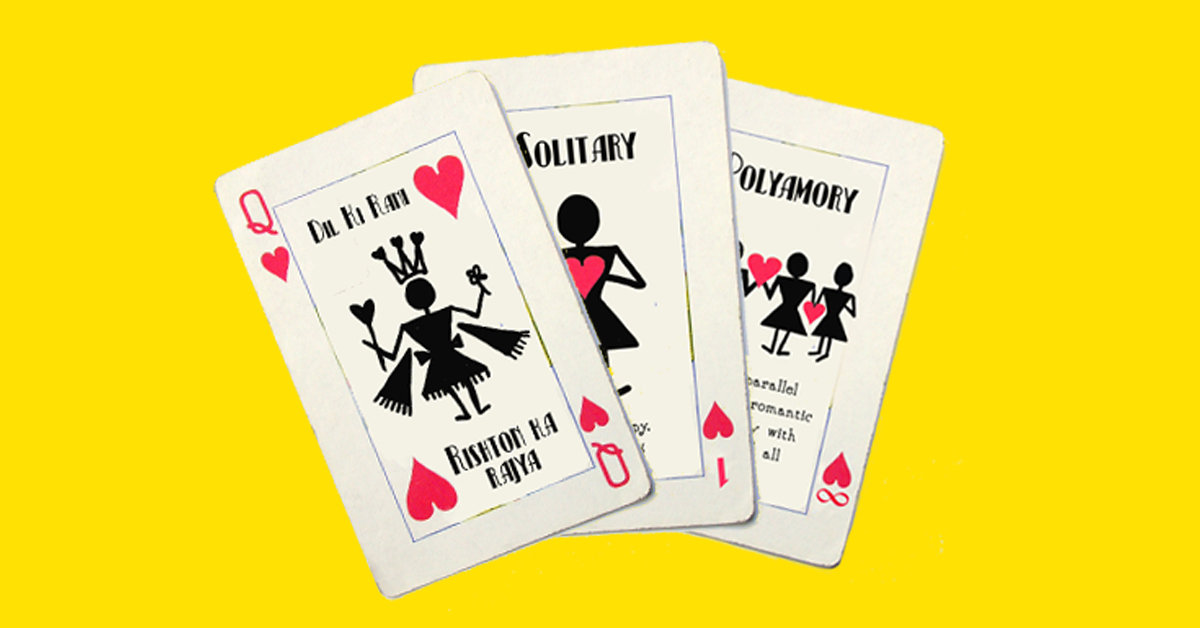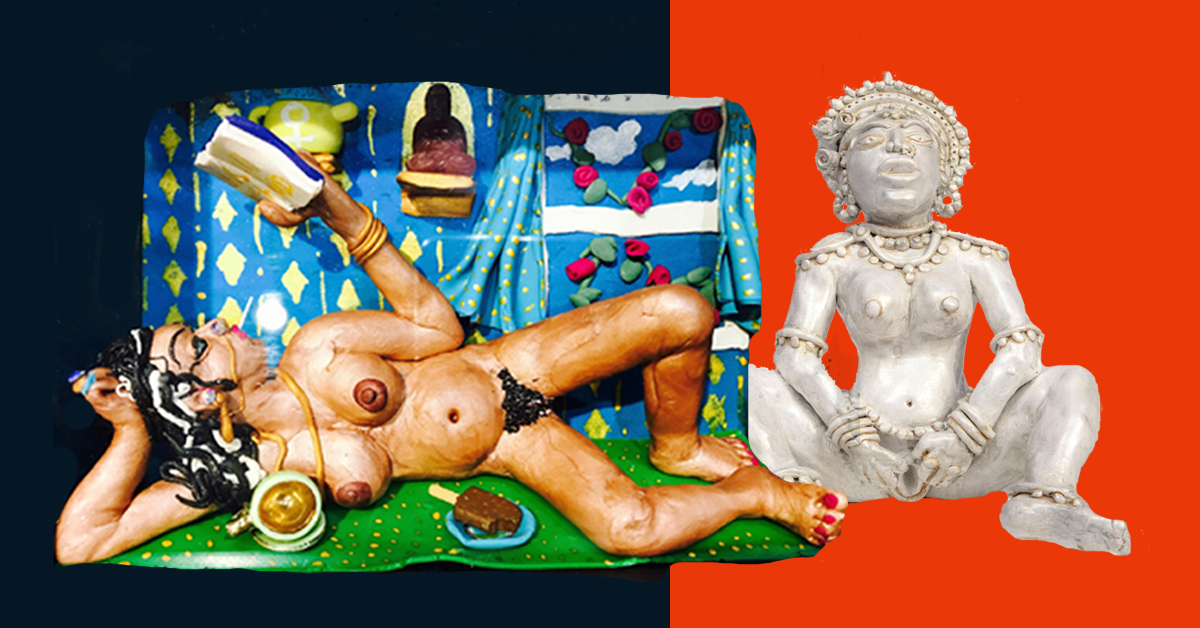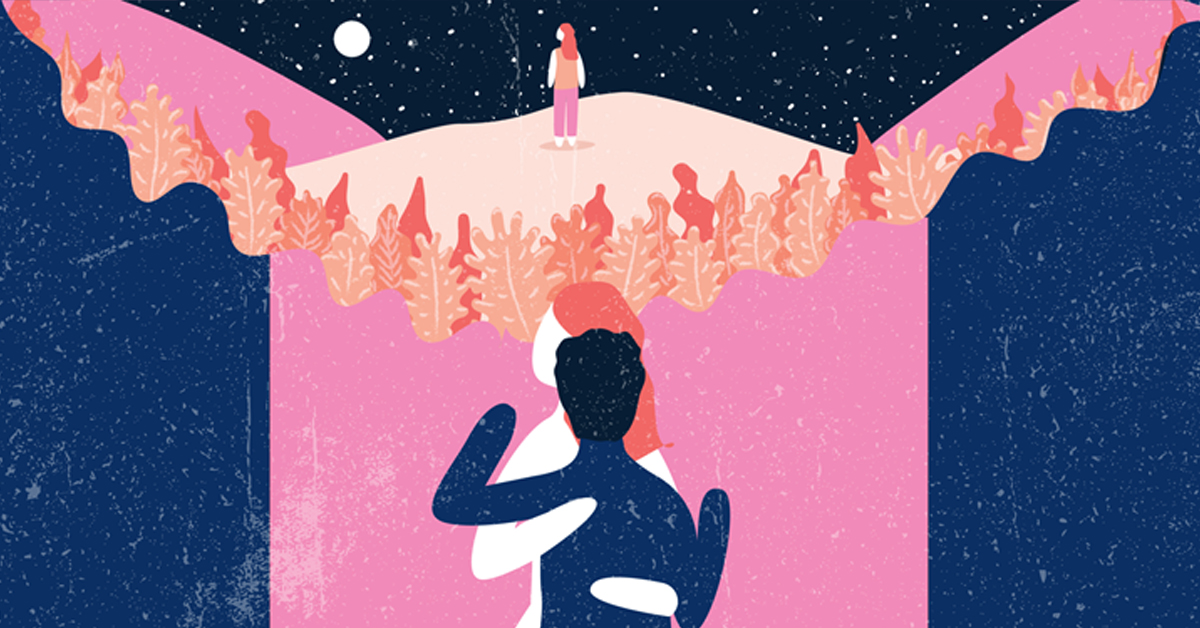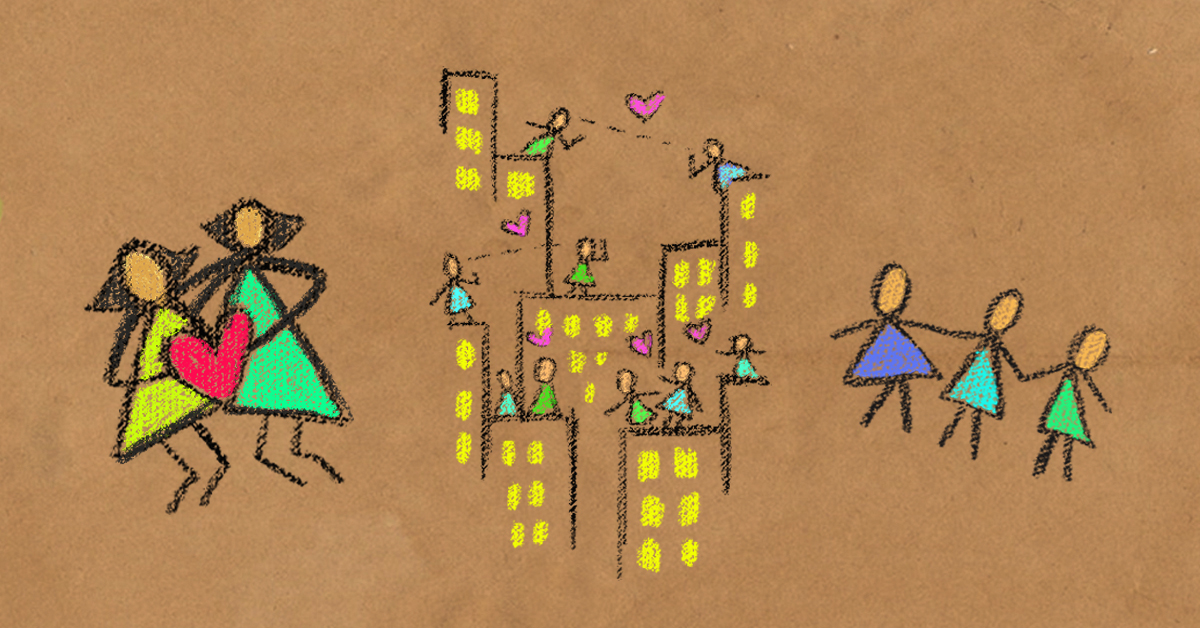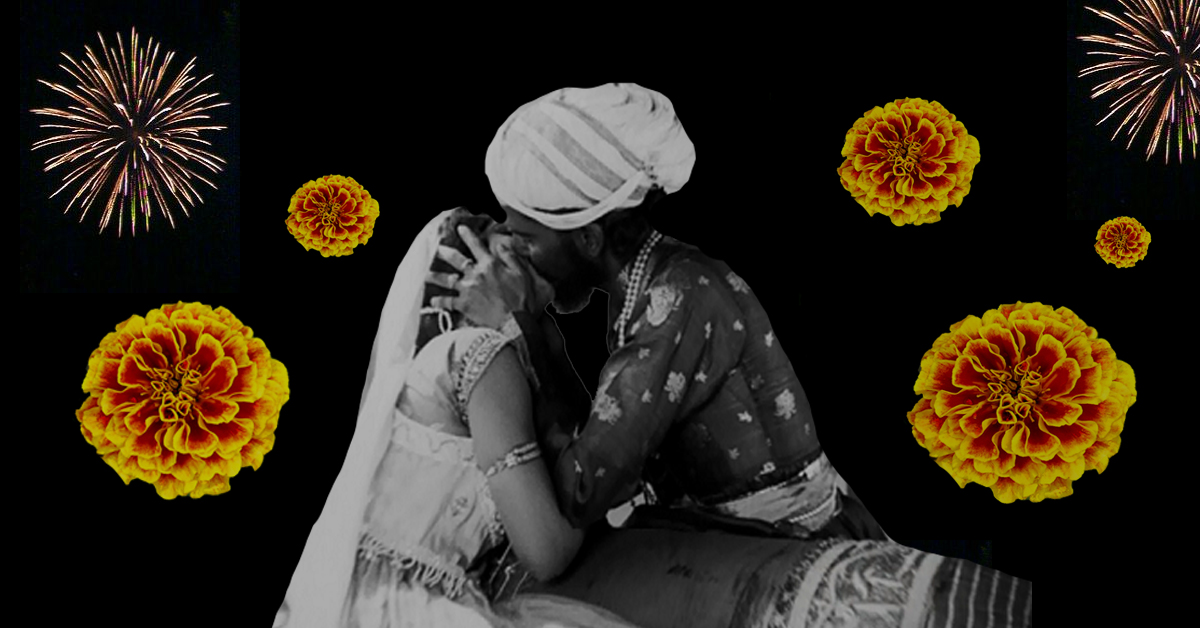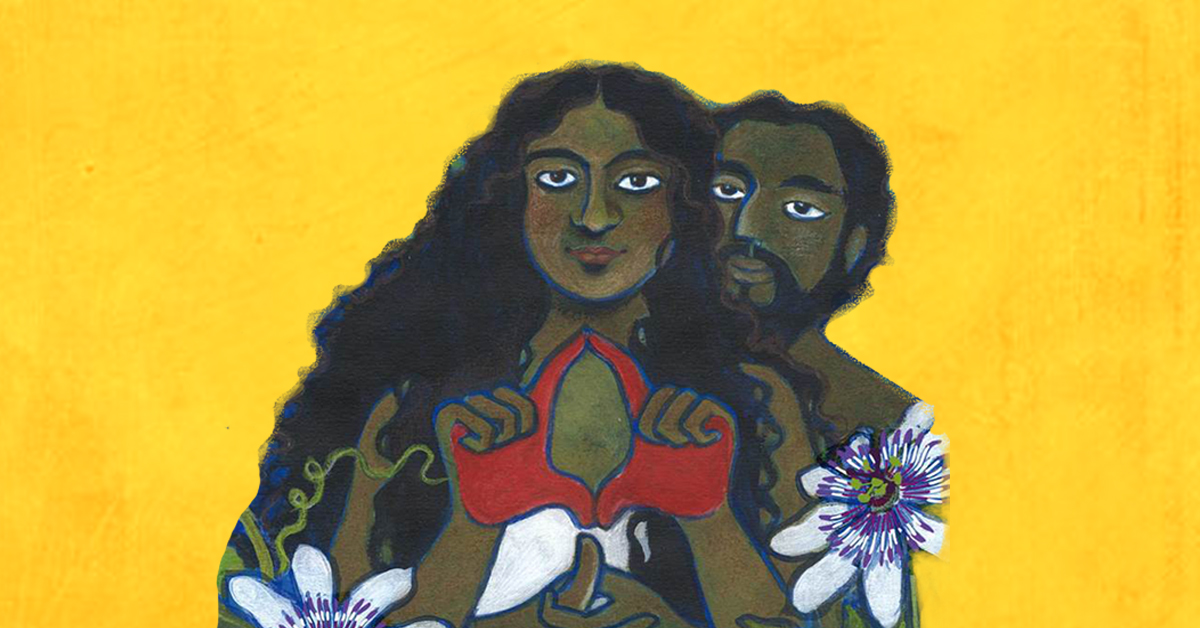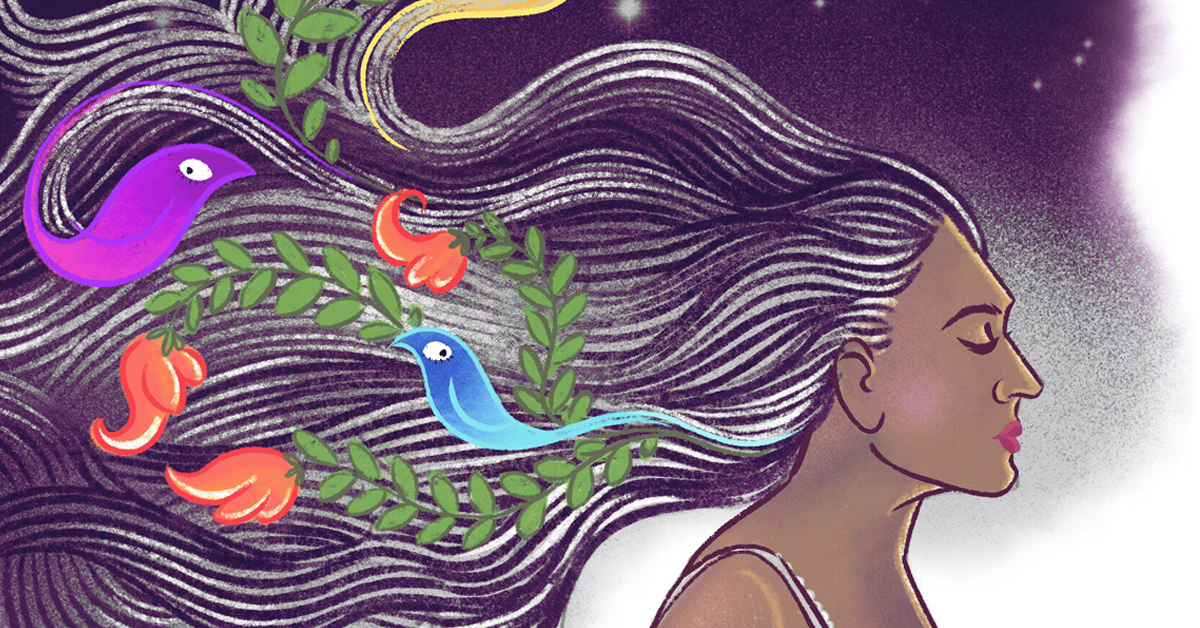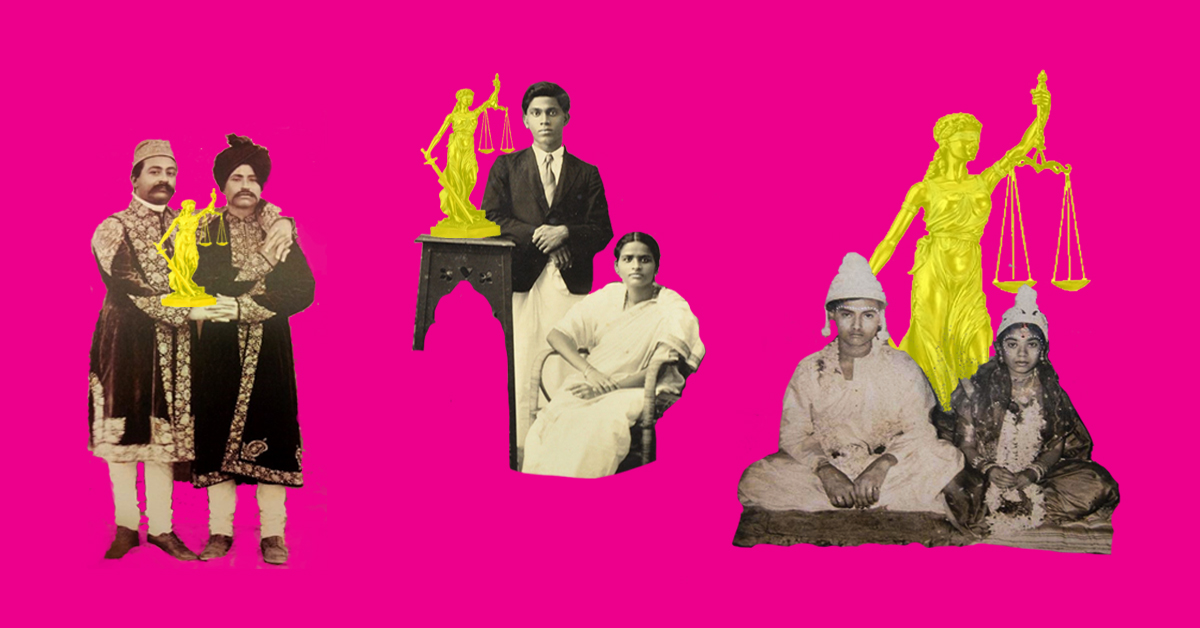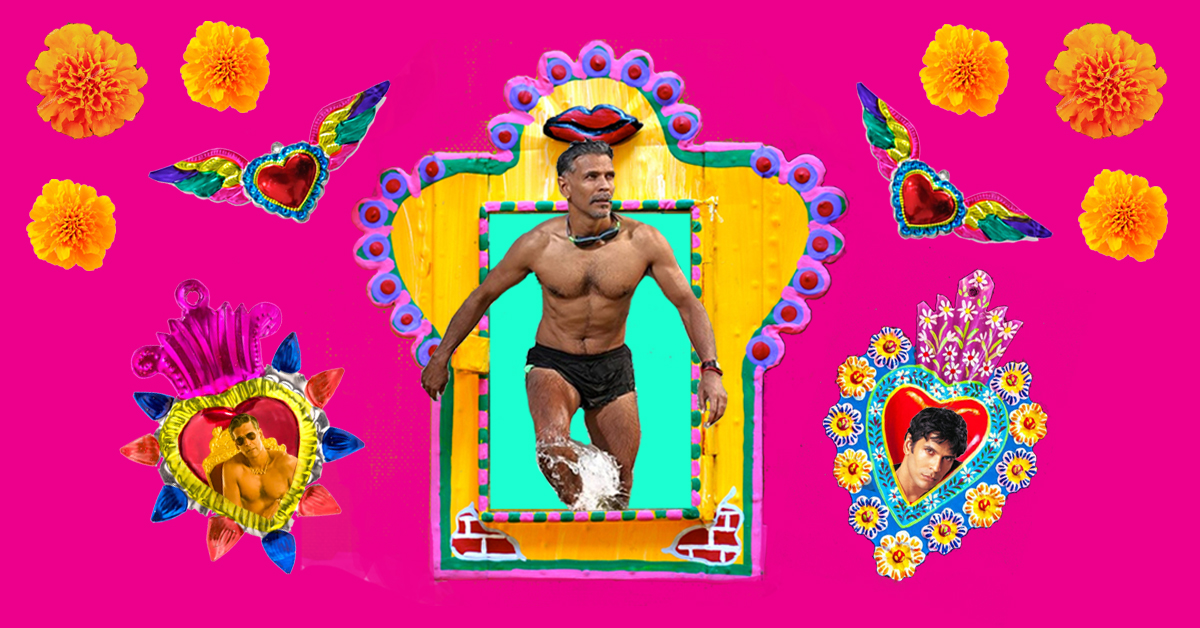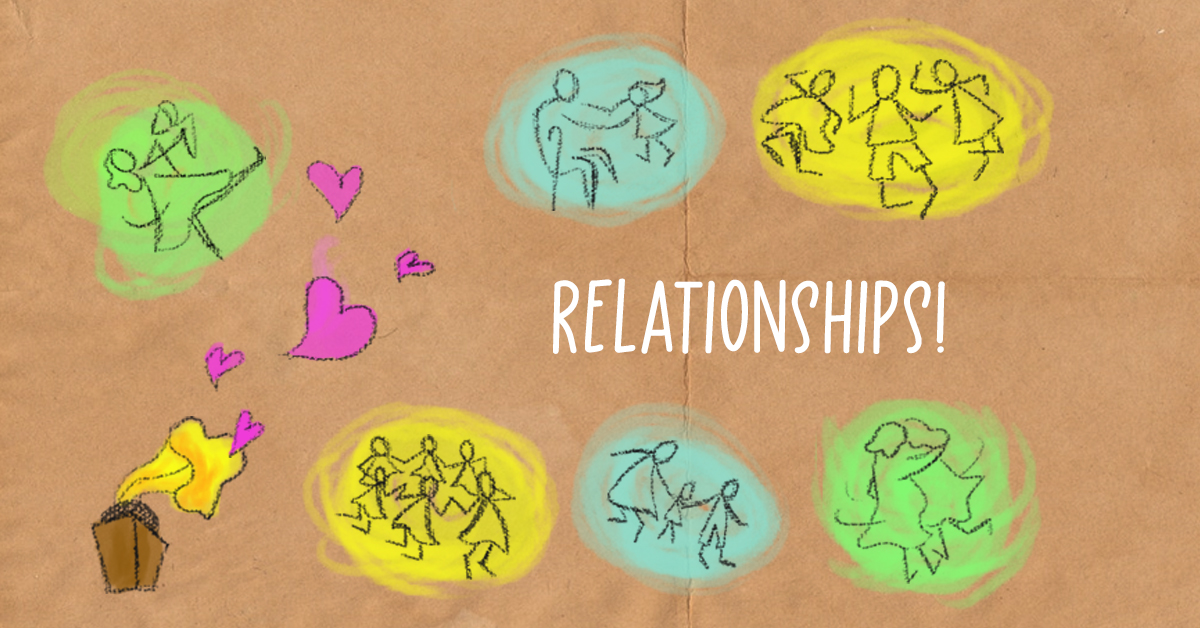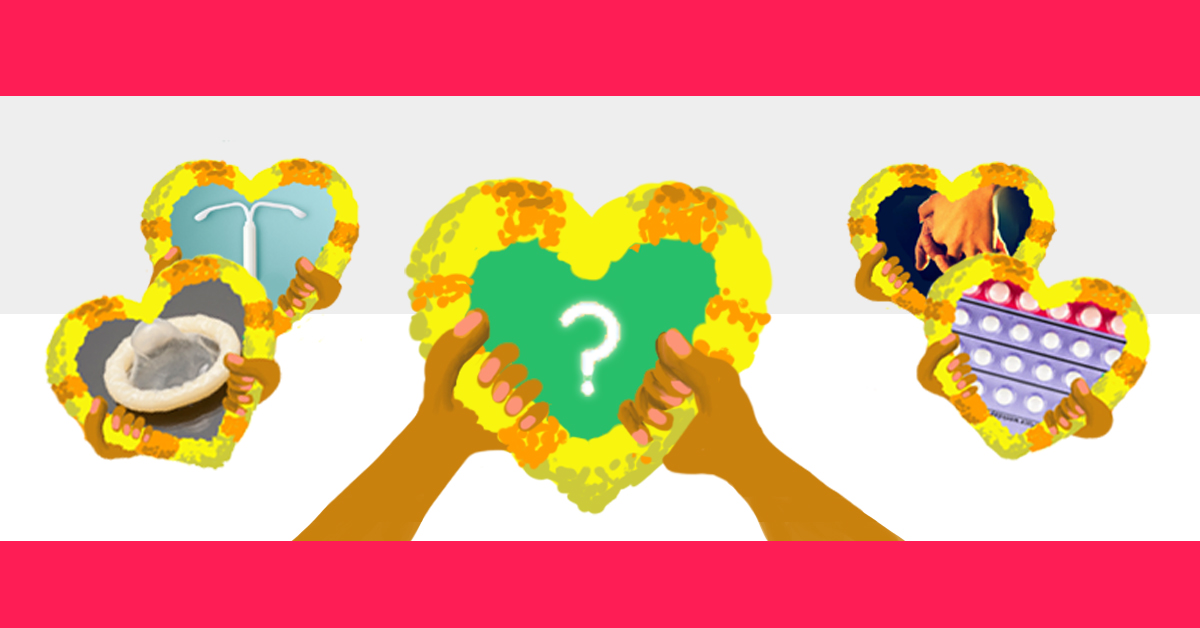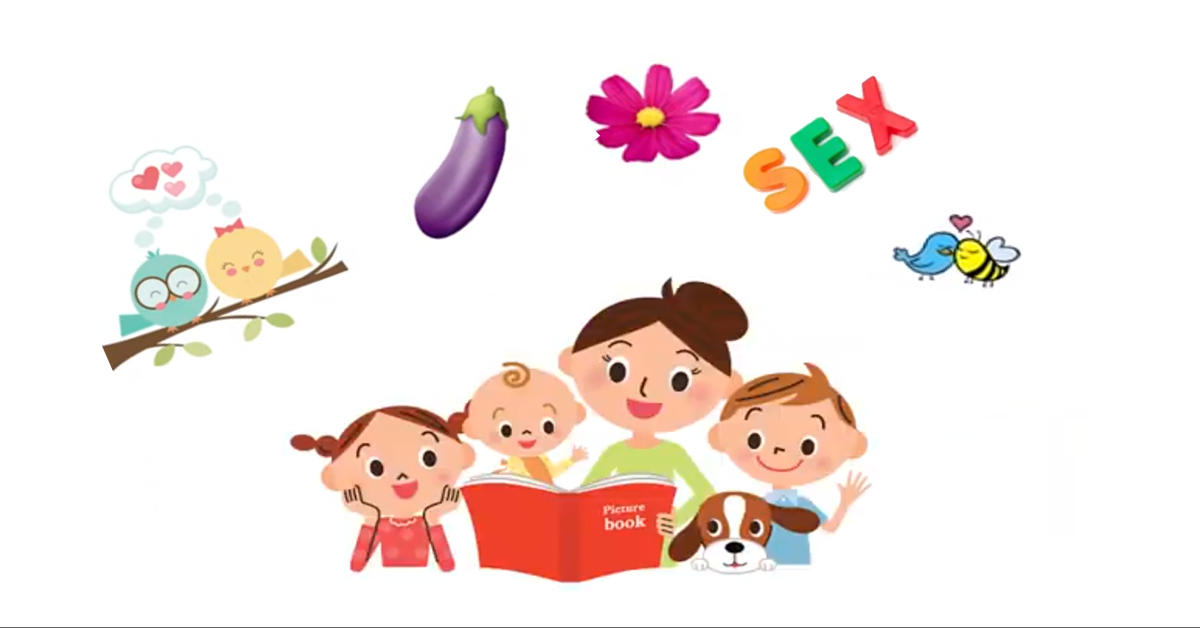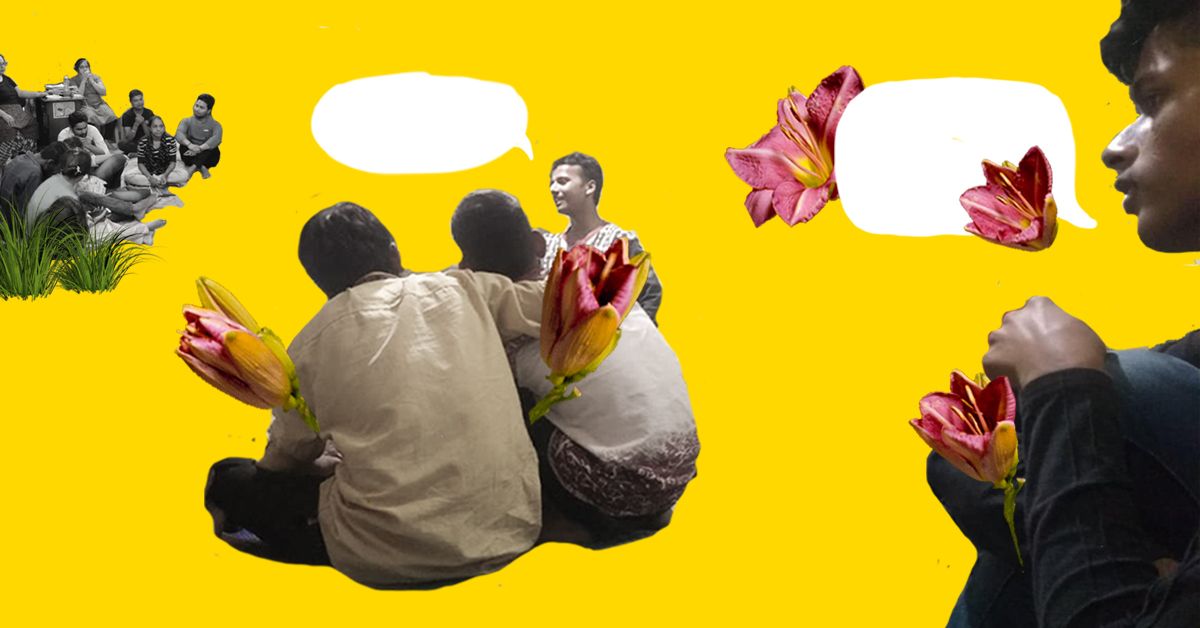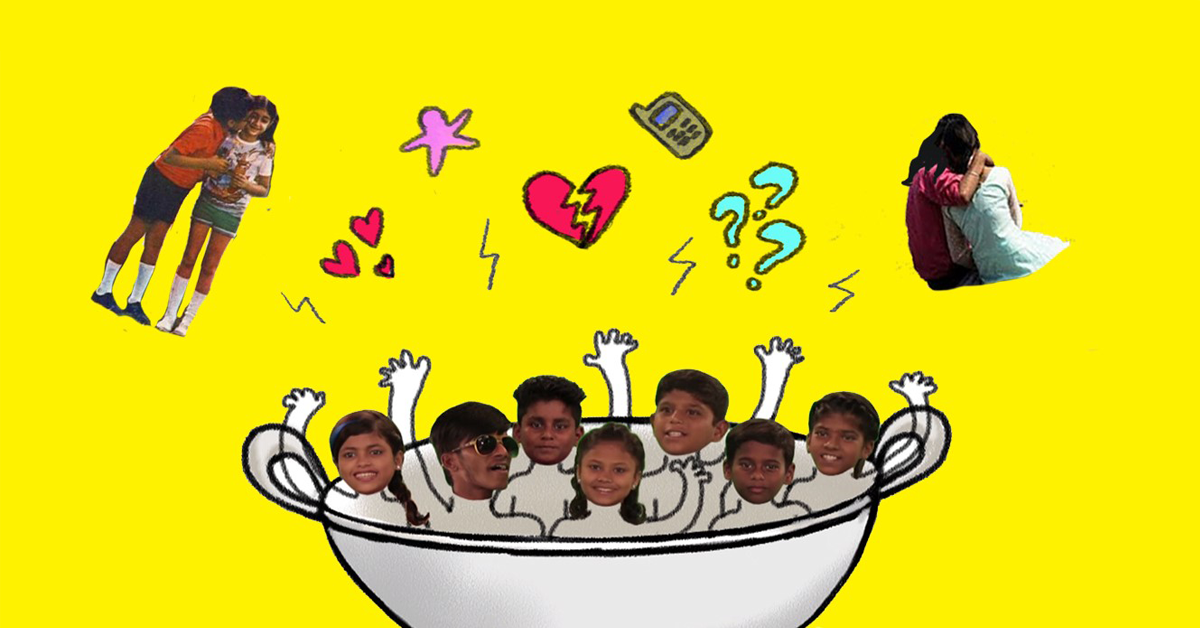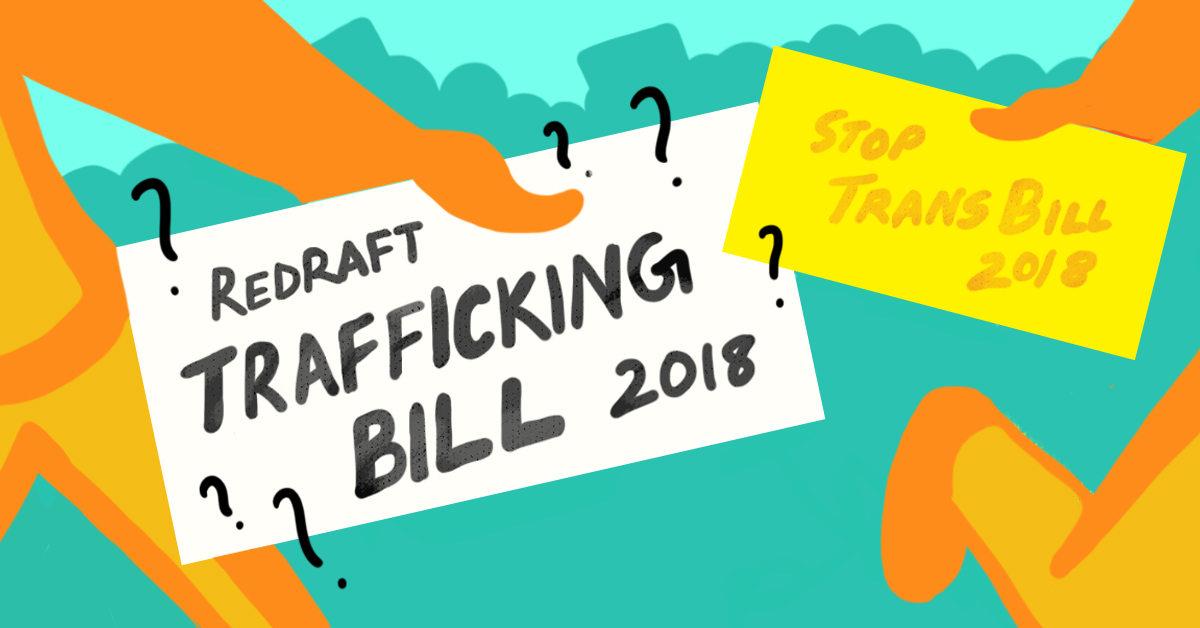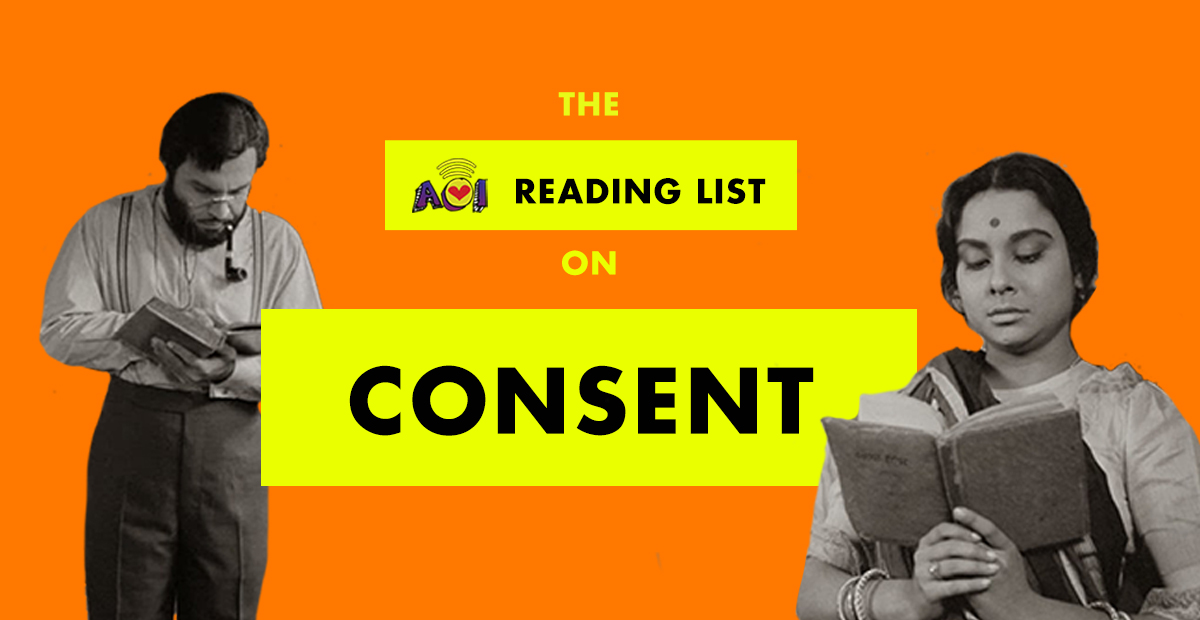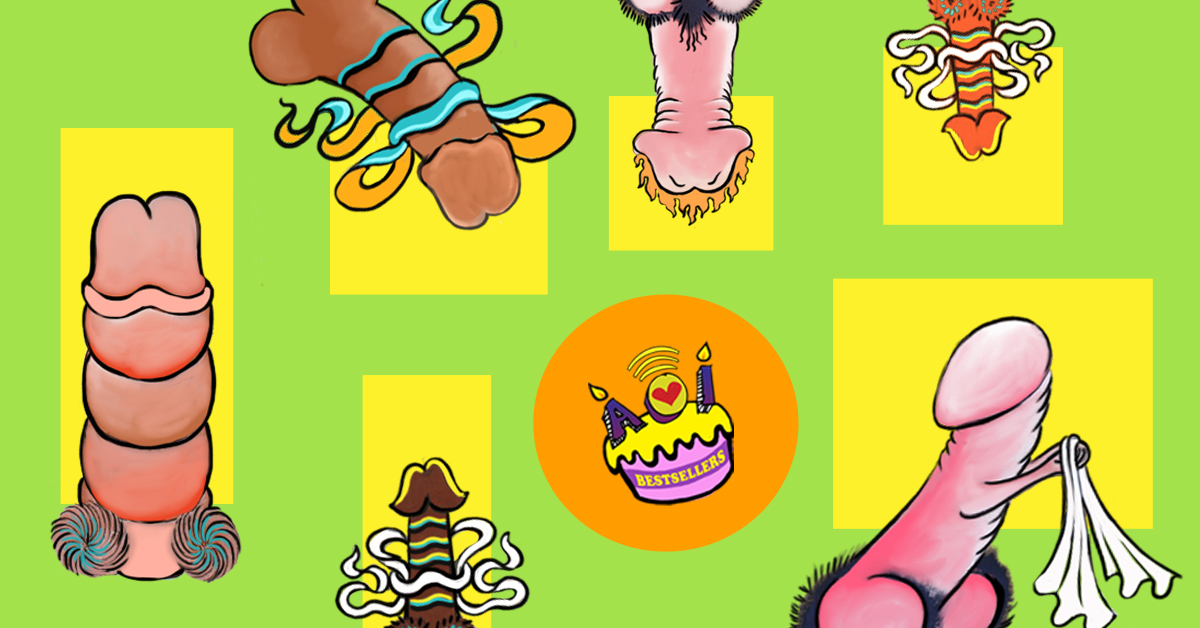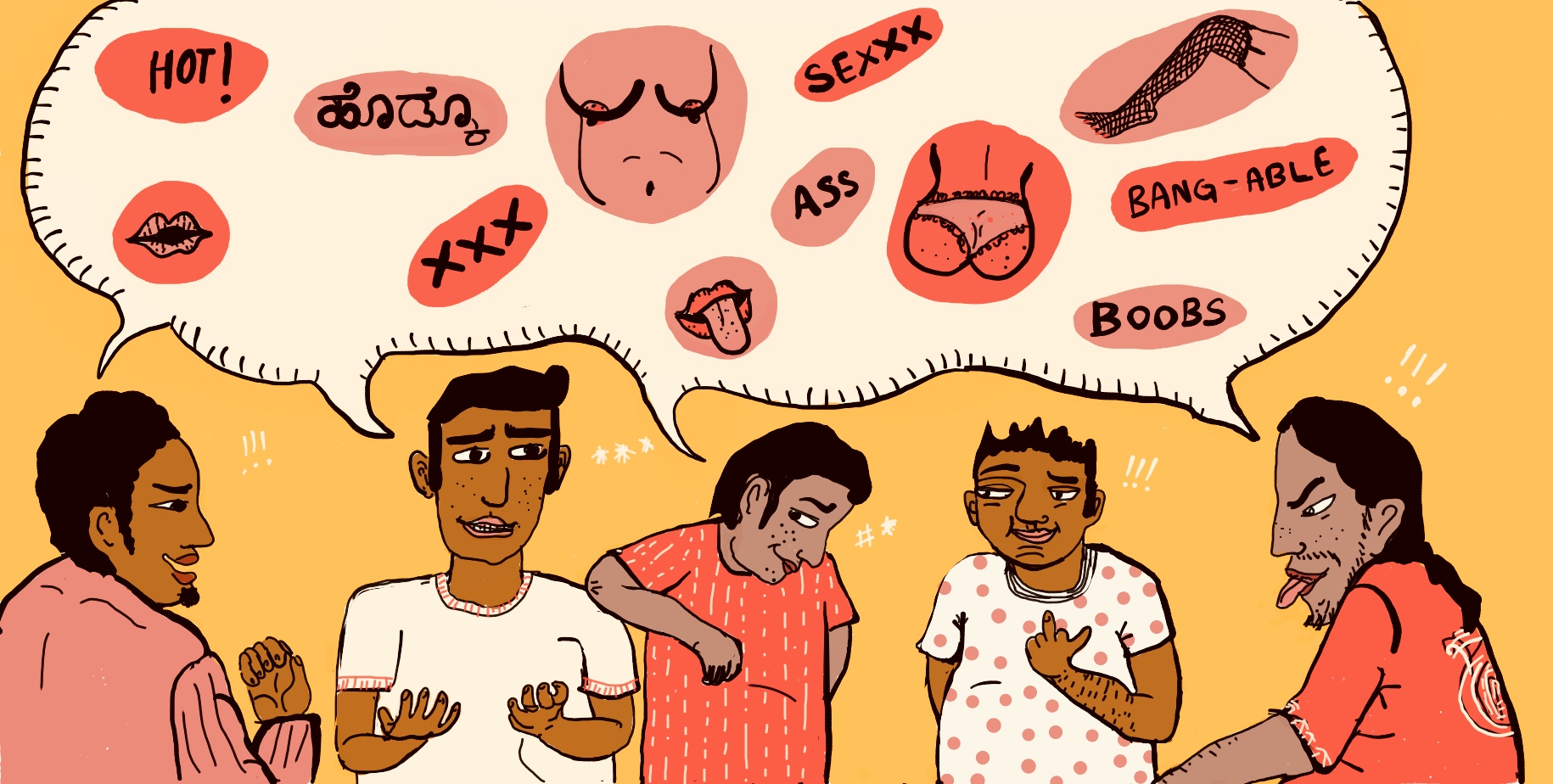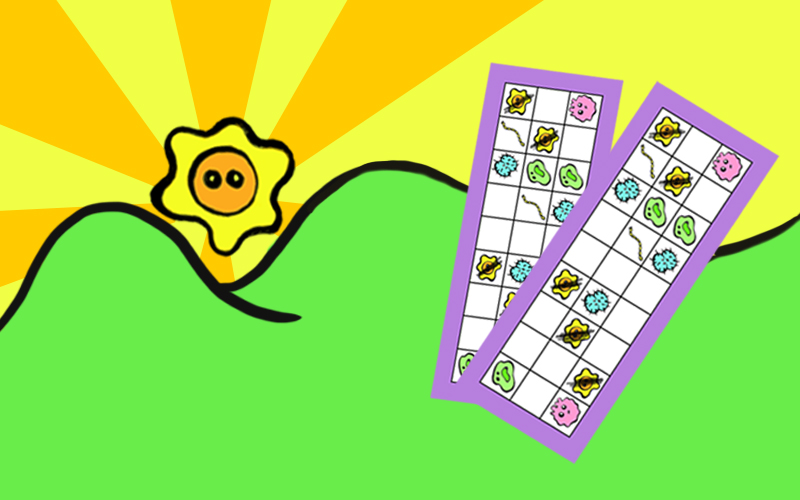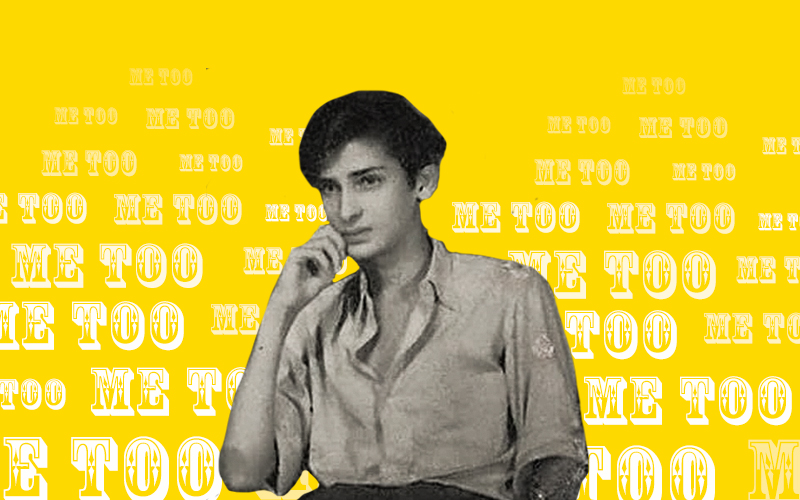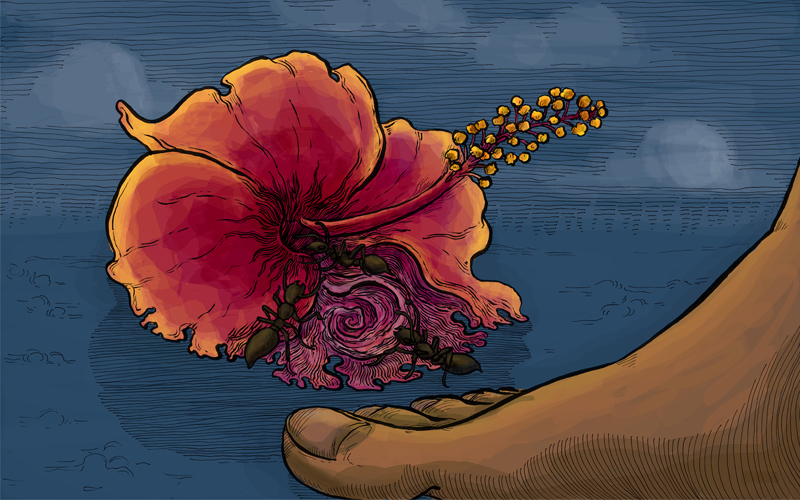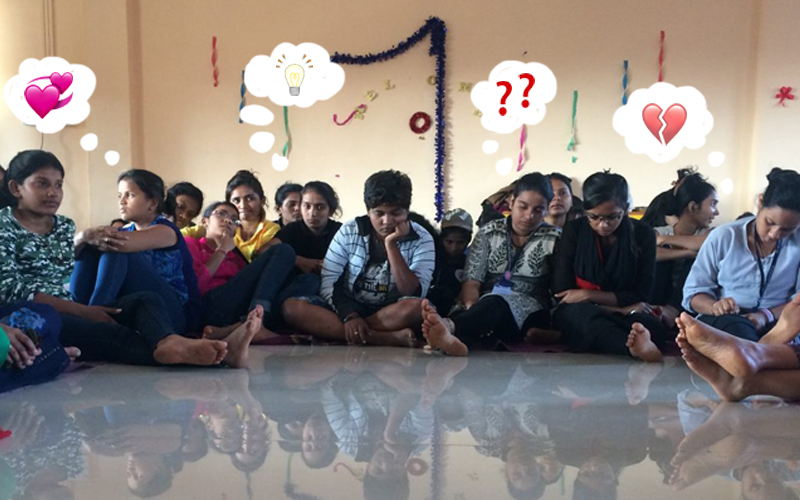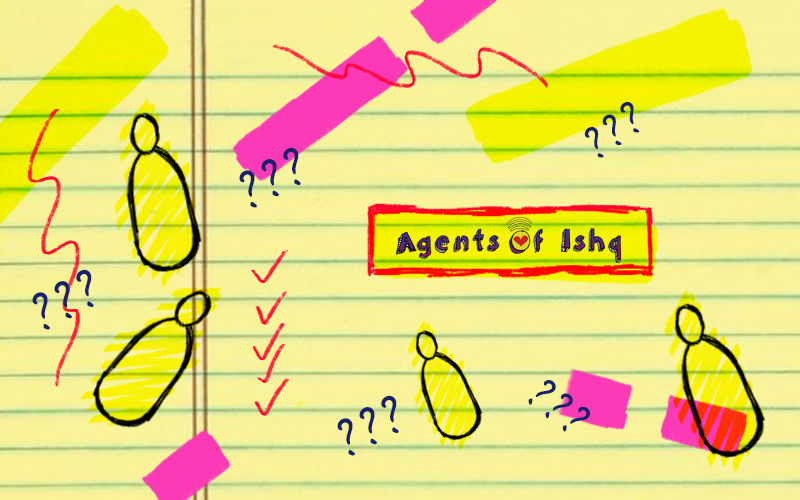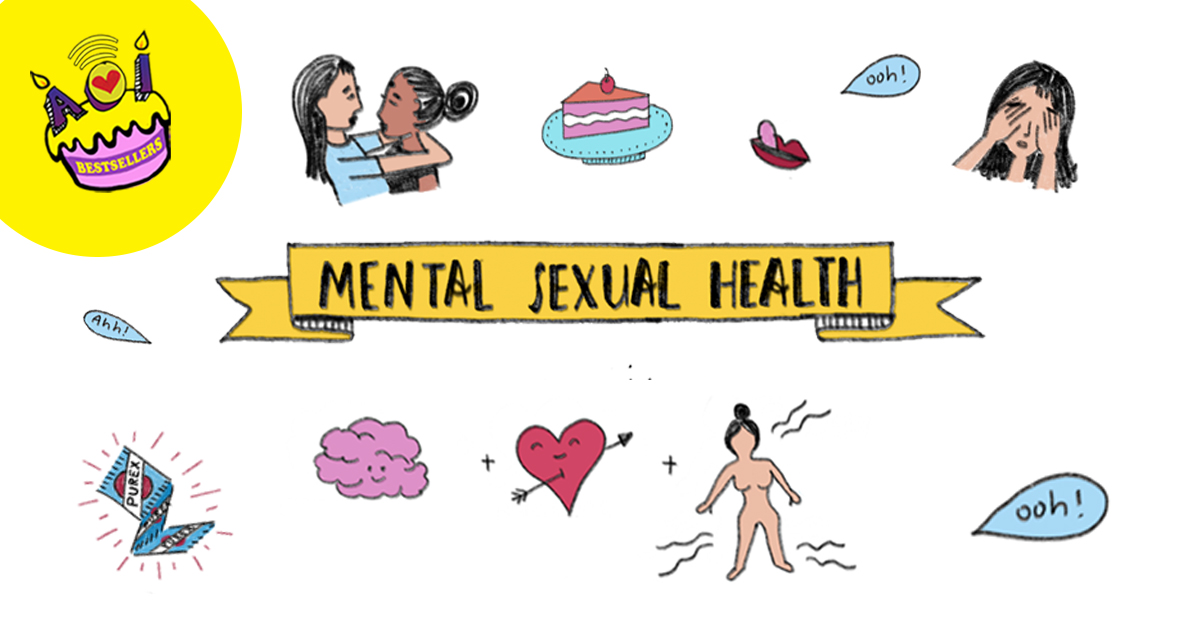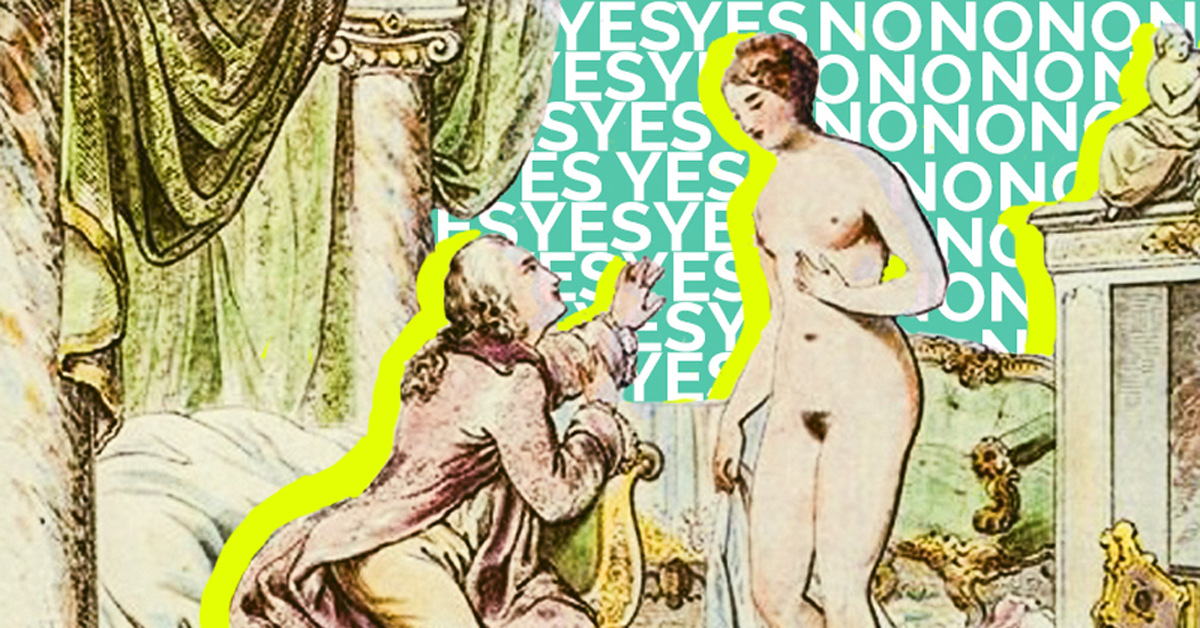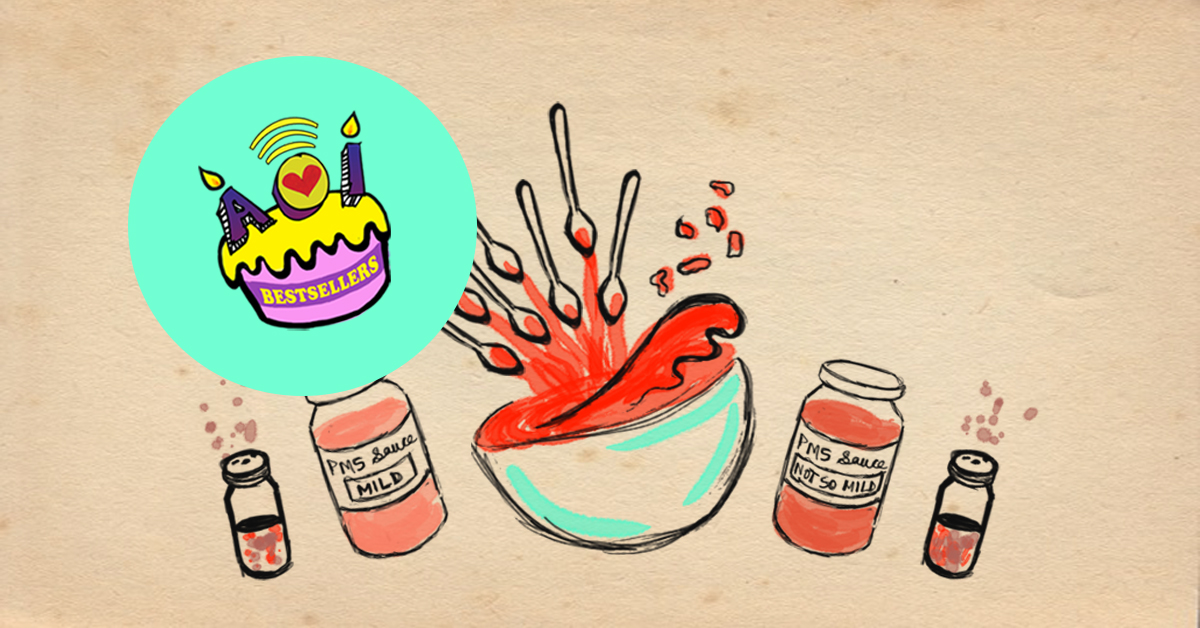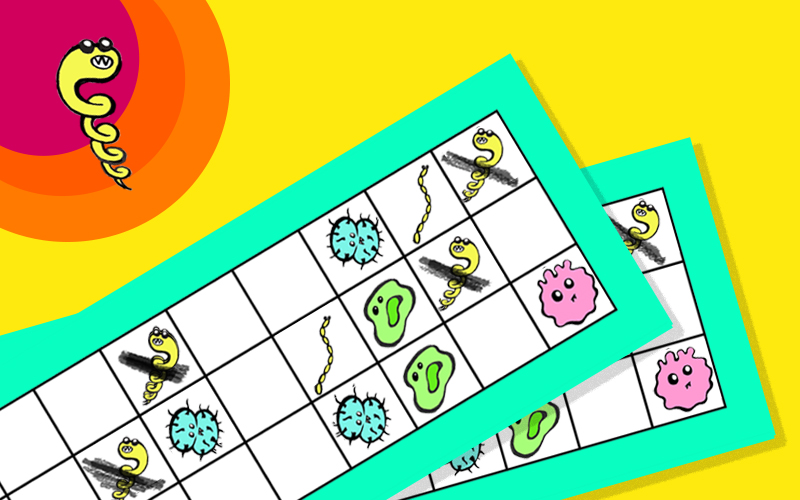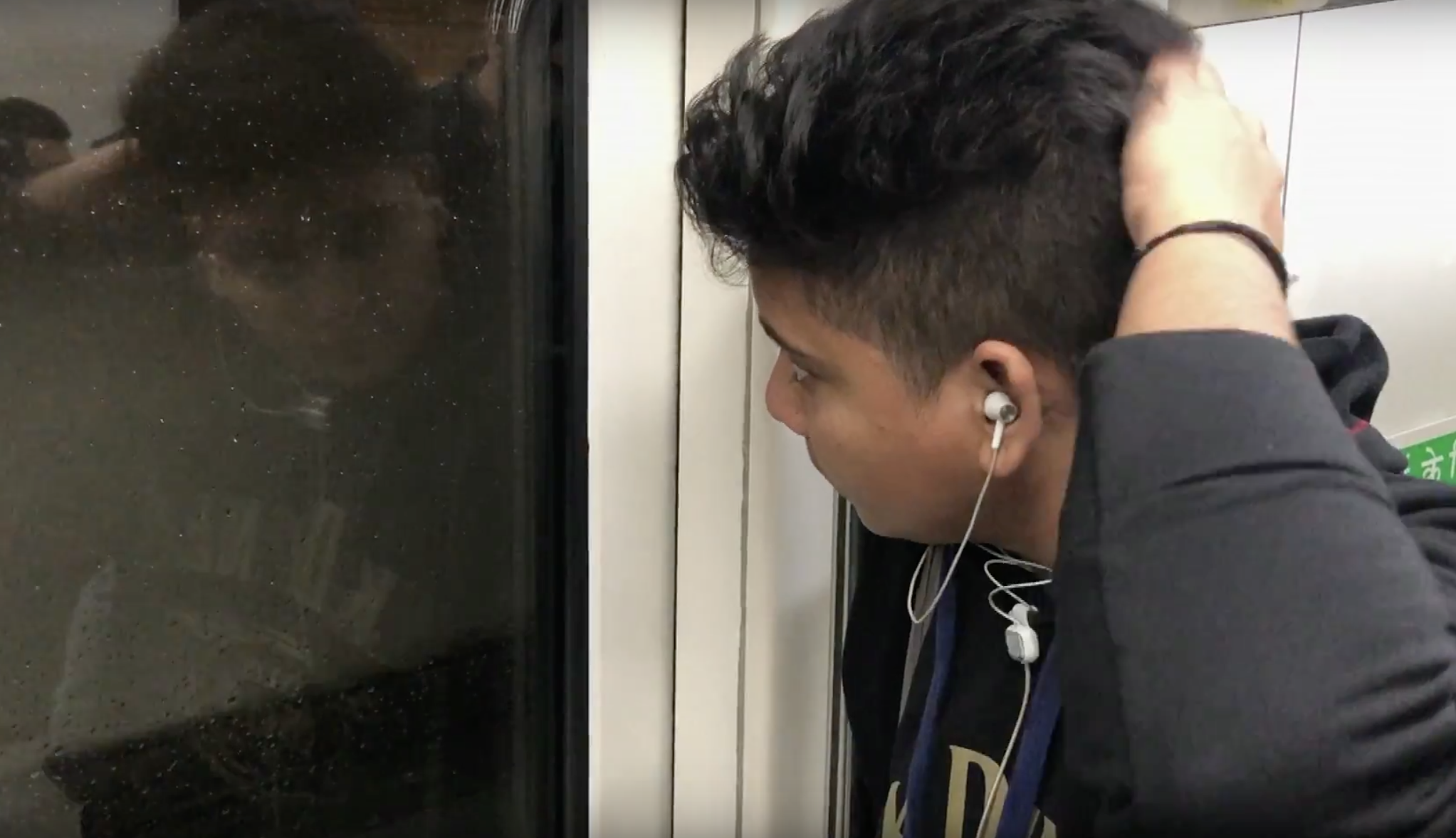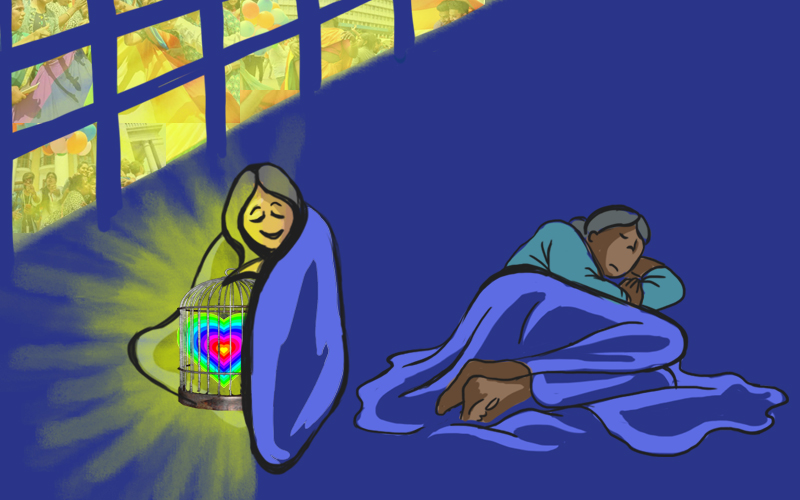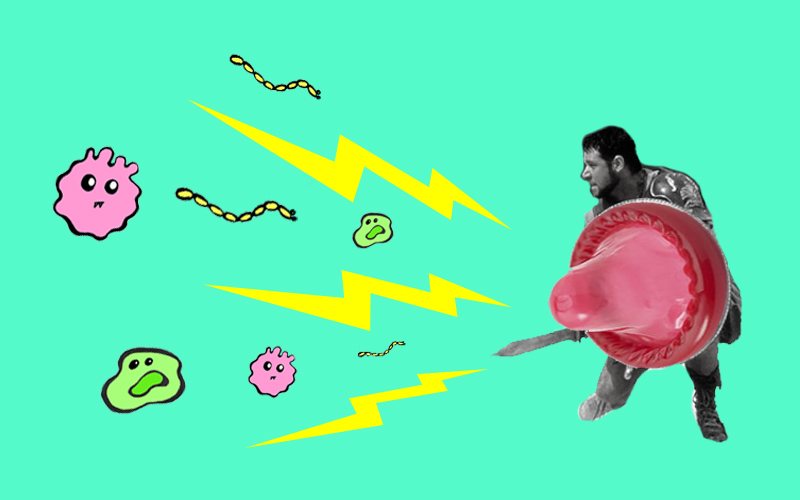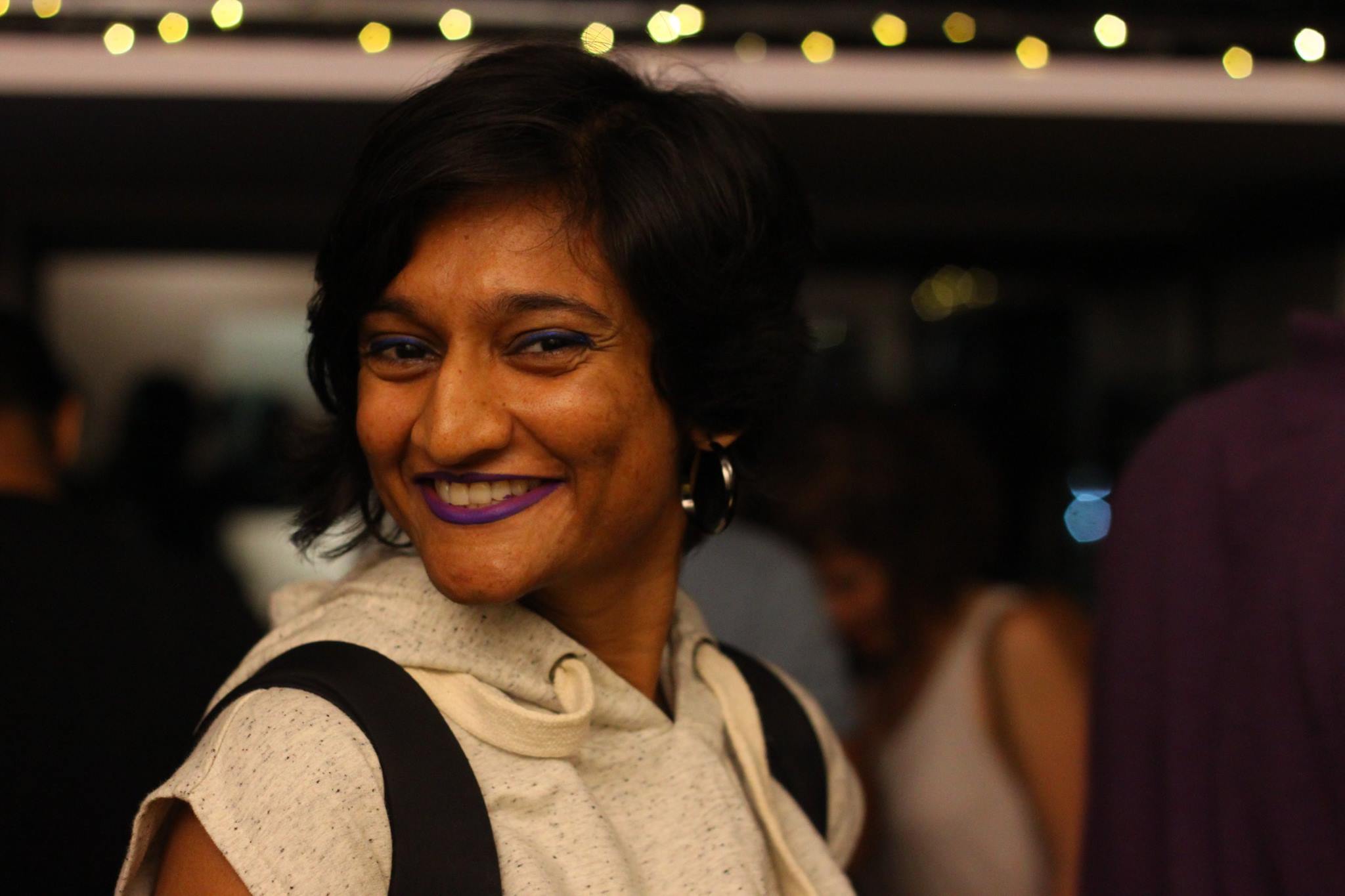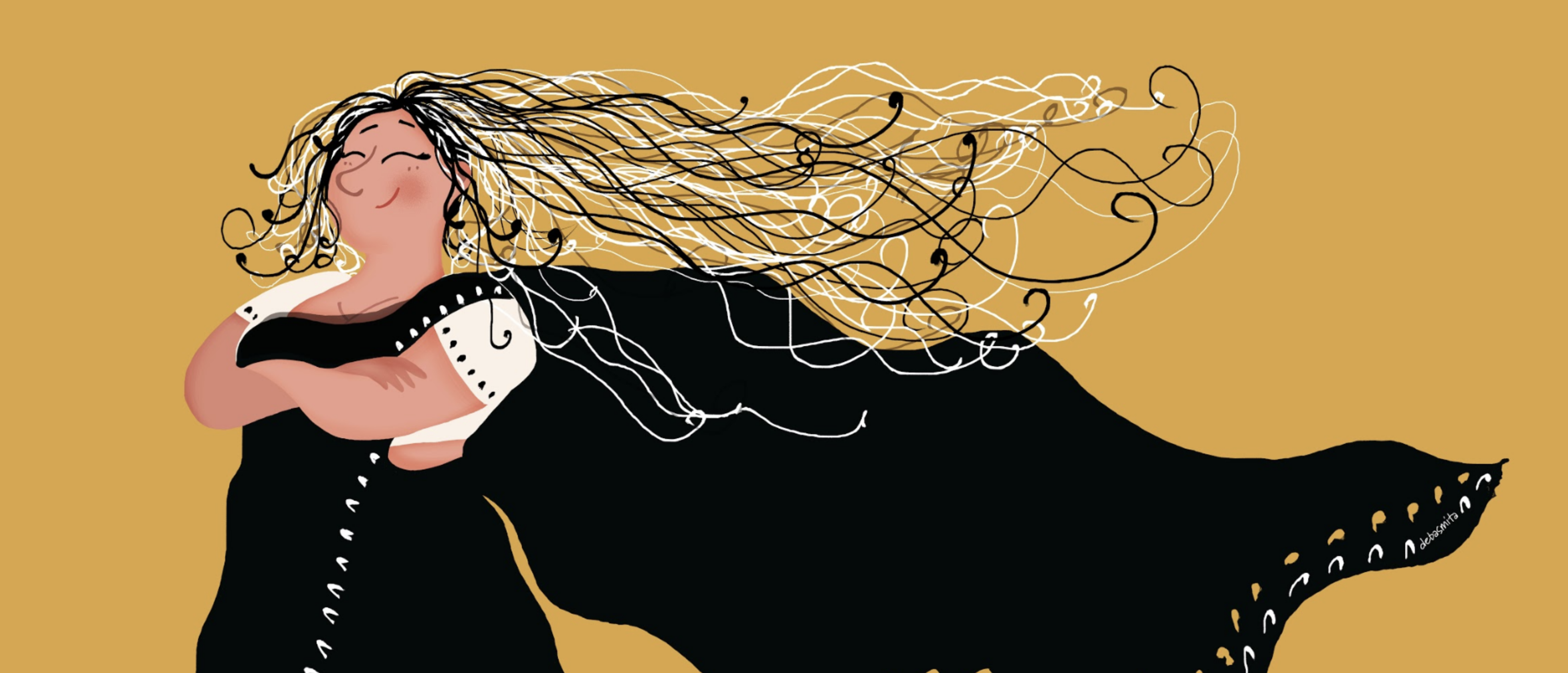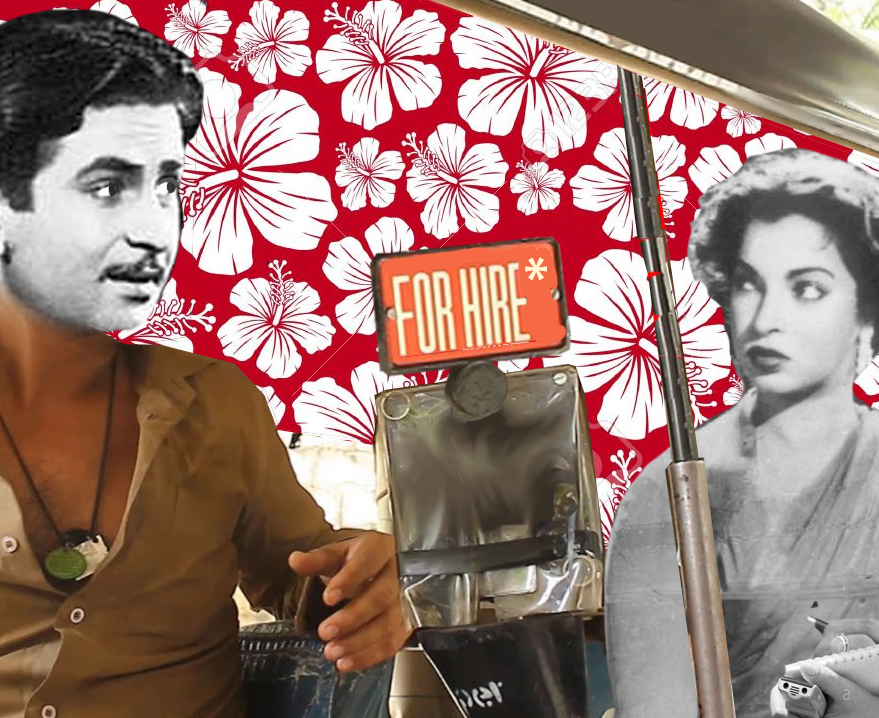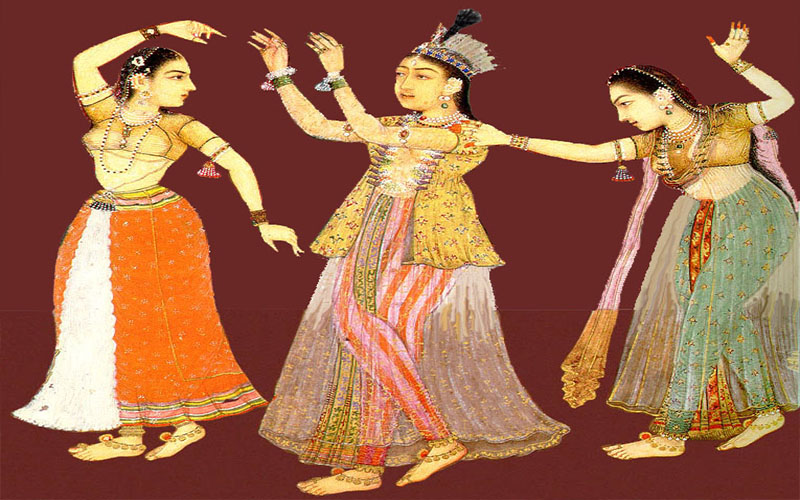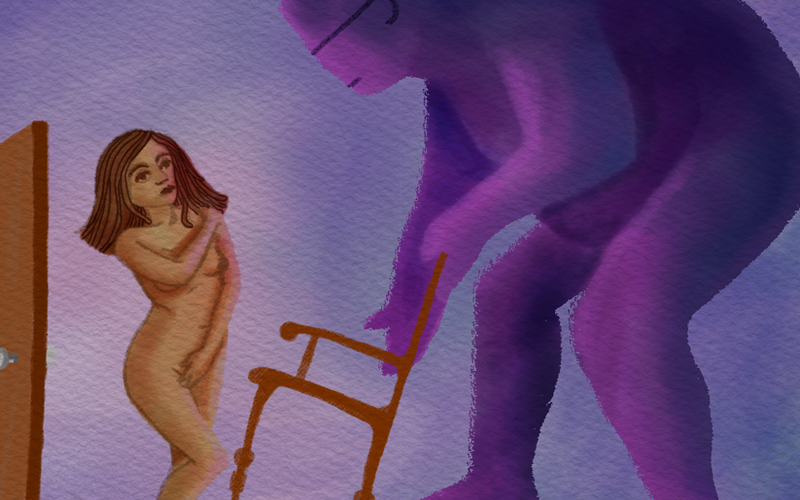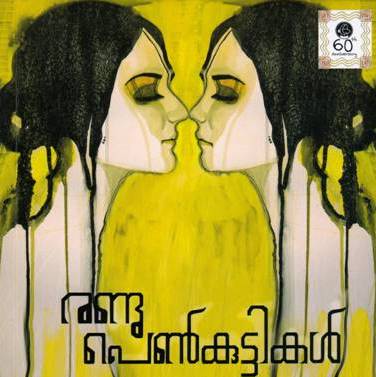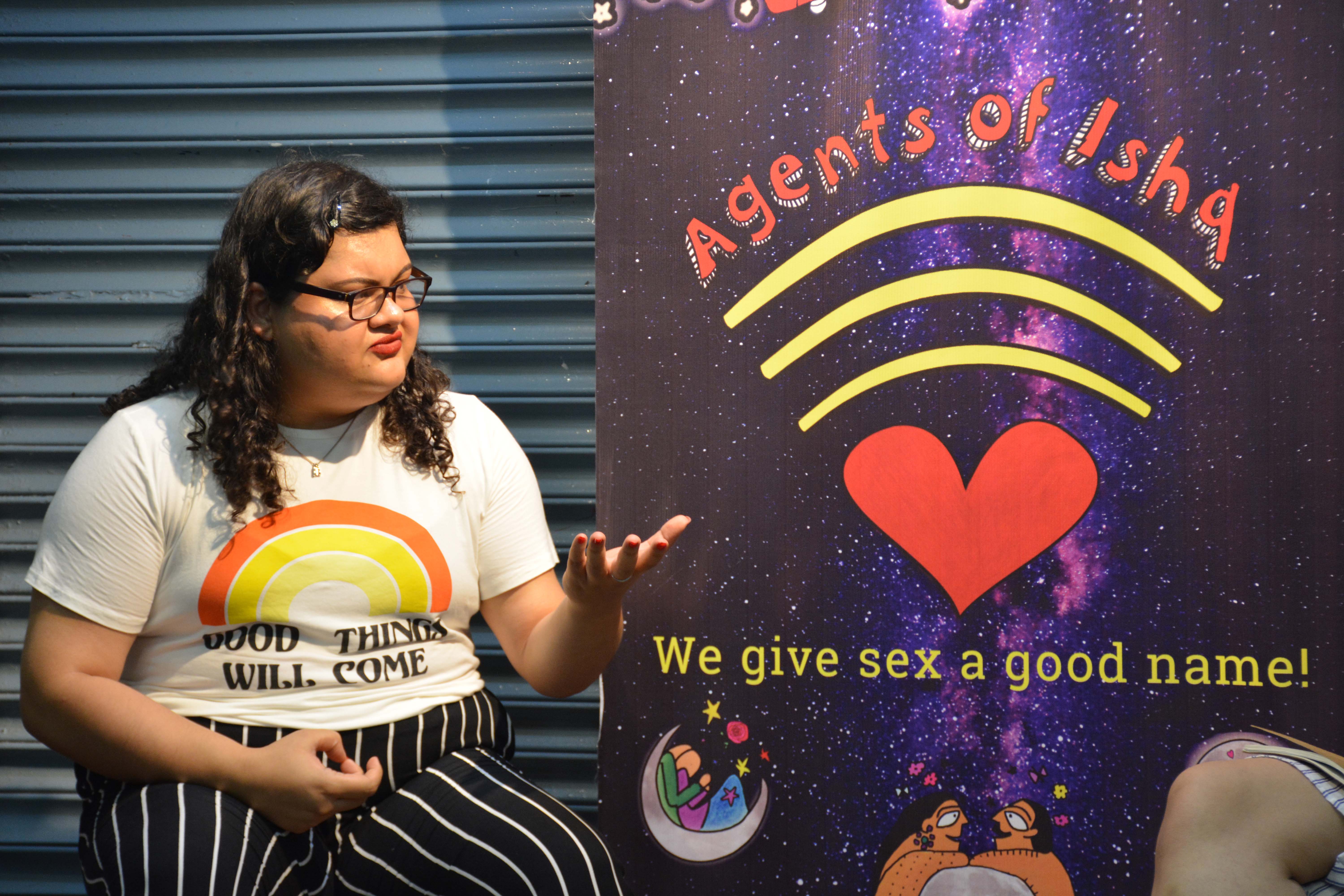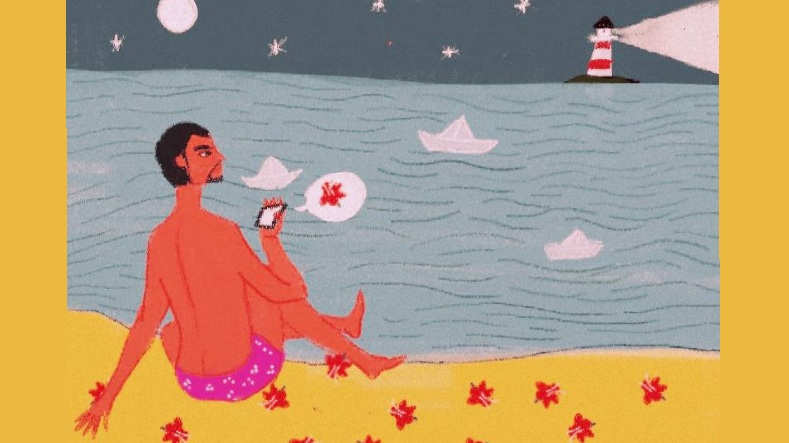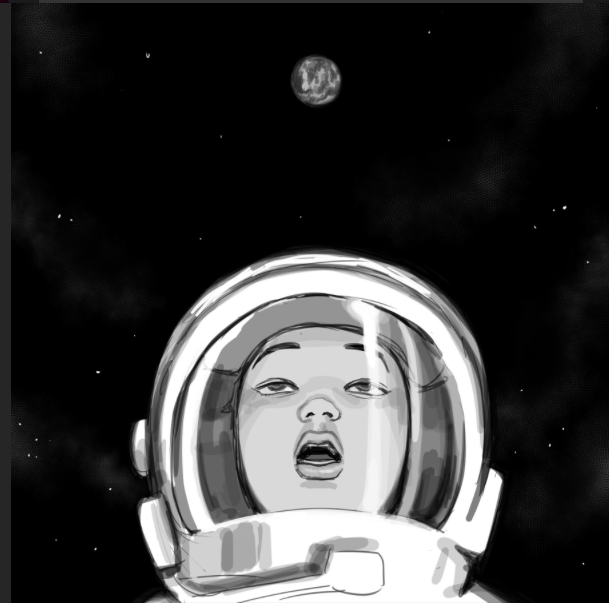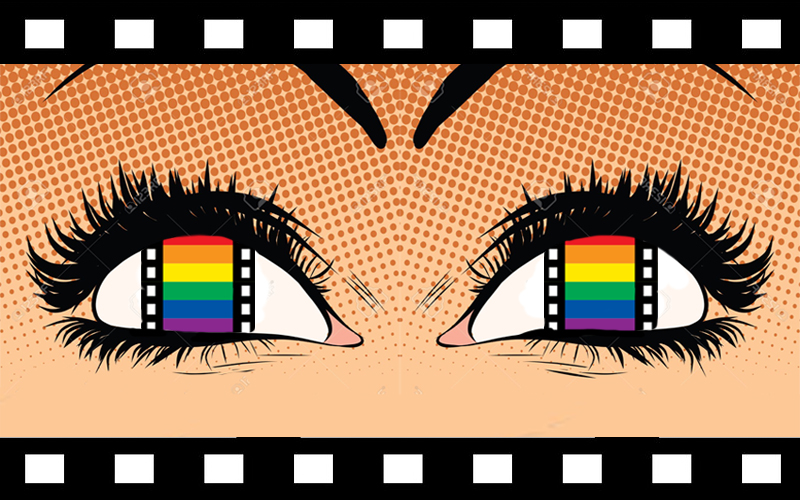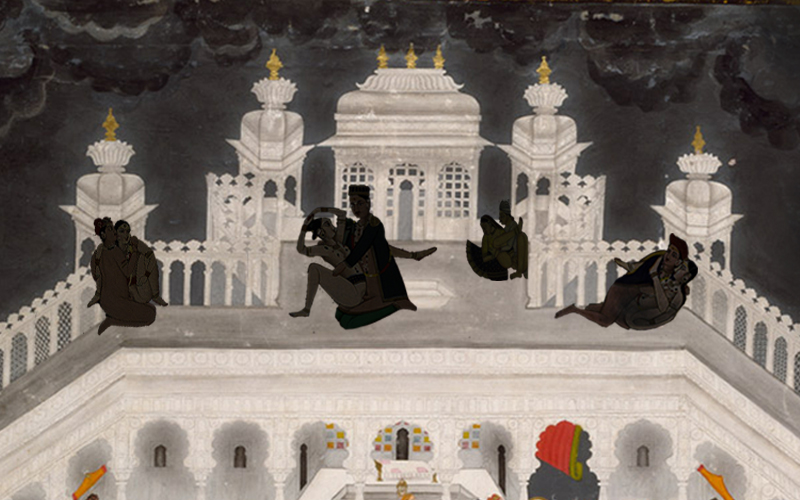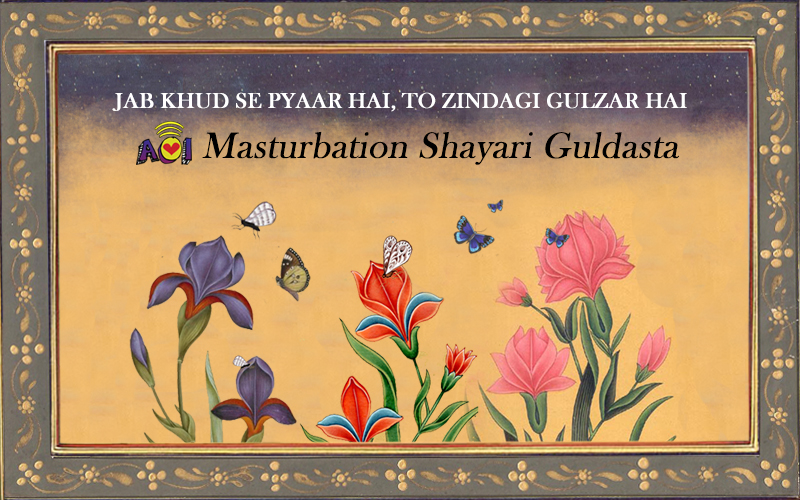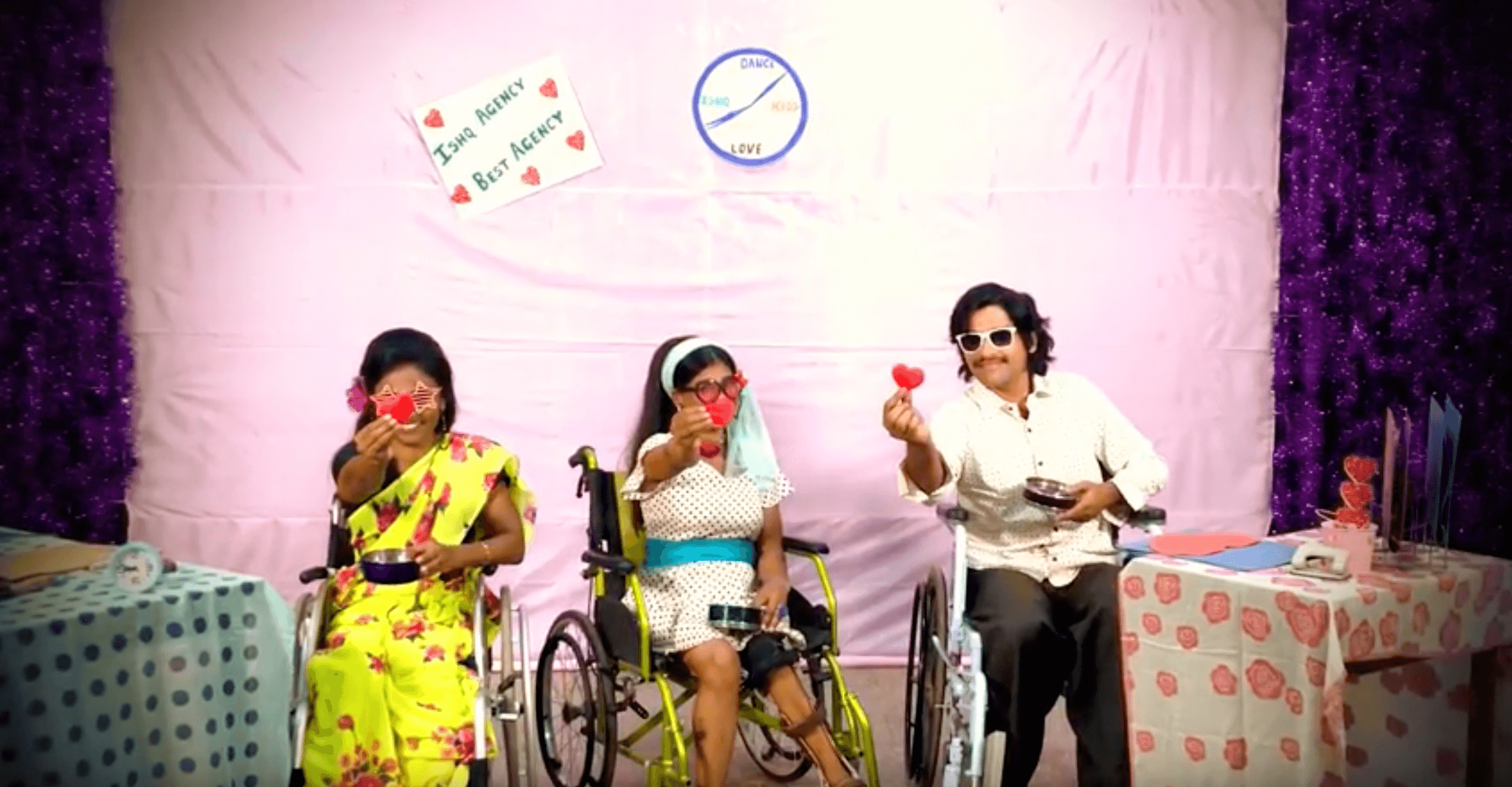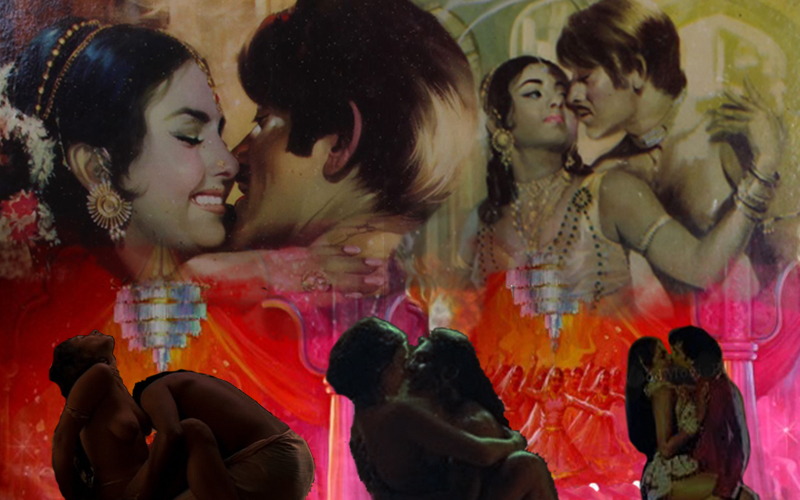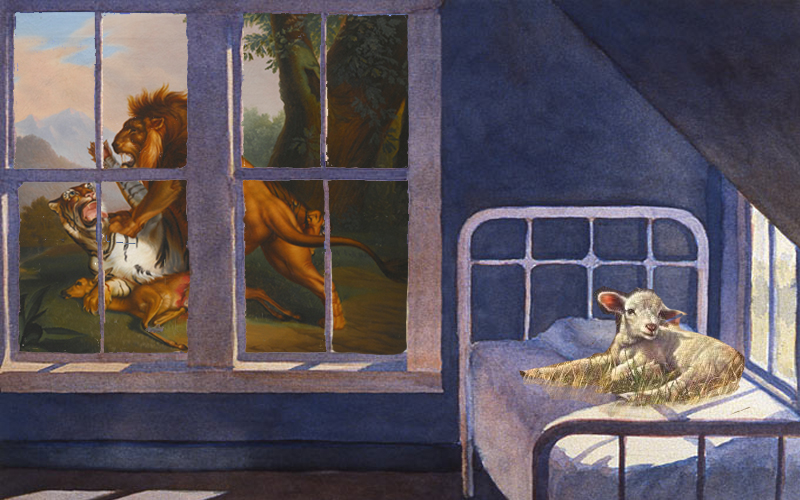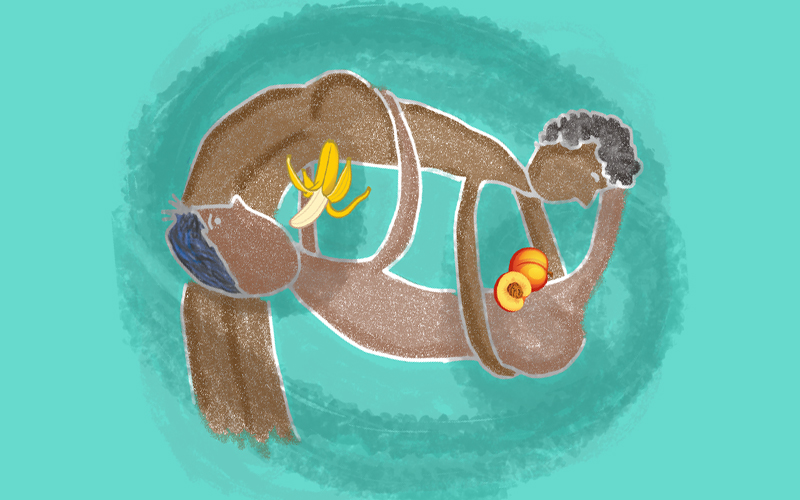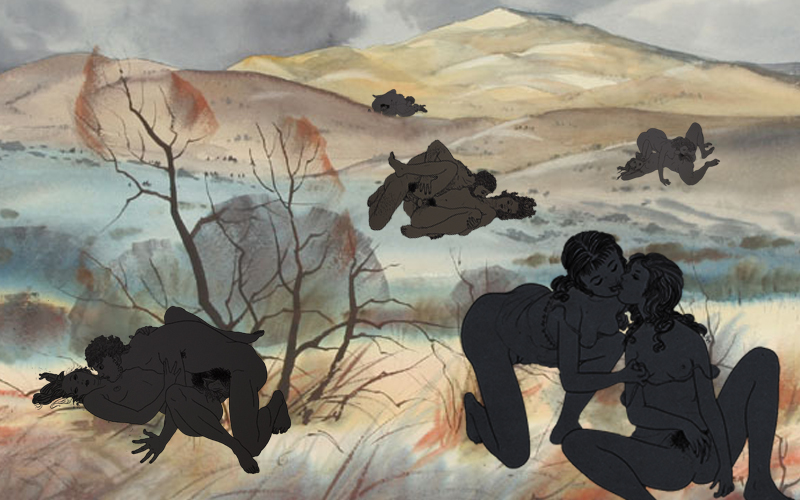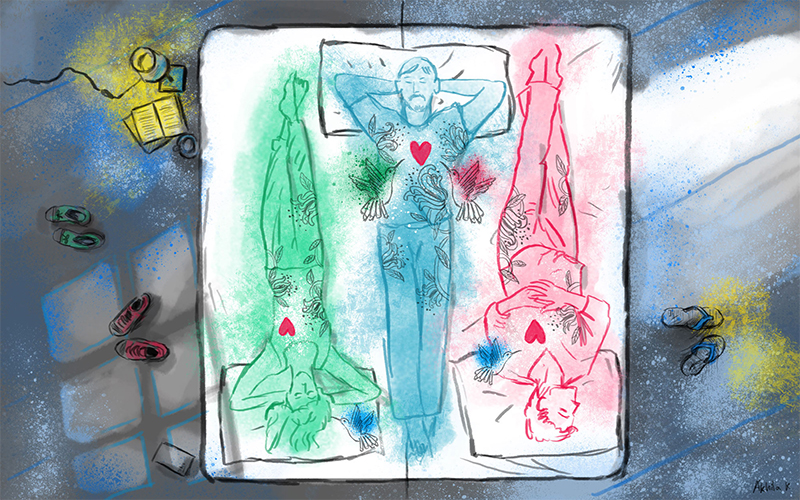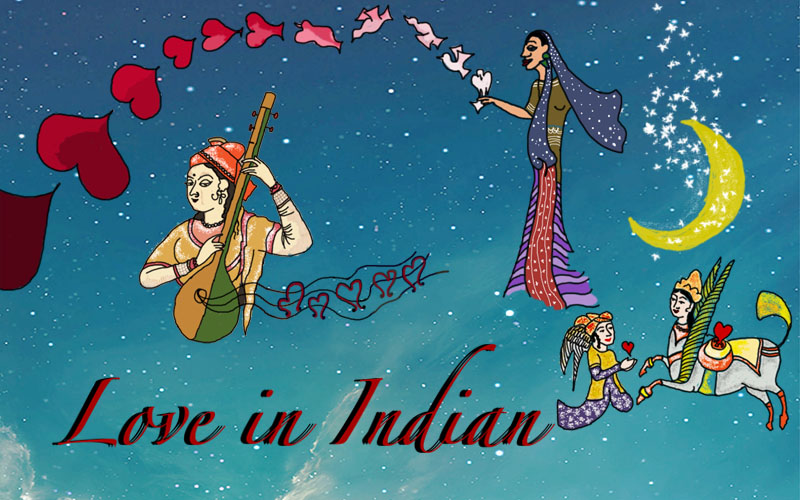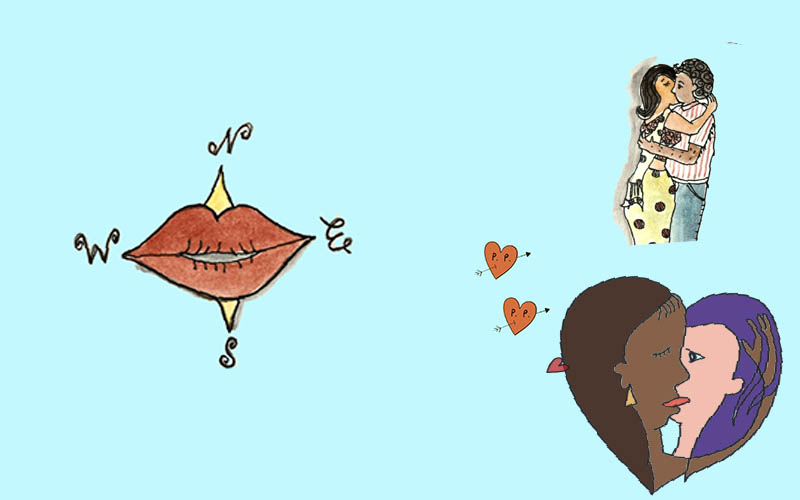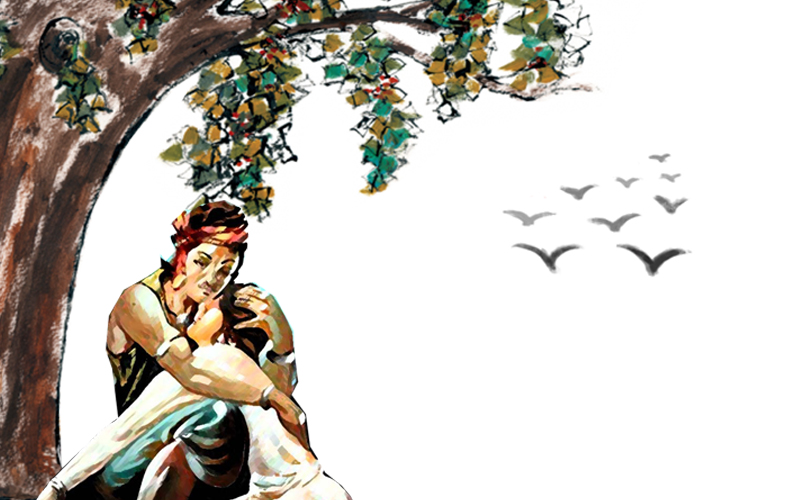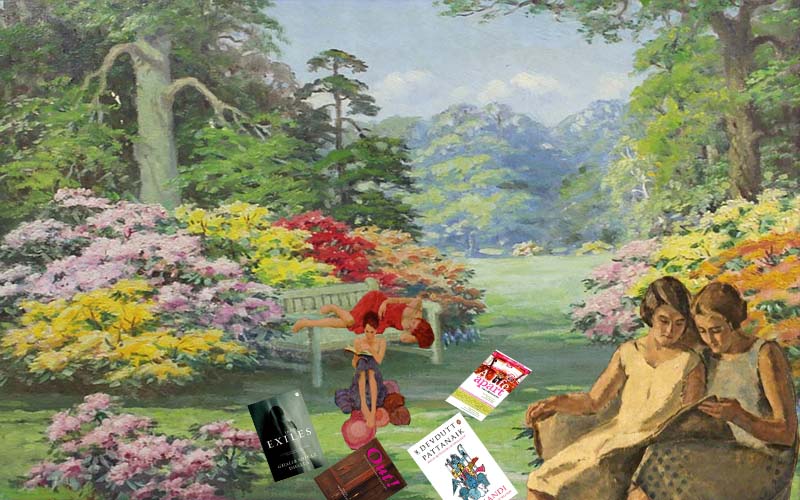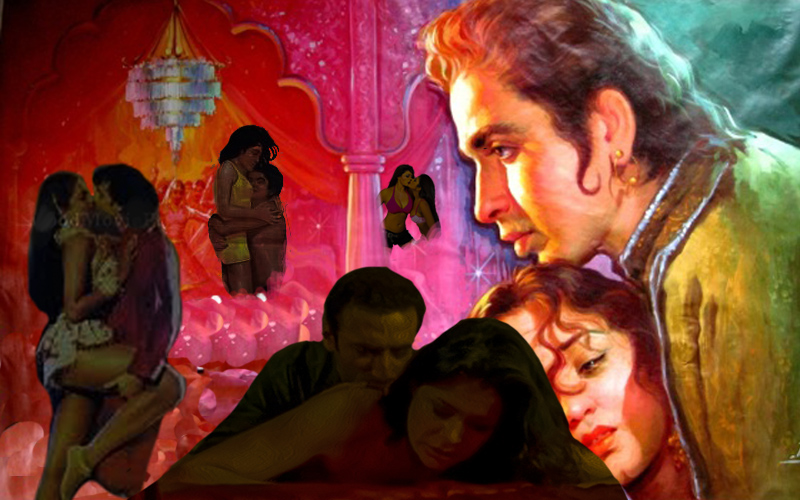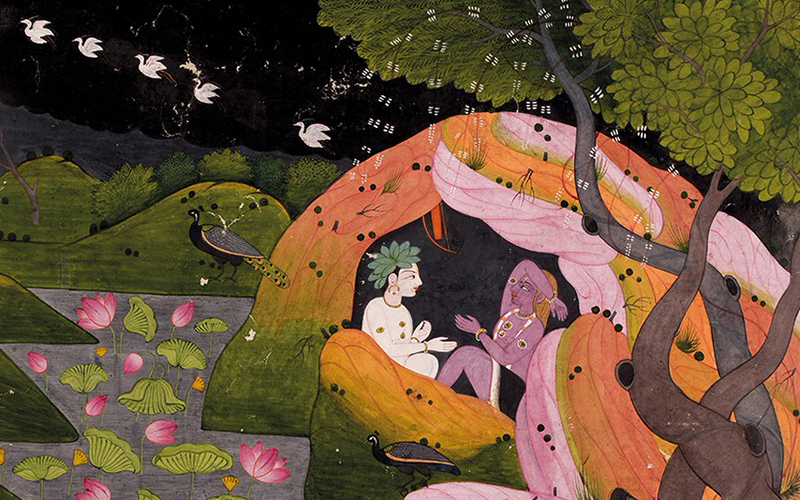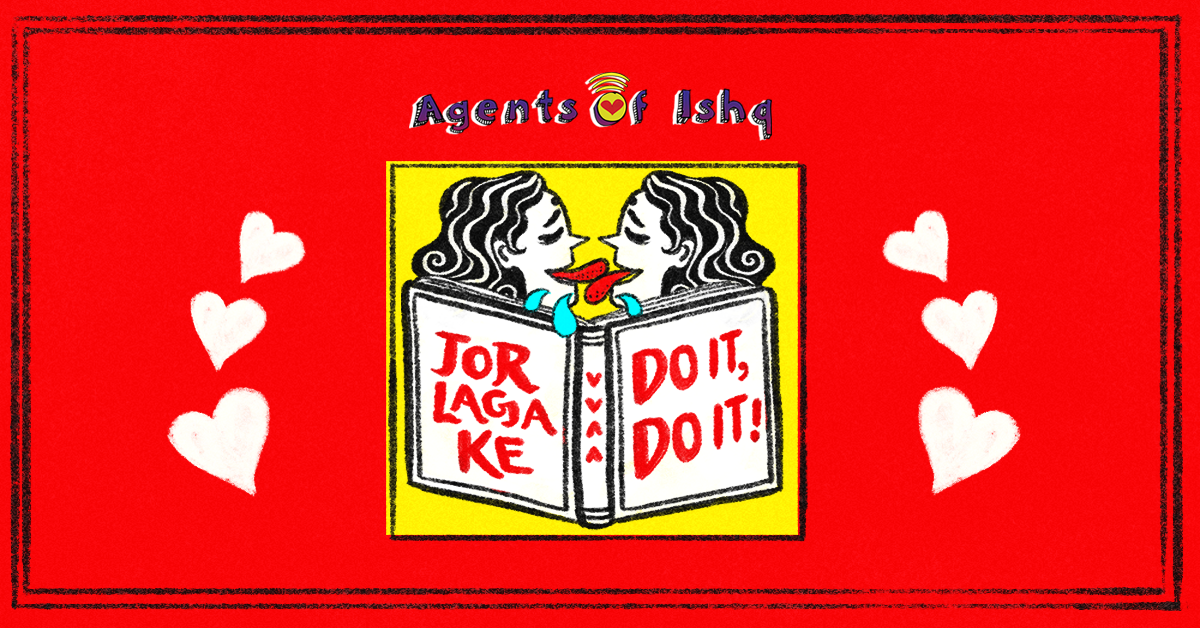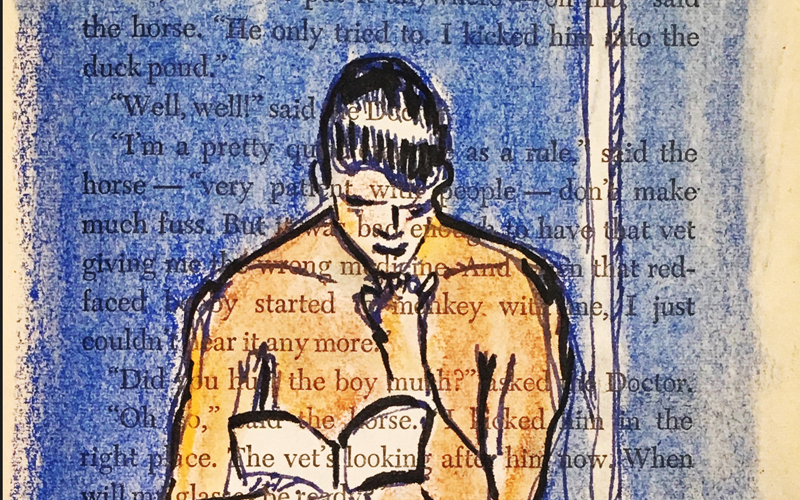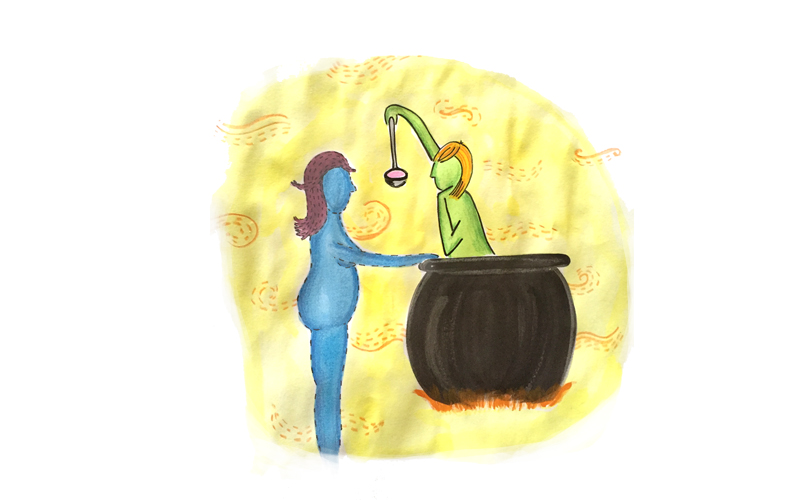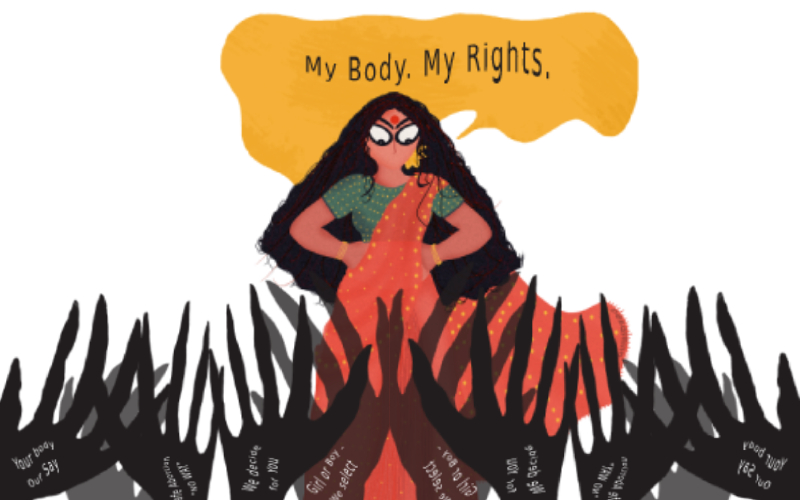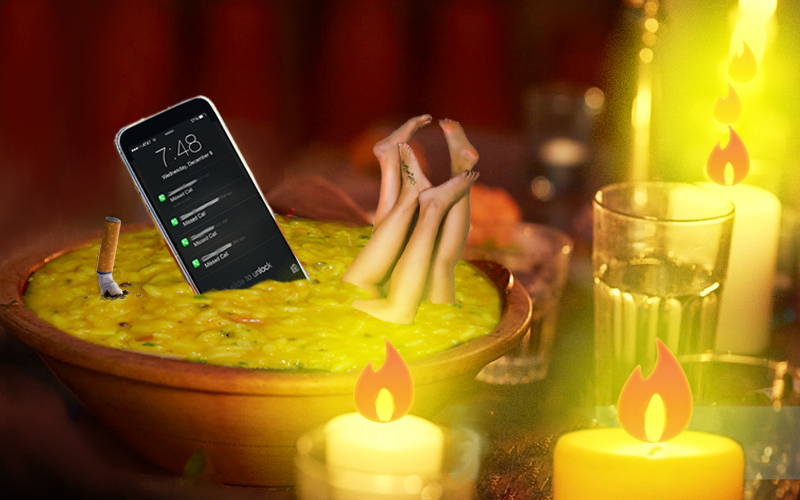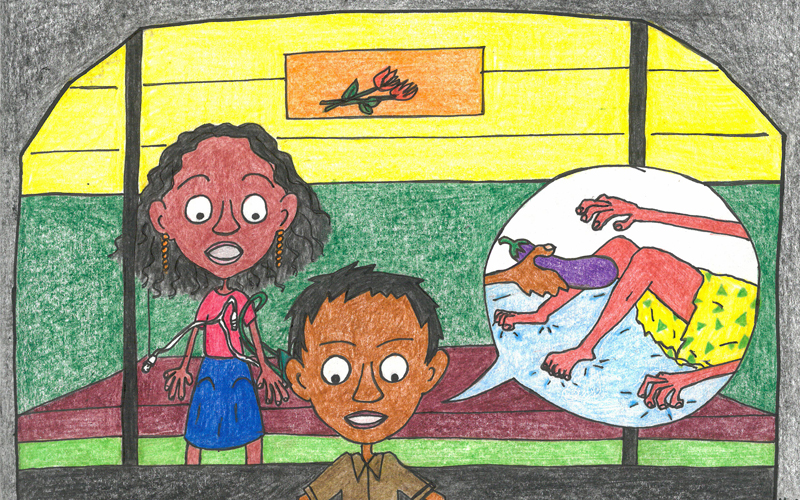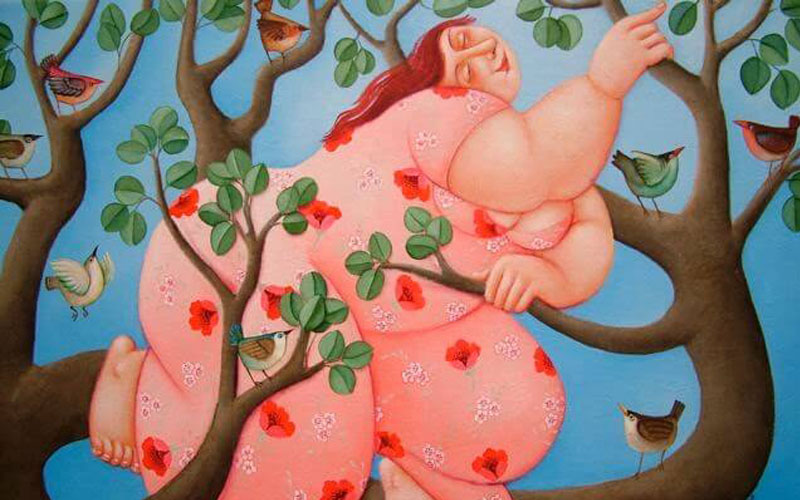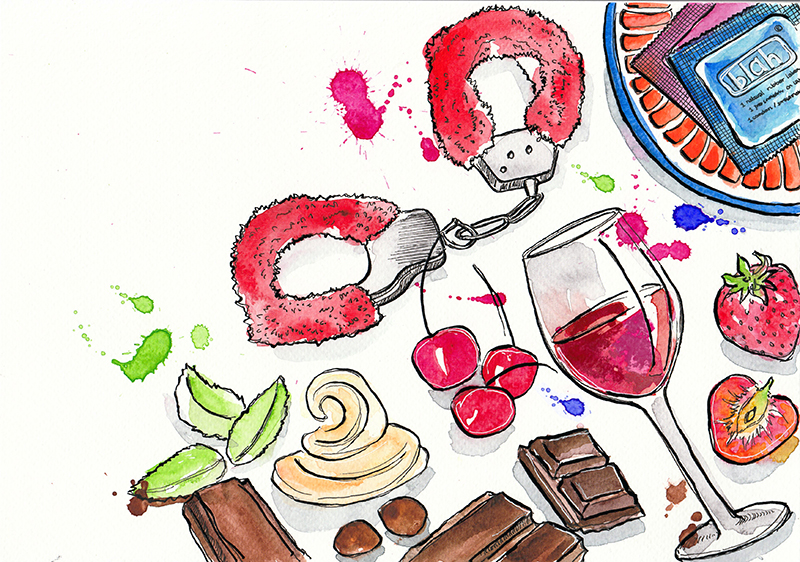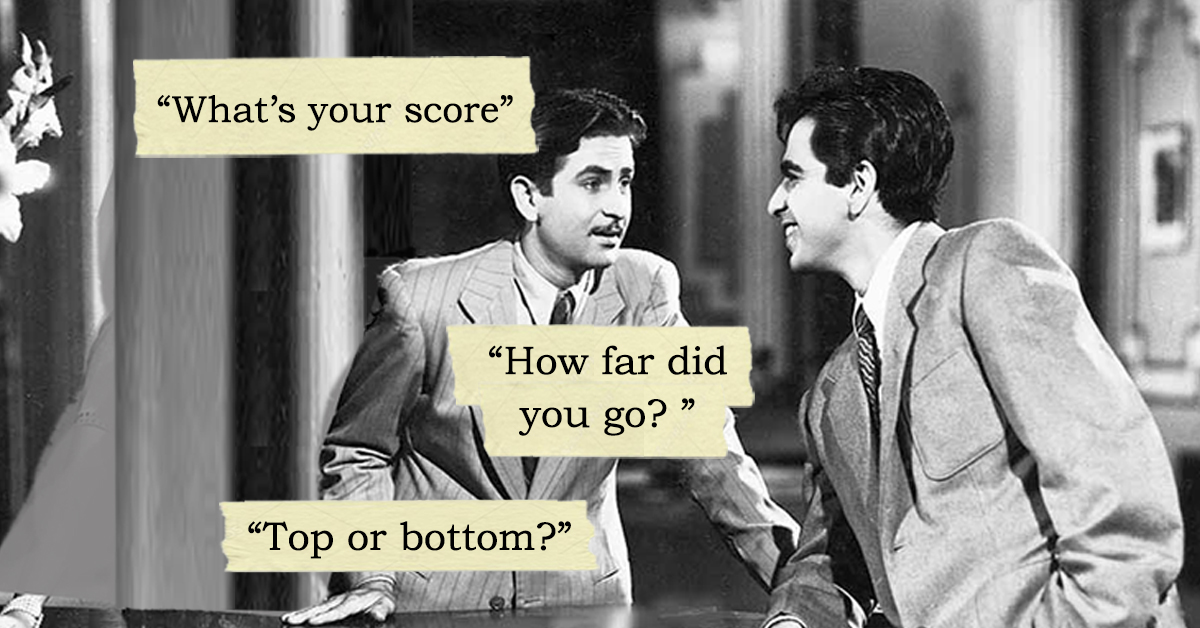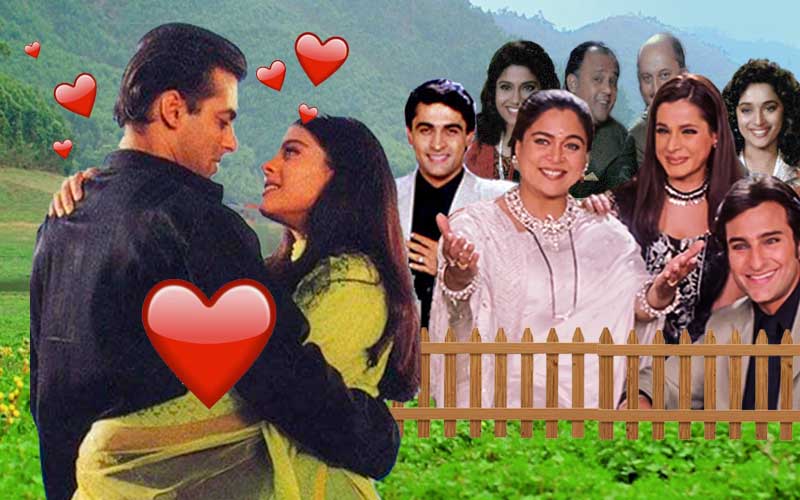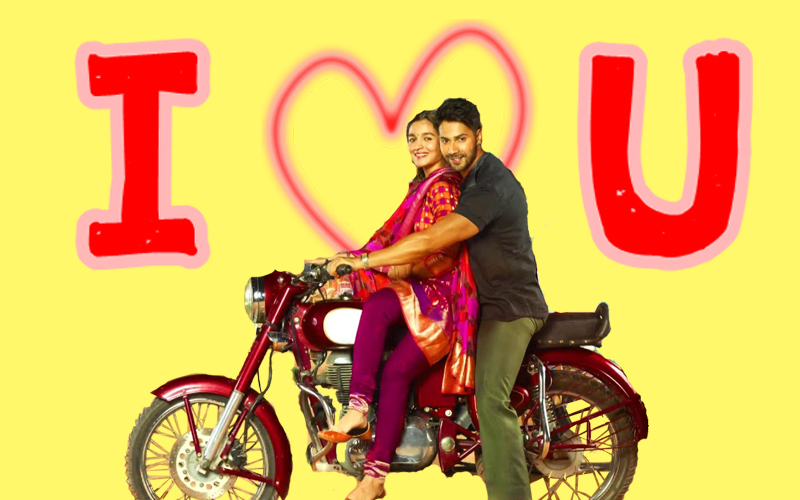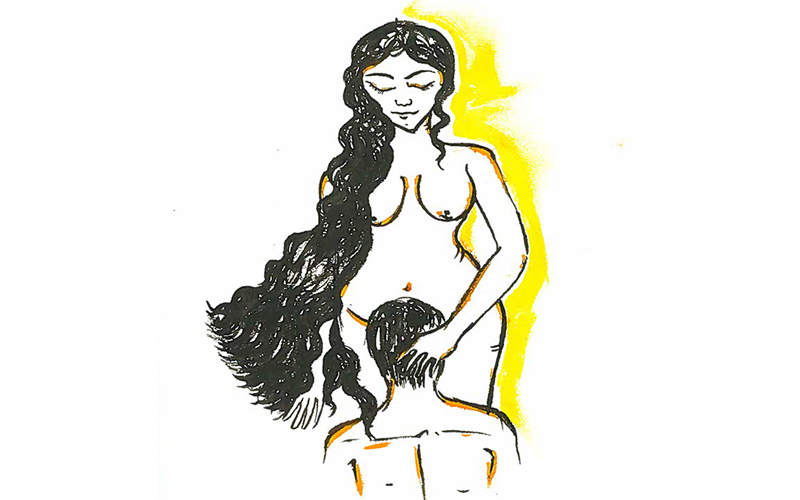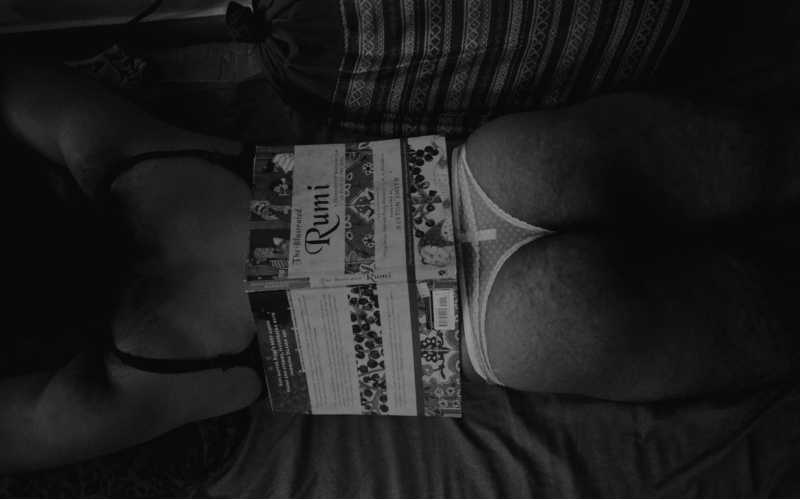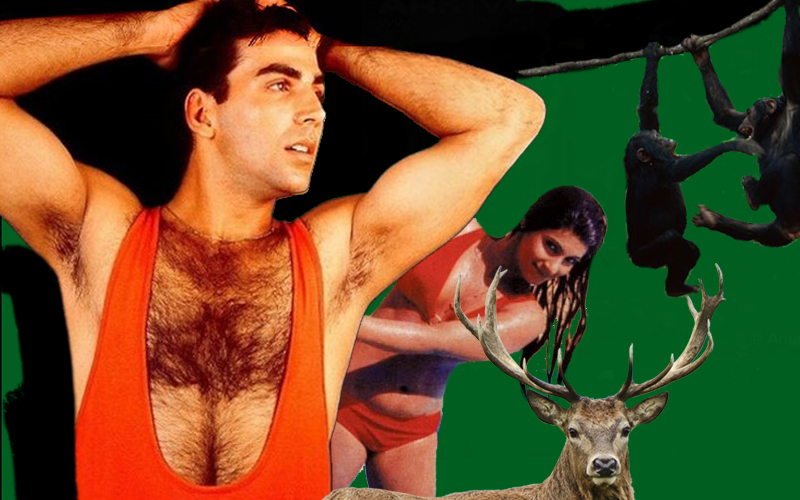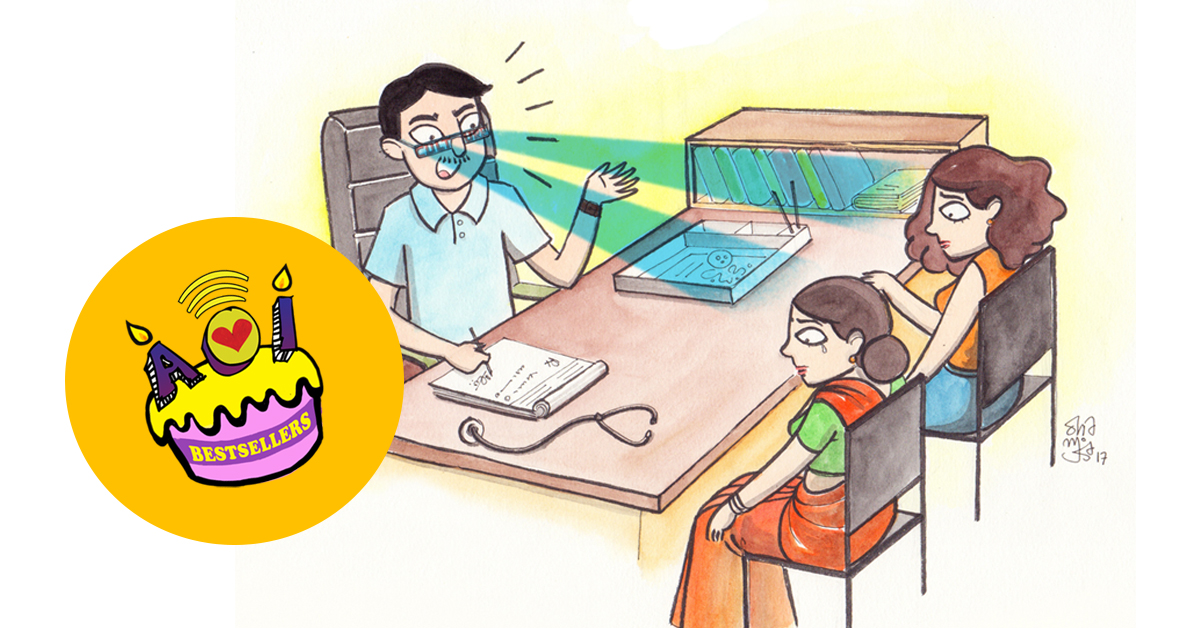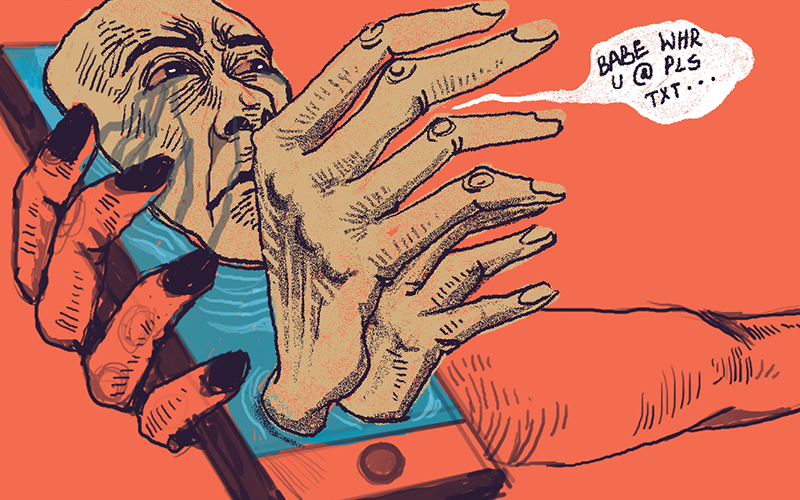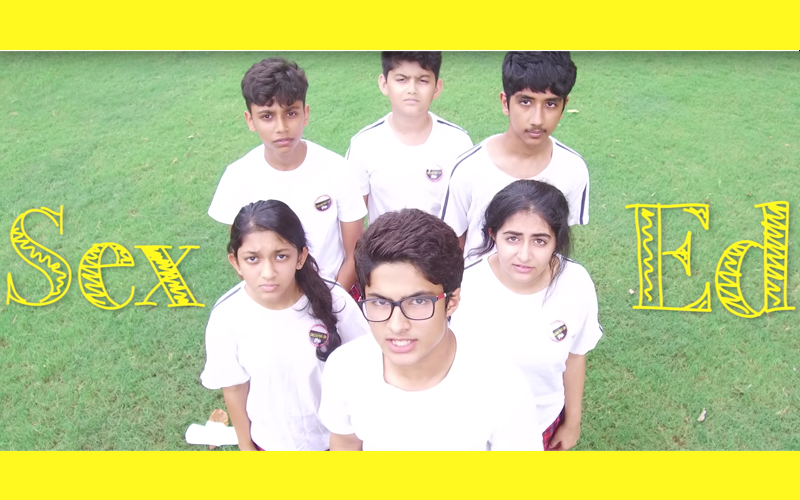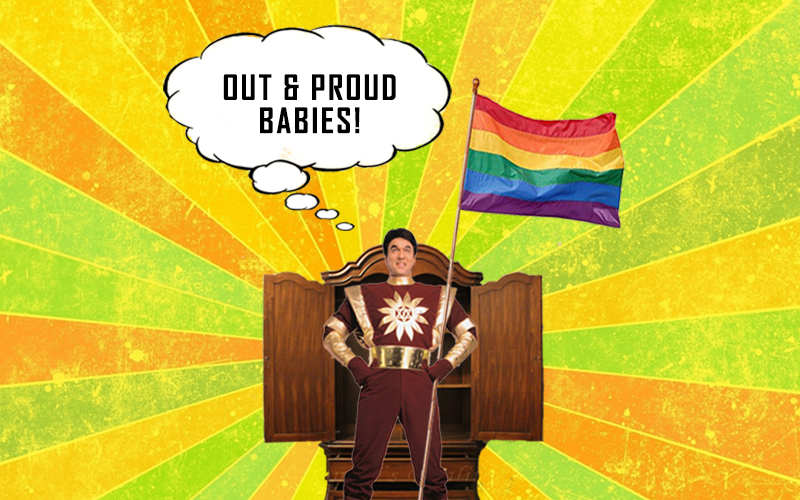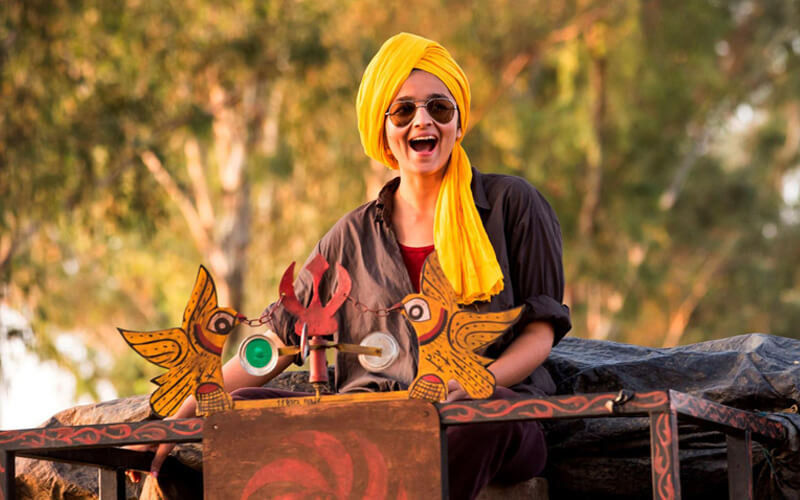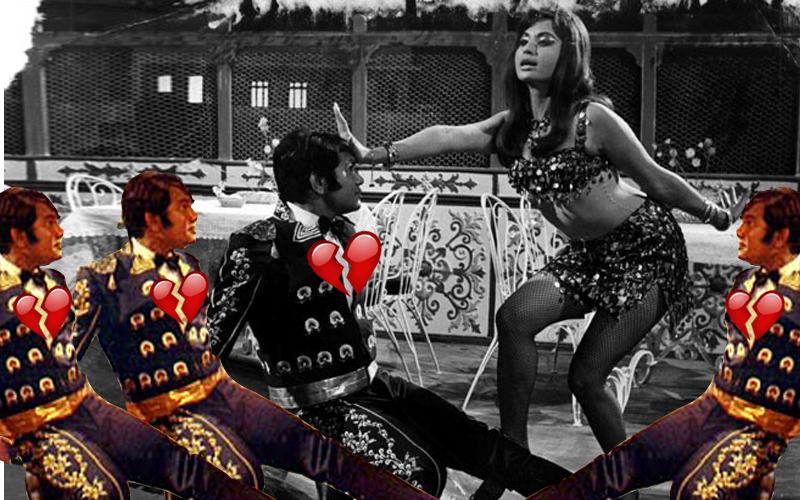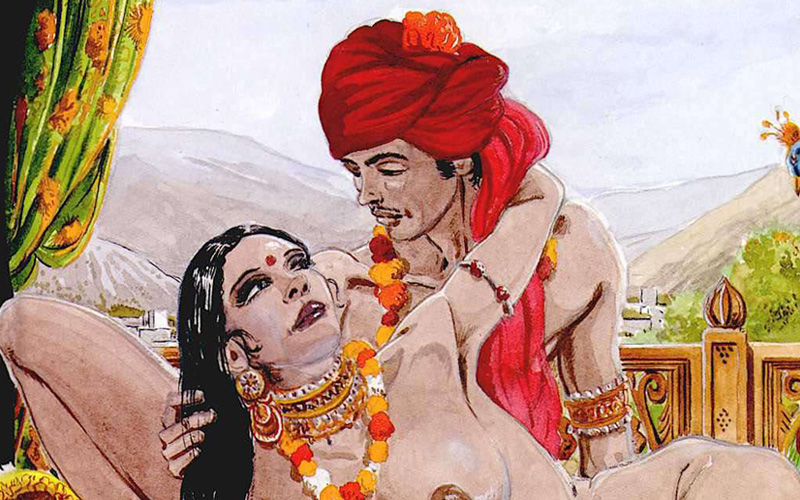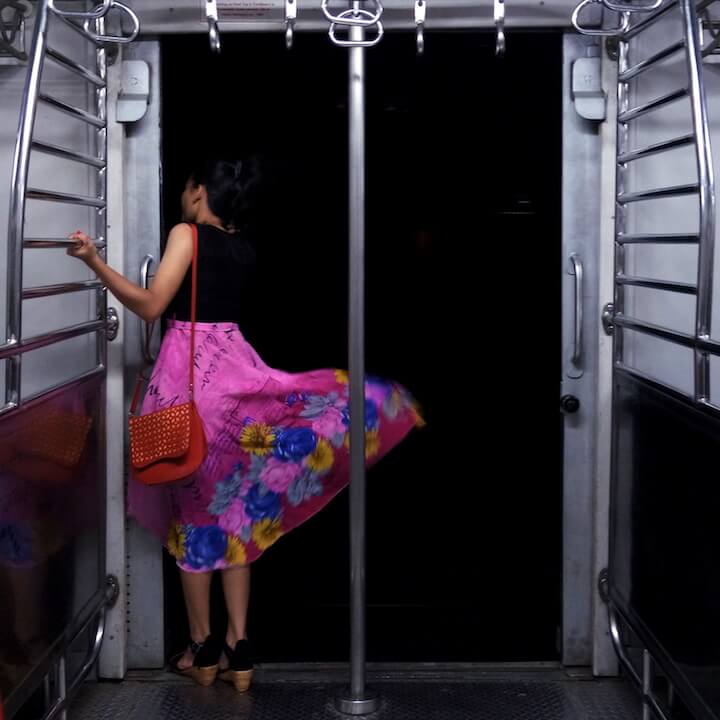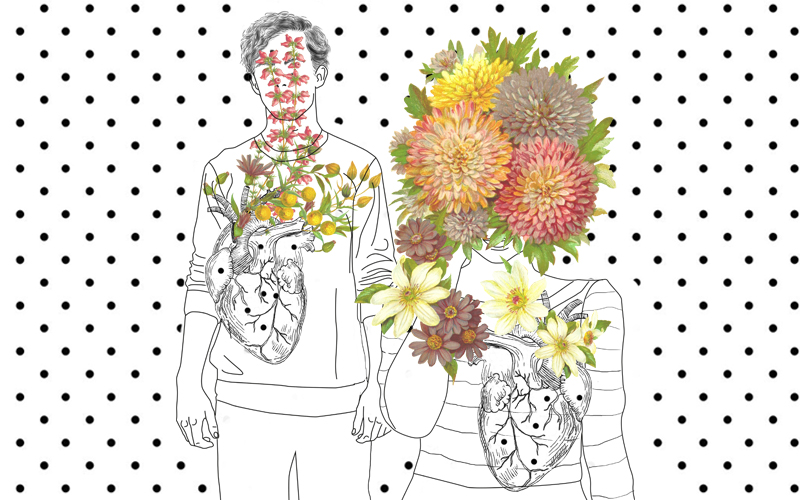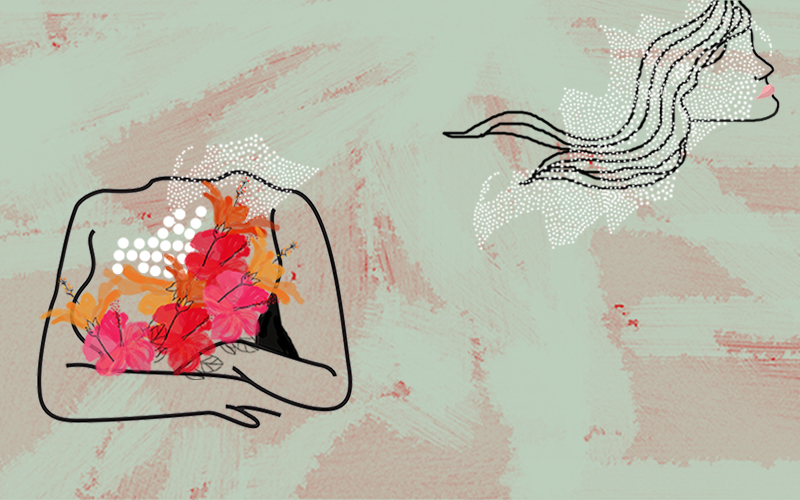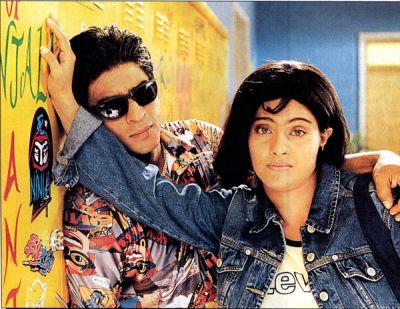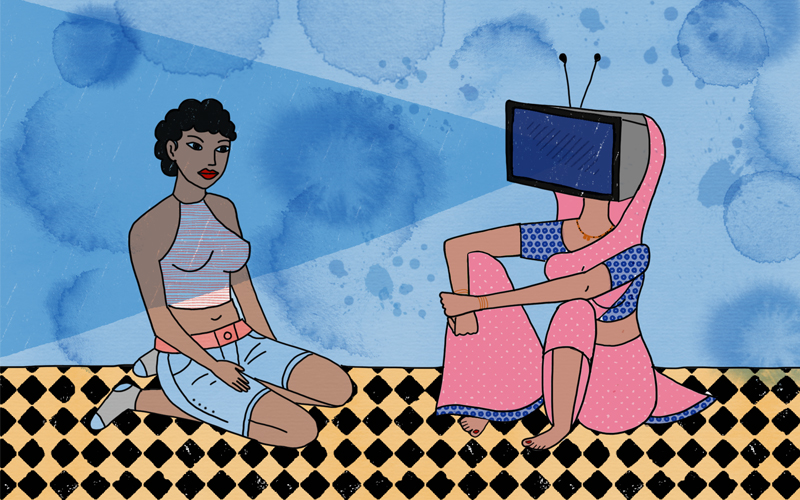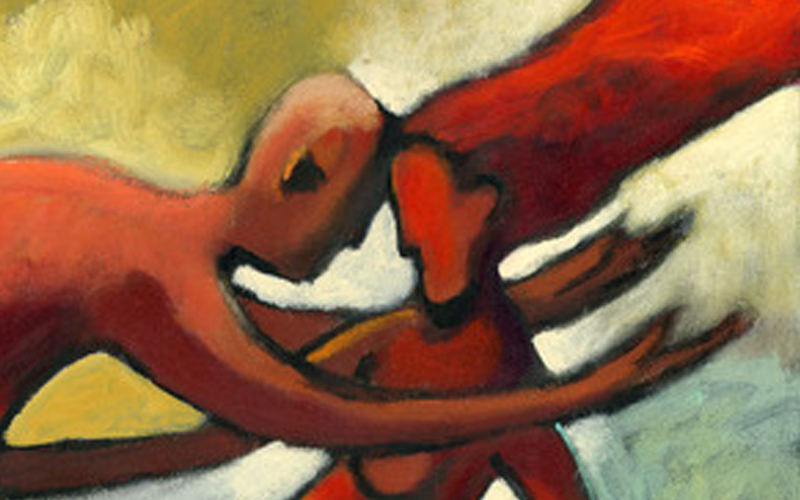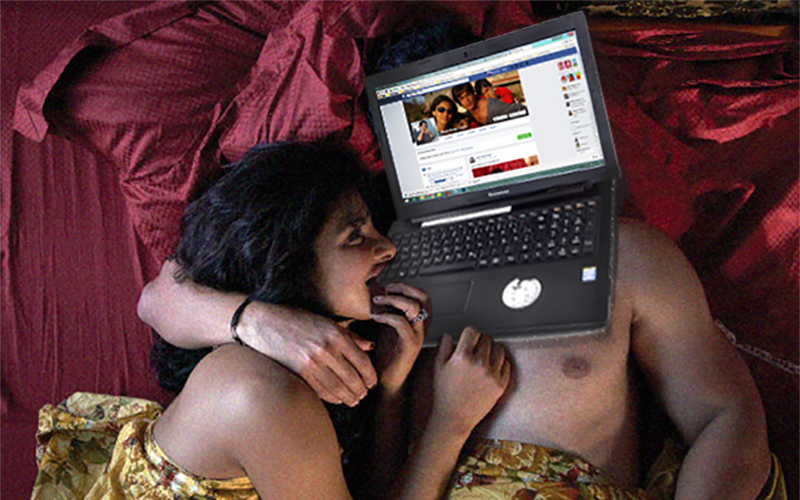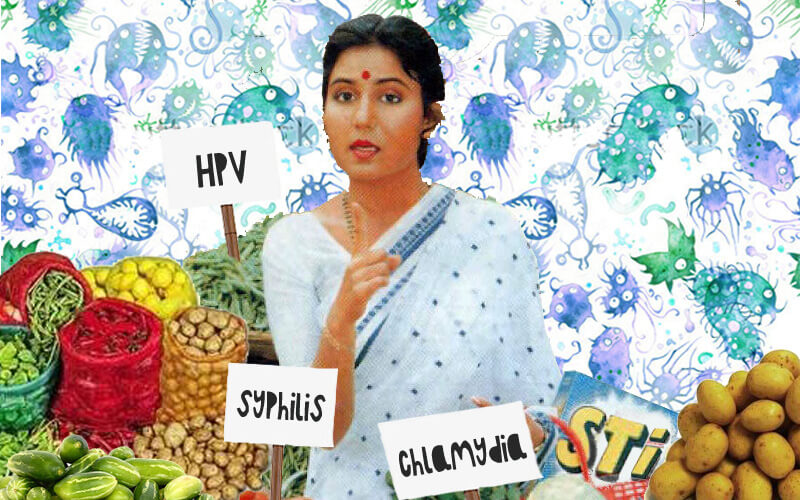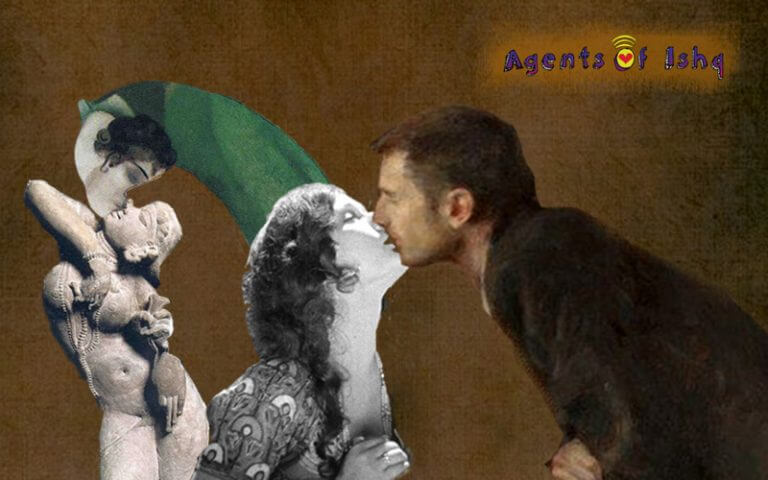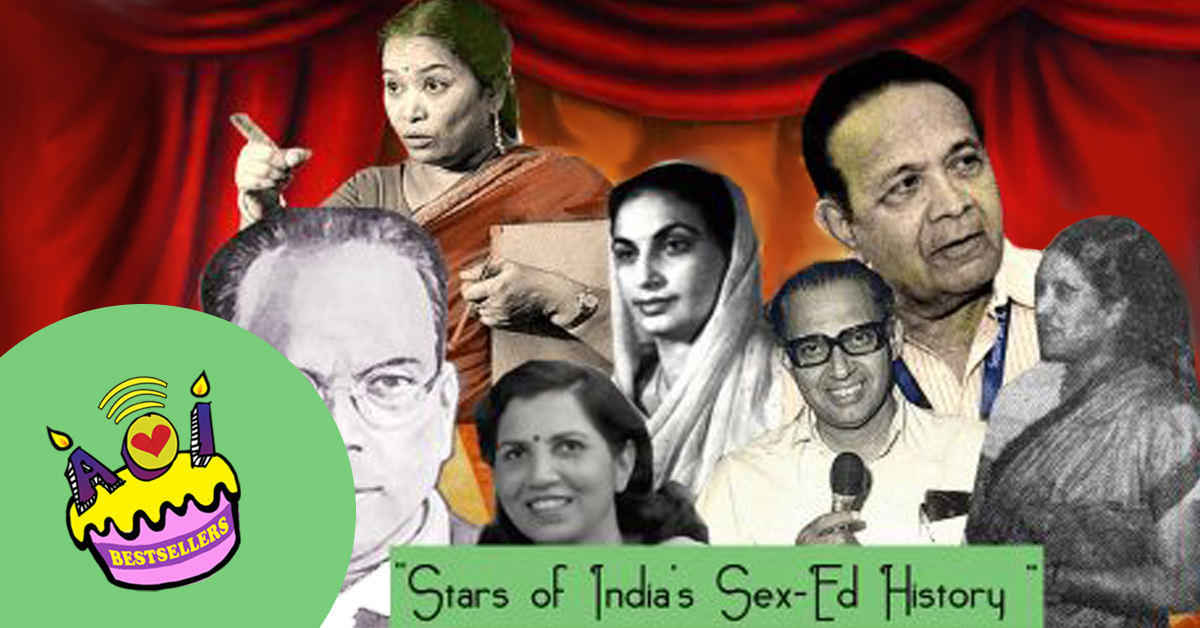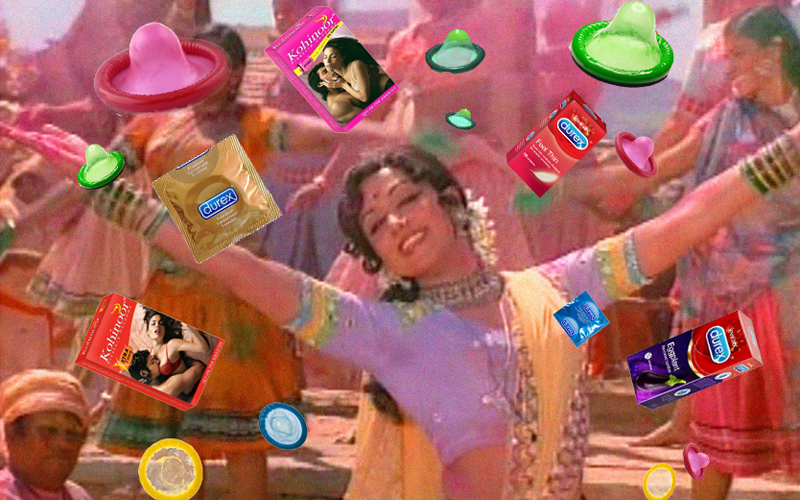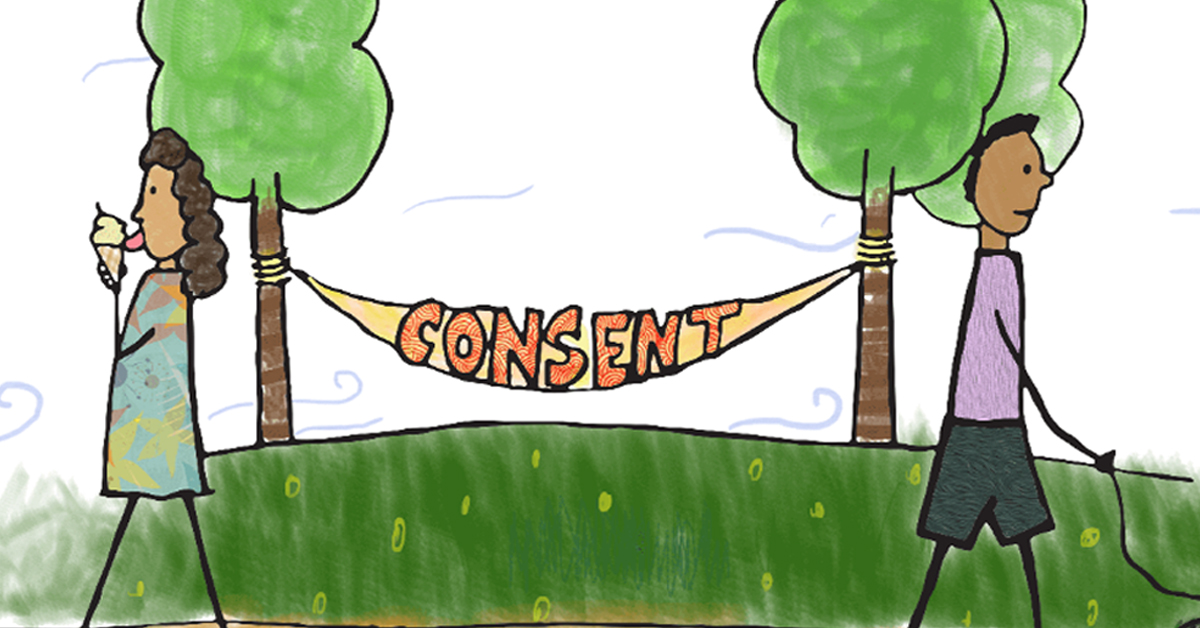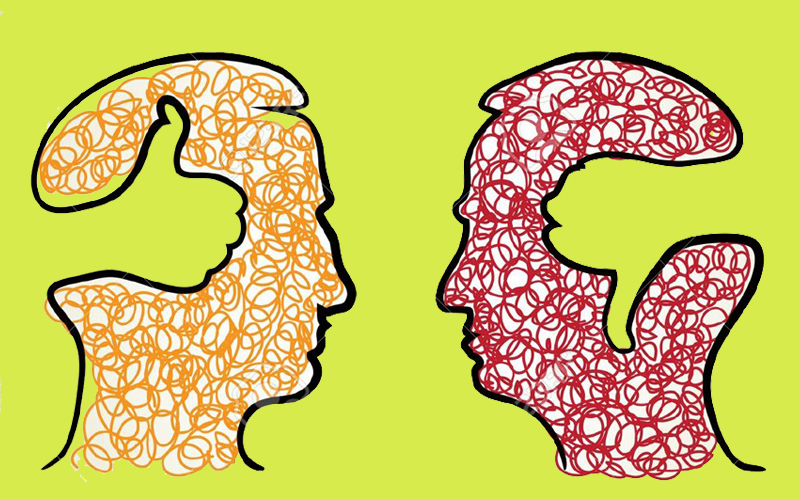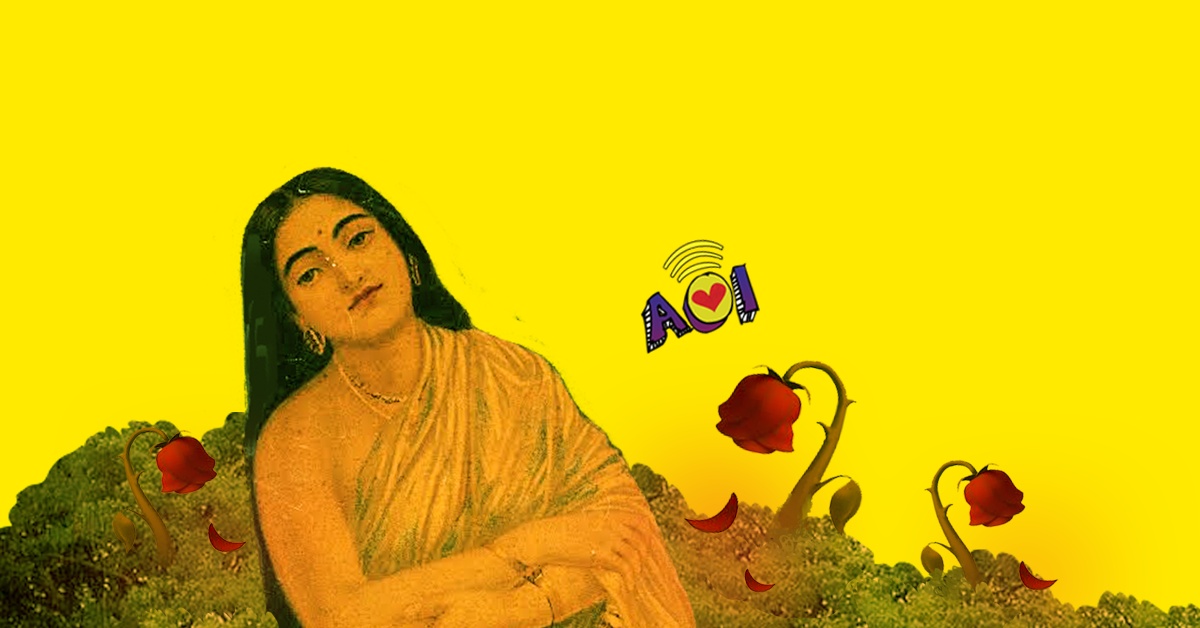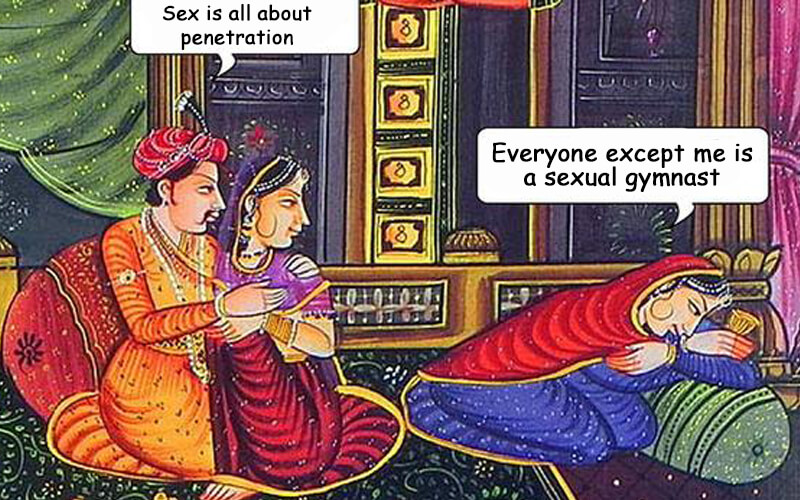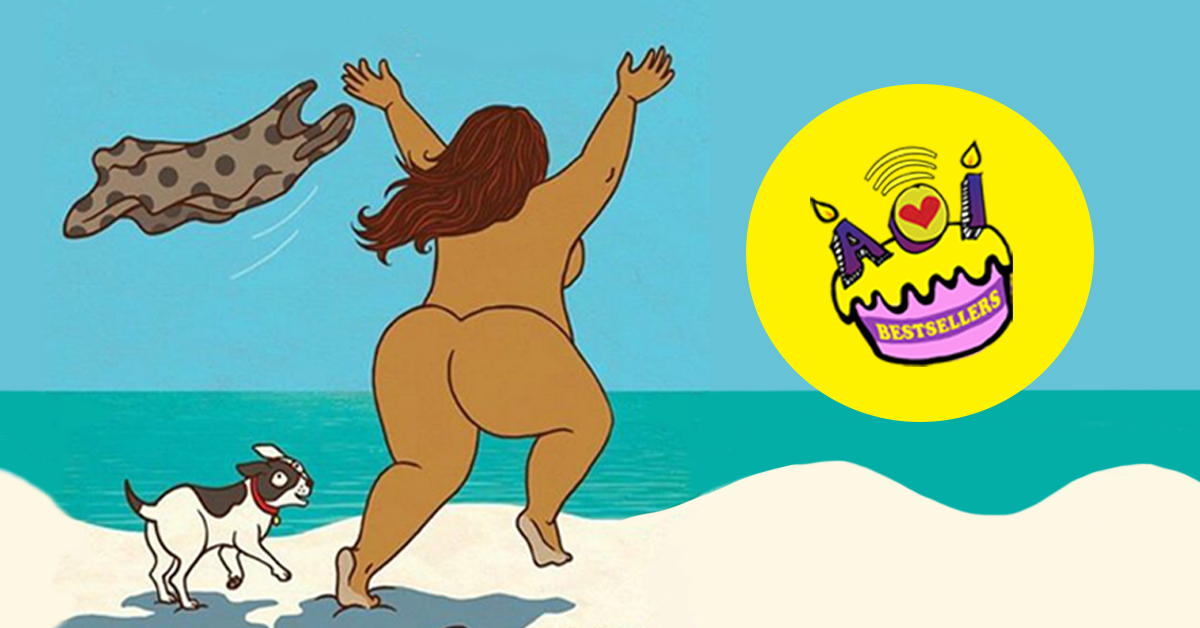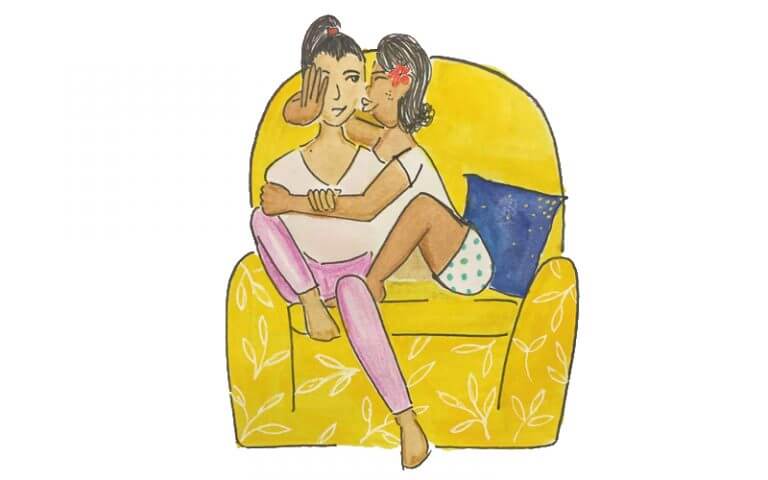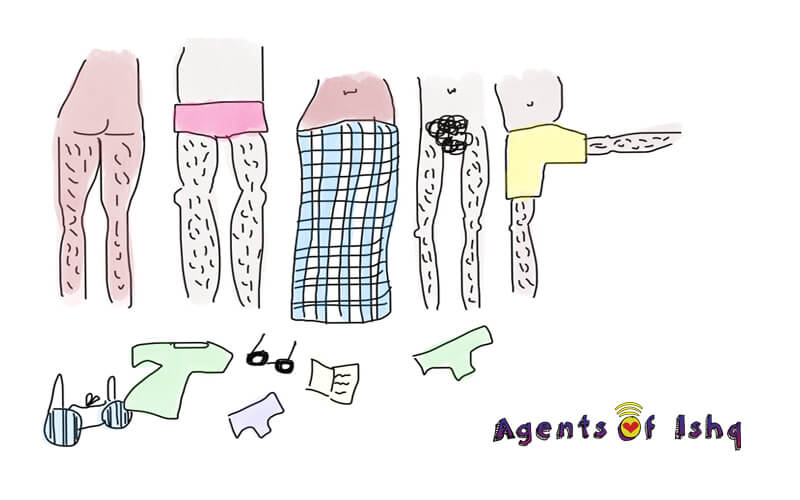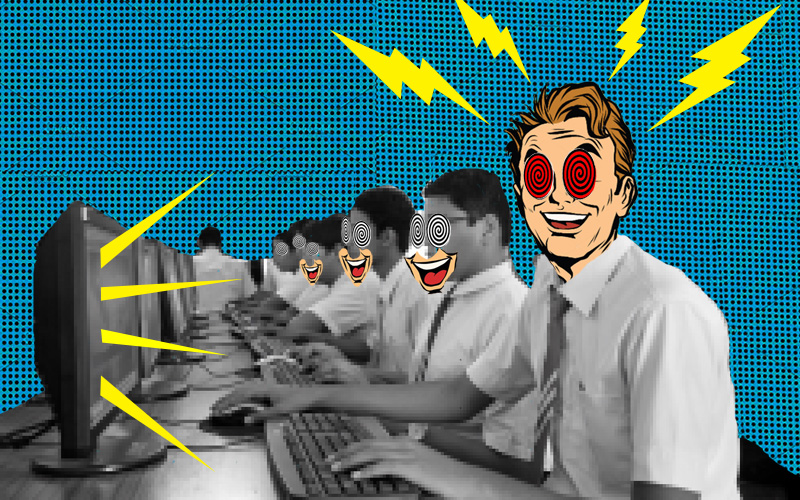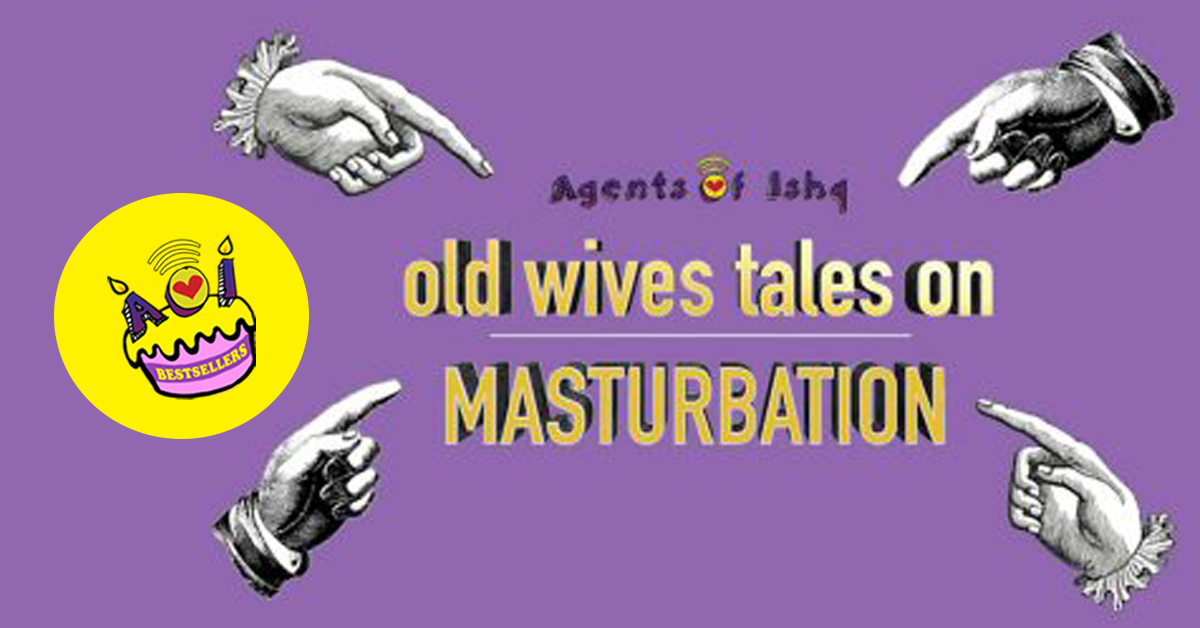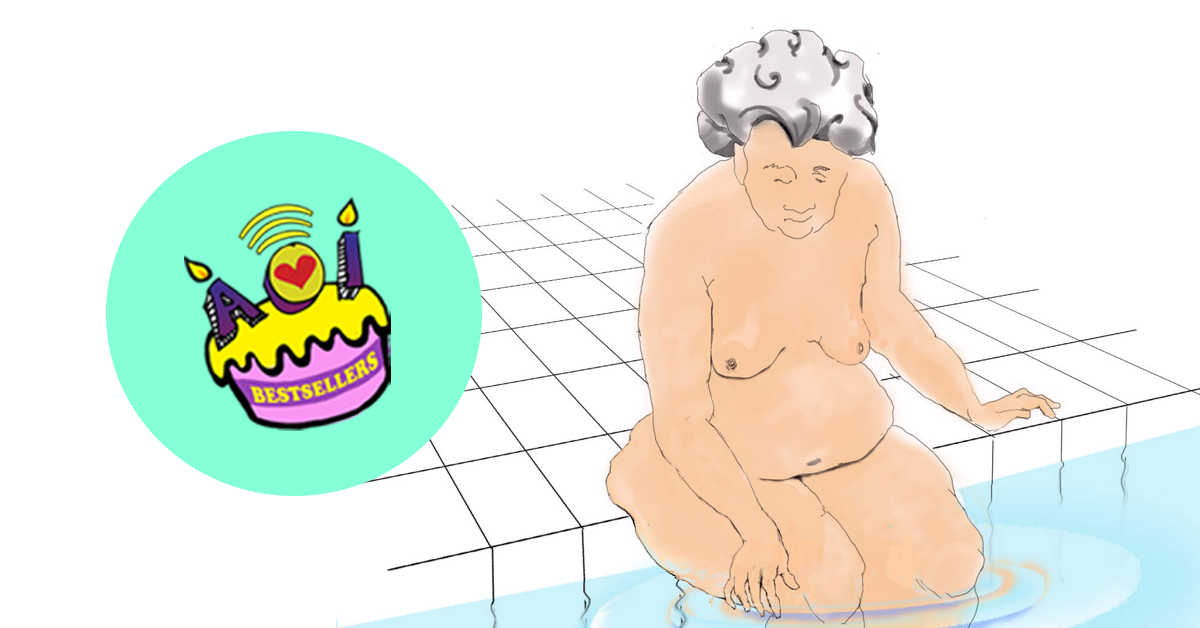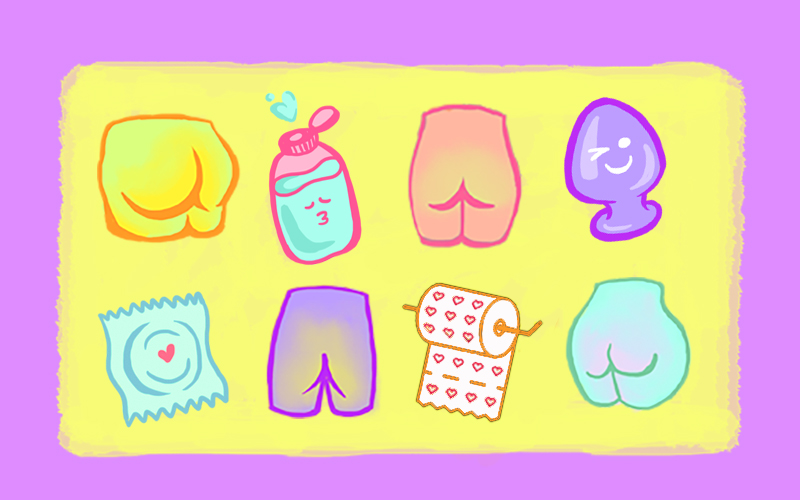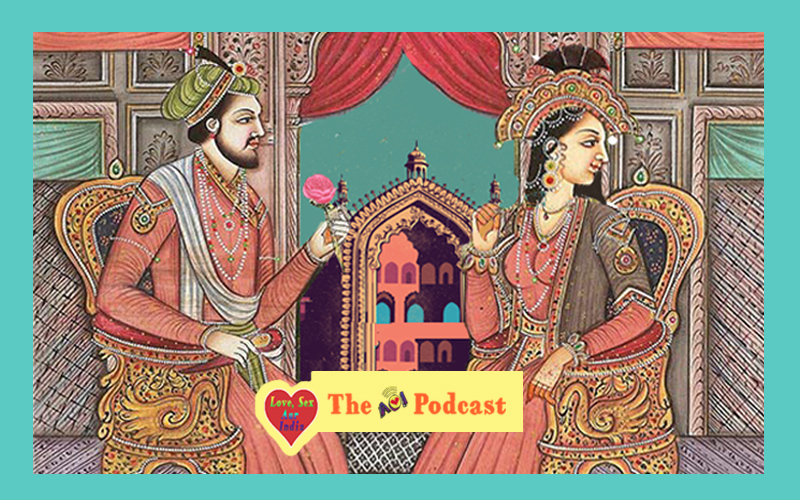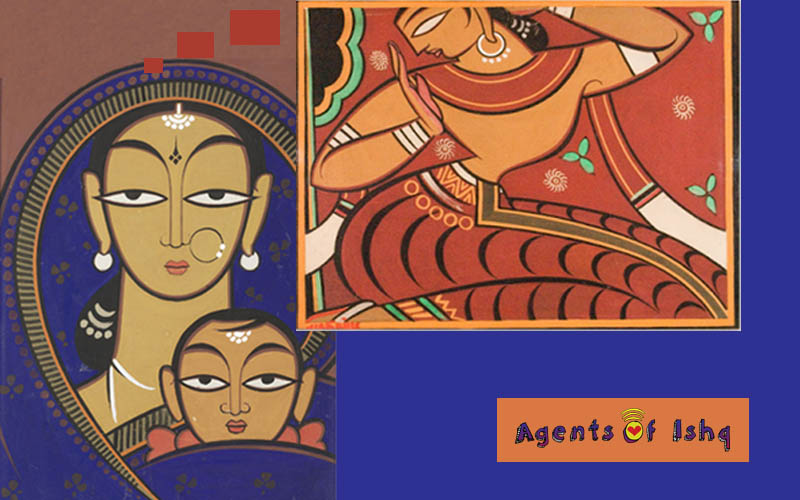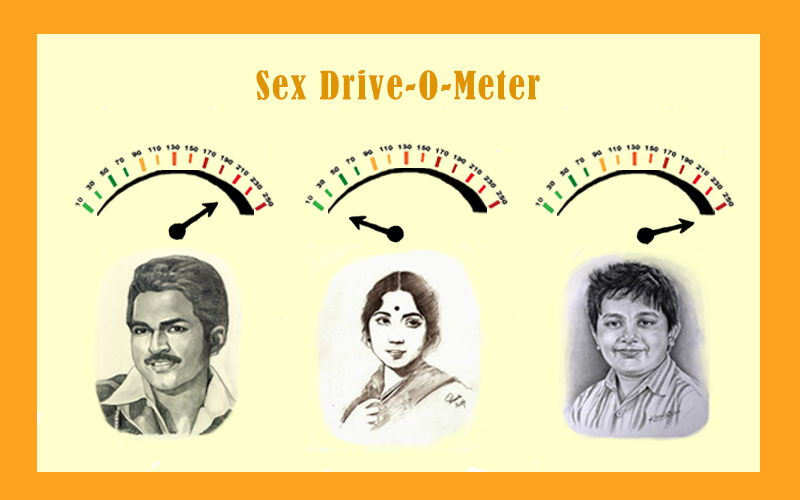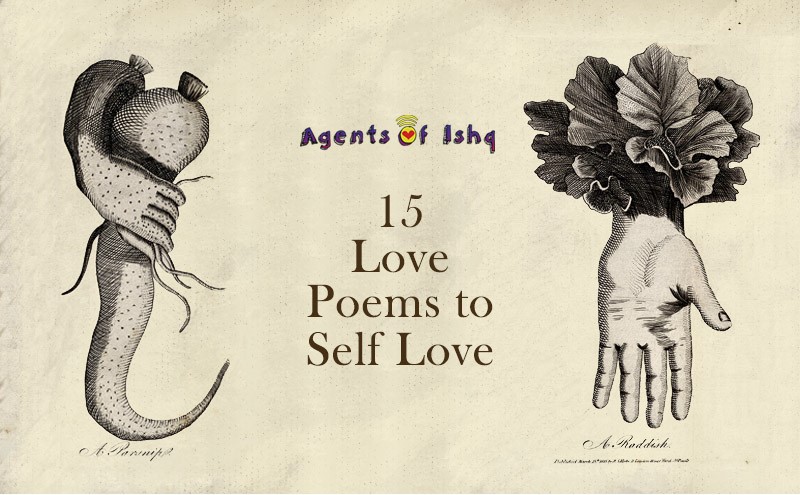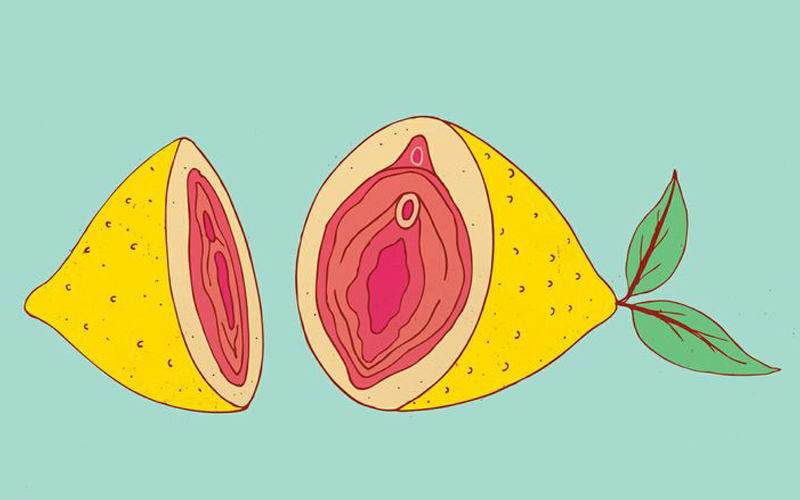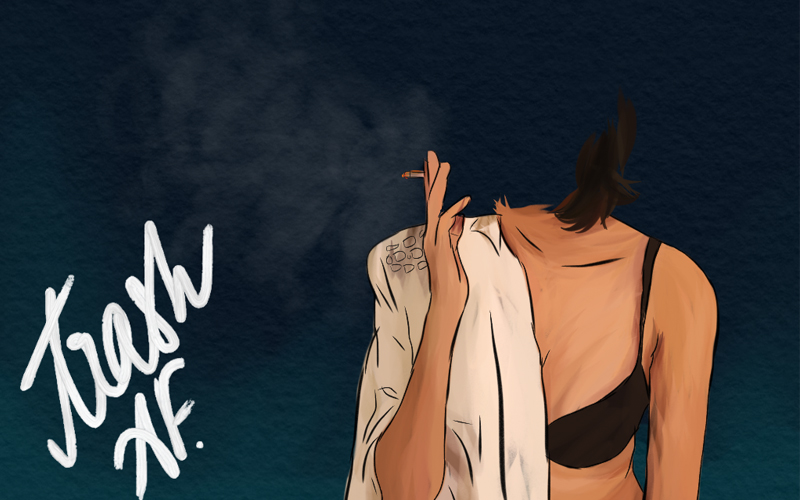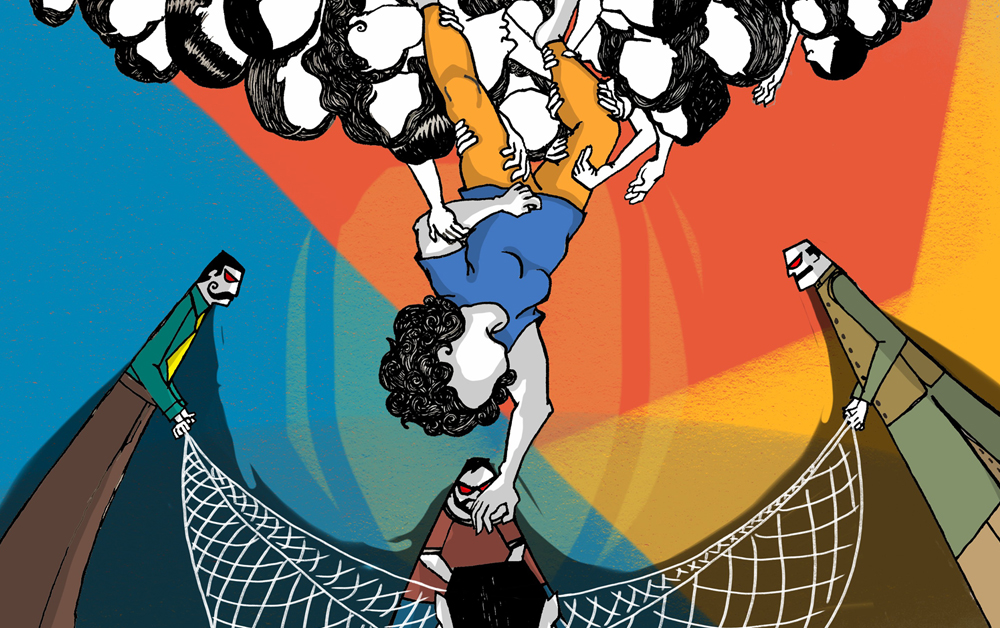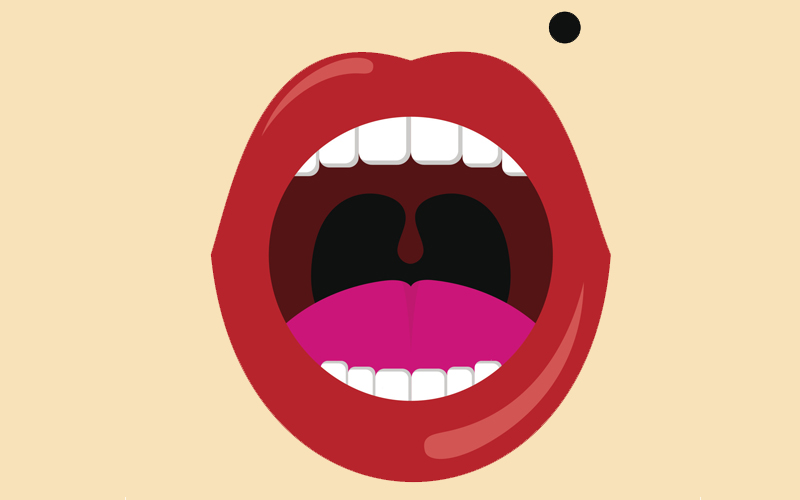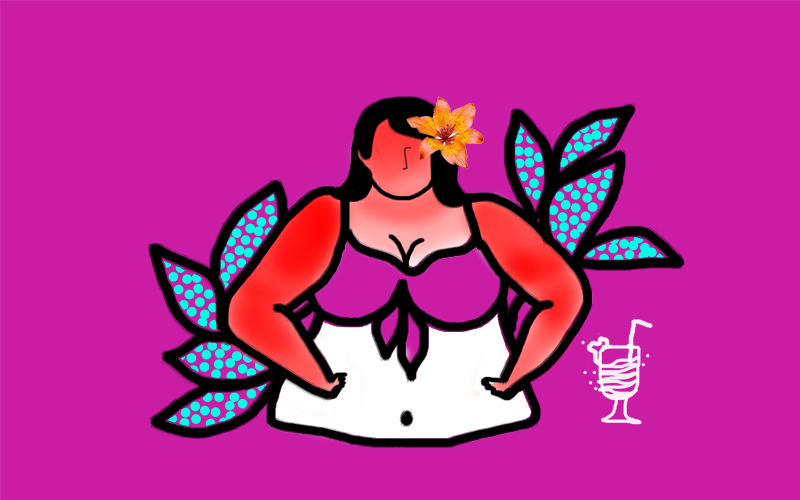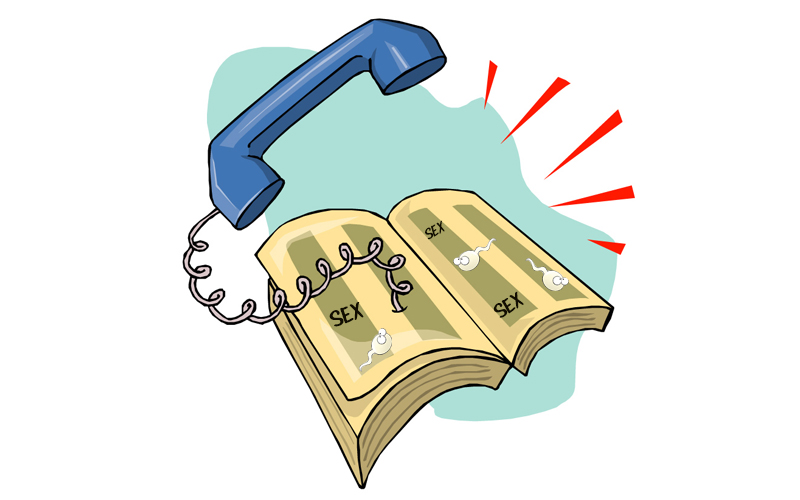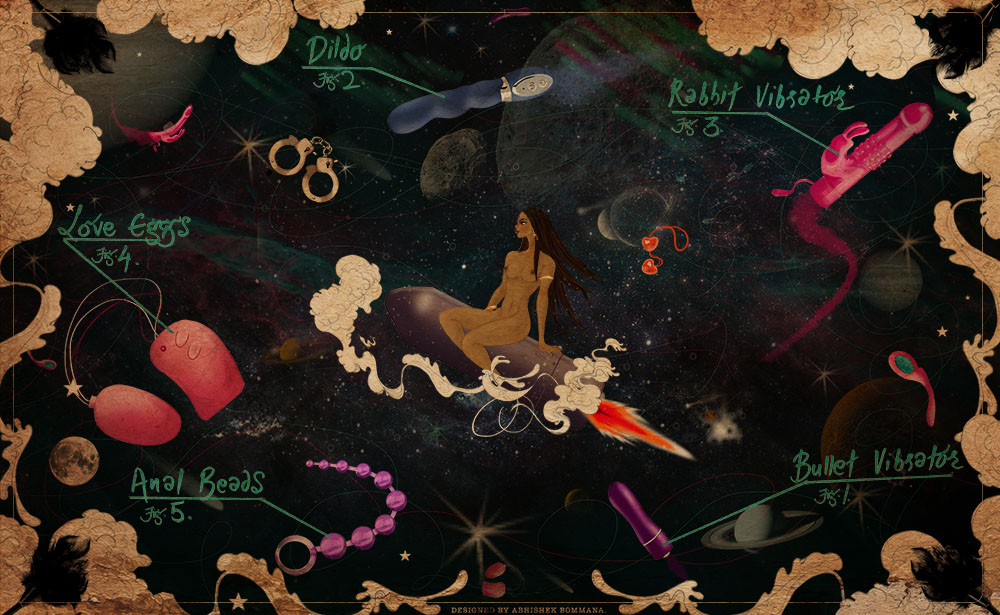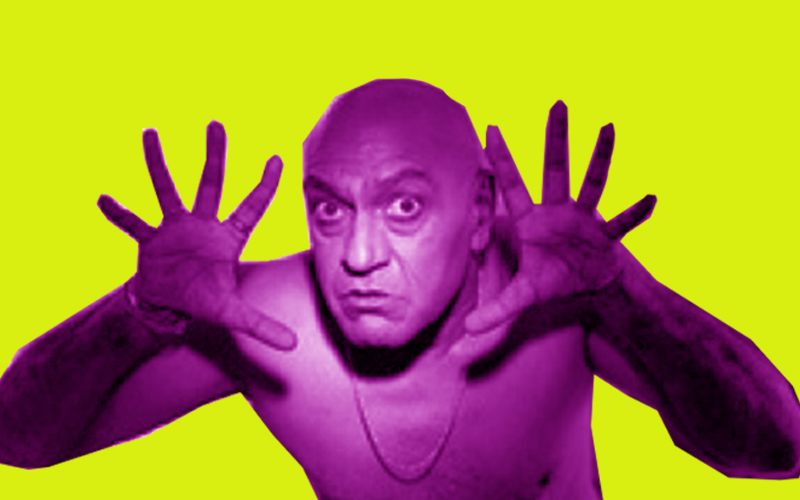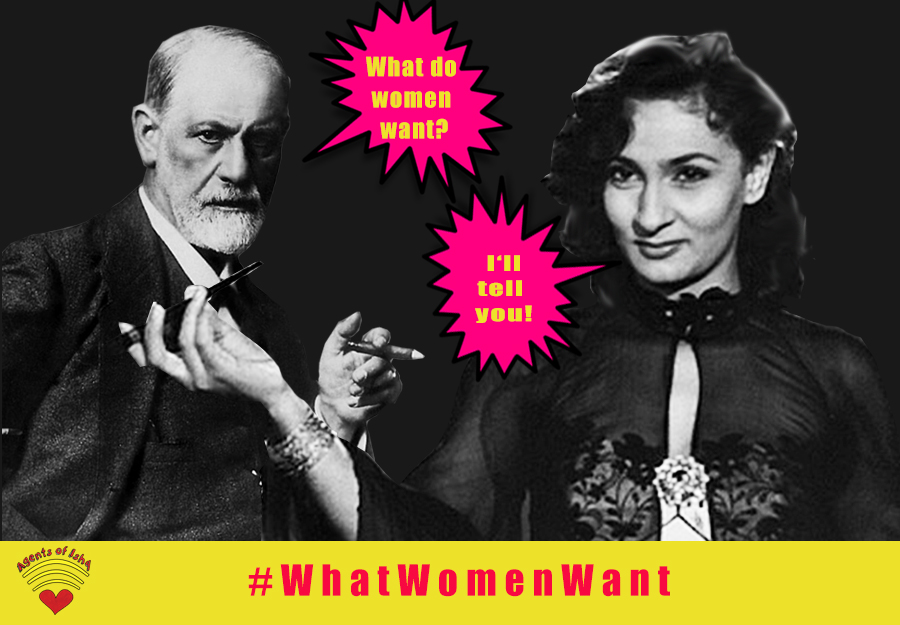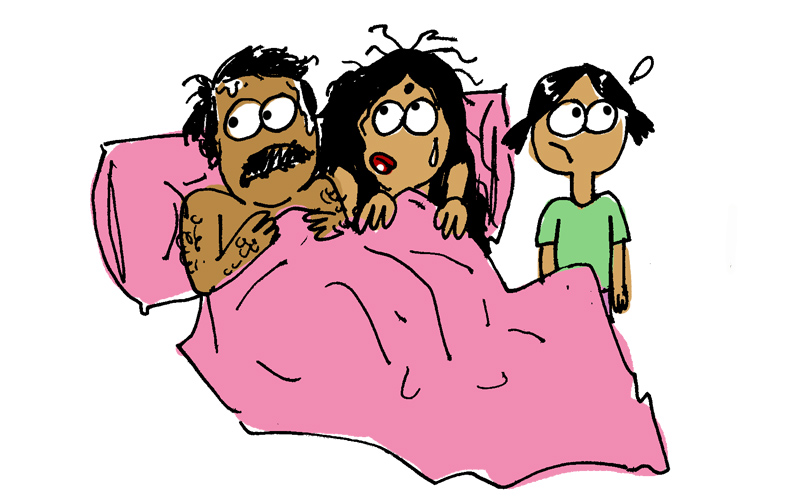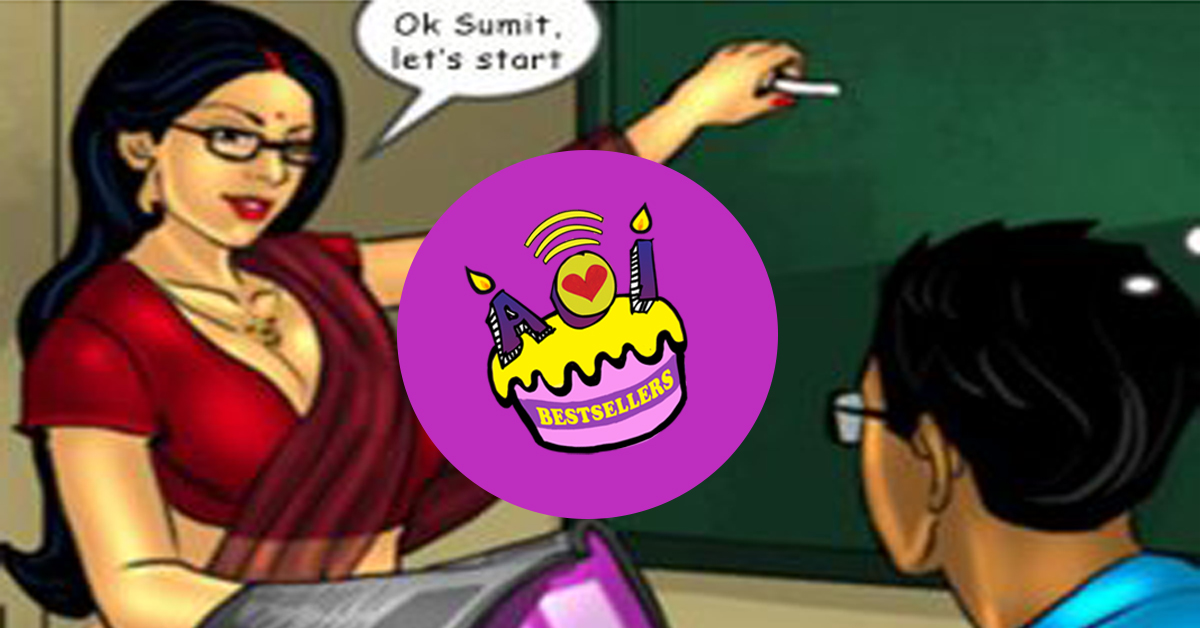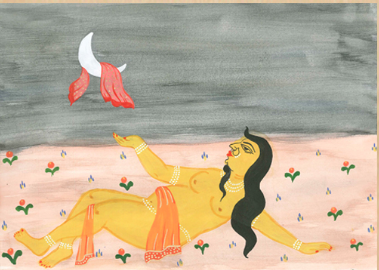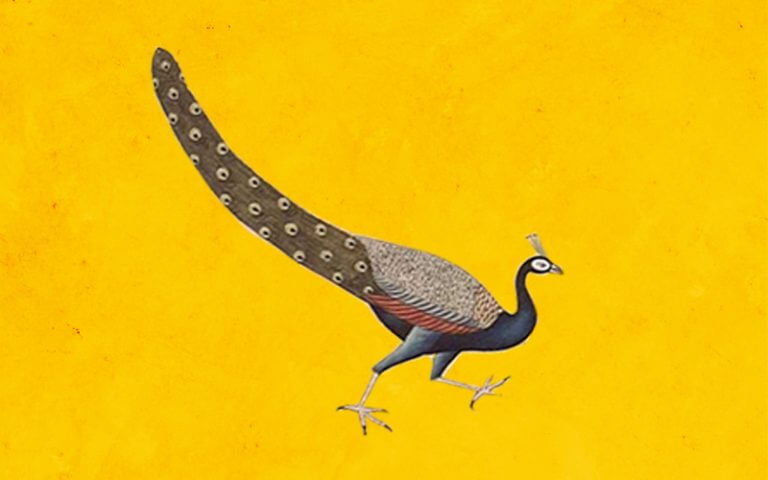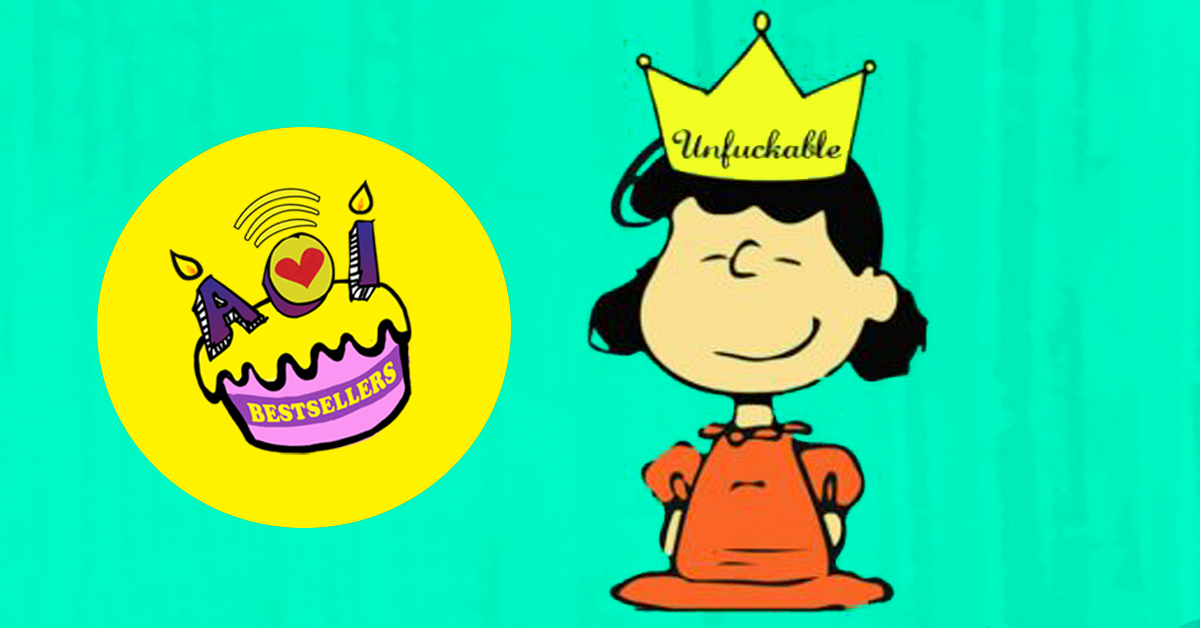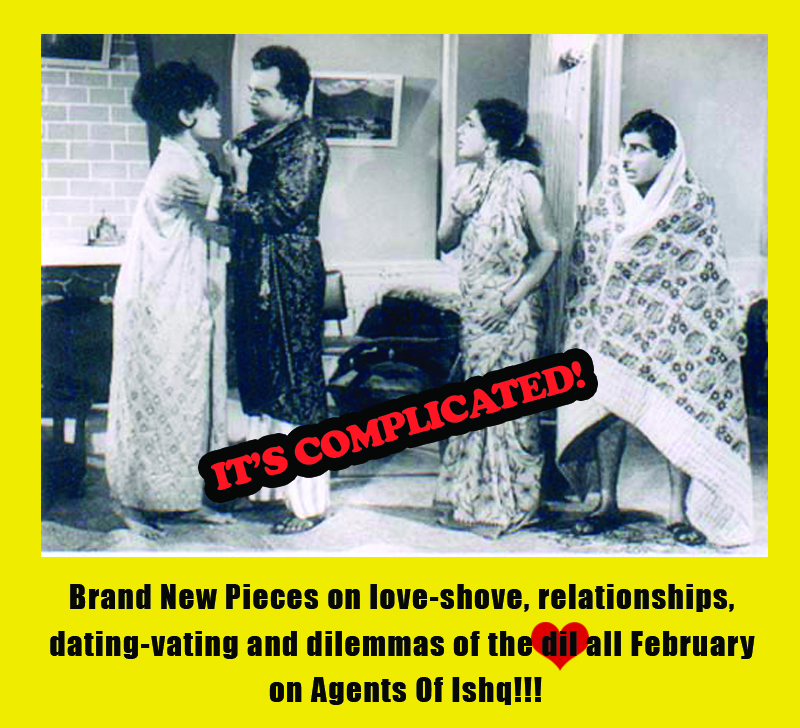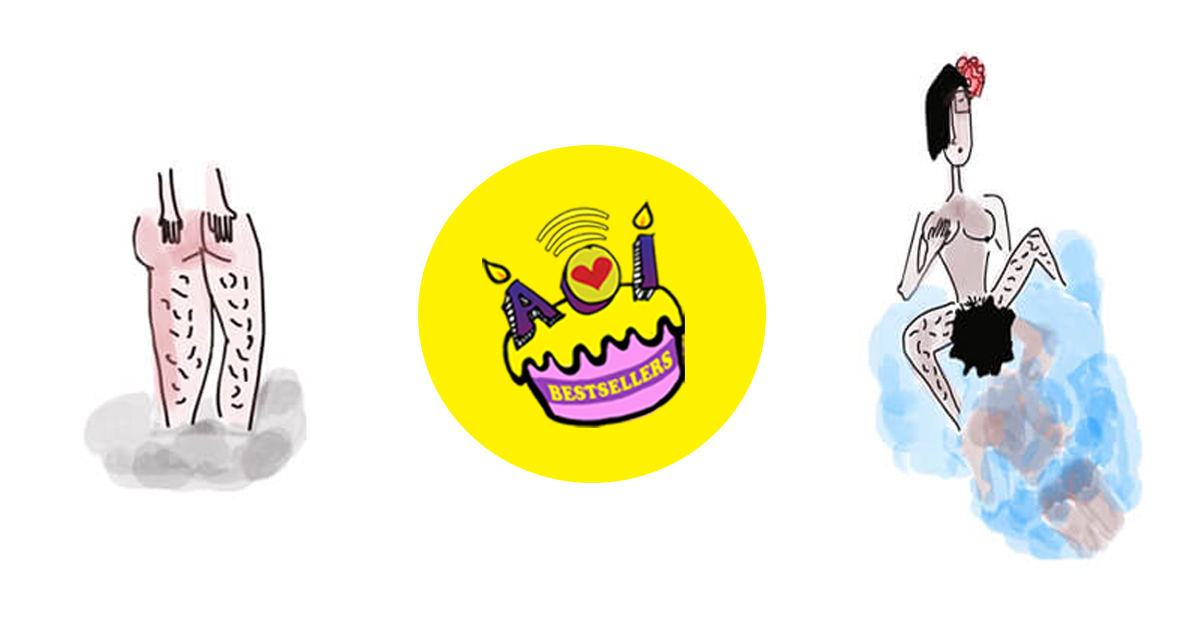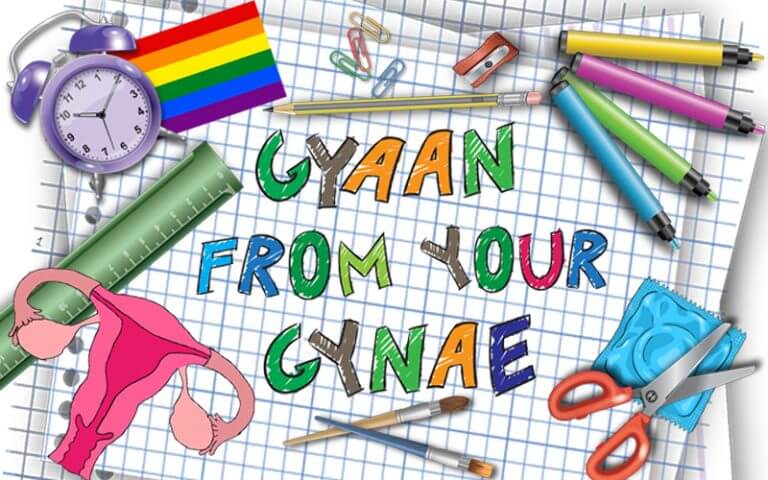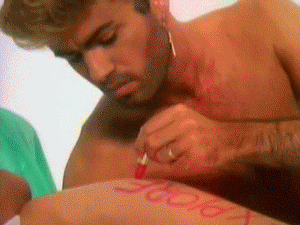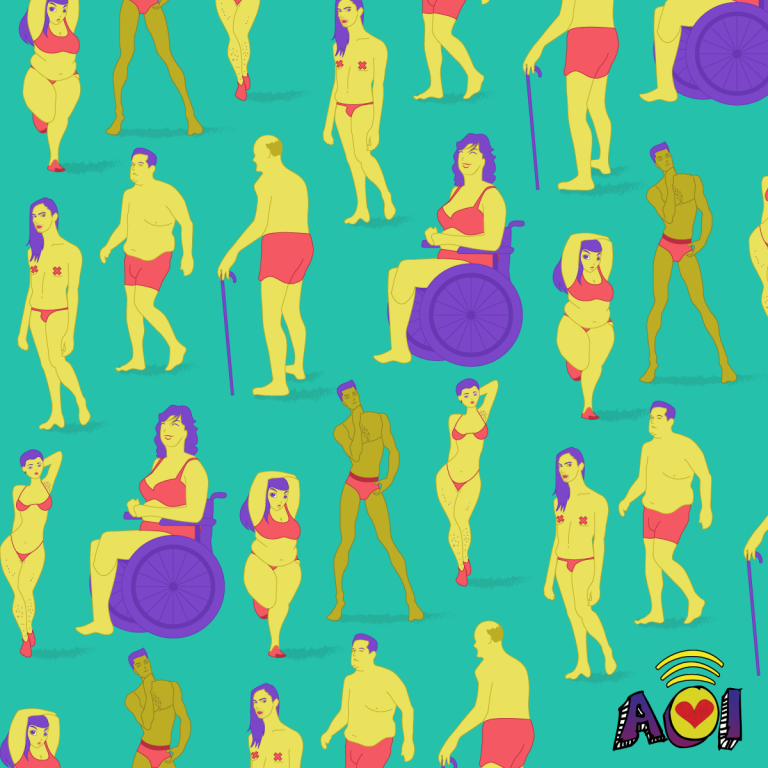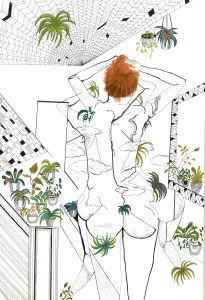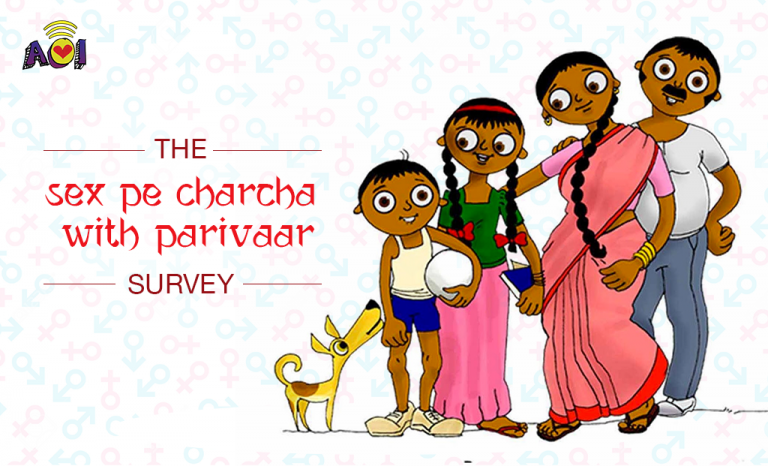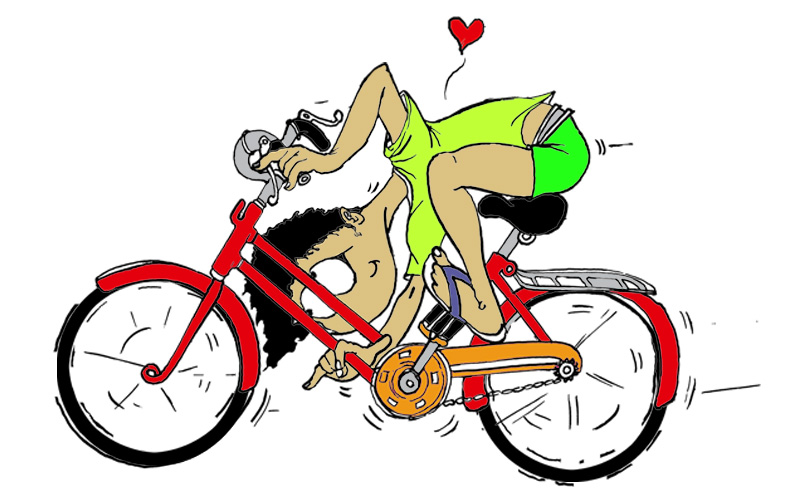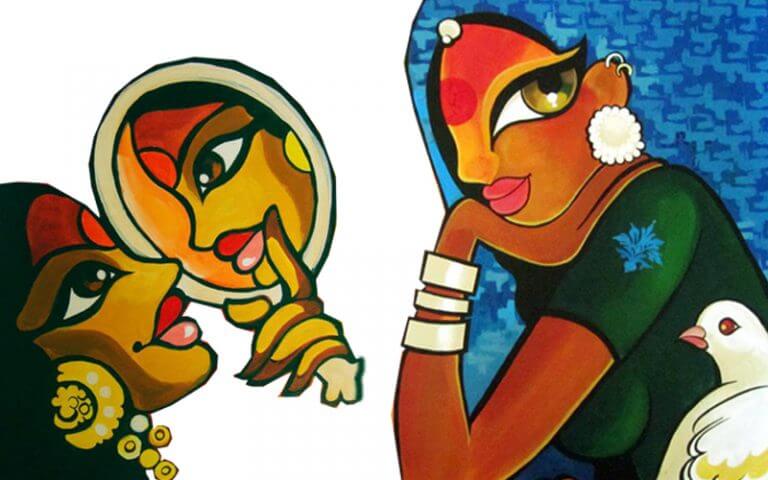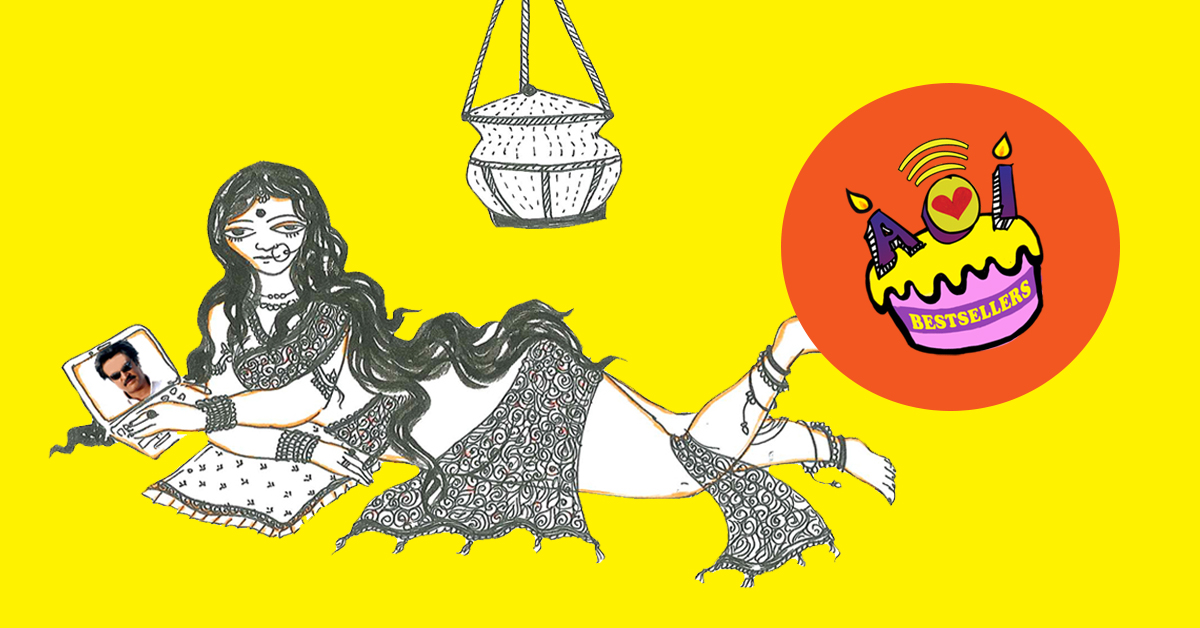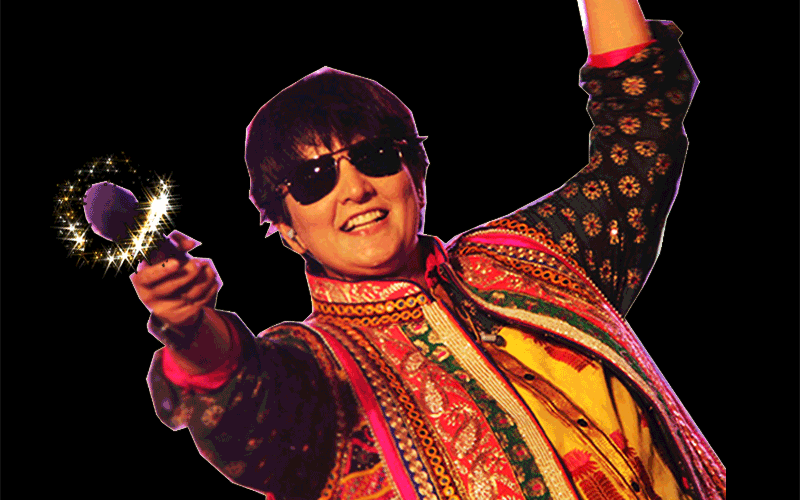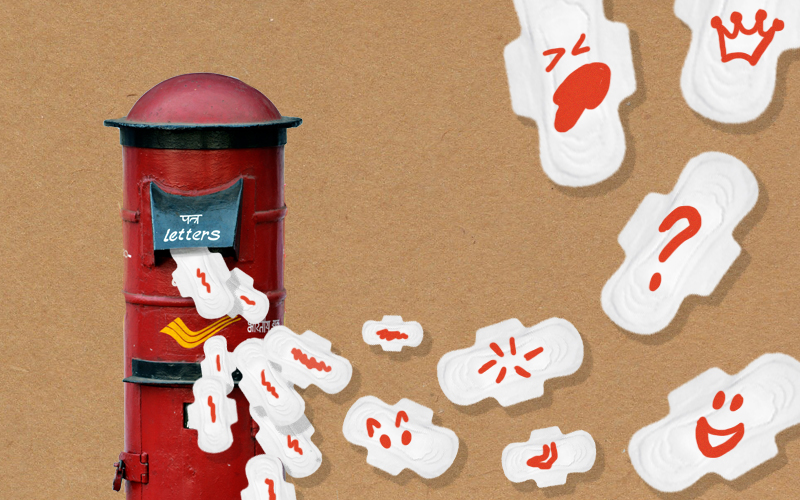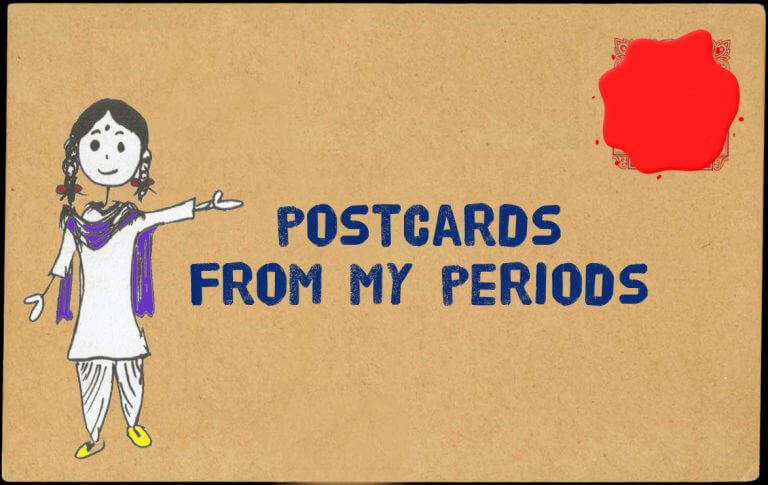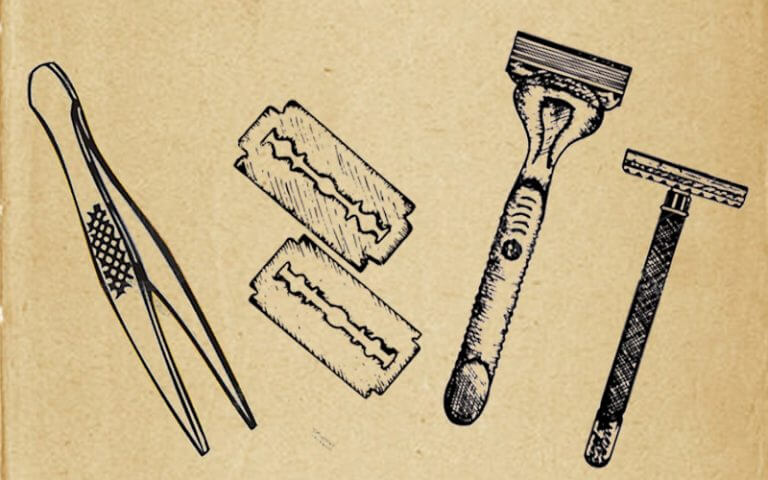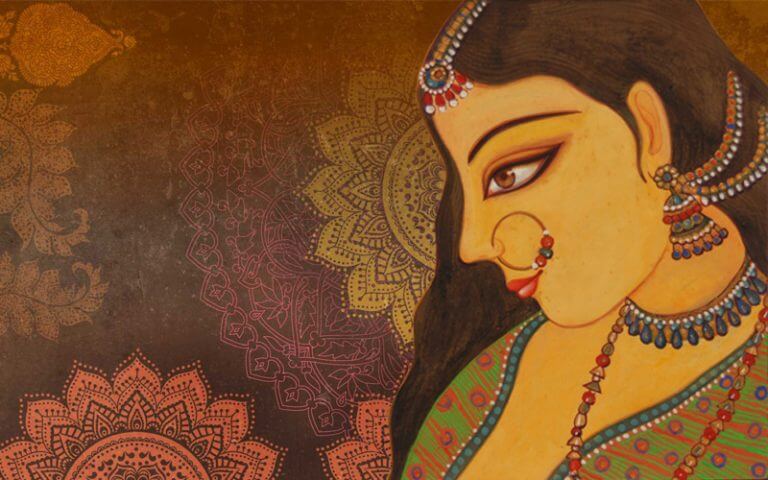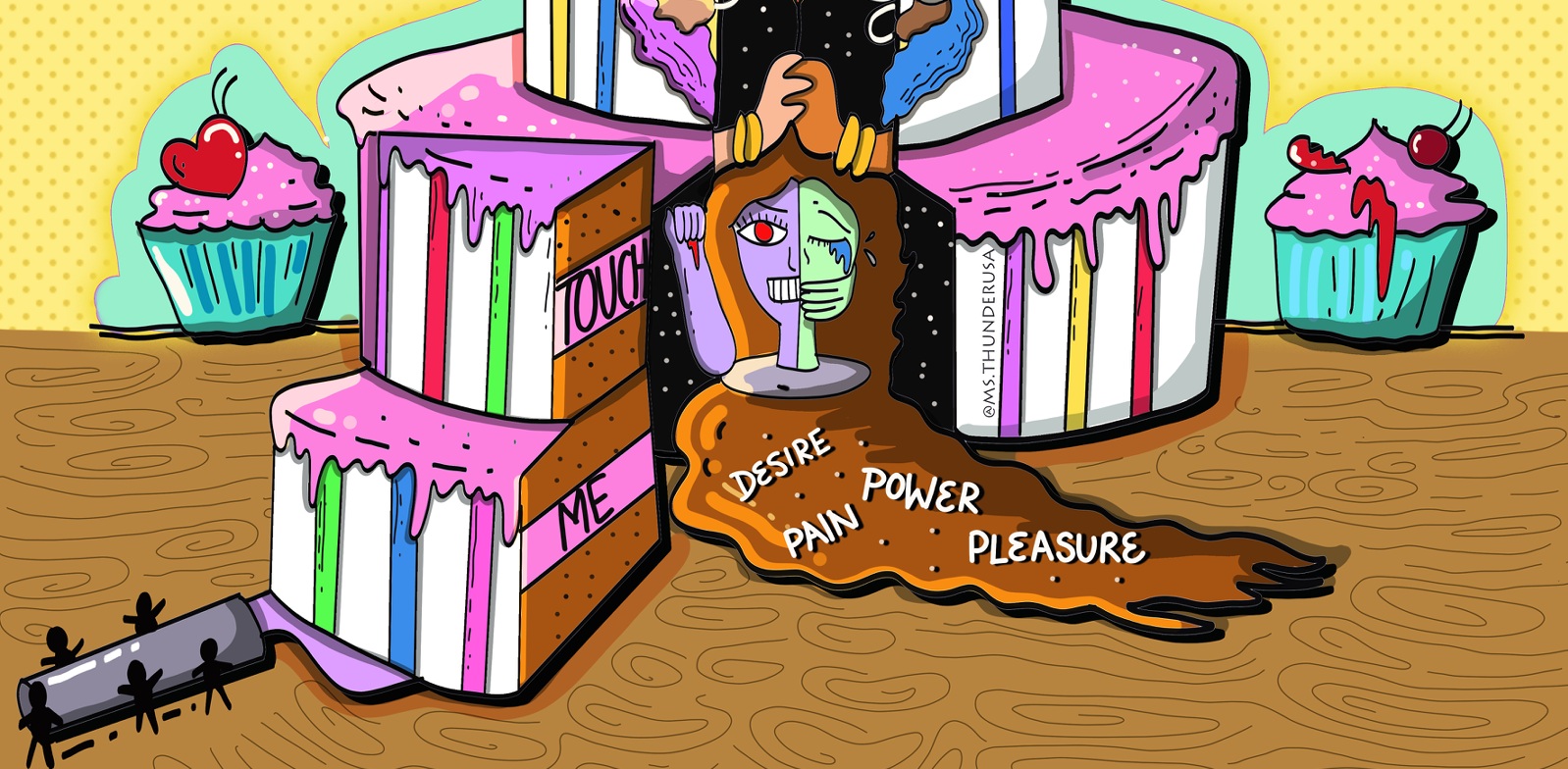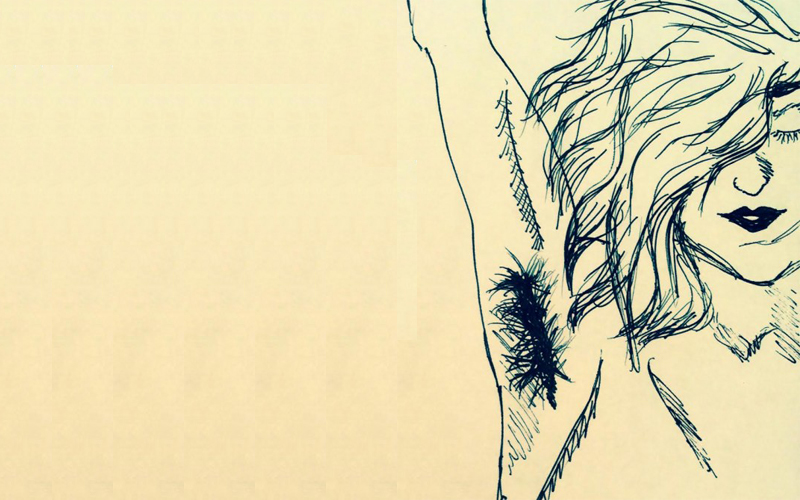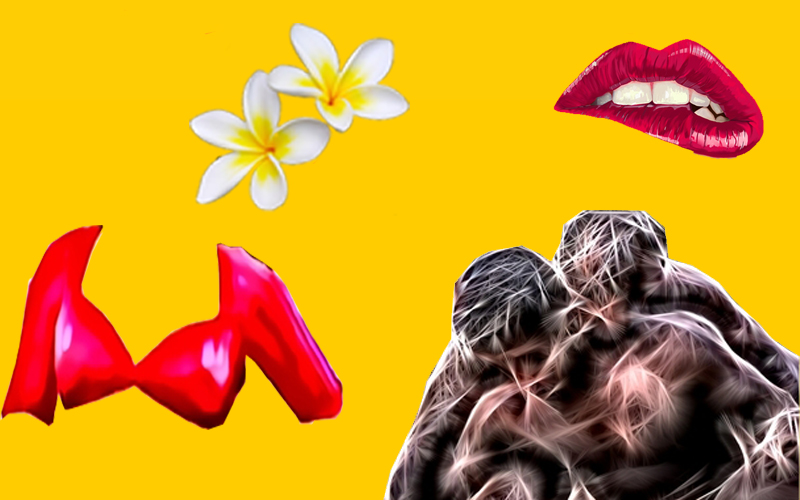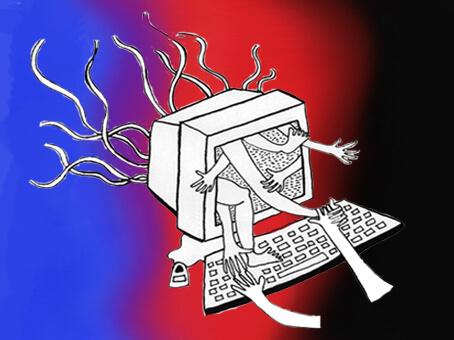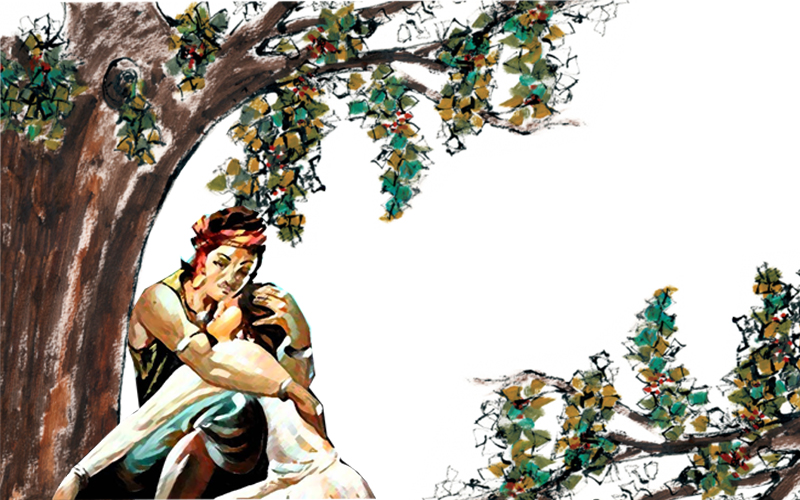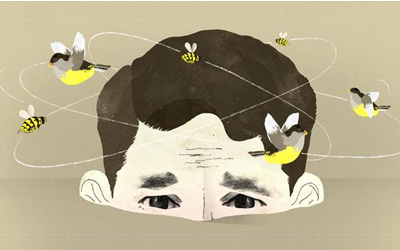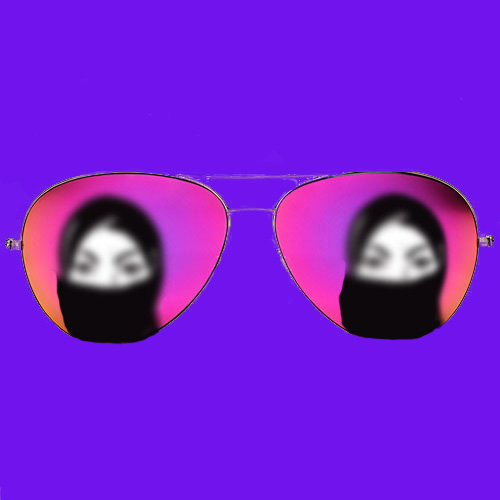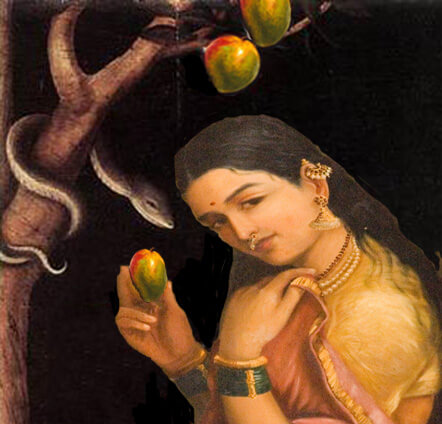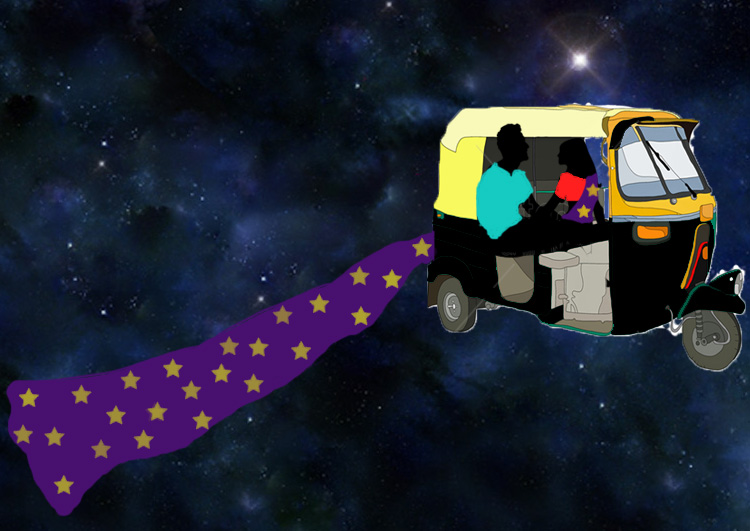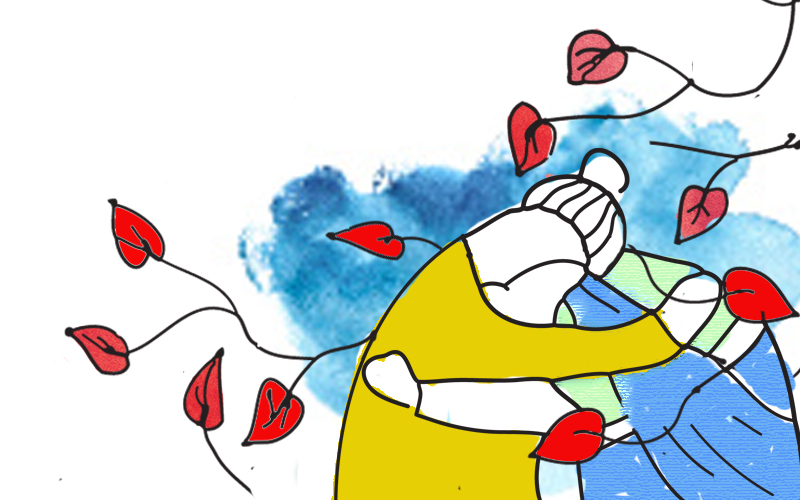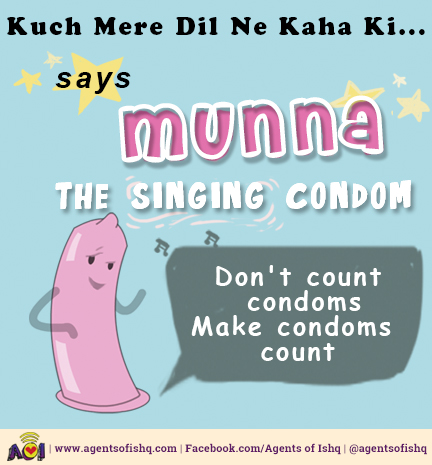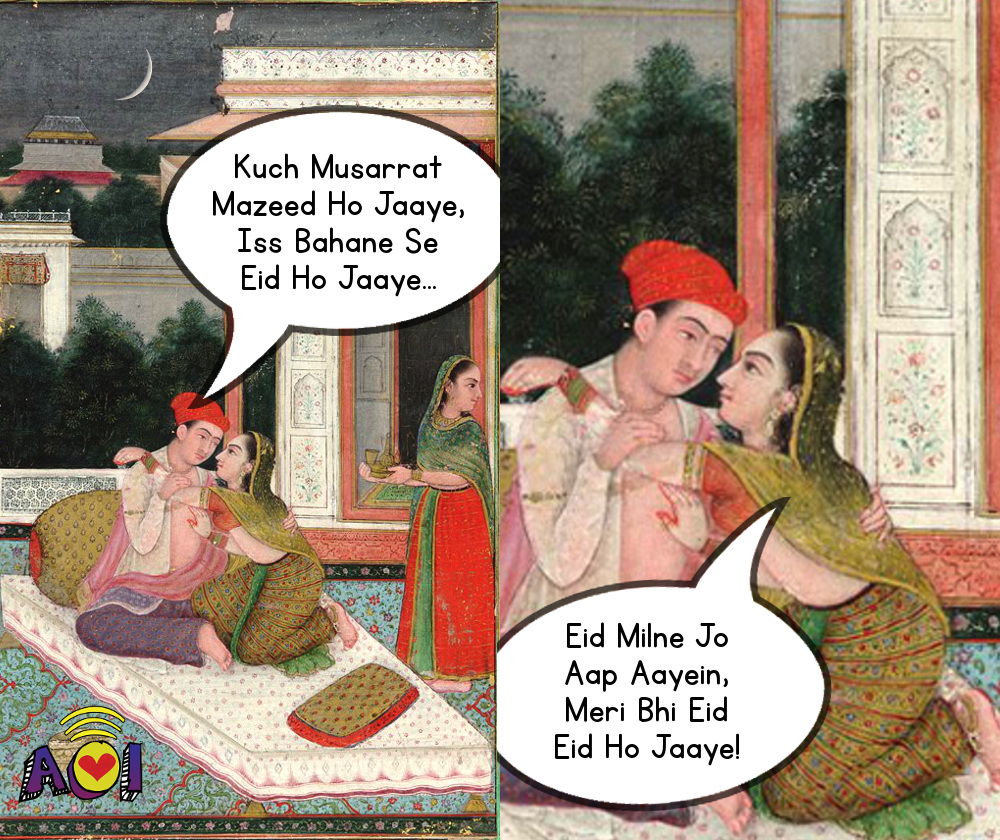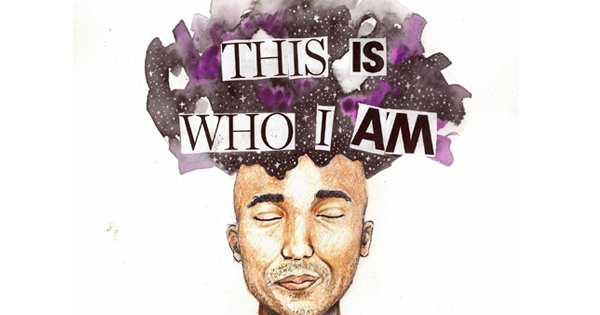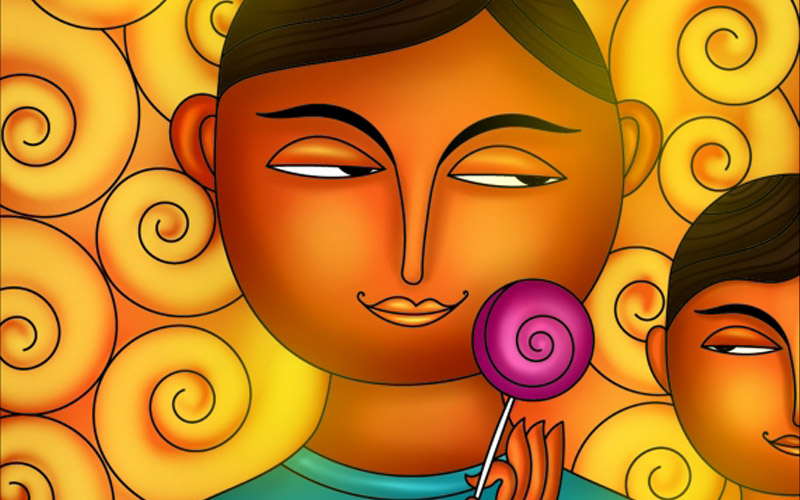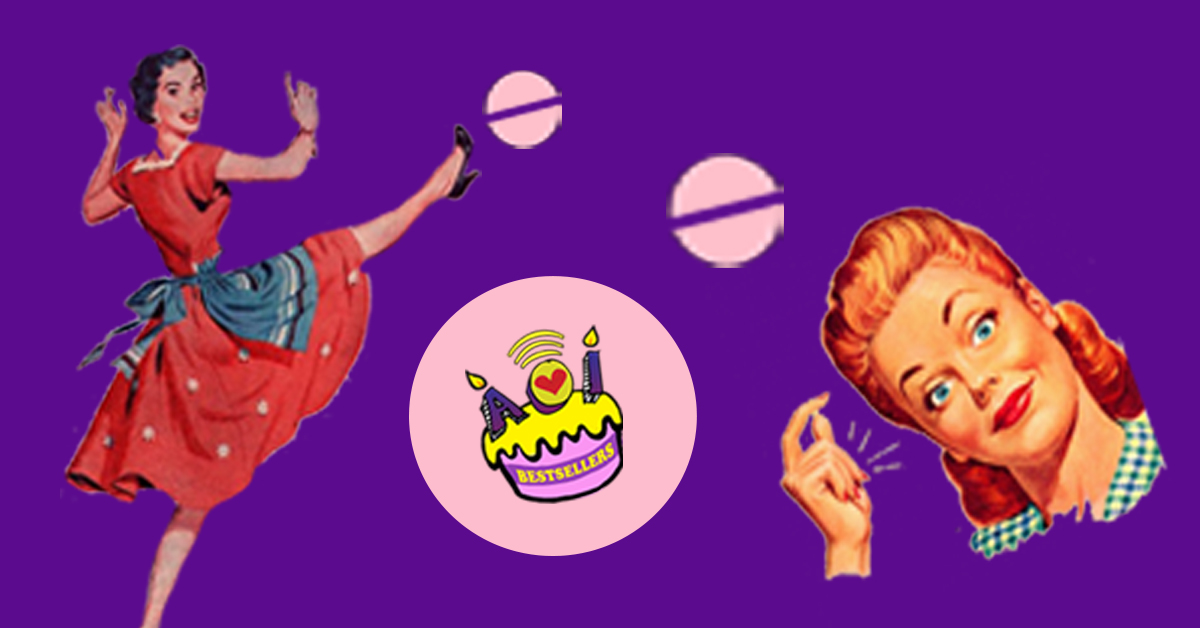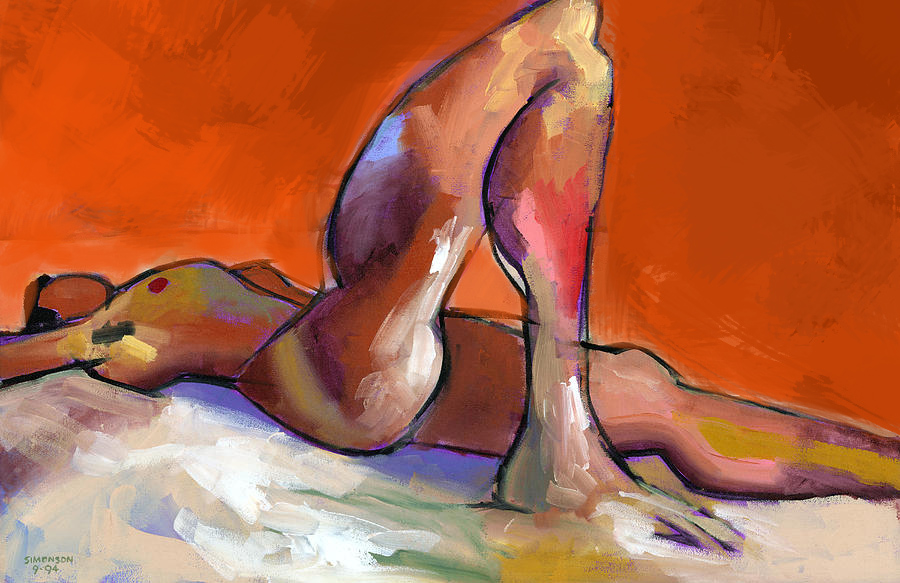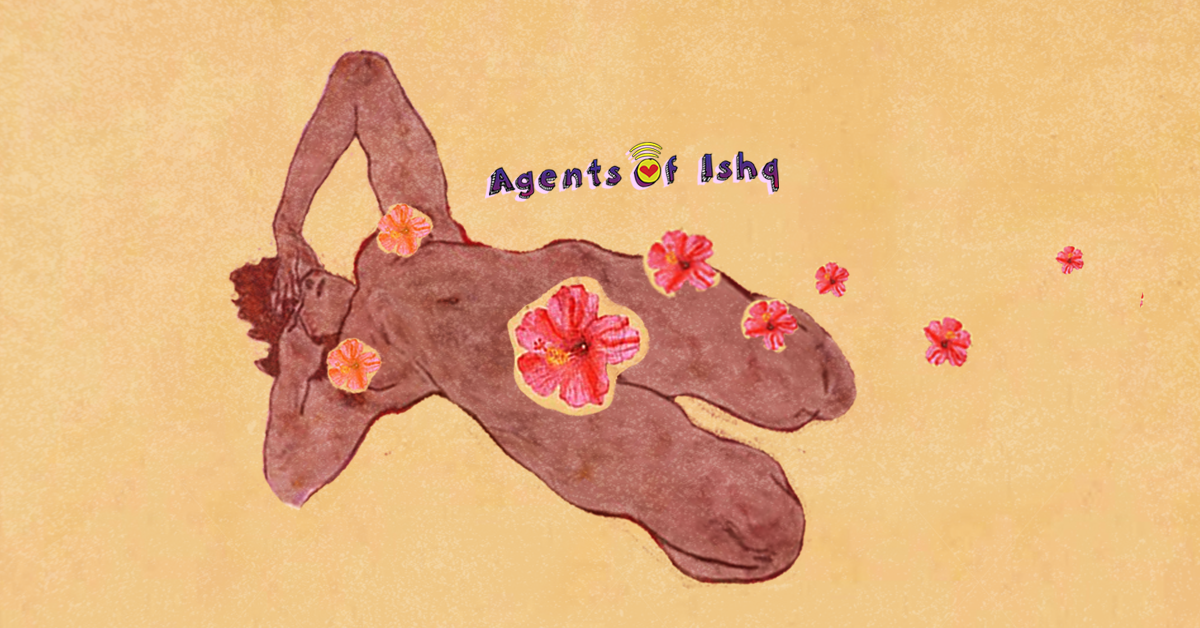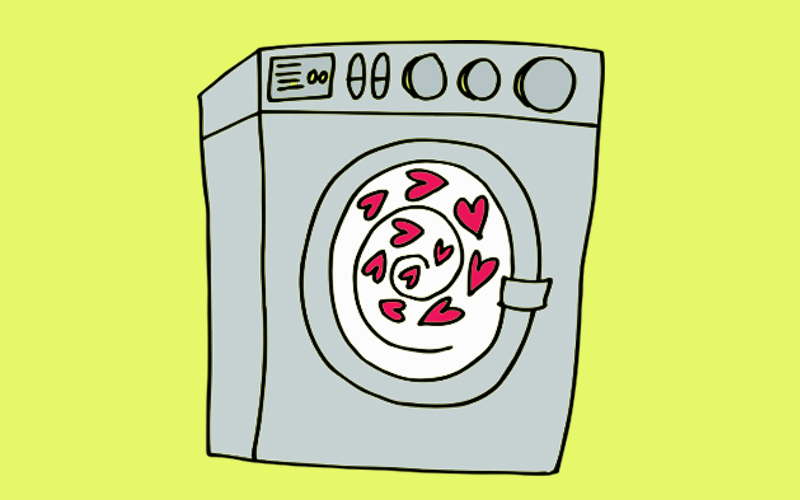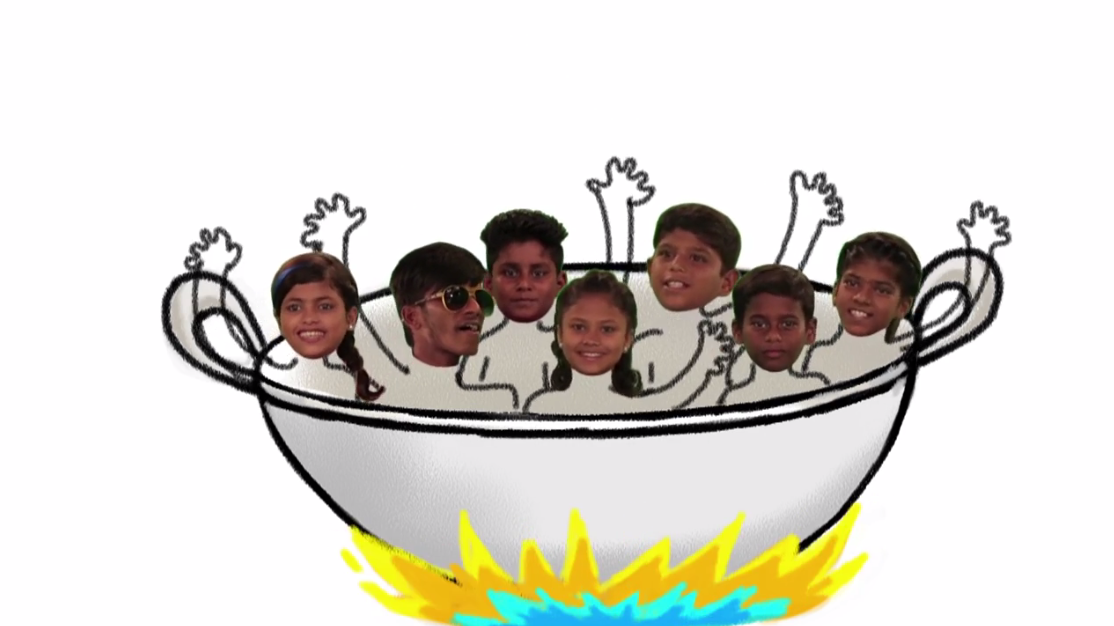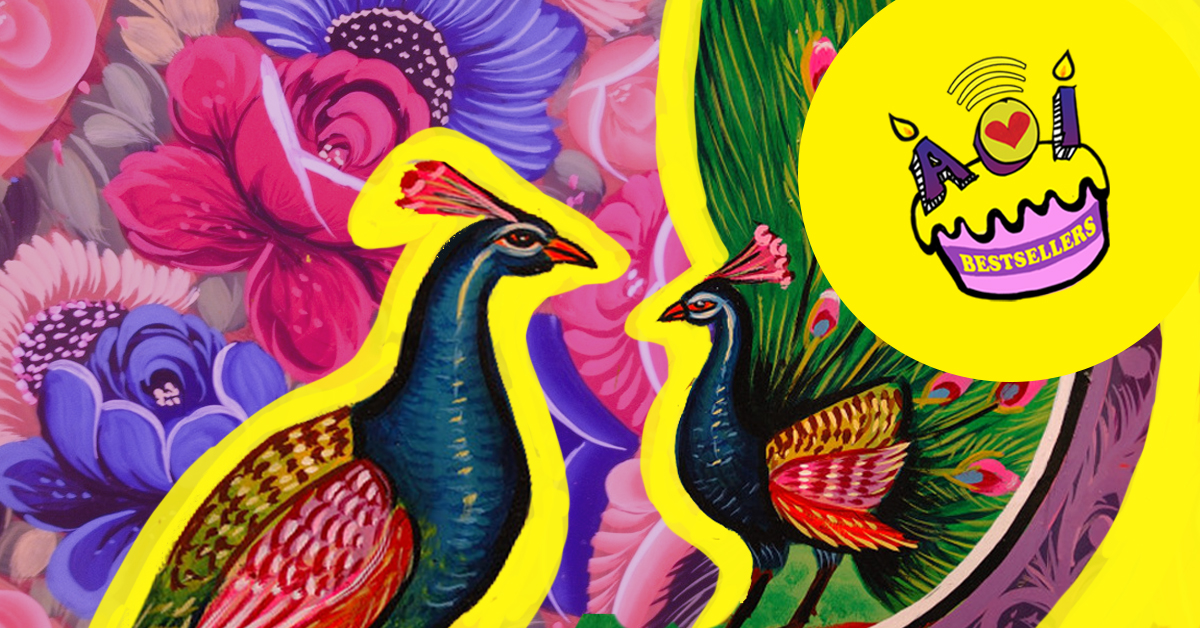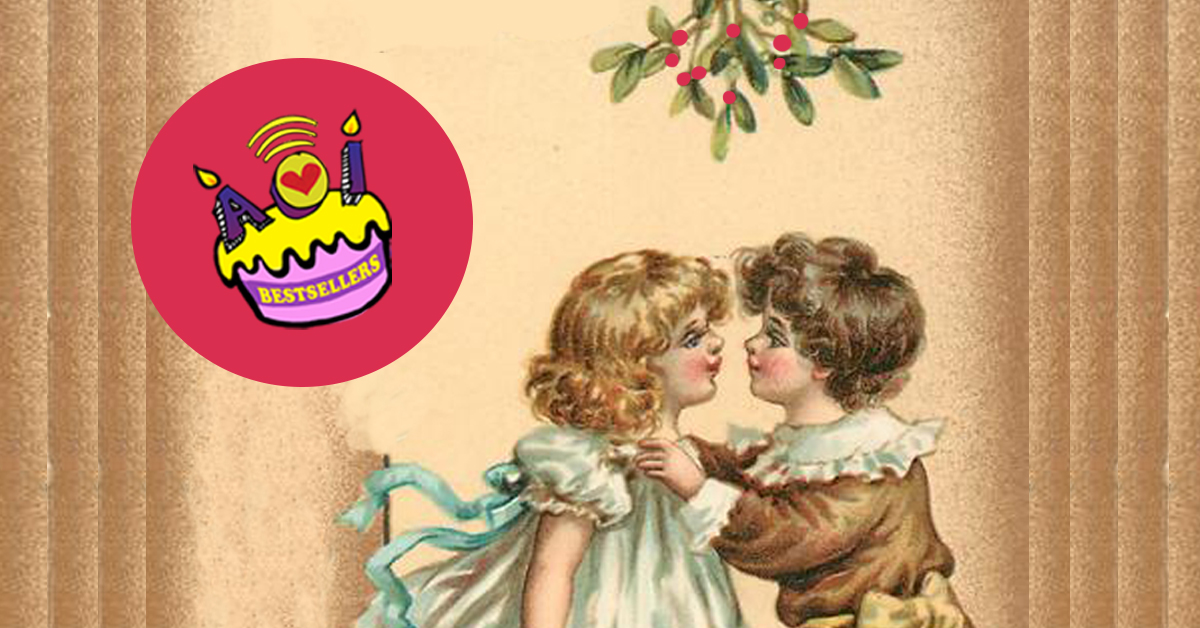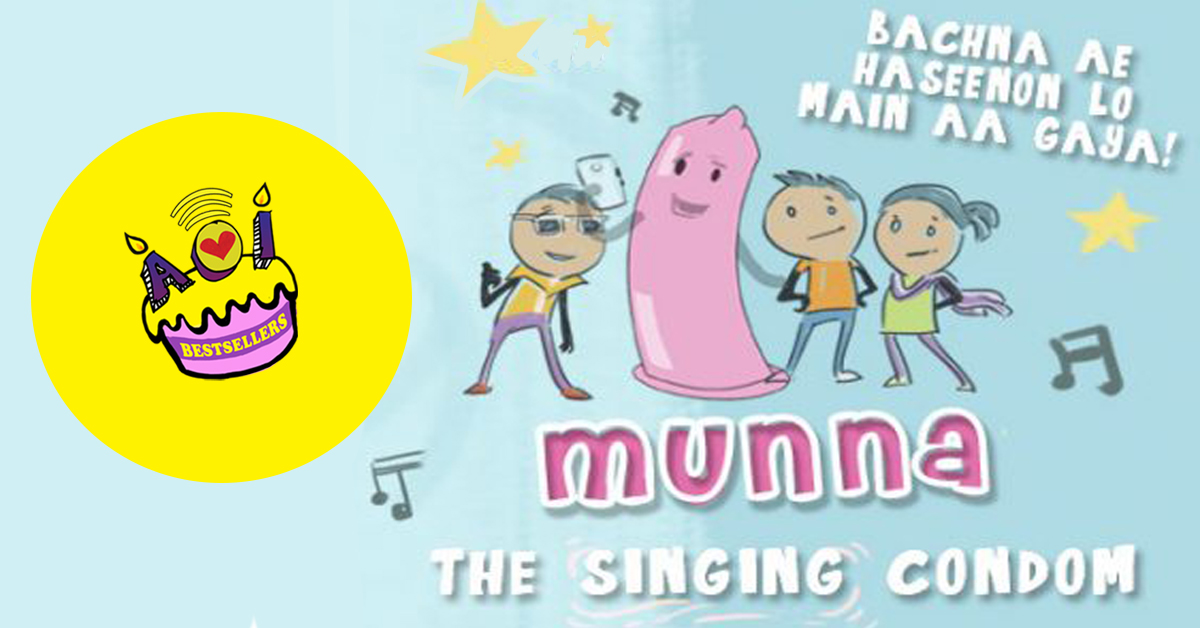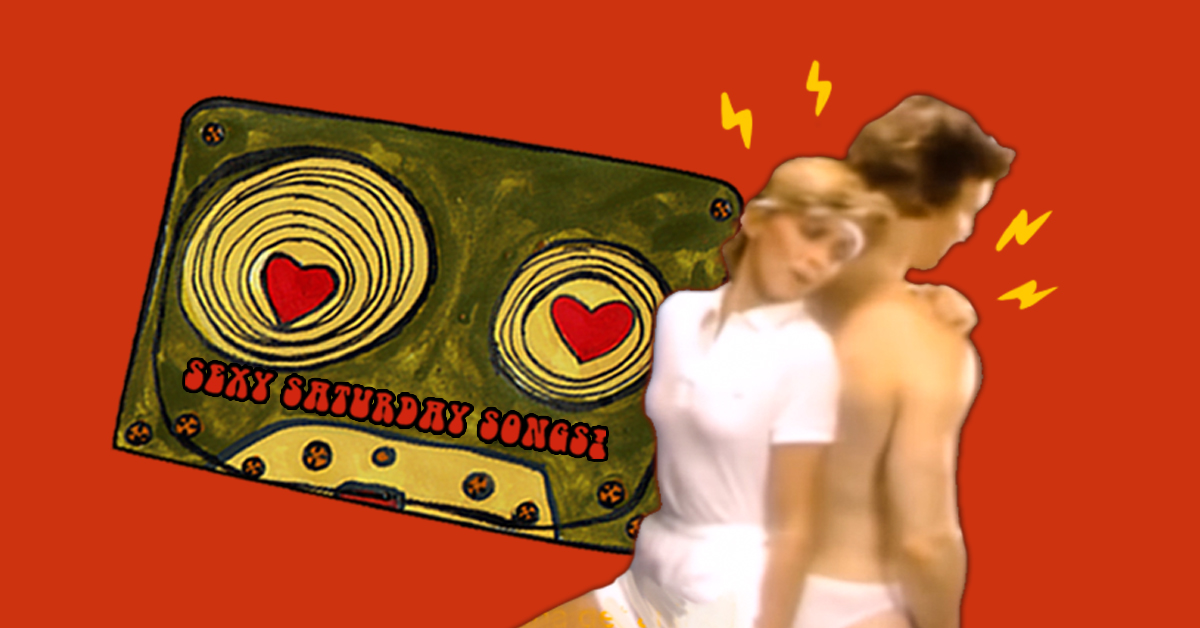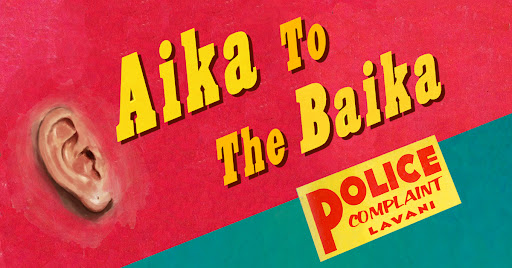The year I was eleven, there was this new, super-hummable song which became a huge hit, playing over and over on every Indian music channel climbing the charts superfast! The song “Yaad Piya Ki Aane Lagi” by Falguni Pathak, had a sweet, simple, thod sa filmi video in which four gal pals excitedly plan their look and dance moves for the big Dandiya night. It had Riya Sen looking super-hot and her knight-in-shining-armor rescuing her from a nightmarish wardrobe malfunction.How does he do this? With just her hairpin and letting her hair lose. He even used the magic hairpin to open a jammed car door! I think that is the precise point in my puberty when I realized that long, loose hair has magical powers. I also clearly remember registering that one amongst the four girls was very comfortable with her tom boyishness and so was the older Falguni, who appeared in the video as a singer-narrator.I related to Falguni’s song-videos but wasn’t sure how. The music was fun of course, but it made me feel something inexplicable.Now when I look back I am surprised how I did not see the queer happening, like practically all over! Perhaps it was because I did not acknowledge and accept that I was queer that time. I did not even know the word and could not concretely comprehend the idea. But I knew the feeling that seemed to be present in some unsaid way in the videos and related with it.After the first video the tomboyish girl did not return. But Falguni was a constant in every video and her presence became stronger. All the videos have the same logic.There is a heroine, with pals, who is super femme. Falguni plays the hero not in the sense of being the romantic lead opposite the heroine, but definitely the saviour in disguise, replacing the hairpin-wielding hero of the first video, as sound mixer, dance teacher or a (queer) fairy godmother to a (queer) Cinderella.She always rescues the damsel in distress. Be it helping select an outfit to impress a lover, or getting over loneliness, or just arranging some help. Sneakily the male lead never really gets enough screen time, he is just kind of kept there for name’s sake. And shots of the couple together are always followed by shots of Falguni, so you always remember who the real hero is.Take her super popular song “Meri Chunnar Udd Udd Jaaye.” Here, the basic plot revolves around a young girl (Ayesha Takia) sent away from home and being made to stay with a not so friendly warden in a huge house. Curiously, she keeps remembering Falguni from her home town, teaching her dance steps and they really look half in love. Later we find Ayesha fantasizing about another woman in a saree who appears only when she is alone, a rather curvy imaginary friend. There is a hunk in the video, but it is unclear what role he is fulfilling in the story besides polite conversation. He is quickly ejected to be replaced by all the ladies of Ayesha Takia’s imagination. There is also a Yak for some unknown reason.In another of her songs “Oh Piya”, we find Falguni stepping out of a Mercedes, which appears to be her own, wearing a white suit. In that time and for that matter even now, I cannot imagine any Indian woman carrying off clothes like that and with such swag!This entire image of Falguni thrilled me, because I too wanted to dress like that, drawing on a masculine side of myself. But there was something else, something even more under the surface that I could recognise in the stories.In every video, Falguni almost always seems to be friend zoning herself - even if the damsel is throwing herself at her. Since she is often on the sidelines of the story – a little bit narrator, sometimes a fantasy, not exactly part of the narrative, it’s very ambiguous, yet palpable.I could relate to this one hundred percent because for the most of my teenage years I friend zoned myself when it came to female interests. In fact, I went out of the way to ensure that if my girl crush liked a boy she would have him. I did this by introducing them or pitching in a word wherever required, even if it meant a stabbing pain in my heart, because I really didn’t think it possible that my love could have its place. I had never heard a love story in which this happened, and maybe could not conceptualise it. Maybe I did not want to give myself away, even to myself – or could not.Falguni’s songs embodied same-sex, attractions, bonds and relationships without explicitly stating them, alongside heterosexual ones, and the echoes resonated in my consciousness. Through their shape, these stories helped my feelings find a place. The videos made tom boyishness normal without disempowering feminine women. Femme, tomboy, butch – anyone could be queer in whatever combo – there was no need to define, no need, even, to ‘choose a side’. I was not forced to come out while watching, but internally I enjoyed them keenly and related to it – and through this free enjoyment subtly learned to feel comfortable with that world of being and feelings in me.The unexpected mismatch between Falgunis voice and her appearance is also amazing. If you didn’t know what she looked like you would imagine her to be very feminine – in fact like the heroine character of her videos. And if you had never heard her sing you would assume that she would be rowdy. In real life she is impeccably polite and seems quit shy. She is comfortable sharing screen space with women leads unlike many of her female contemporaries who always needed male hunks swooning over them (though to each their own fantasy I say!).I also loved Falguni for being extremely comfortable with her body and weight. She didn’t seem to need to be skinny or sexy and got attention just as she is. Although she maybe queer in her persona, that is scarcely the point of her public image, in which she is essentially known by her work, as the insanely sought after singing star of the traditional Navratrai dandiya celebration.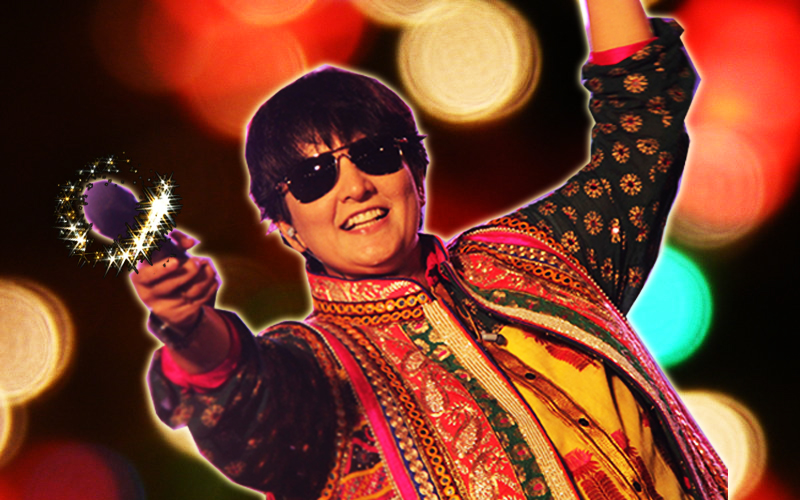 She reaffirms that you could be queer all the time yet not be only queer in what you did.I absolutely love that despite being the queen of Dandiya, Falguni has never worn a Ghagra Choli costume. It is so inspiring for me to see that she is super comfortable in her clothing and doesn’t change it under any circumstances. Her clothes are just an extension of herself. I find it amusing that although, by now we should be used to it, the media can never resist making a comment on her ‘style’. But because she is so comfortable with herself, a snide remark would expose them as narrow minded, leaving Falguni unaffected, smiling sweetly as ever.In one of her interviews a reporter slyly asked her- “Be it on stage or off it, one always sees you clad in a shirt and trousers/jeans. Have you ever contemplated wearing a traditional dandiya dress — a ghagra choli, for instance?” Her response was “I have never worn a ghagra choli in my life. I have never even worn a salwar kameez, ghagra choli toh bahut door ki baat hai (ghagra choli is a far cry). I am not used to it.” The reporter continued on the same line – “How did this style become your sartorial signature?” And her response was- “Even as a child, I would wear the school uniform only because I had to. Otherwise, I was always comfortable in my shirts, pants and jeans. I never considered wearing anything else. When I was growing up, my sisters always dressed me up in shirts and trousers. Now I feel this is my costume; yehi dress hai mera (this is the way I dress). I don’t think I will ever wear a ghagra choli. “The naturalness of her gender queerness is such that your mind doesn’t even question it. And the most exhilarating, heady part of it is - the masses have unquestioningly absorbed and accepted her looks just like her affable personality without blinking an eyelid.When I cut my hair short and began to wear shirts and masculine t-shirts people started to refer to me as Falguni. After some years of being out as a bisexual woman, I figured that this is the average Indian’s code word for Lesbian/ Butch women. And it is not a derogatory code.I know this because India loves Falguni. The hysteria of her fans during dandiya is unmatched and she is paid in crores for her dandiya shows. Falguni’s video appearances remain etched in people’s memory even after so many years and the ones where music companies erased her from the screen are forgotten.I just celebrate the fact that she was always way ahead of her time. Her unconventional looks and non-apologetic style are yet to be duplicated by any woman singer. She is a rock star in her own right albeit an unacknowledged one. She is so public yet so guarded that we can keep assuming but we will never know, as with all glamorous people!
She reaffirms that you could be queer all the time yet not be only queer in what you did.I absolutely love that despite being the queen of Dandiya, Falguni has never worn a Ghagra Choli costume. It is so inspiring for me to see that she is super comfortable in her clothing and doesn’t change it under any circumstances. Her clothes are just an extension of herself. I find it amusing that although, by now we should be used to it, the media can never resist making a comment on her ‘style’. But because she is so comfortable with herself, a snide remark would expose them as narrow minded, leaving Falguni unaffected, smiling sweetly as ever.In one of her interviews a reporter slyly asked her- “Be it on stage or off it, one always sees you clad in a shirt and trousers/jeans. Have you ever contemplated wearing a traditional dandiya dress — a ghagra choli, for instance?” Her response was “I have never worn a ghagra choli in my life. I have never even worn a salwar kameez, ghagra choli toh bahut door ki baat hai (ghagra choli is a far cry). I am not used to it.” The reporter continued on the same line – “How did this style become your sartorial signature?” And her response was- “Even as a child, I would wear the school uniform only because I had to. Otherwise, I was always comfortable in my shirts, pants and jeans. I never considered wearing anything else. When I was growing up, my sisters always dressed me up in shirts and trousers. Now I feel this is my costume; yehi dress hai mera (this is the way I dress). I don’t think I will ever wear a ghagra choli. “The naturalness of her gender queerness is such that your mind doesn’t even question it. And the most exhilarating, heady part of it is - the masses have unquestioningly absorbed and accepted her looks just like her affable personality without blinking an eyelid.When I cut my hair short and began to wear shirts and masculine t-shirts people started to refer to me as Falguni. After some years of being out as a bisexual woman, I figured that this is the average Indian’s code word for Lesbian/ Butch women. And it is not a derogatory code.I know this because India loves Falguni. The hysteria of her fans during dandiya is unmatched and she is paid in crores for her dandiya shows. Falguni’s video appearances remain etched in people’s memory even after so many years and the ones where music companies erased her from the screen are forgotten.I just celebrate the fact that she was always way ahead of her time. Her unconventional looks and non-apologetic style are yet to be duplicated by any woman singer. She is a rock star in her own right albeit an unacknowledged one. She is so public yet so guarded that we can keep assuming but we will never know, as with all glamorous people!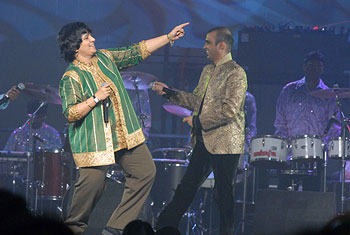 It makes me happy that she is so famous and everyone accepts her. Her following is so diverse that it allows for that closeted tom boyish girl to openly admire her without having the pressure being judged – and slowly, slowly maybe, us ladki ki bhi chunar ud ud jaye till it feels comfortable being herself in front of more and more people.I wish there was more of Falguni in the year for all those who are struggling with their identity. Or maybe more Falgunis. To have personalities who are comfortable and happy in their skin and are widely accepted. Whose style is a style, and not a headline. That is something to dance about, na?Proud out bisexual activist, Sonal Giani is better known for featuring on Zee TVs prime time show 'Connected Hum Tum', Bollywood film 'W' and Documentary 'Purple Skies'. Currently she is a Creative Associate at Parodevi Pictures.
It makes me happy that she is so famous and everyone accepts her. Her following is so diverse that it allows for that closeted tom boyish girl to openly admire her without having the pressure being judged – and slowly, slowly maybe, us ladki ki bhi chunar ud ud jaye till it feels comfortable being herself in front of more and more people.I wish there was more of Falguni in the year for all those who are struggling with their identity. Or maybe more Falgunis. To have personalities who are comfortable and happy in their skin and are widely accepted. Whose style is a style, and not a headline. That is something to dance about, na?Proud out bisexual activist, Sonal Giani is better known for featuring on Zee TVs prime time show 'Connected Hum Tum', Bollywood film 'W' and Documentary 'Purple Skies'. Currently she is a Creative Associate at Parodevi Pictures.
 She reaffirms that you could be queer all the time yet not be only queer in what you did.I absolutely love that despite being the queen of Dandiya, Falguni has never worn a Ghagra Choli costume. It is so inspiring for me to see that she is super comfortable in her clothing and doesn’t change it under any circumstances. Her clothes are just an extension of herself. I find it amusing that although, by now we should be used to it, the media can never resist making a comment on her ‘style’. But because she is so comfortable with herself, a snide remark would expose them as narrow minded, leaving Falguni unaffected, smiling sweetly as ever.In one of her interviews a reporter slyly asked her- “Be it on stage or off it, one always sees you clad in a shirt and trousers/jeans. Have you ever contemplated wearing a traditional dandiya dress — a ghagra choli, for instance?” Her response was “I have never worn a ghagra choli in my life. I have never even worn a salwar kameez, ghagra choli toh bahut door ki baat hai (ghagra choli is a far cry). I am not used to it.” The reporter continued on the same line – “How did this style become your sartorial signature?” And her response was- “Even as a child, I would wear the school uniform only because I had to. Otherwise, I was always comfortable in my shirts, pants and jeans. I never considered wearing anything else. When I was growing up, my sisters always dressed me up in shirts and trousers. Now I feel this is my costume; yehi dress hai mera (this is the way I dress). I don’t think I will ever wear a ghagra choli. “The naturalness of her gender queerness is such that your mind doesn’t even question it. And the most exhilarating, heady part of it is - the masses have unquestioningly absorbed and accepted her looks just like her affable personality without blinking an eyelid.When I cut my hair short and began to wear shirts and masculine t-shirts people started to refer to me as Falguni. After some years of being out as a bisexual woman, I figured that this is the average Indian’s code word for Lesbian/ Butch women. And it is not a derogatory code.I know this because India loves Falguni. The hysteria of her fans during dandiya is unmatched and she is paid in crores for her dandiya shows. Falguni’s video appearances remain etched in people’s memory even after so many years and the ones where music companies erased her from the screen are forgotten.I just celebrate the fact that she was always way ahead of her time. Her unconventional looks and non-apologetic style are yet to be duplicated by any woman singer. She is a rock star in her own right albeit an unacknowledged one. She is so public yet so guarded that we can keep assuming but we will never know, as with all glamorous people!
She reaffirms that you could be queer all the time yet not be only queer in what you did.I absolutely love that despite being the queen of Dandiya, Falguni has never worn a Ghagra Choli costume. It is so inspiring for me to see that she is super comfortable in her clothing and doesn’t change it under any circumstances. Her clothes are just an extension of herself. I find it amusing that although, by now we should be used to it, the media can never resist making a comment on her ‘style’. But because she is so comfortable with herself, a snide remark would expose them as narrow minded, leaving Falguni unaffected, smiling sweetly as ever.In one of her interviews a reporter slyly asked her- “Be it on stage or off it, one always sees you clad in a shirt and trousers/jeans. Have you ever contemplated wearing a traditional dandiya dress — a ghagra choli, for instance?” Her response was “I have never worn a ghagra choli in my life. I have never even worn a salwar kameez, ghagra choli toh bahut door ki baat hai (ghagra choli is a far cry). I am not used to it.” The reporter continued on the same line – “How did this style become your sartorial signature?” And her response was- “Even as a child, I would wear the school uniform only because I had to. Otherwise, I was always comfortable in my shirts, pants and jeans. I never considered wearing anything else. When I was growing up, my sisters always dressed me up in shirts and trousers. Now I feel this is my costume; yehi dress hai mera (this is the way I dress). I don’t think I will ever wear a ghagra choli. “The naturalness of her gender queerness is such that your mind doesn’t even question it. And the most exhilarating, heady part of it is - the masses have unquestioningly absorbed and accepted her looks just like her affable personality without blinking an eyelid.When I cut my hair short and began to wear shirts and masculine t-shirts people started to refer to me as Falguni. After some years of being out as a bisexual woman, I figured that this is the average Indian’s code word for Lesbian/ Butch women. And it is not a derogatory code.I know this because India loves Falguni. The hysteria of her fans during dandiya is unmatched and she is paid in crores for her dandiya shows. Falguni’s video appearances remain etched in people’s memory even after so many years and the ones where music companies erased her from the screen are forgotten.I just celebrate the fact that she was always way ahead of her time. Her unconventional looks and non-apologetic style are yet to be duplicated by any woman singer. She is a rock star in her own right albeit an unacknowledged one. She is so public yet so guarded that we can keep assuming but we will never know, as with all glamorous people! It makes me happy that she is so famous and everyone accepts her. Her following is so diverse that it allows for that closeted tom boyish girl to openly admire her without having the pressure being judged – and slowly, slowly maybe, us ladki ki bhi chunar ud ud jaye till it feels comfortable being herself in front of more and more people.I wish there was more of Falguni in the year for all those who are struggling with their identity. Or maybe more Falgunis. To have personalities who are comfortable and happy in their skin and are widely accepted. Whose style is a style, and not a headline. That is something to dance about, na?Proud out bisexual activist, Sonal Giani is better known for featuring on Zee TVs prime time show 'Connected Hum Tum', Bollywood film 'W' and Documentary 'Purple Skies'. Currently she is a Creative Associate at Parodevi Pictures.
It makes me happy that she is so famous and everyone accepts her. Her following is so diverse that it allows for that closeted tom boyish girl to openly admire her without having the pressure being judged – and slowly, slowly maybe, us ladki ki bhi chunar ud ud jaye till it feels comfortable being herself in front of more and more people.I wish there was more of Falguni in the year for all those who are struggling with their identity. Or maybe more Falgunis. To have personalities who are comfortable and happy in their skin and are widely accepted. Whose style is a style, and not a headline. That is something to dance about, na?Proud out bisexual activist, Sonal Giani is better known for featuring on Zee TVs prime time show 'Connected Hum Tum', Bollywood film 'W' and Documentary 'Purple Skies'. Currently she is a Creative Associate at Parodevi Pictures. 





